Knowing your color type is crucial for honing your personal style. If you’ve explored my channel before, you’ll probably know that color and body type form the cornerstone of every successful capsule wardrobe. Knowing your color type will help you understand why you enjoy wearing certain colors and why others may not work for you. And if you want to wear colors that don’t fall within your color type, understanding how to prioritize your color characteristics will allow you to do so intentionally and with confidence. So today, I’m going to share my three most valuable tricks for narrowing down your color type and prioritizing your natural characteristics.
If you’re new here, this year we are diving deep into The 12 Competencies of Personal Style together, to help you get organized, discover your personal style, and start to build your dream wardrobe. That’s why I’d like to invite you to join the 12-month free email course! By the end of the year, we will master these 12 useful concepts and develop your personal style, so that you can consistently create outfits that you love to wear, and ultimately build your perfect capsule wardrobe.
The 12 competencies of personal style are:
Color Type
Body Type
Core Style
The Wardrobe Framework
Wardrobe Editing
Fit & Measurements
Silhouette & Proportions
Color Story
Texture
Multidimensional Style
Conflict & Balance
and Creating Full Outfits
Let’s start with a quick overview of the 3 Dimensions of Color.
The 3 Dimensions of Color
All colors can be fully defined in terms of three dimensions: hue, value, and chroma.
Hue and Temperature
Hue is the “pure” or spectral color that is most closely related to a given color. It is the attribute by which colors are most commonly classified. For example, red, green, or blue.
In color analysis, a color’s temperature is the most important aspect of its hue. The temperature of a color is defined by its hue. A hue’s temperature can be cool, warm, or neutral. Temperature can also be viewed as warmer or cooler relative to other hues. So color temperature is not purely subjective, it is also relative. For instance, blue is generally considered to be a cool color, but when we look at a range of different blues, we can see that there are warmer shades and cooler shades of blue.
In general, adding blue to a color will make it cooler, and adding yellow to a color will make it warmer. Pure red is neutral - a cool color mixed with red will remain cool, and a warm color mixed with red will remain warm. True green is also a neutral, having equal parts of yellow and blue.
In seasonal color analysis, Spring and Autumn are warm seasons while Winter and Summer are cool seasons.
Value
Value is the lightness or darkness of a color. It is the attribute by which color is scaled from black to white. Value can be determined by desaturating the color to identify the most closely related shade of gray.
In color analysis, a season’s value also indicates its level of contrast. Dark seasons, like Winter and Autumn, have higher contrast within their palettes than the lighter seasons of Spring and Summer. Winter is the darkest most contrasted season, and the only season for which pure black and pure white are usually recommended. Next we have Autumn and Spring with medium contrast. And Summer is the least contrasted season.
Chroma
Chroma is the brightness or softness of a color. It is the attribute by which a color is visually different from its most closely related shade of gray. Adding gray to a given color results in a softer, or more muted color. Mixing complementary colors has a similar effect.
Autumn and Summer are muted seasons while Spring and Winter are bright seasons.
In seasonal color typing, each of the basic seasons is defined by a combination of temperature, value, and chroma.
Spring is warm, light, and bright.
Summer is cool, light, and muted.
Autumn is warm, dark, and muted.
Winter is cool, dark, and bright.
Then, each subtype is further defined by its primary characteristic. Your primary characteristic is the most important characteristic to match when choosing colors for your color palette. Your primary characteristic is either cool, warm, light, dark, soft, or bright.
Light Spring’s primary characteristic is light.
True Spring’s primary characteristic is warm.
Bright Spring’s primary characteristic is bright.
So, now that you understand how each color season is defined using The 3 Dimensions of Color, let’s get into these tricks, because I know they are going to be game changers in the way that you think about your color season.
Trick #1: Black and White
Whenever I’m color typing my clients, the very first thing that I do is assess how they look in pure black and pure white. As I mentioned earlier, Winter is the most contrasted color season, and the only season for which pure black and pure white are typically recommended. This means, if black is one of your best colors and you have a cool undertone, then you can narrow down your color season to one of the Winter types. If you feel that black is one of your best colors and you have a warm undertone, then you must be either Dark Autumn or Bright Spring. If black is one of your worst colors, you can instantly eliminate all of the Winter types.
Trick #2: Use Your Worst Colors
Speaking of our worst colors, analyzing the colors that are least flattering on us is a super powerful tool for narrowing down our color seasons. Go into your wardrobe and pull out any colors that you hate to wear, write them down from memory, or if you’ve joined the course you will be receiving a free swatch library which you can page through to identify your worst colors.
Now, how would you describe these colors? What characteristics do they share? Are they light or dark? Do they have warm or cool undertones? Are they bright and clear colors, or complex and muted colors? If so, write down those key words: cool or warm for temperature, bright or muted for chroma, and light or dark for value. It’s okay if you only see one commonality. Just write down what you see. These common themes represent characteristics that are disharmonious with your natural beauty.
Temperature and brightness tell us the most about our coloring, so focus on eliminating seasons that don’t suit your undertone and chroma first. If one of your disharmonious characteristics is “muted,” then you can eliminate the Autumn and Summer types. If you dislike all warm colors, then eliminate Autumn and Spring.
With value, I make an exception. I don’t believe that you should eliminate entire seasons based on how well you suit light or dark colors. However, you can eliminate specific subgroups. So, if one of your disharmonious characteristics is “dark,” then you won’t be Dark Autumn or Dark Winter.
And if one of your disharmonious characteristics is “light,” then you can eliminate Light Spring and Light Summer. However, I would not recommend that you eliminate Spring and Summer altogether. I often see clients who are cool and muted, but think they must be Winter because they don’t suit light colors. In reality, they are Summers whose primary characteristic is either cool or muted, rather than light. Therefore they look great in dark, cool, and muted shades within the Summer color palette.
Trick #3: Your Sister Season
Now that you’ve eliminated some possibilities by analyzing your worst colors, you can probably determine which of the four basic seasons suits you best - Spring, Summer, Autumn, or Winter. So how do you finally determine your subtype? This is where the concept of Sister Seasons has been extremely illuminating for me and my clients.
Your Sister Season is such an illuminating tool because it offers an easy process of elimination for determining your exact seasonal subtype.
So what is your Sister Season?
Sister Seasons are pairs of seasonal palettes that share the same primary characteristic - light, dark, bright, soft, warm, or cool. Your Sister Season is the only seasonal subtype that will suit your natural coloring even though it lies outside of your basic season family.
So, if your specific subtype is Bright Winter, then your Sister Season is Bright Spring, both of which share the primary characteristic “bright.” If your specific subtype is True Autumn, then your Sister Season is True Spring, both of which share the primary characteristic “warm.”
Now, you can easily use the concept of Sister Seasons to confirm your seasonal subtype.
Let’s say you know you think you belong to the Bright Spring color type. You can confirm this by trying on colors from Bright Spring’s Sister Season, Bright Winter. If you are a Bright Spring, then the Bright Winter color palette will suit you as well. The same idea holds for all other color types.
If you have no idea where to start, then try on colors from all three potential Sister Seasons. If you know you are in the Spring color family, you’ll try Light Summer, True Autumn, and Bright Winter. When I use this exercise with clients, it becomes very clear which two options are least suitable. If you are a Bright Spring as in the previous example, then True Autumn colors will look too warm on you, and Light Summer will look too muted.
Now that you’ve learned my three most valuable tricks for determining your color type, I hope you’ll be able to confidently choose your color season and start building your wardrobe color palette! Don’t forget to sign up for the course to get access to the free swatch library and all of the exercises to guide you through the process.
And if you’re still struggling with your color type, my color and body typing service is always available for the price of a haircut. Plus, if you send me a DM on Instagram I would be happy to give you a discount code to get you started.
Just remember that color type is not a set of rules that you must apply to your wardrobe; it is a lens through which to see your outfits and your wardrobe more clearly. Each of The 12 Competencies of Personal Style is a tool to add to your personal style toolbox, to help you confidently and consistently create outfits that work for your life and your style. So have fun first and foremost!





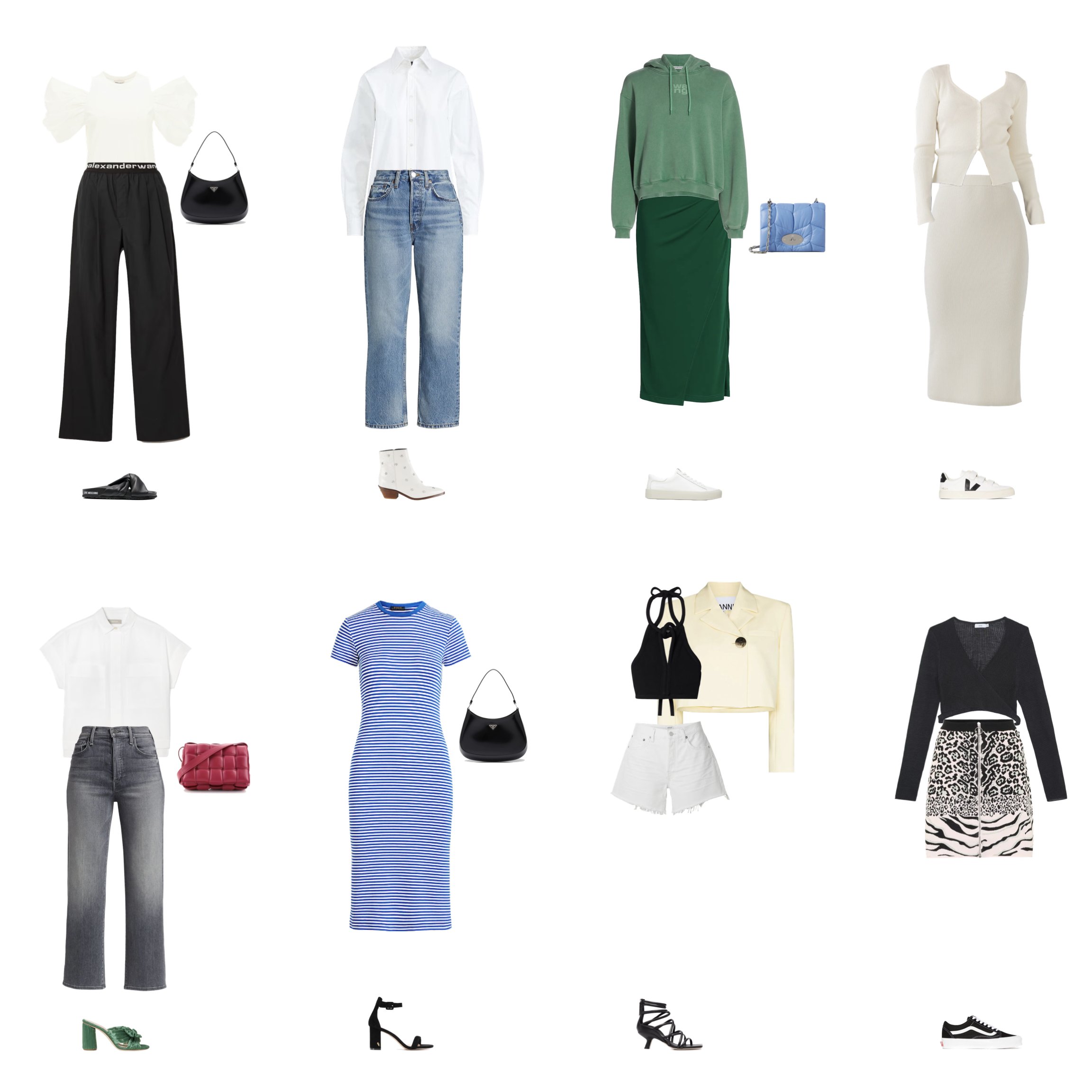




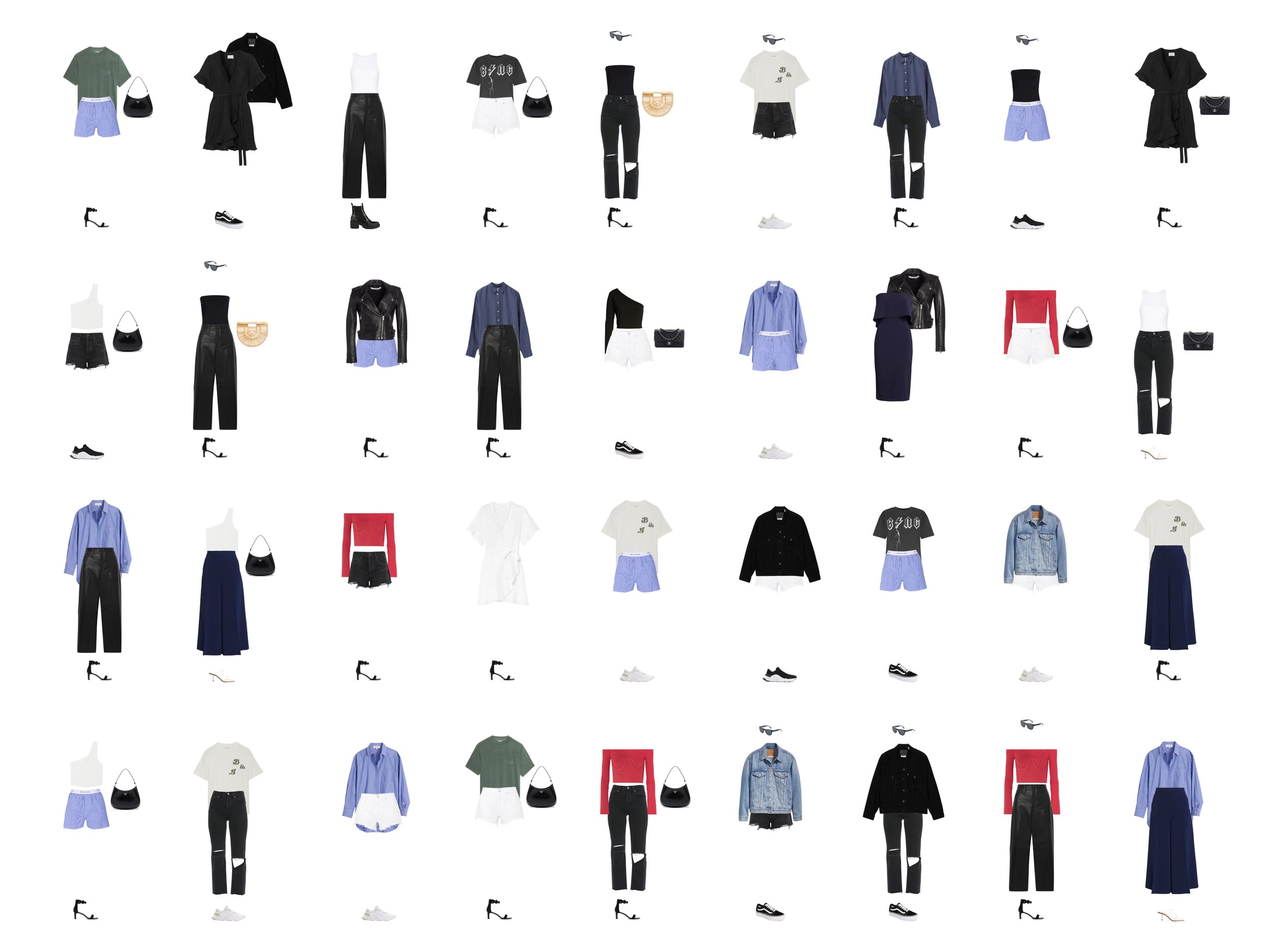

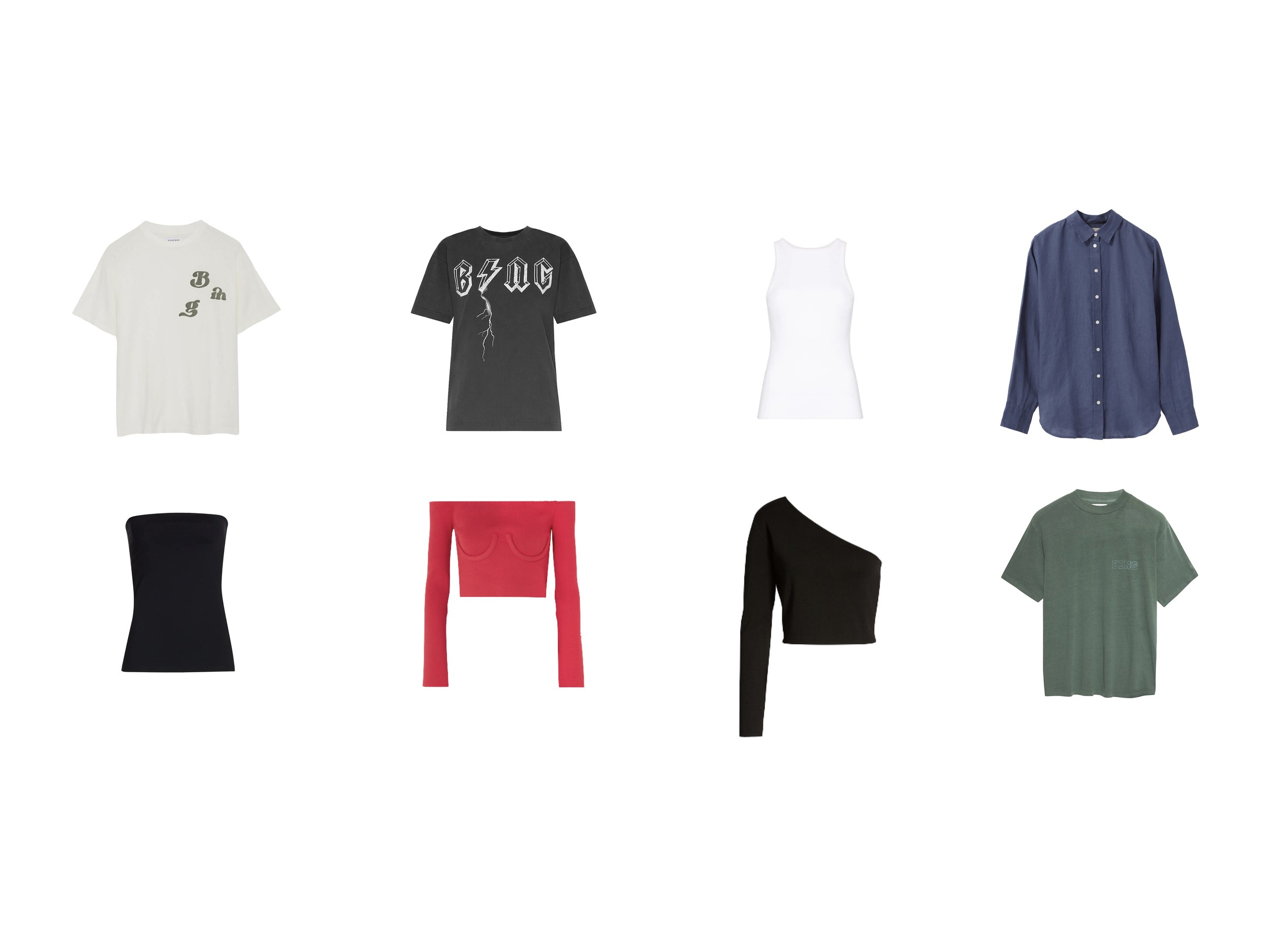
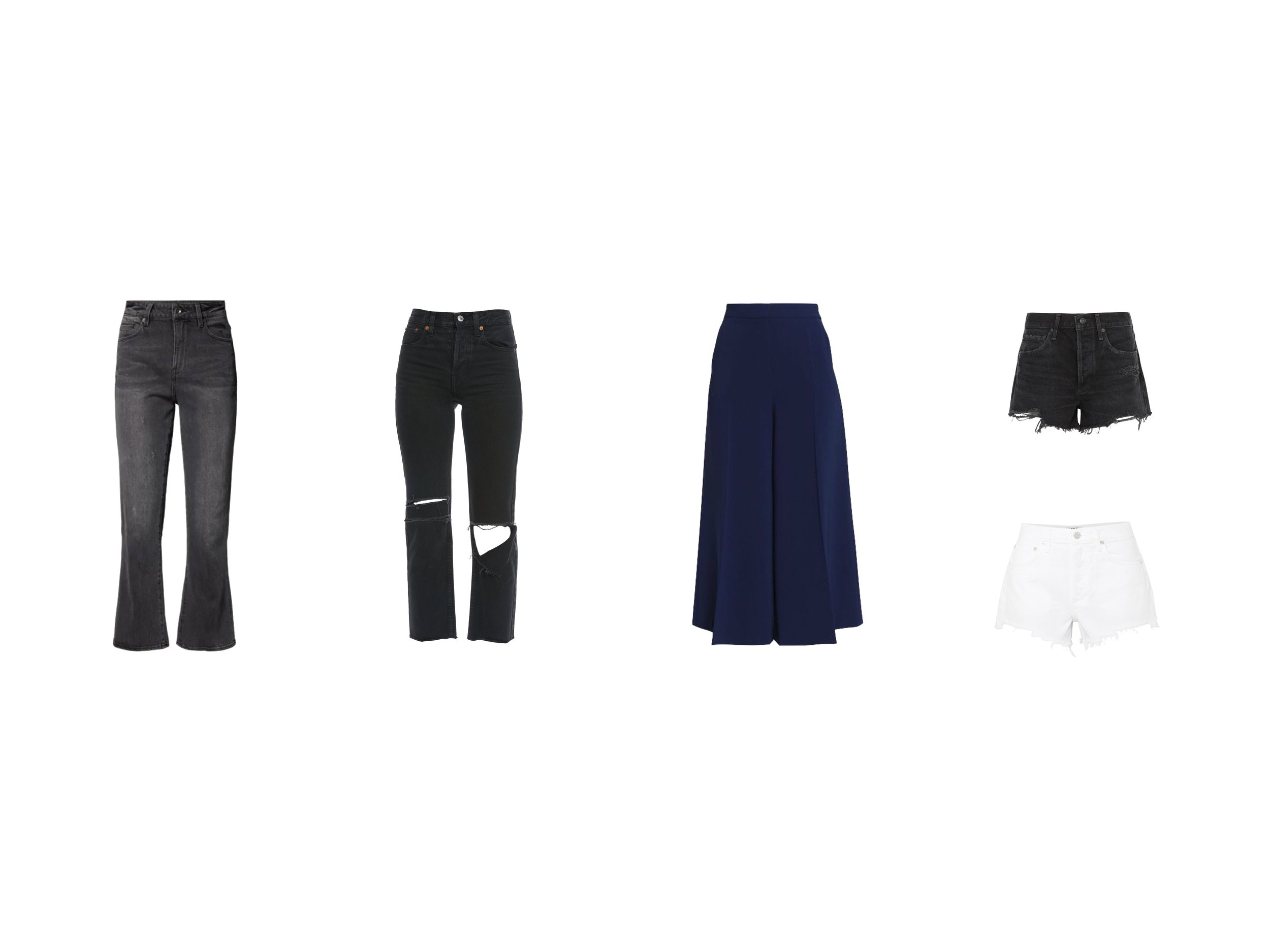

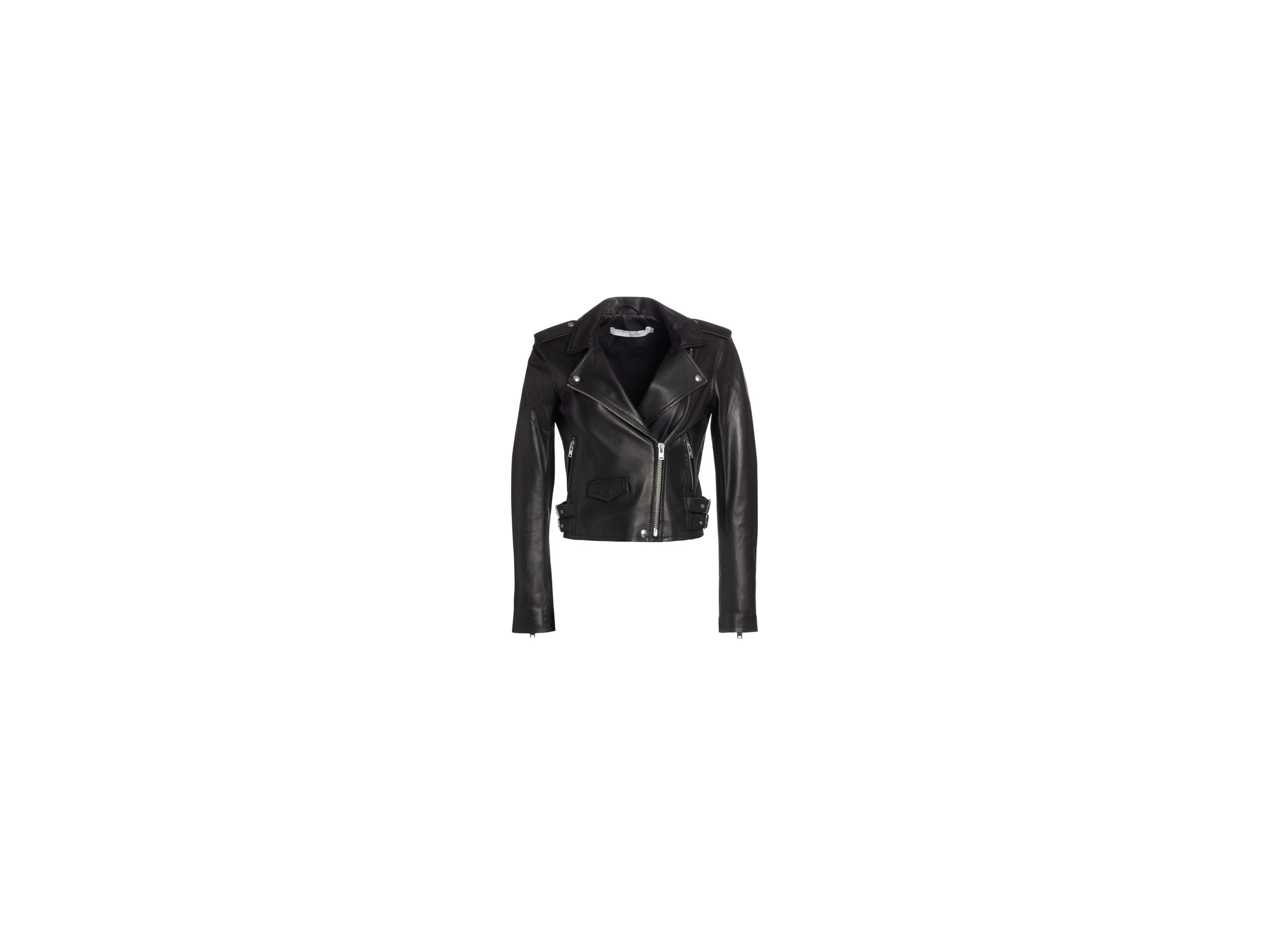

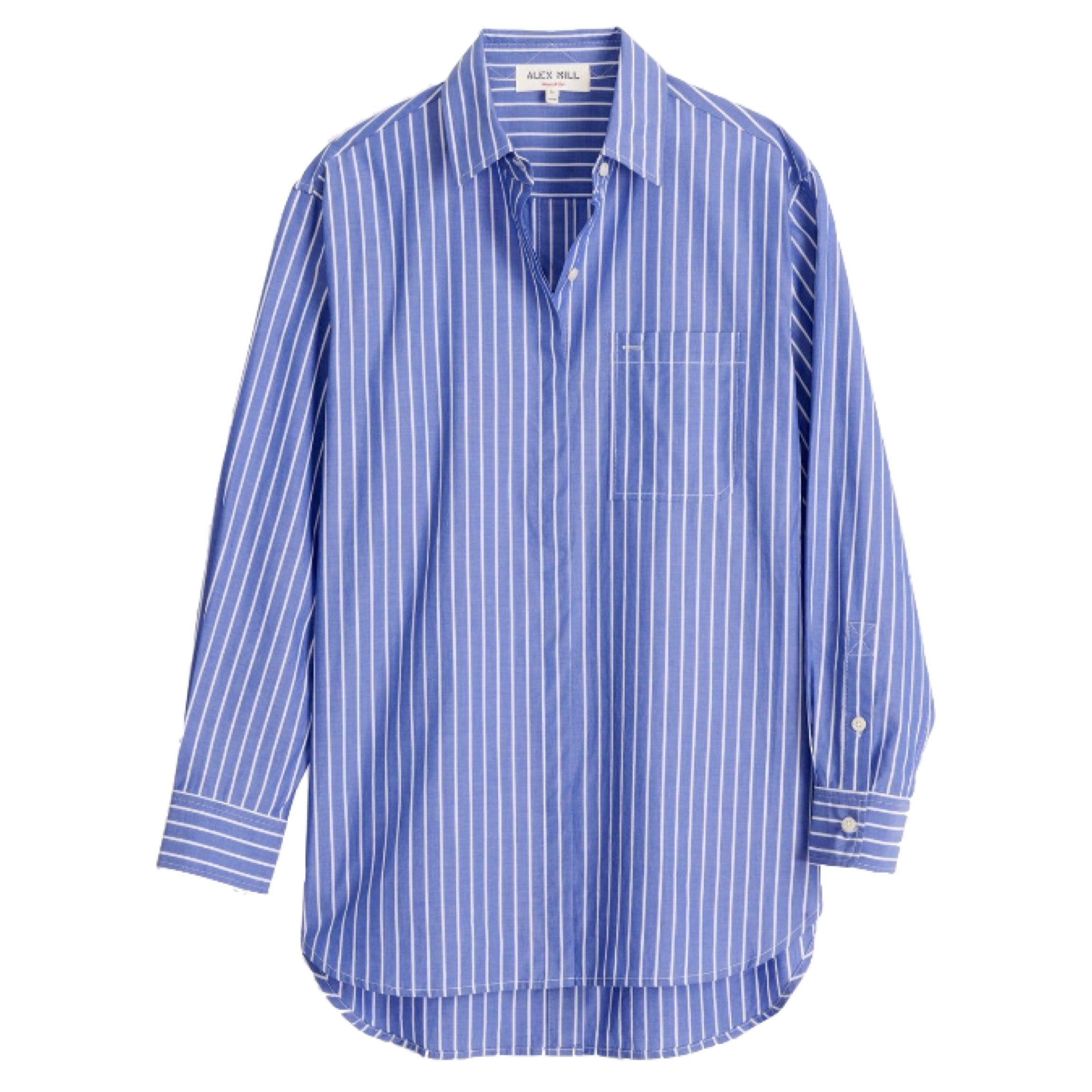
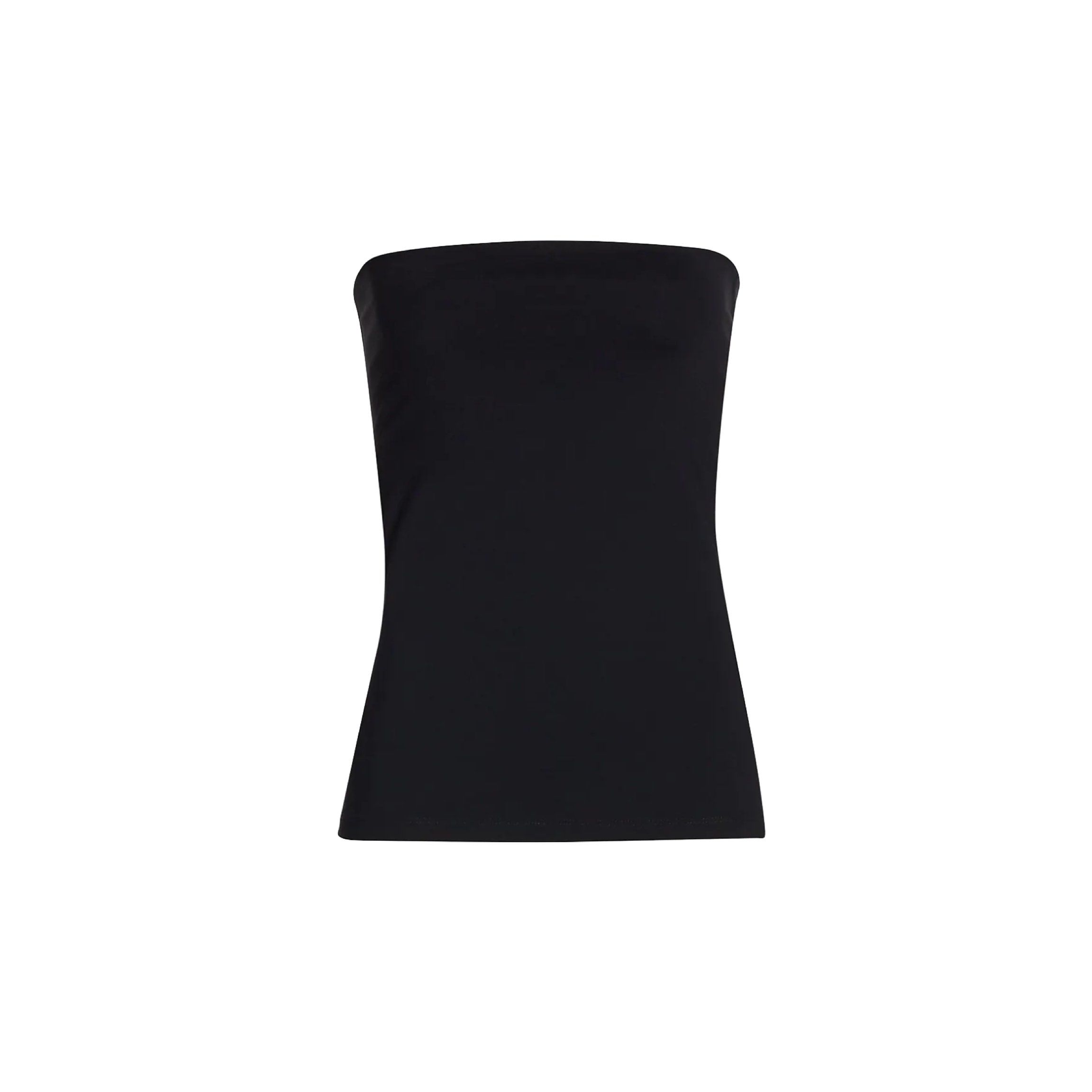
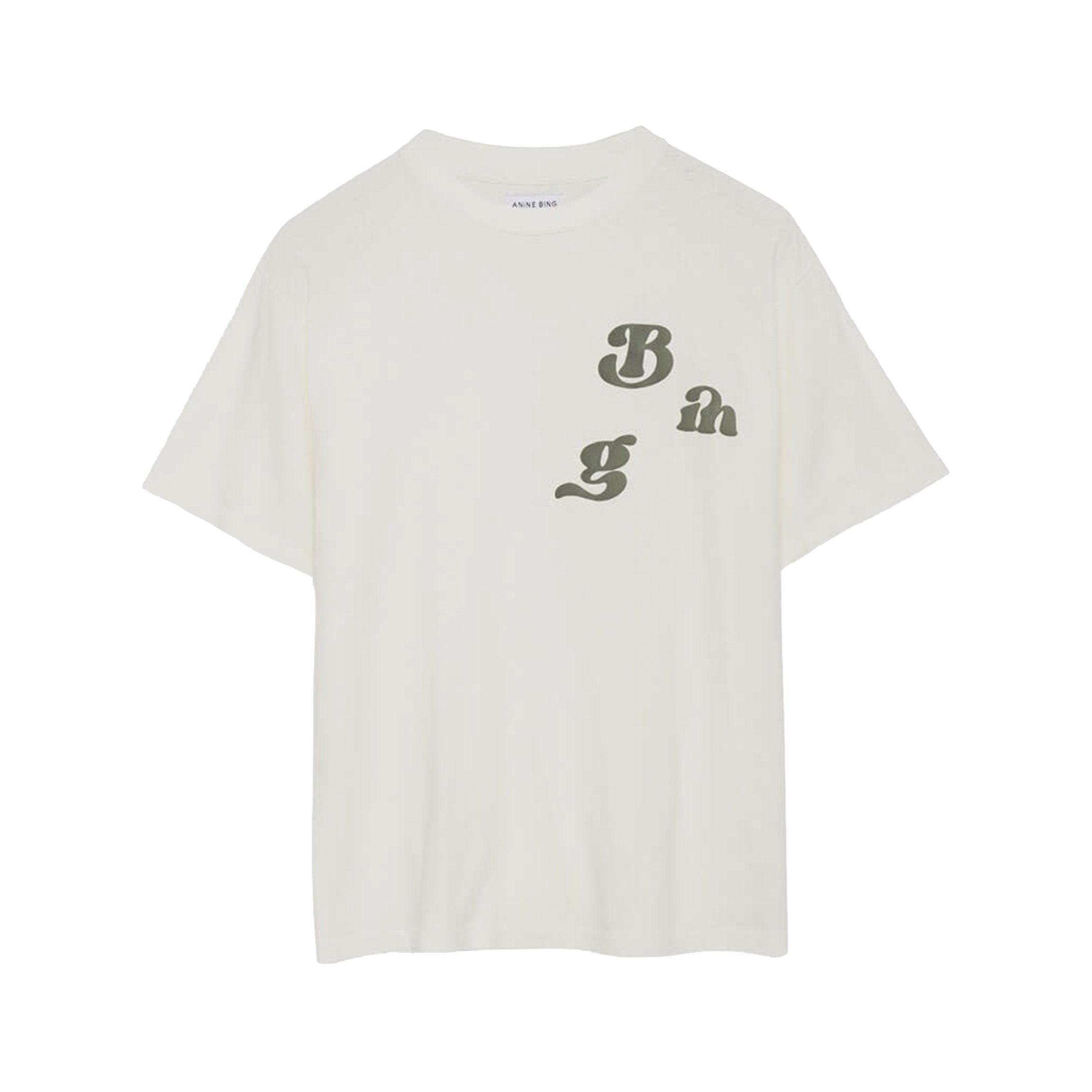
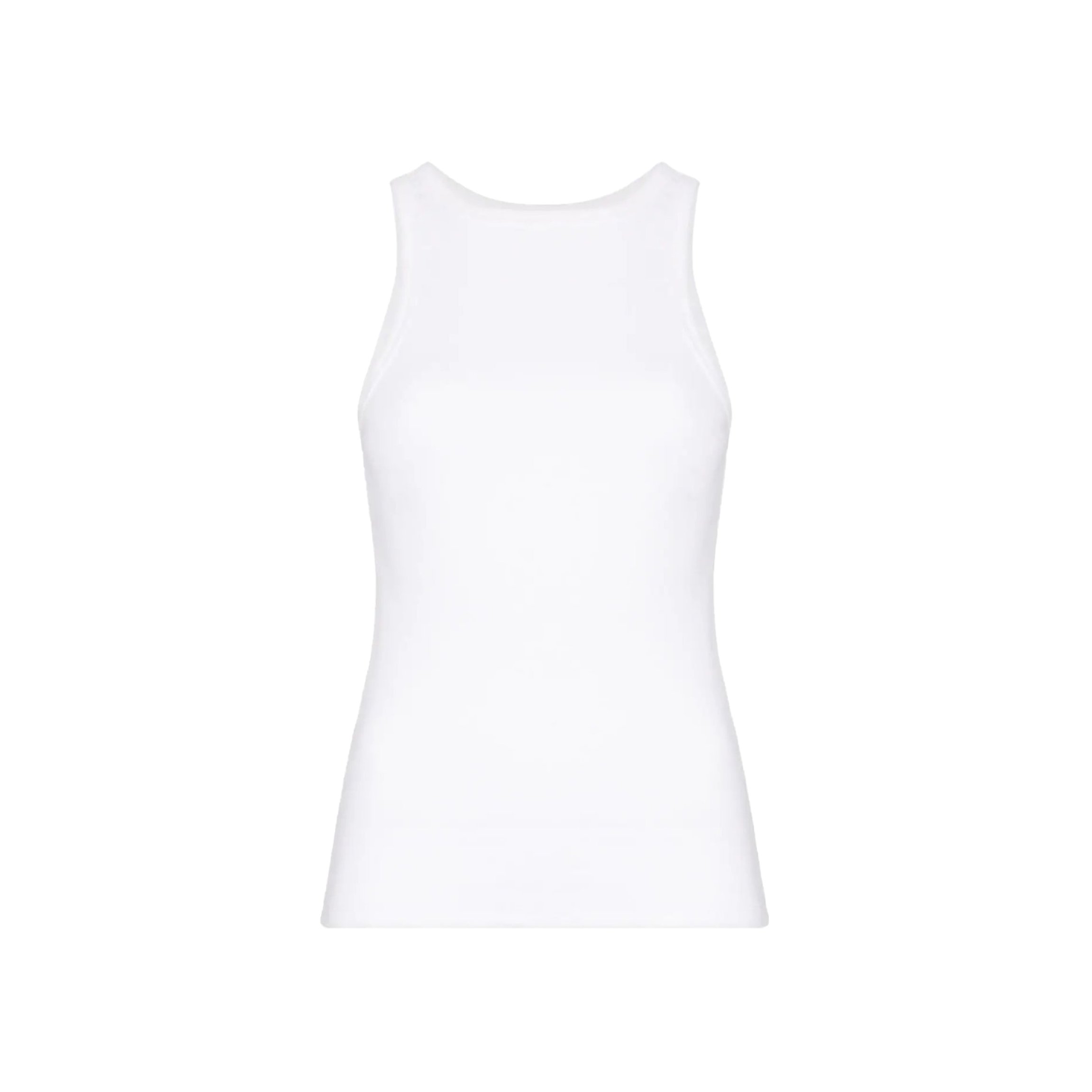

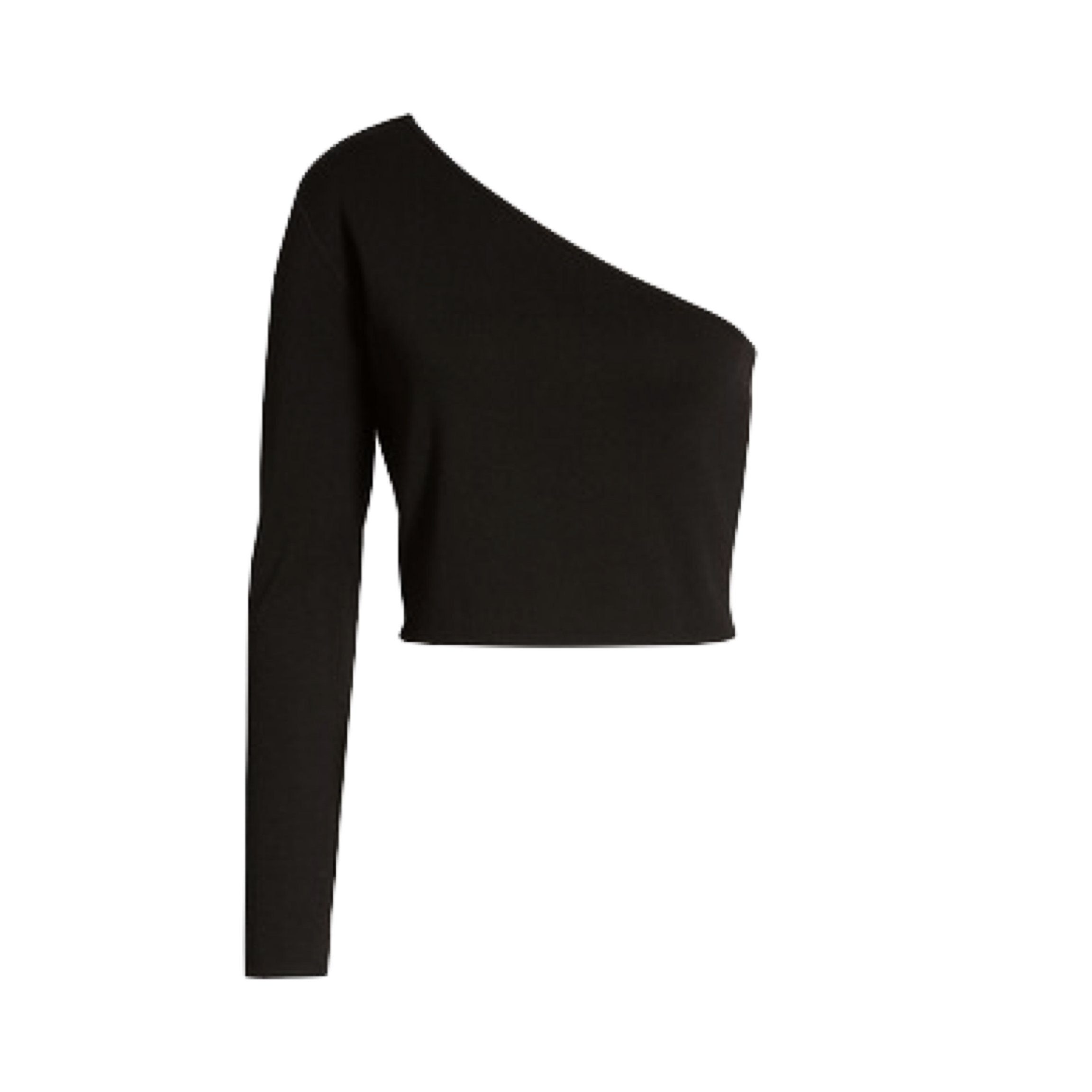
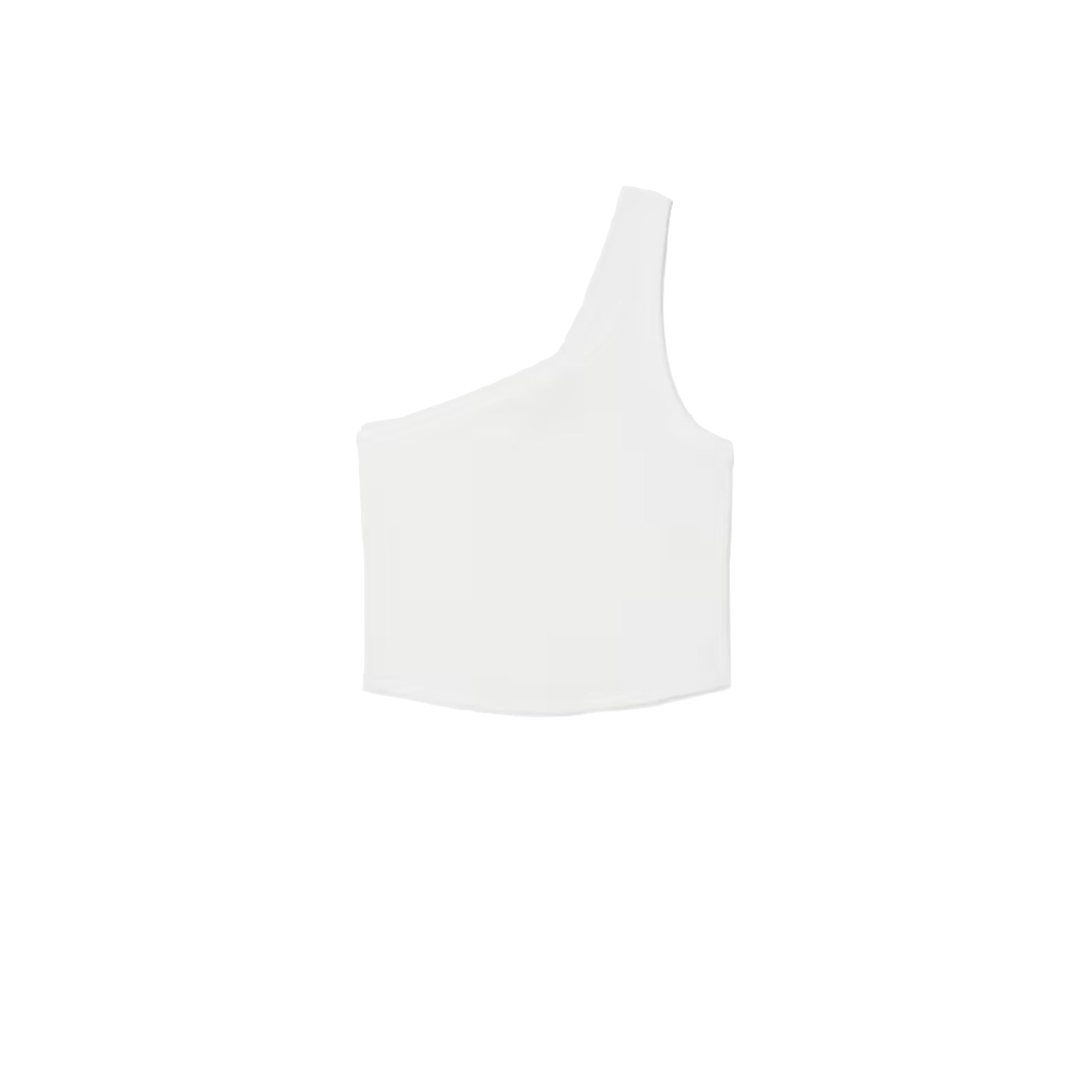
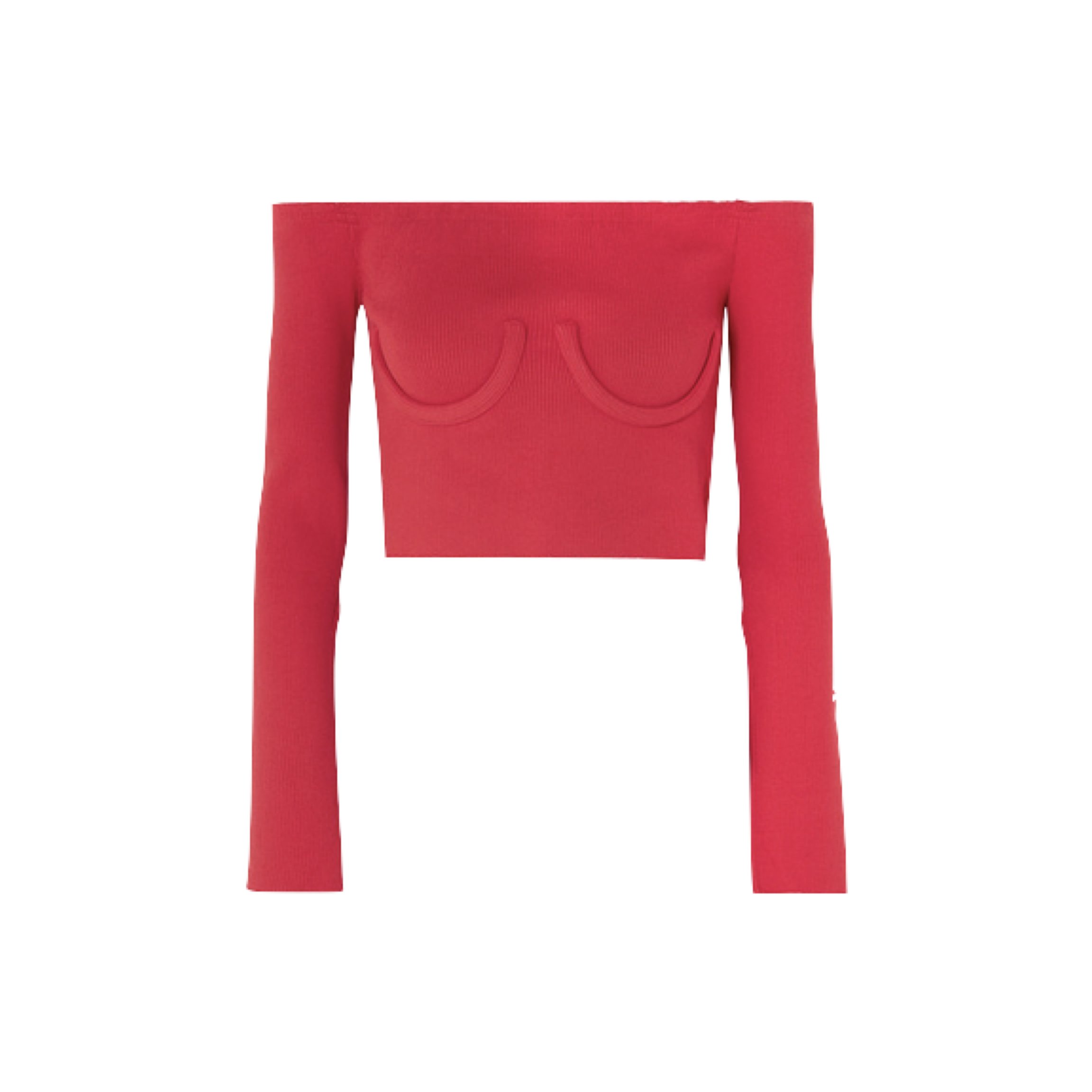
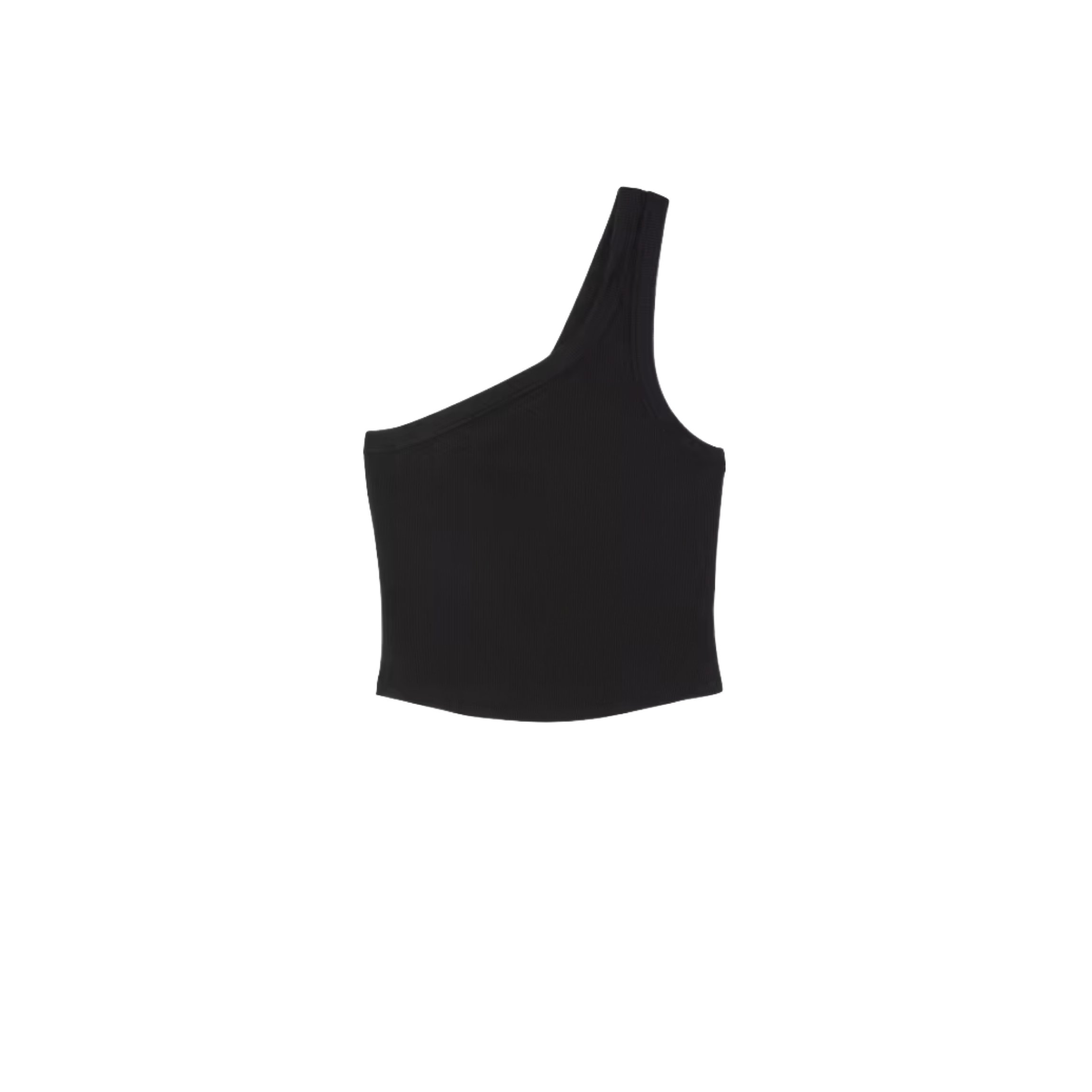
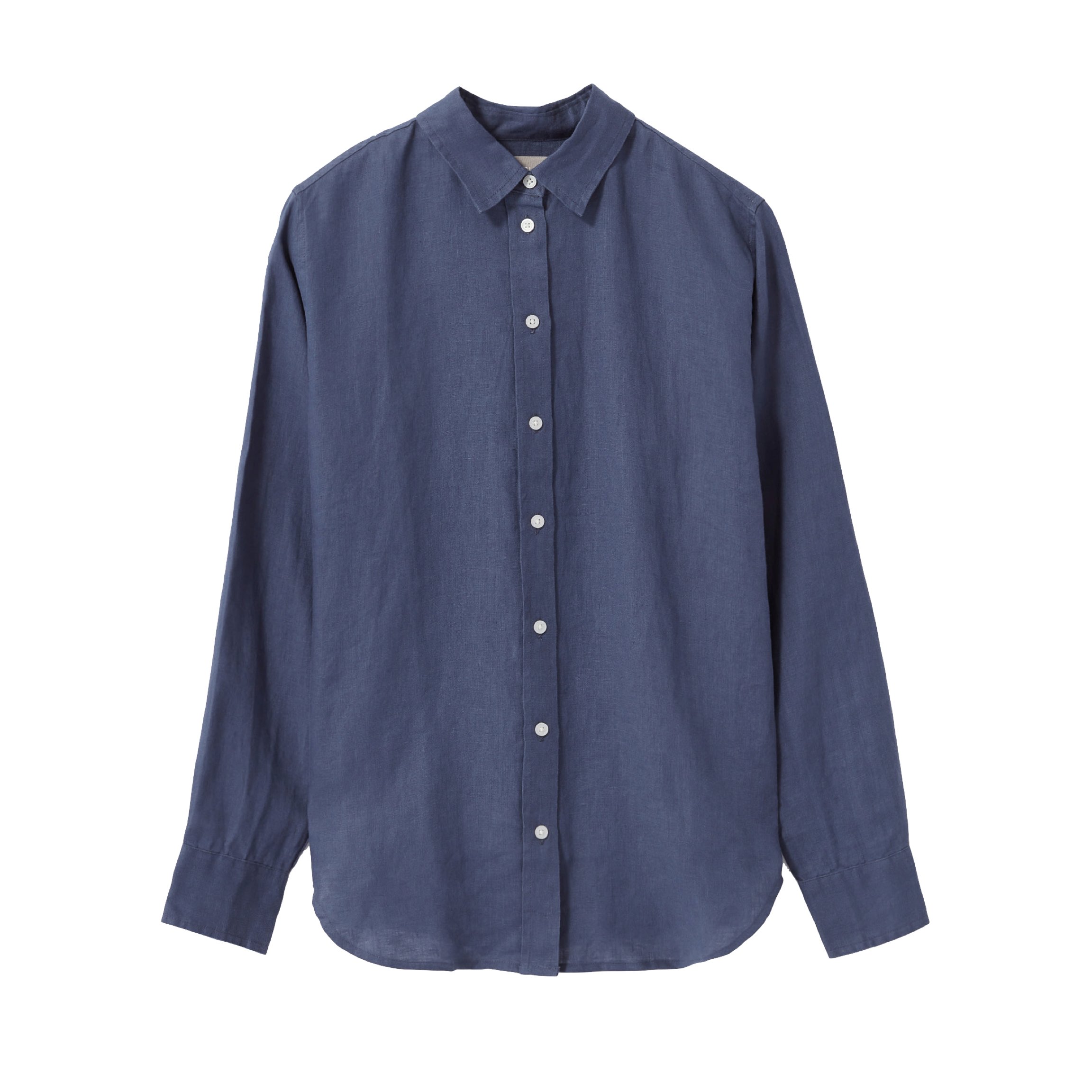
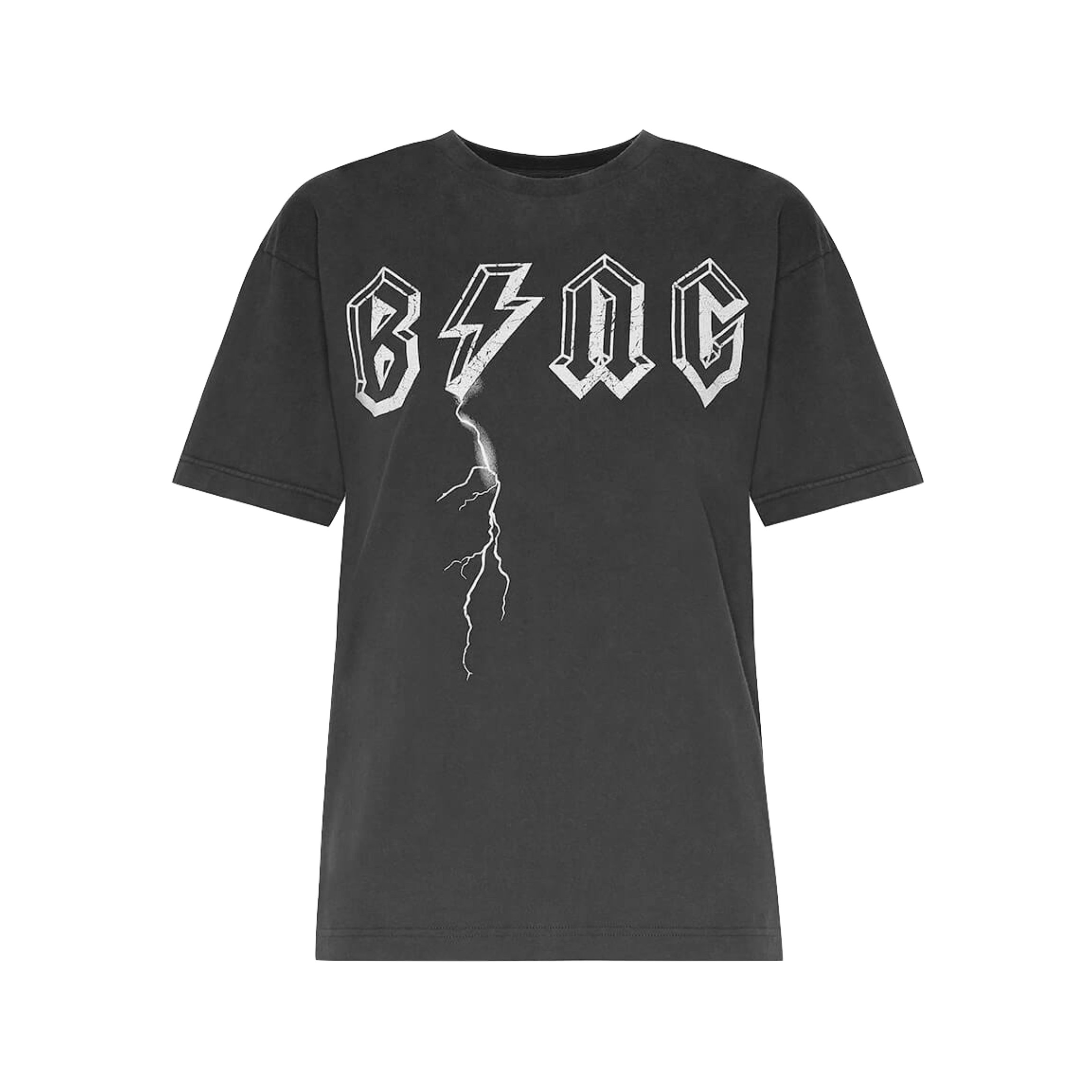
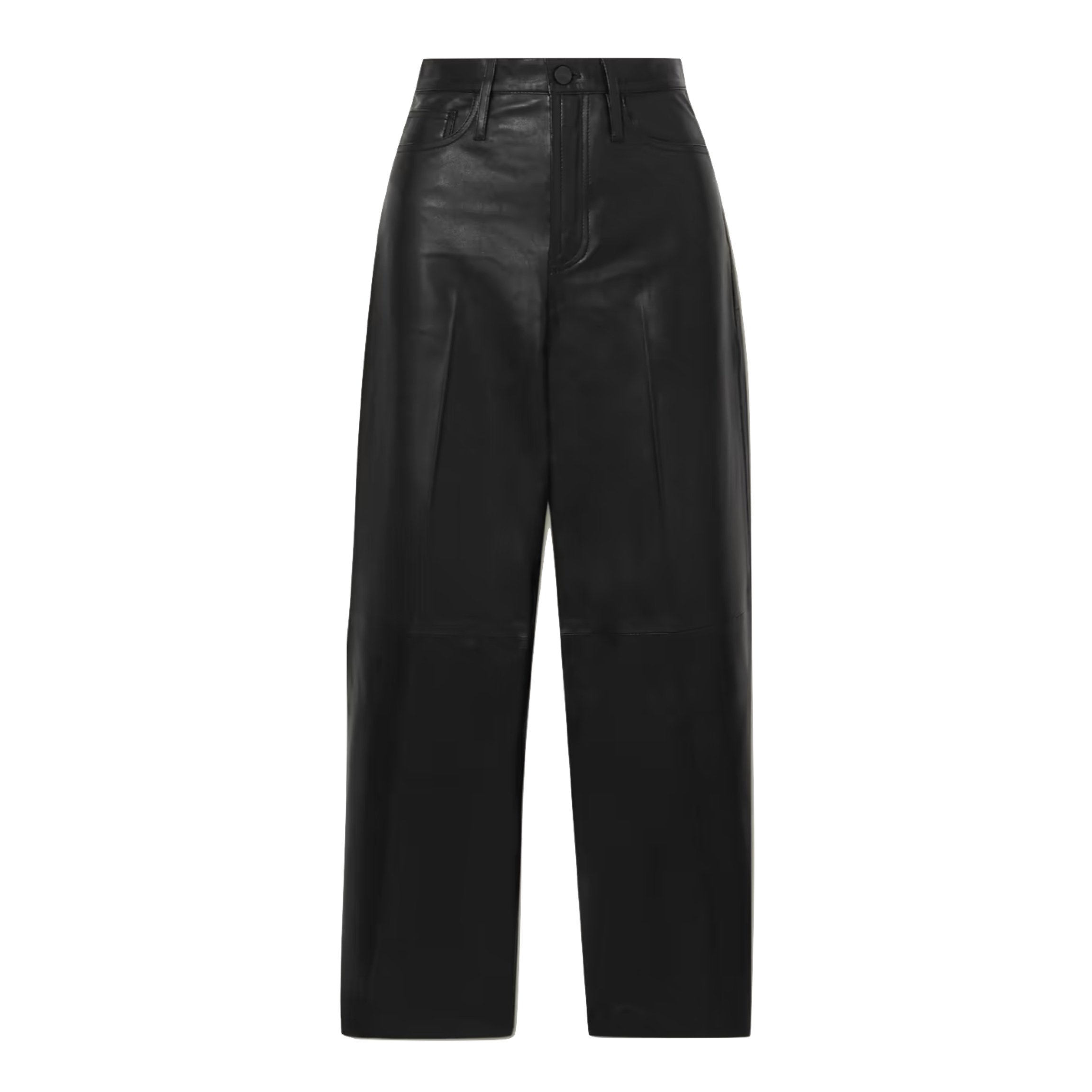
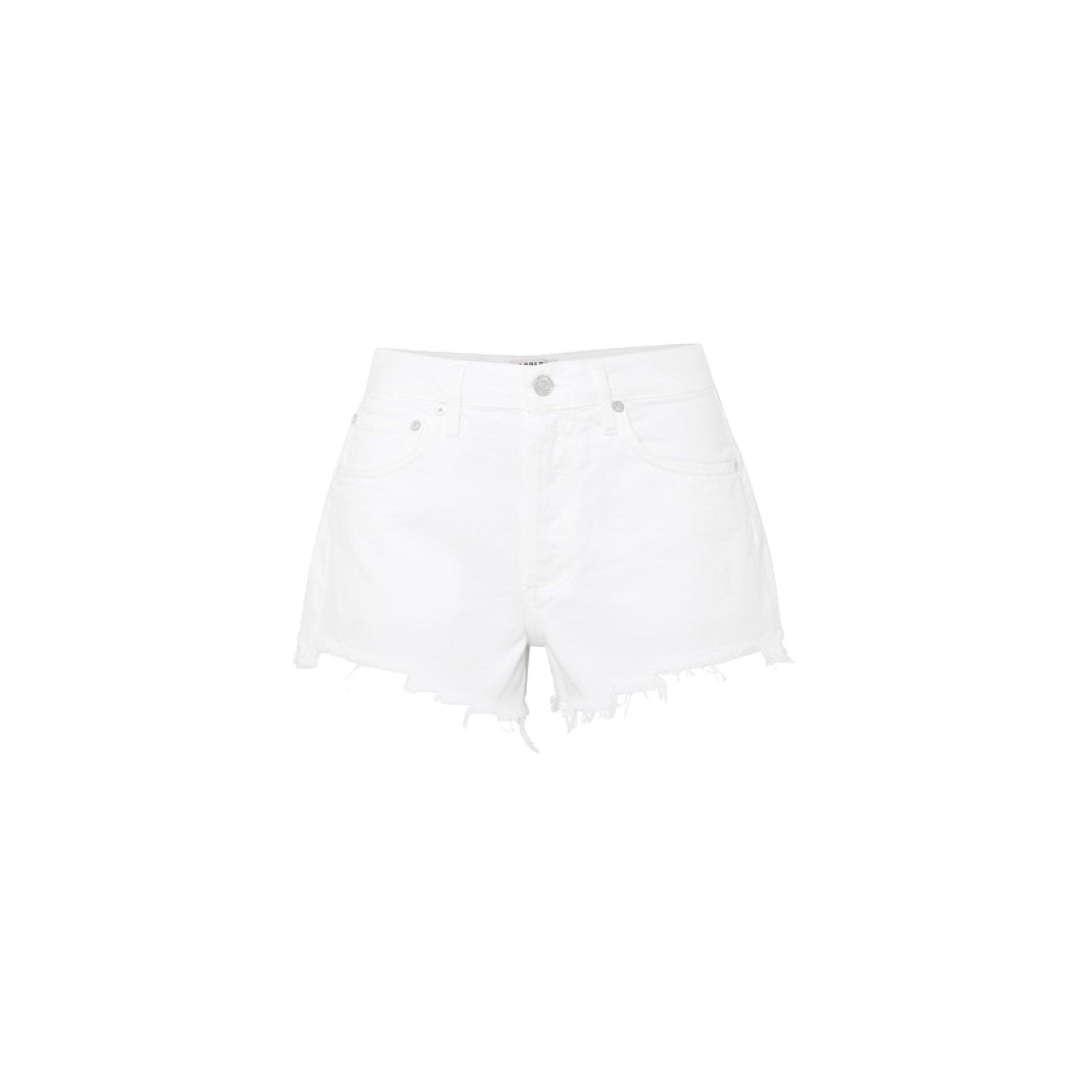
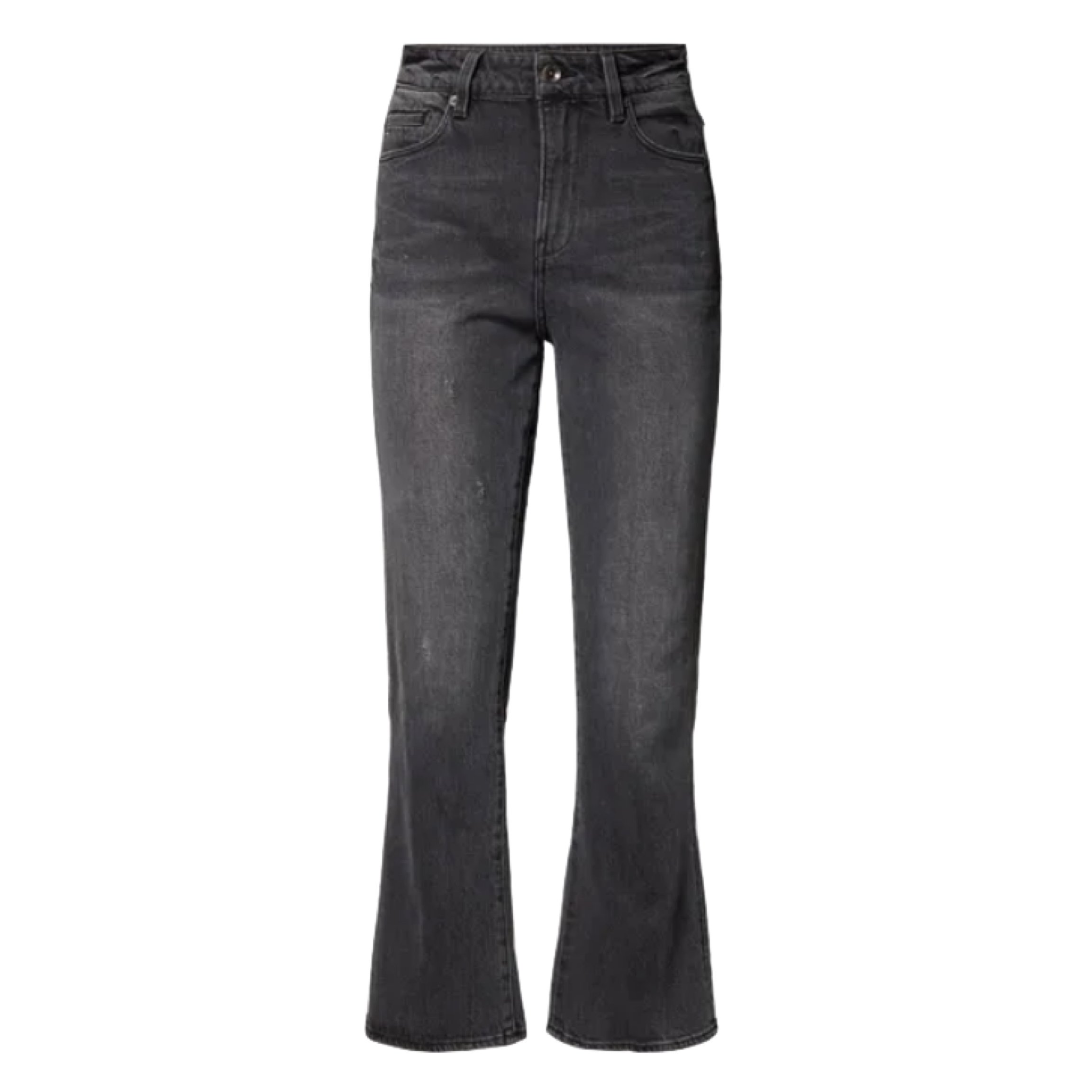

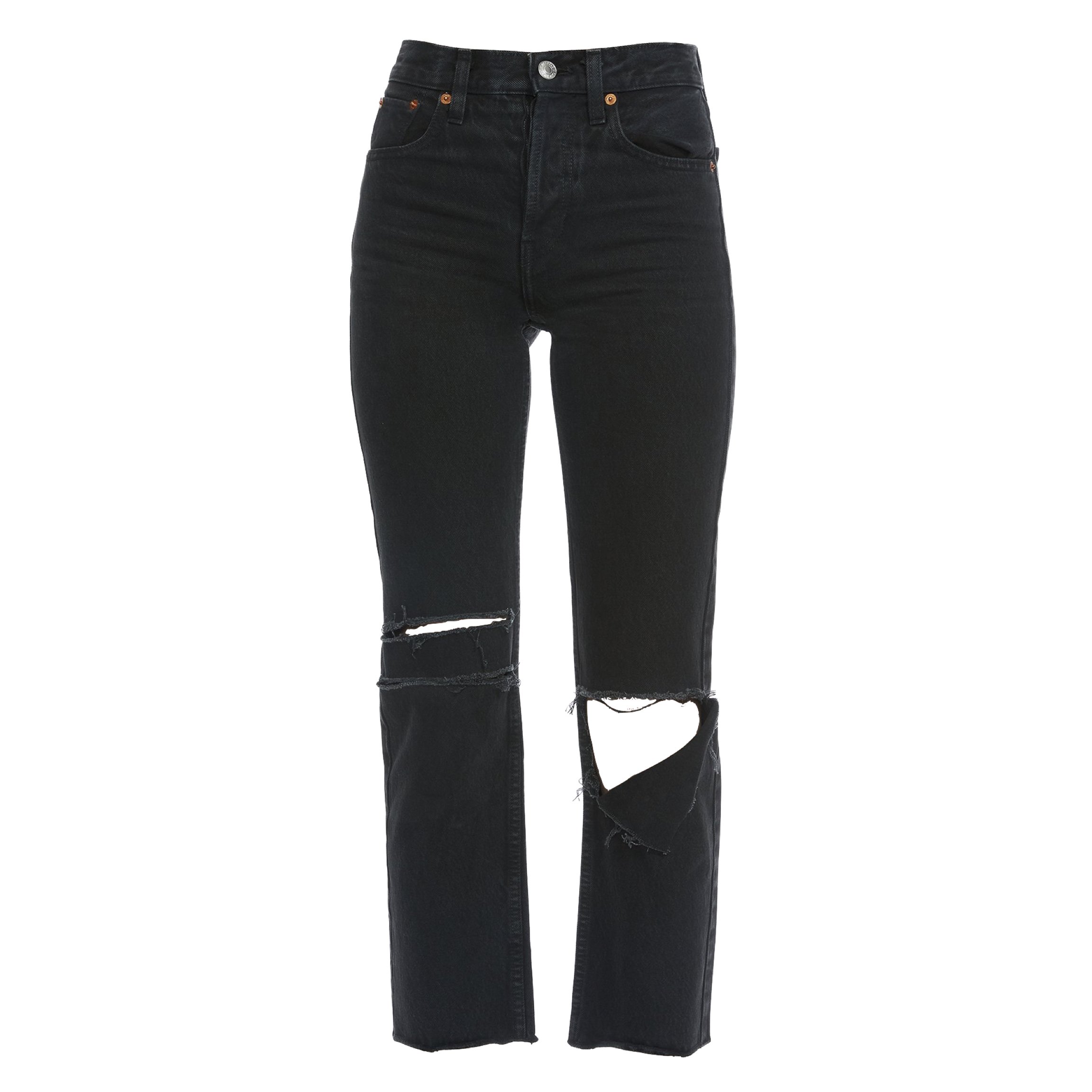
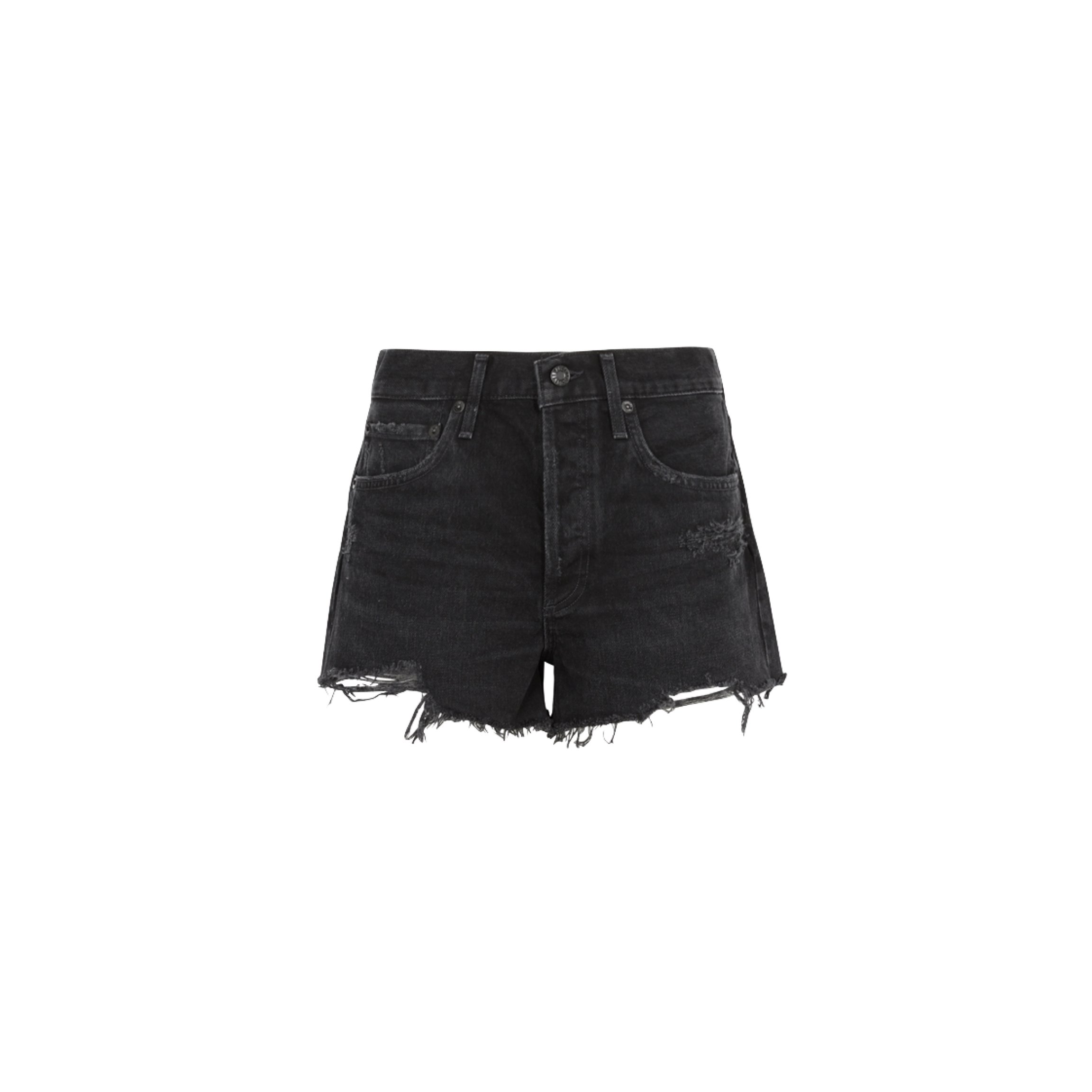
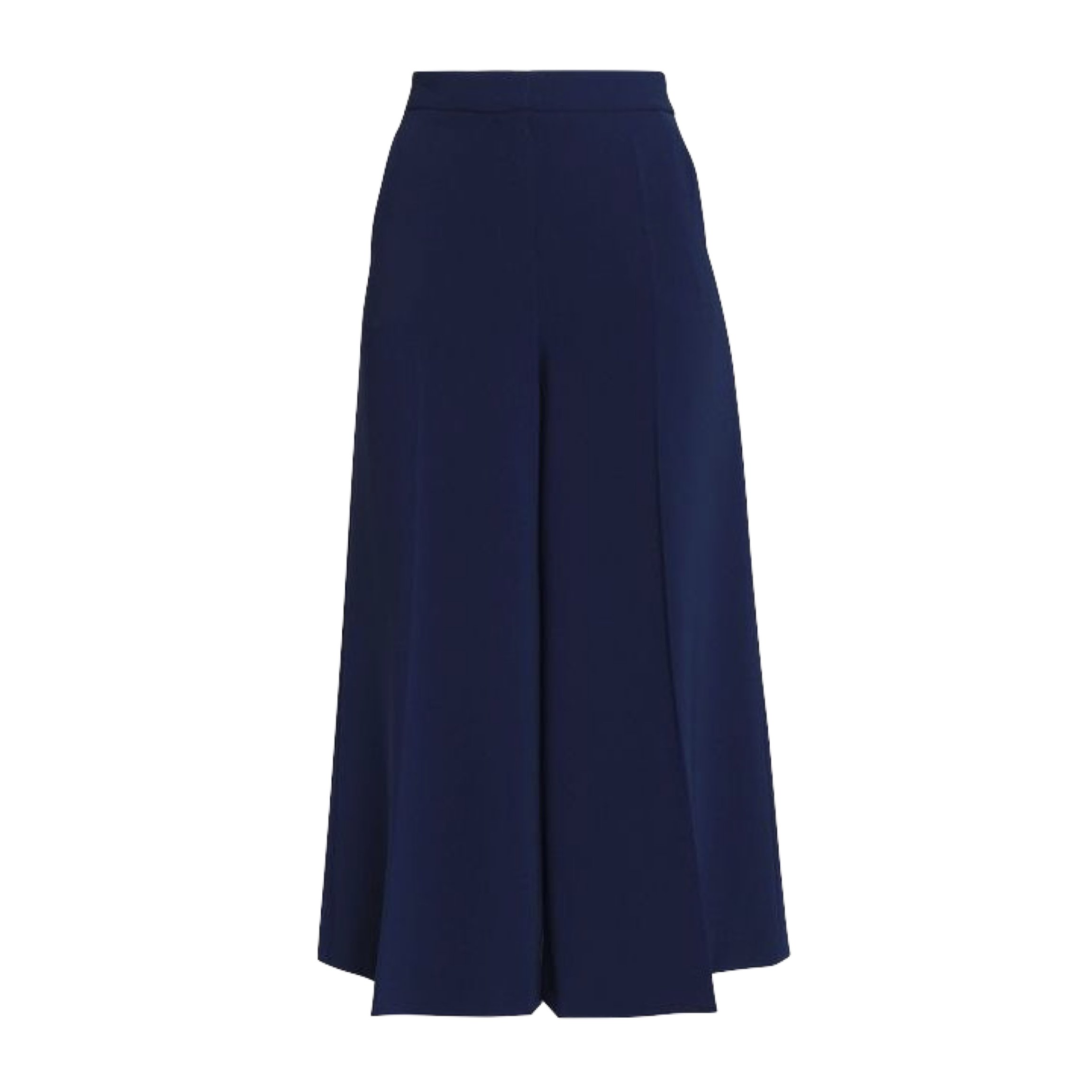
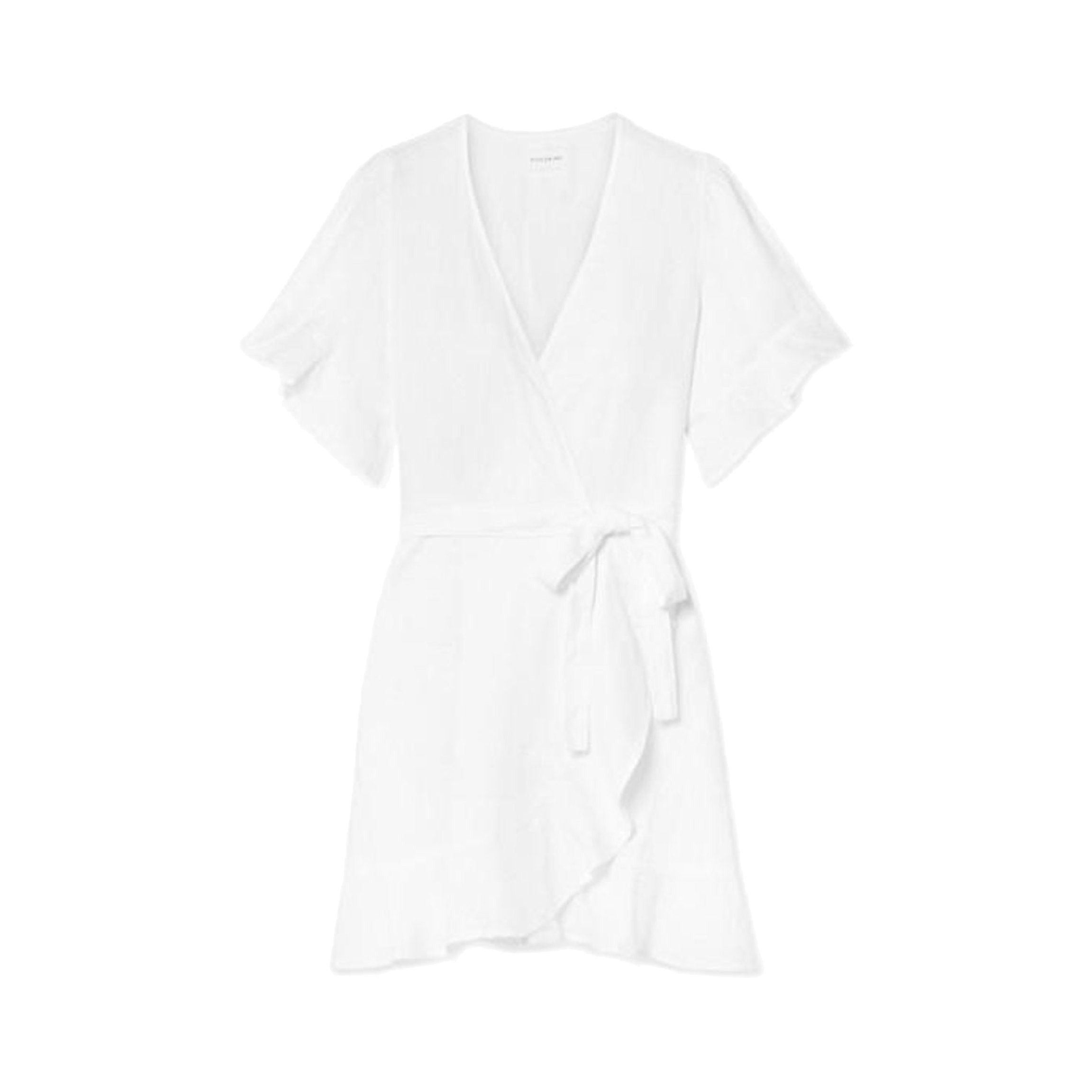

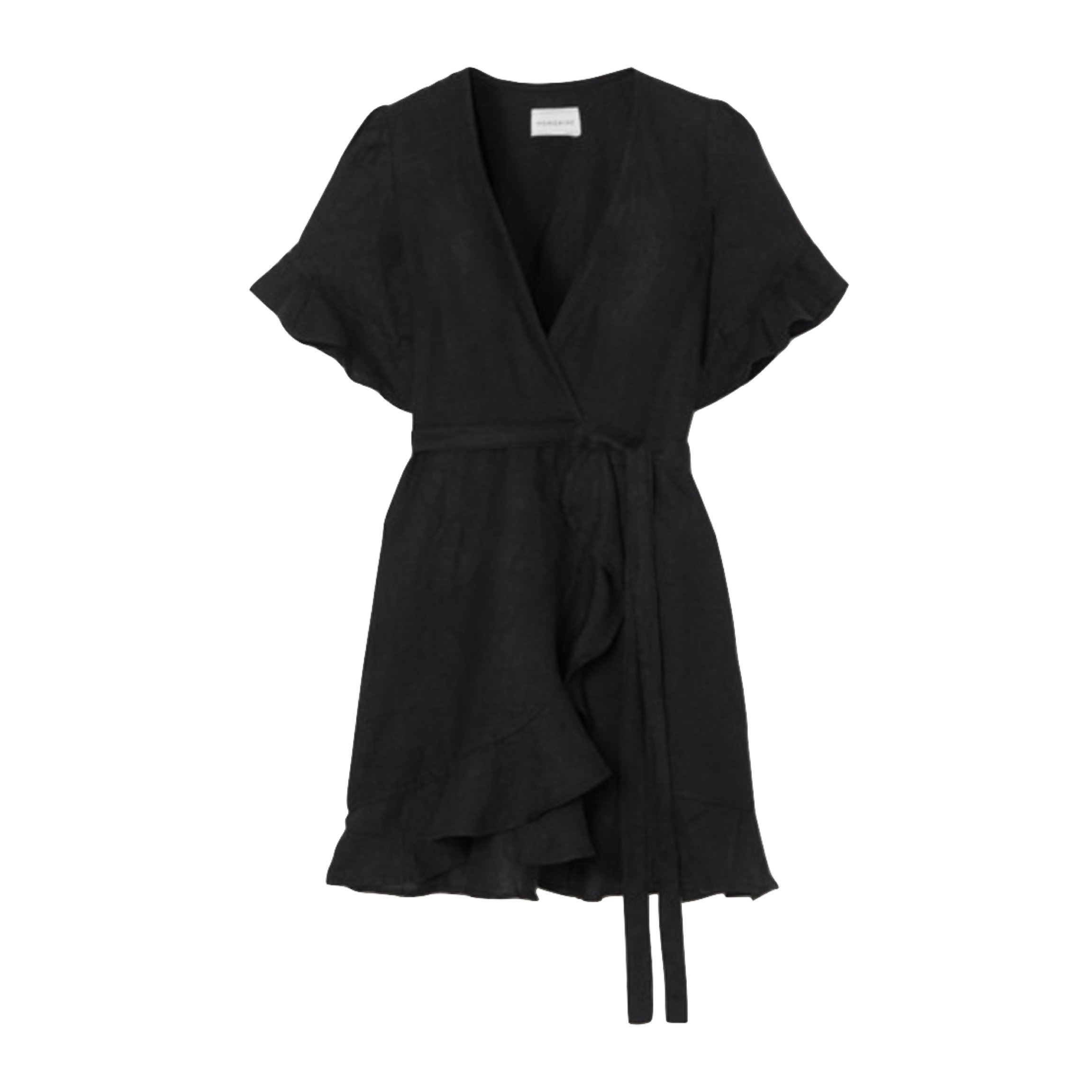
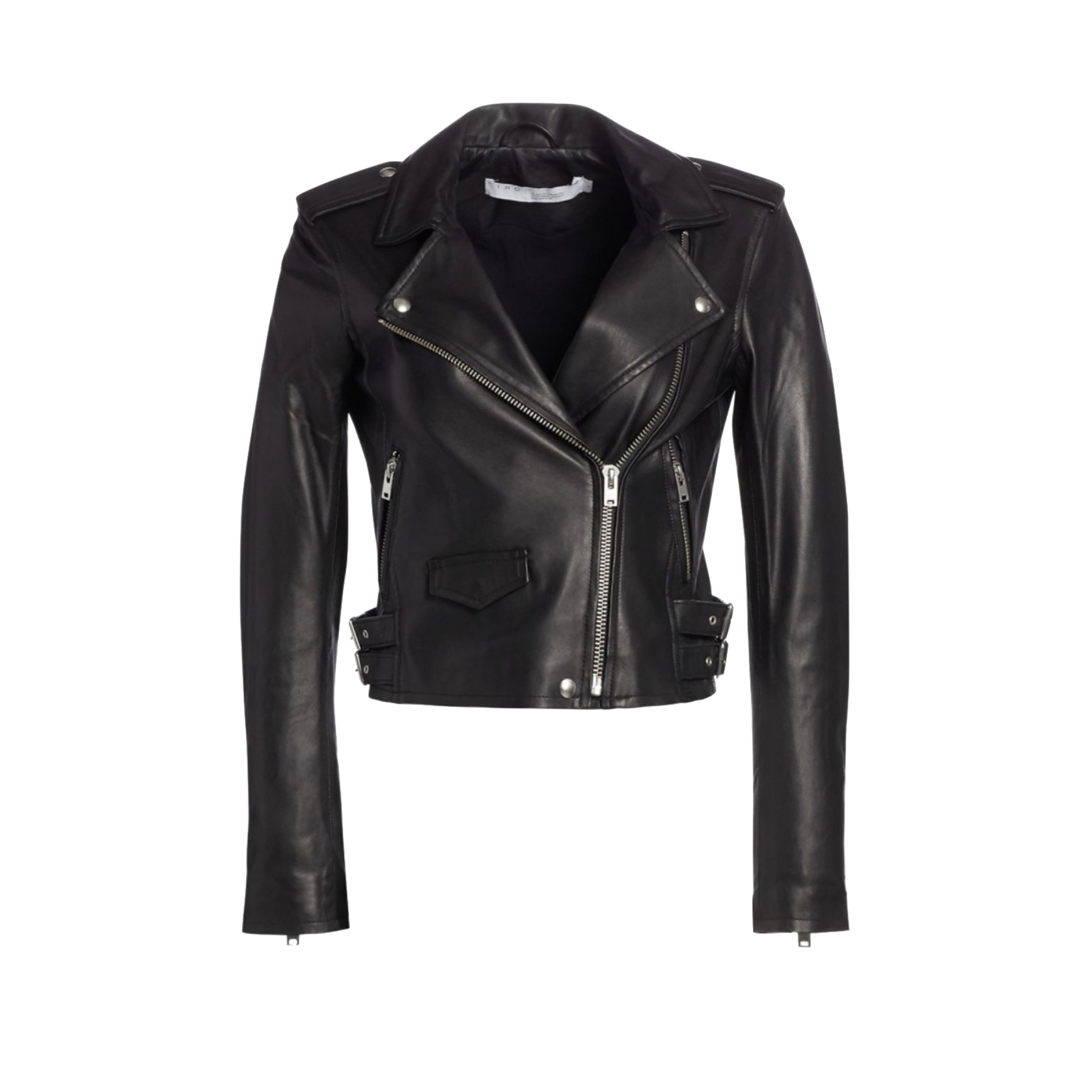
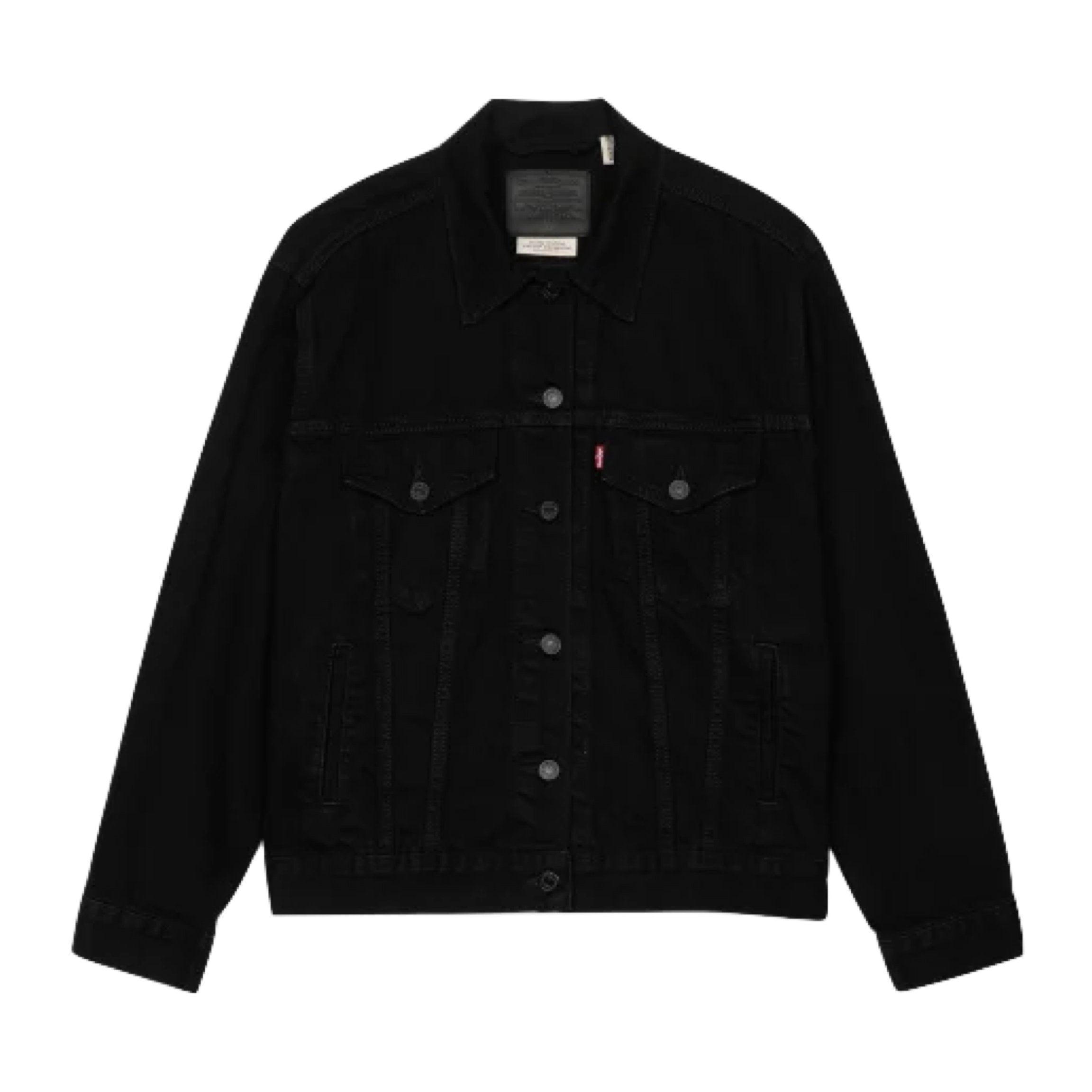

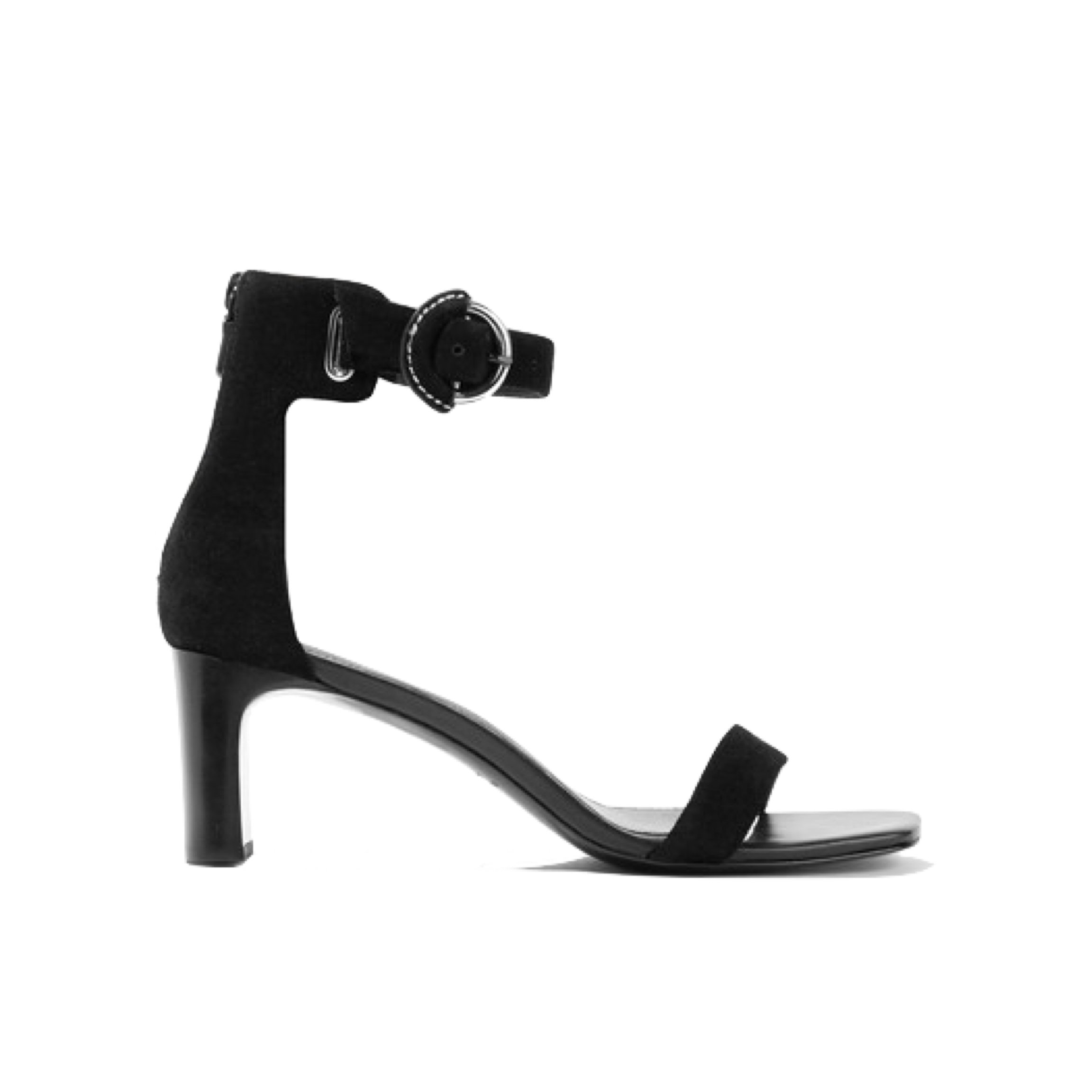
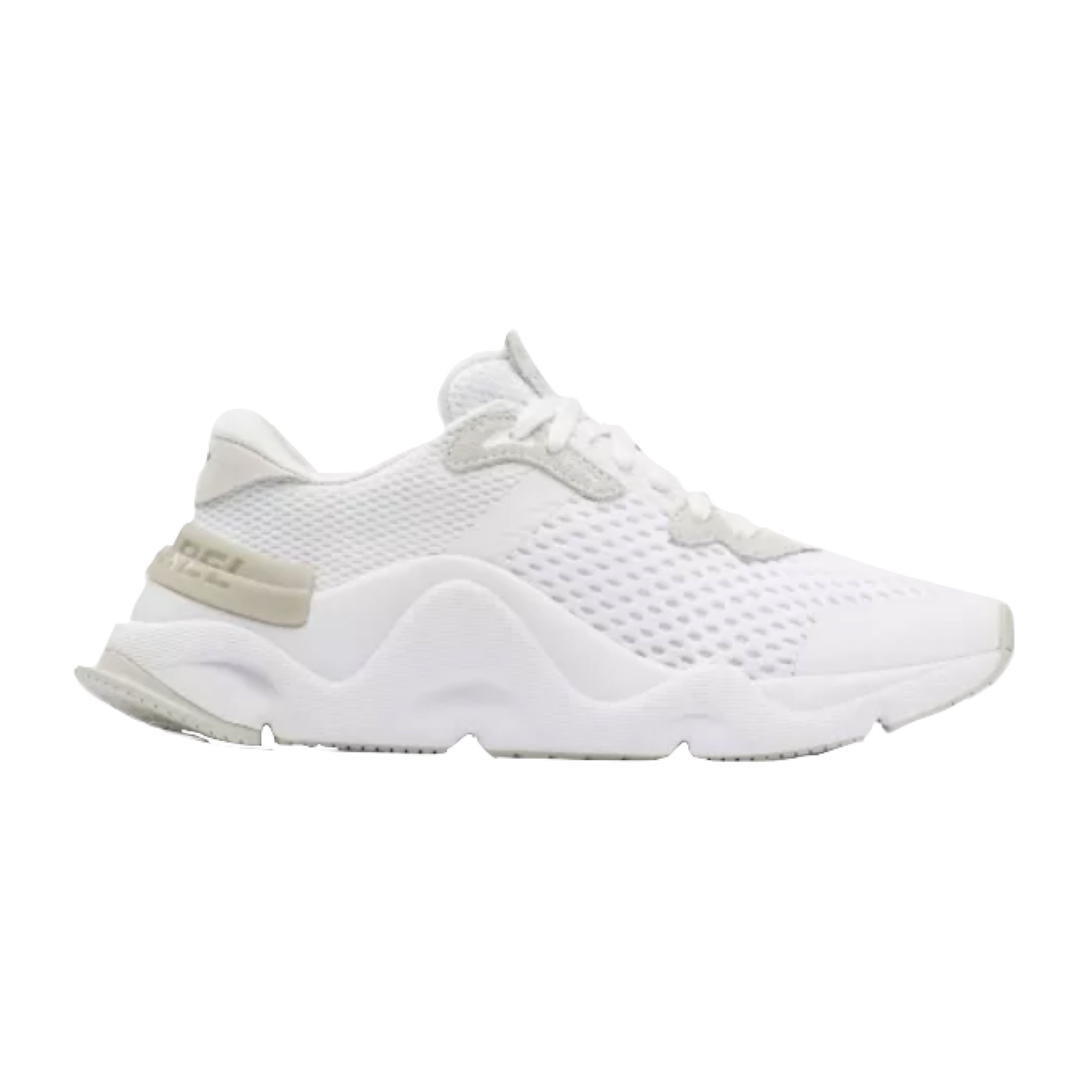
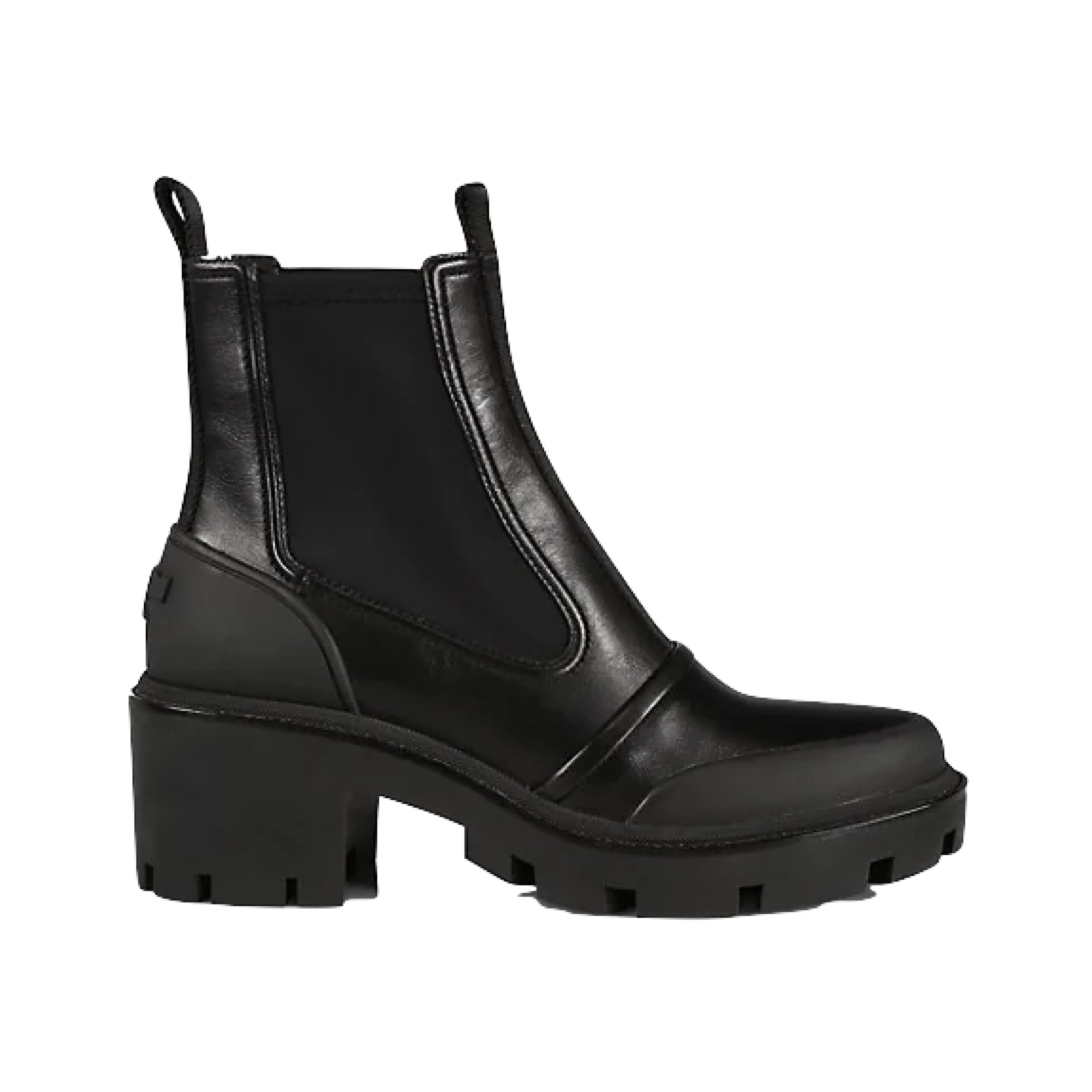
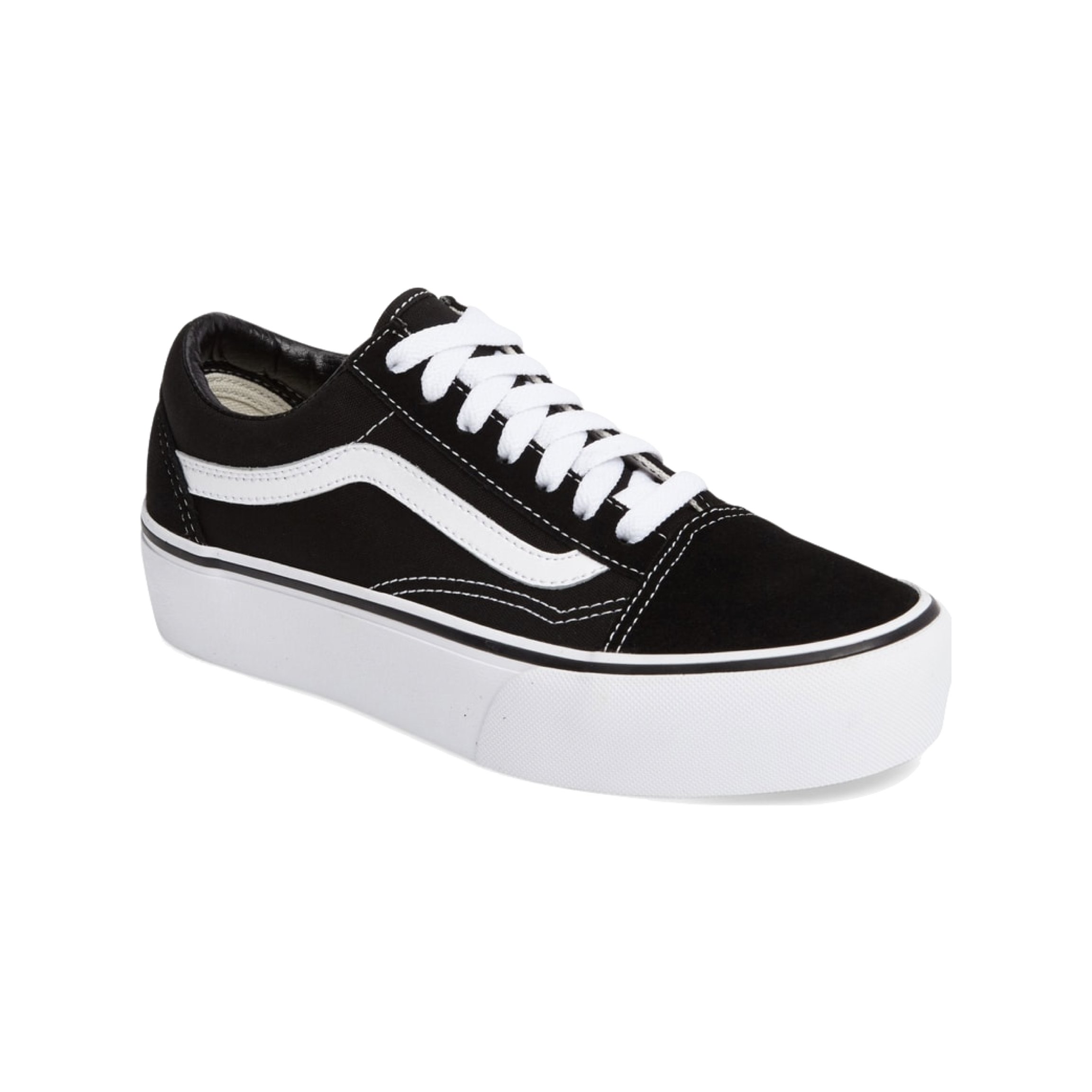
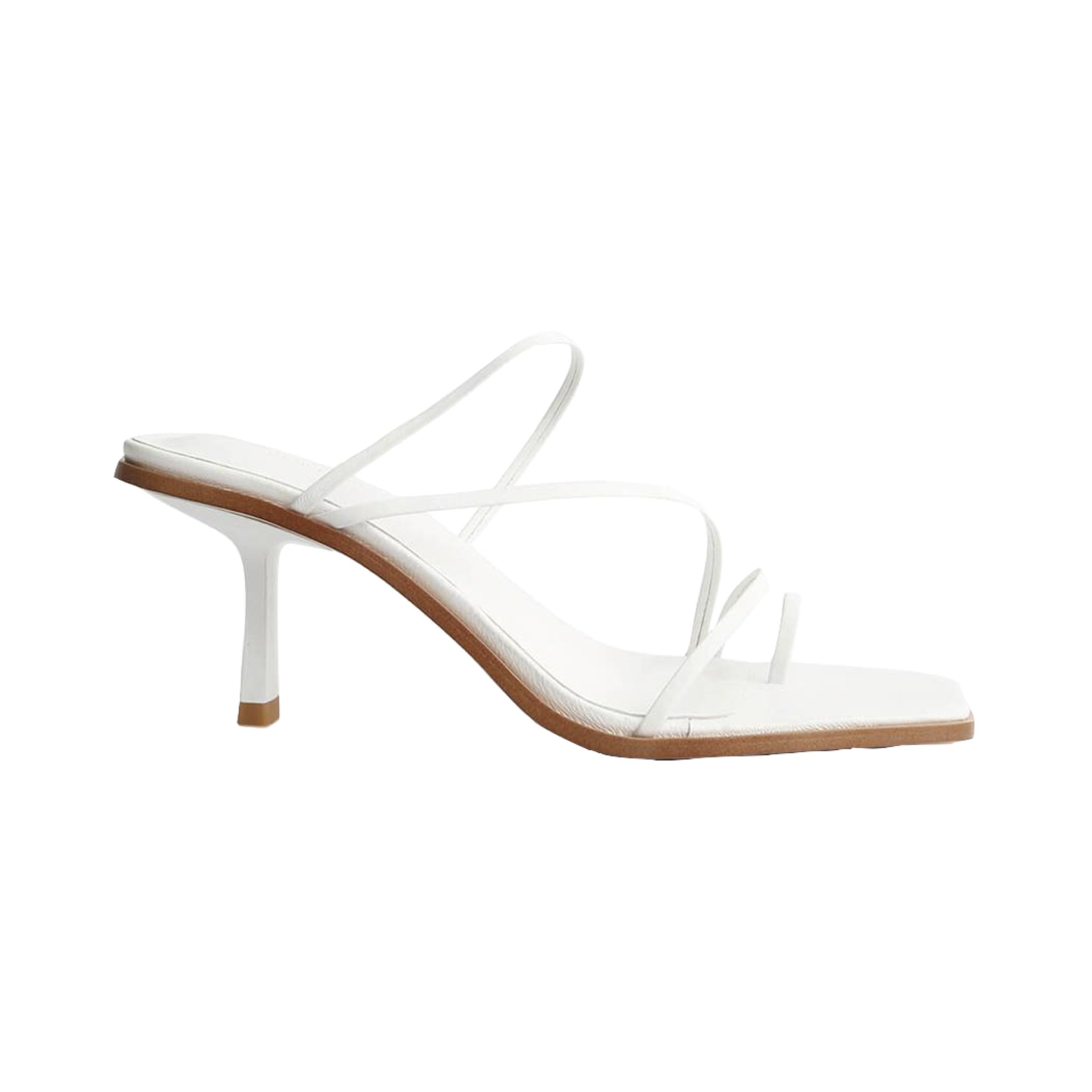
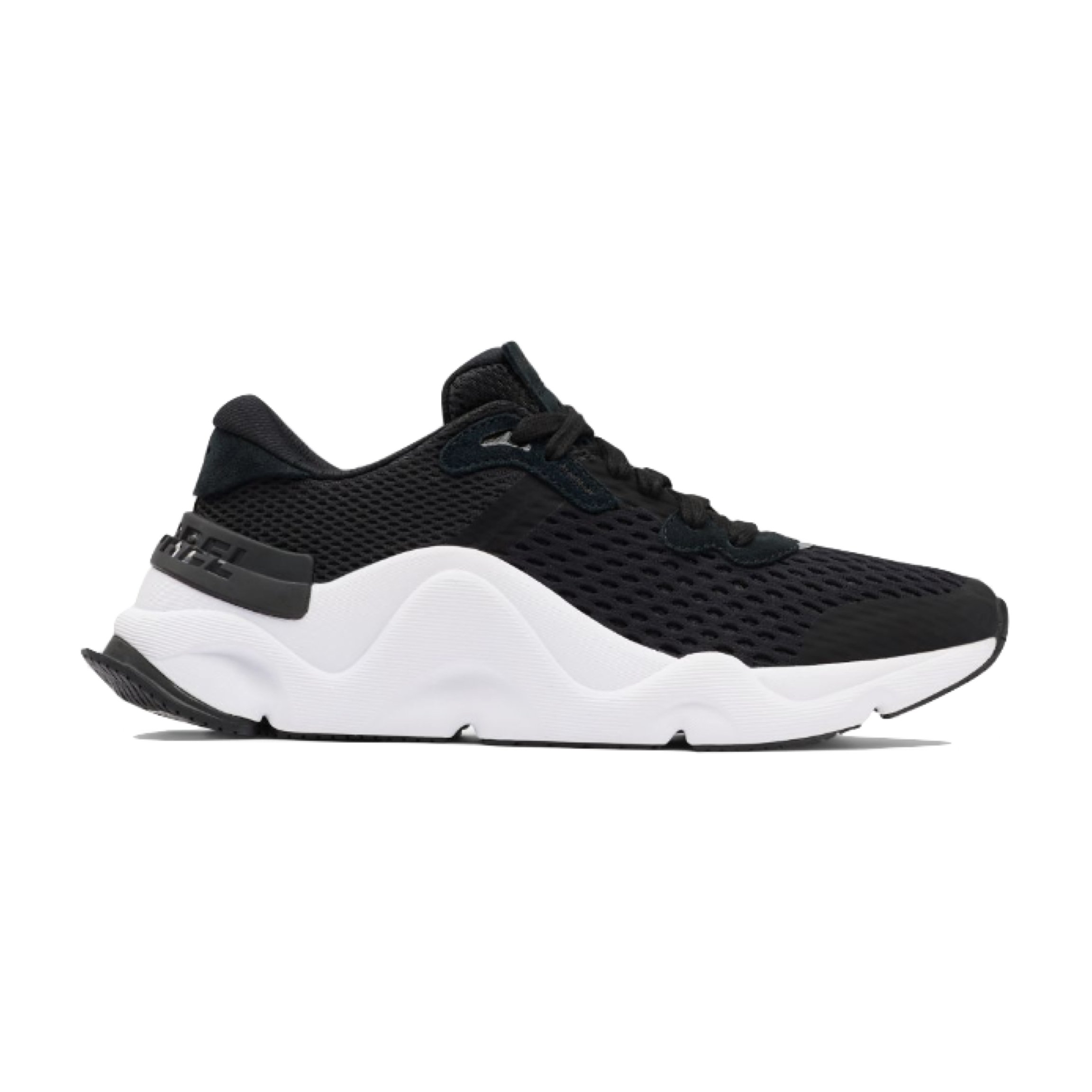
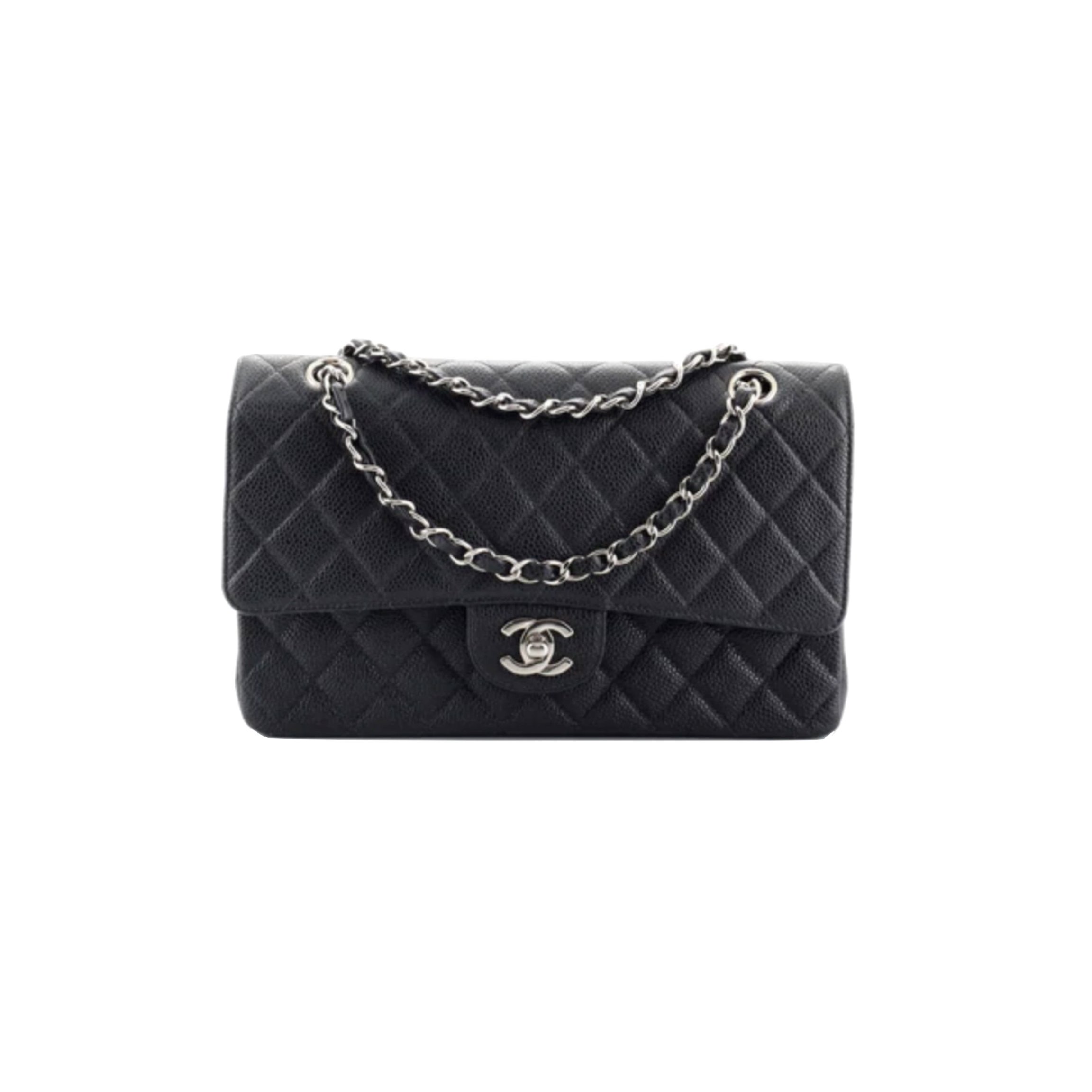
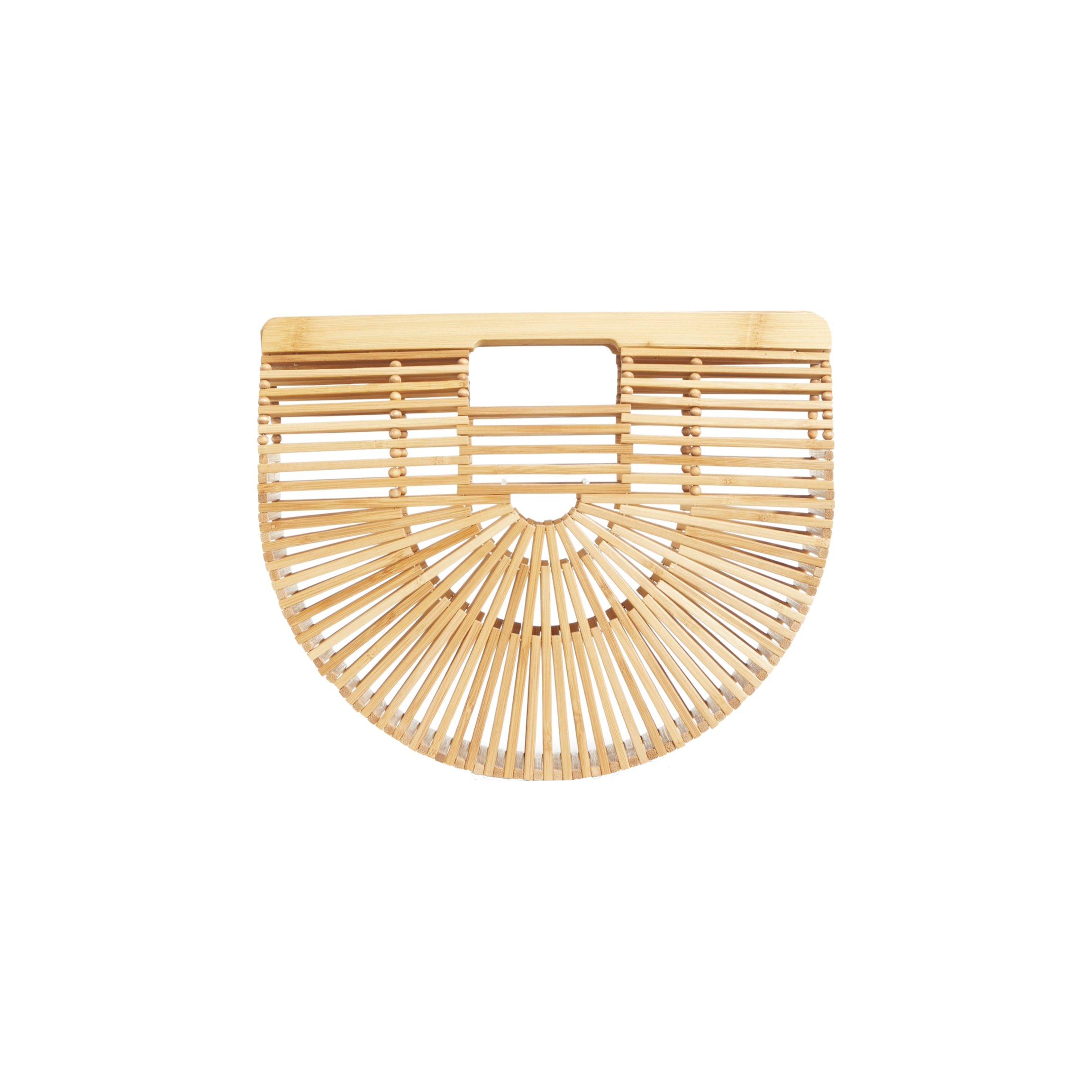
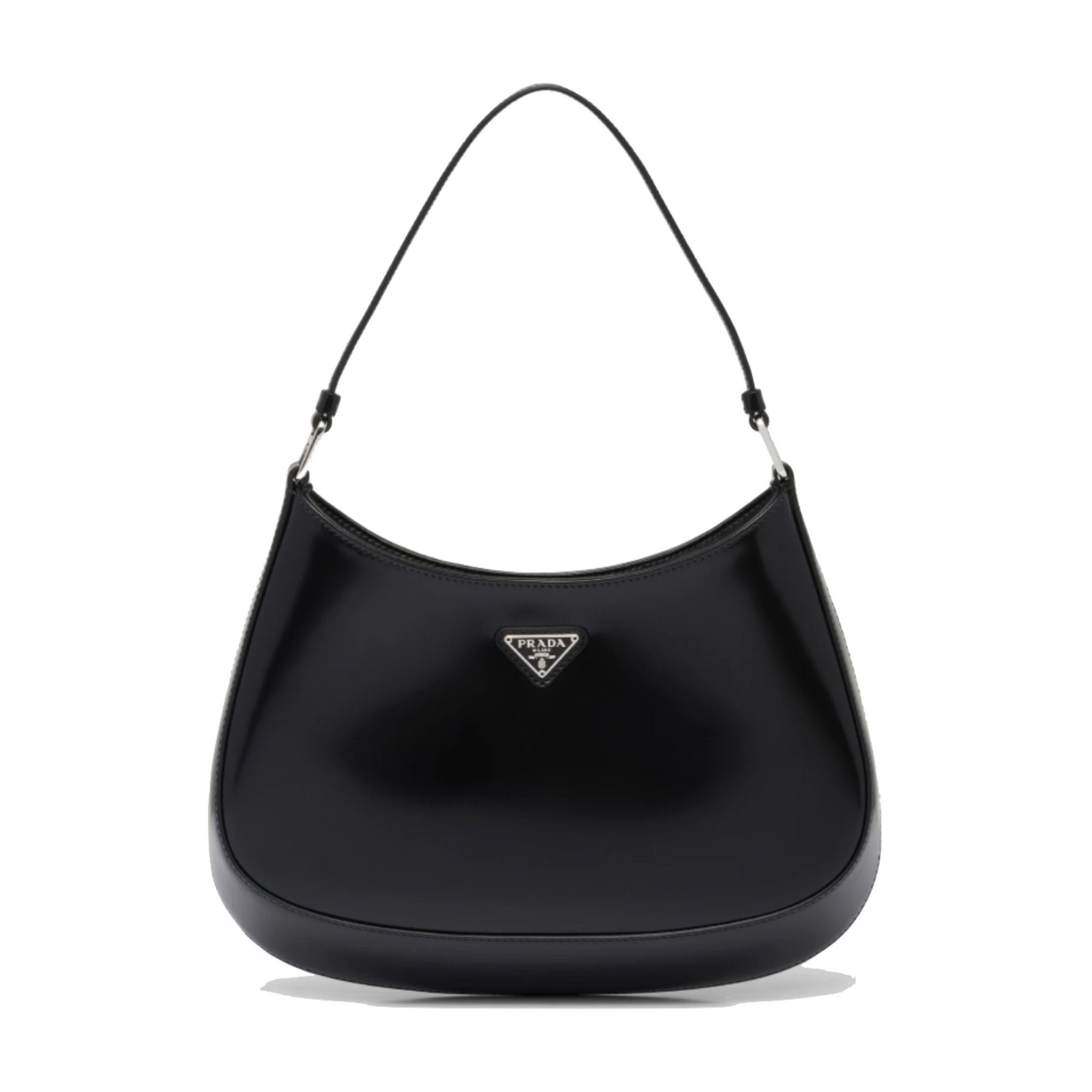
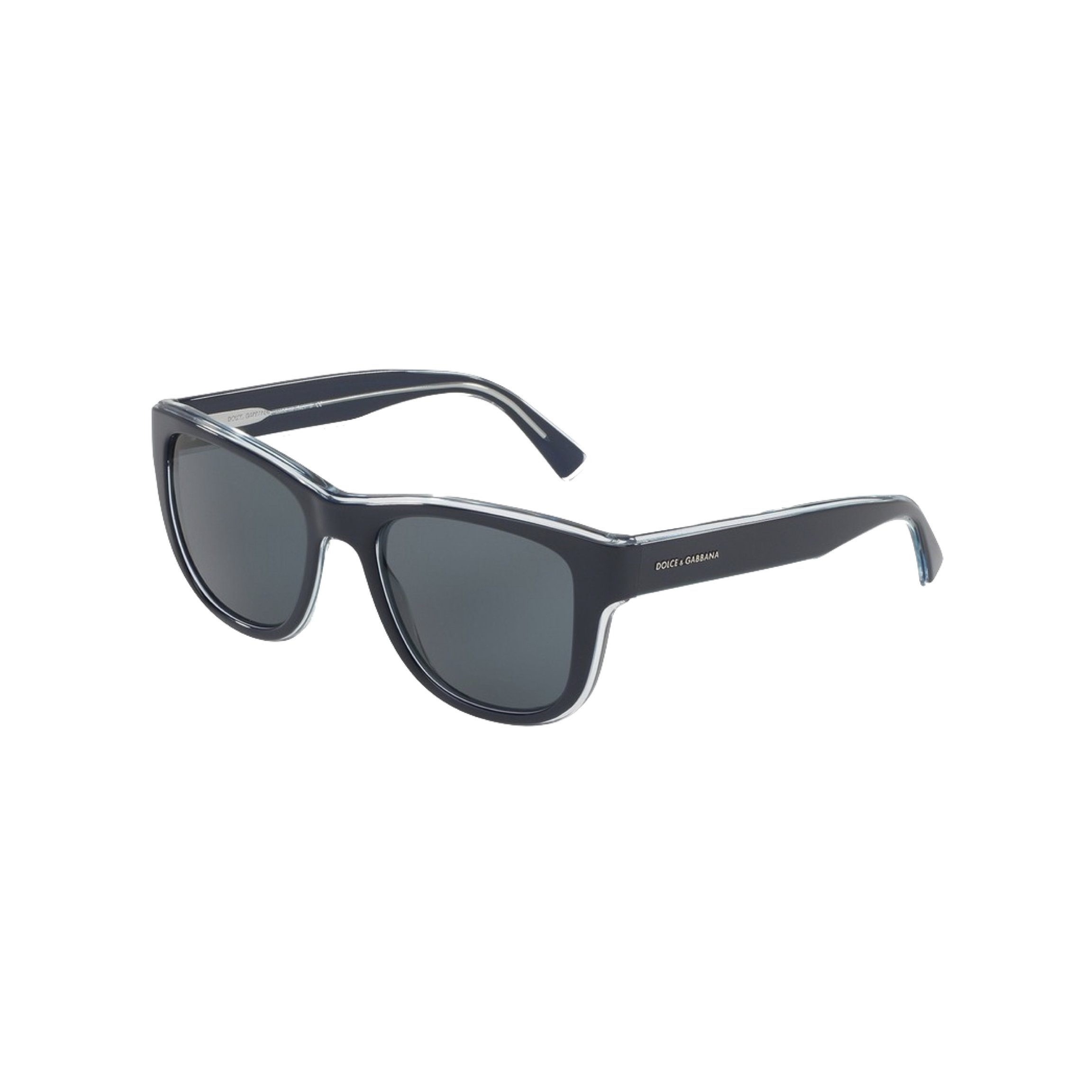

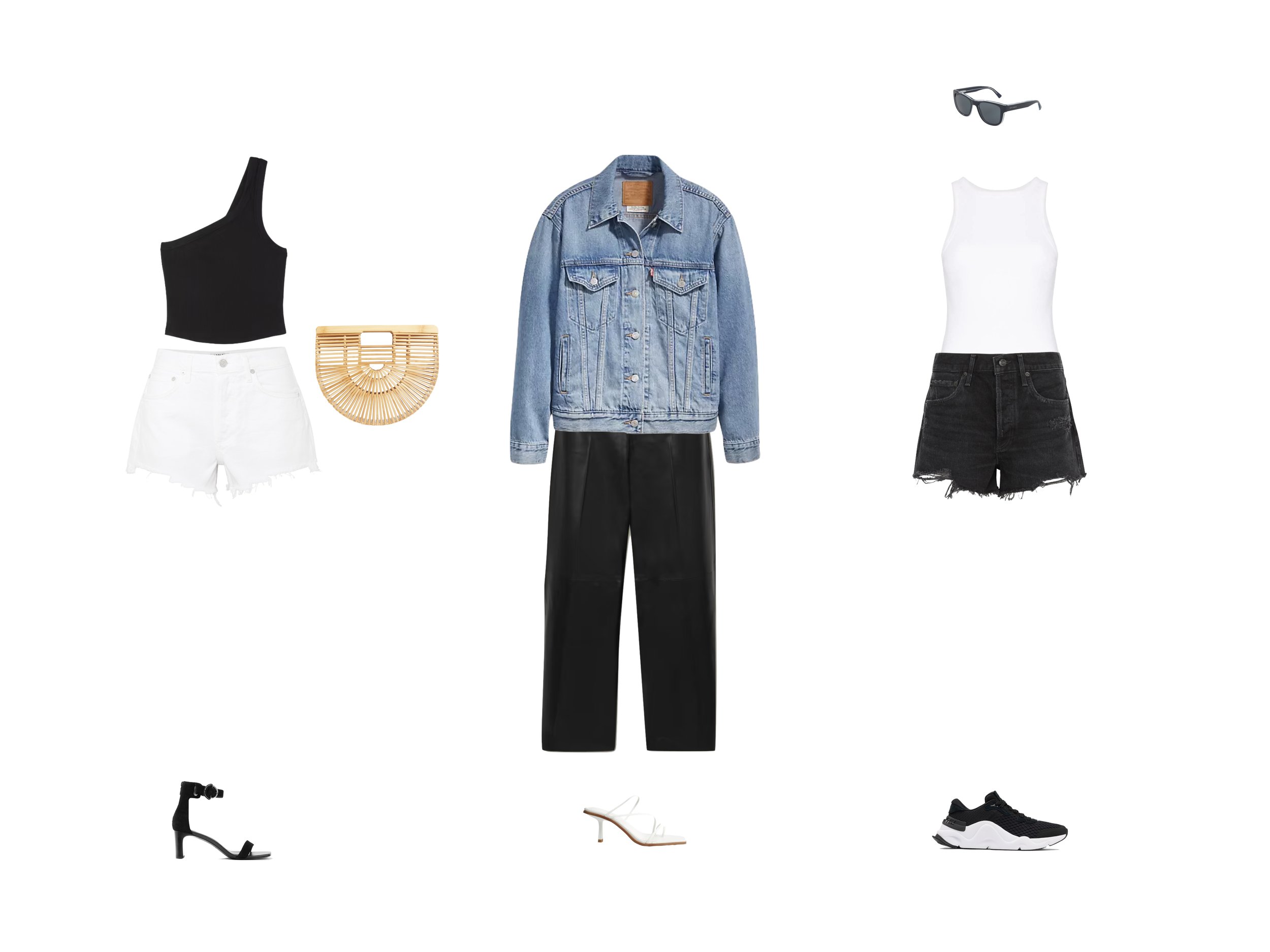
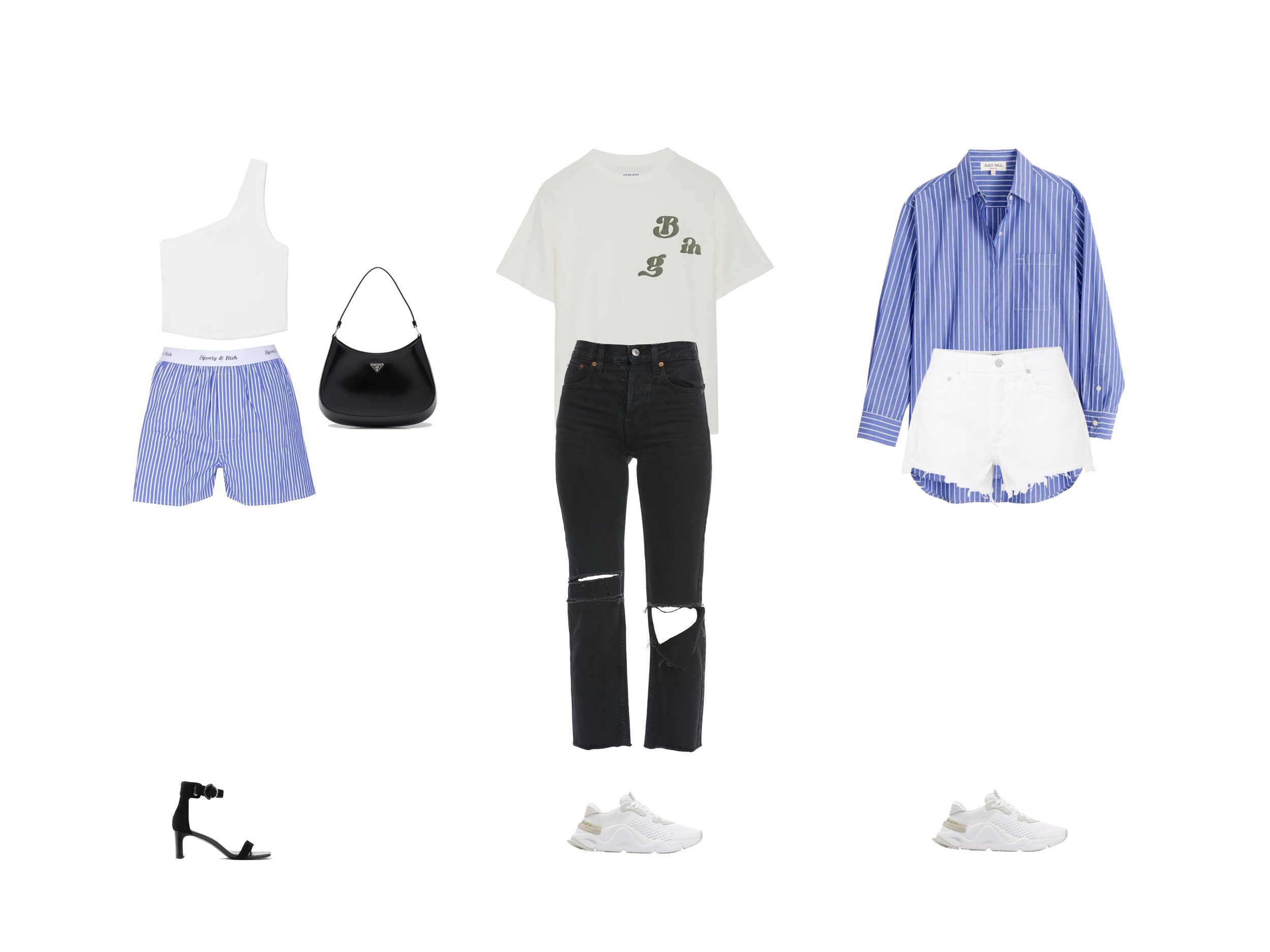
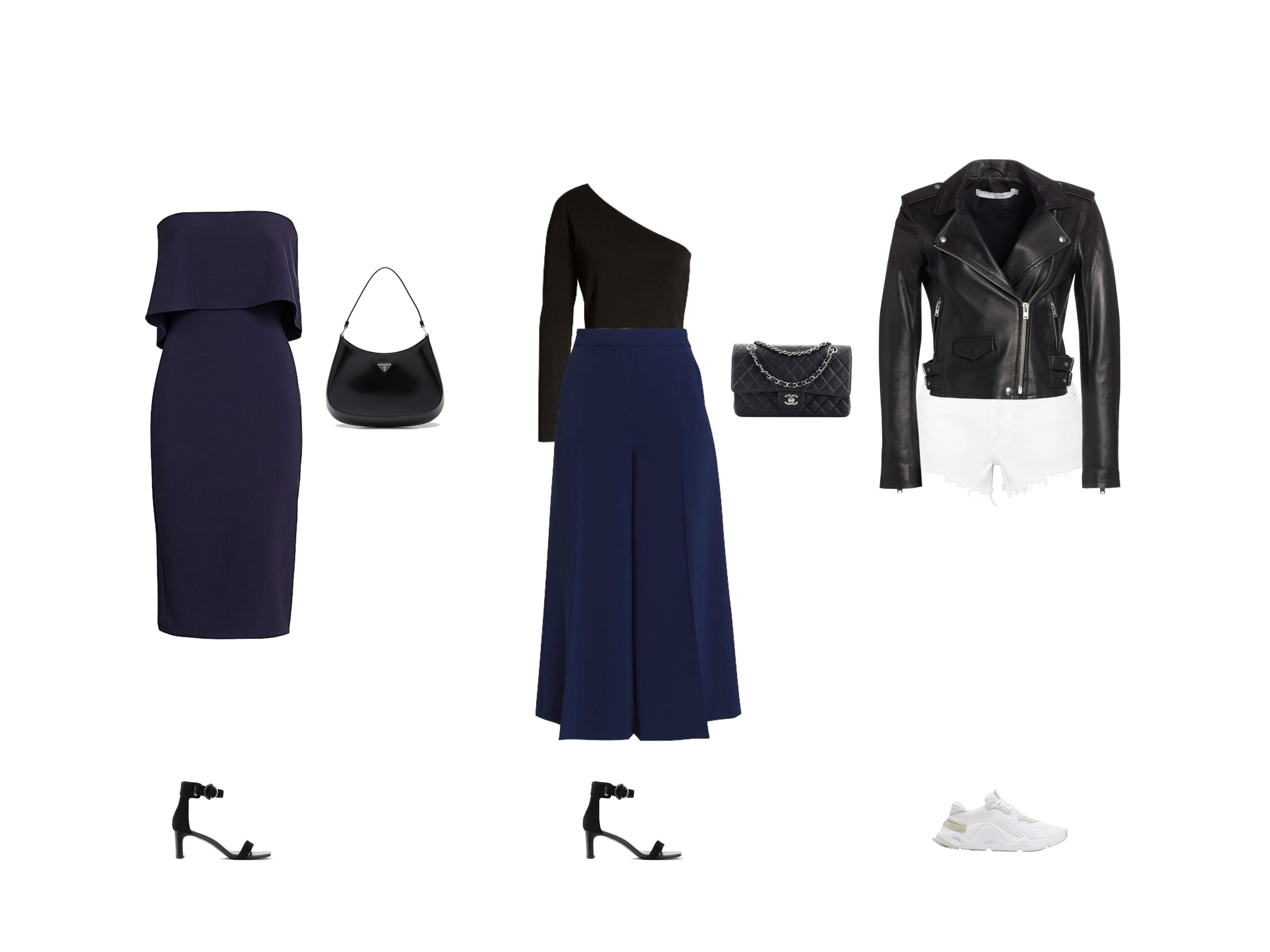
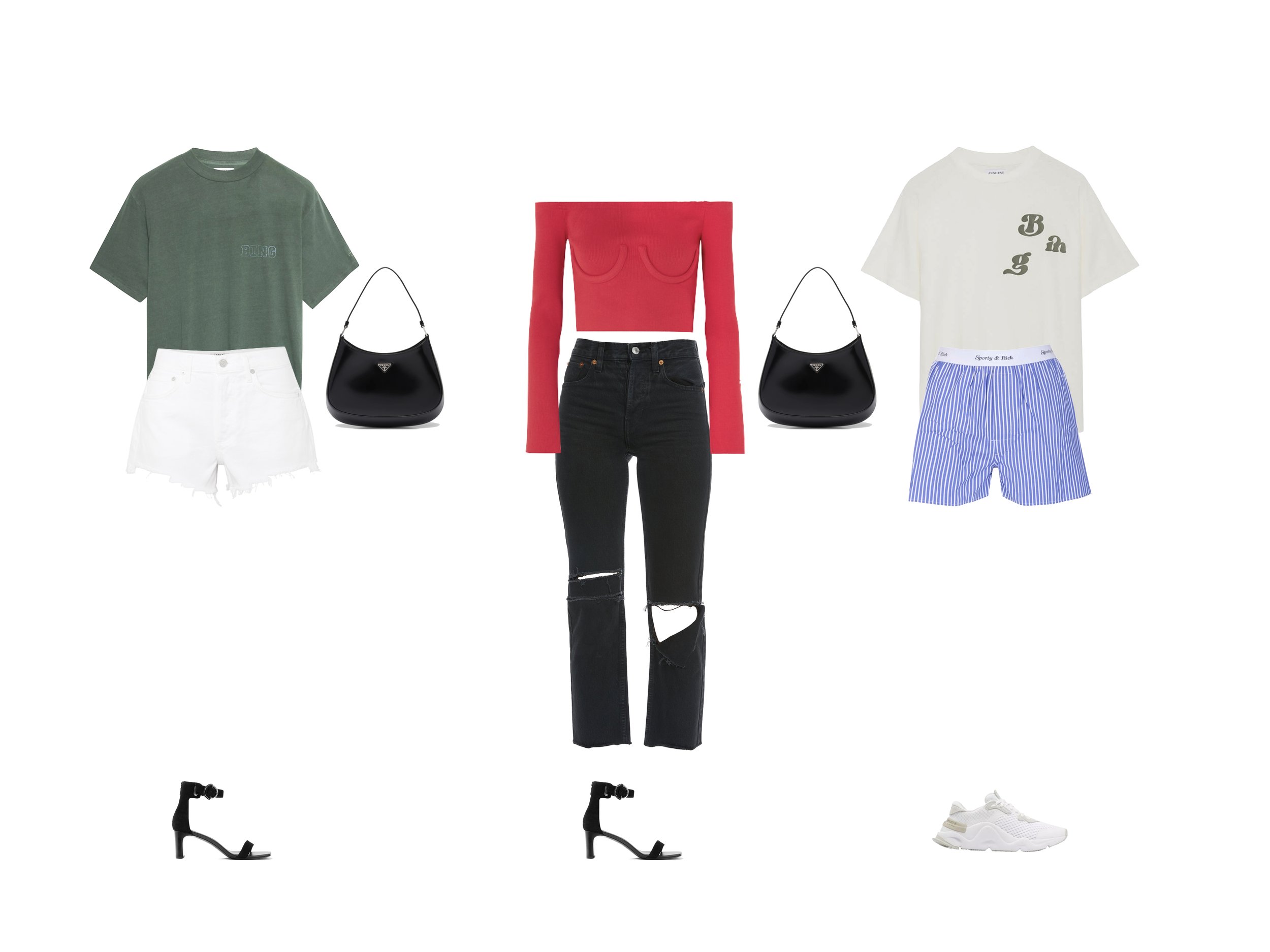
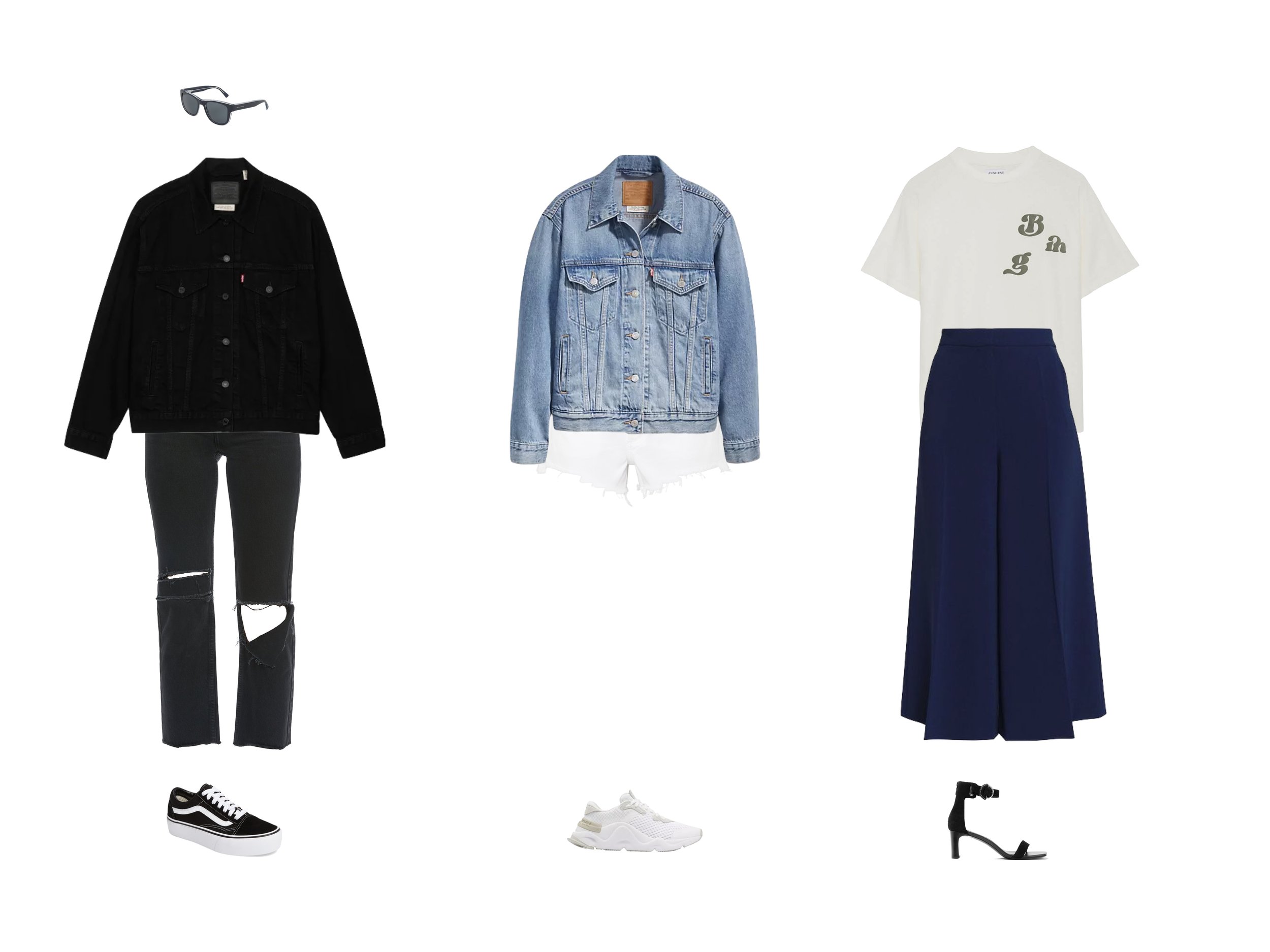
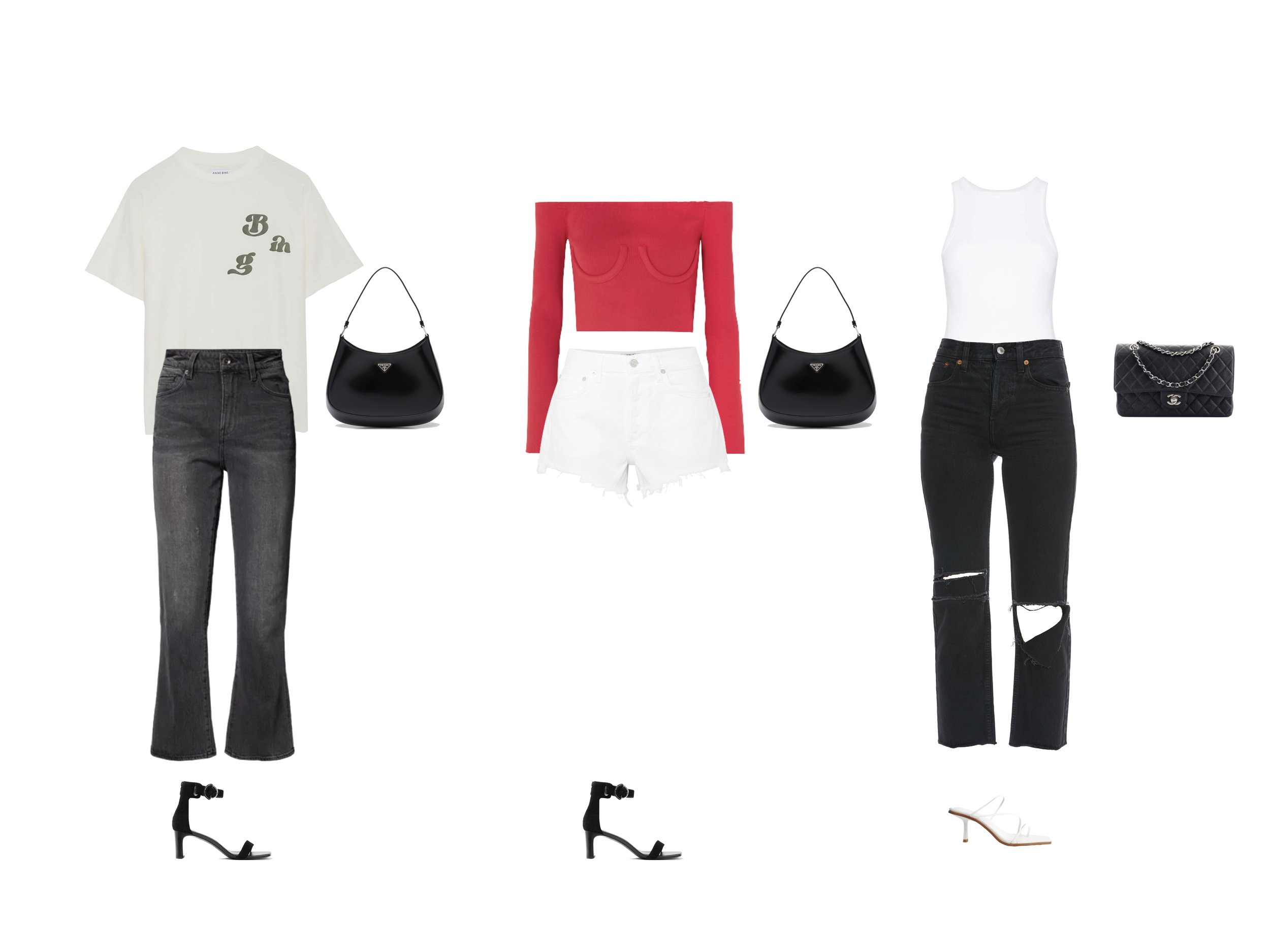
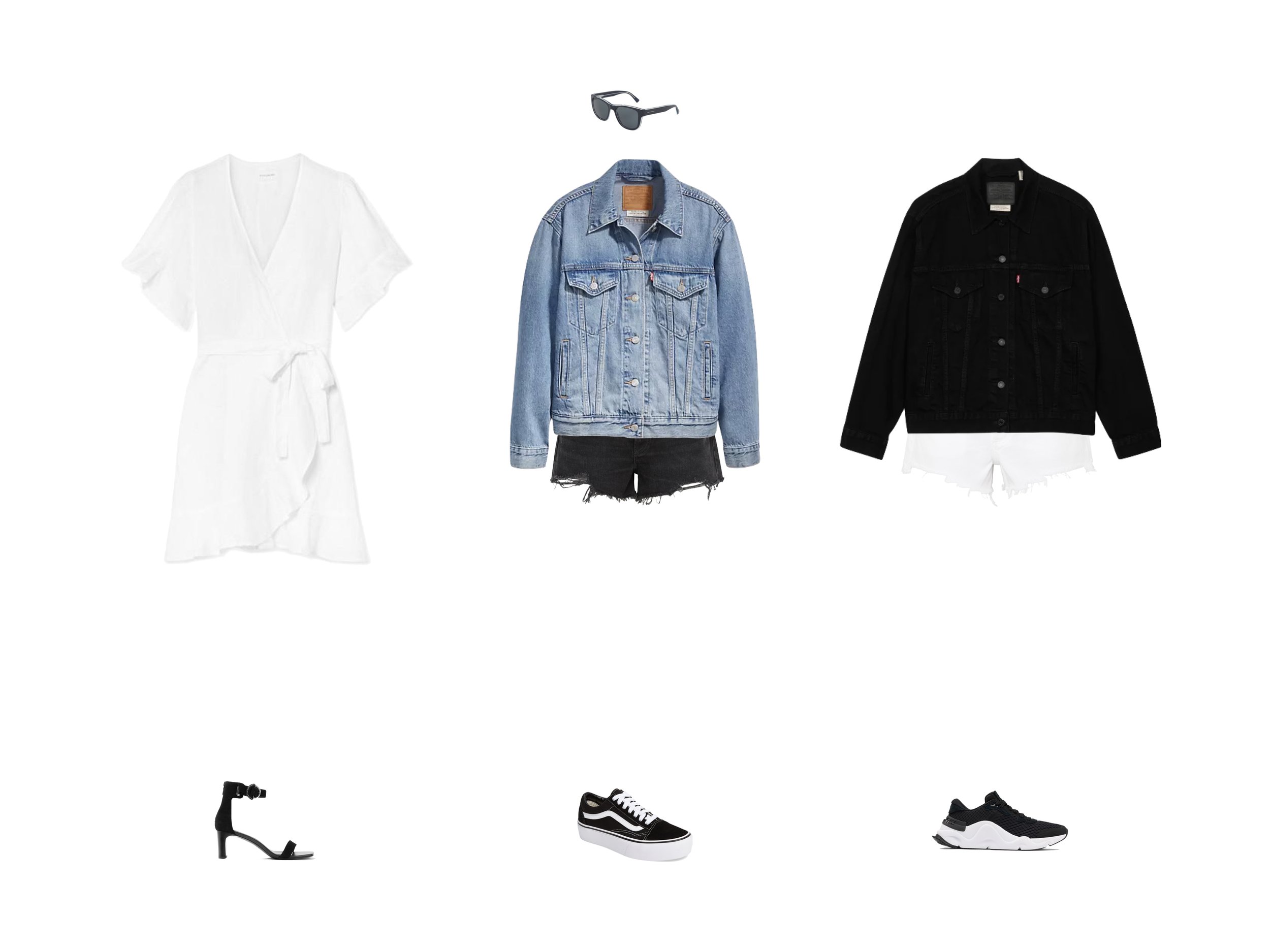

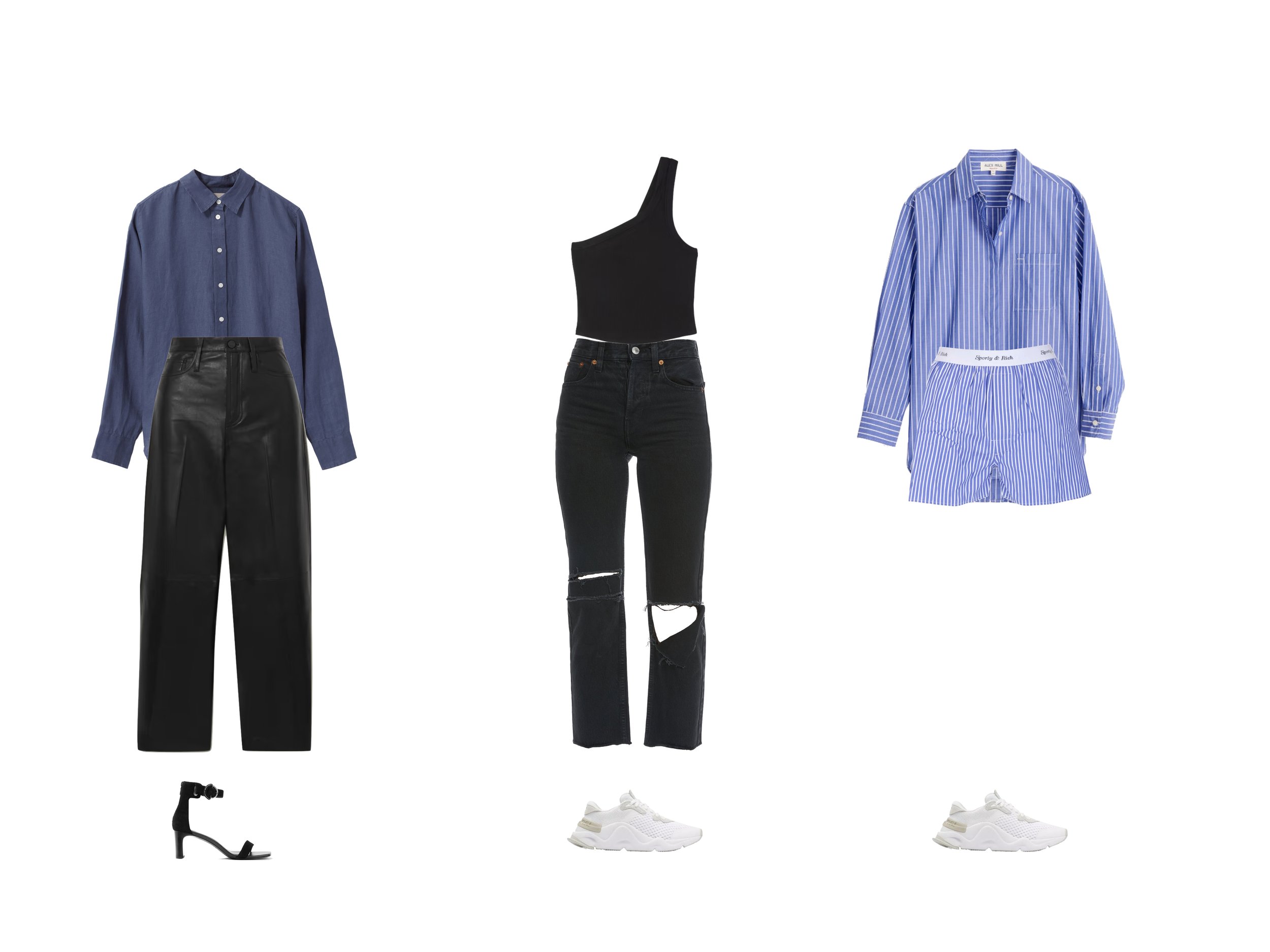
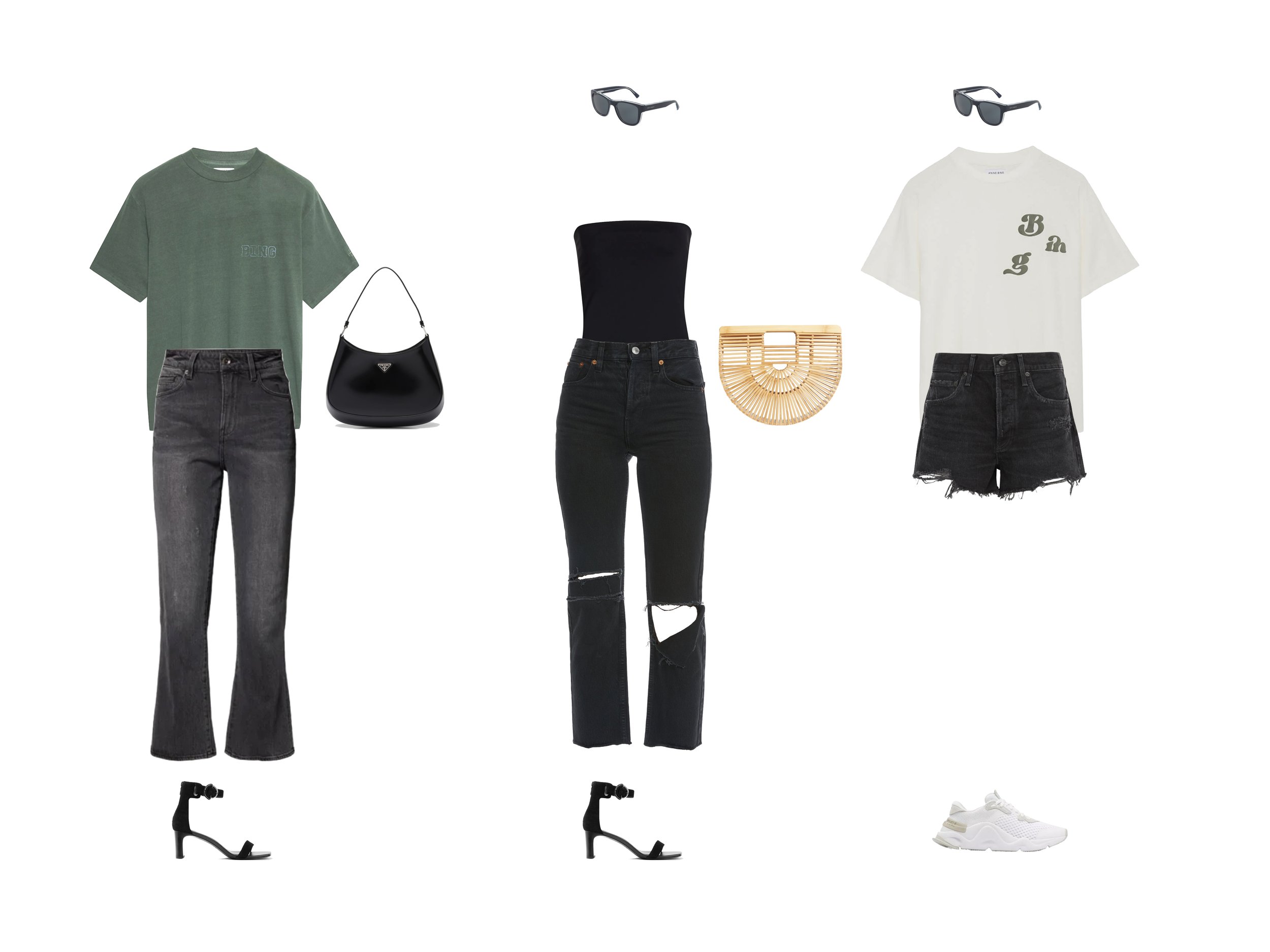
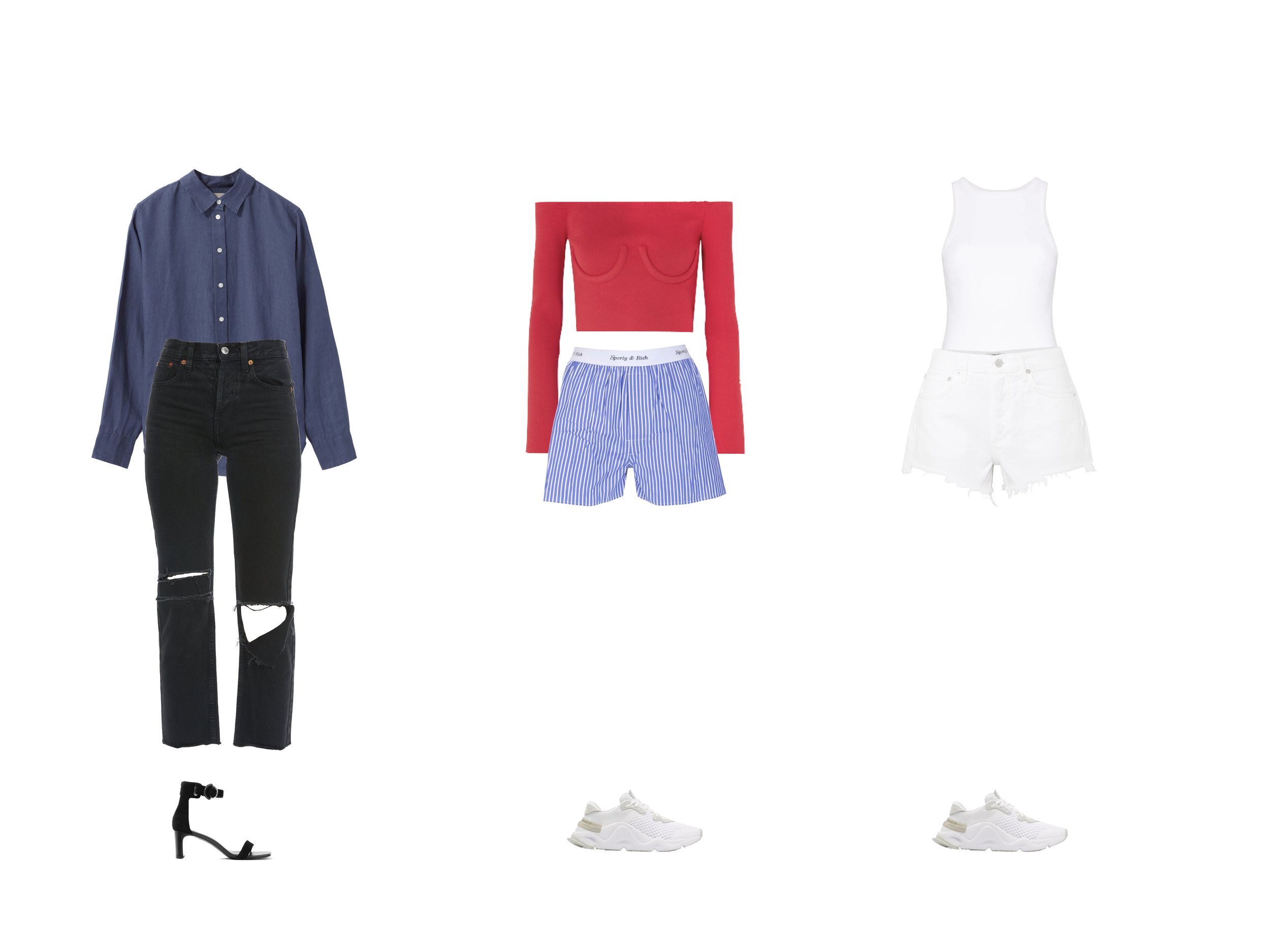
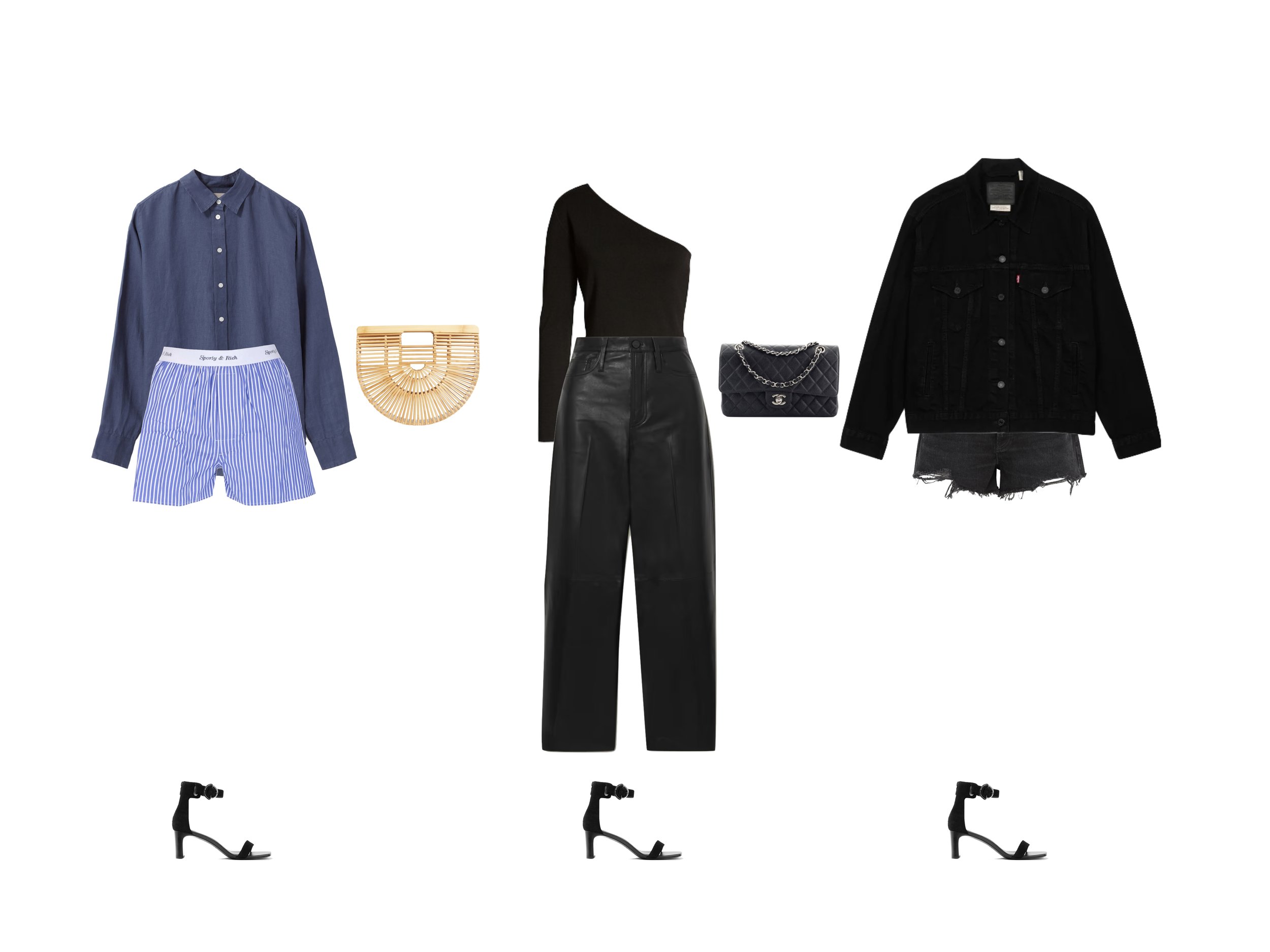
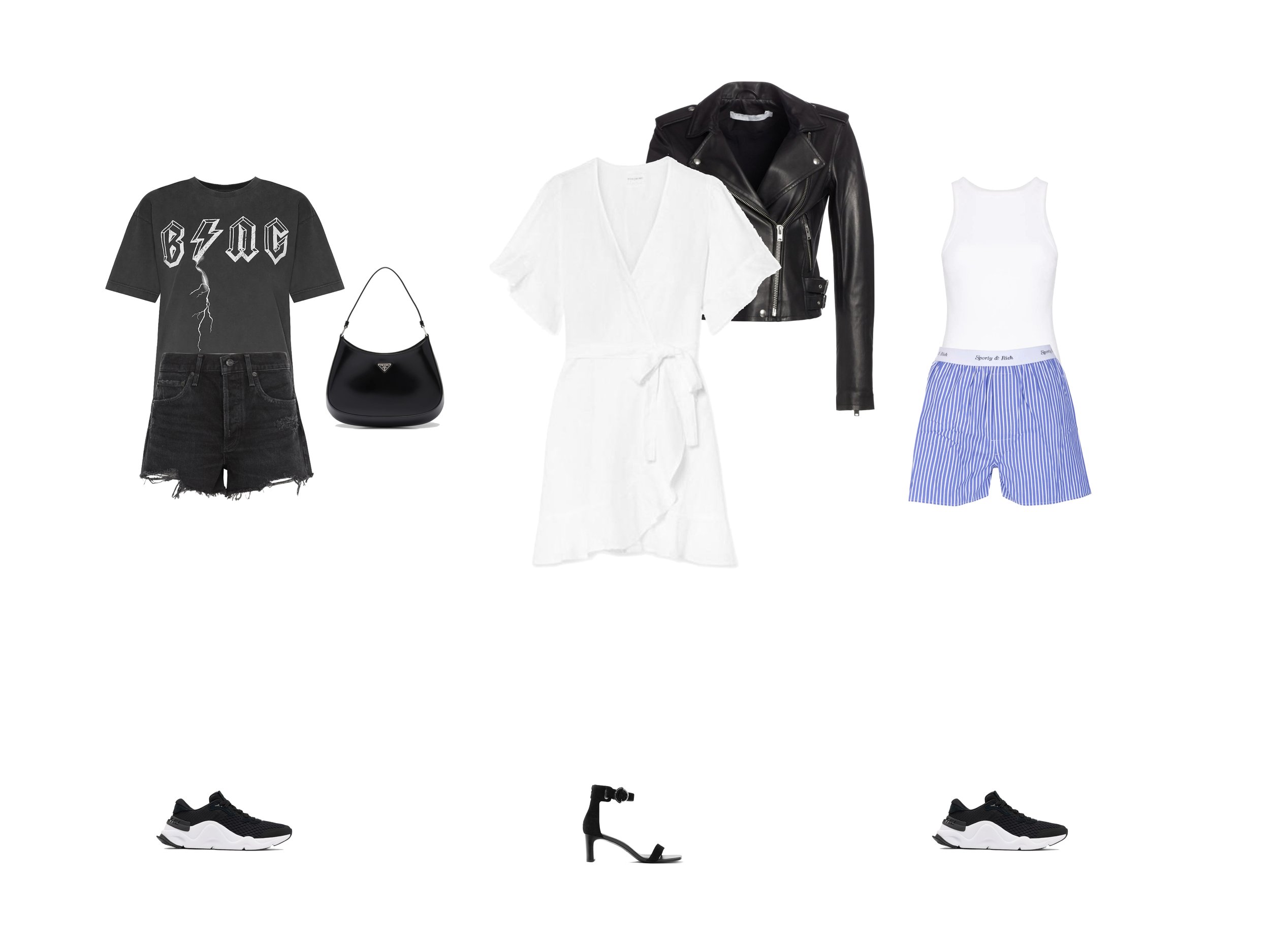
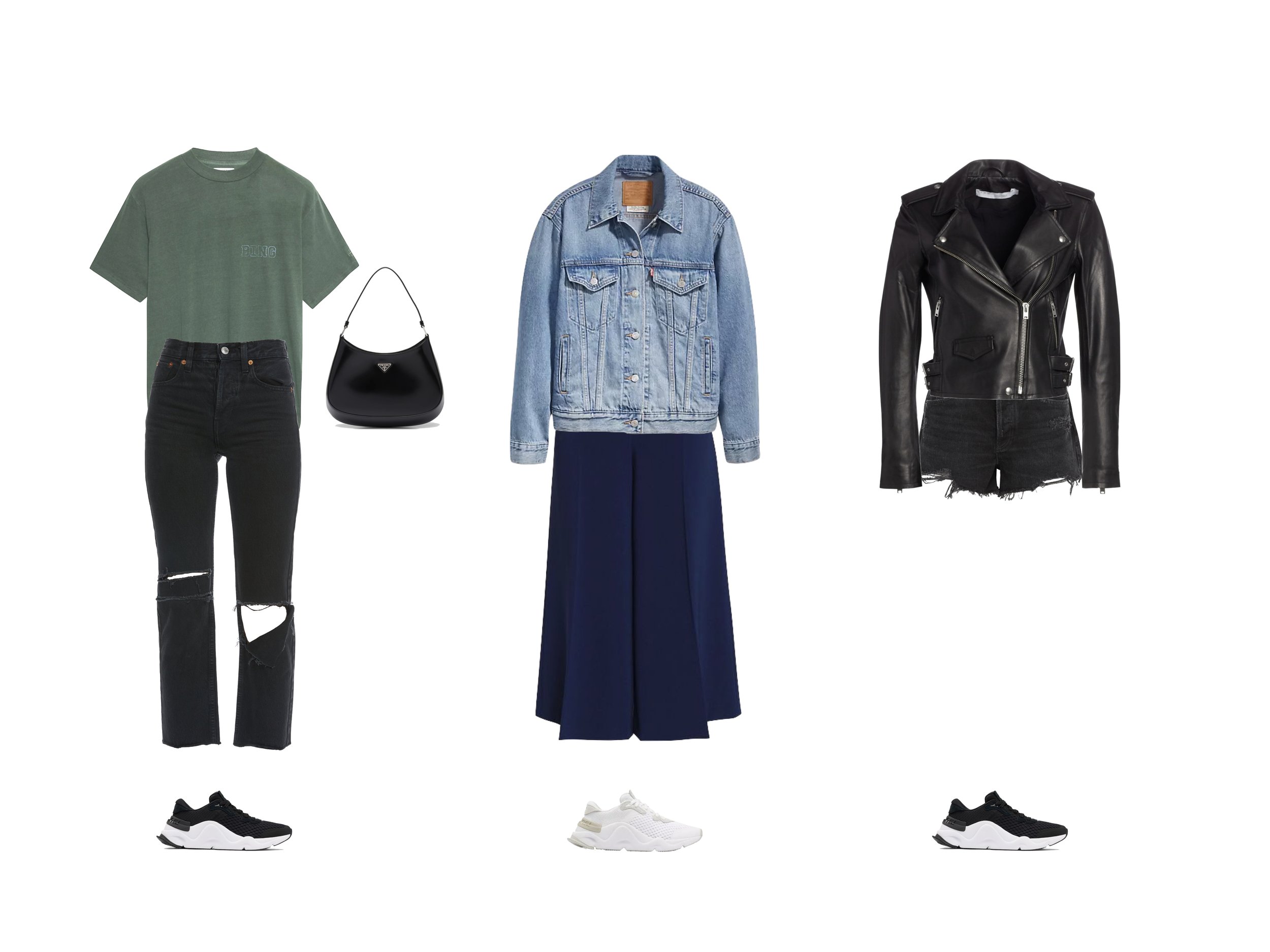
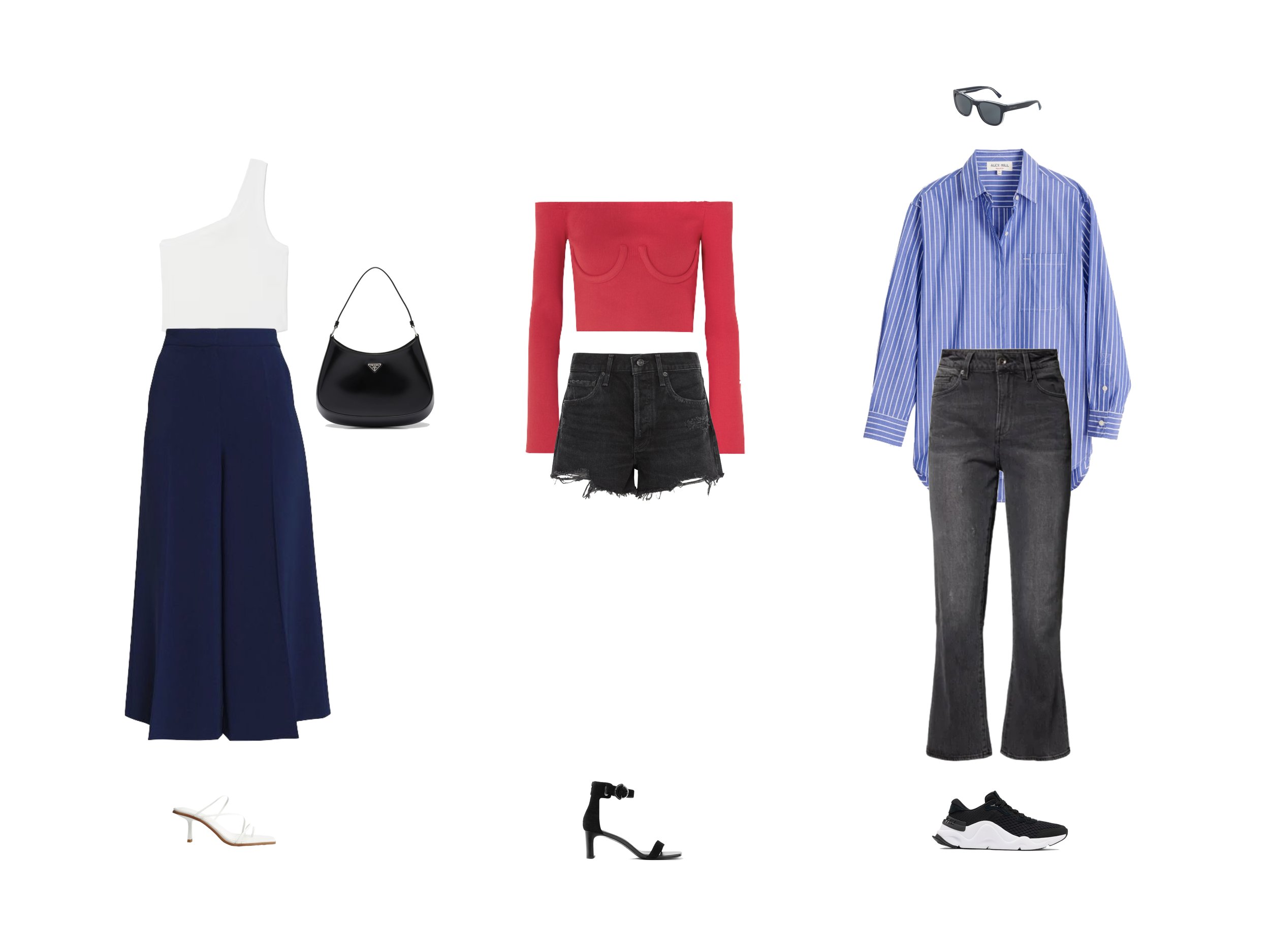
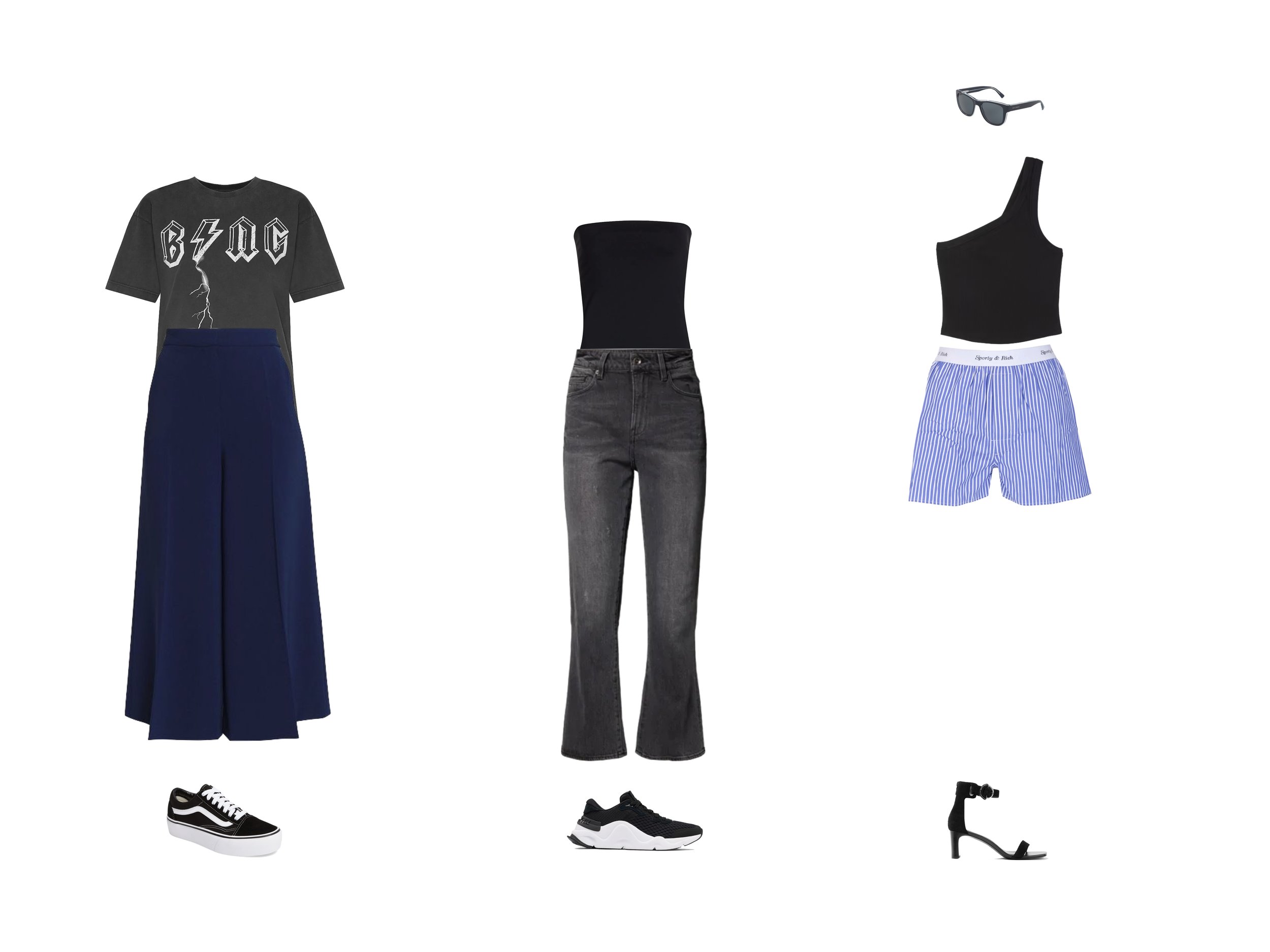
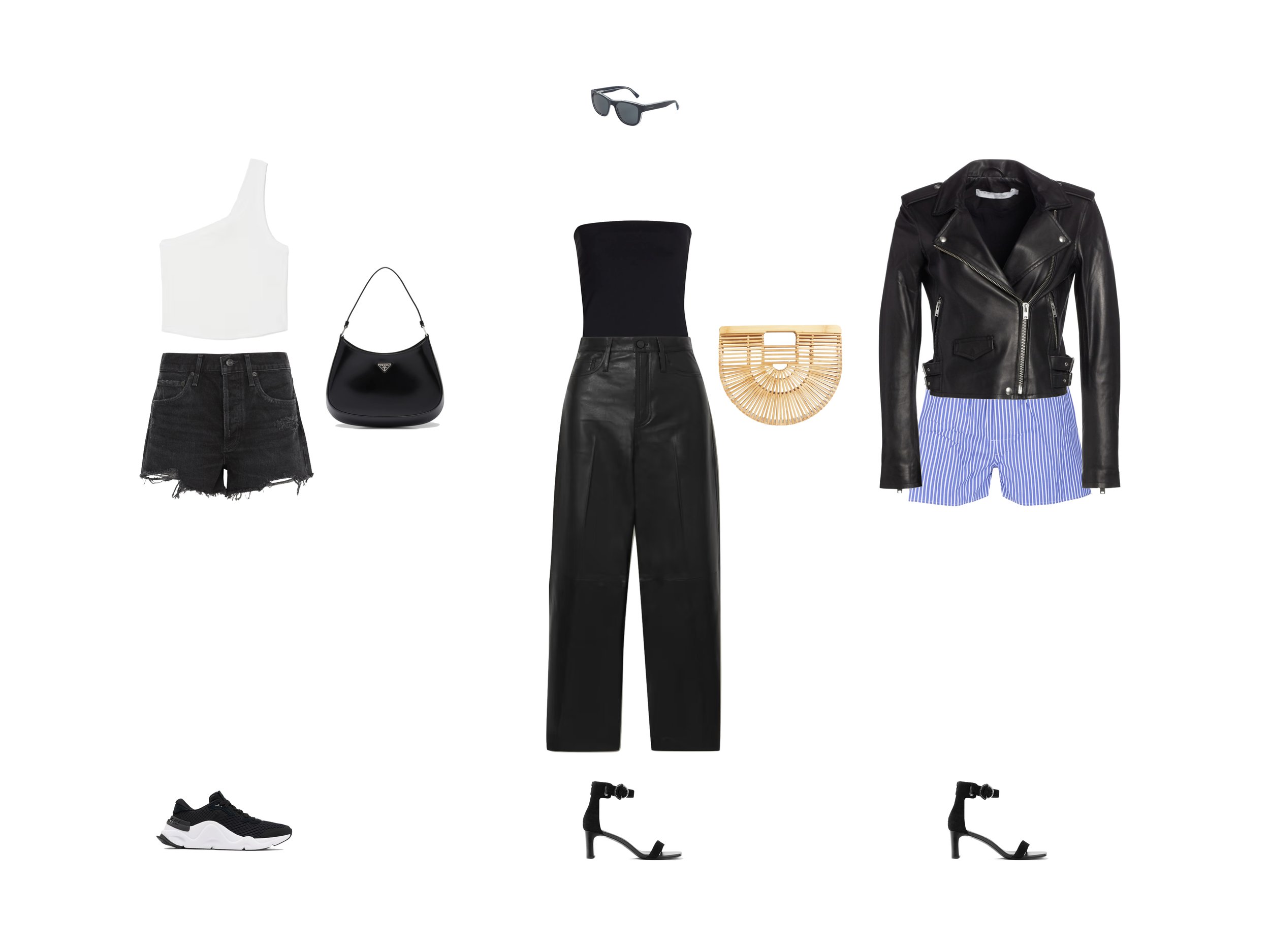
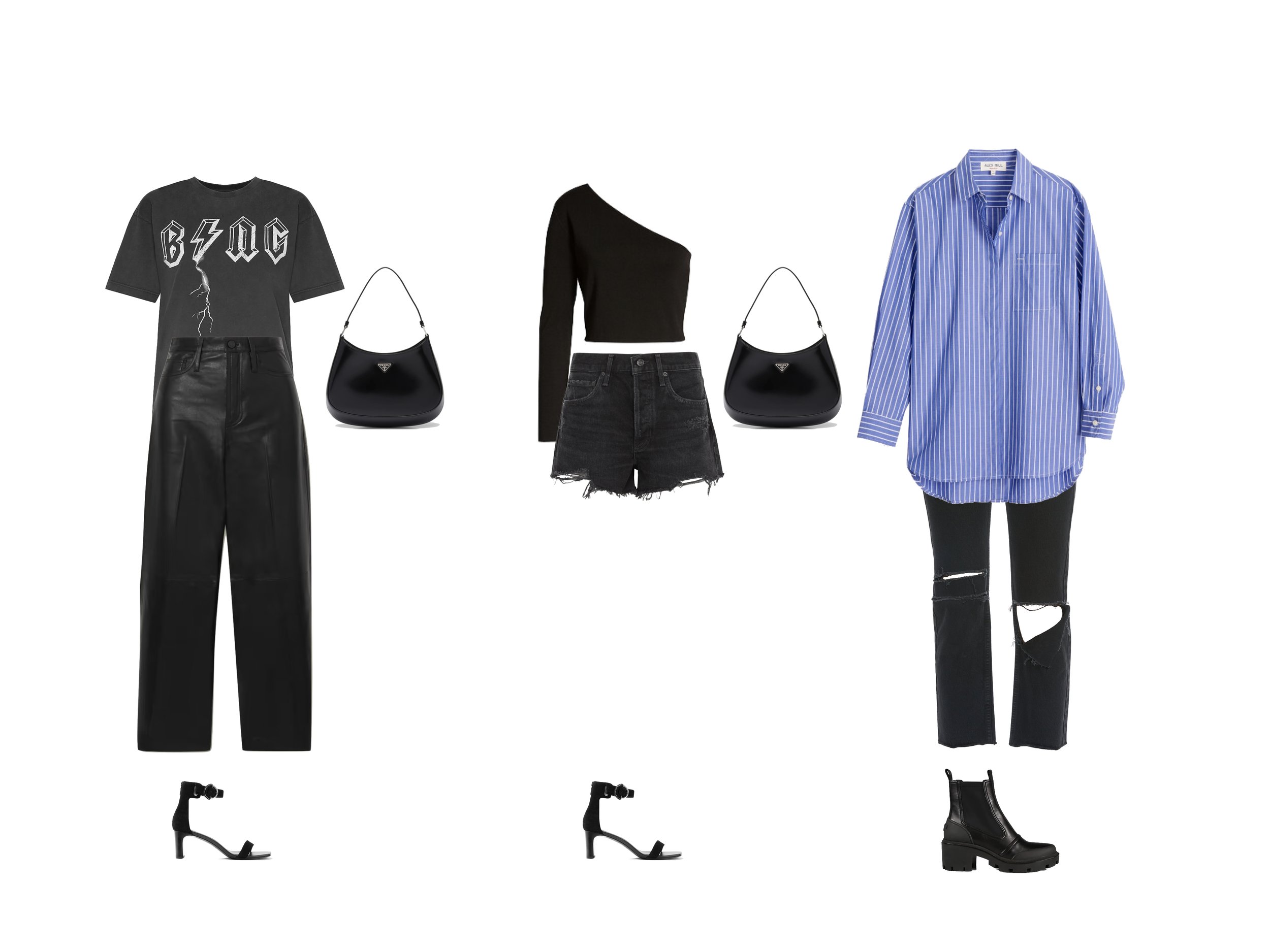
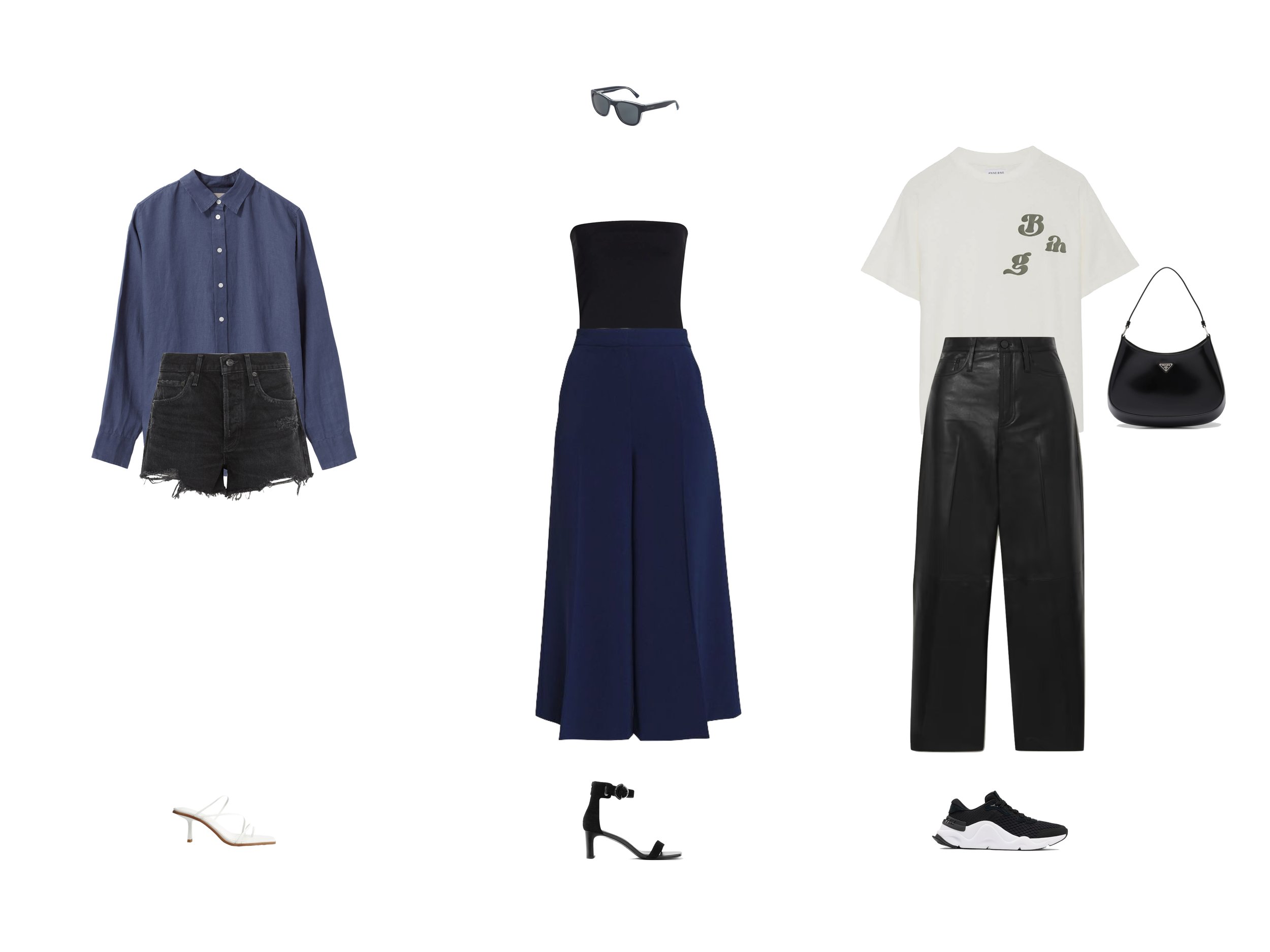

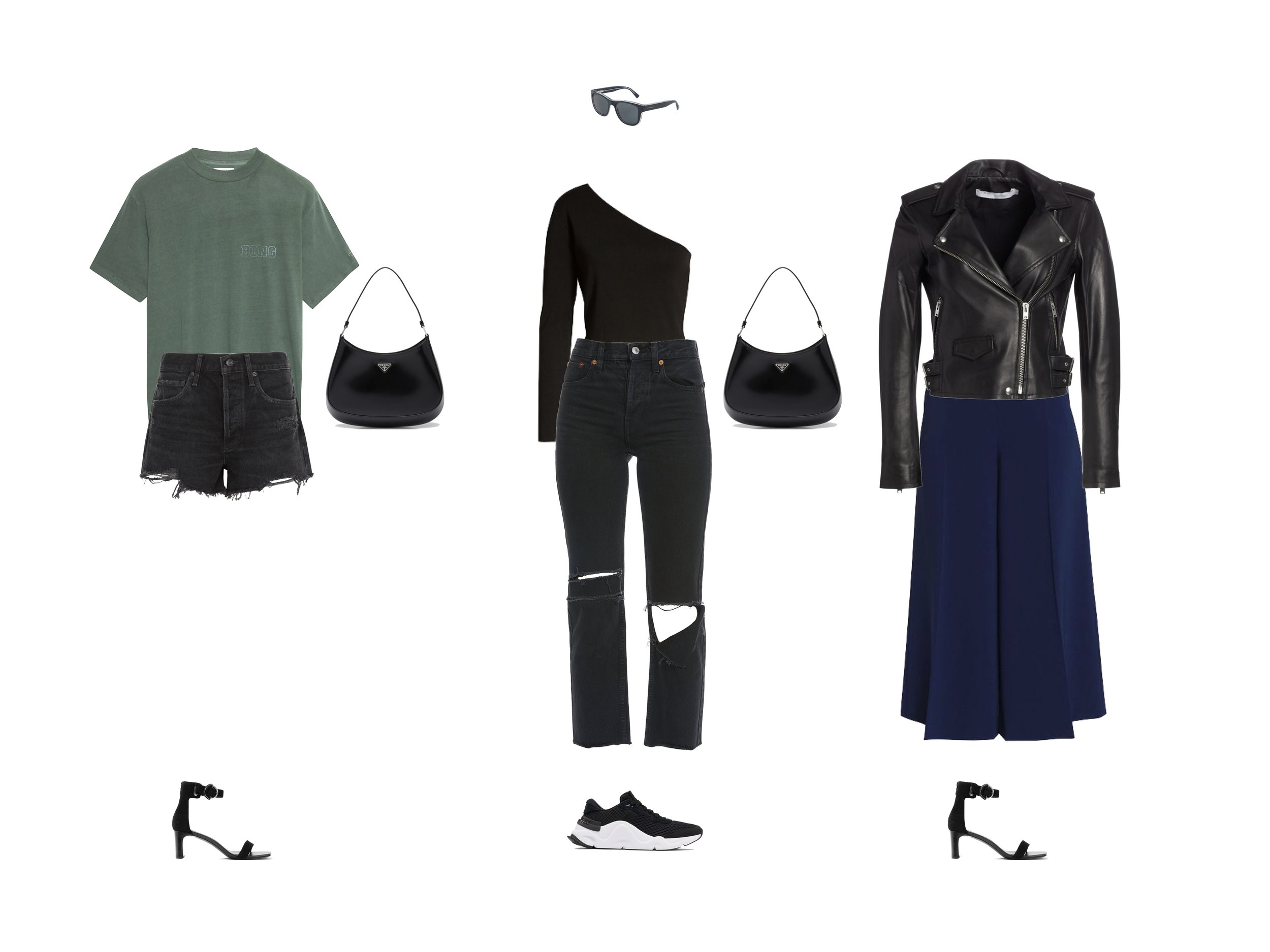
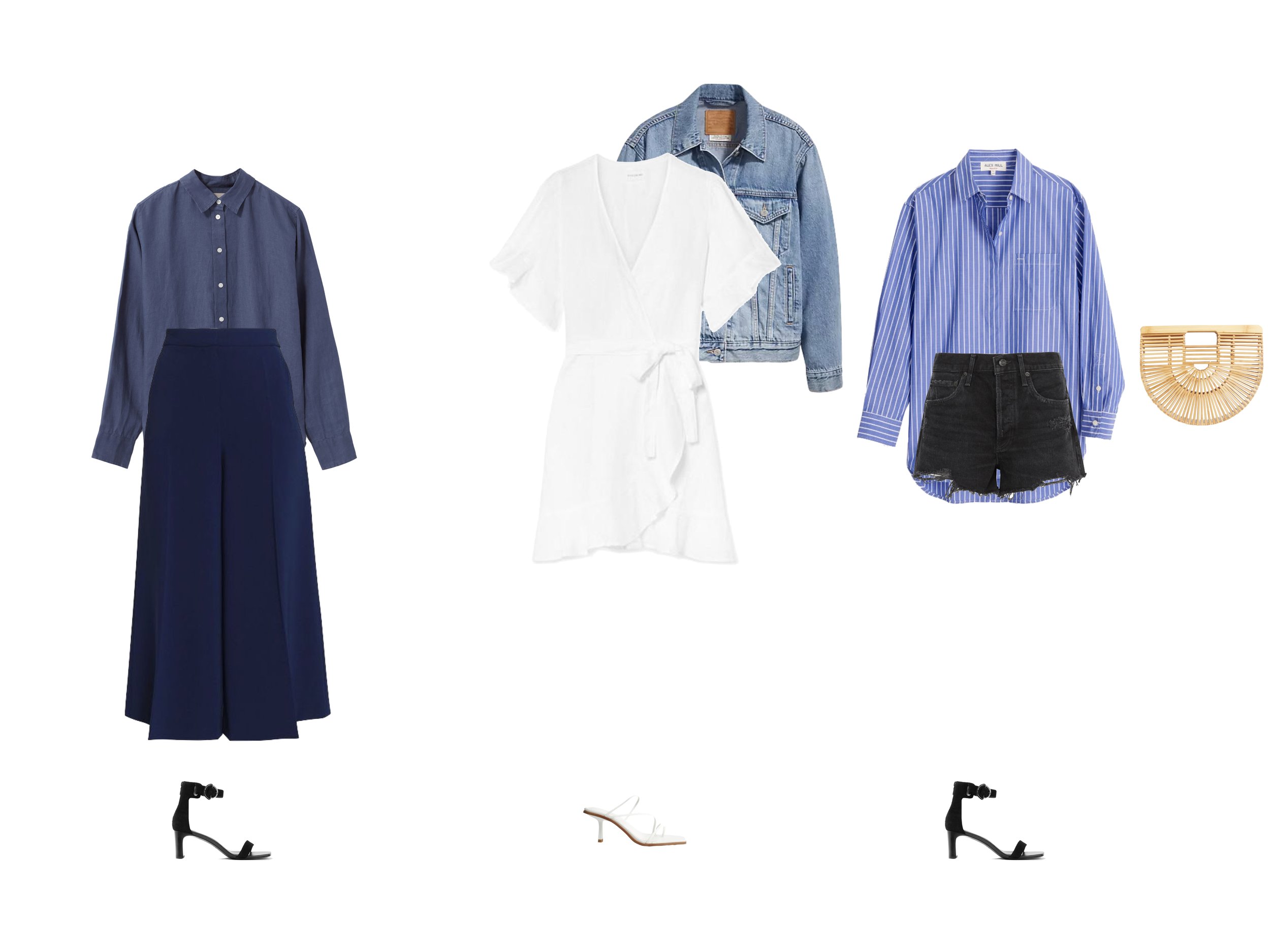

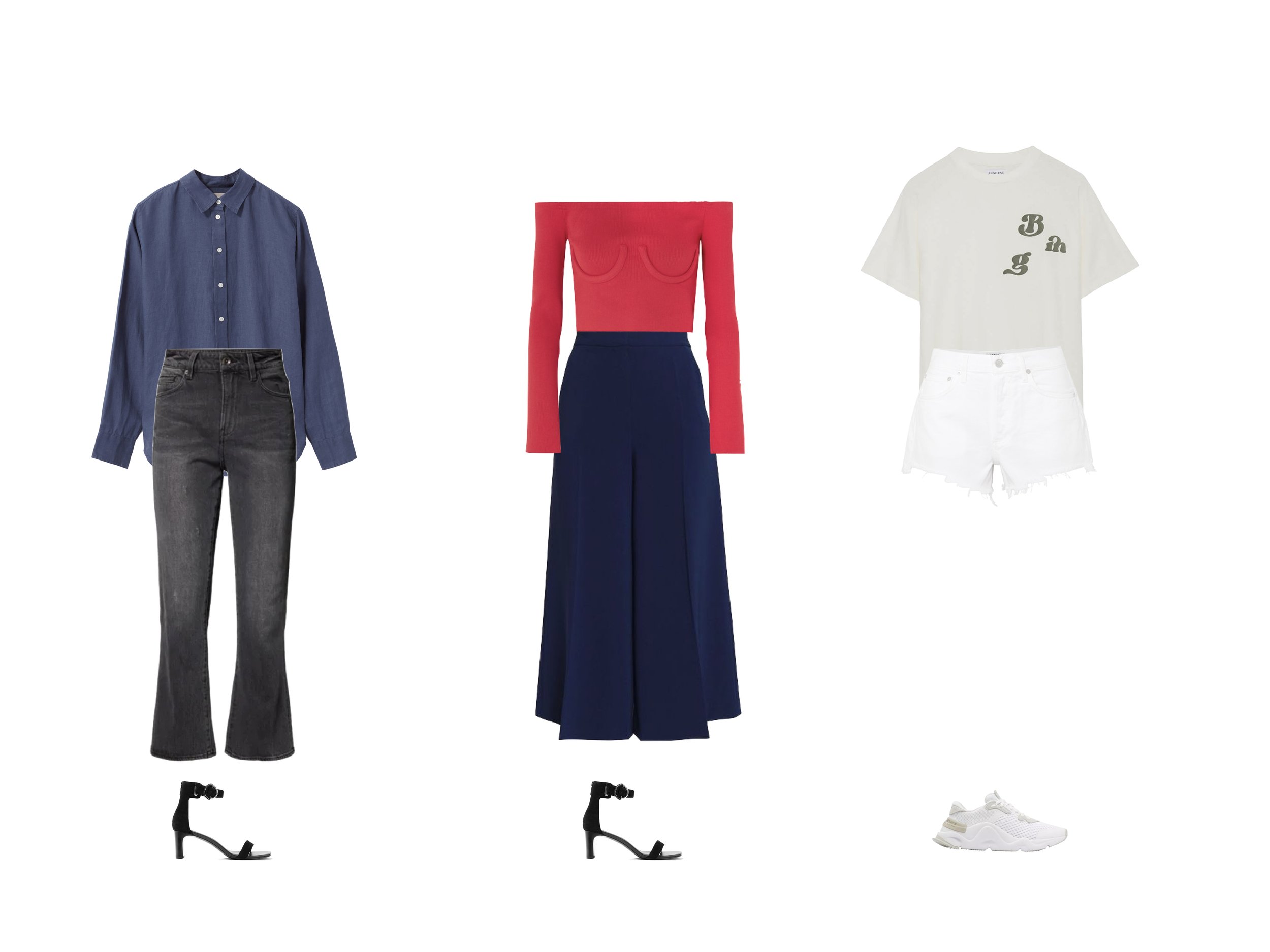
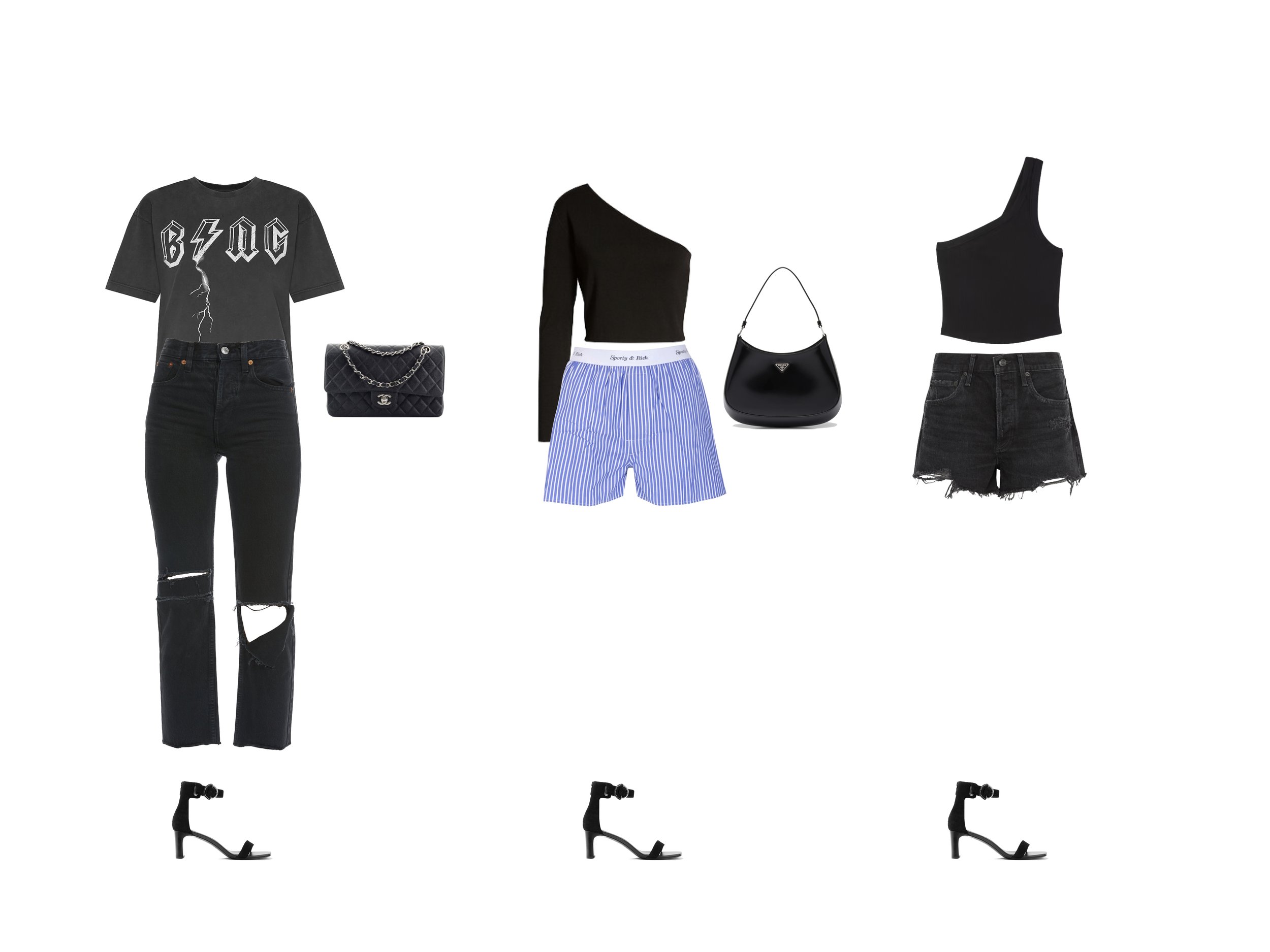
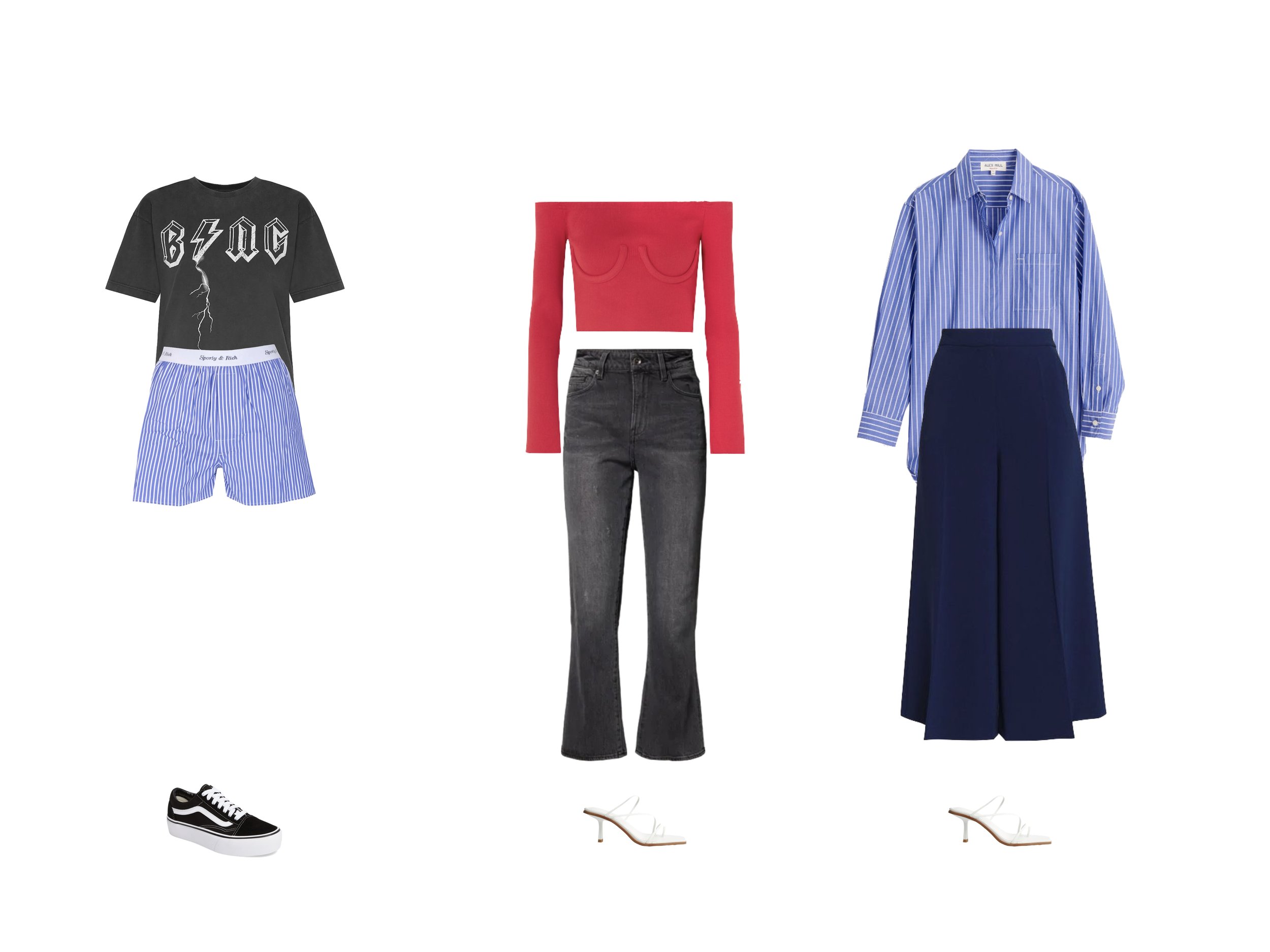
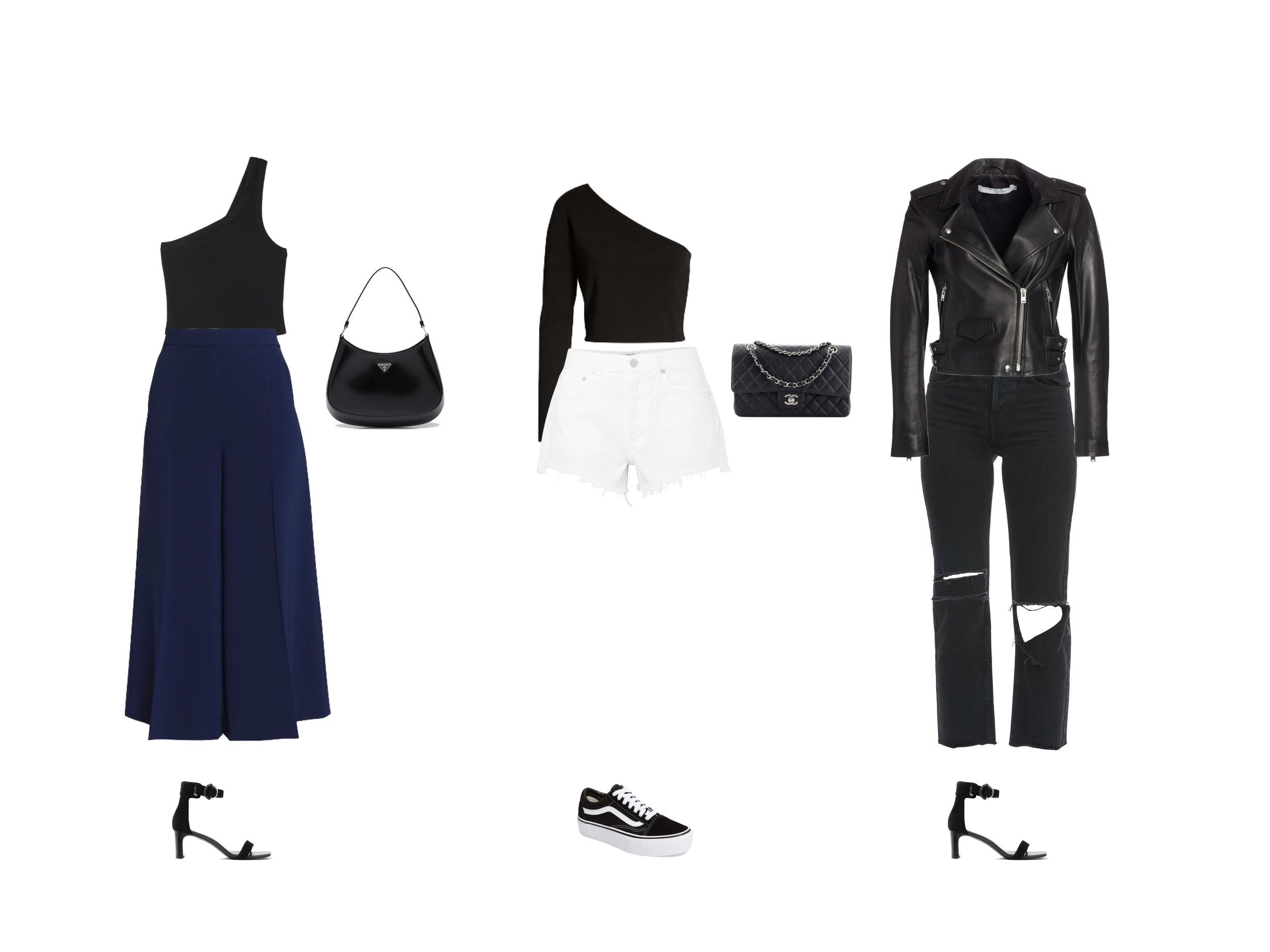
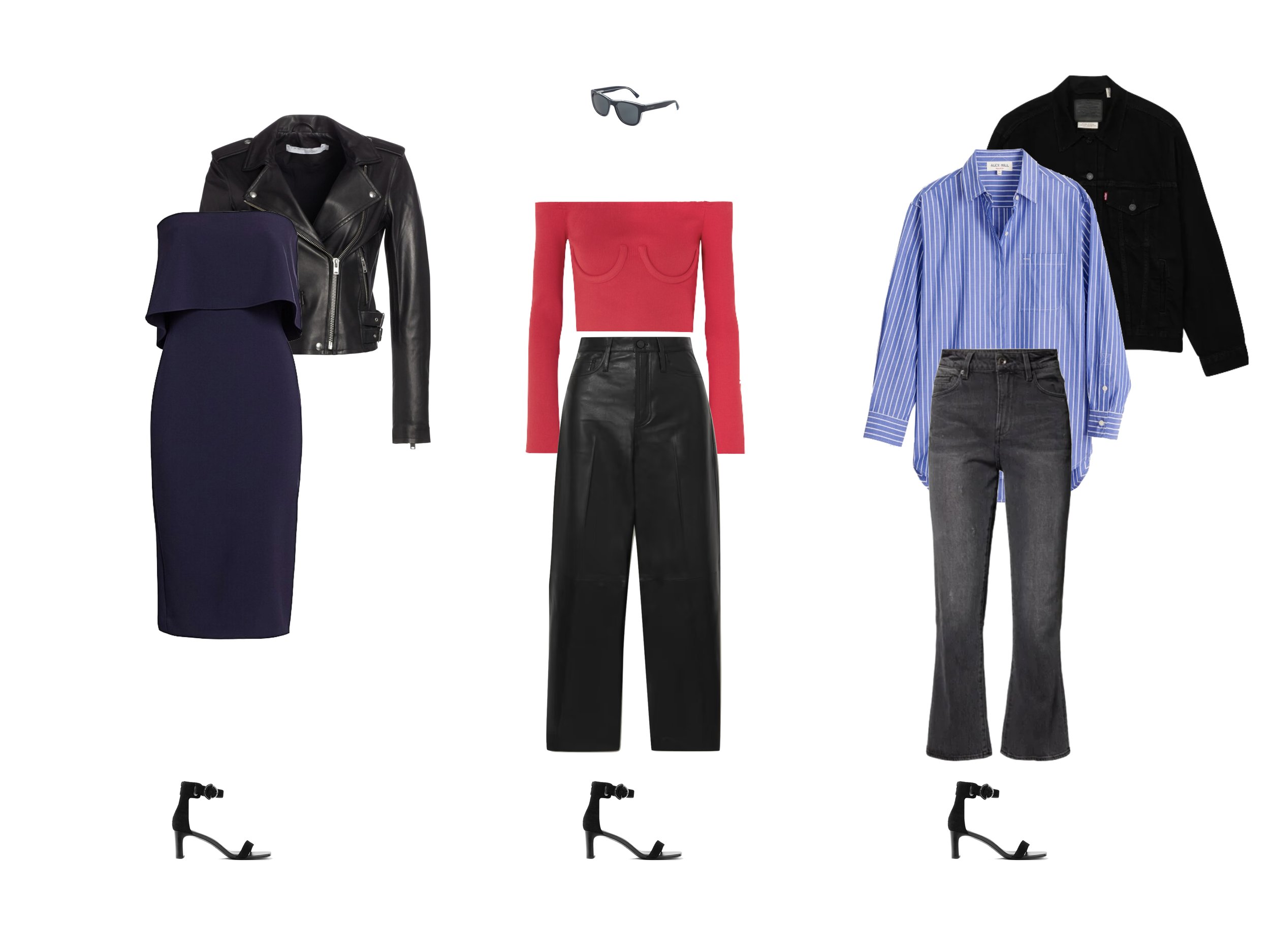
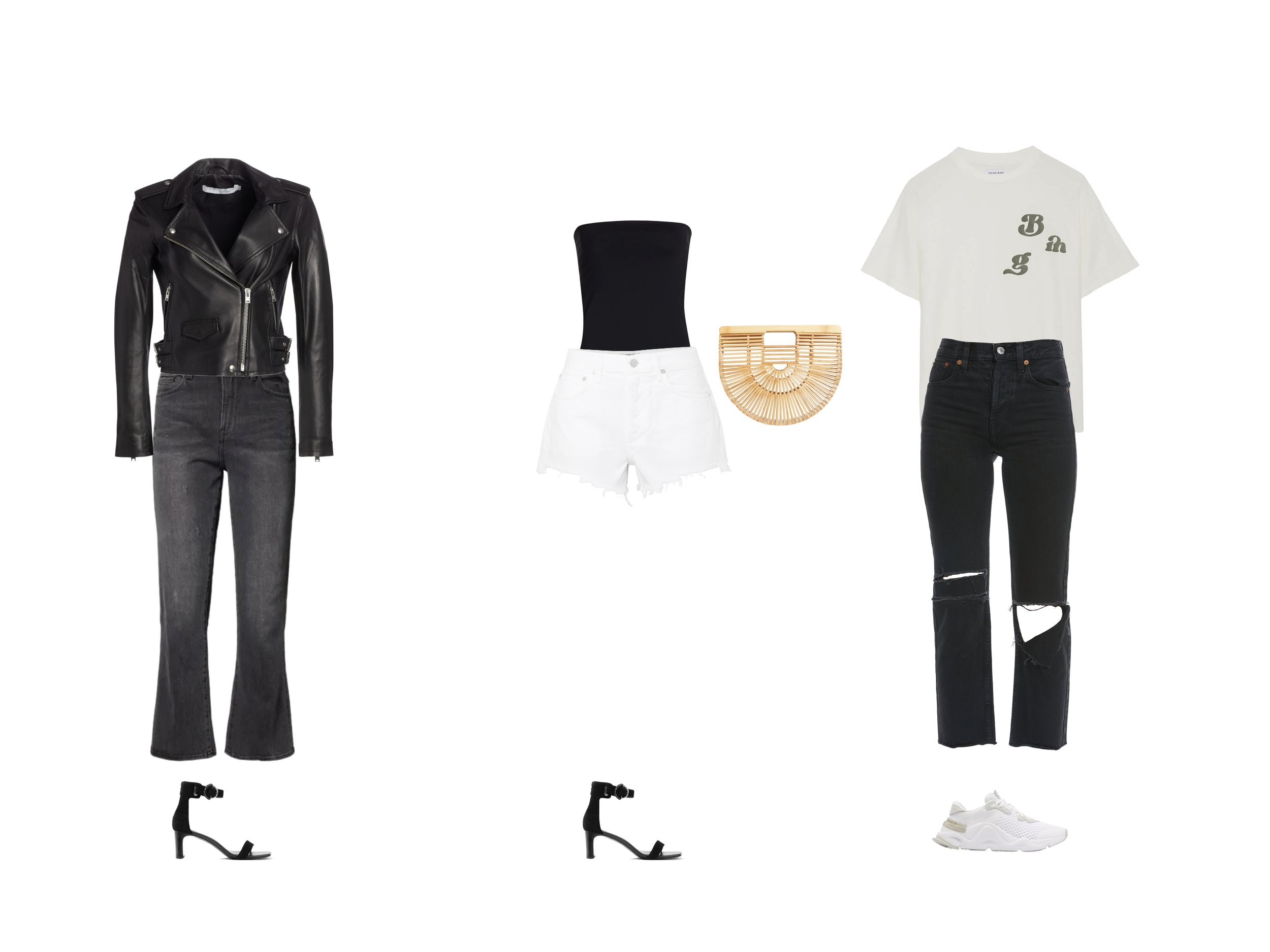
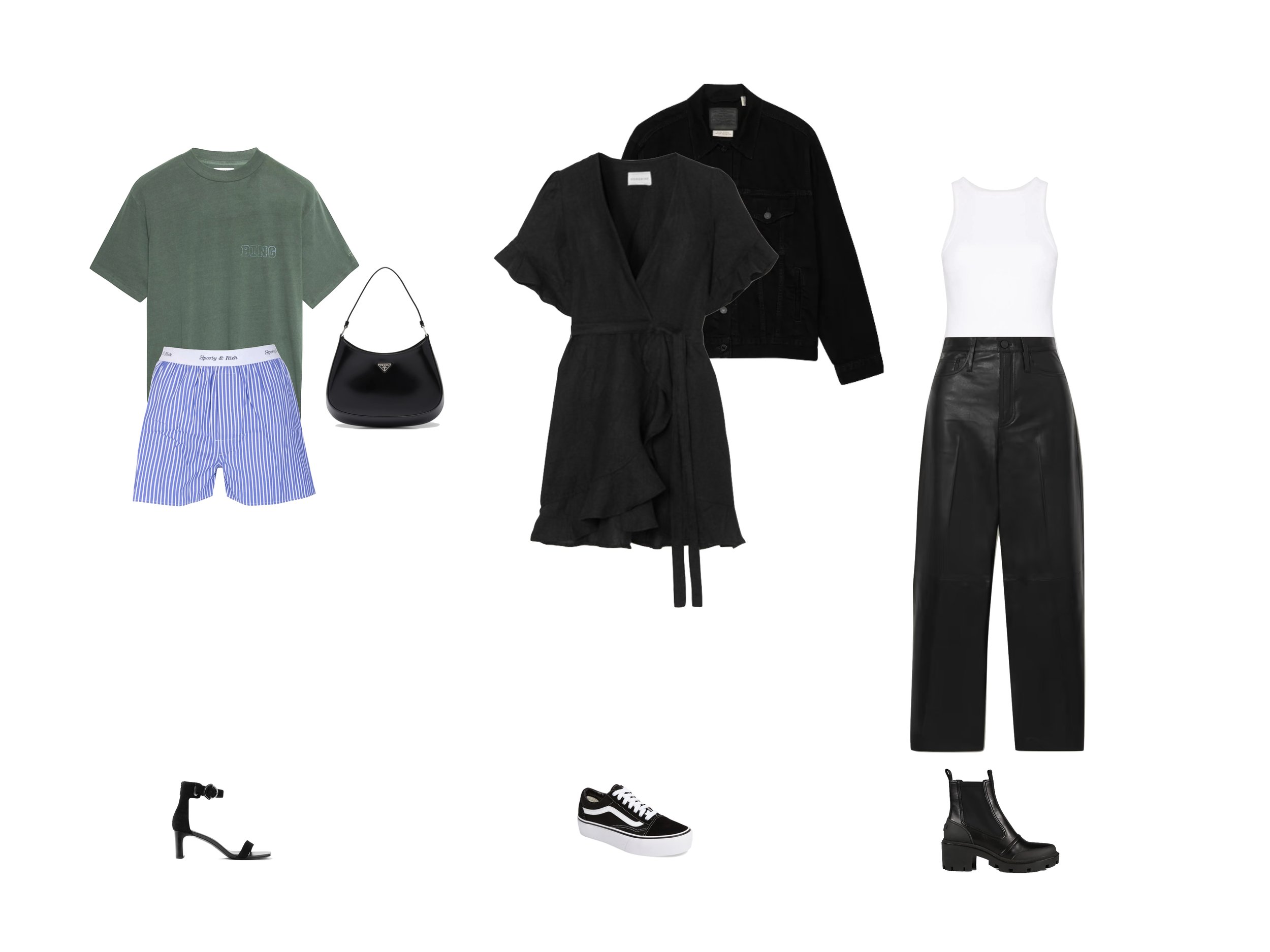
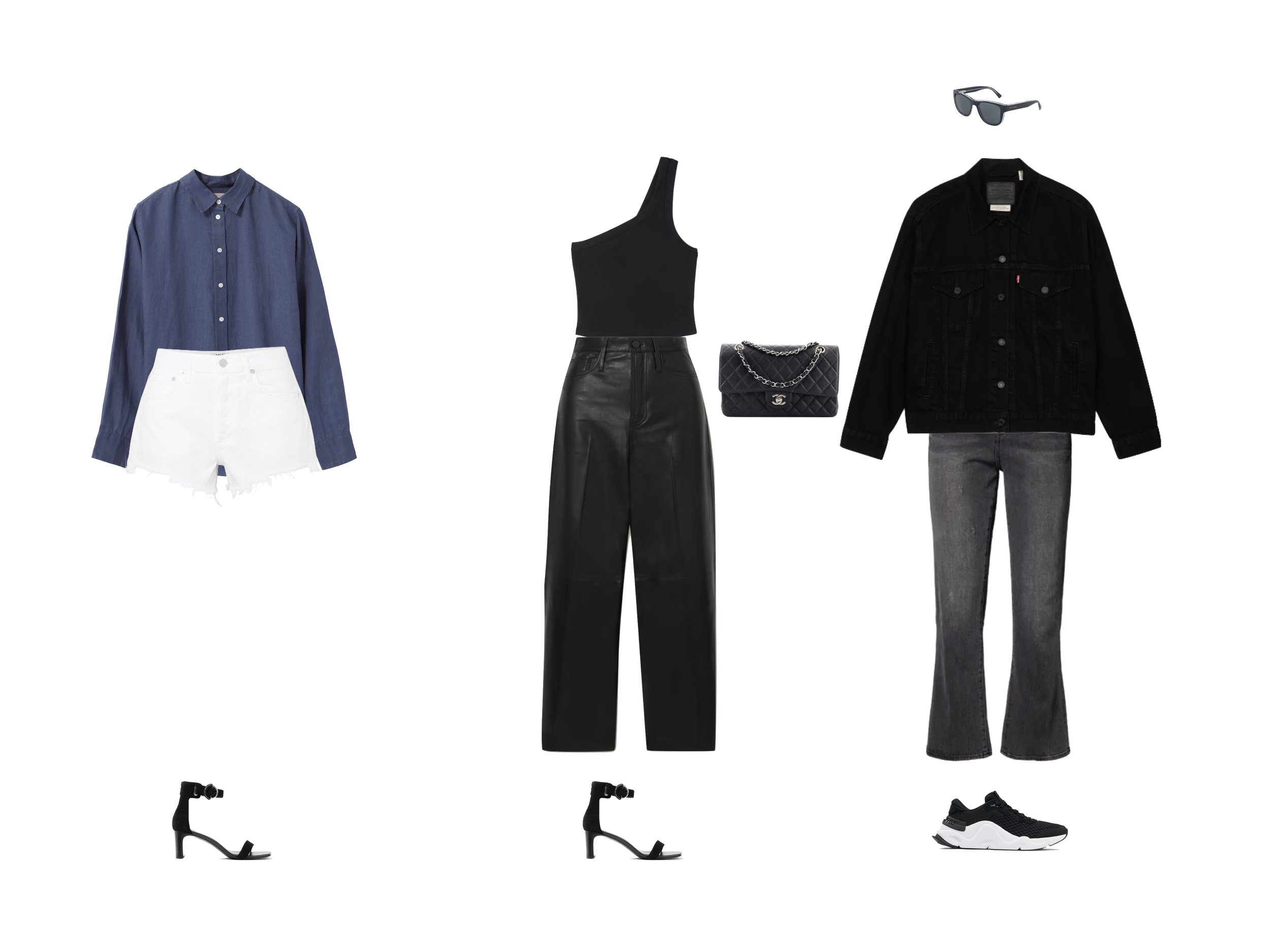
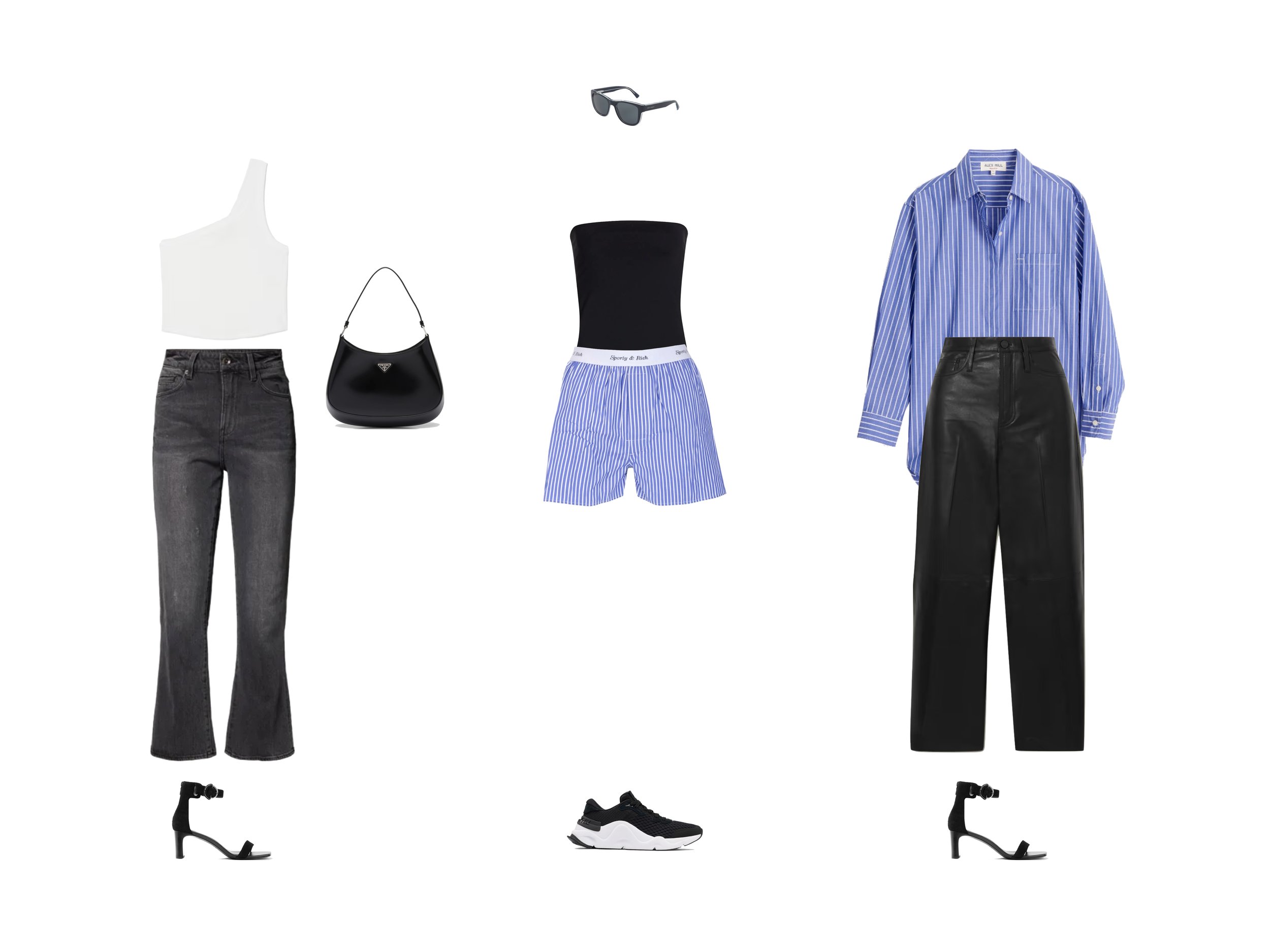
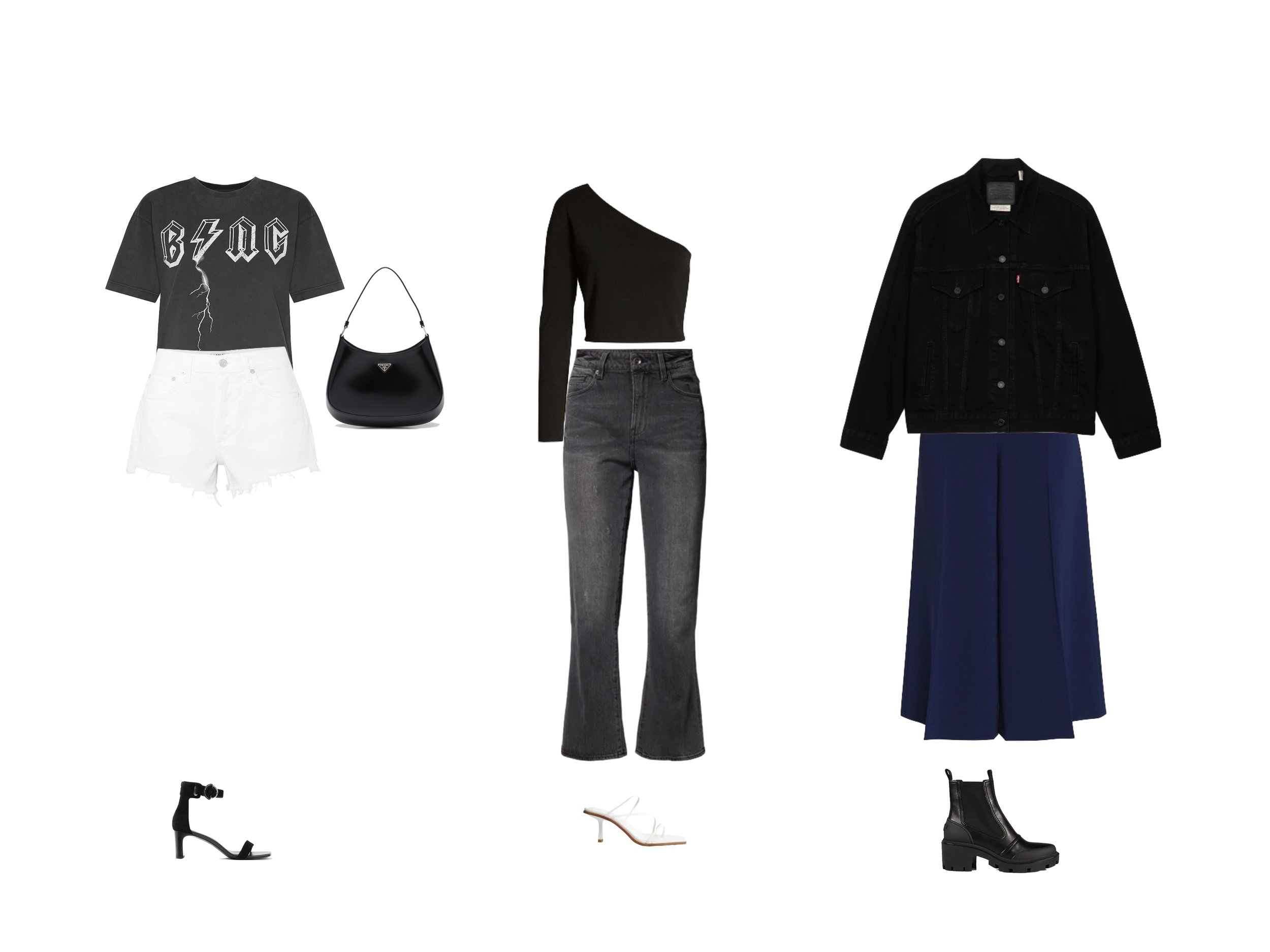
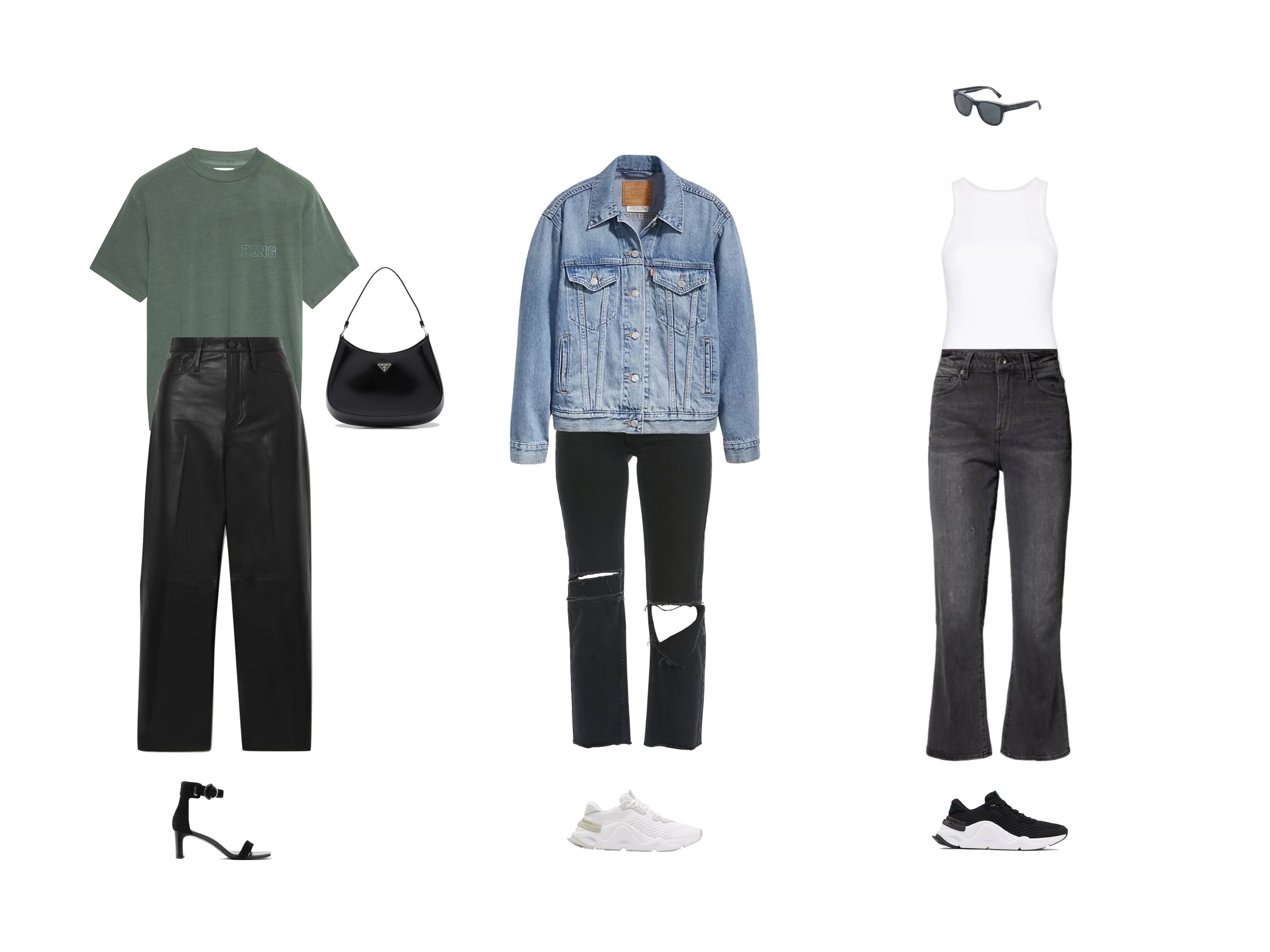
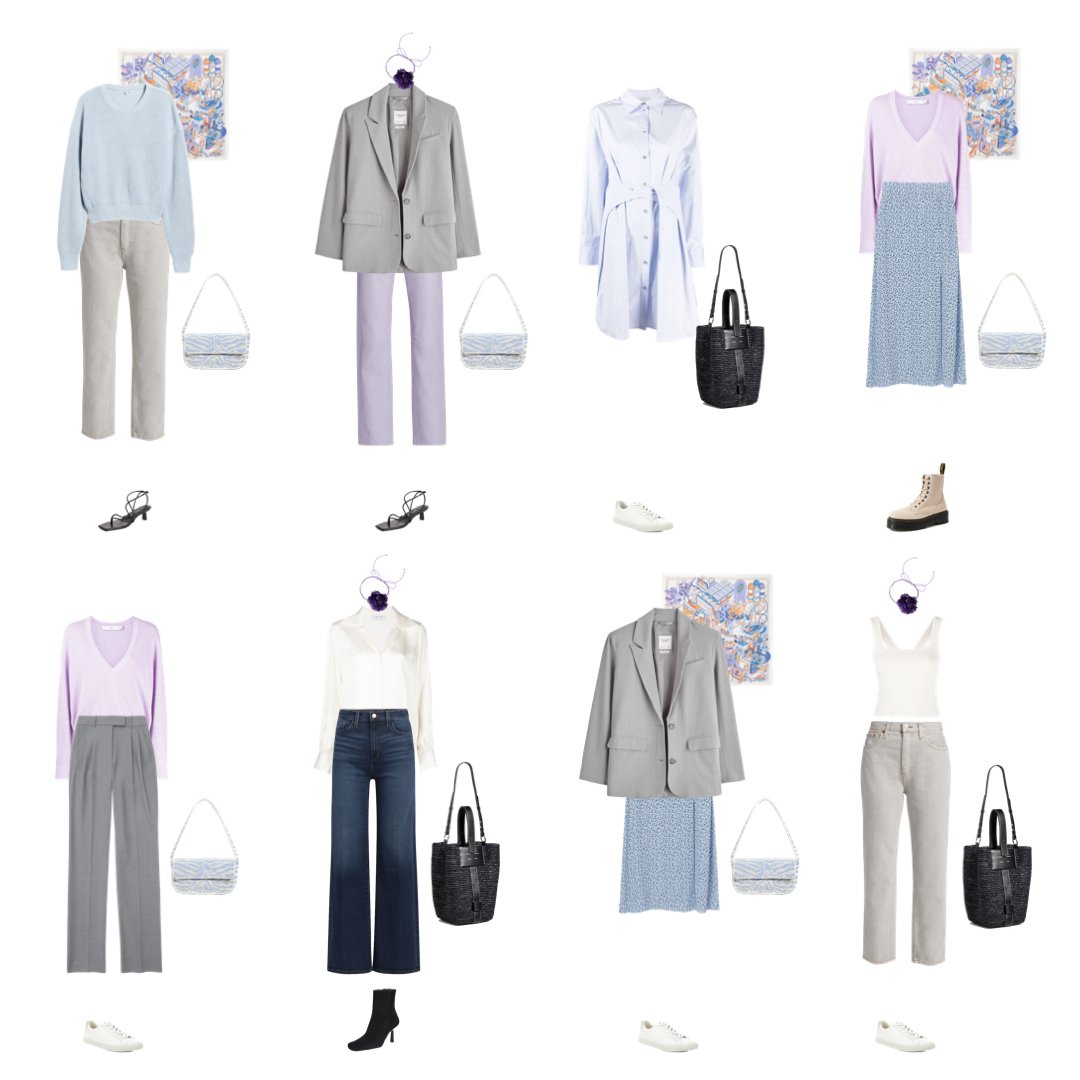
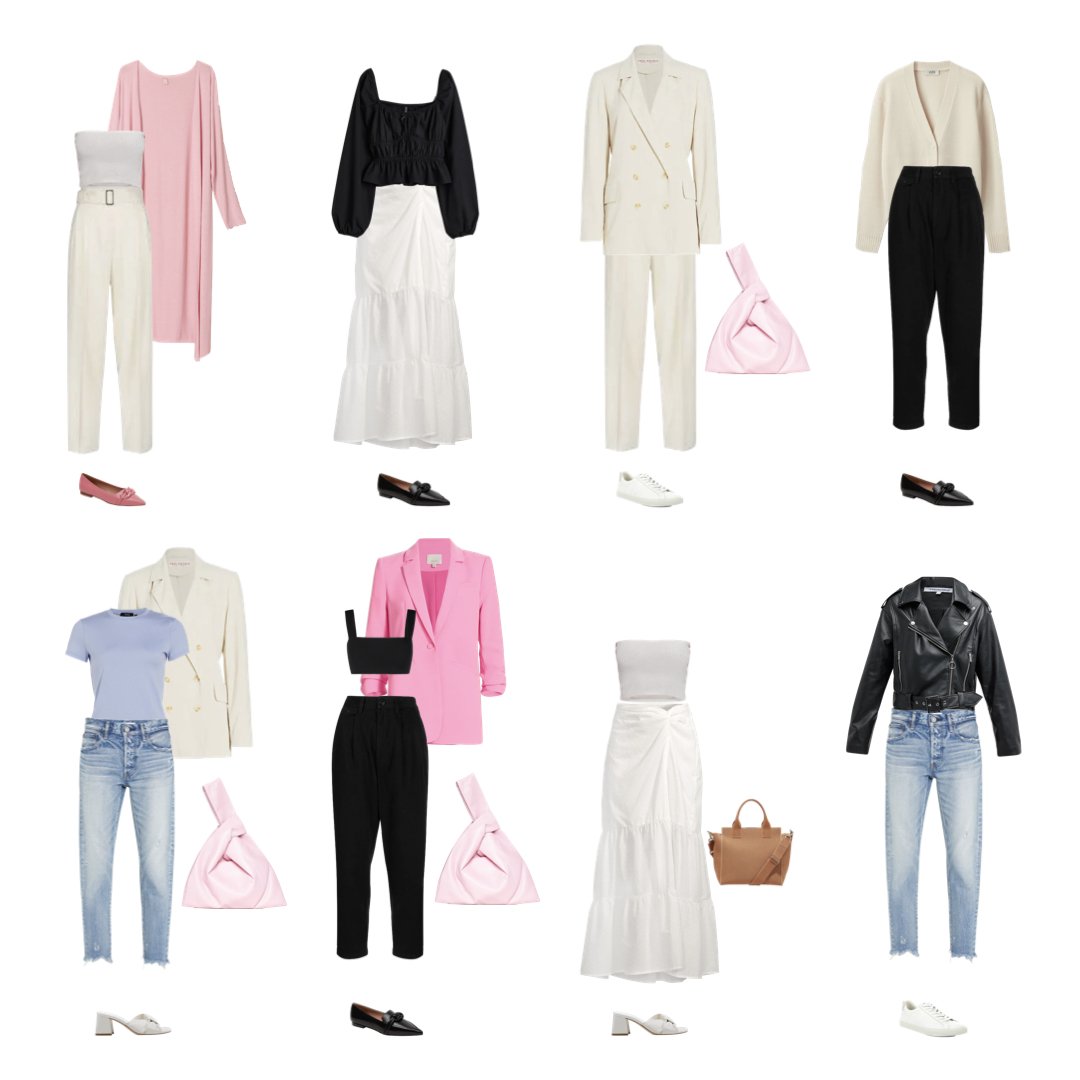
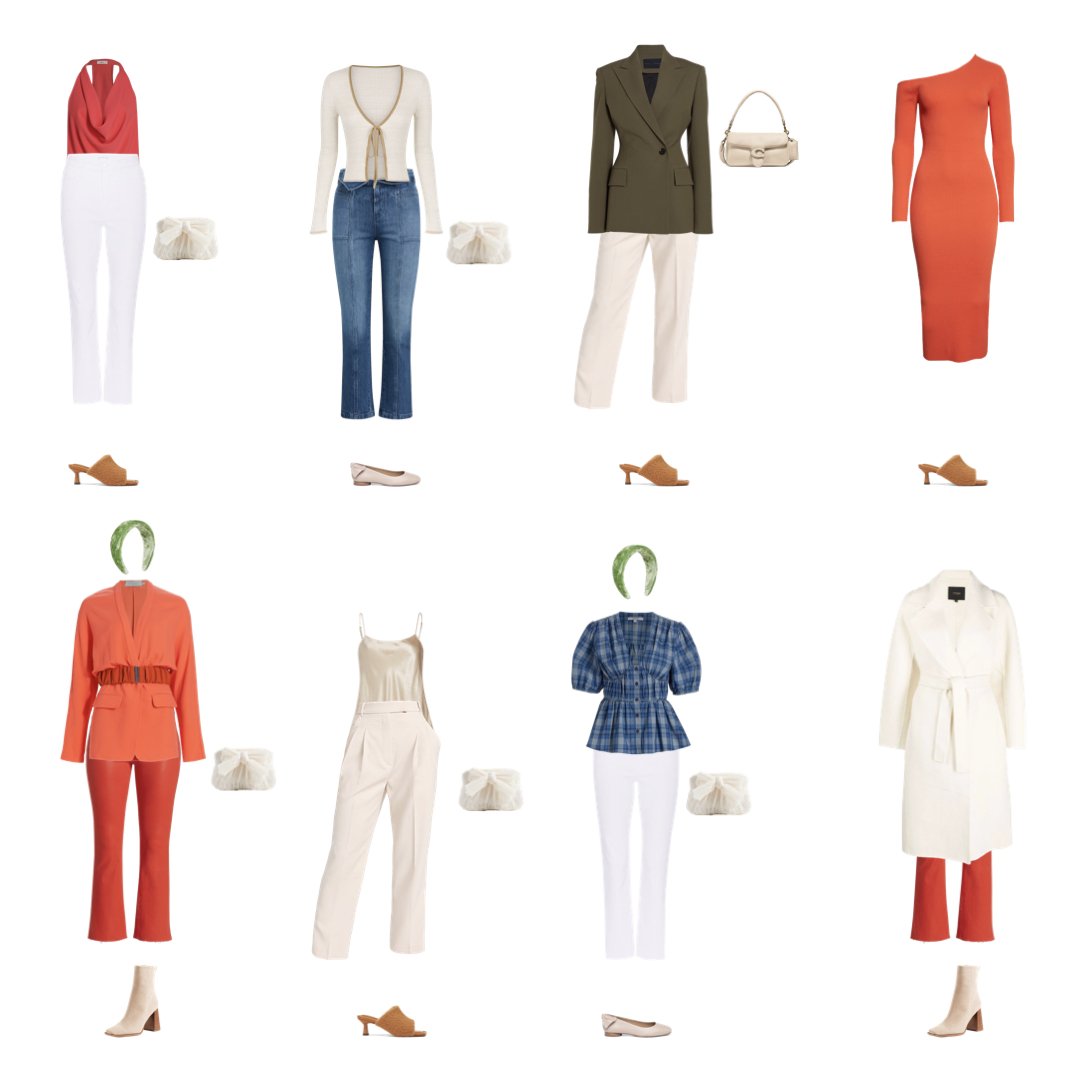
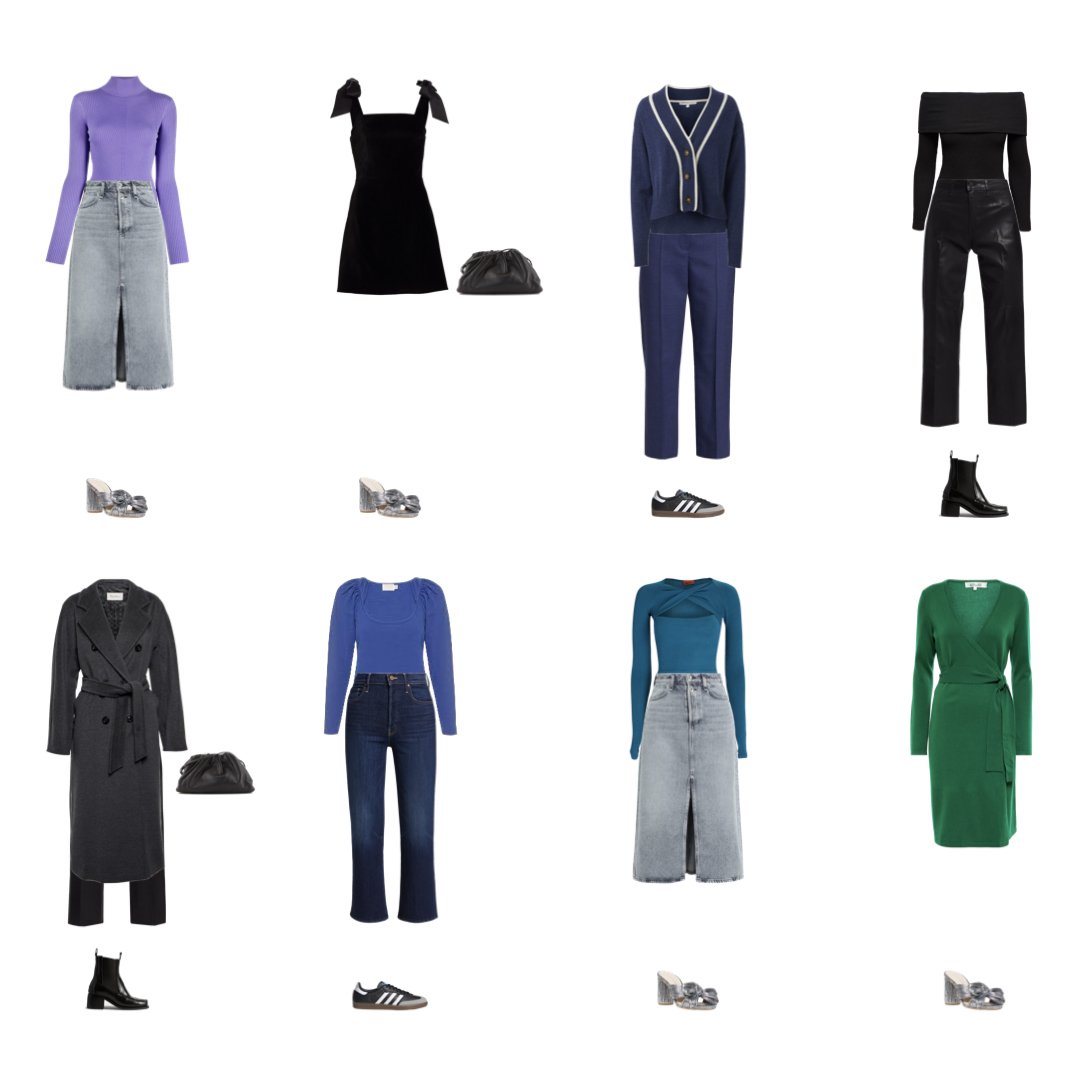
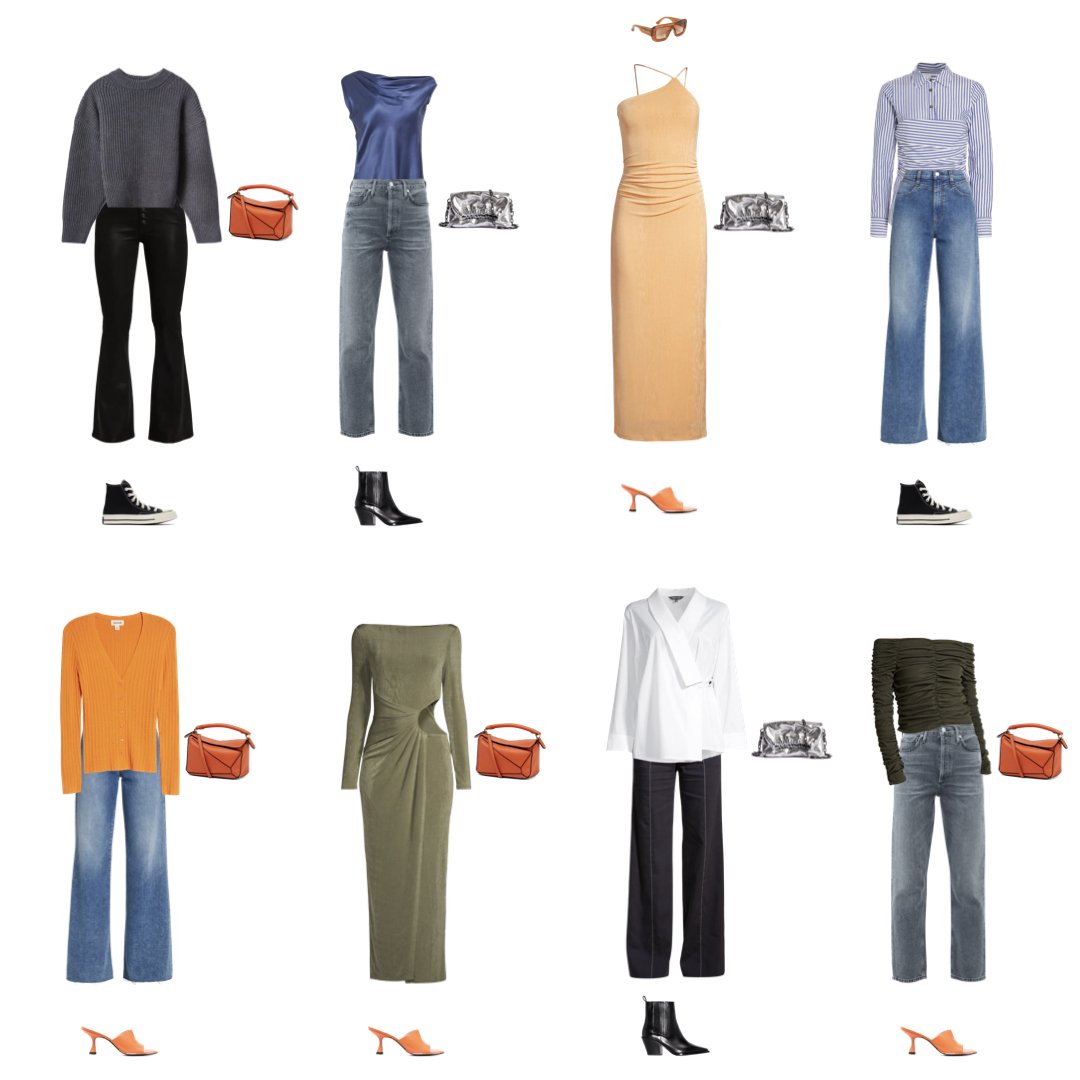



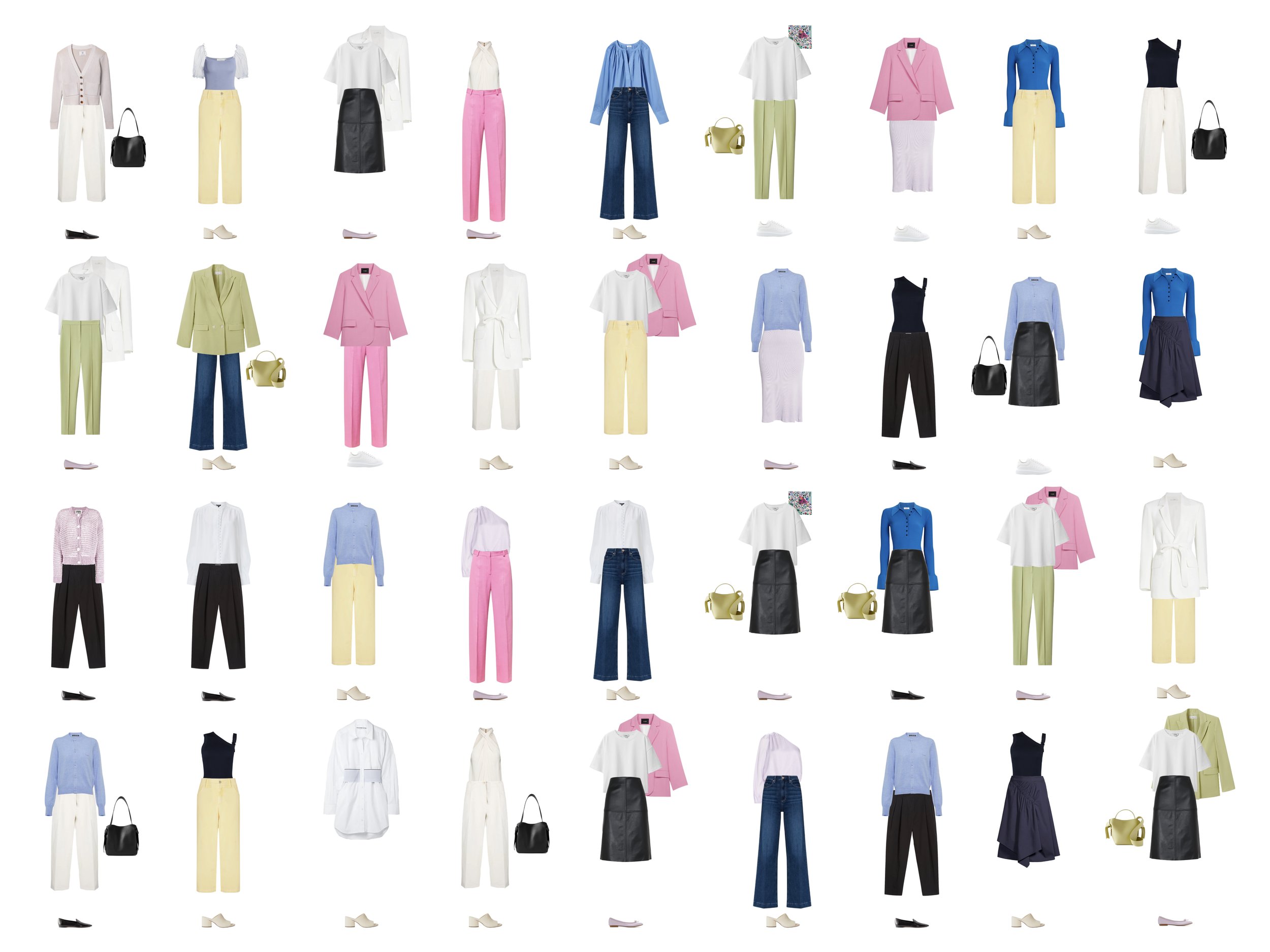

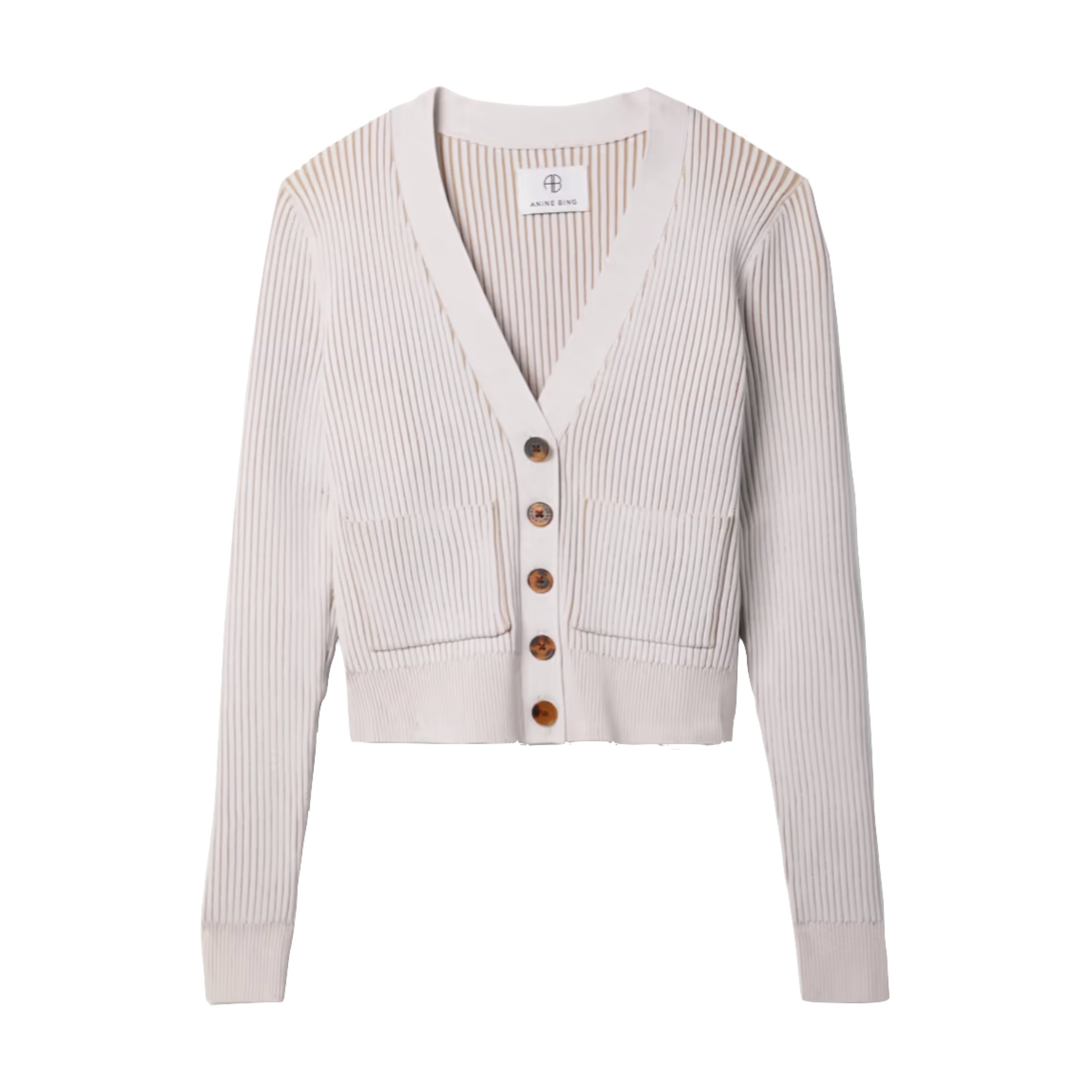
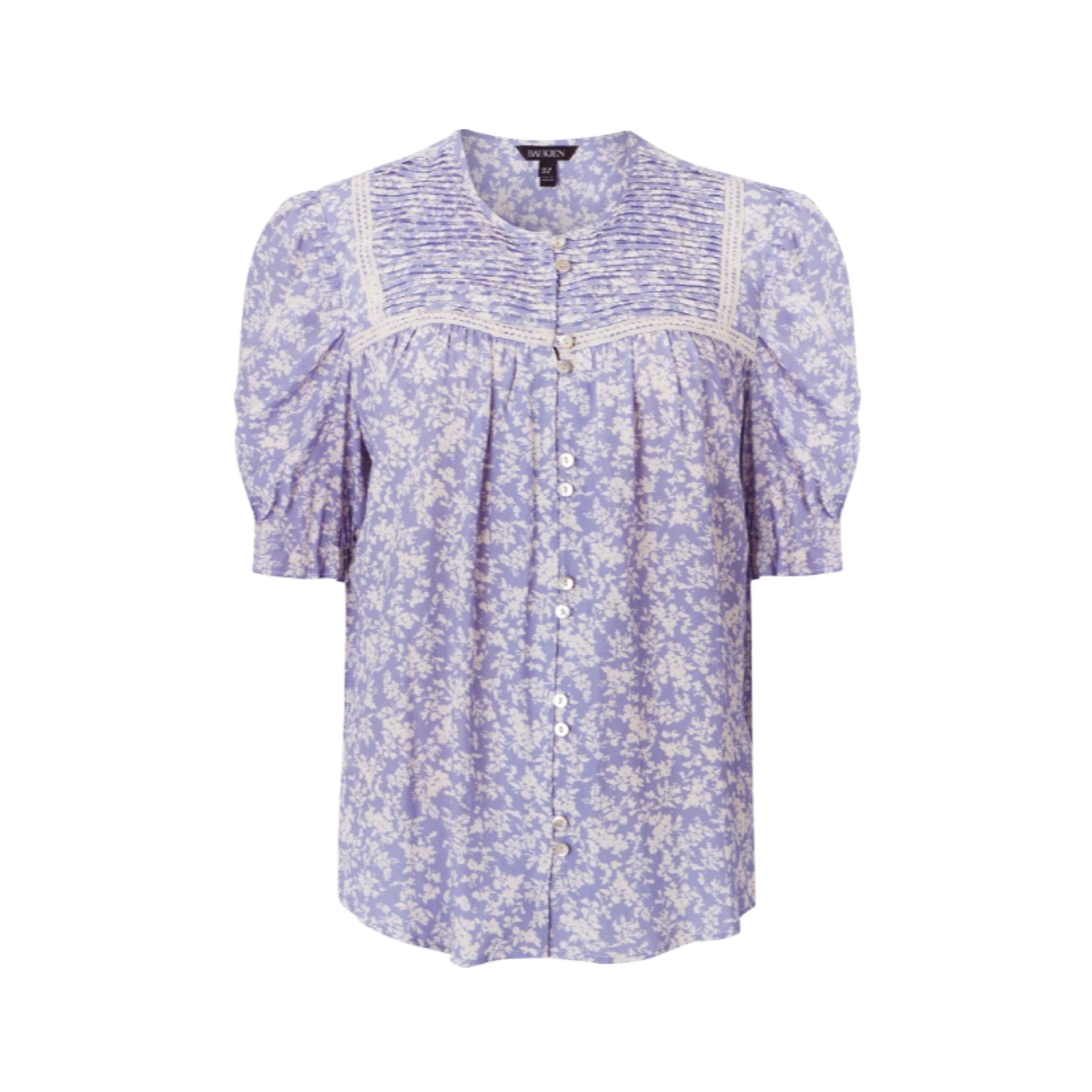

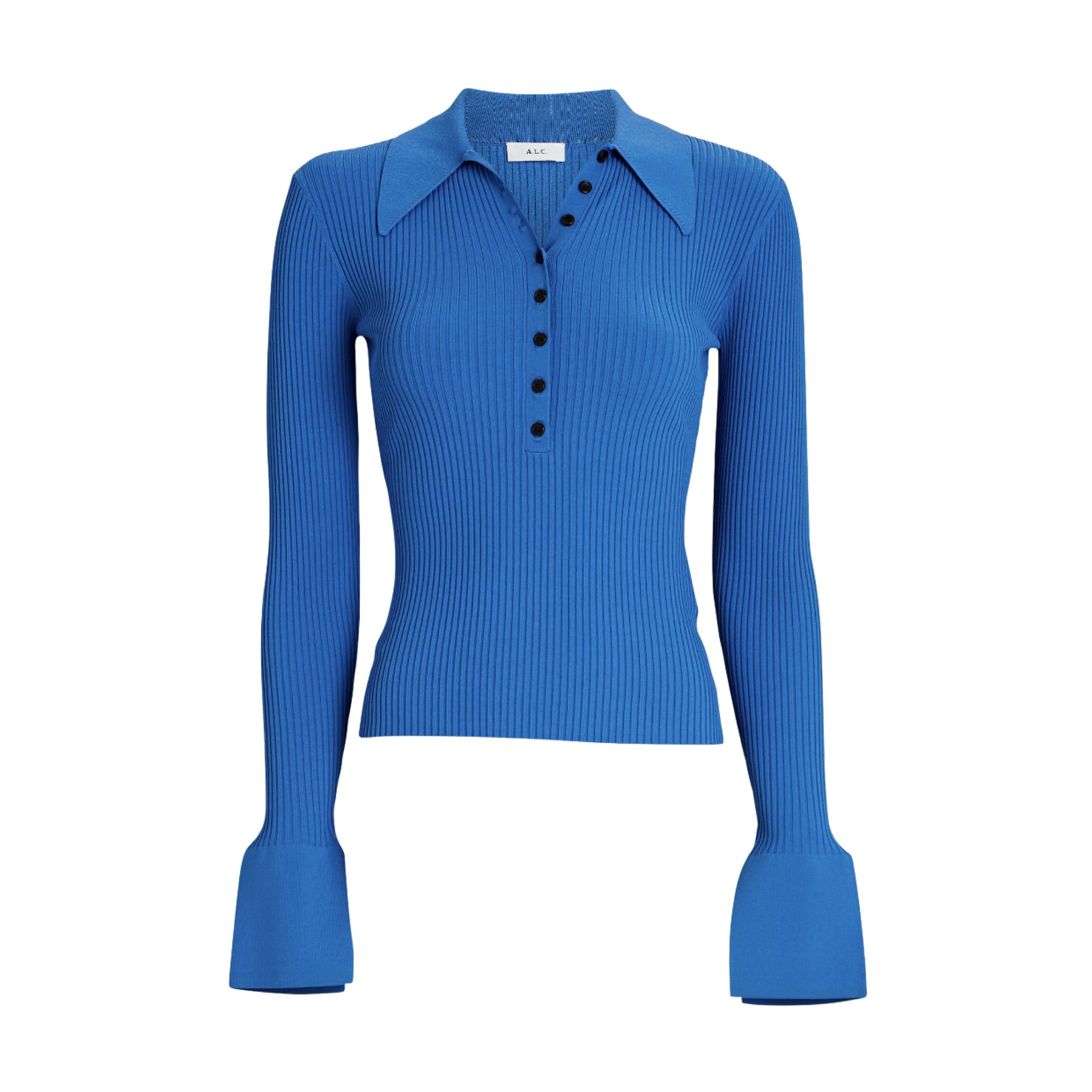
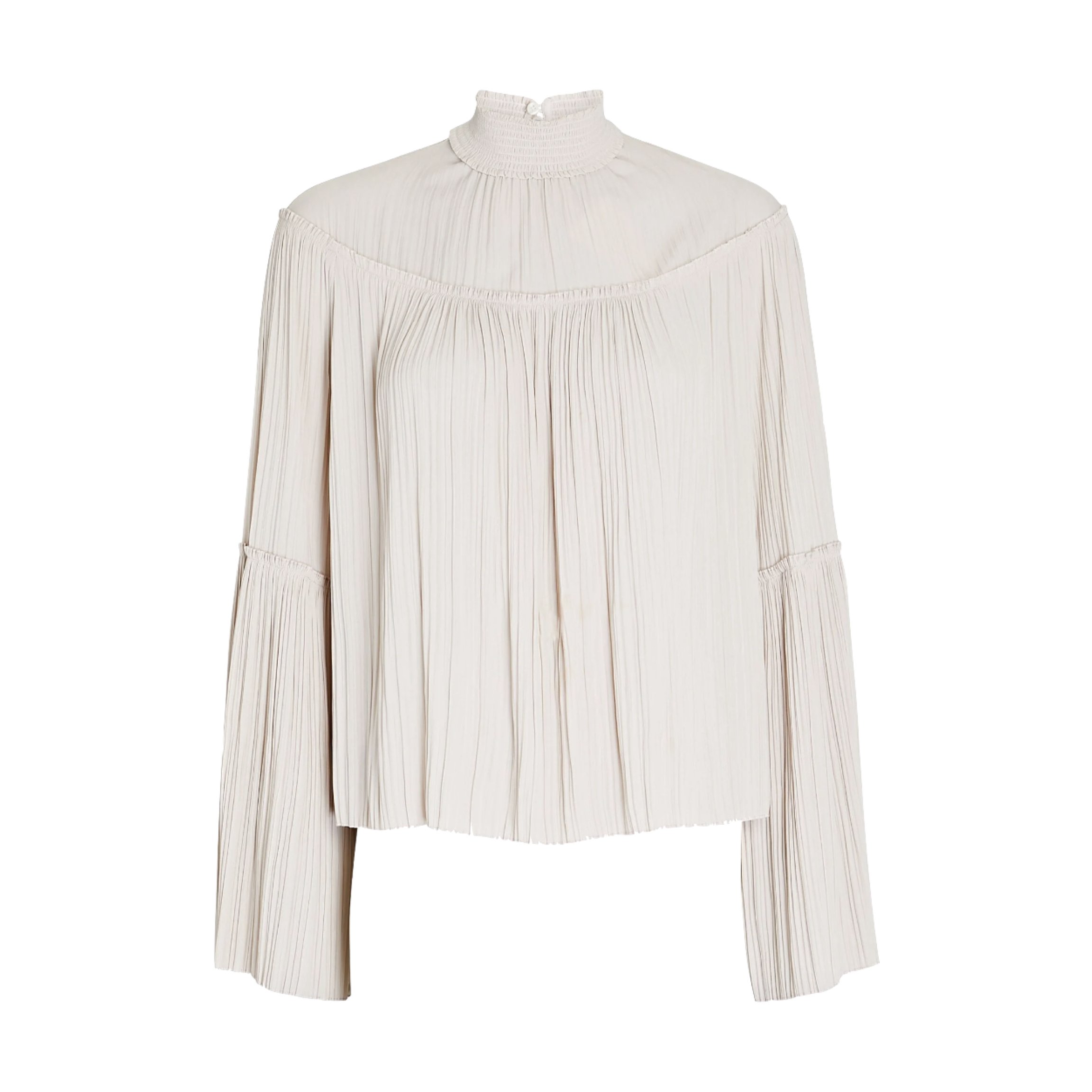
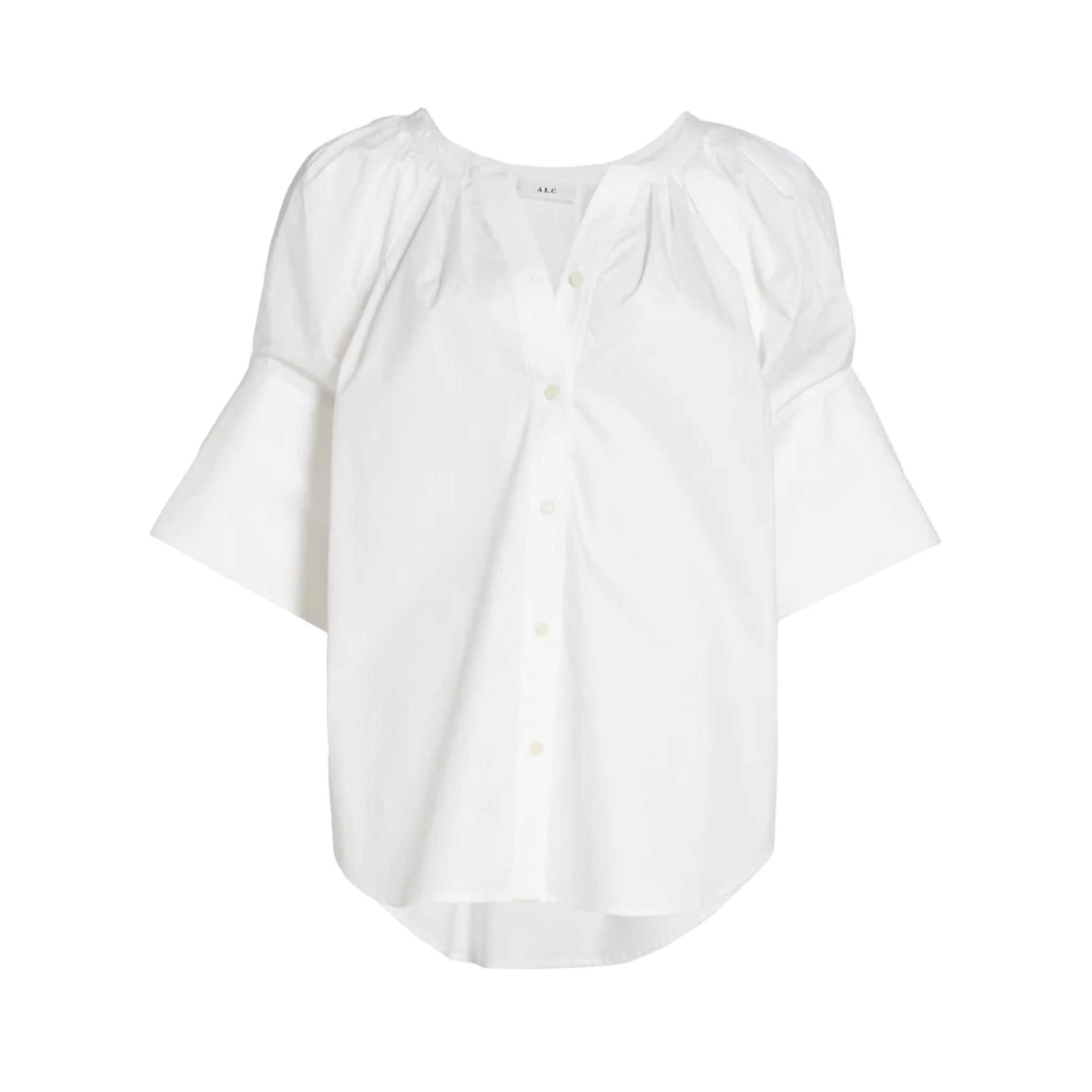

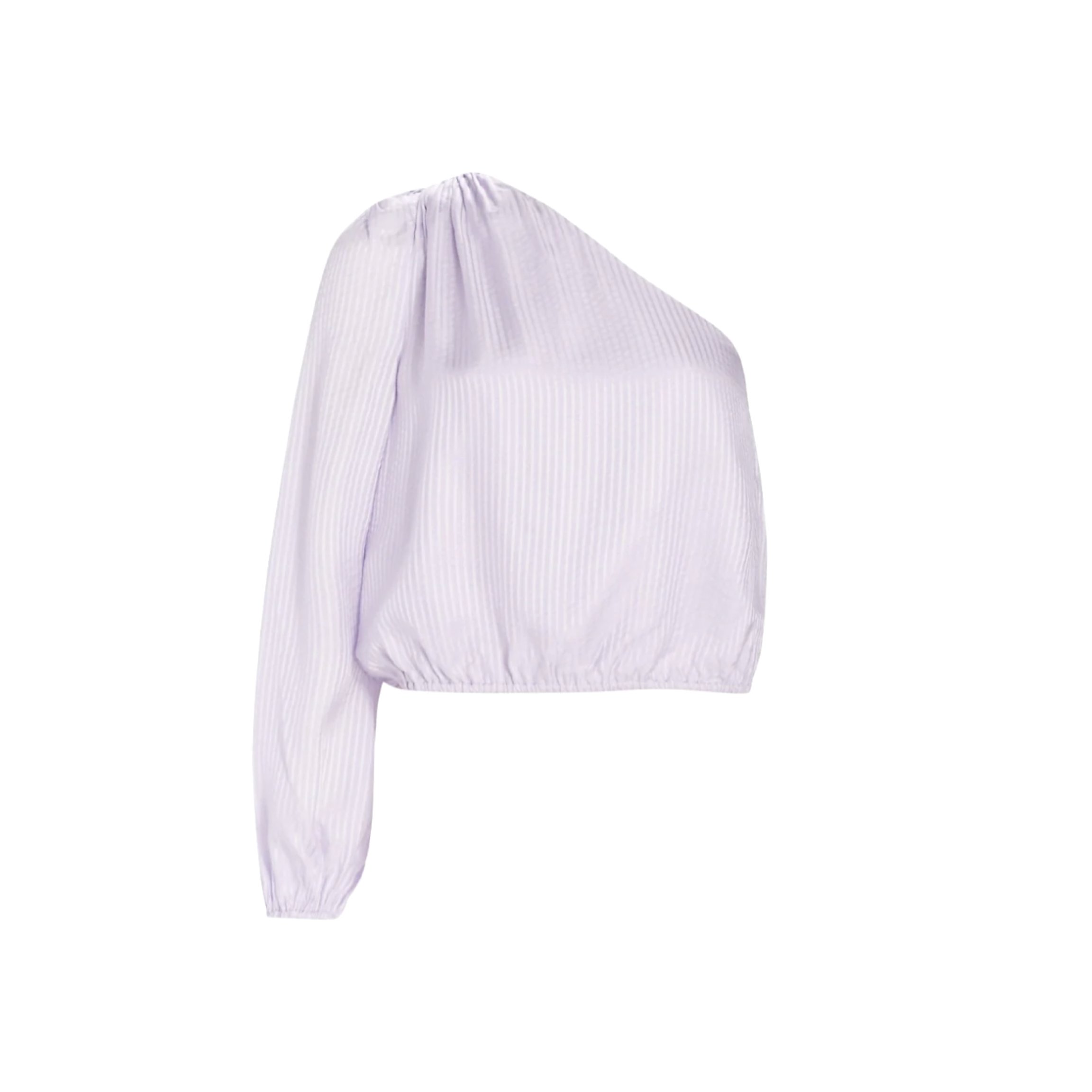
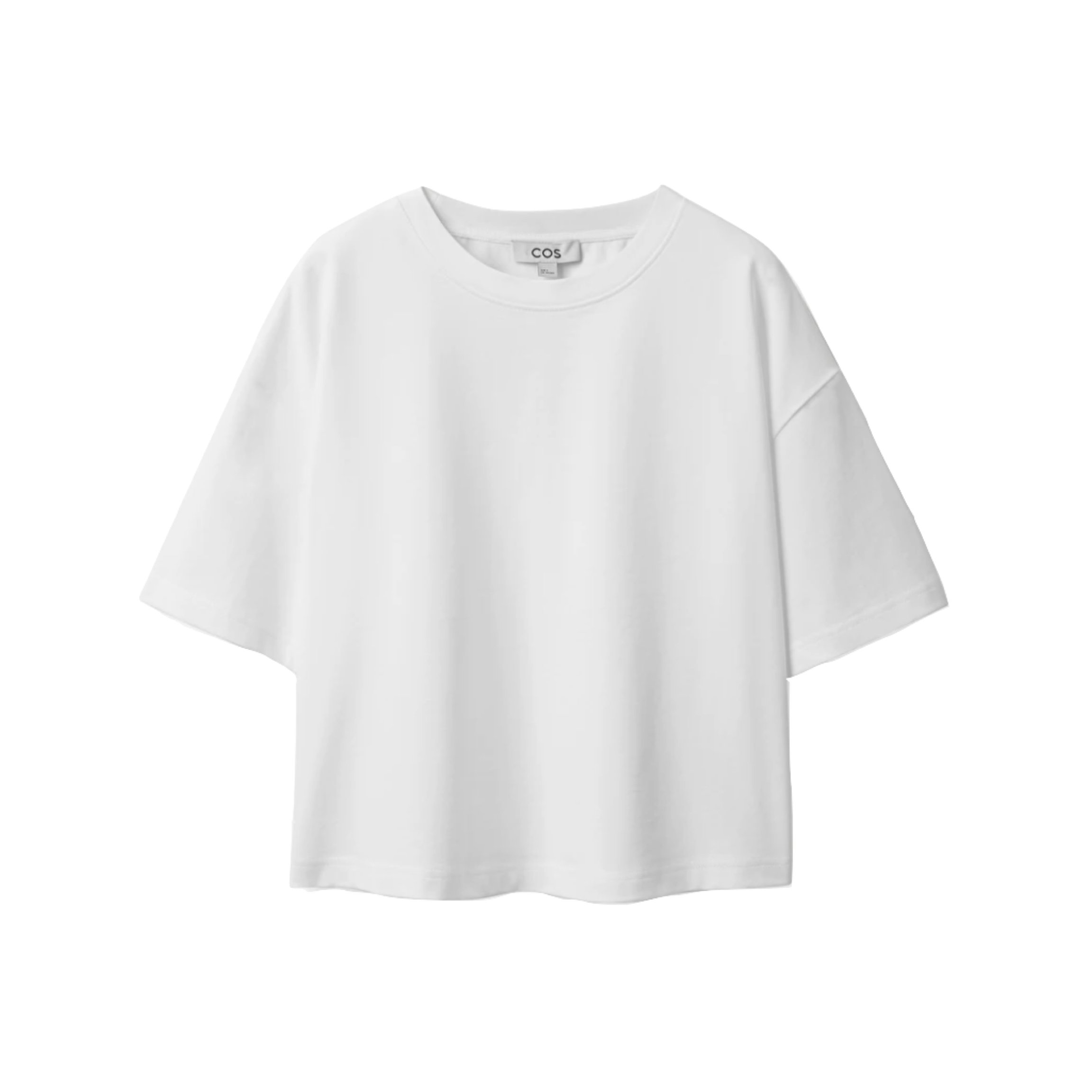

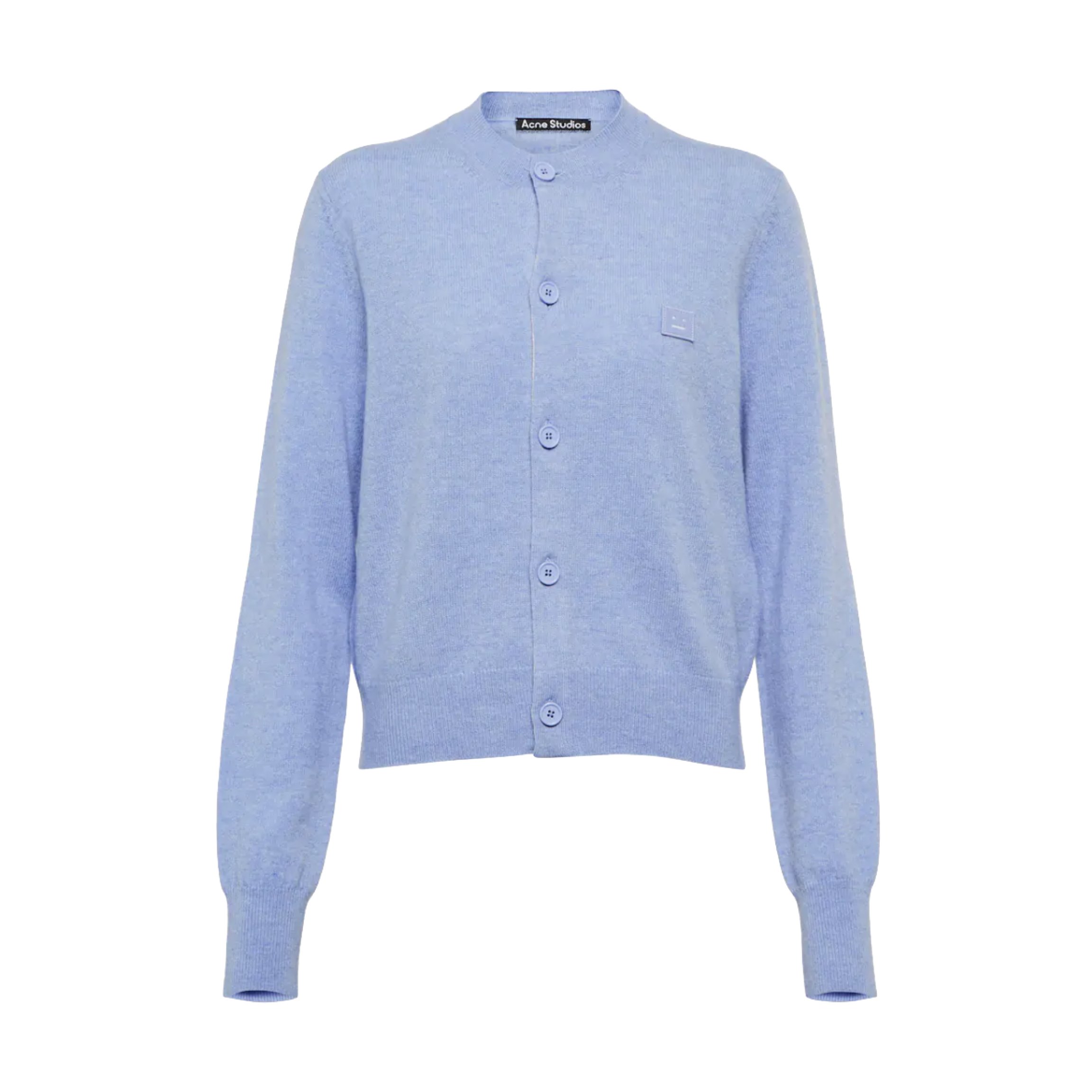

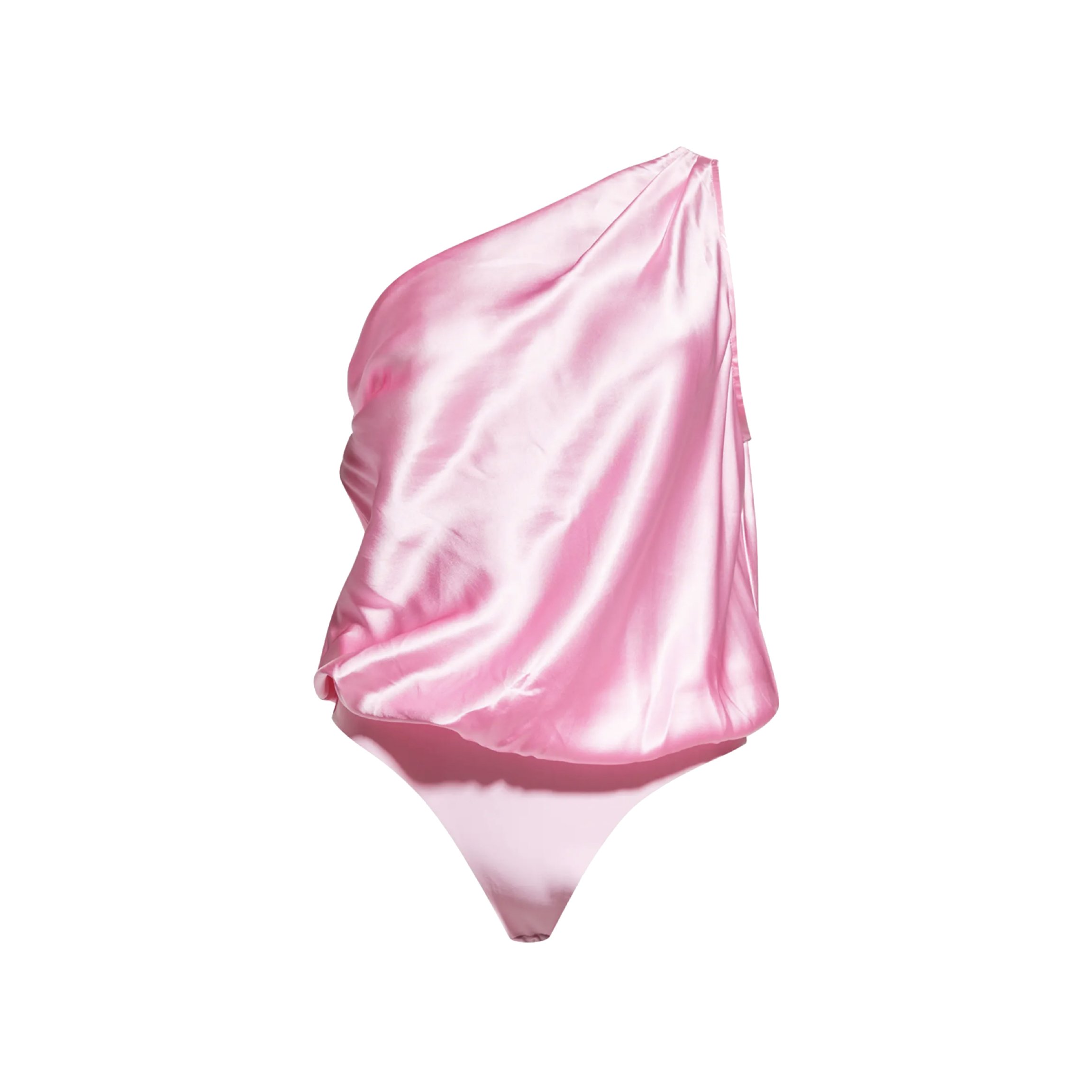

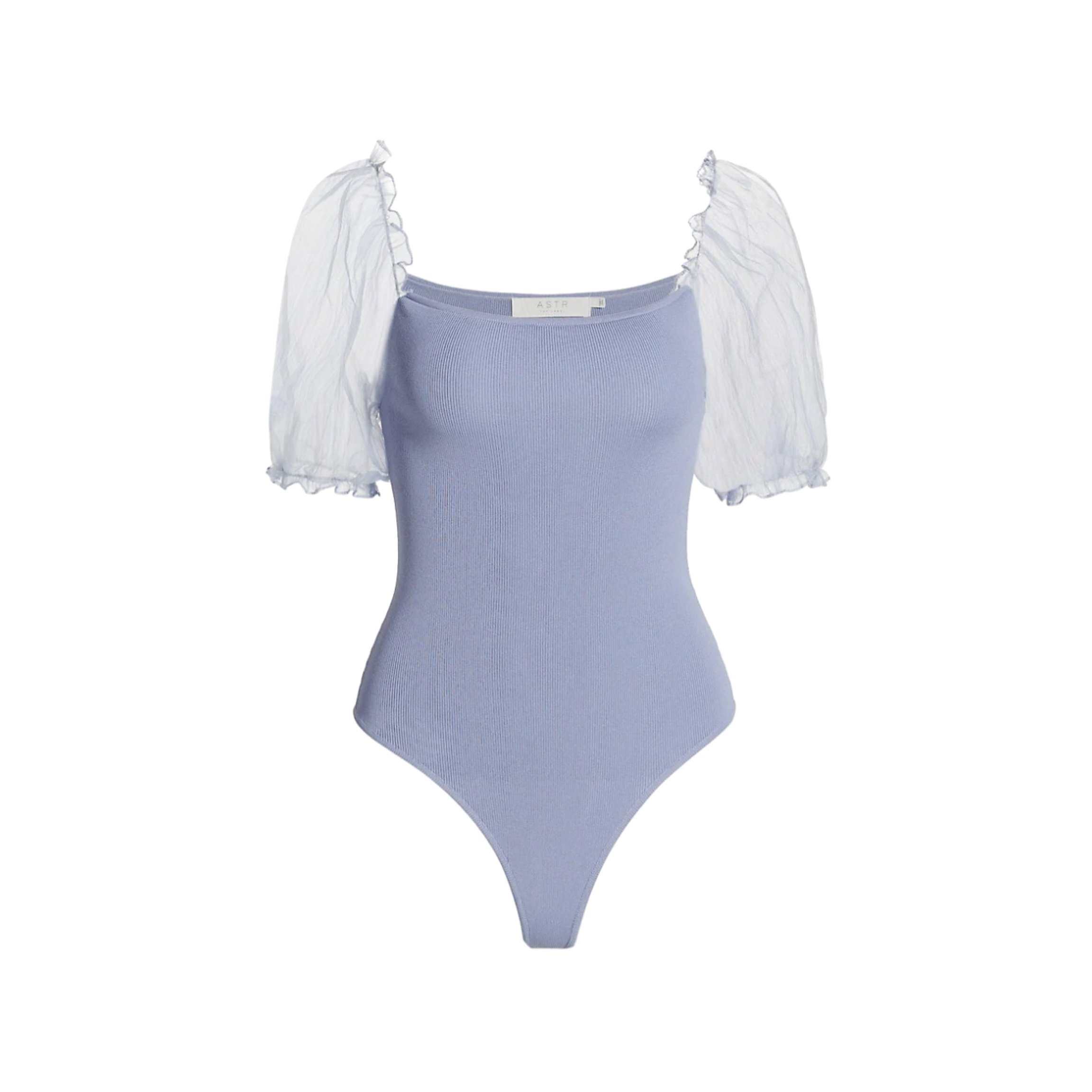
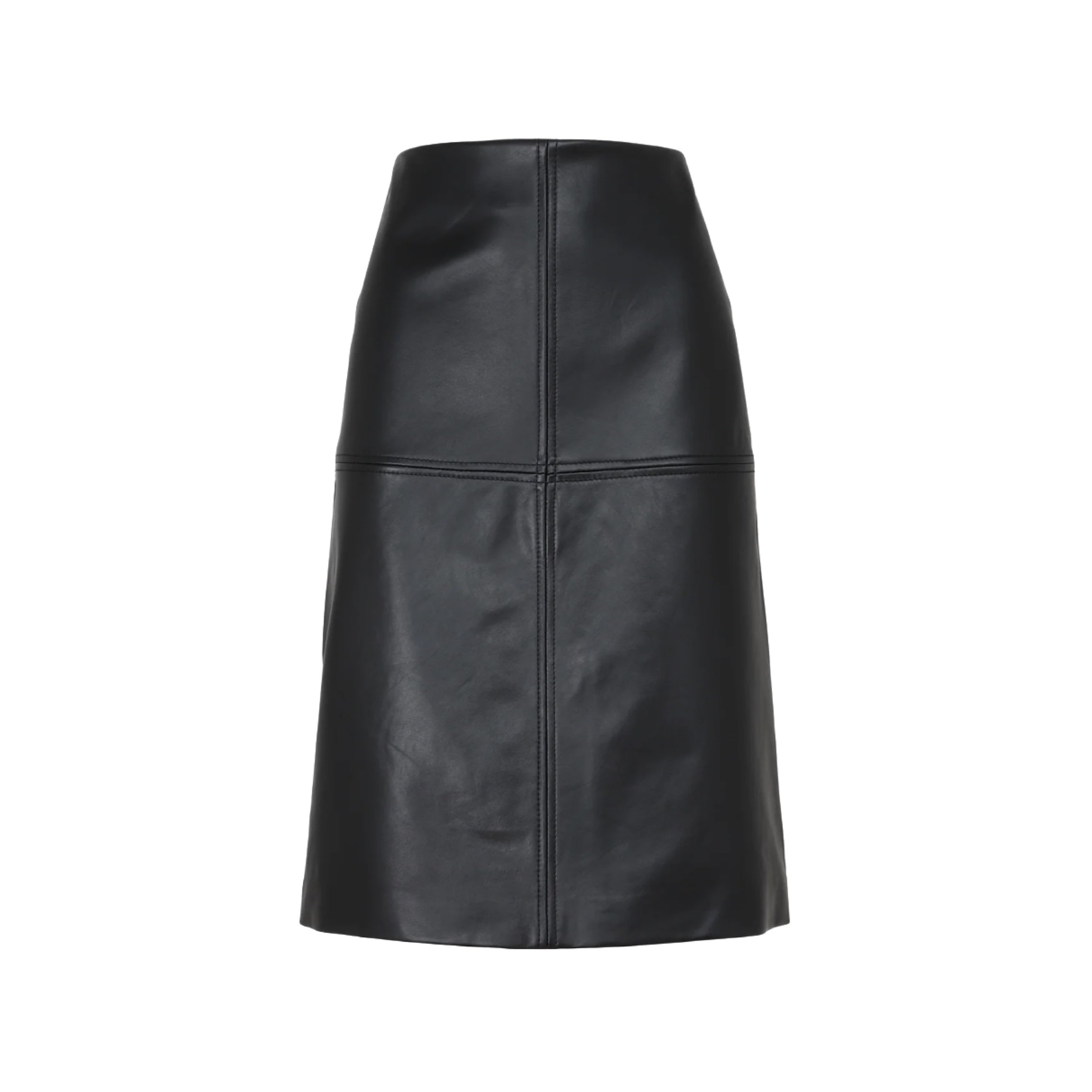
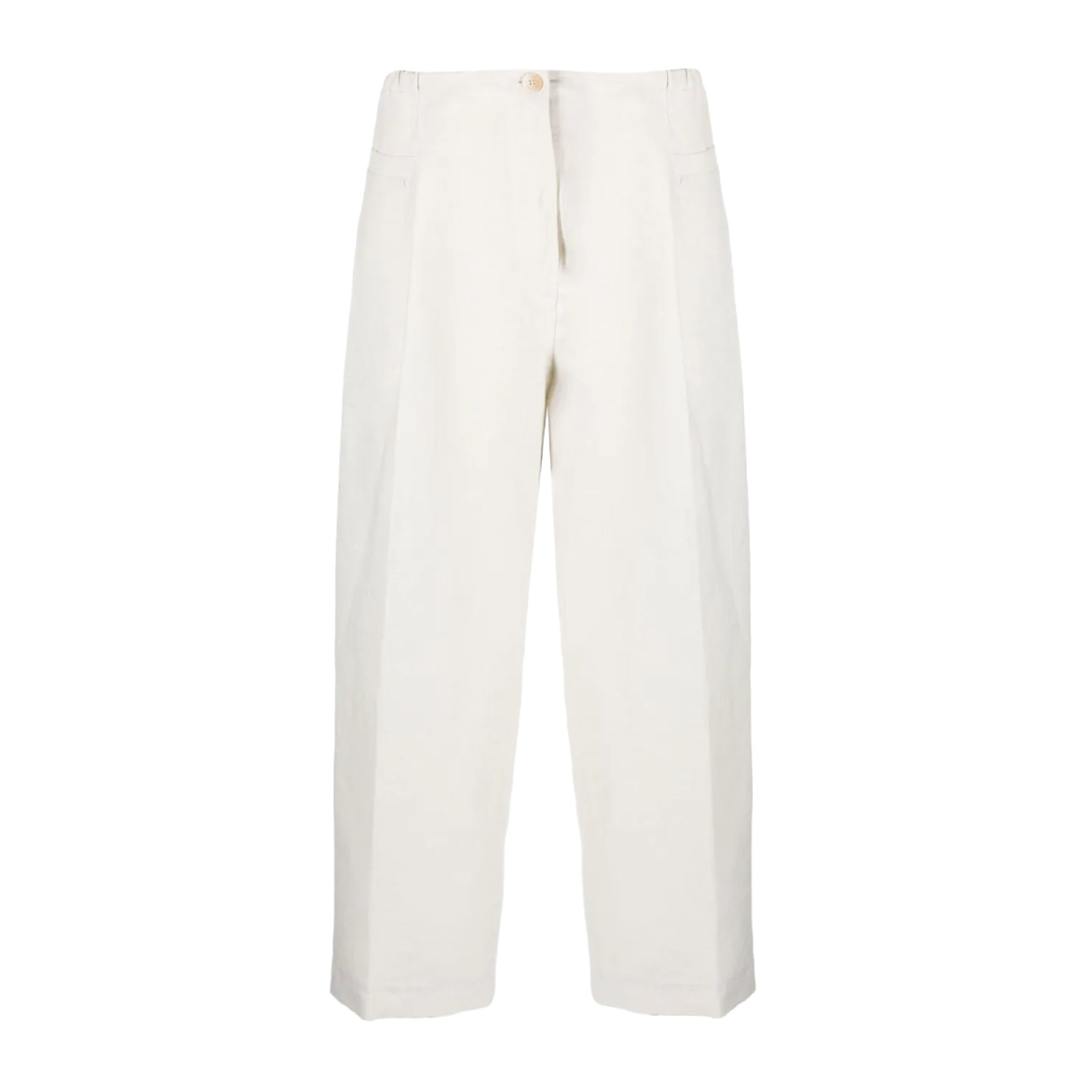

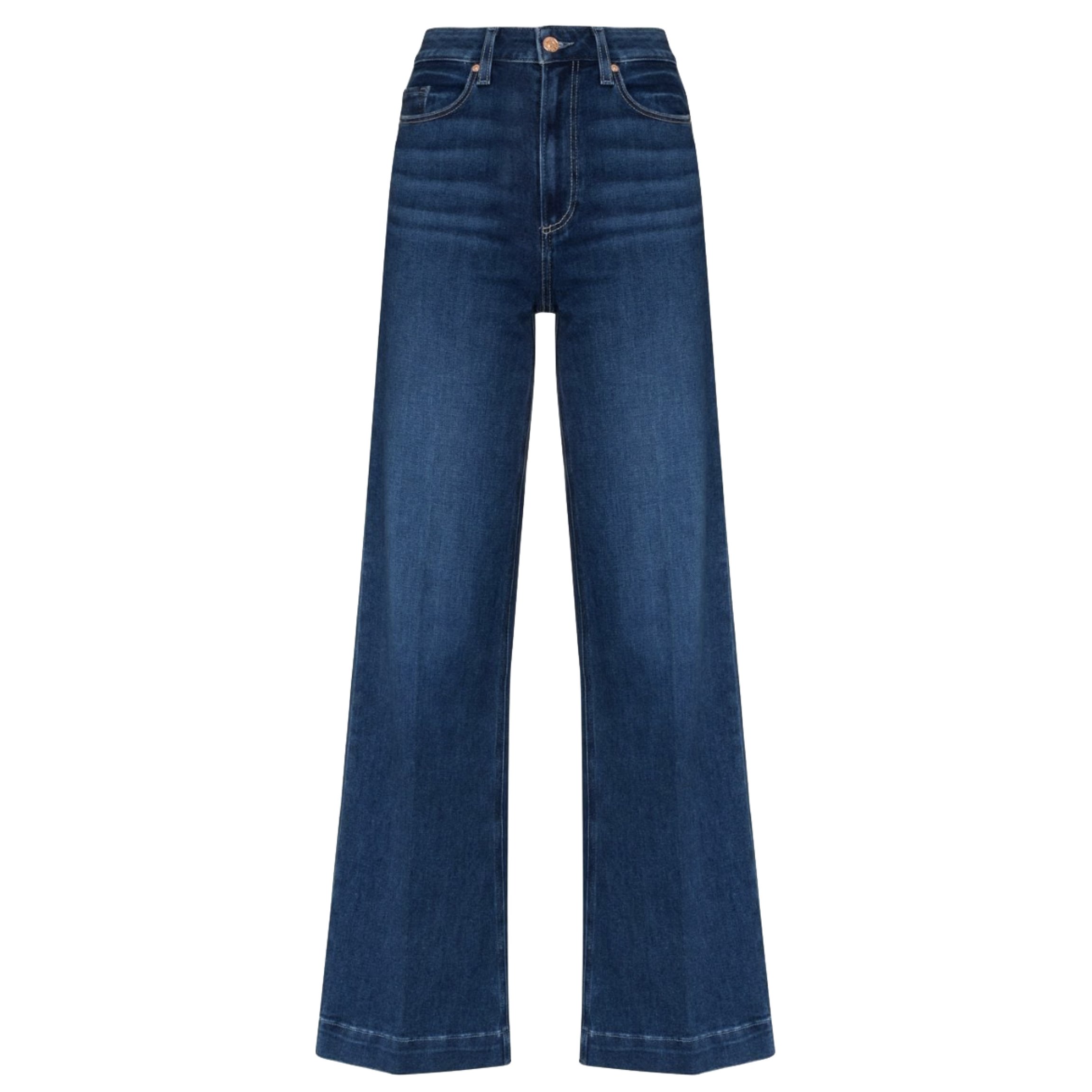
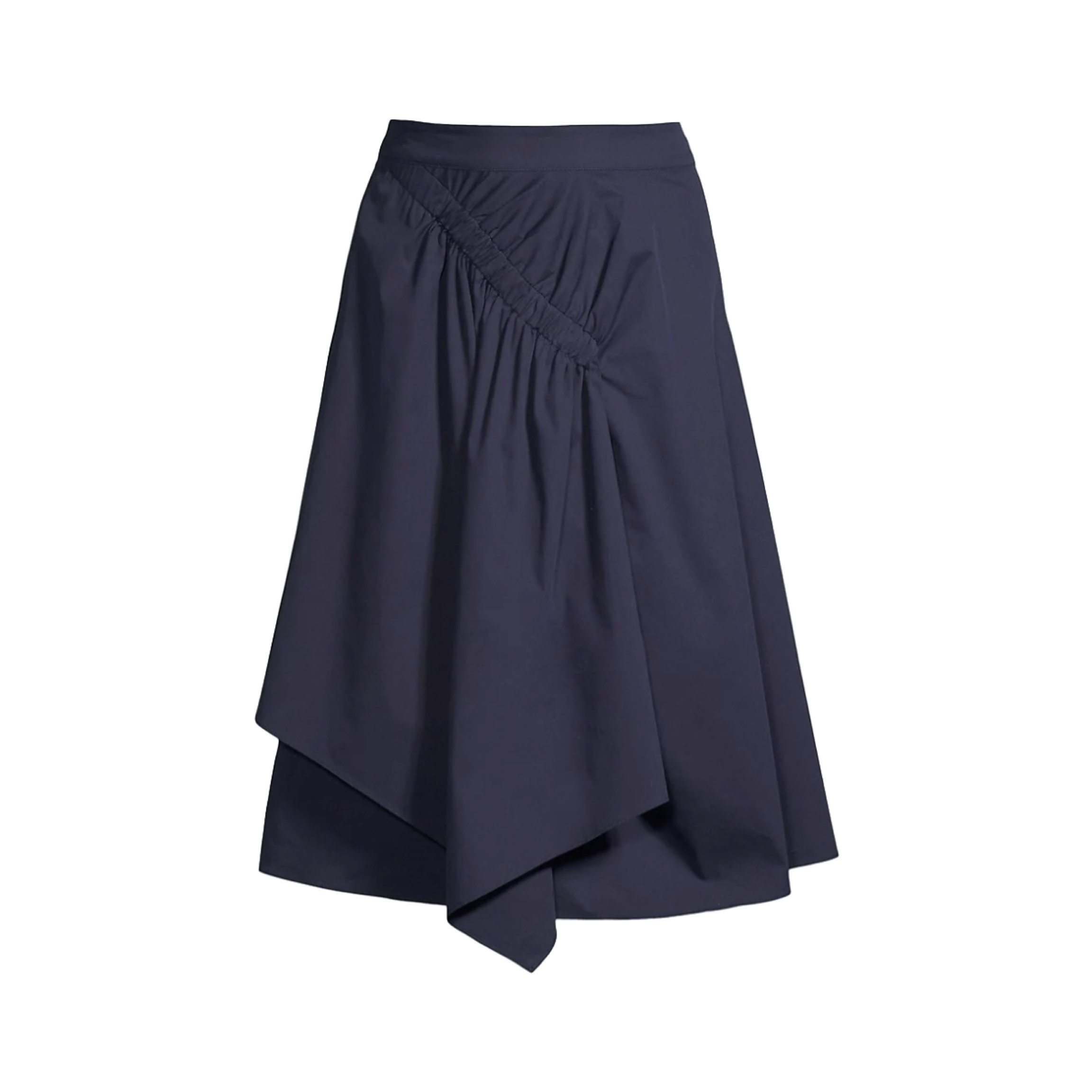
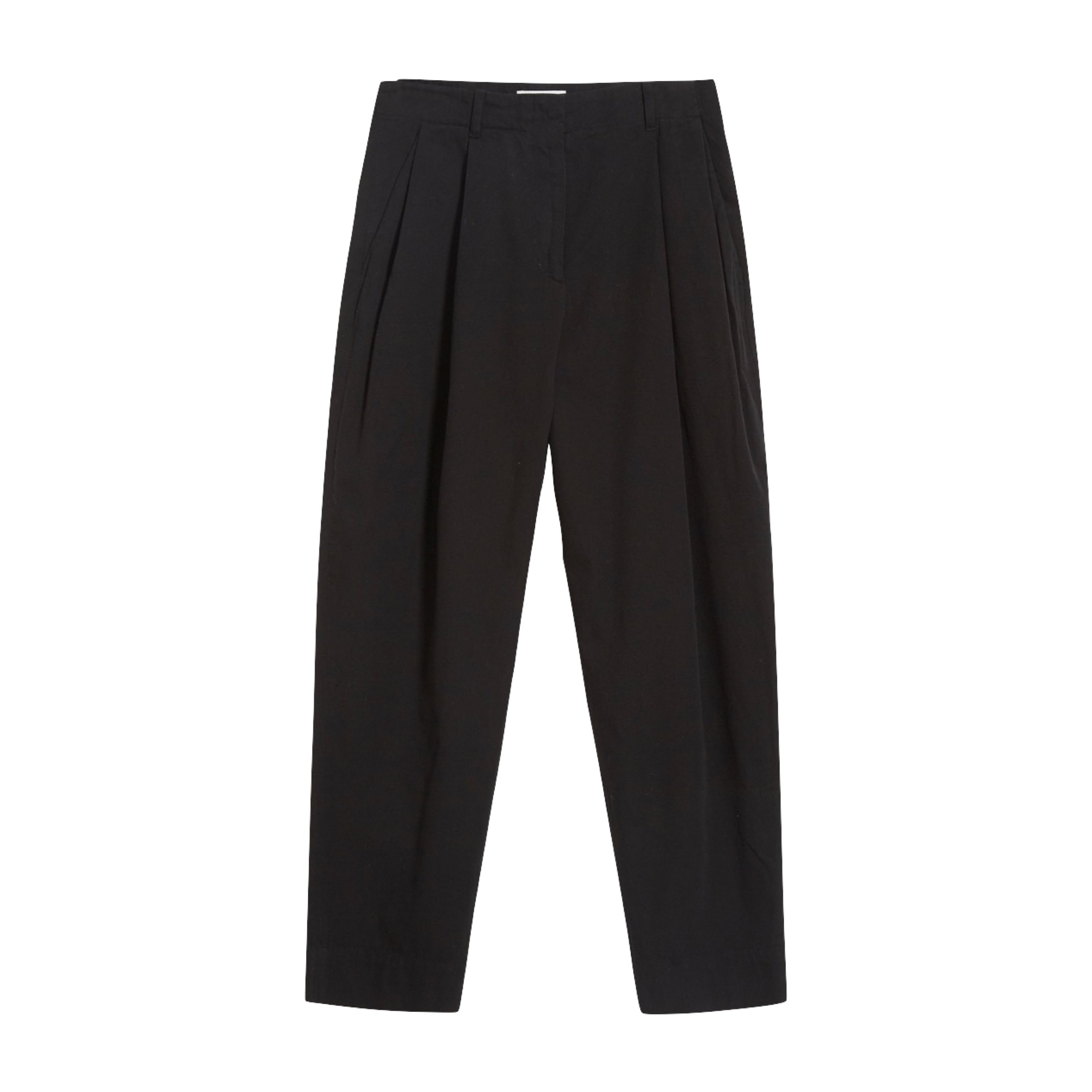
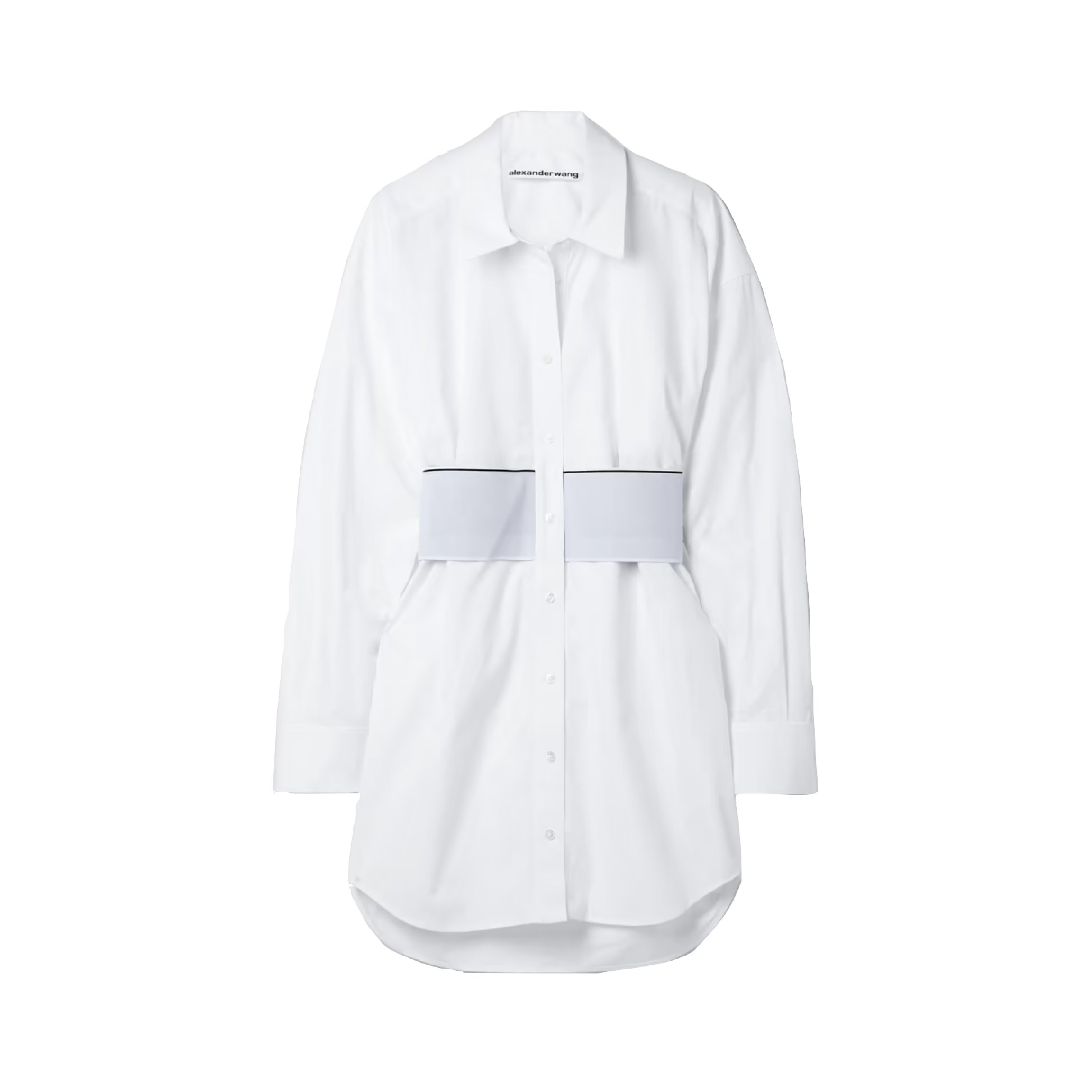

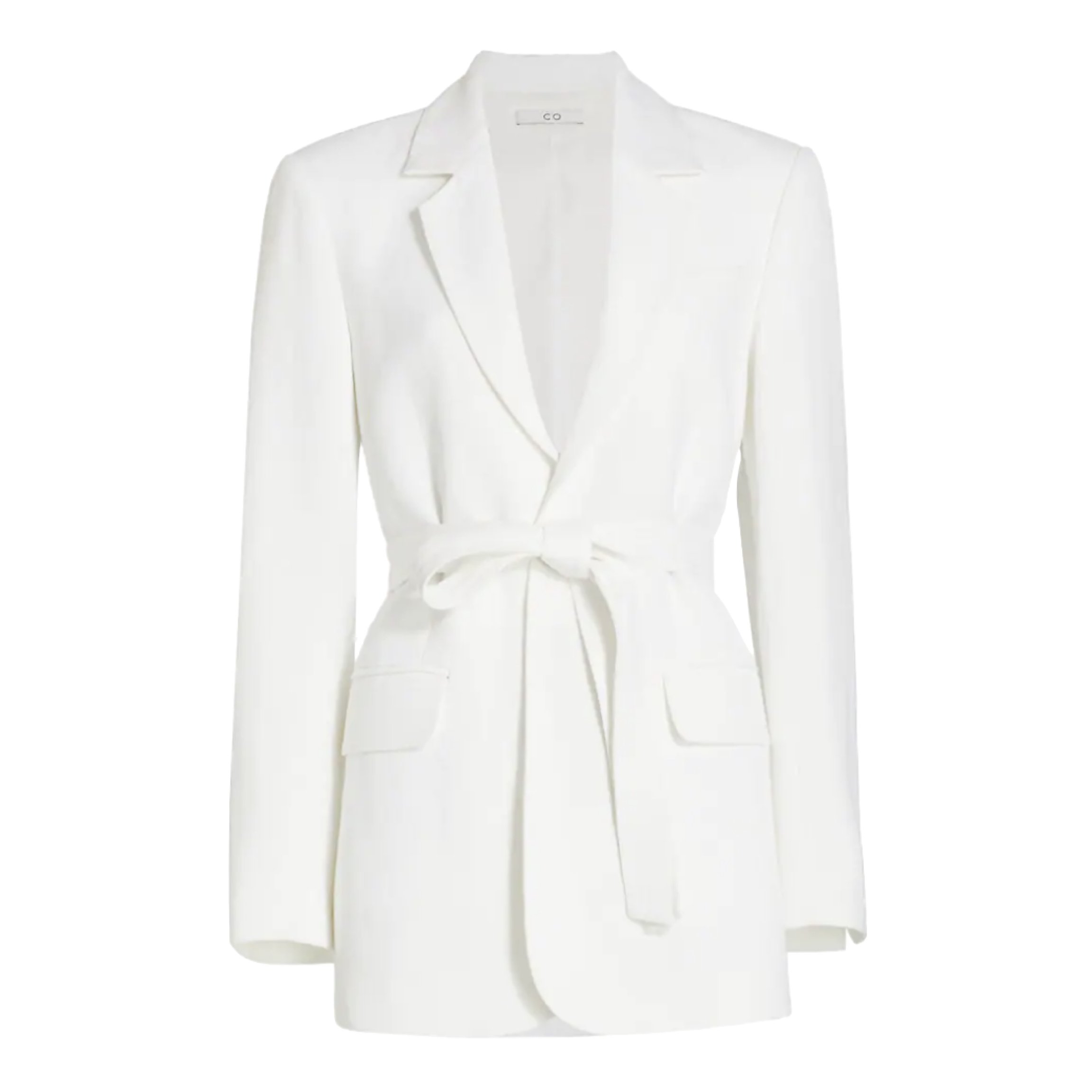
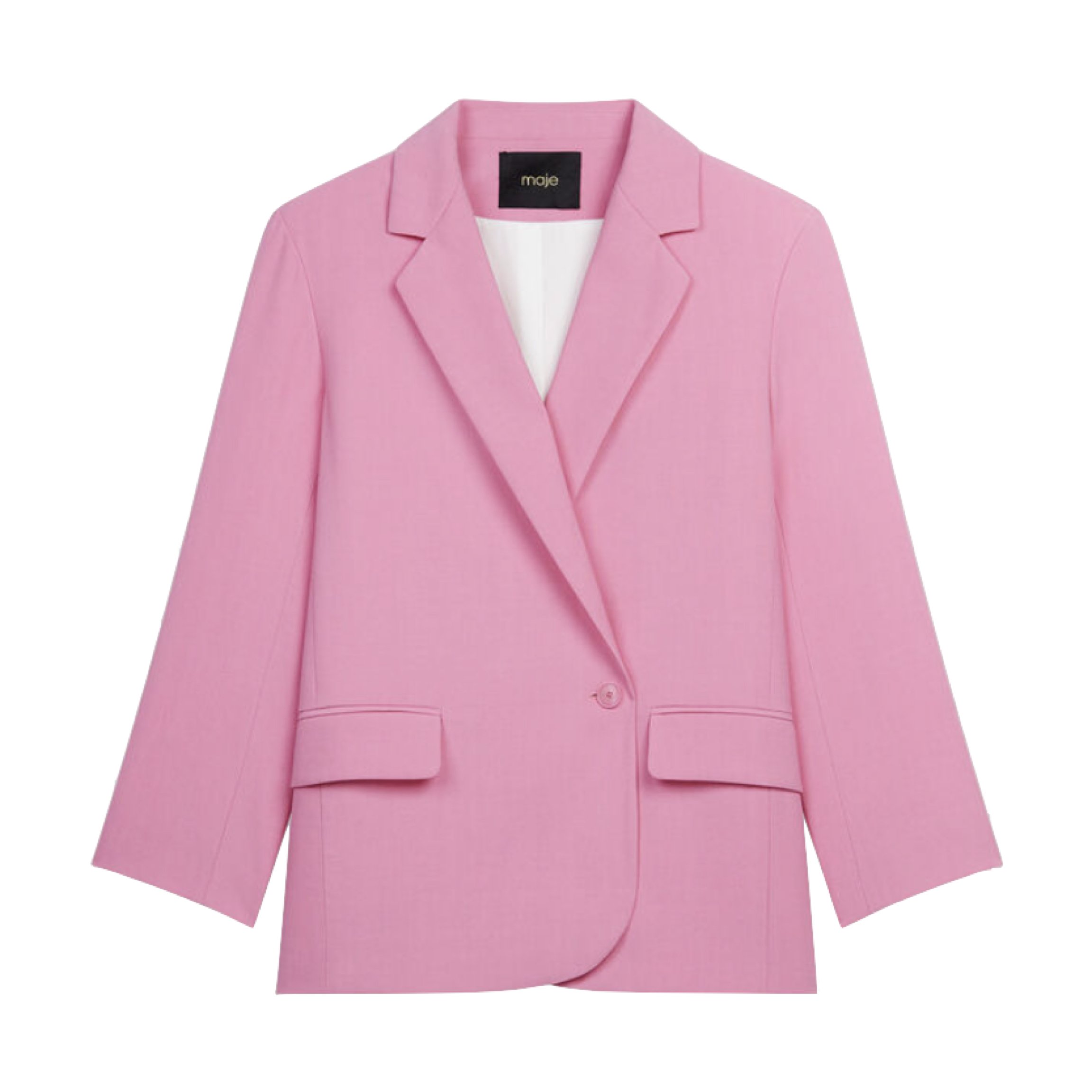
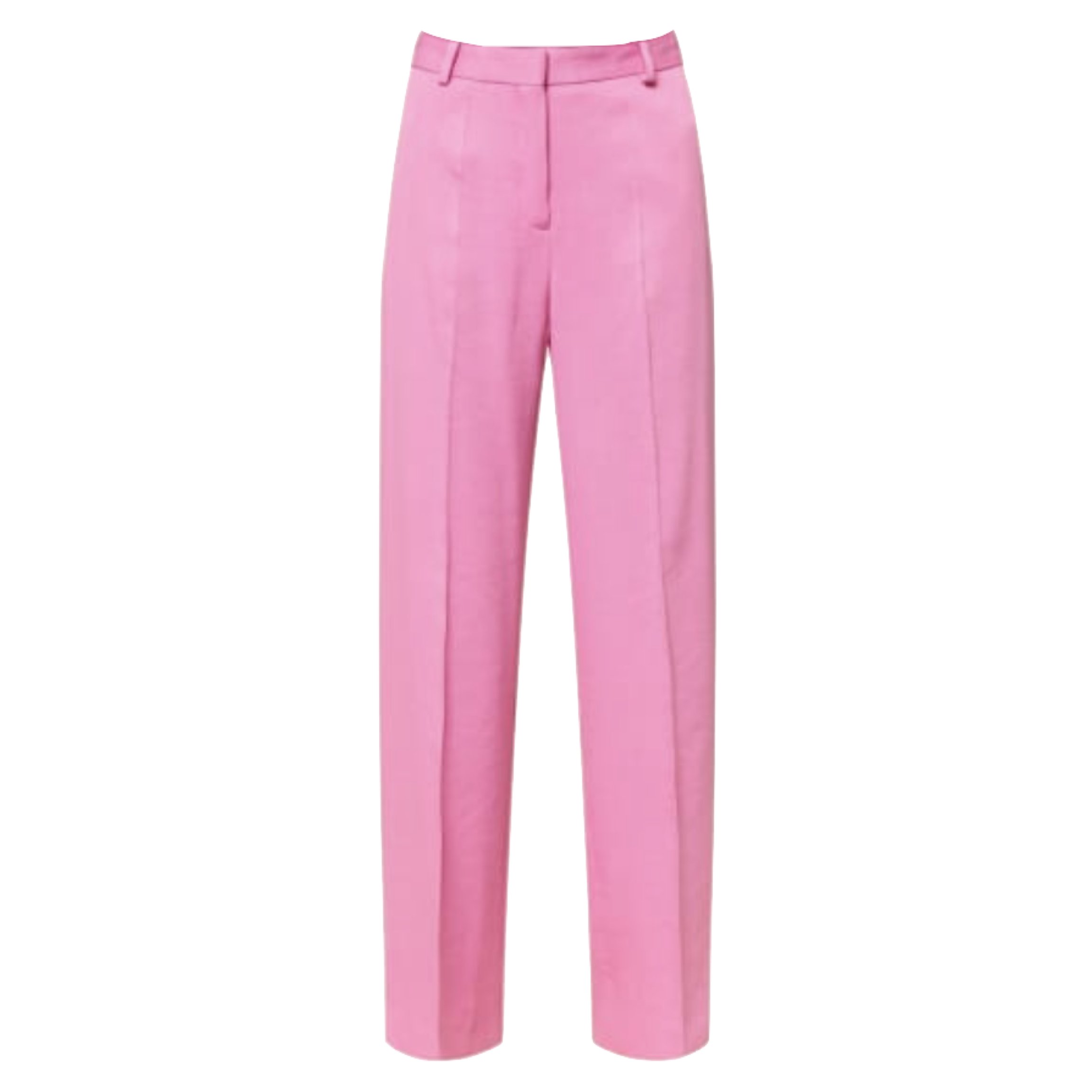

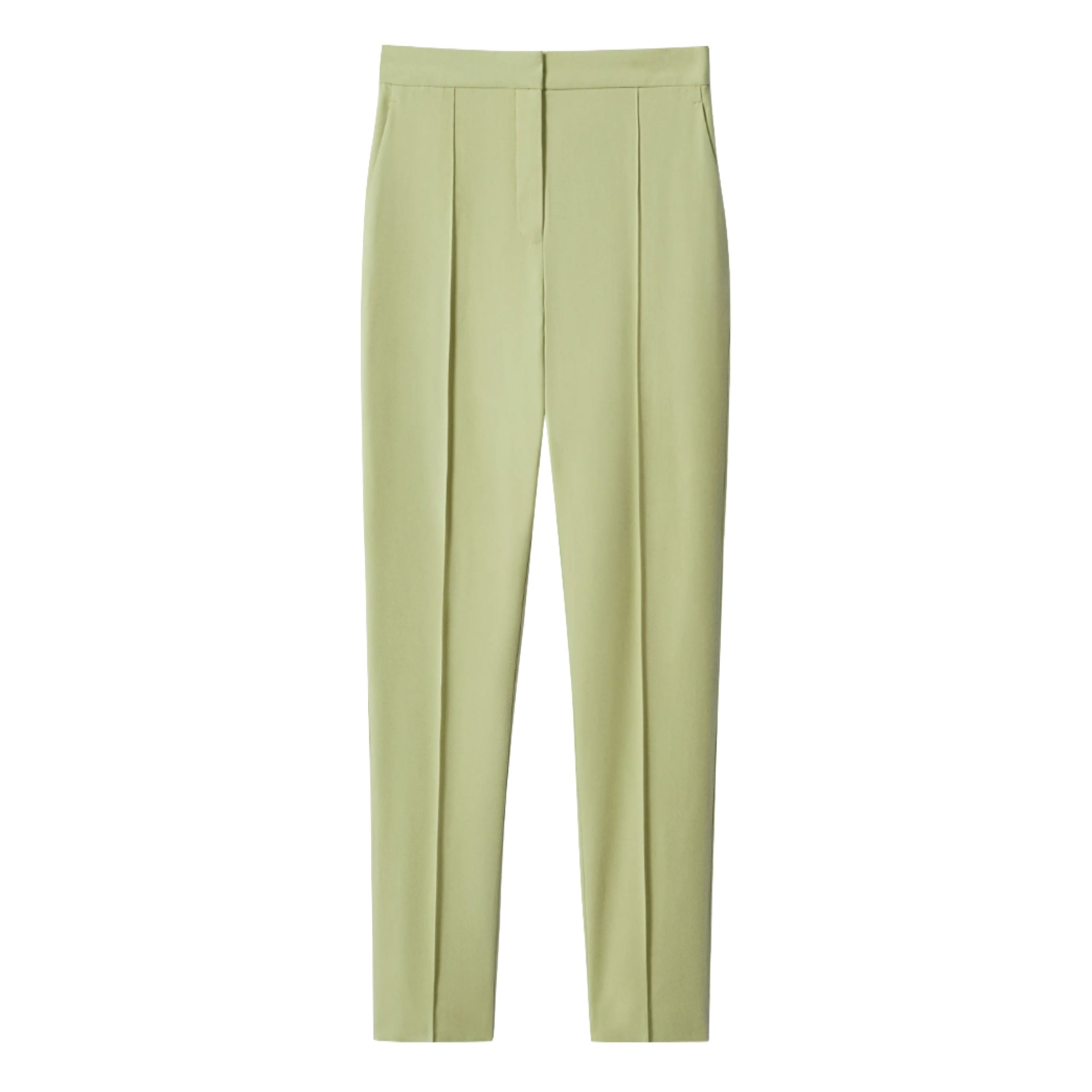
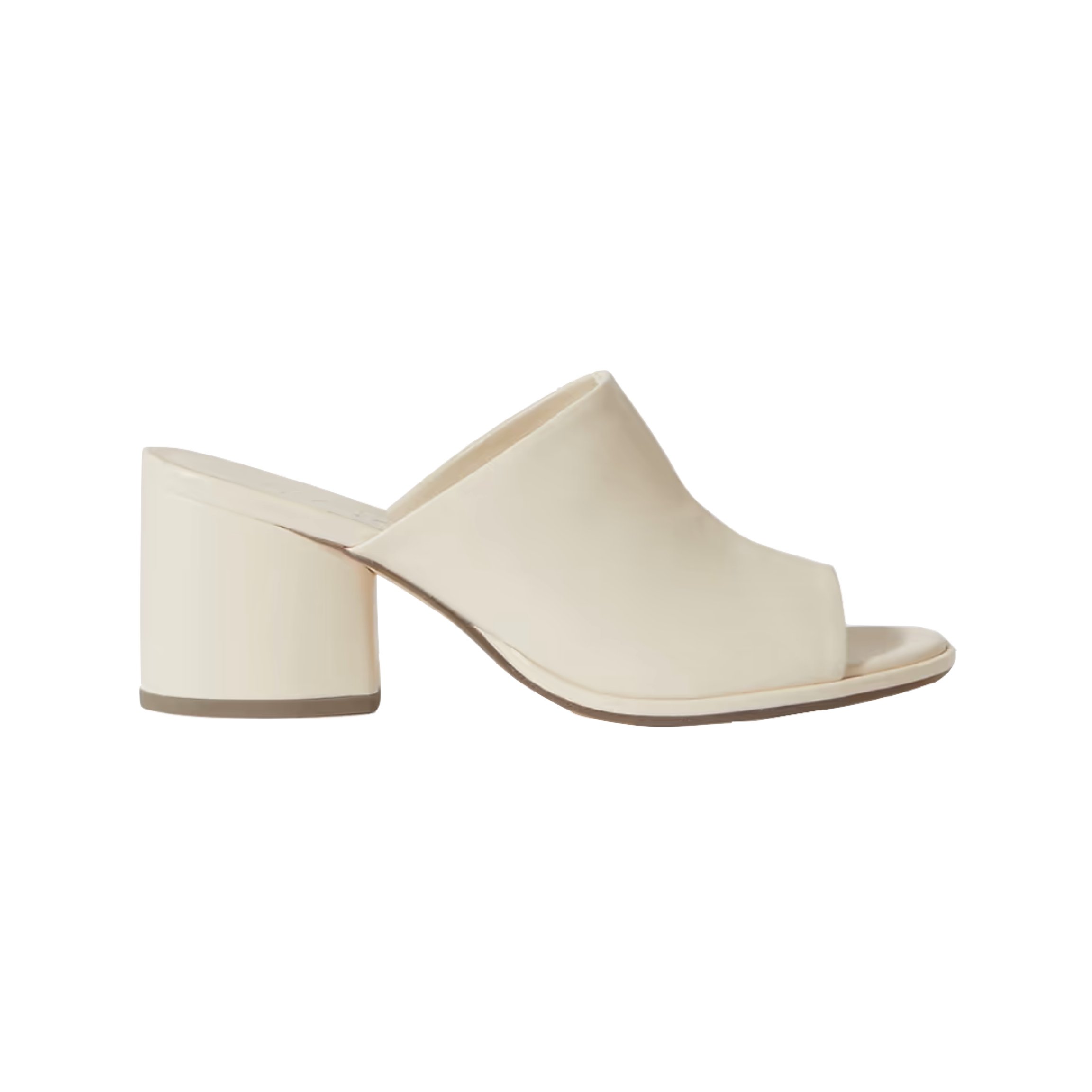
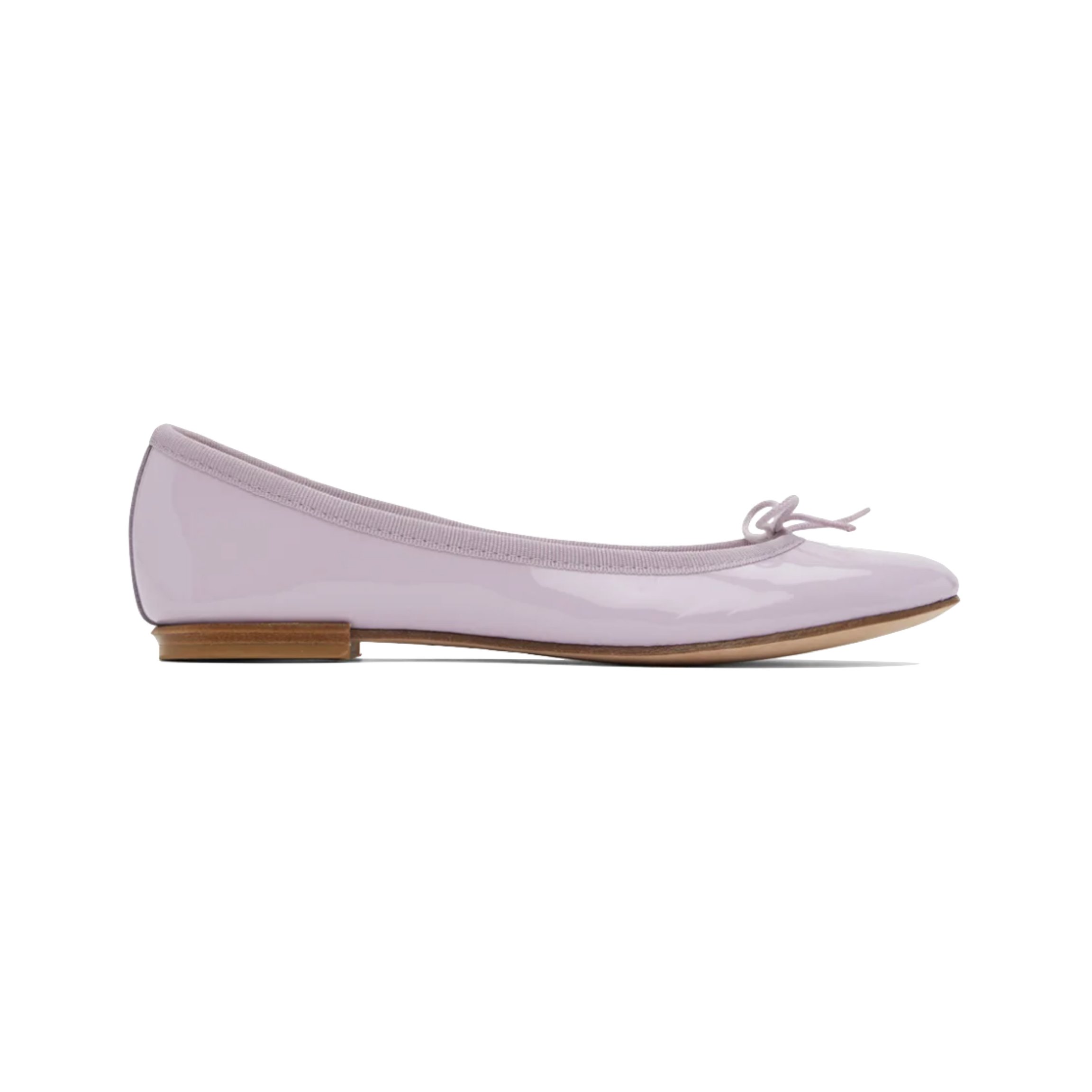

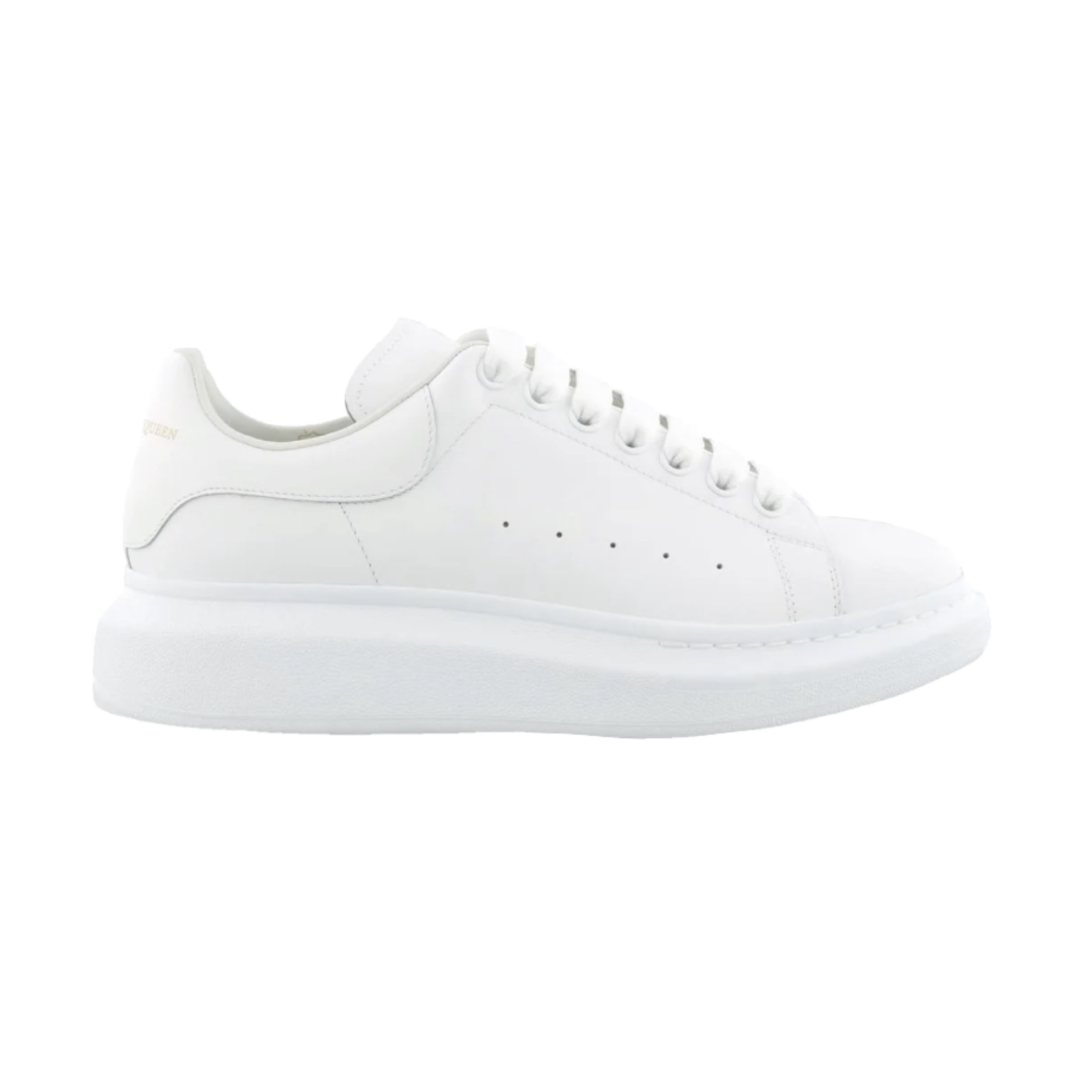
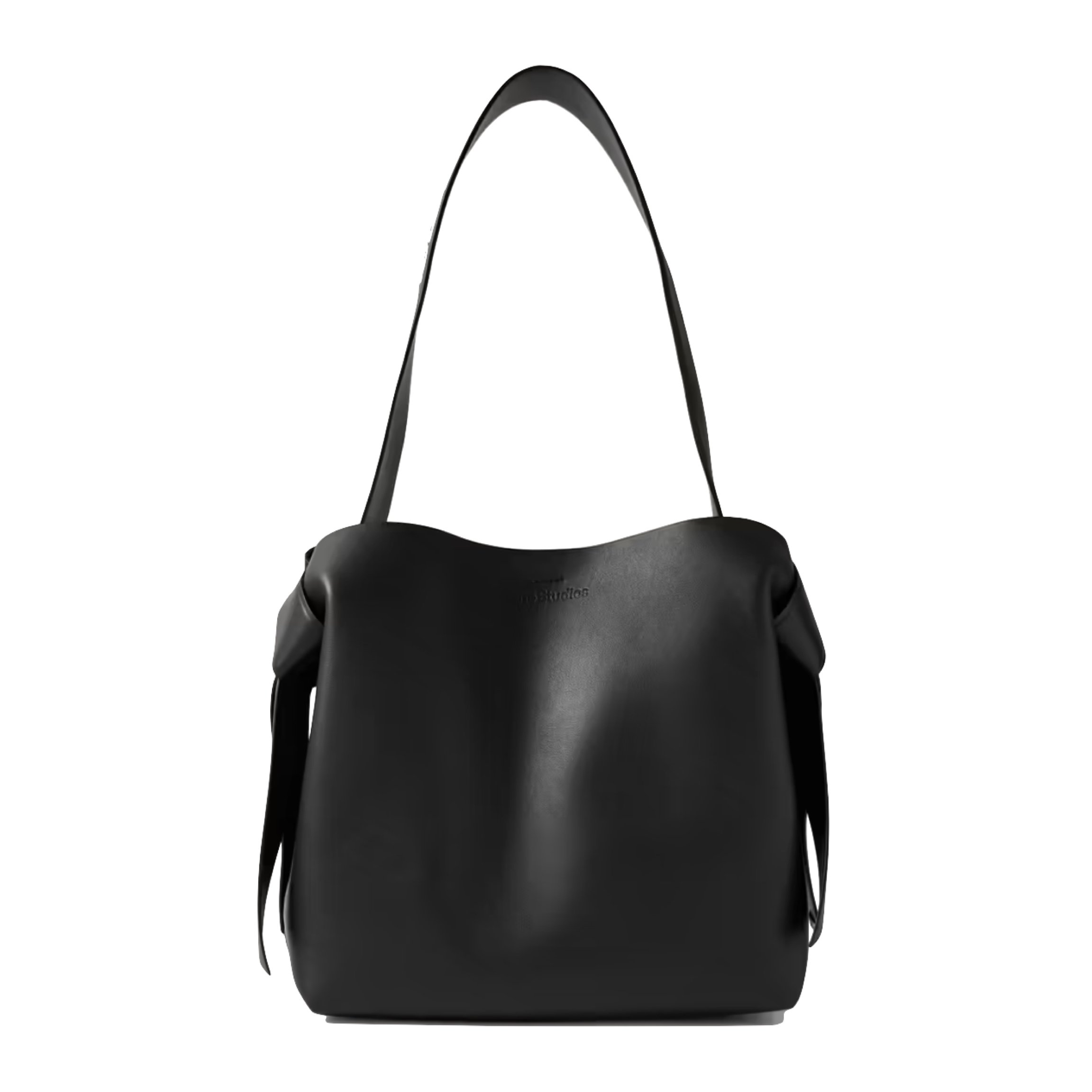
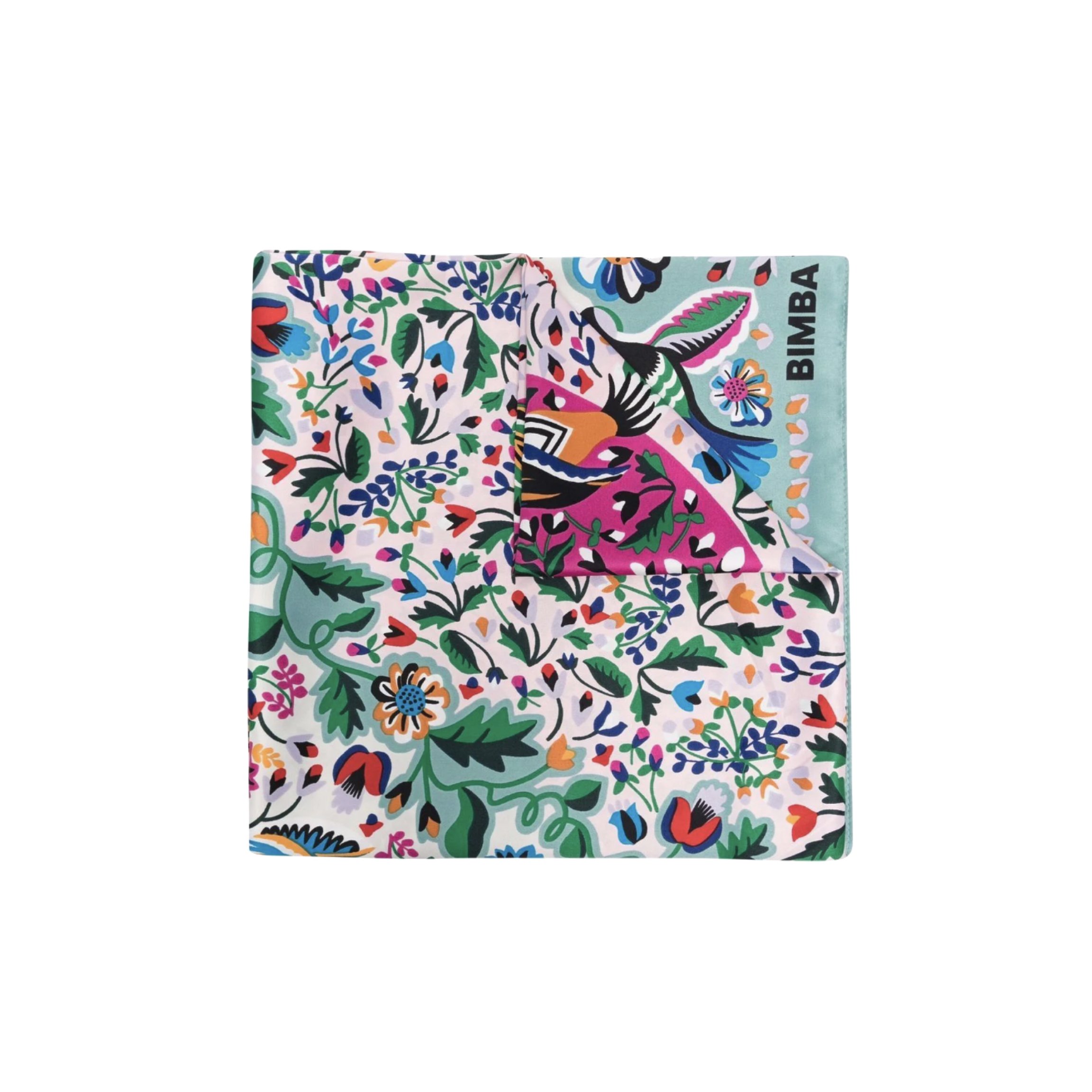

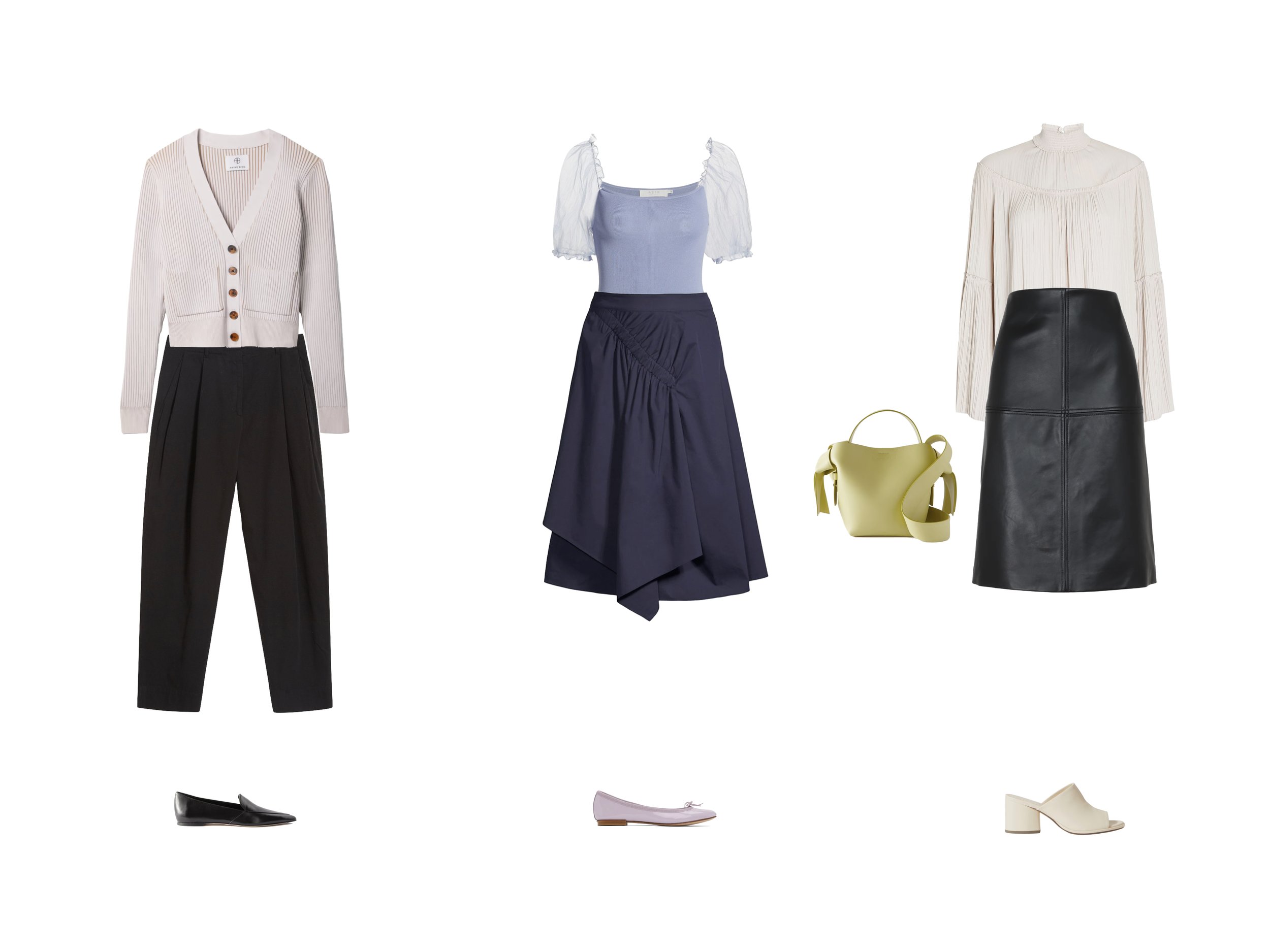
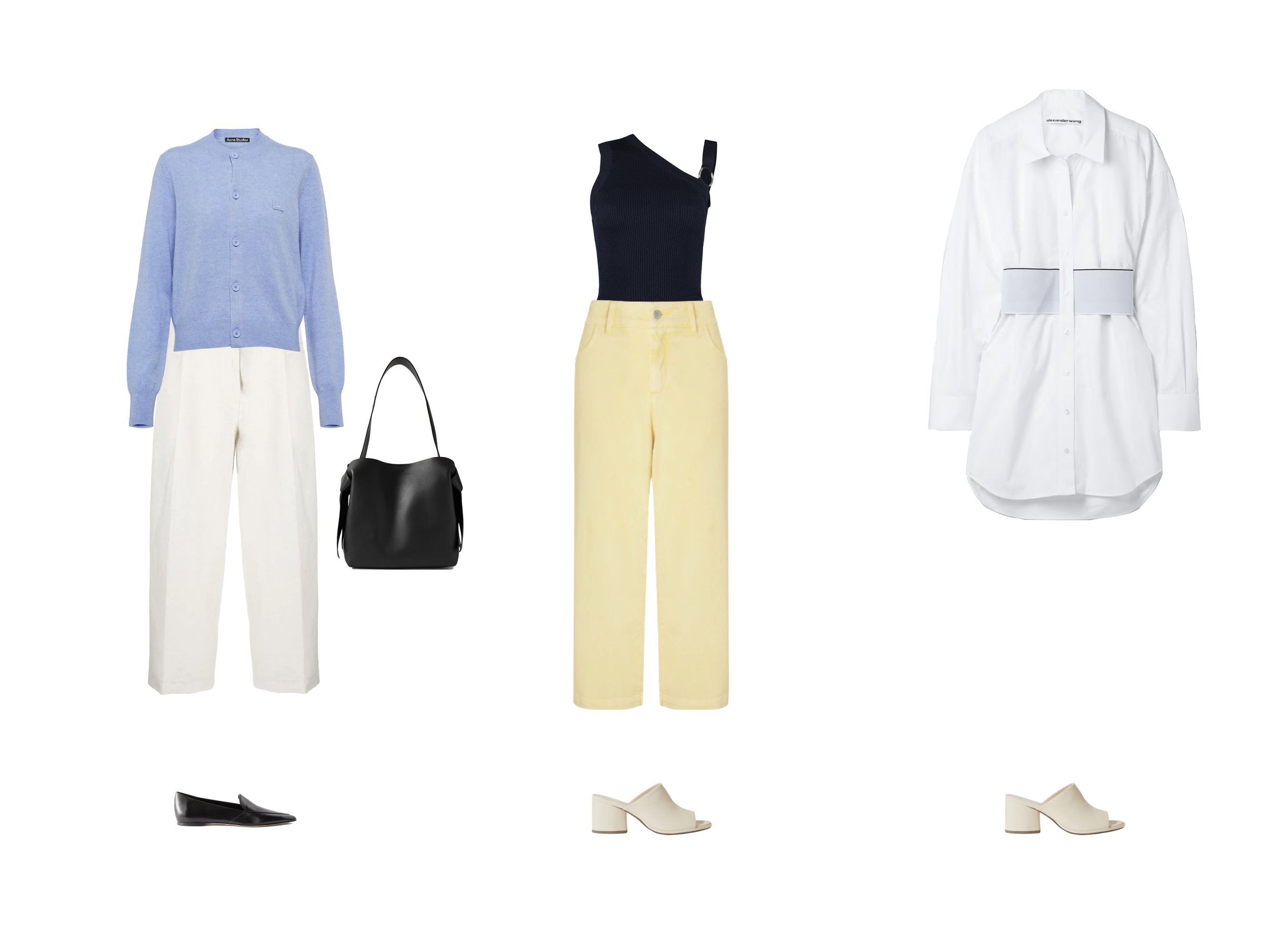
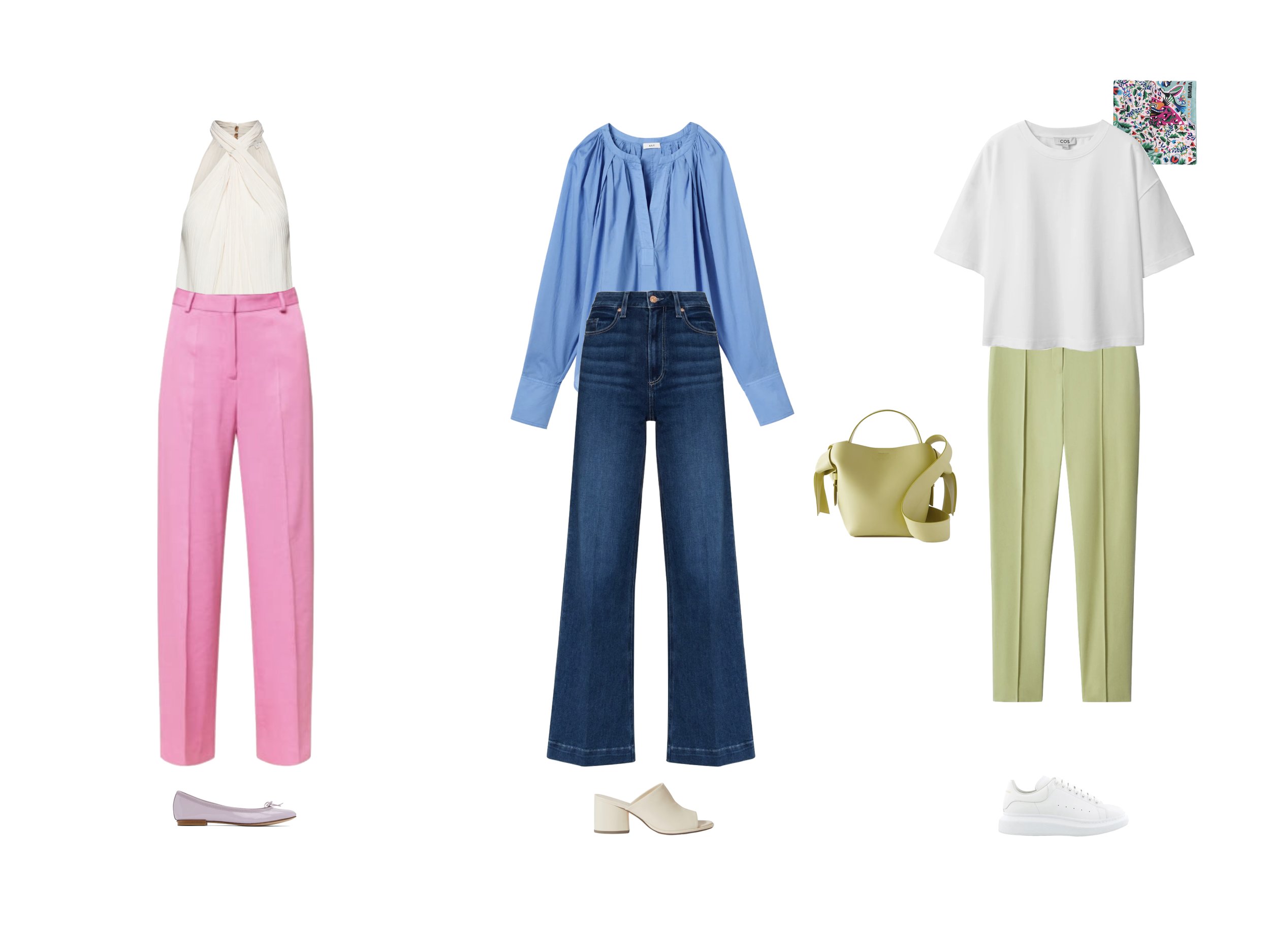
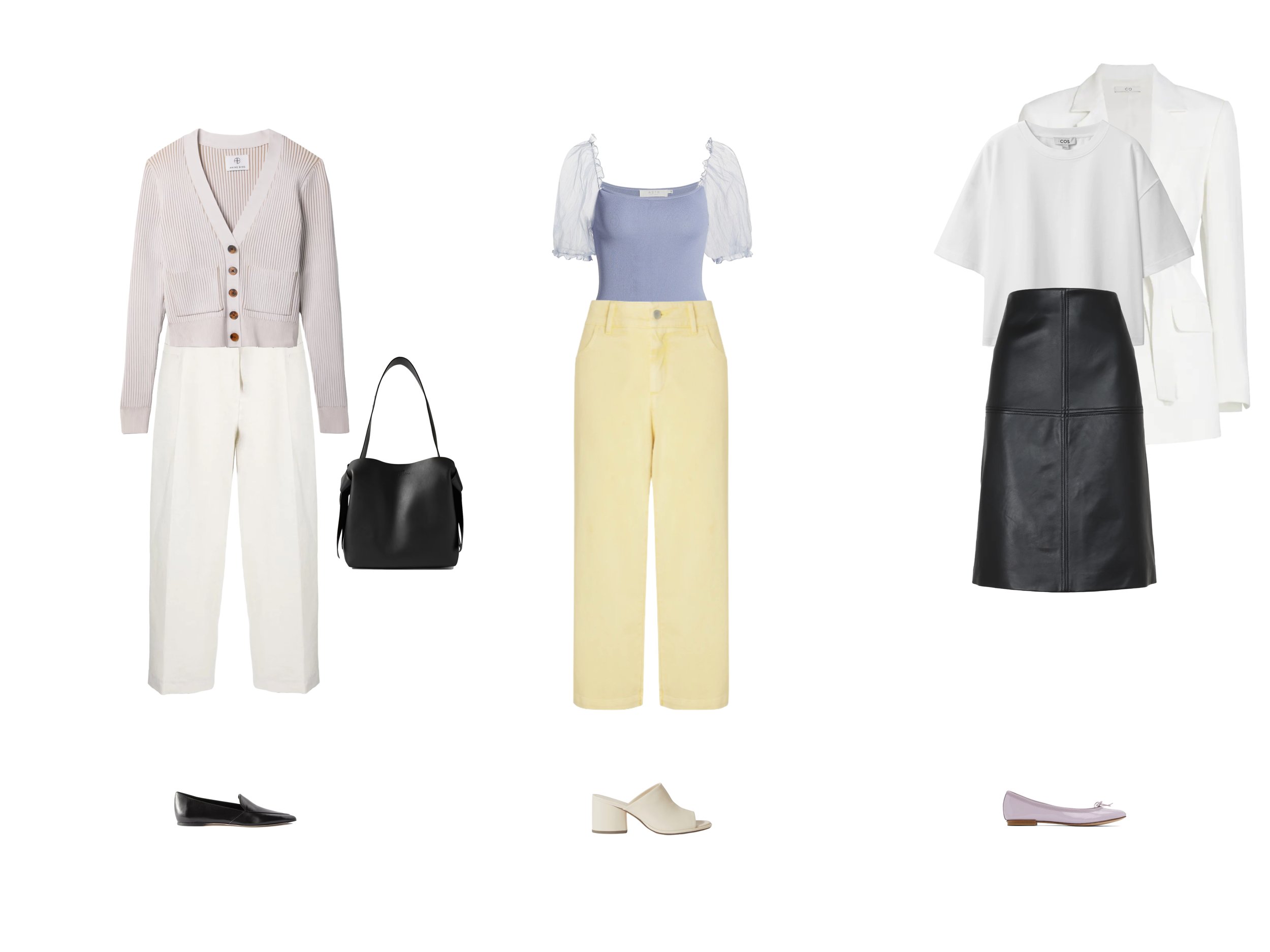
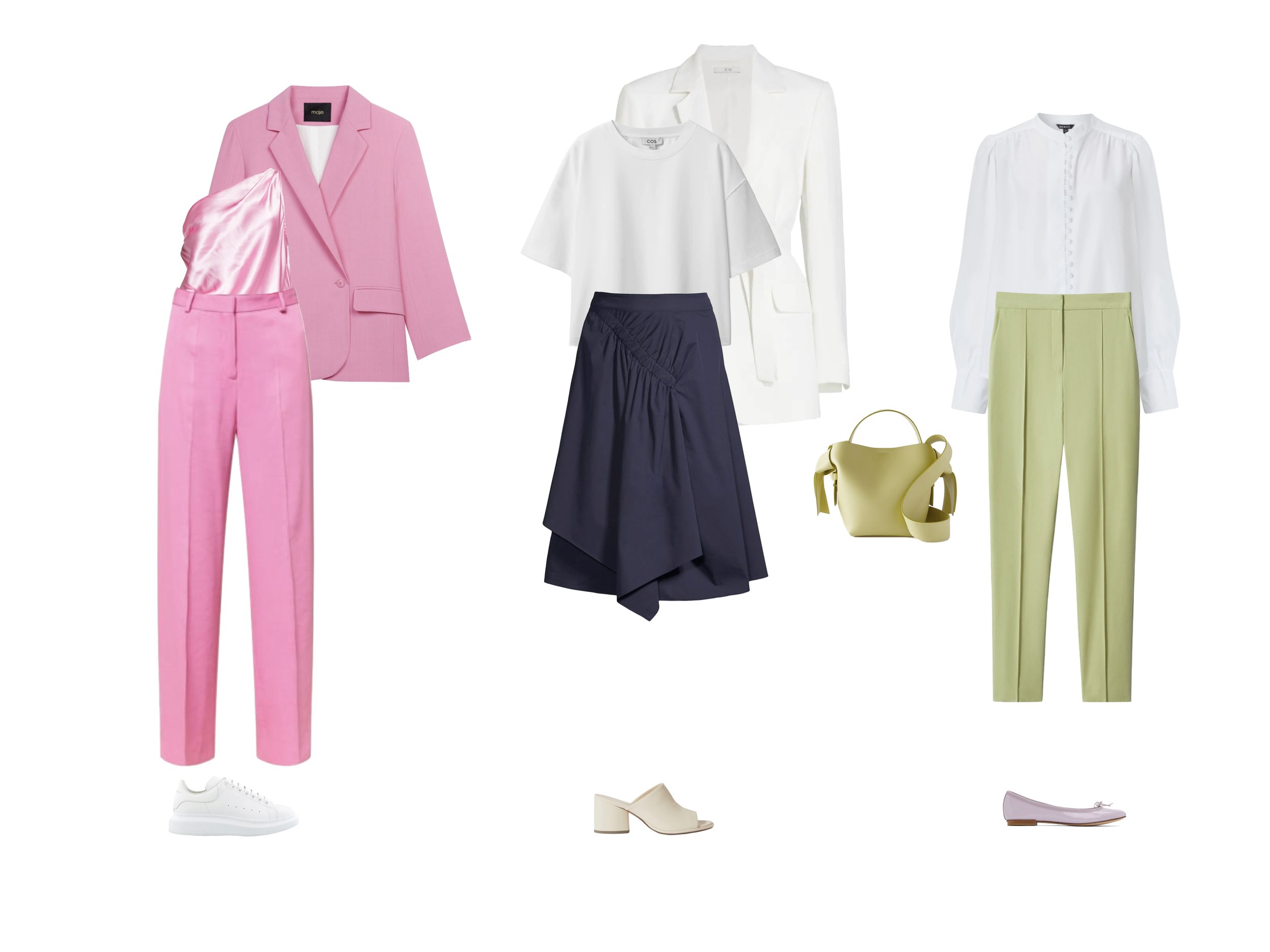
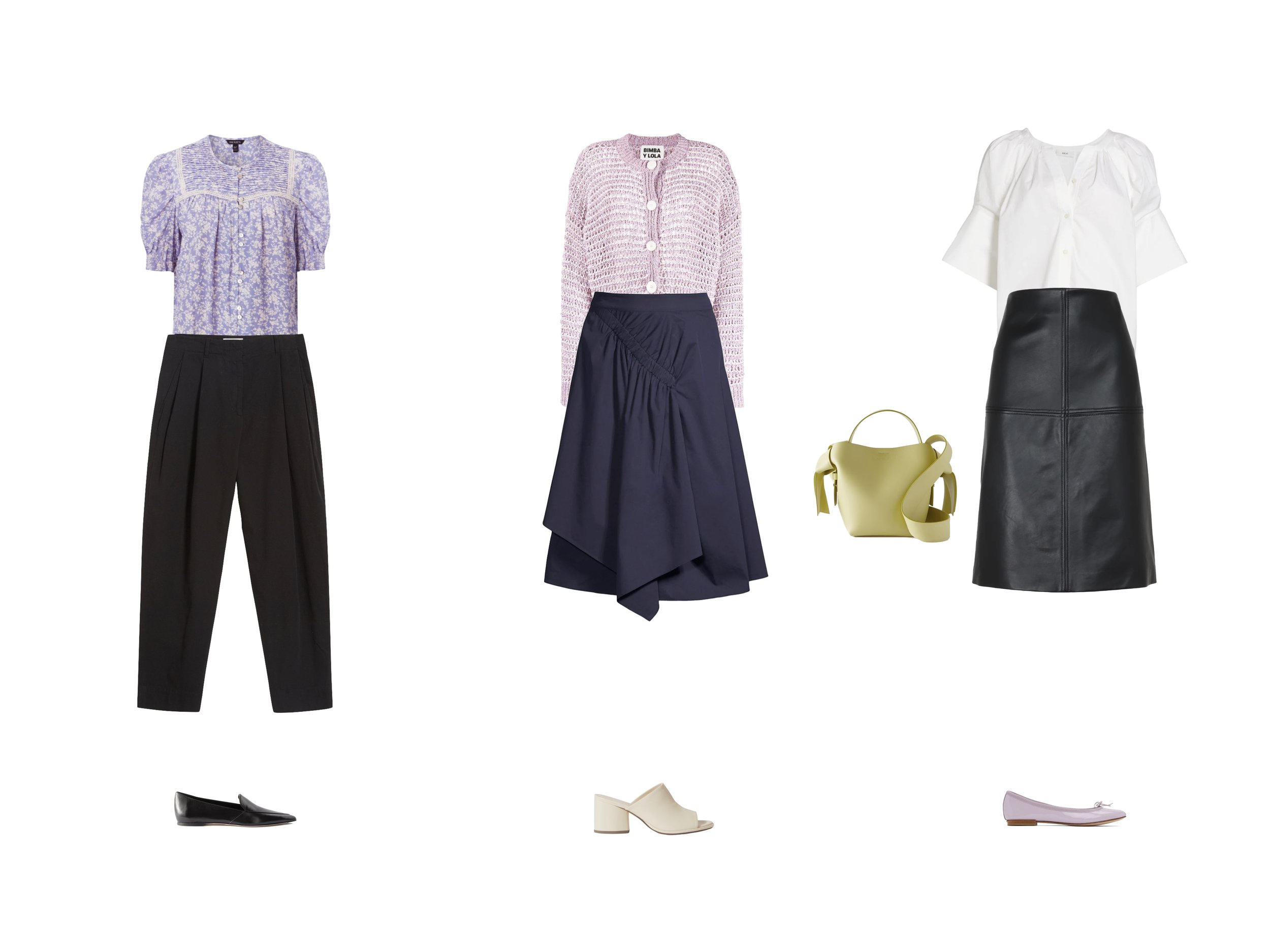

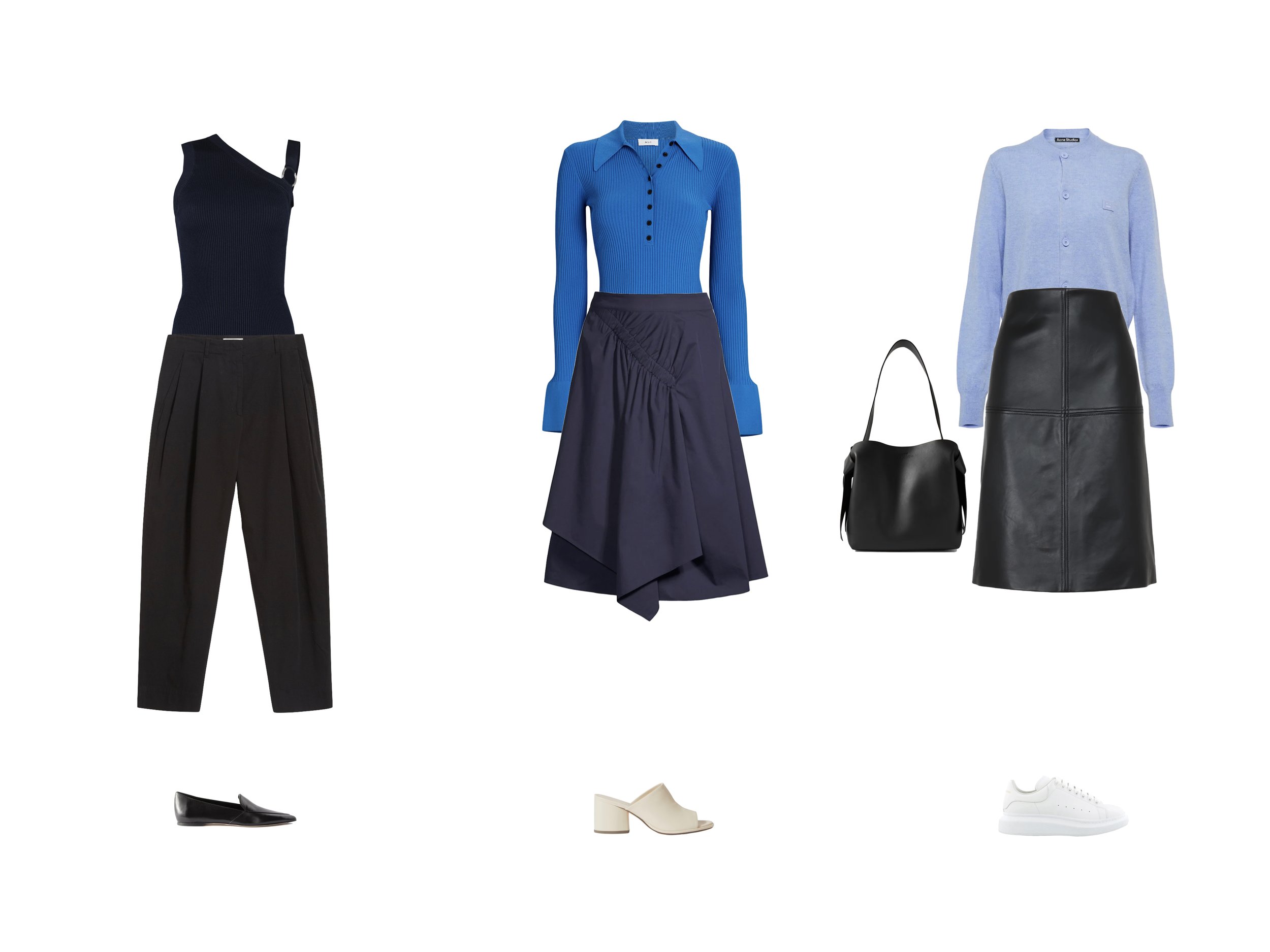
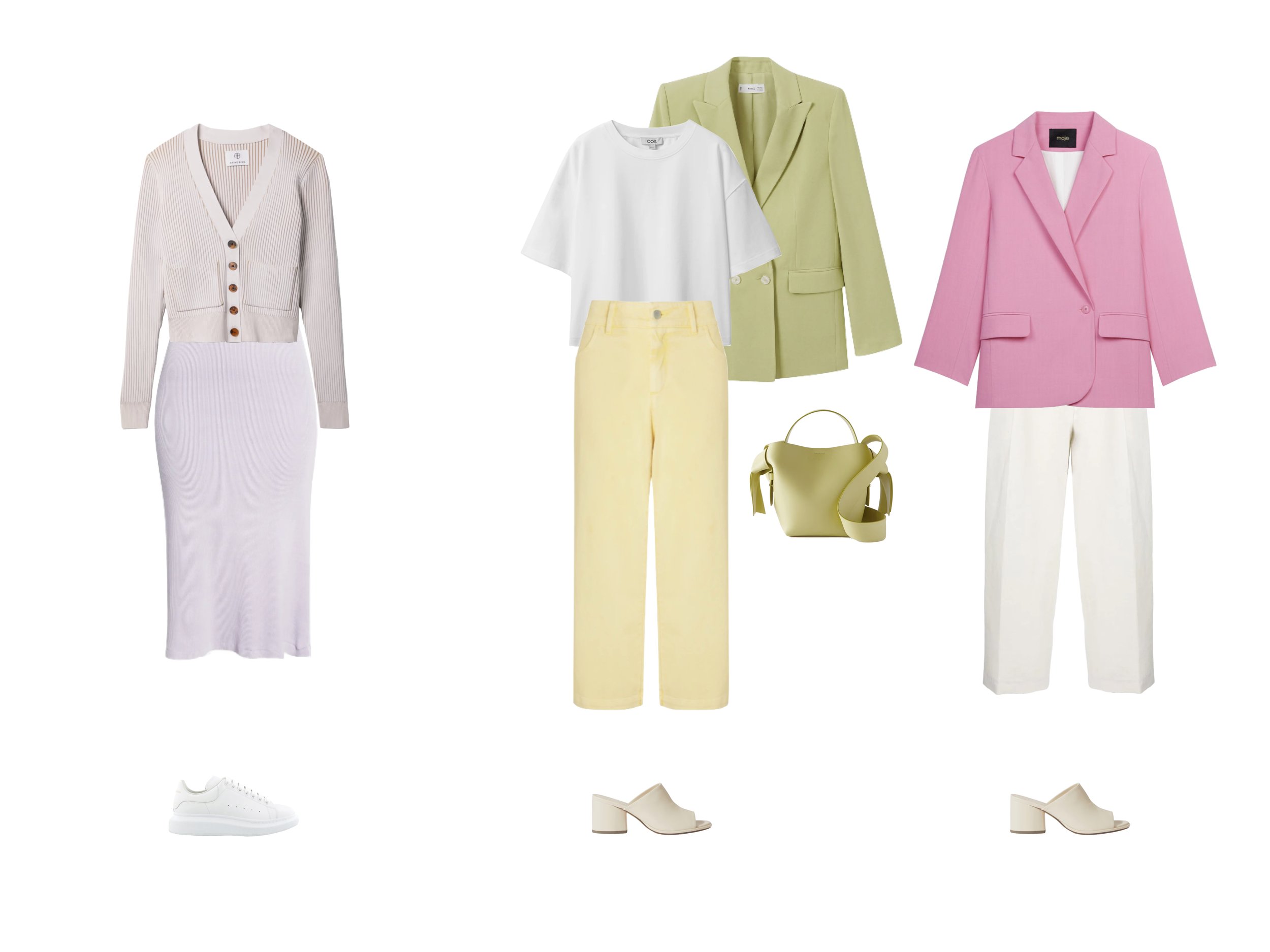
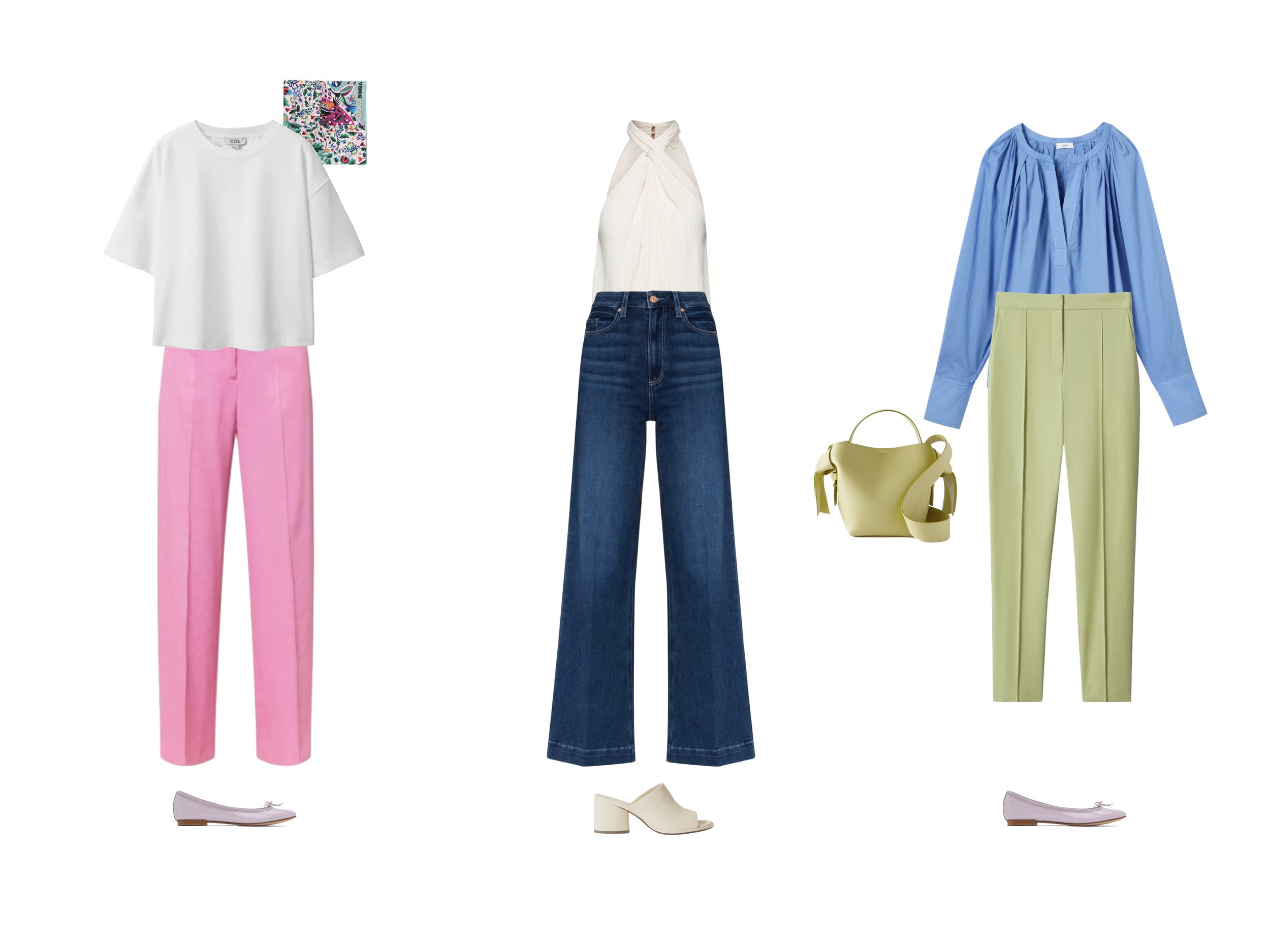

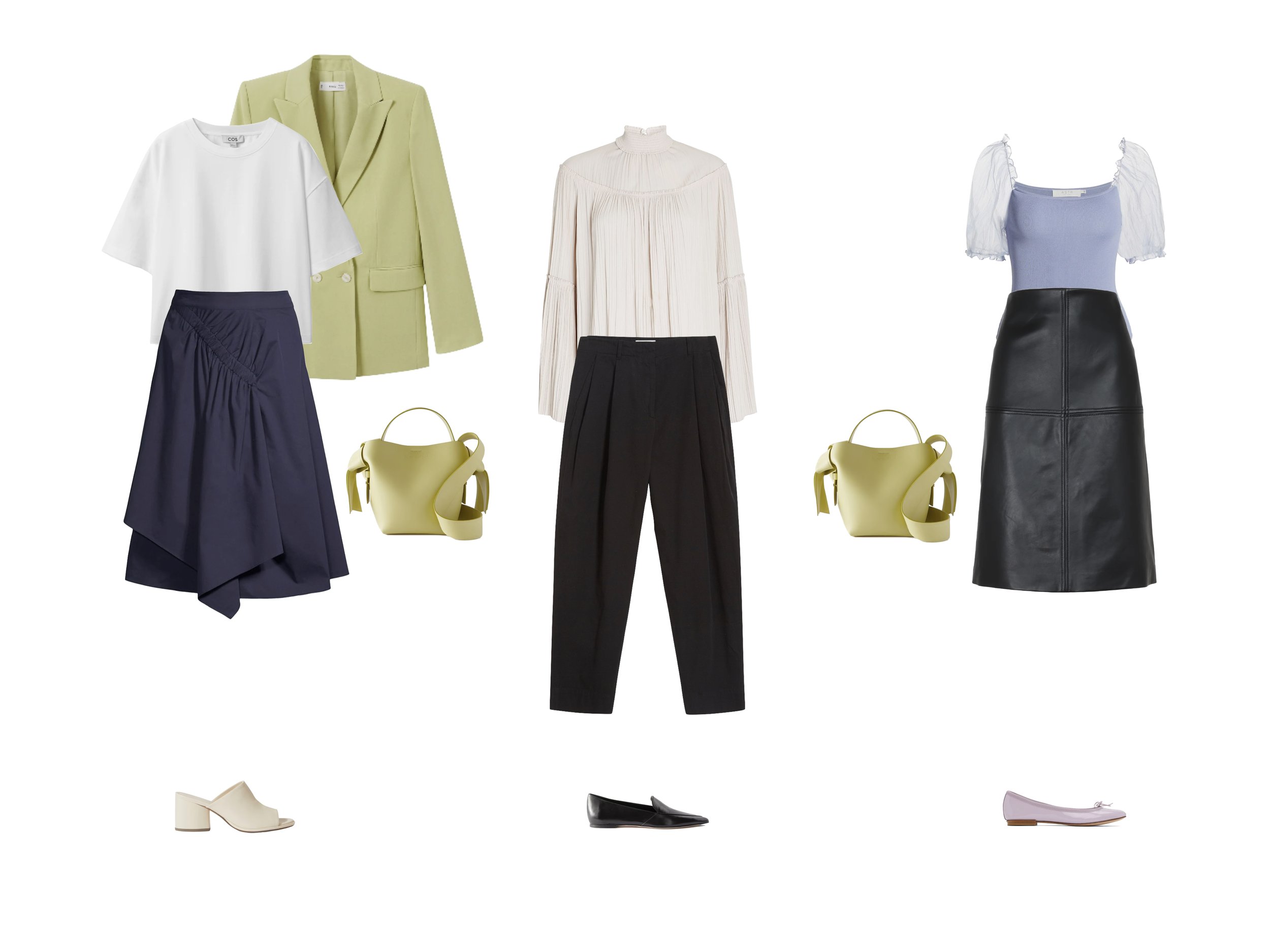
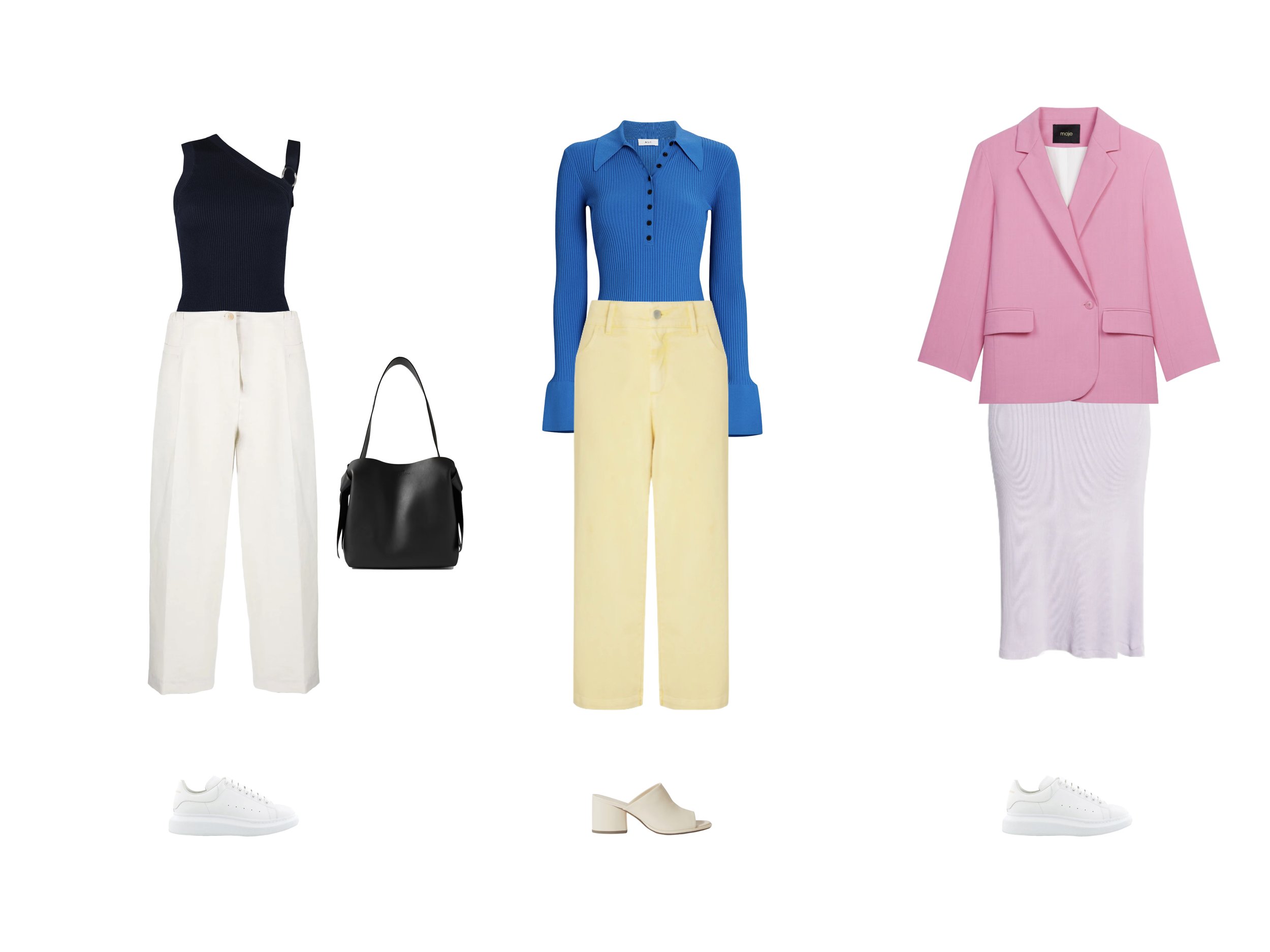
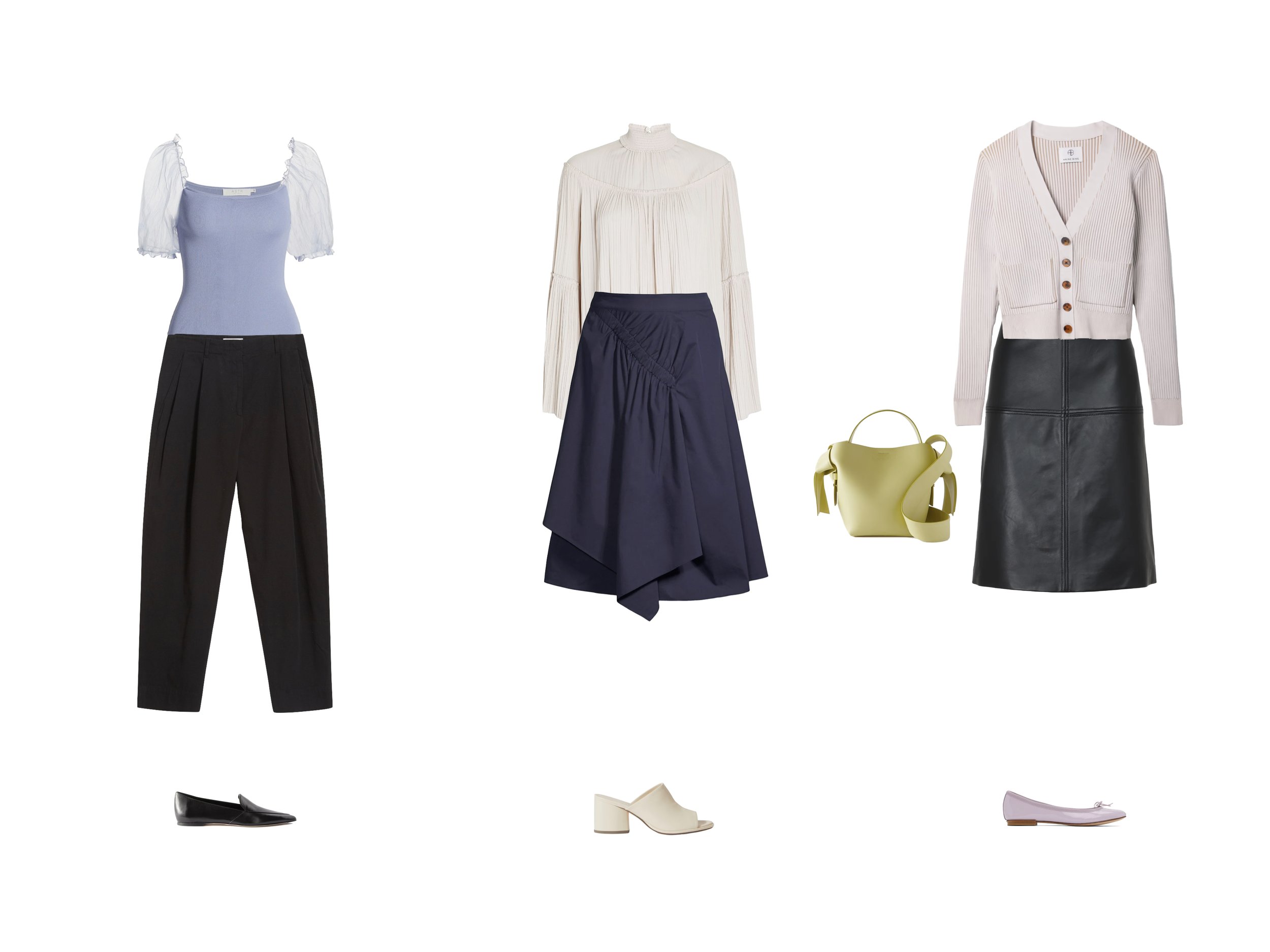
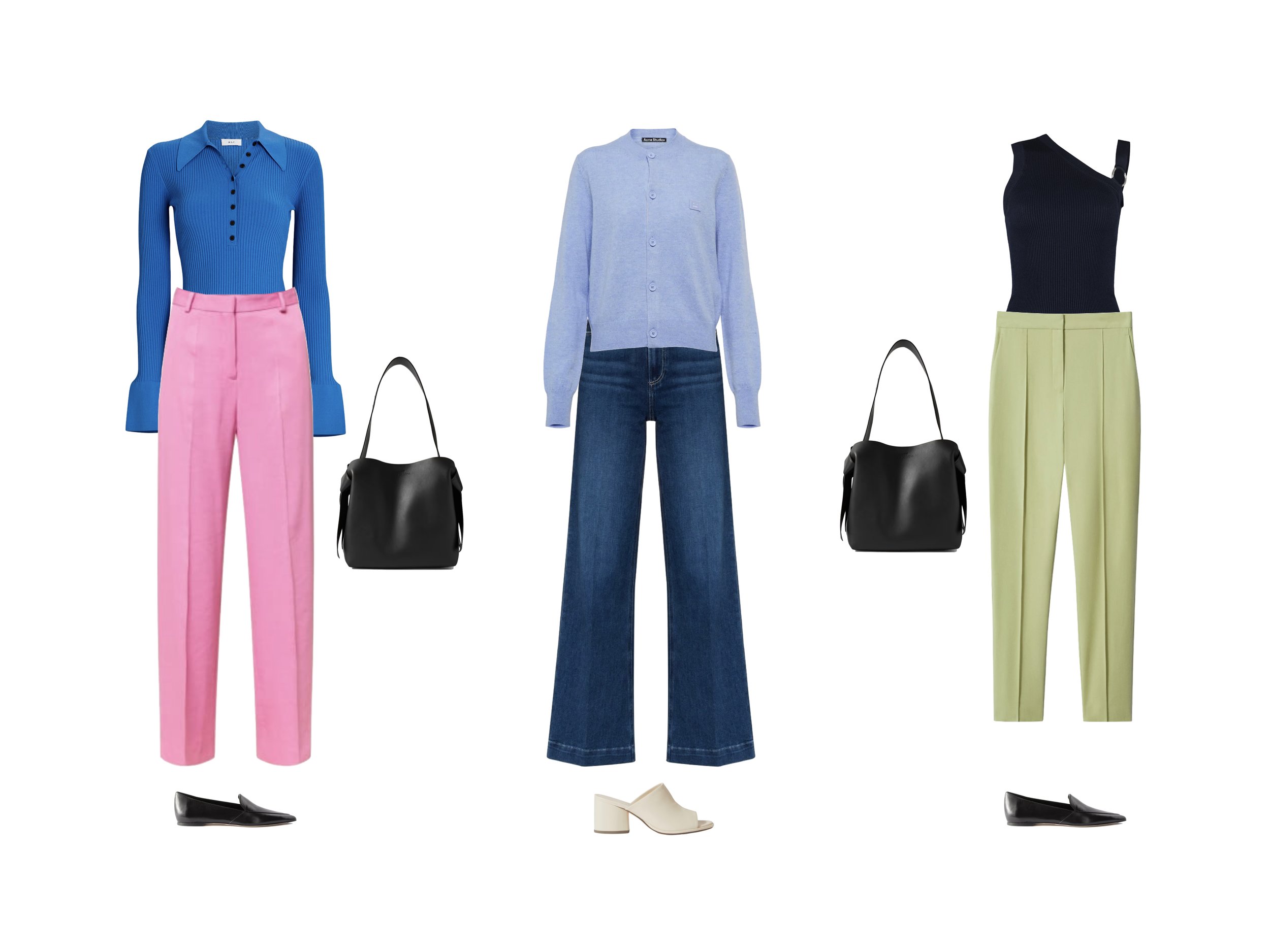

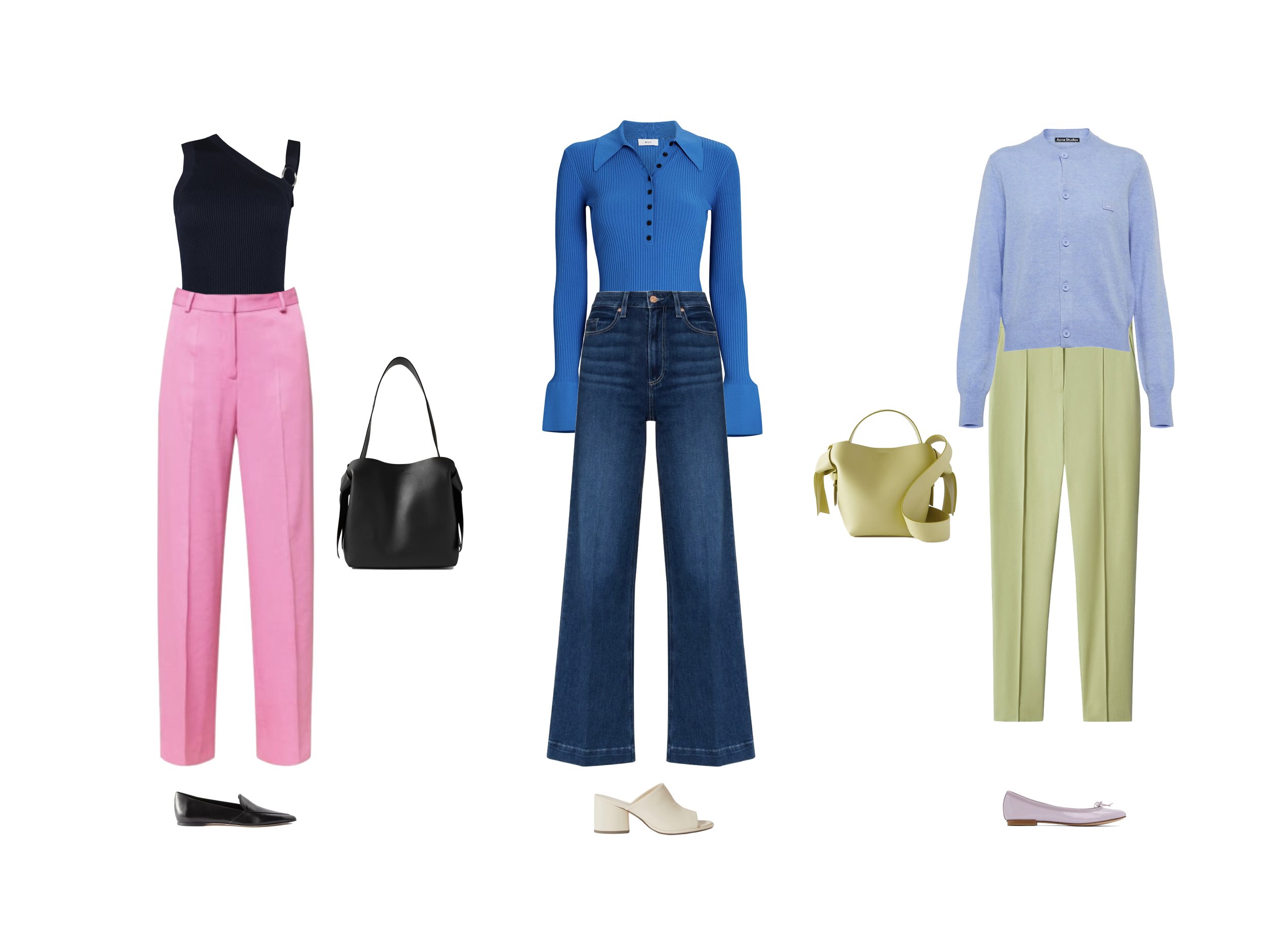
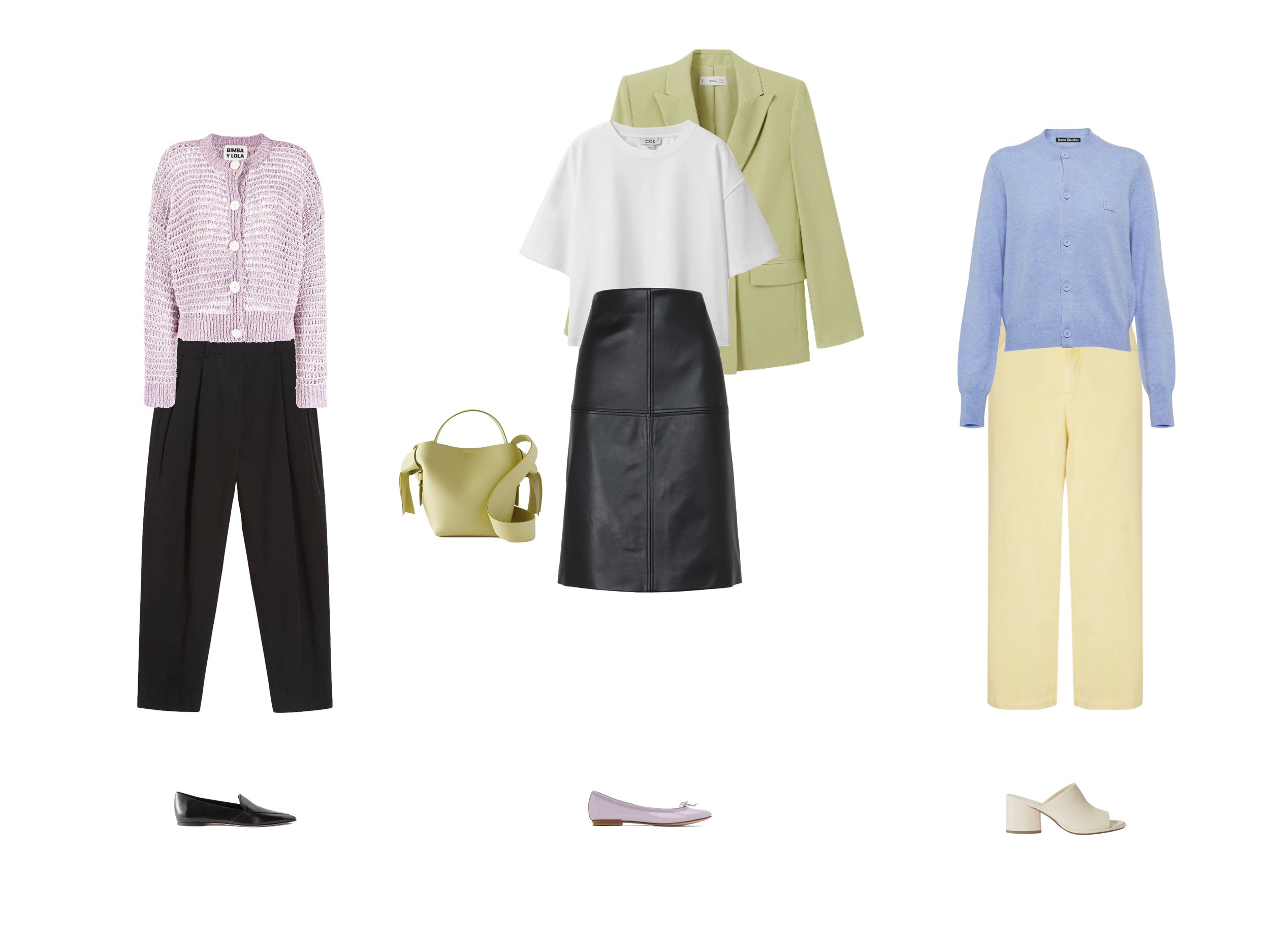
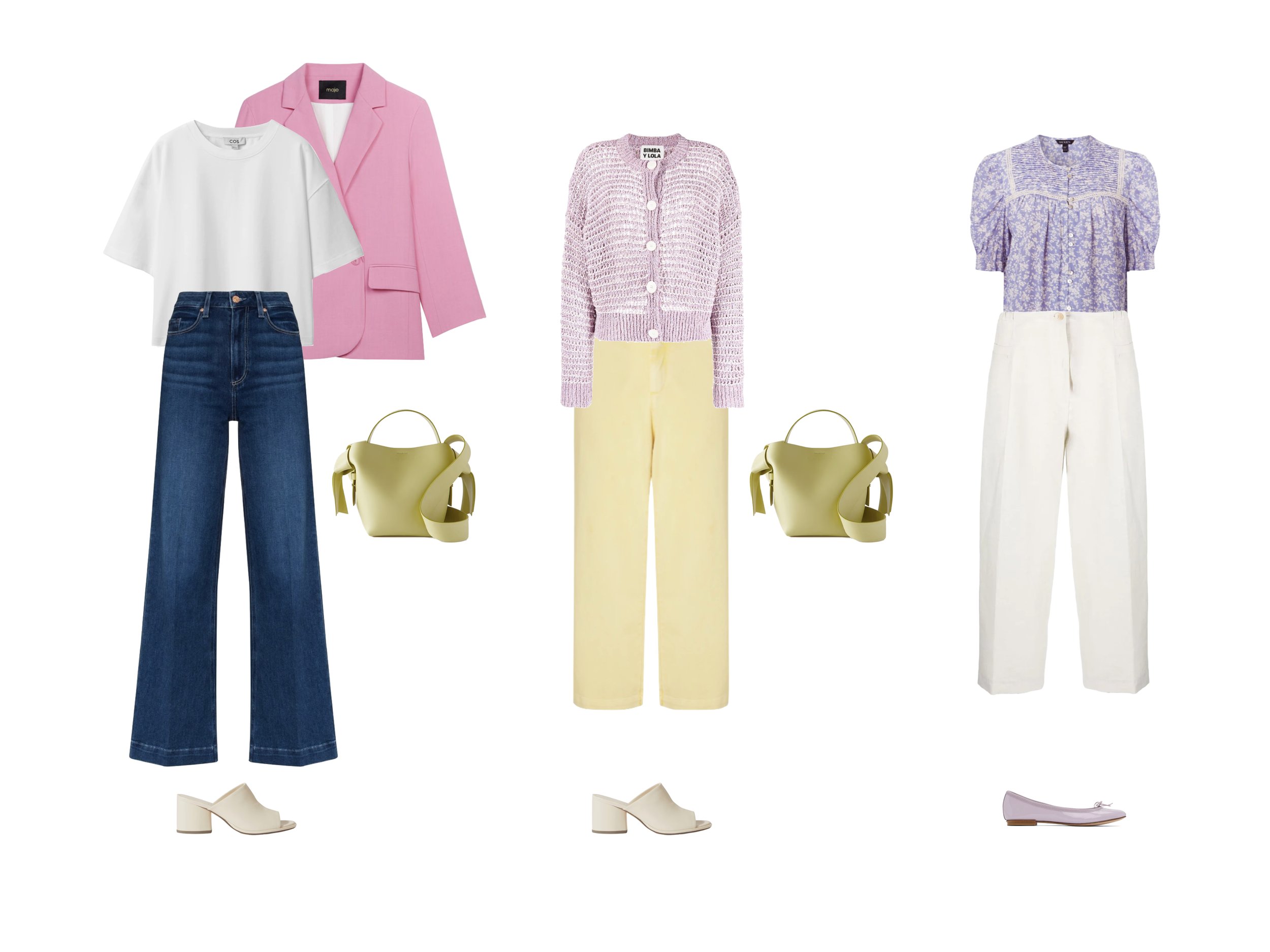

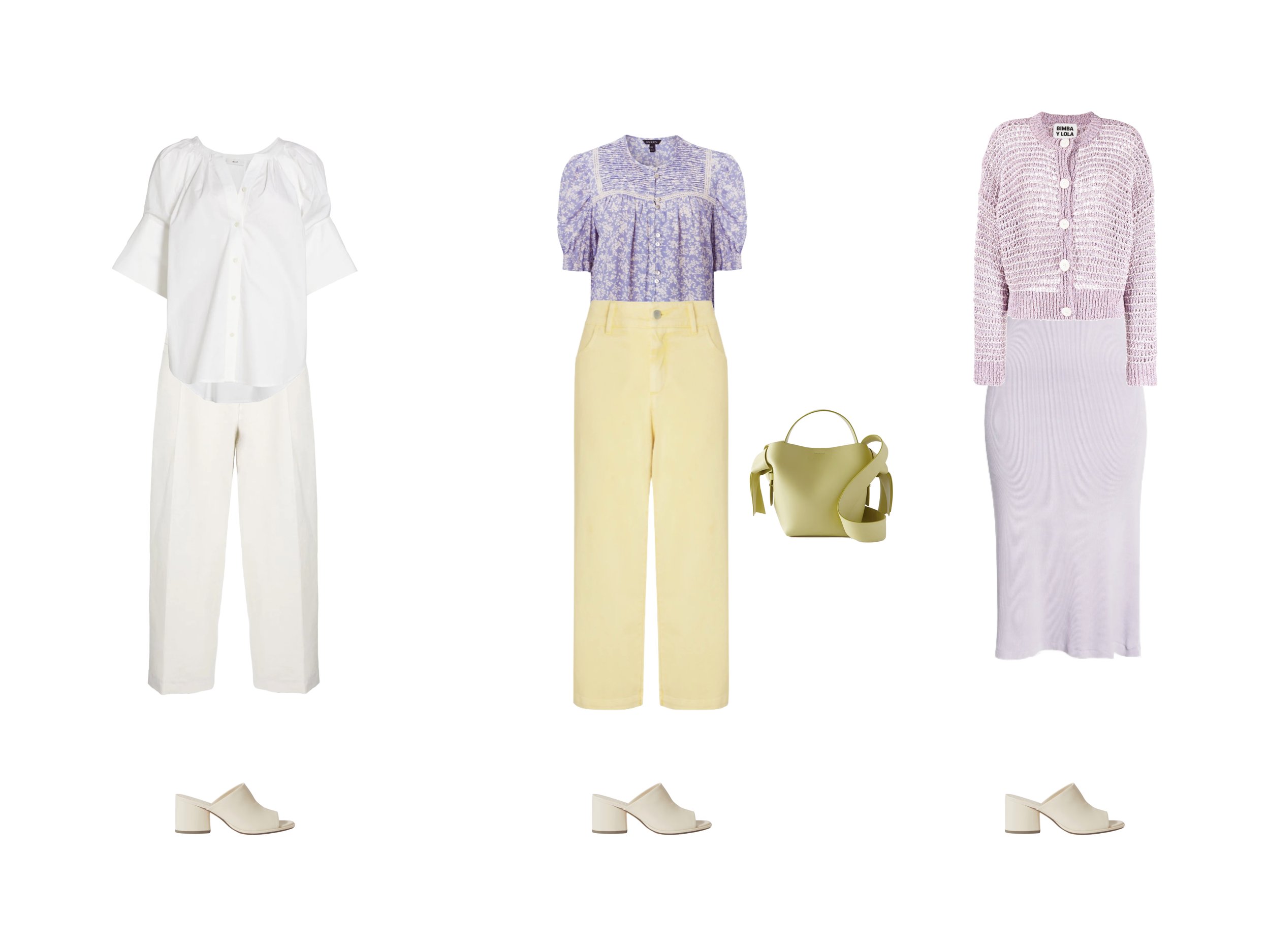
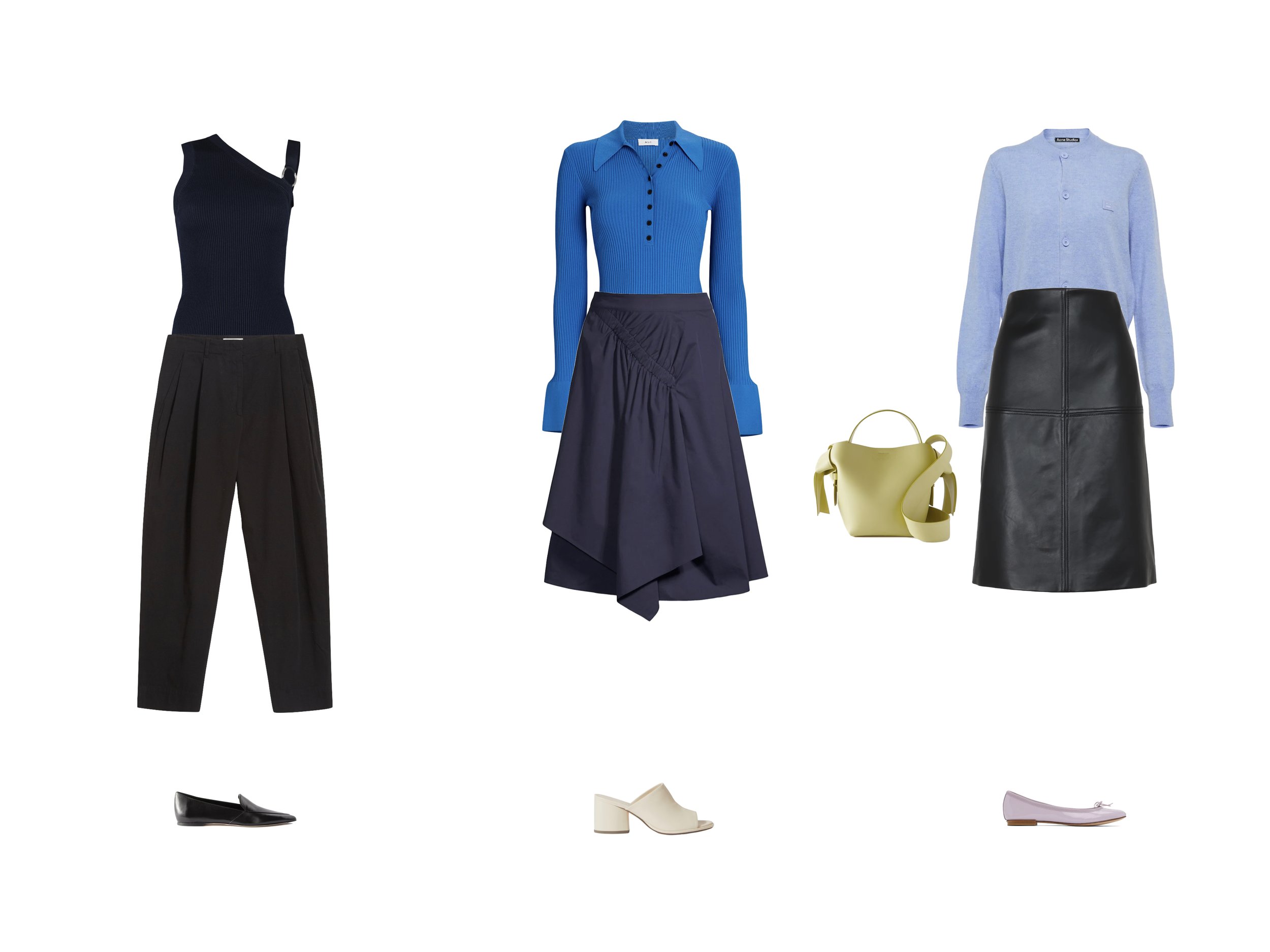
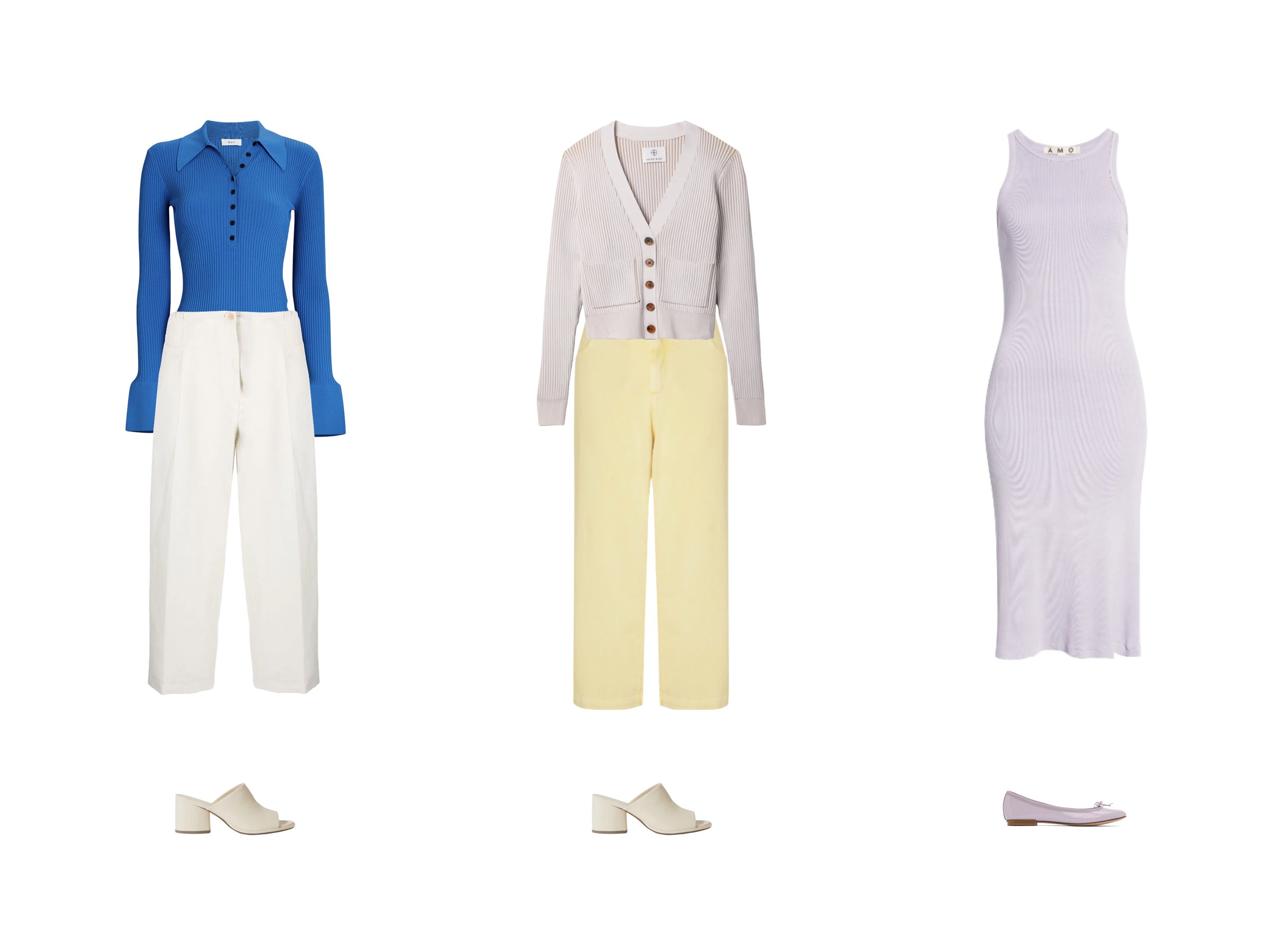
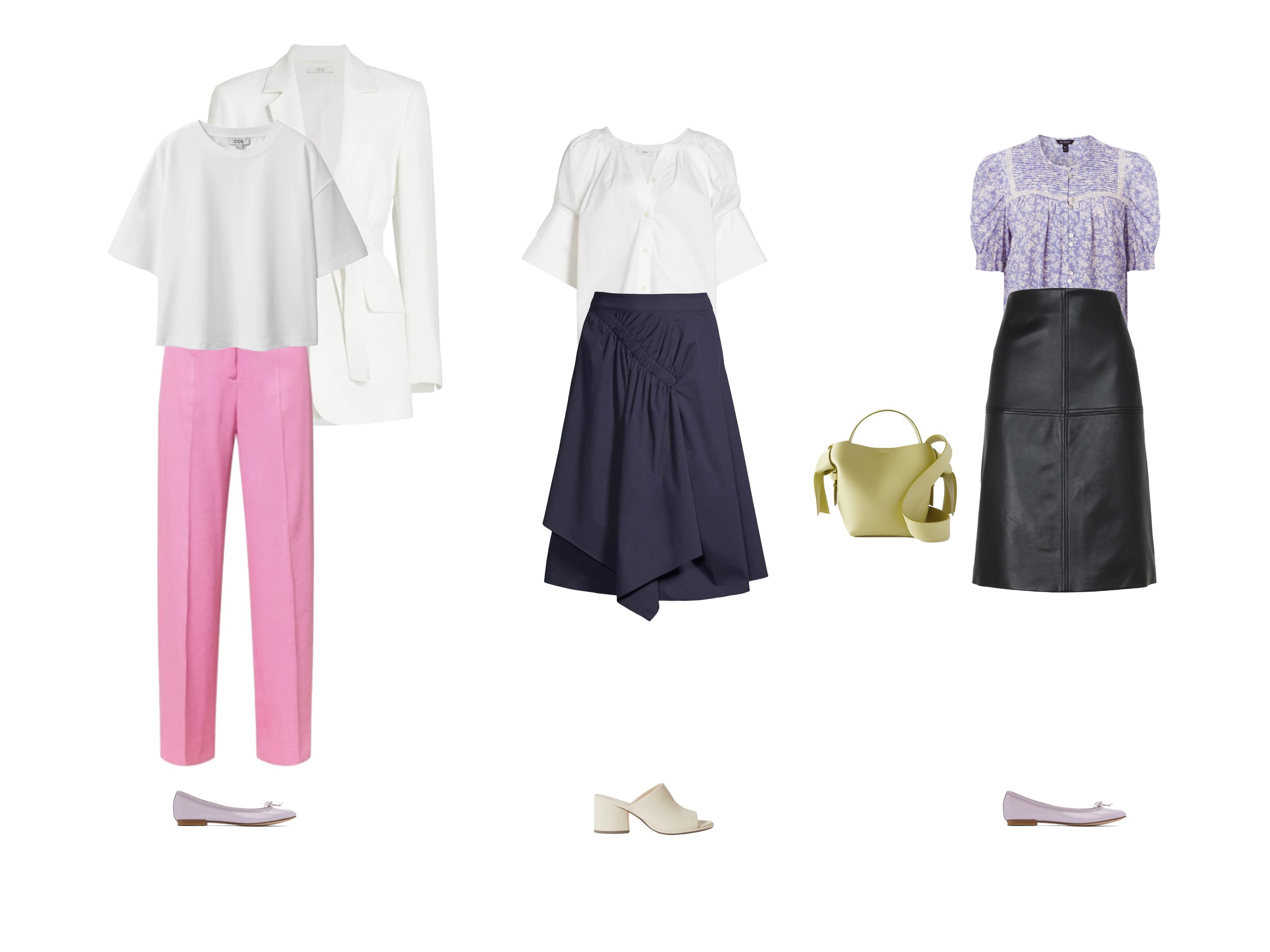

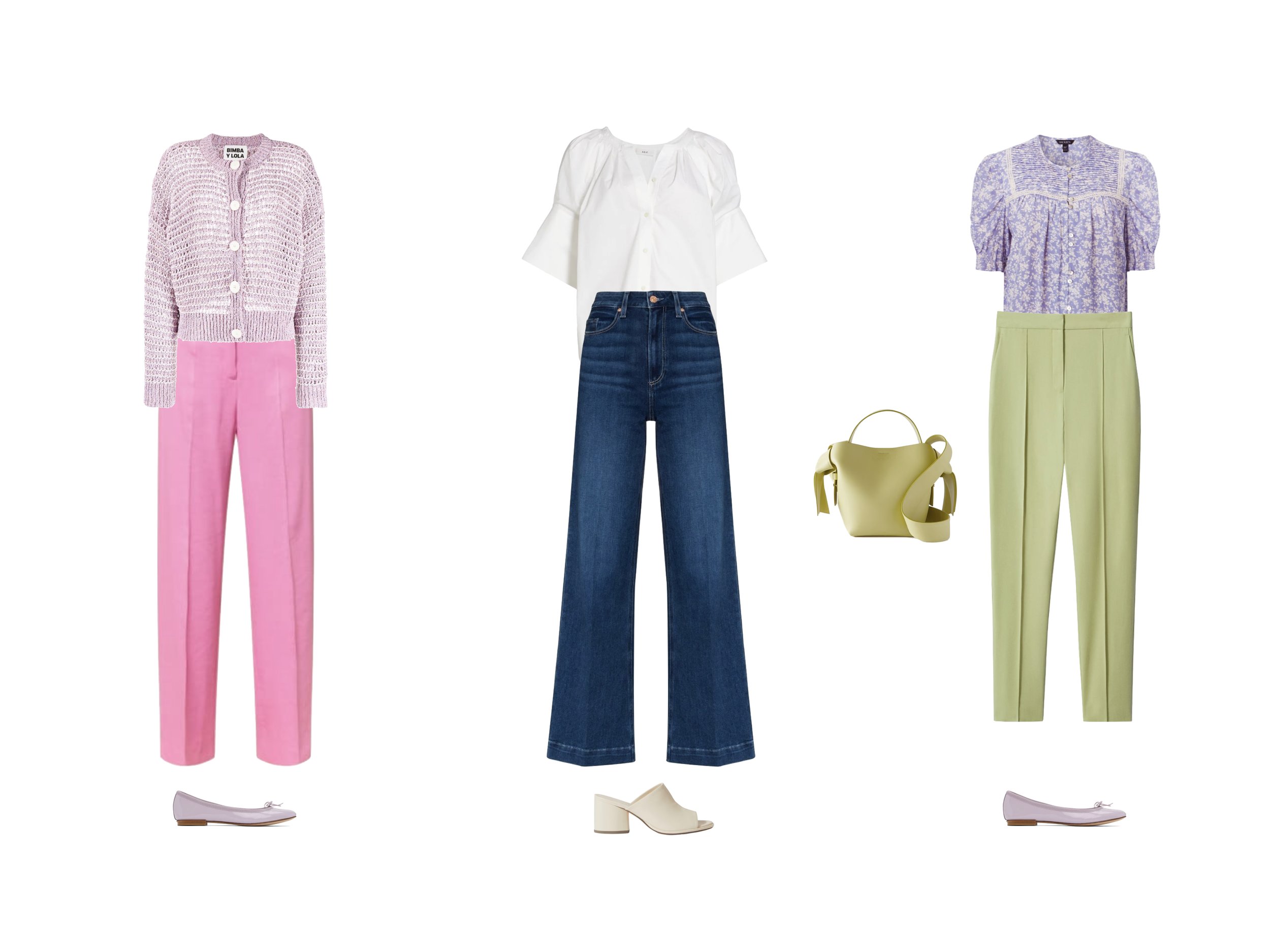
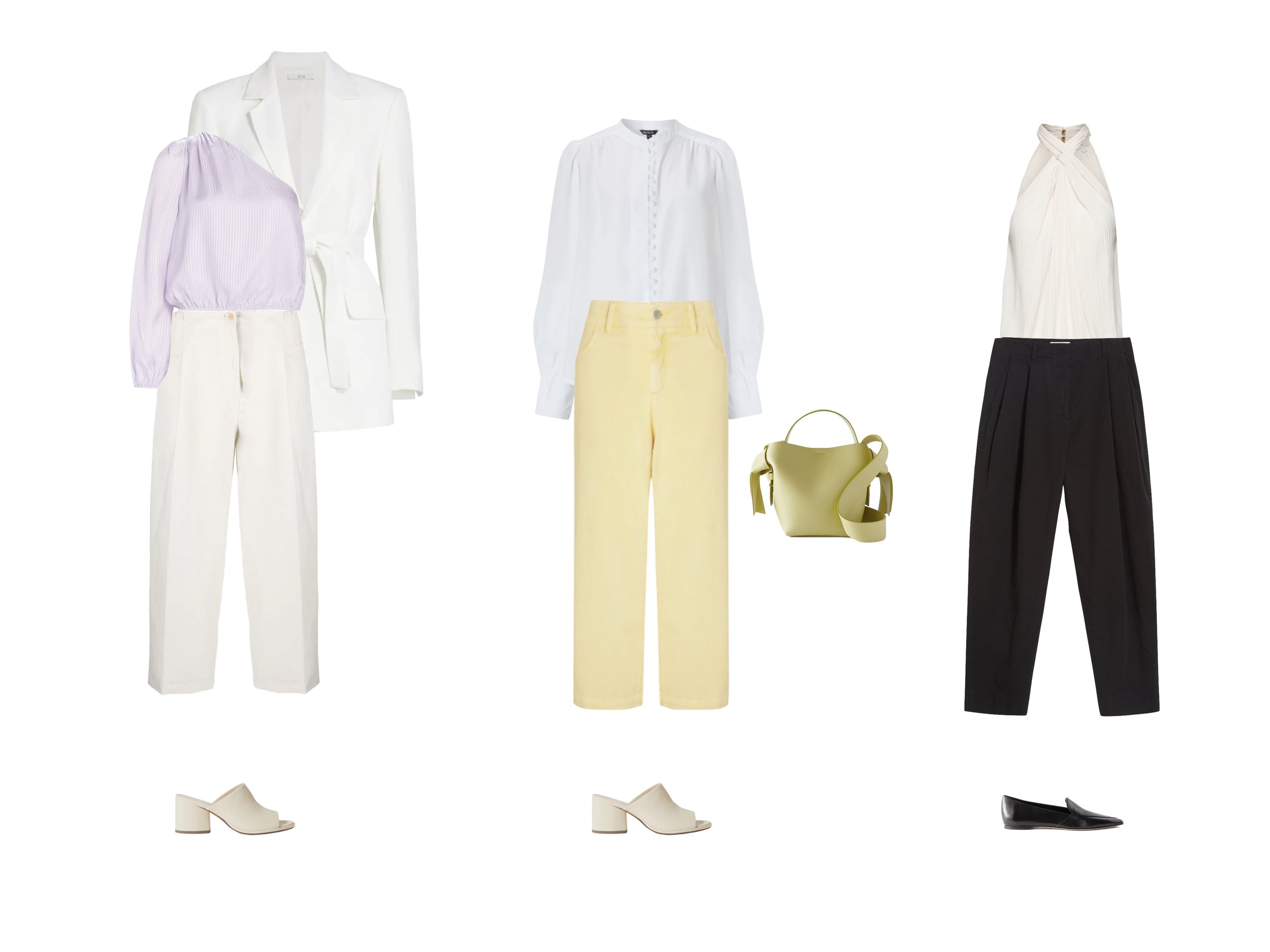

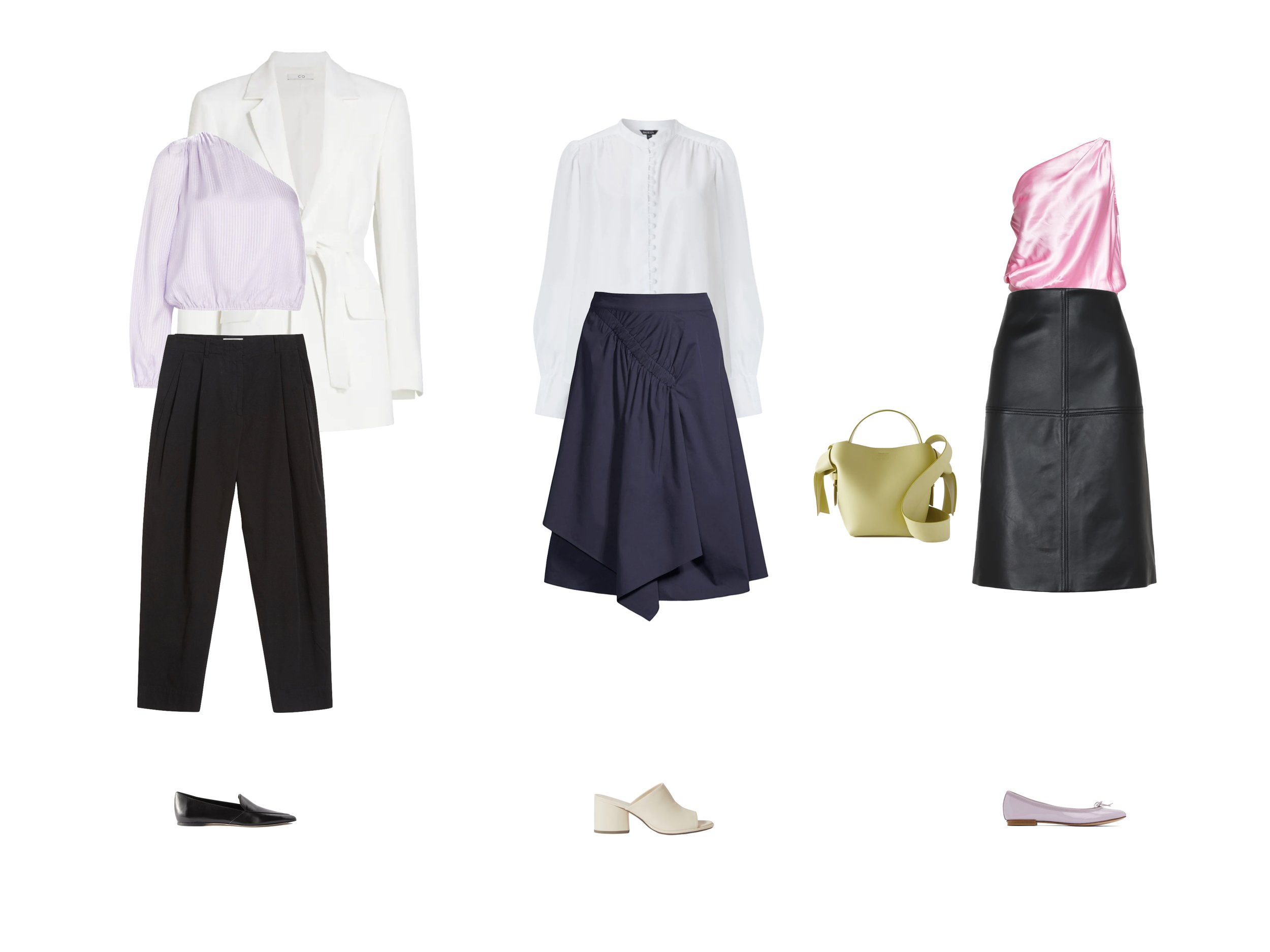
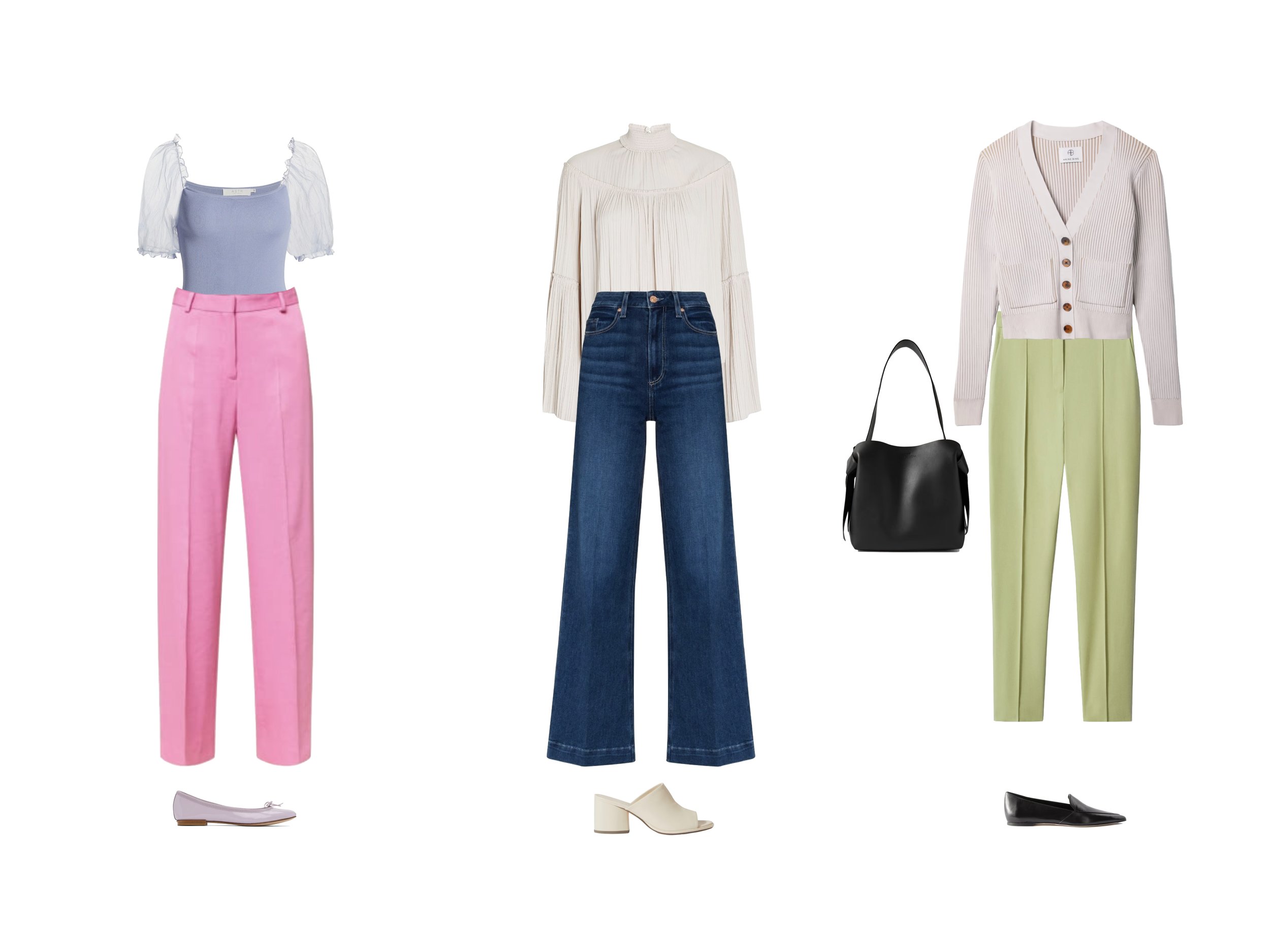
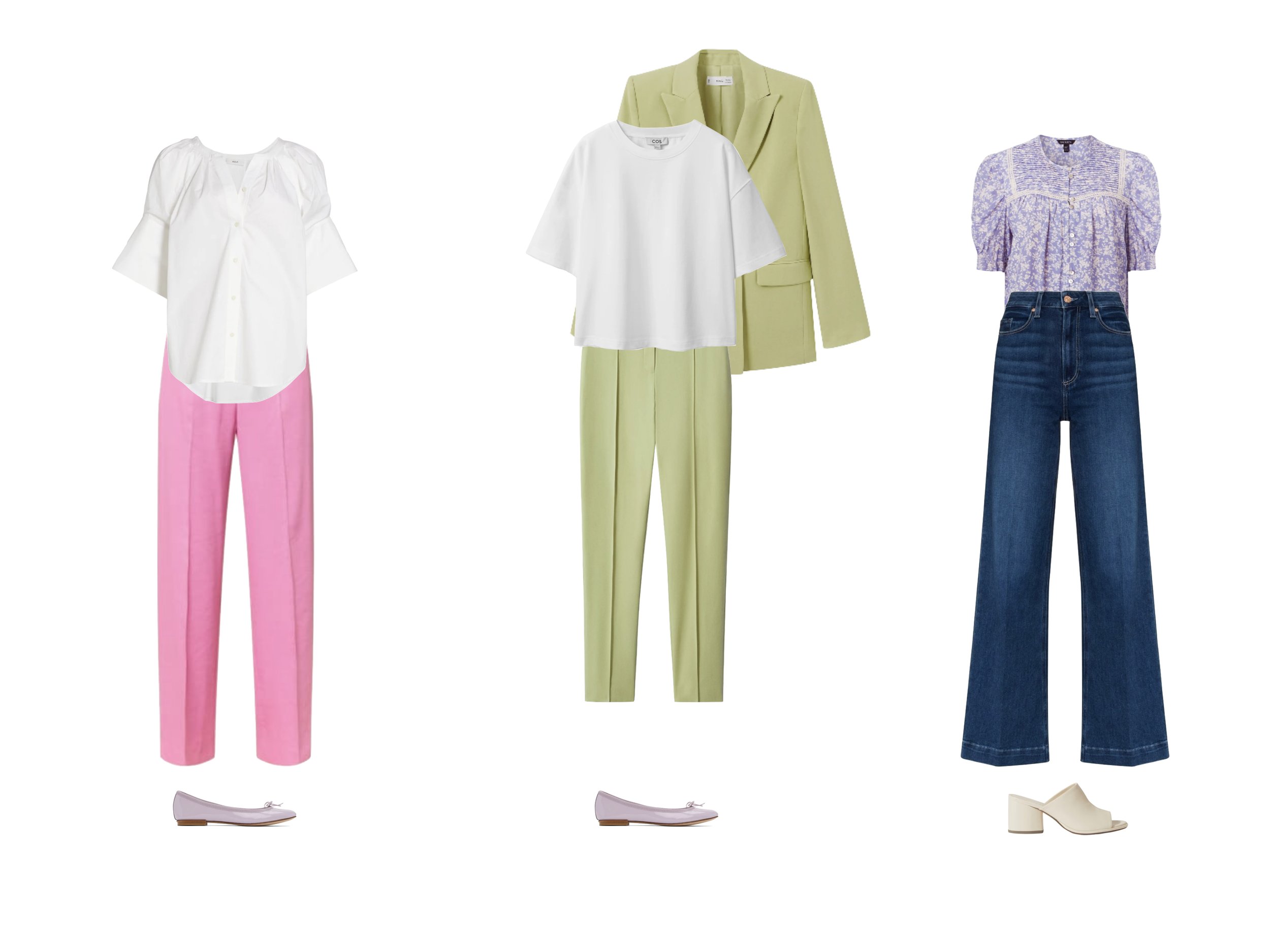
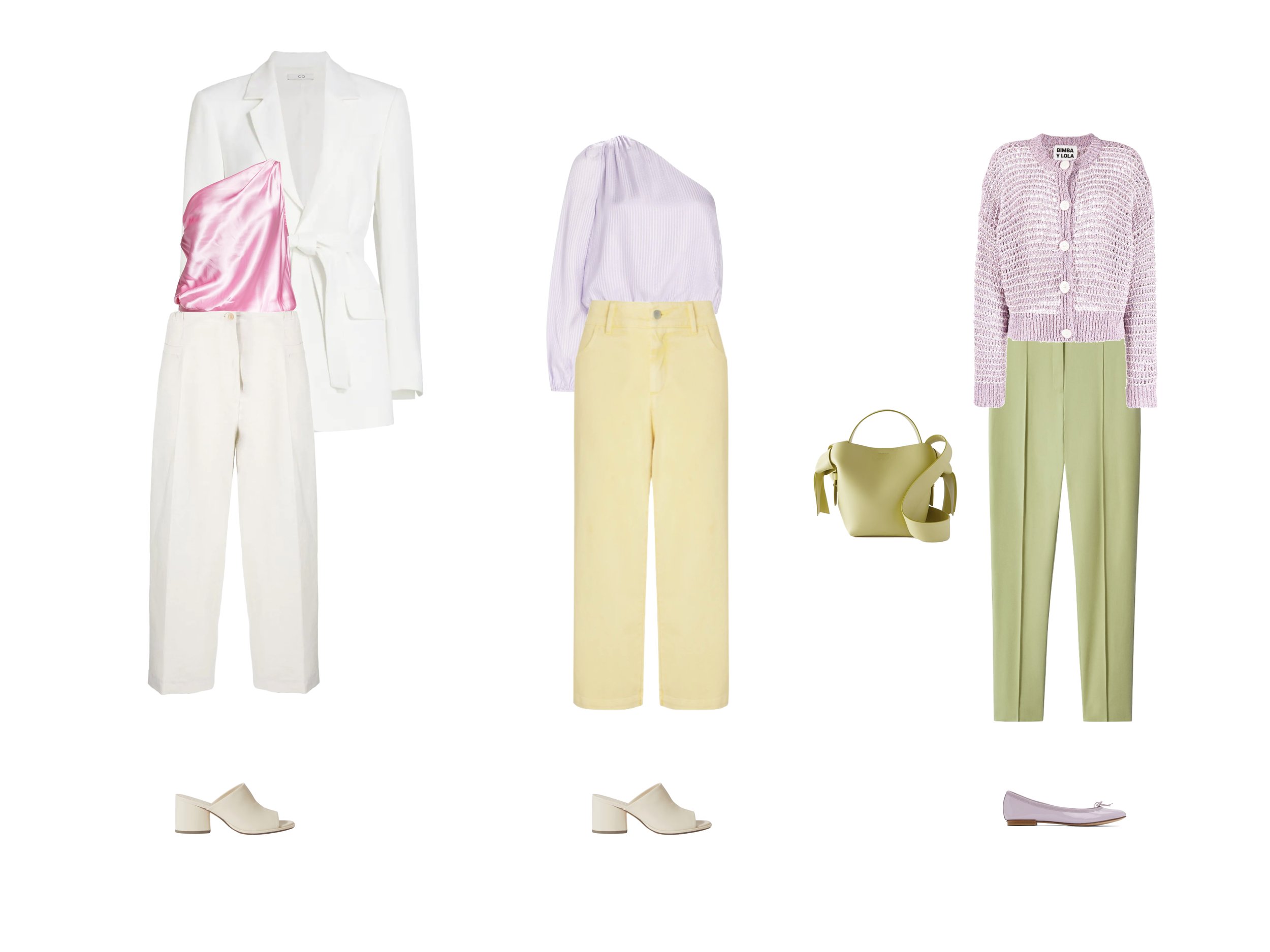
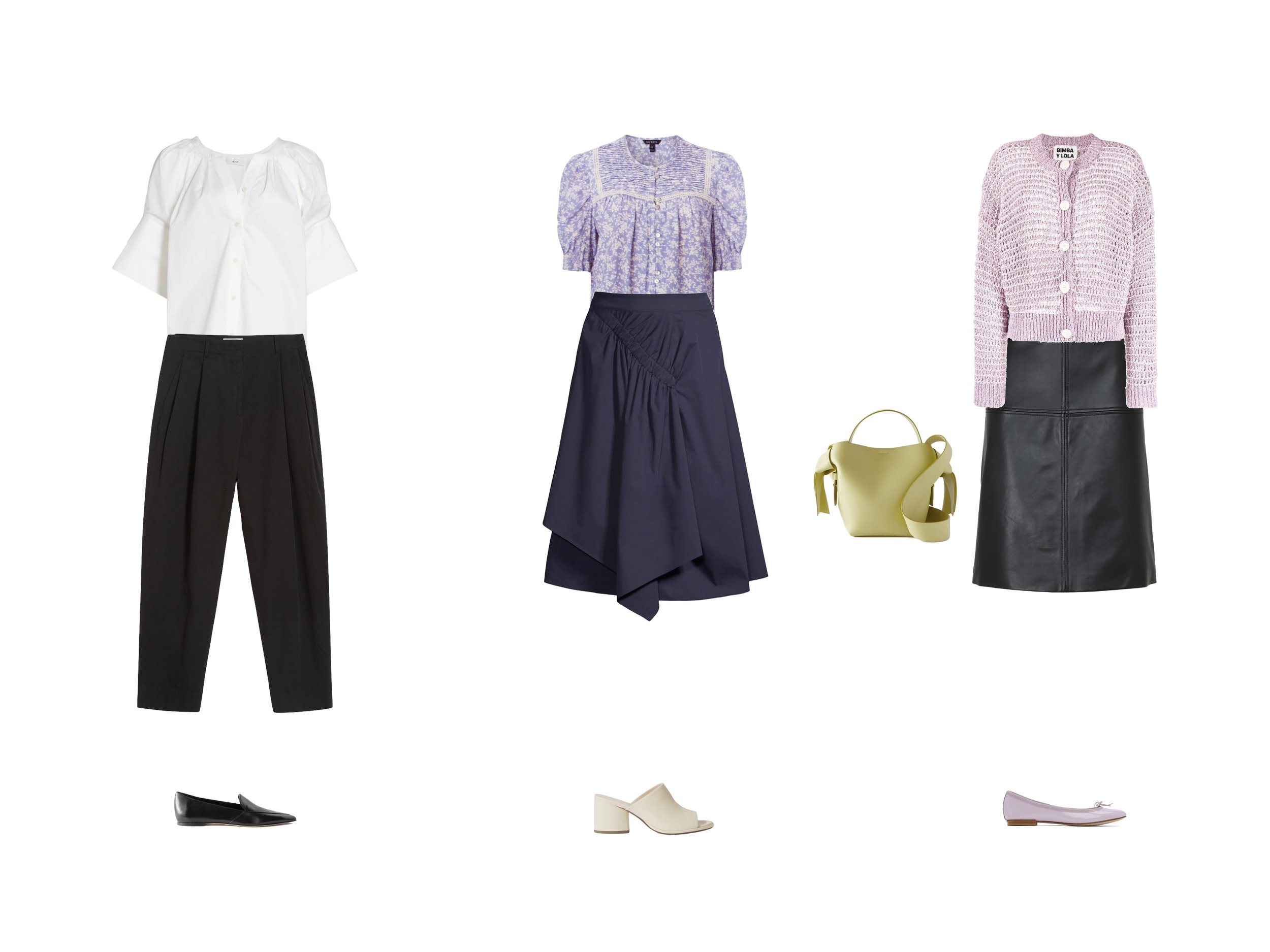
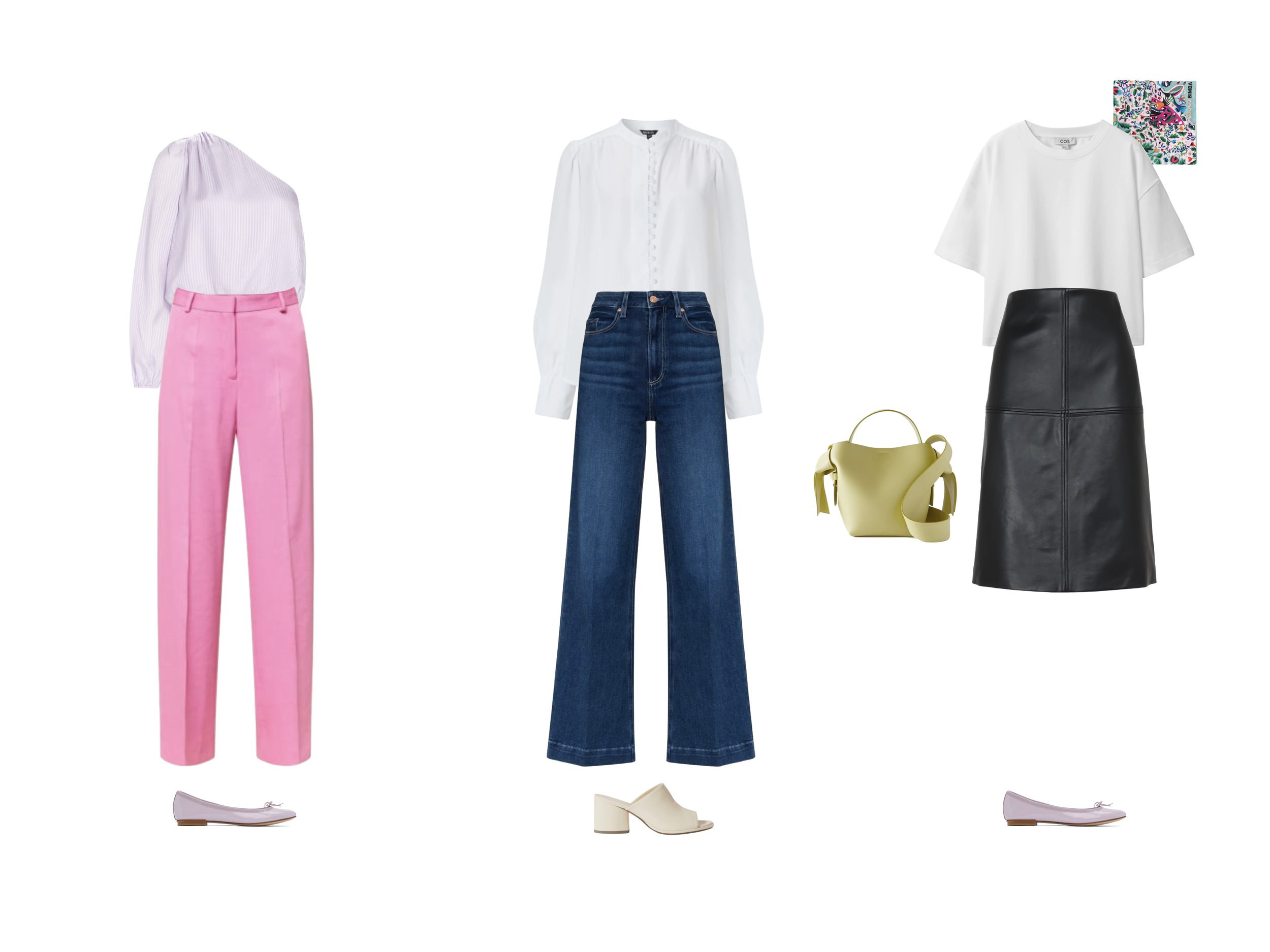
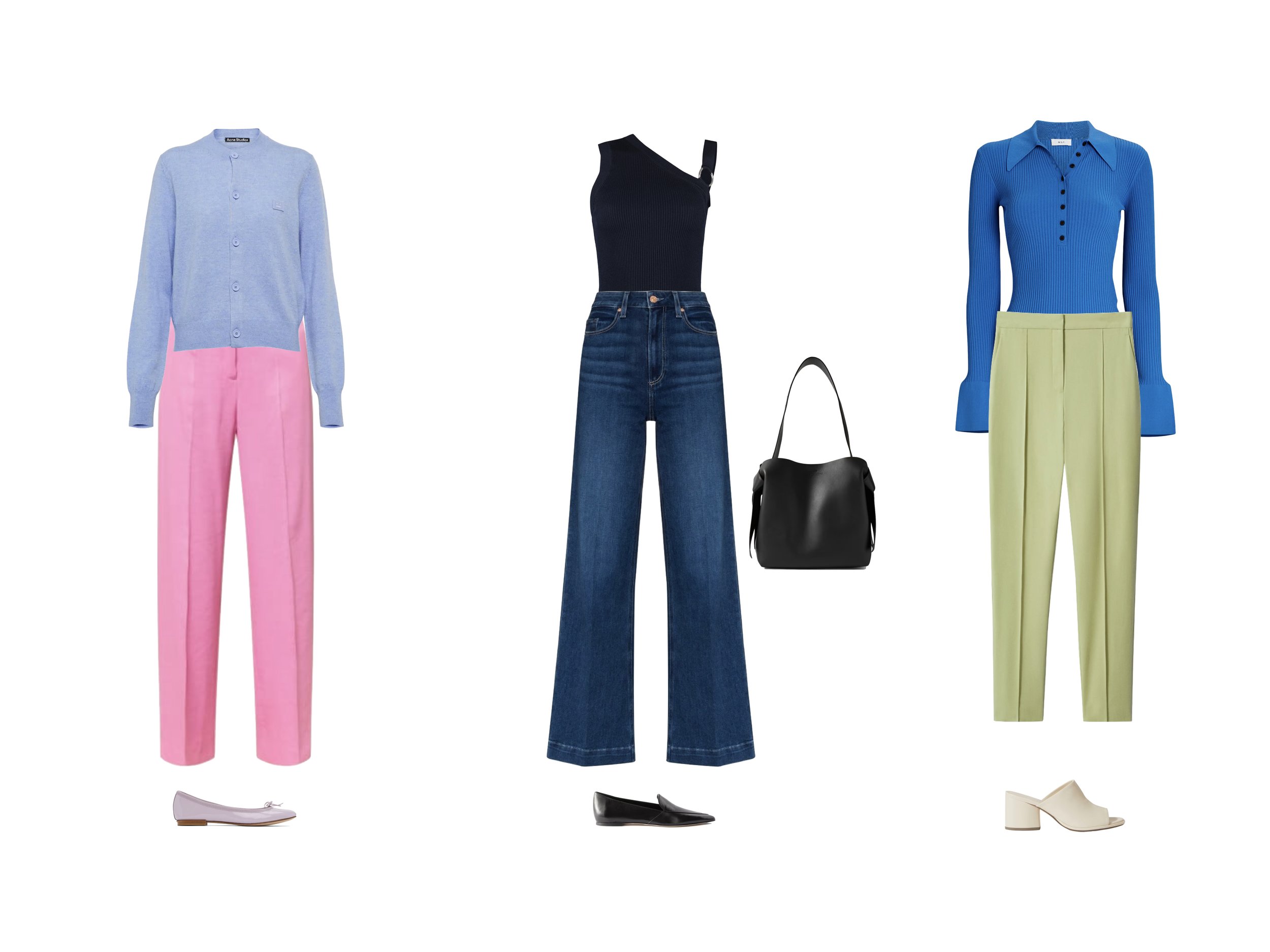
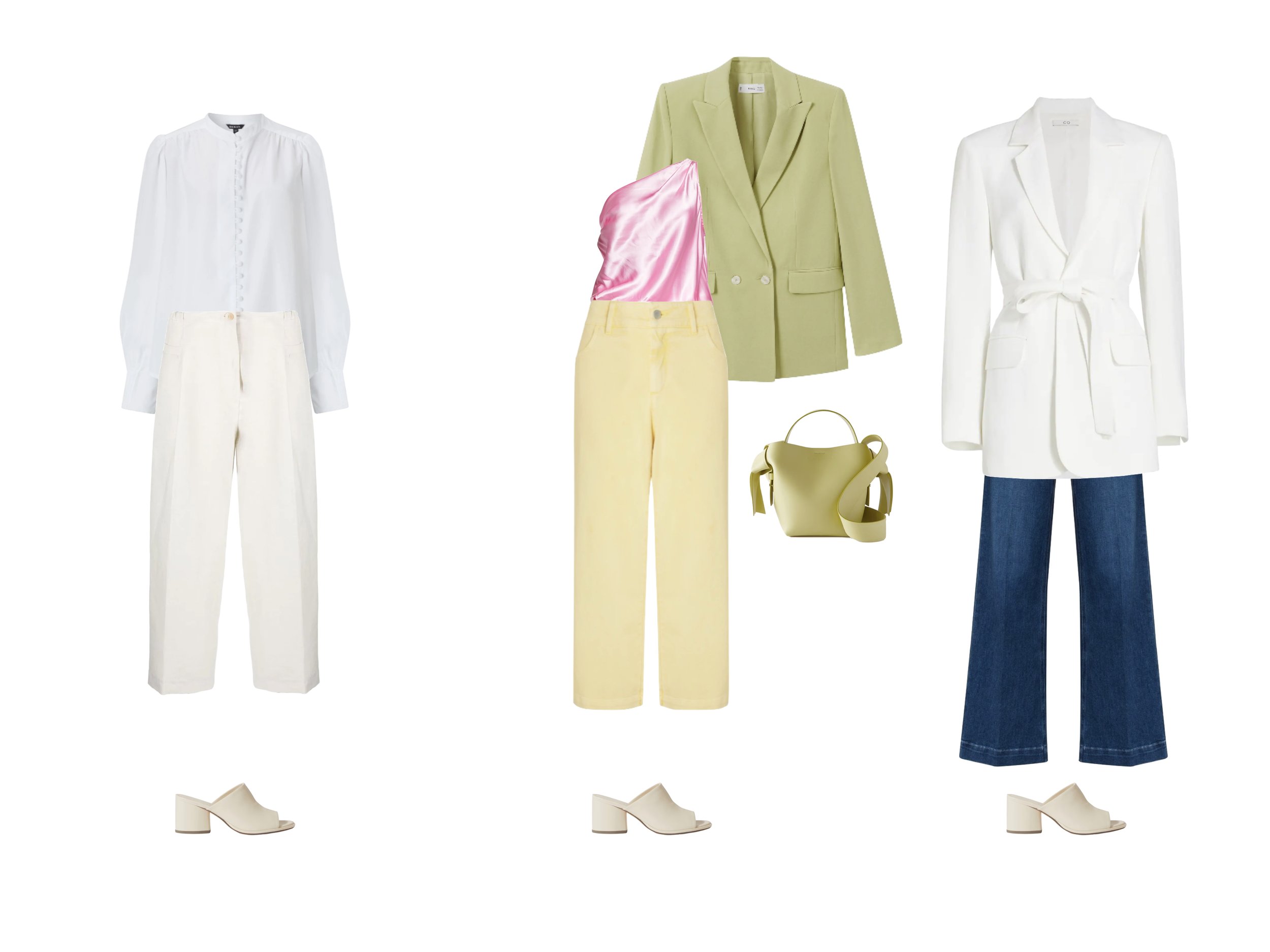
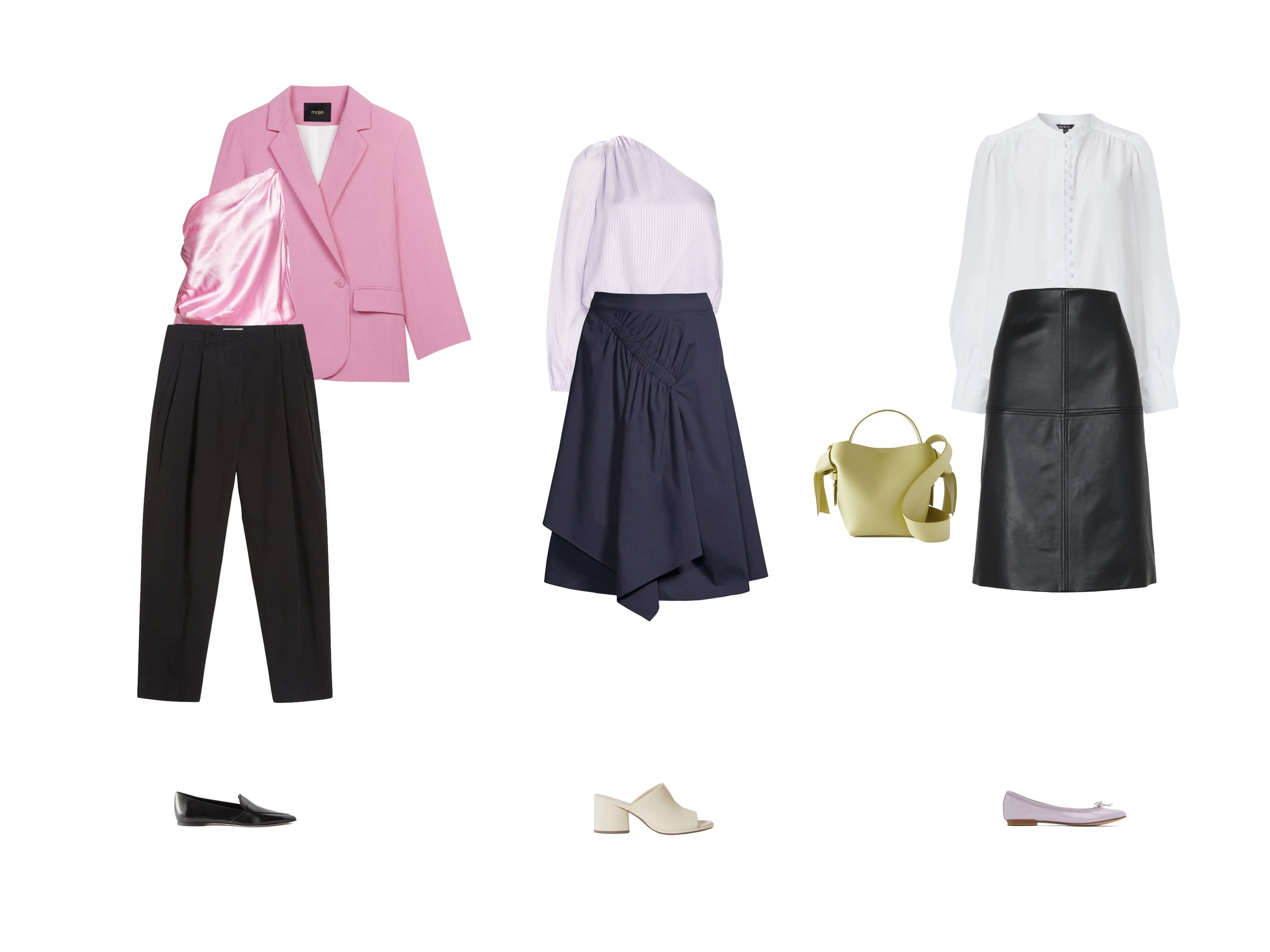
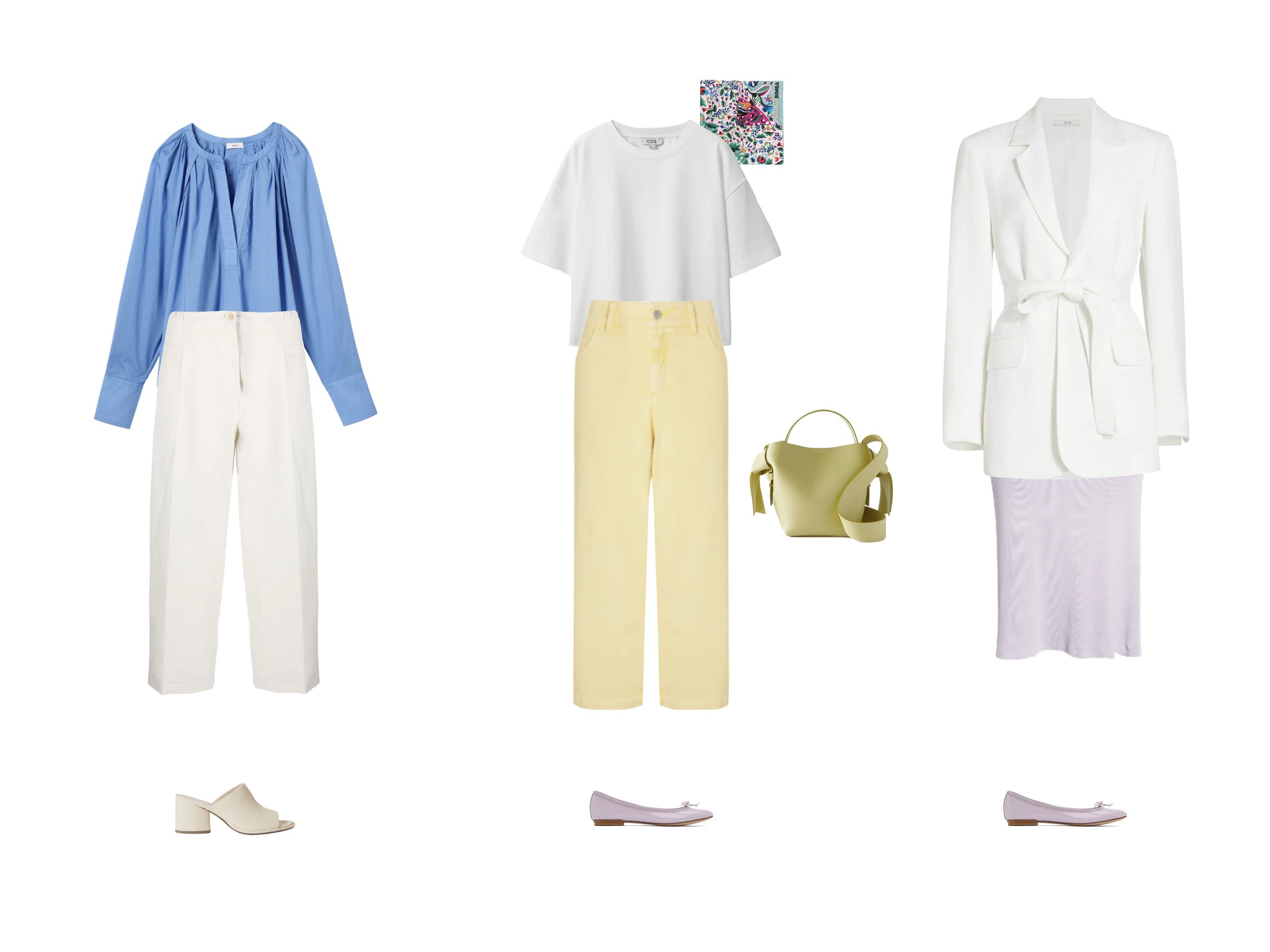
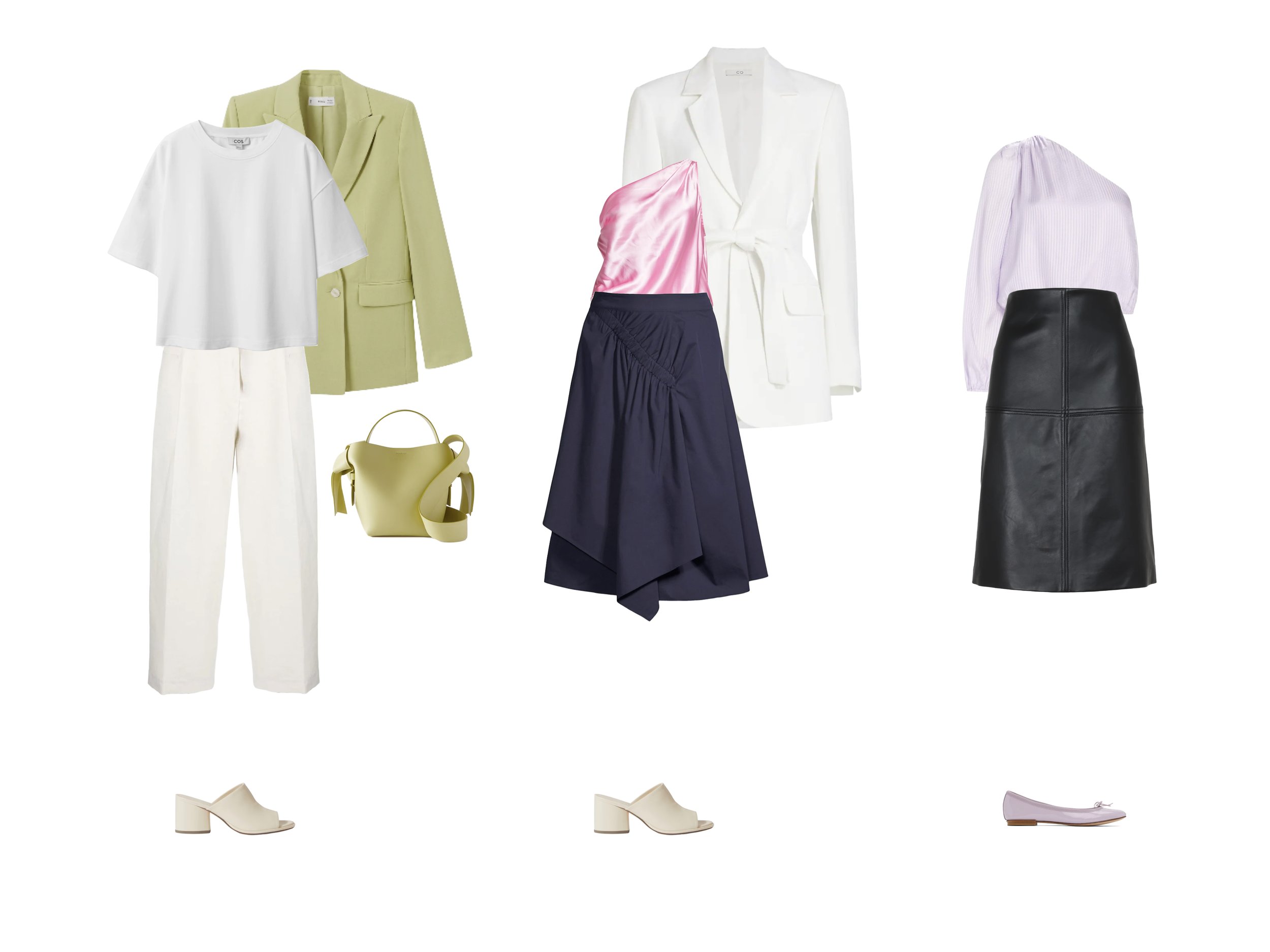
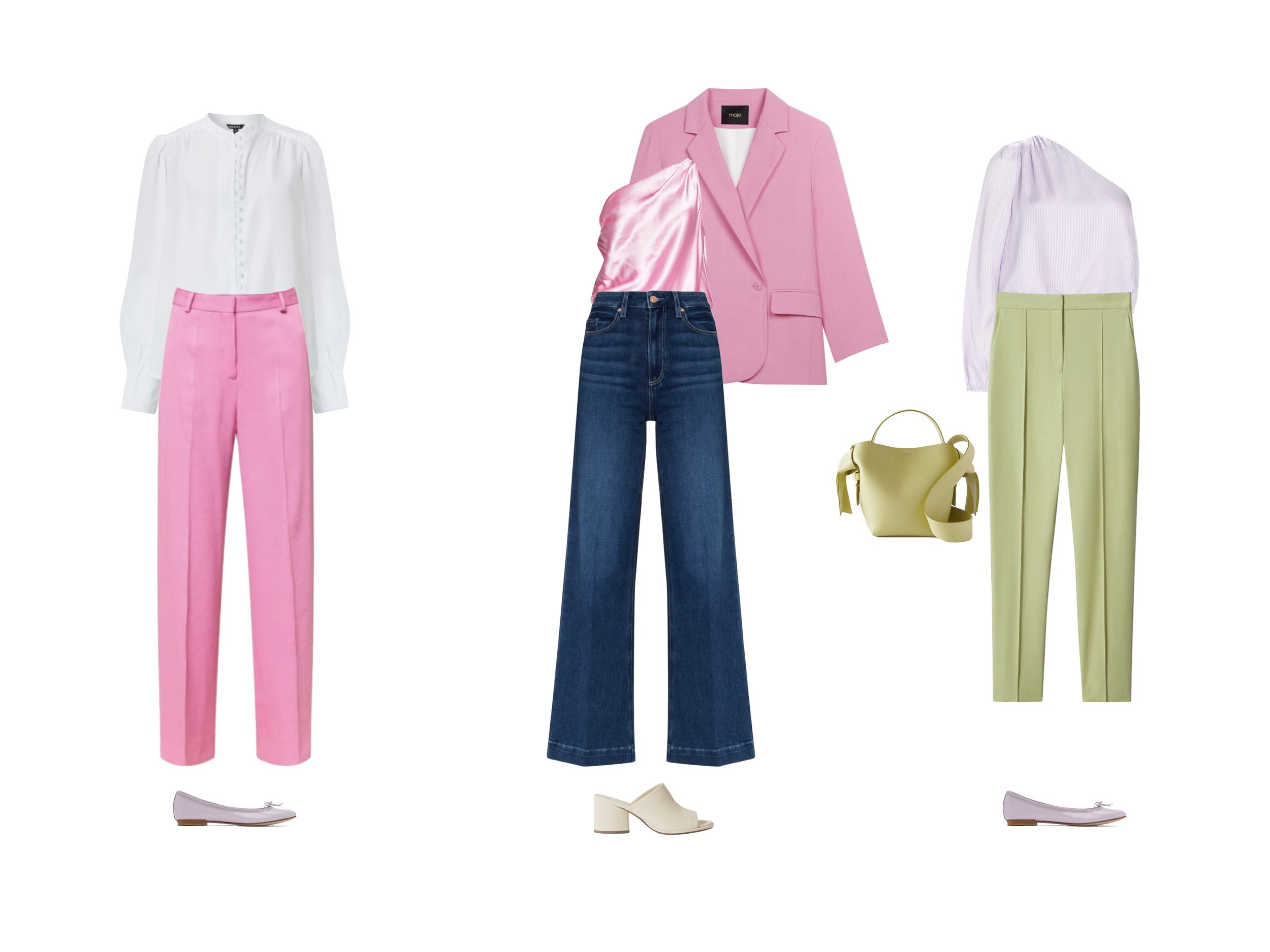
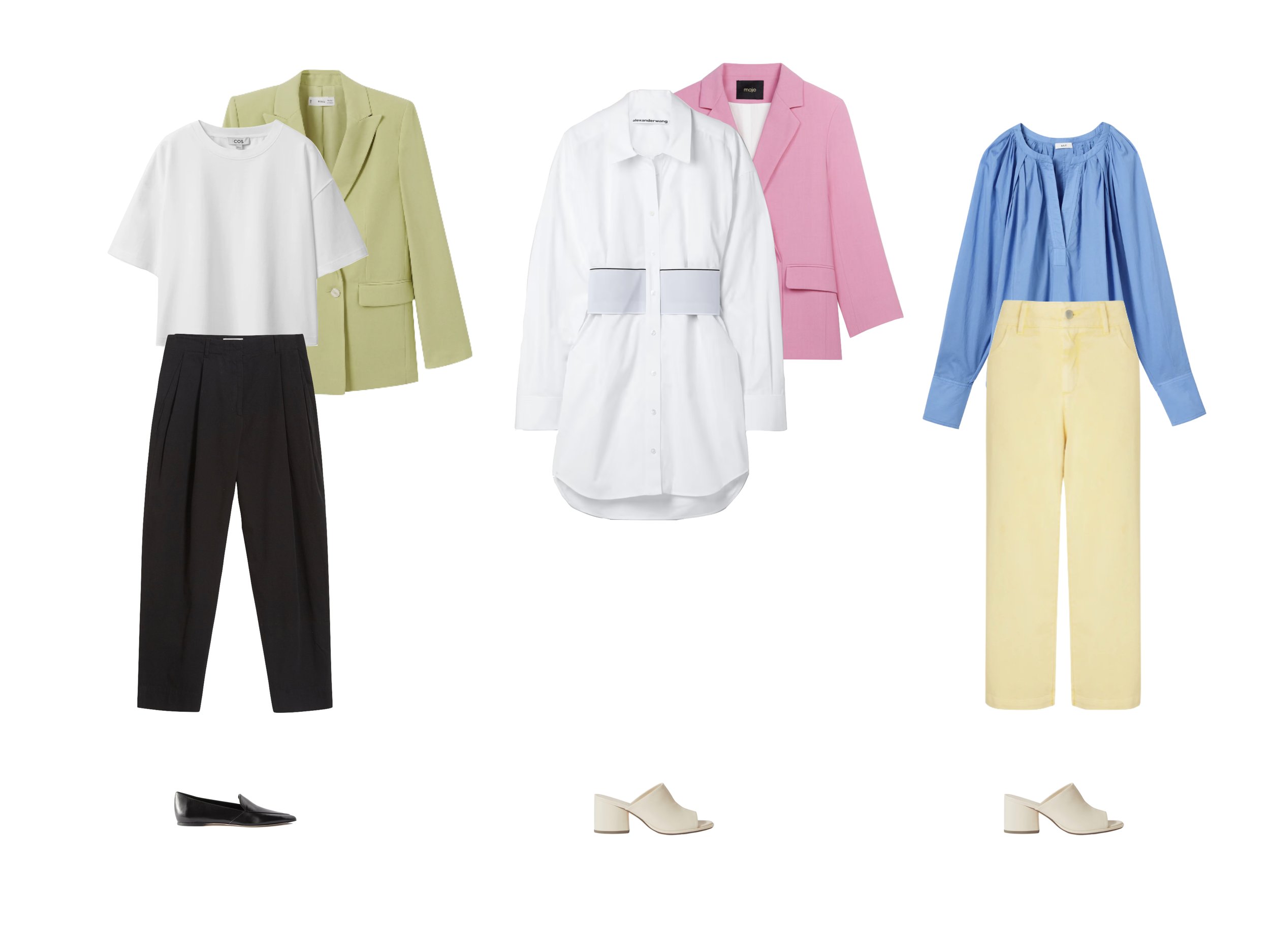
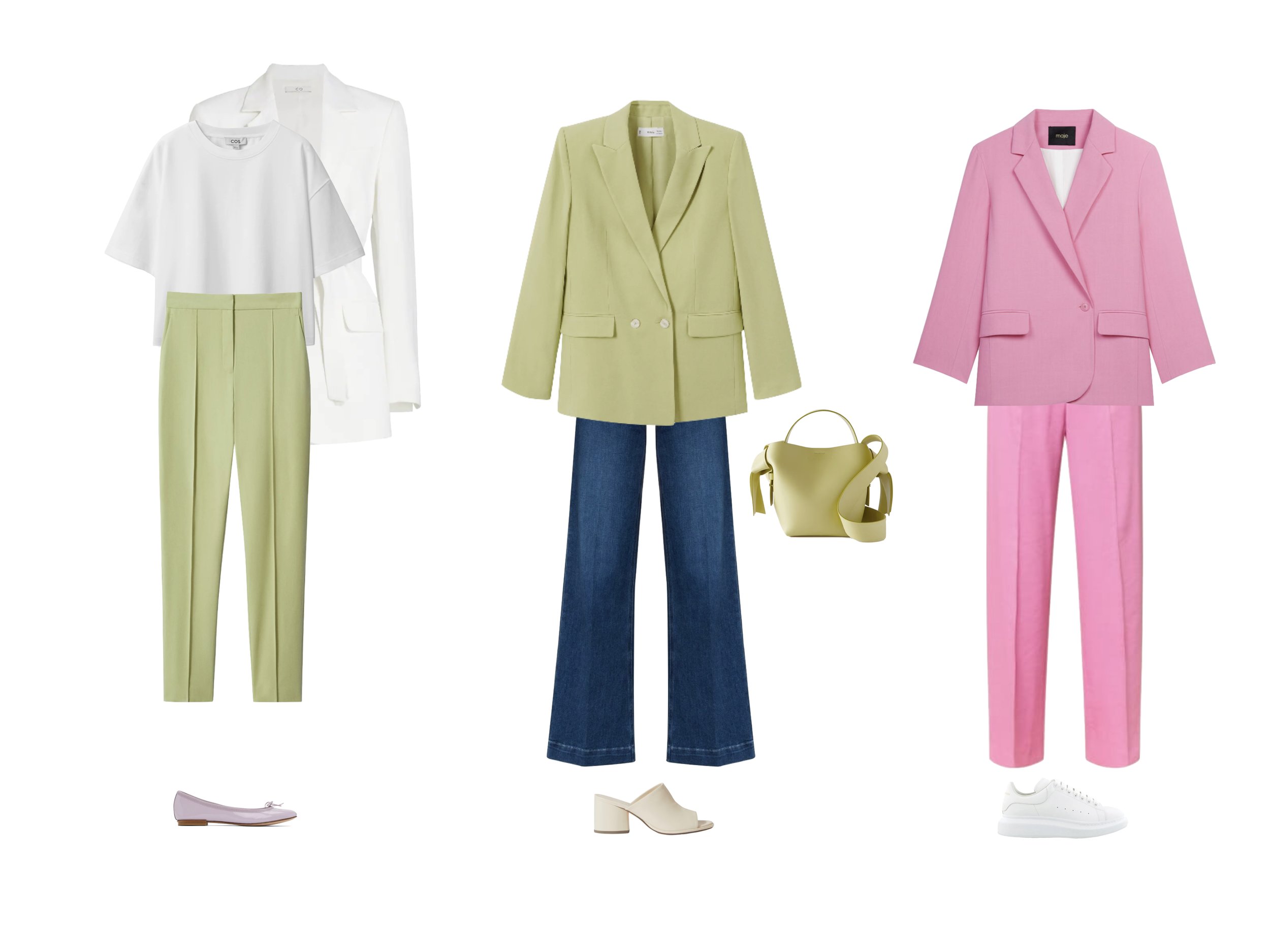
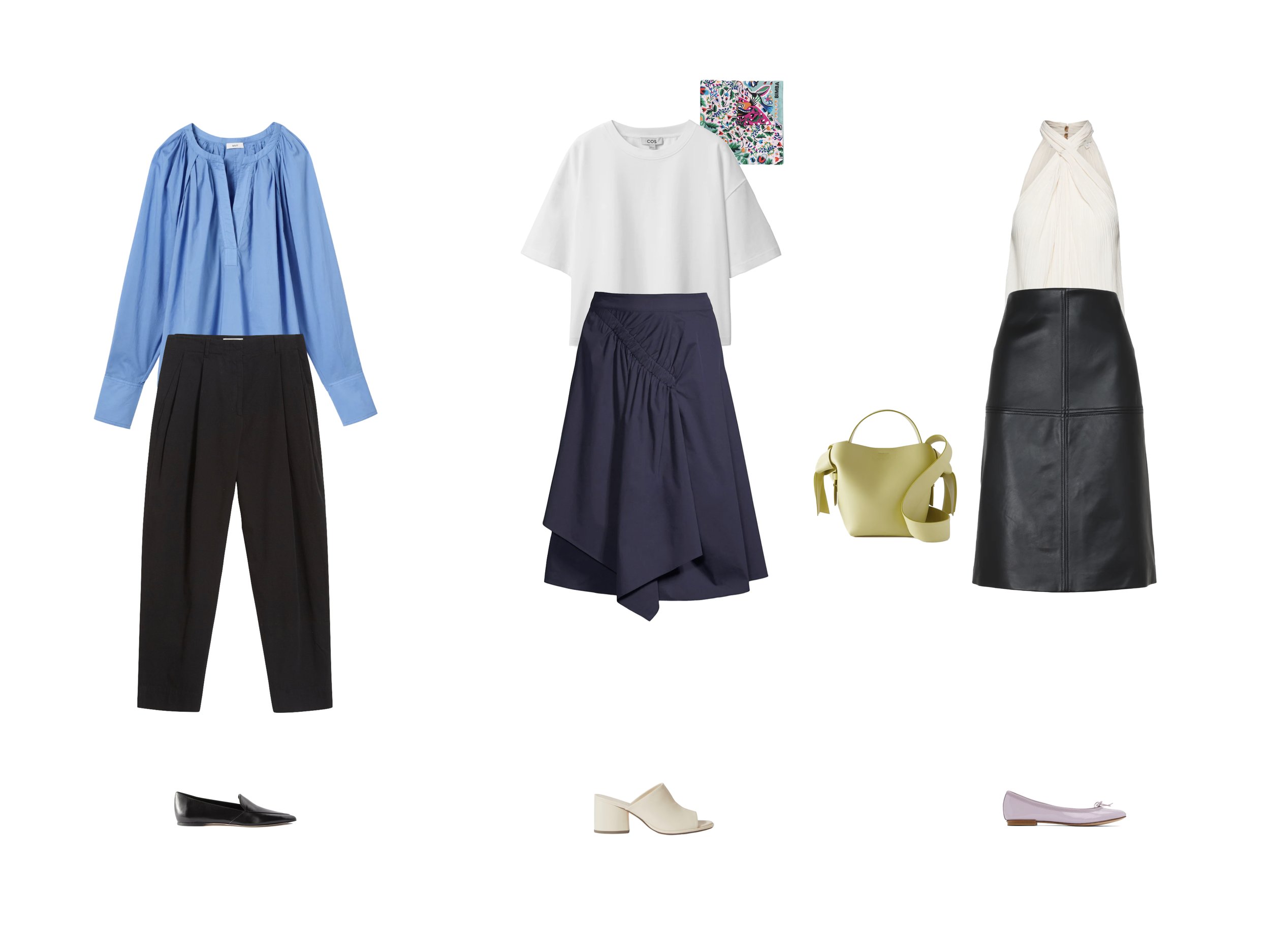
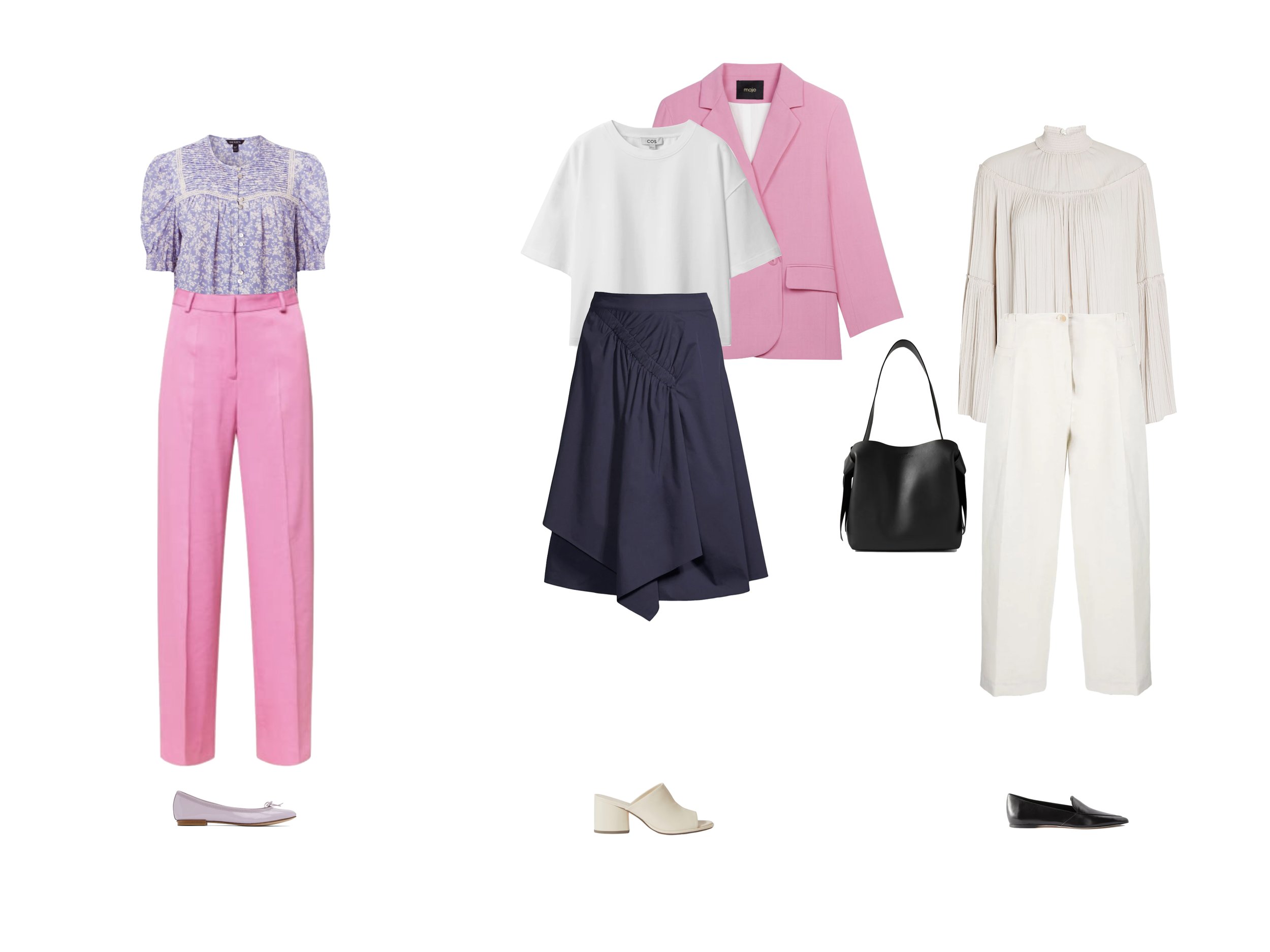
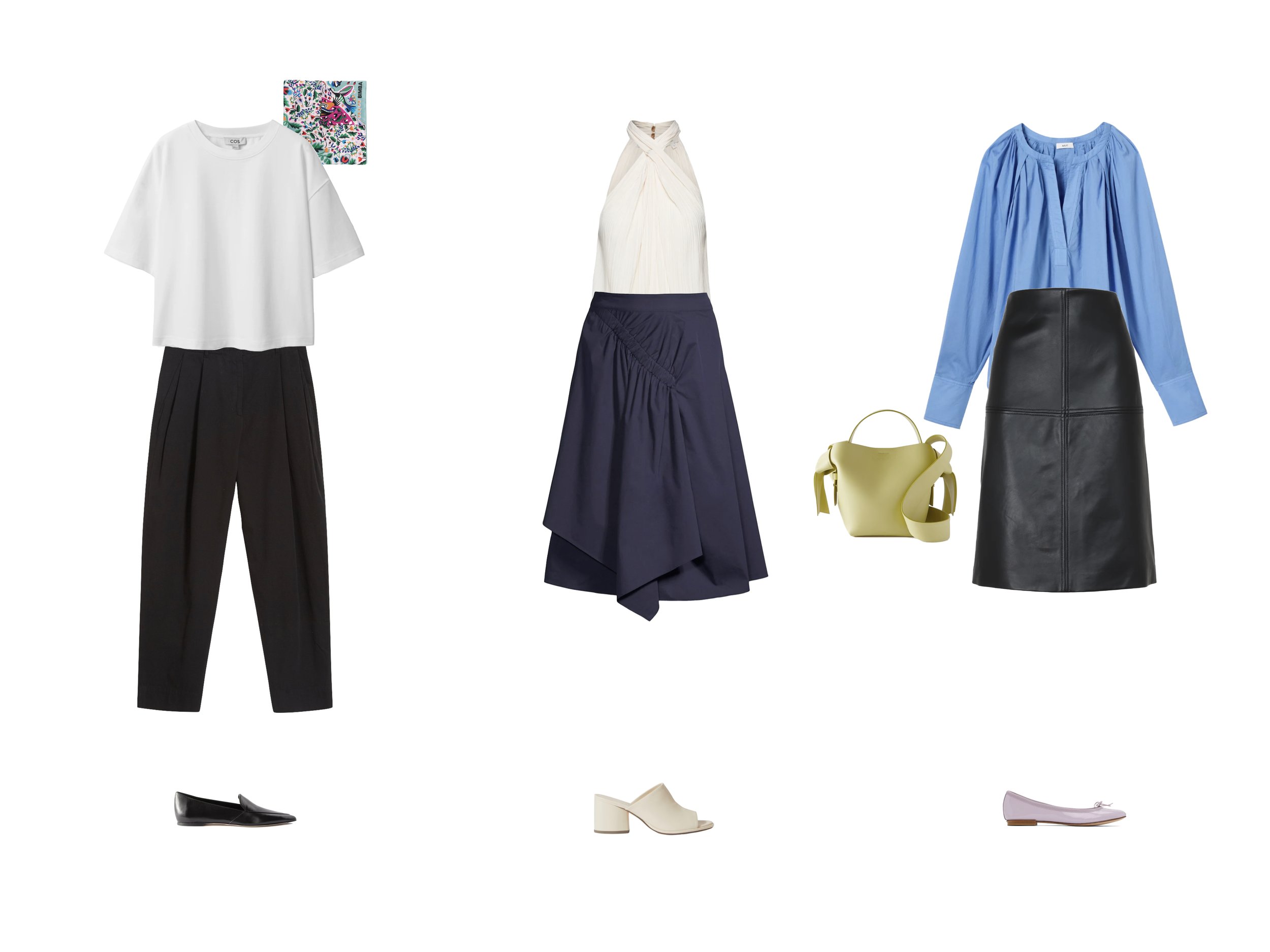
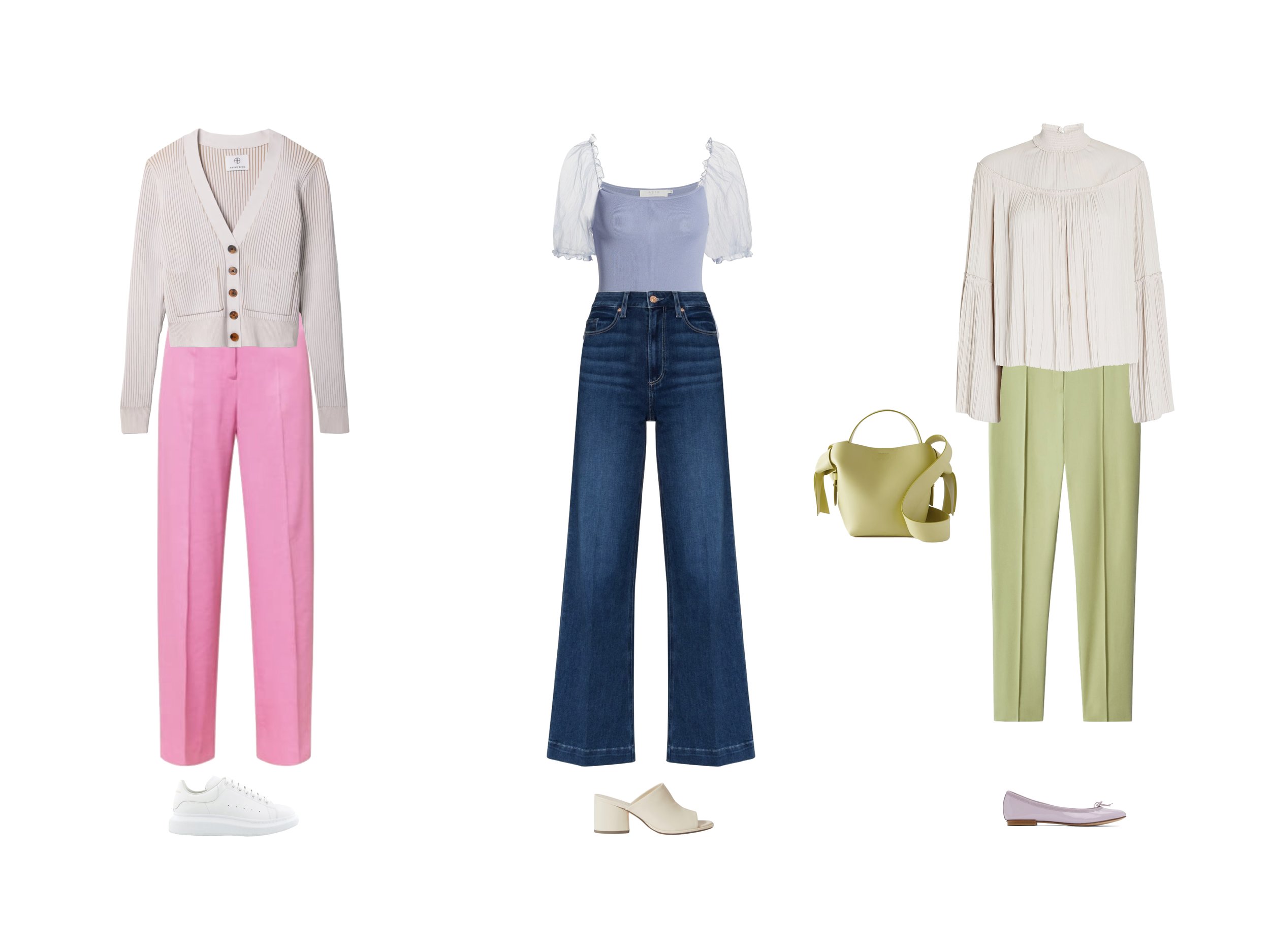
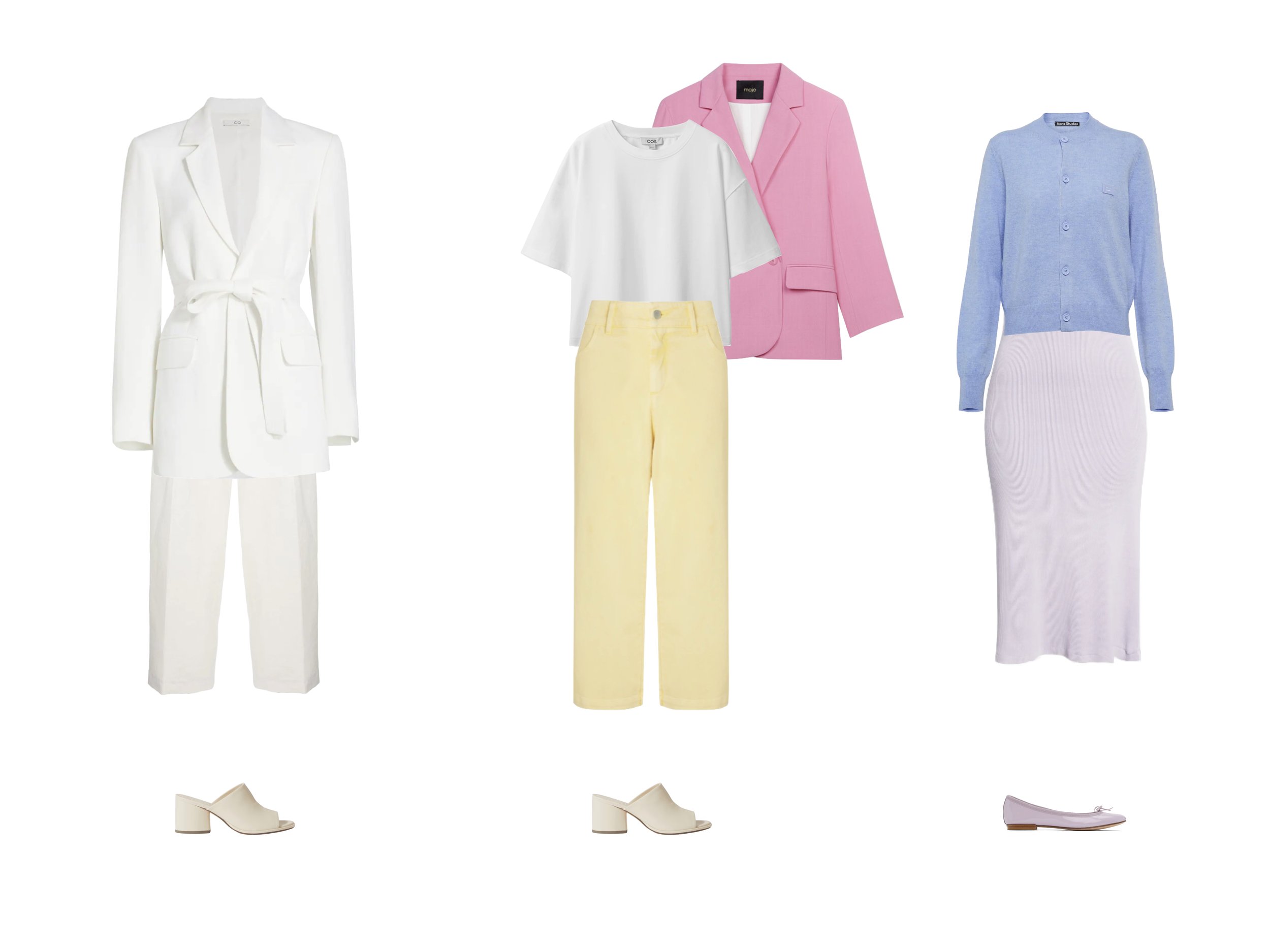
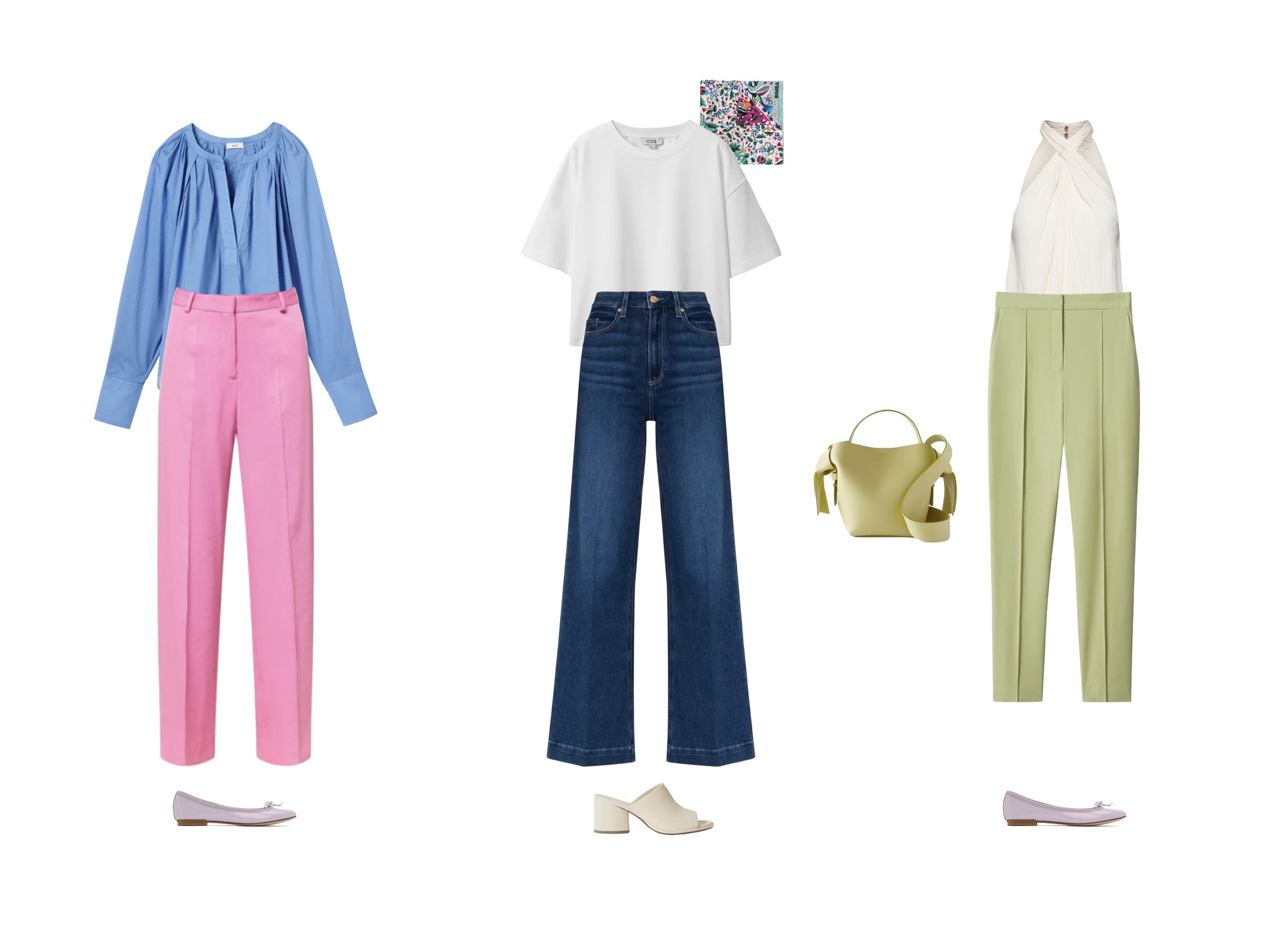
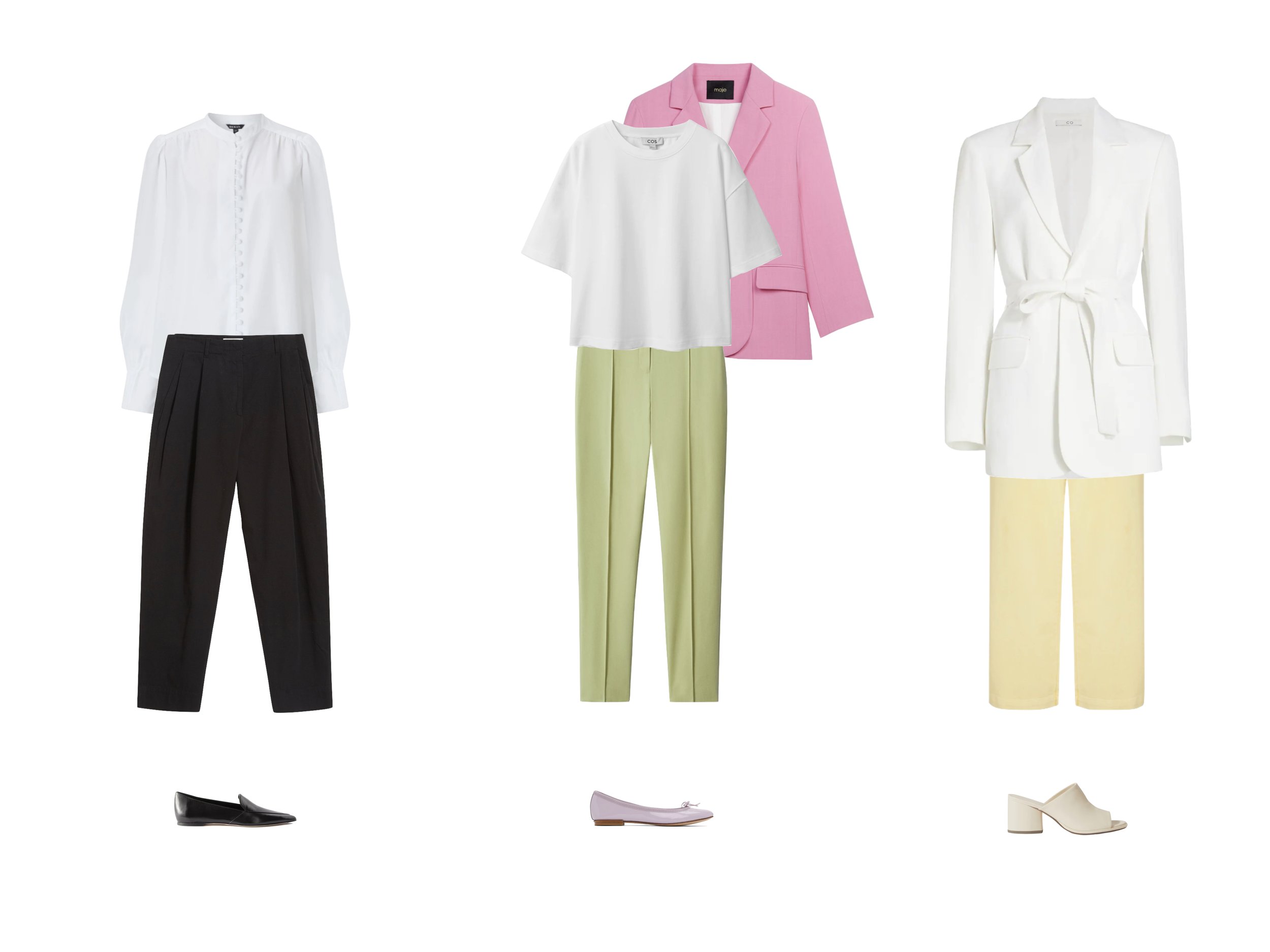
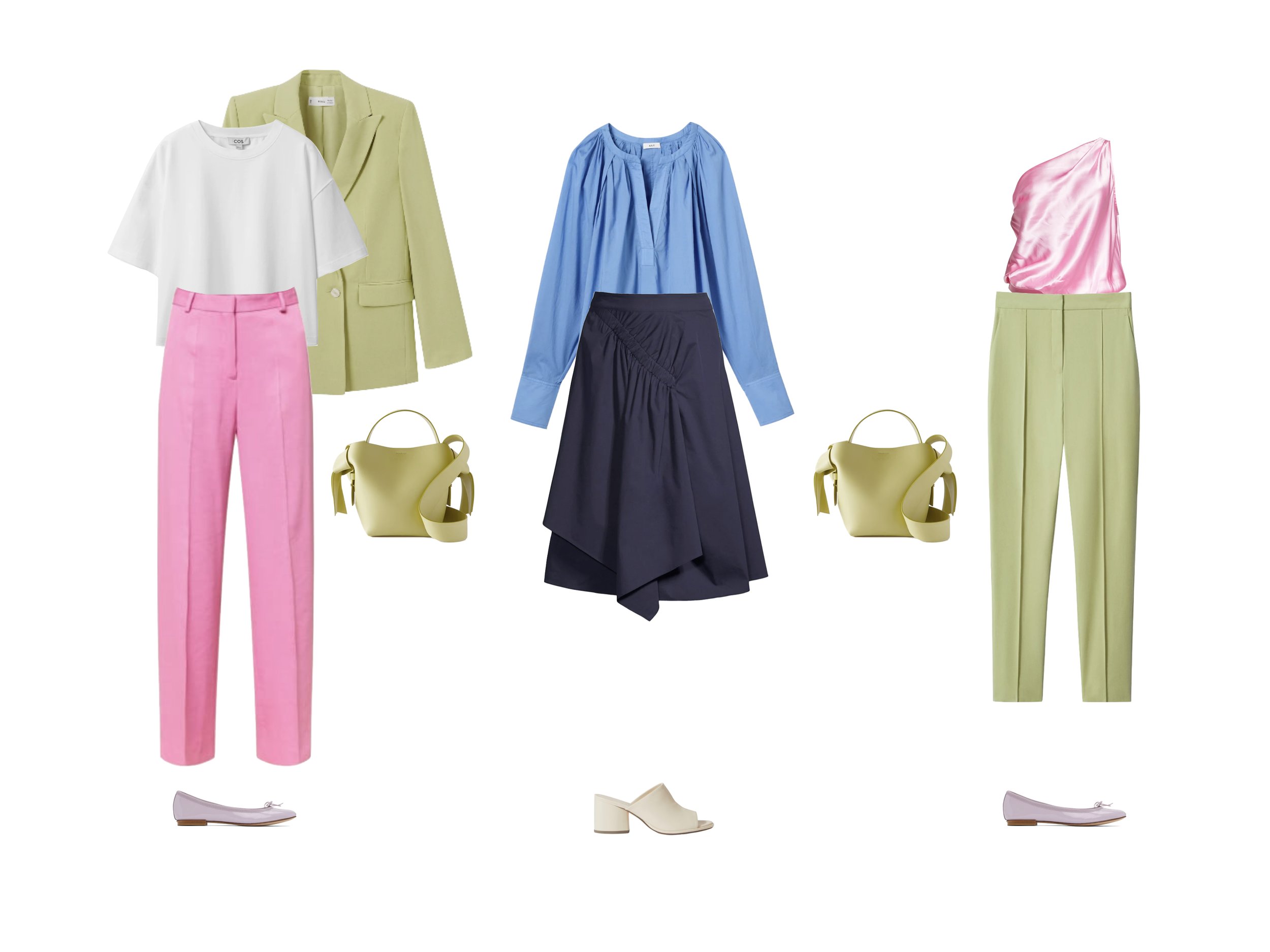
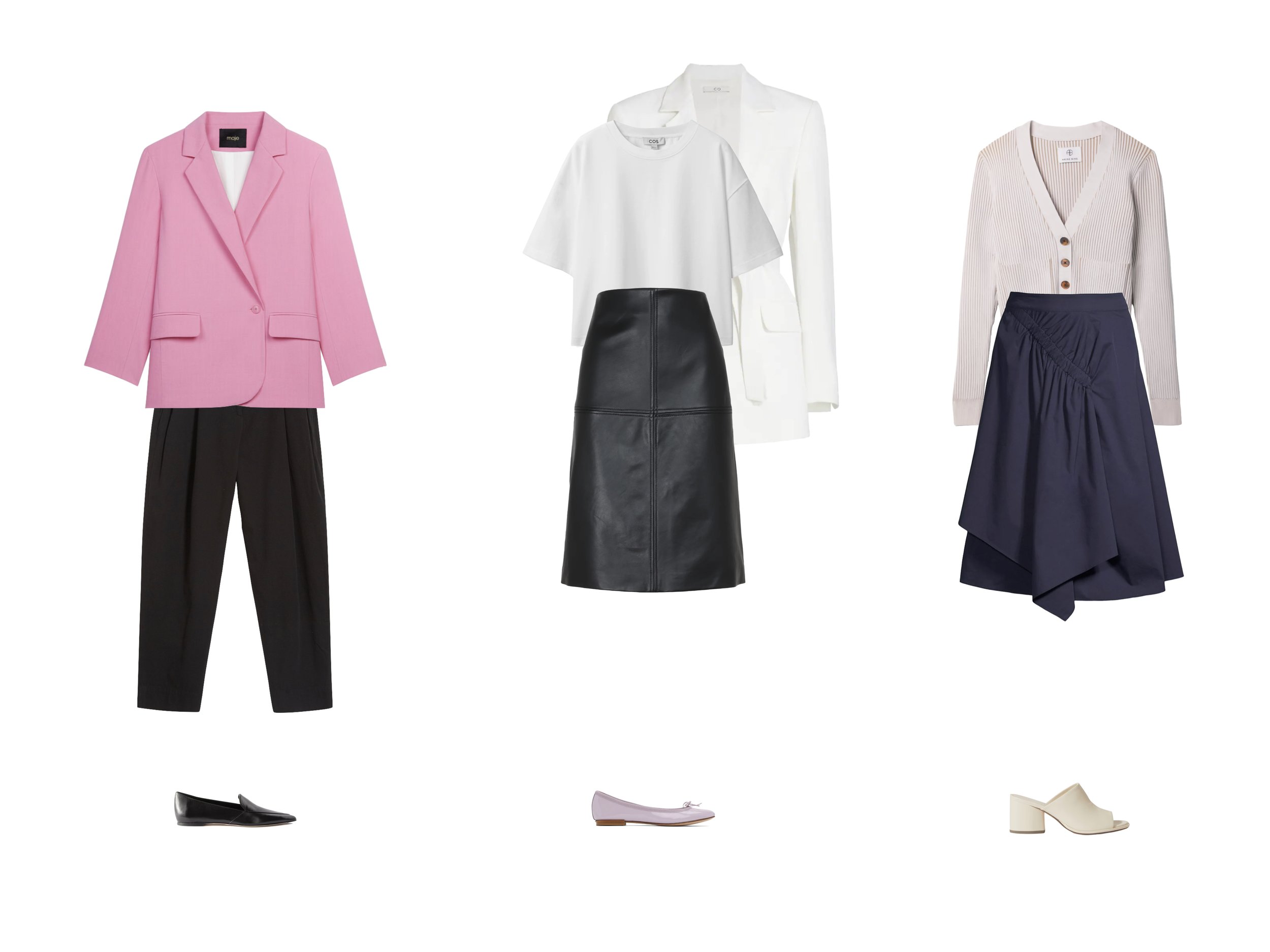
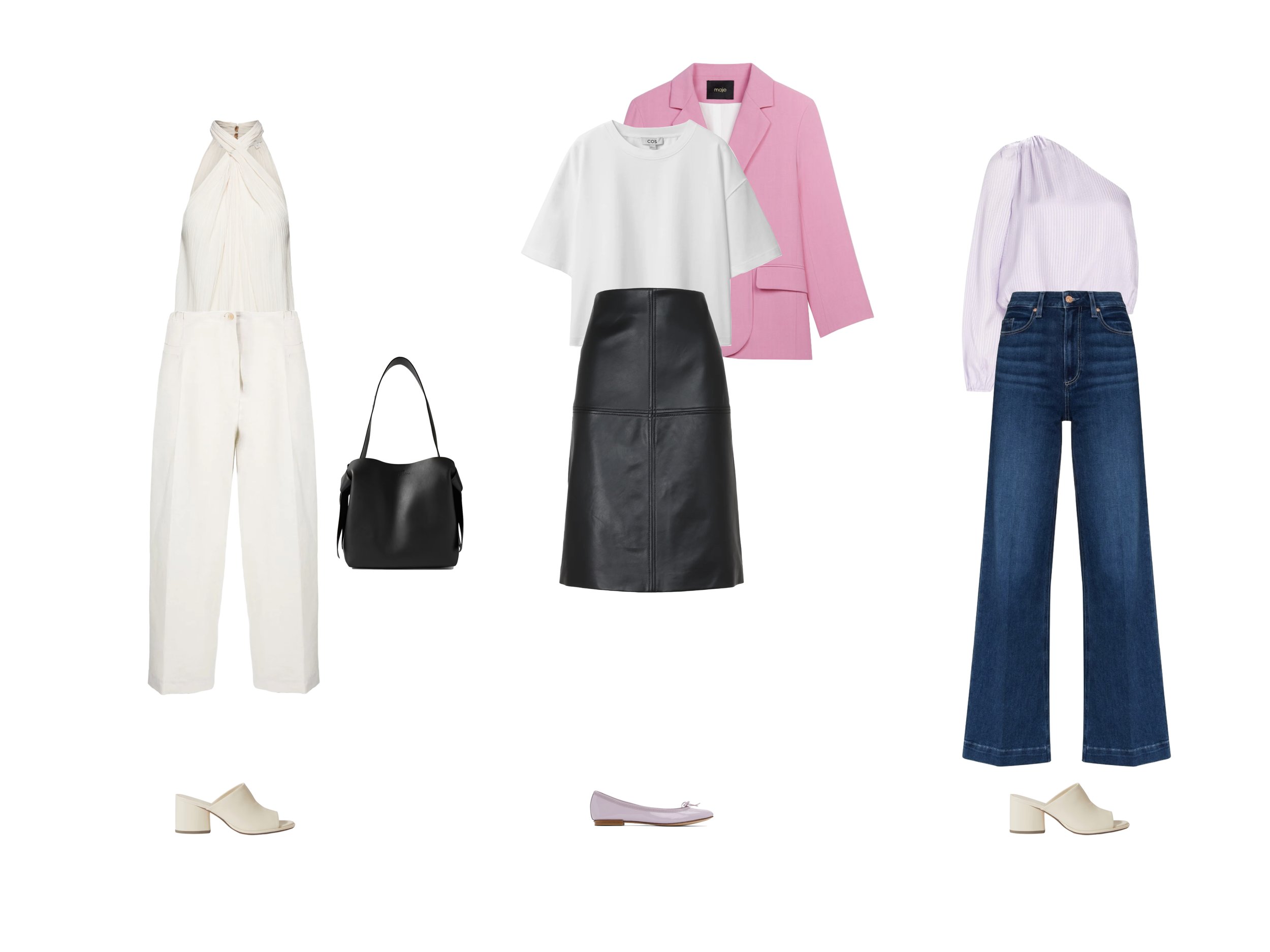


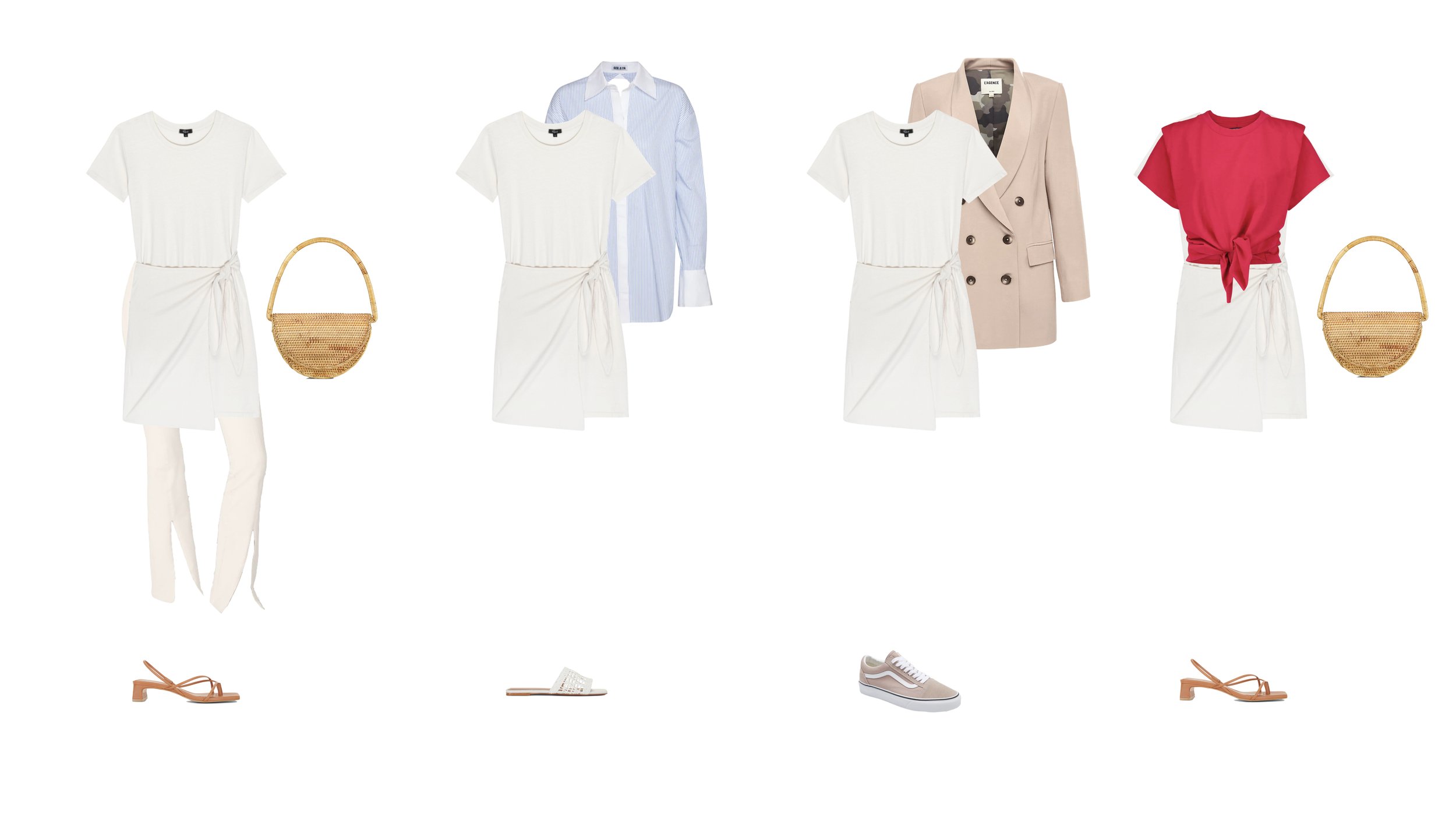


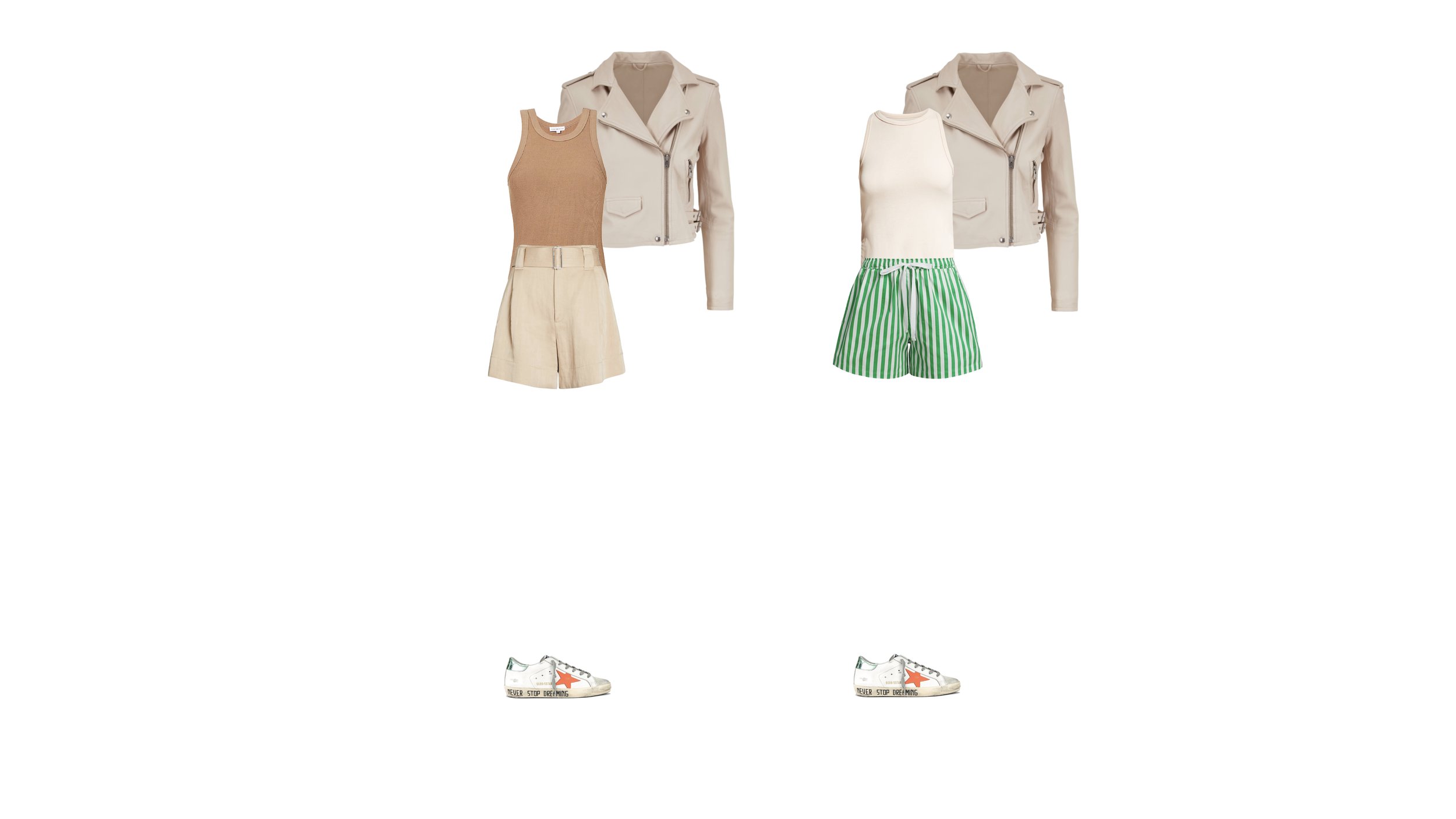
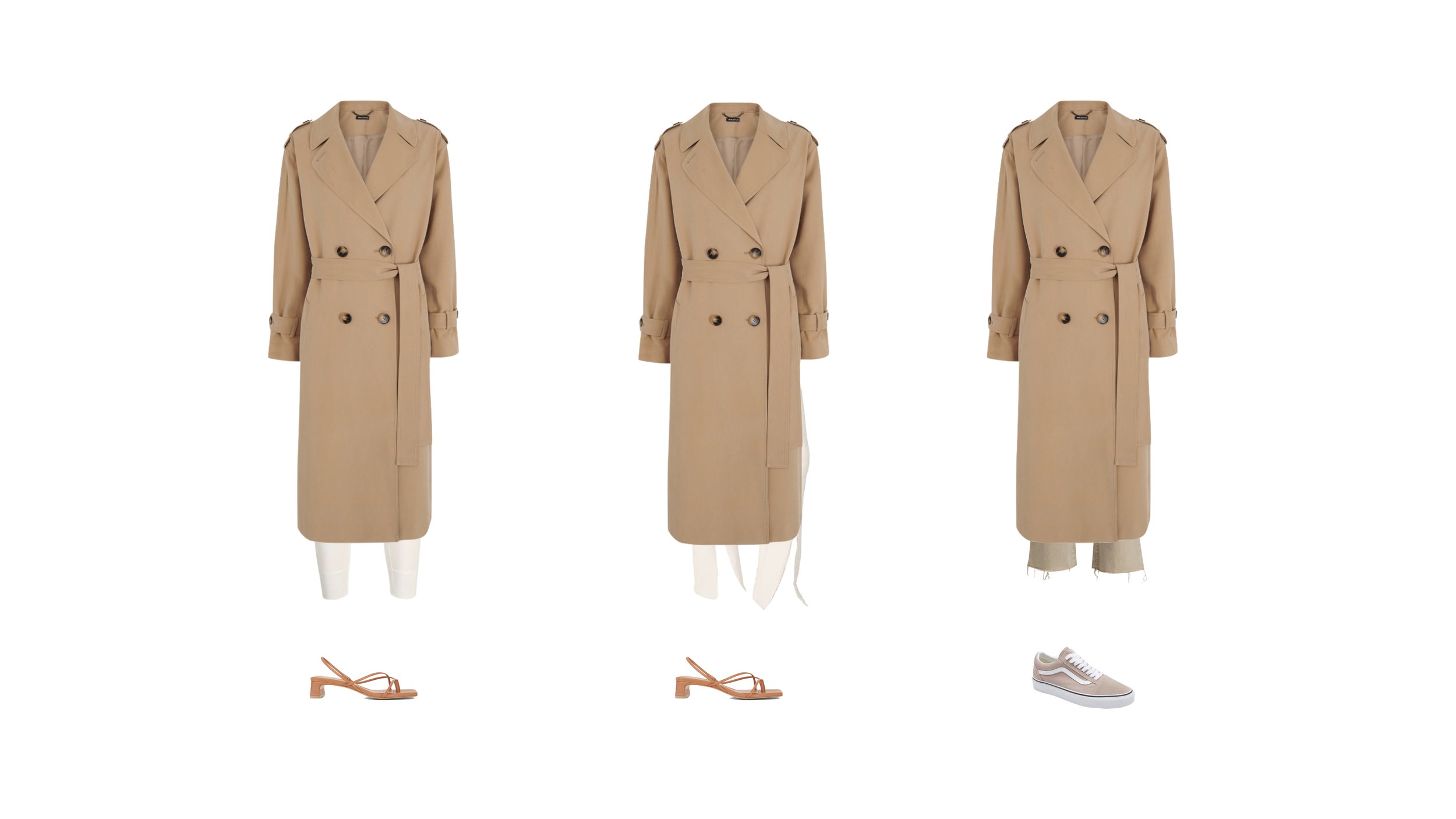


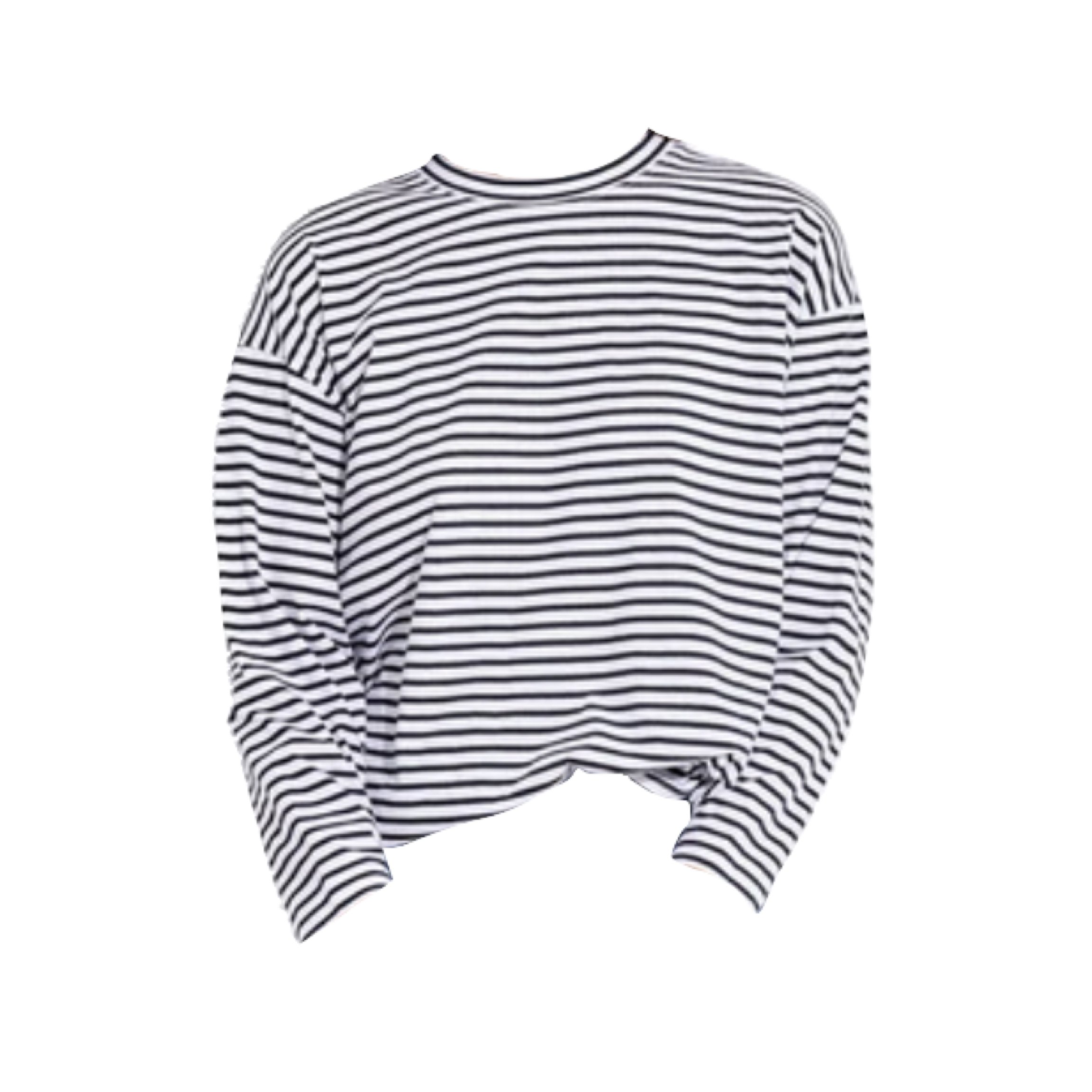
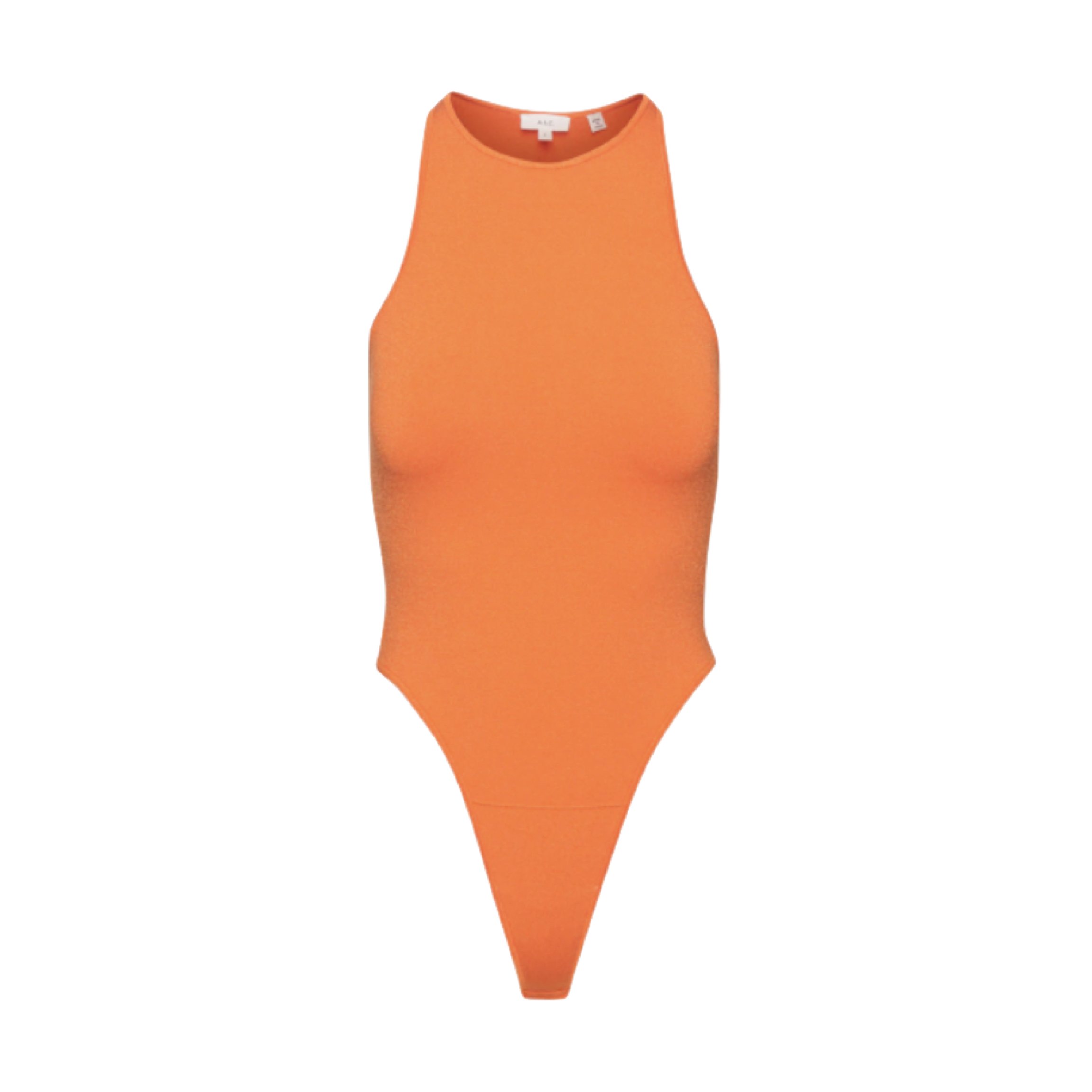
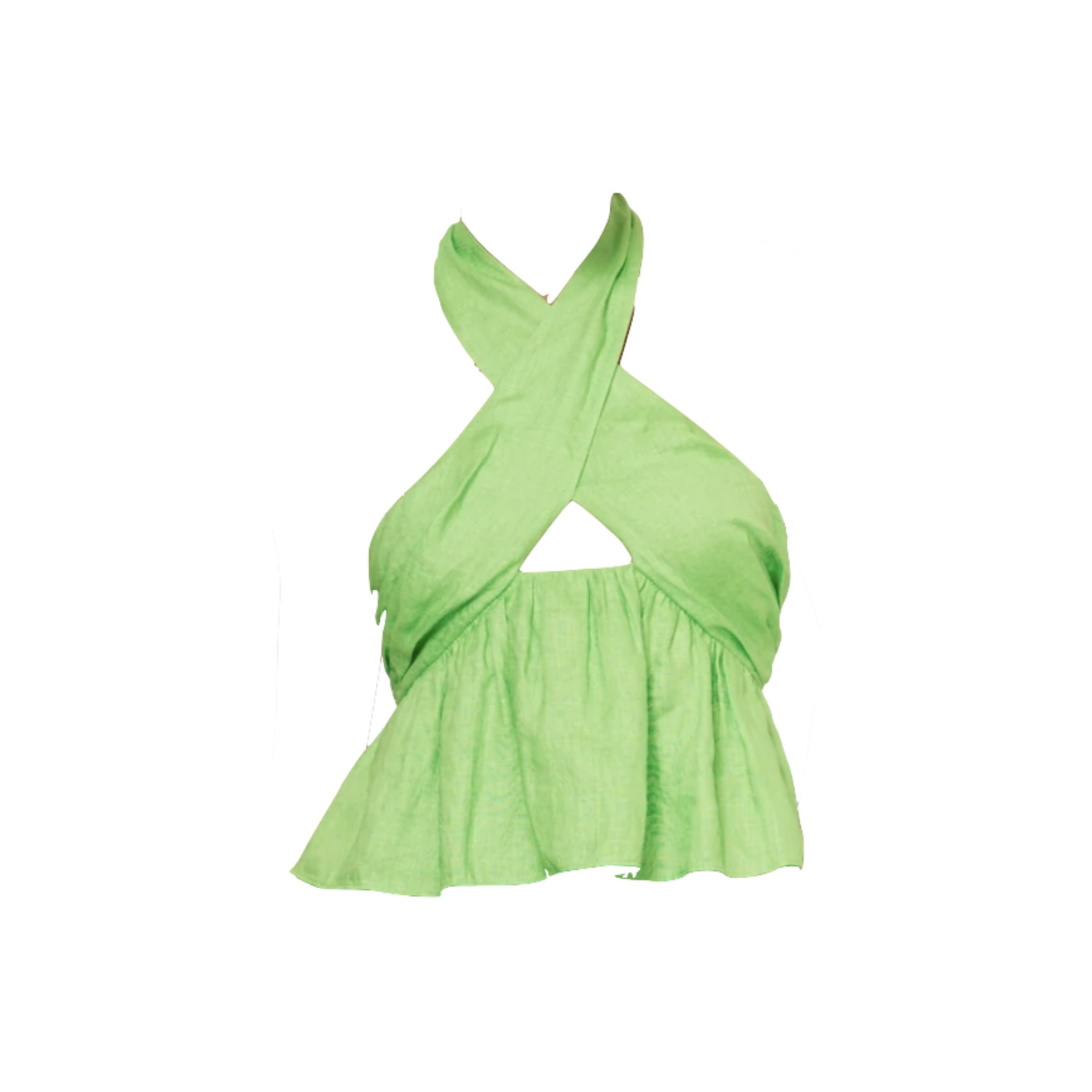
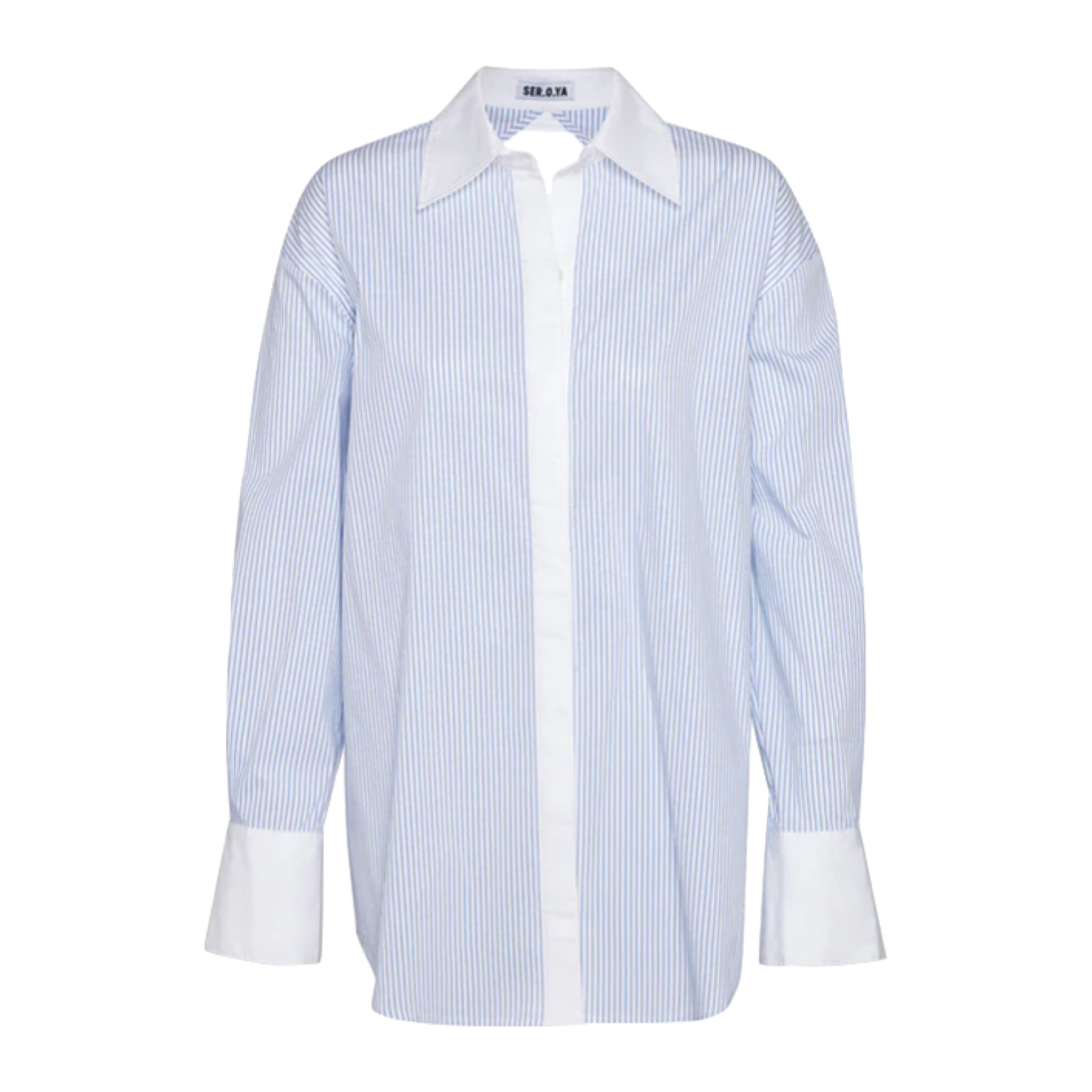
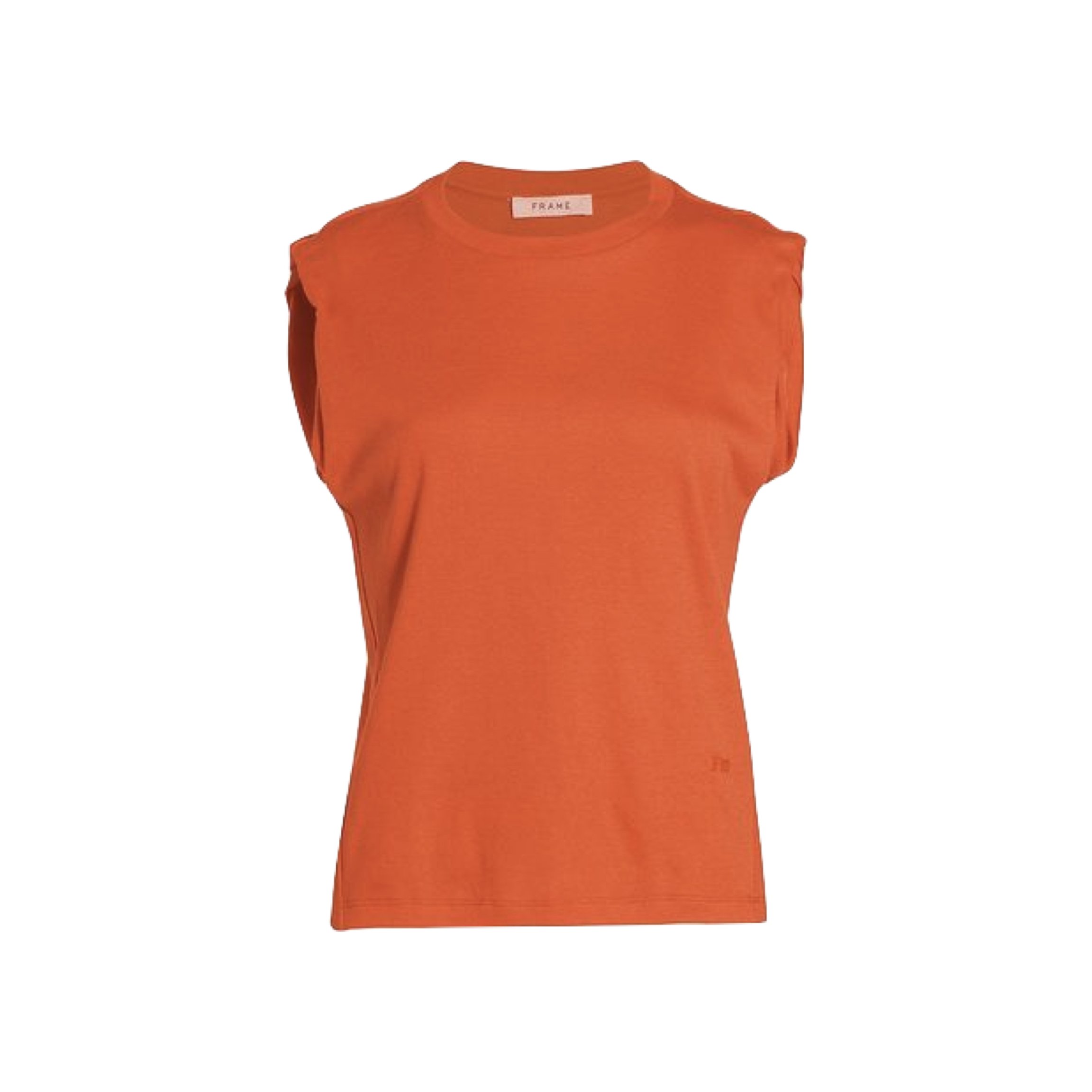
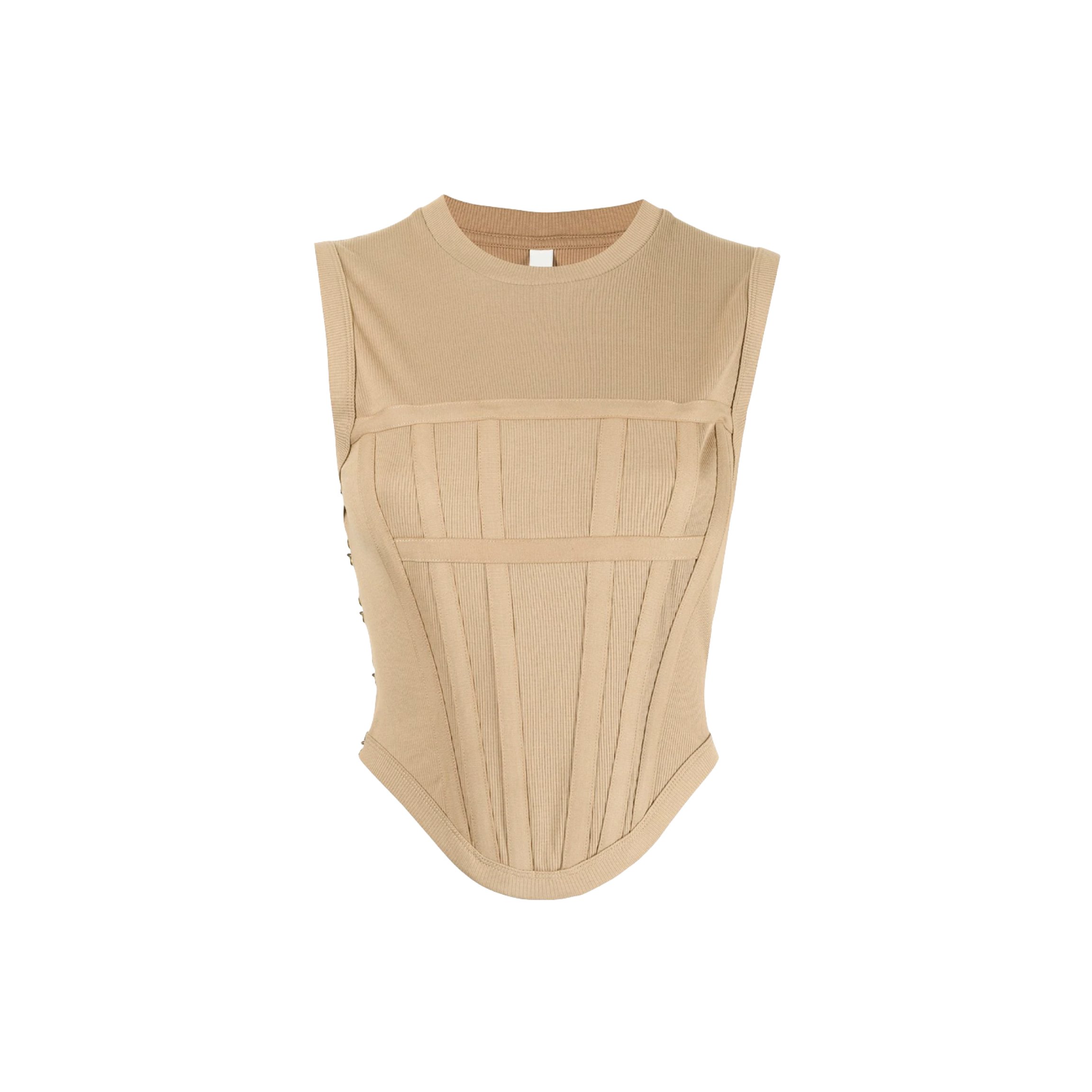
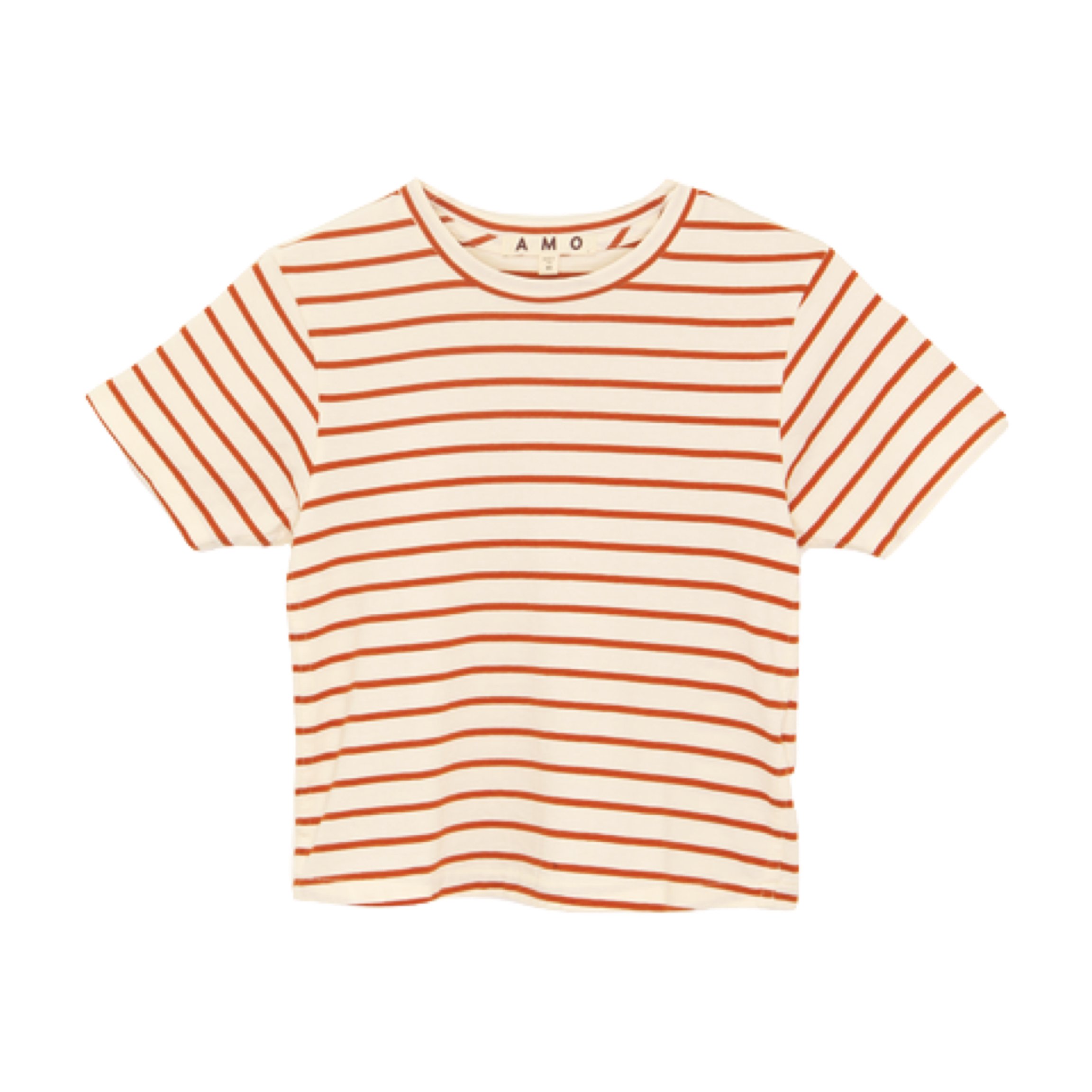


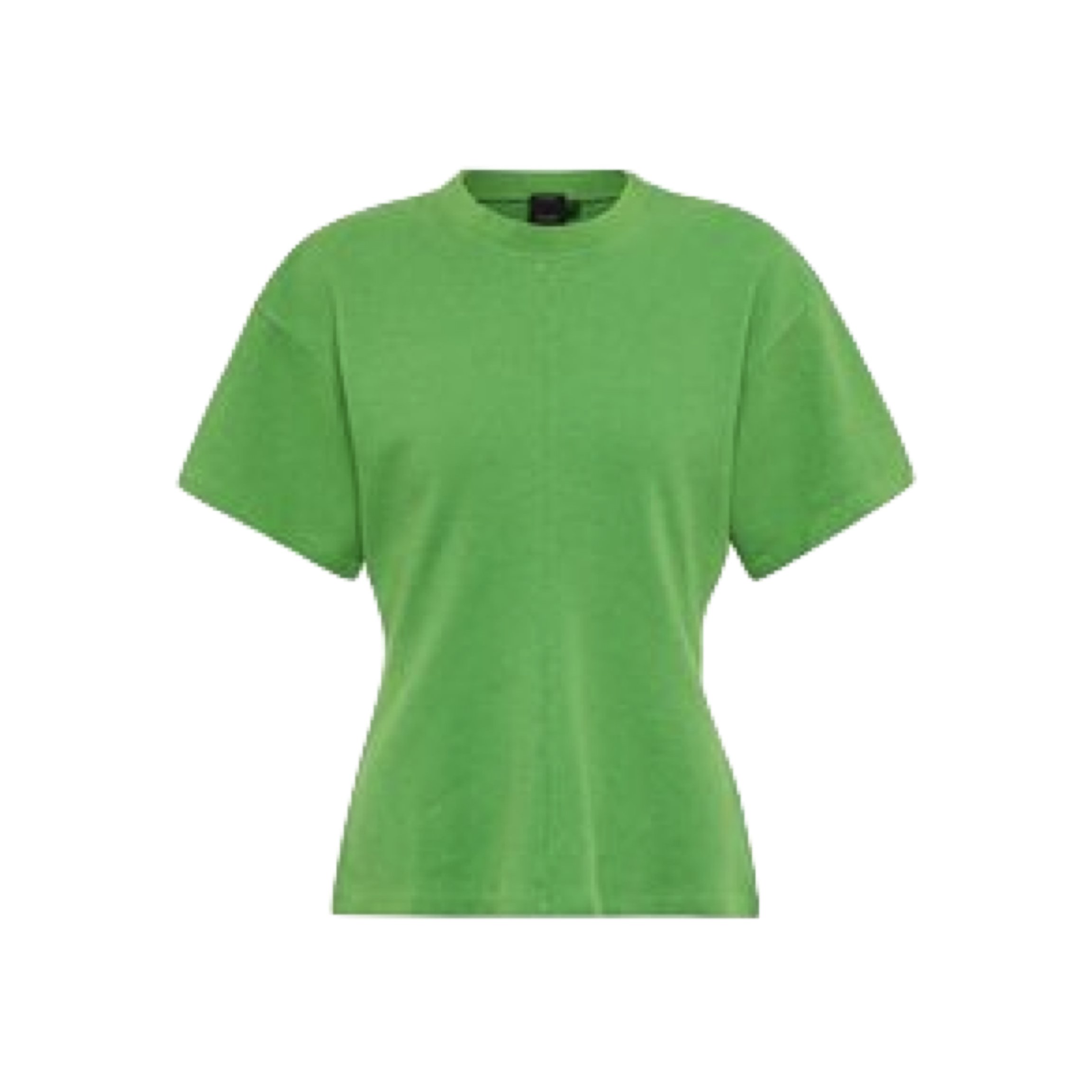
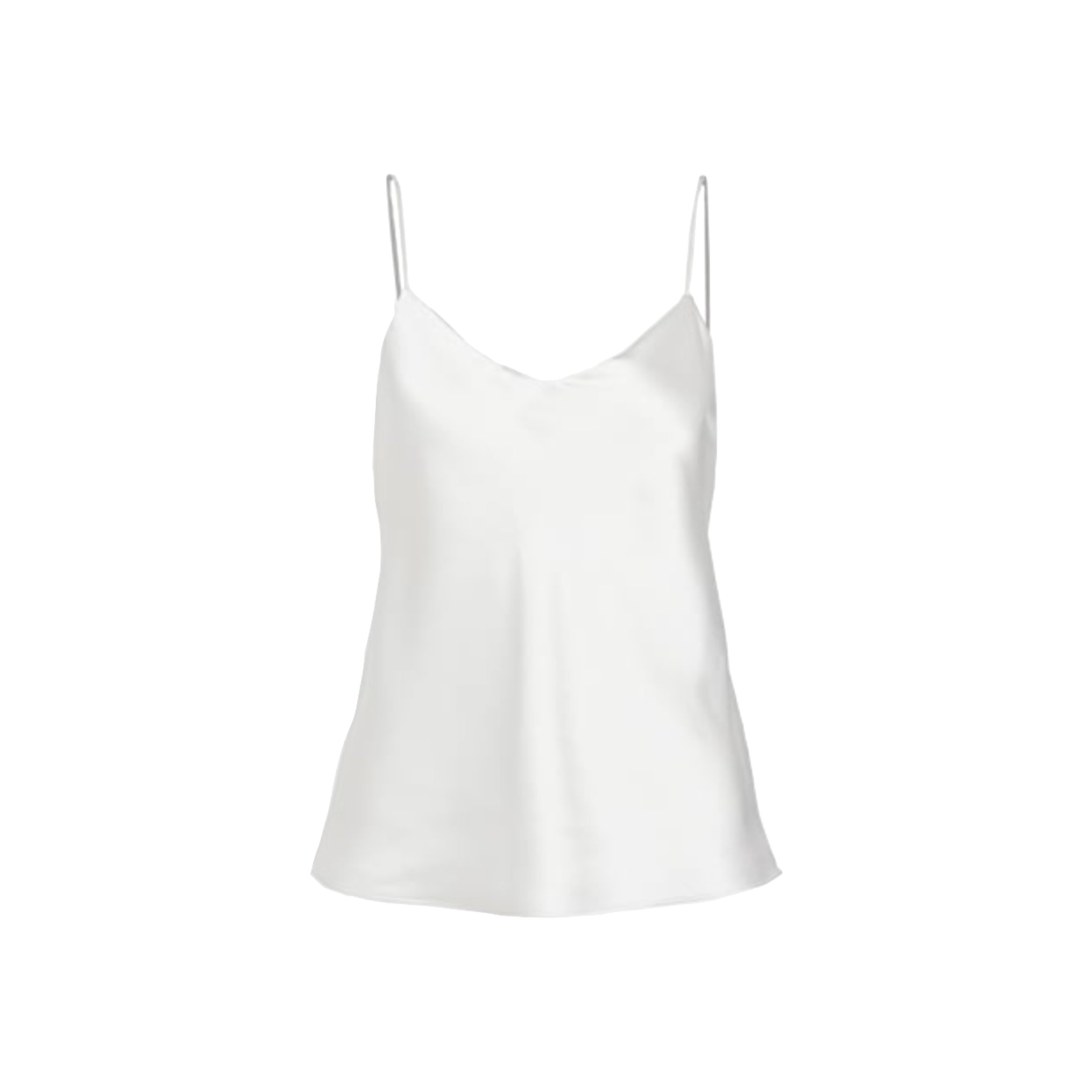
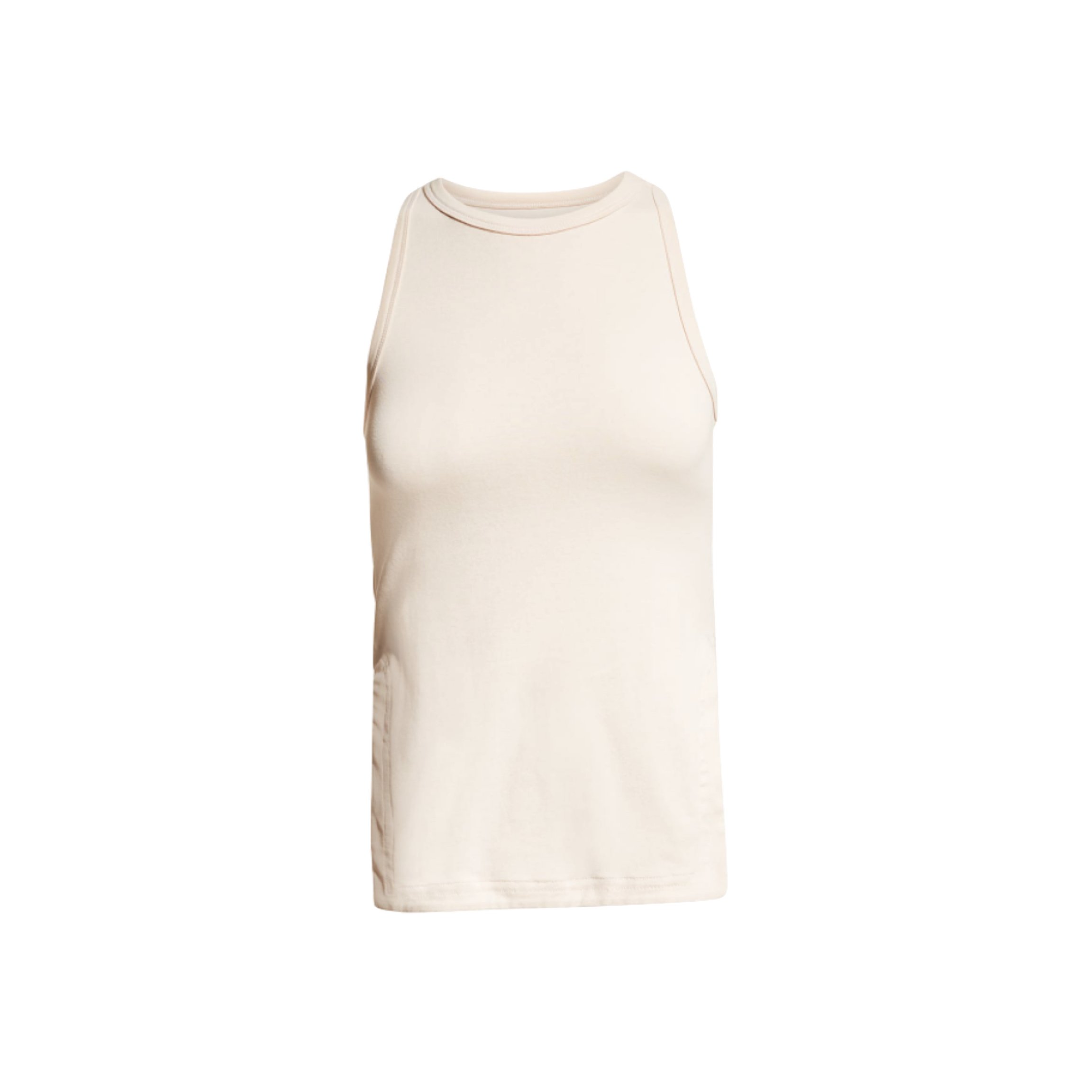

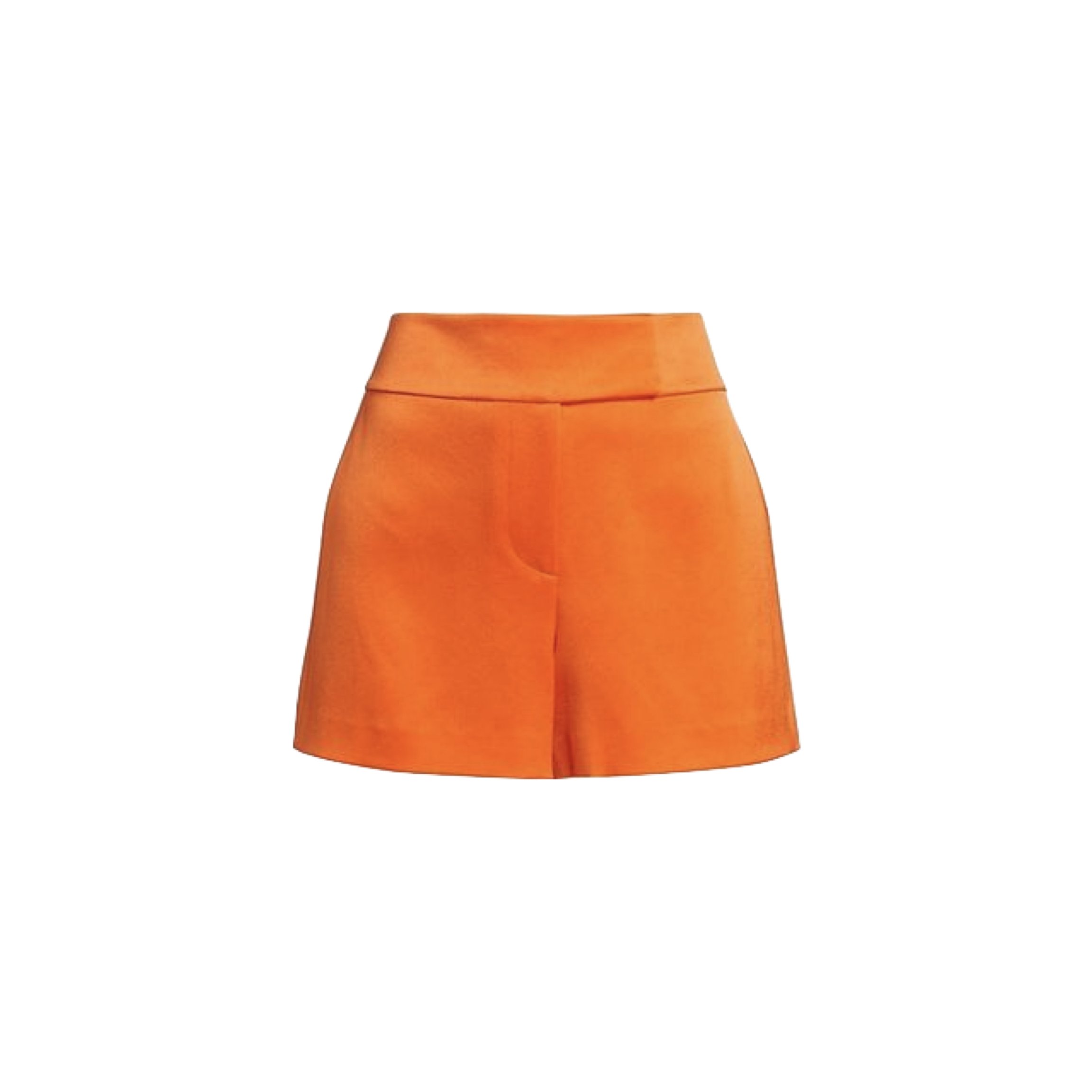
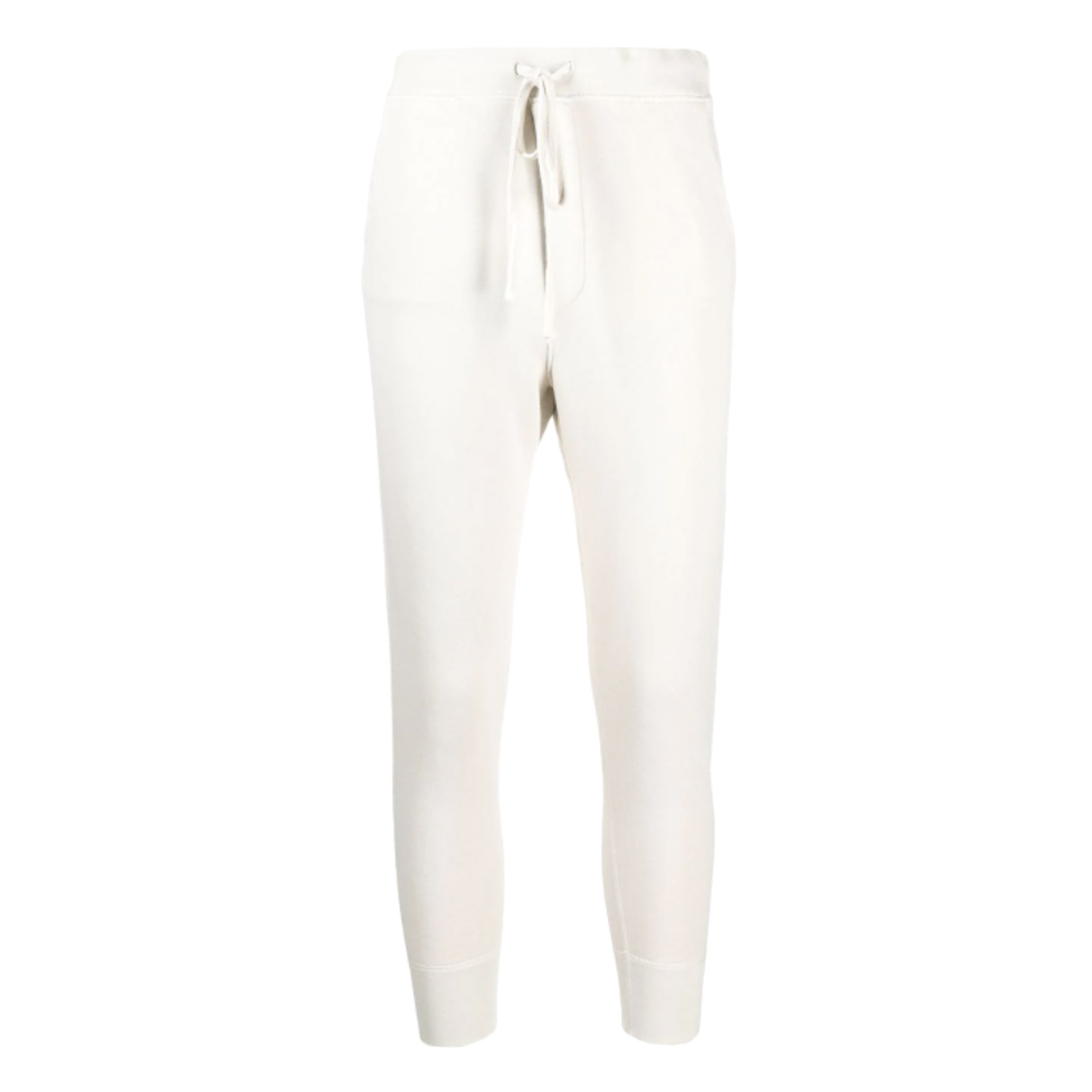
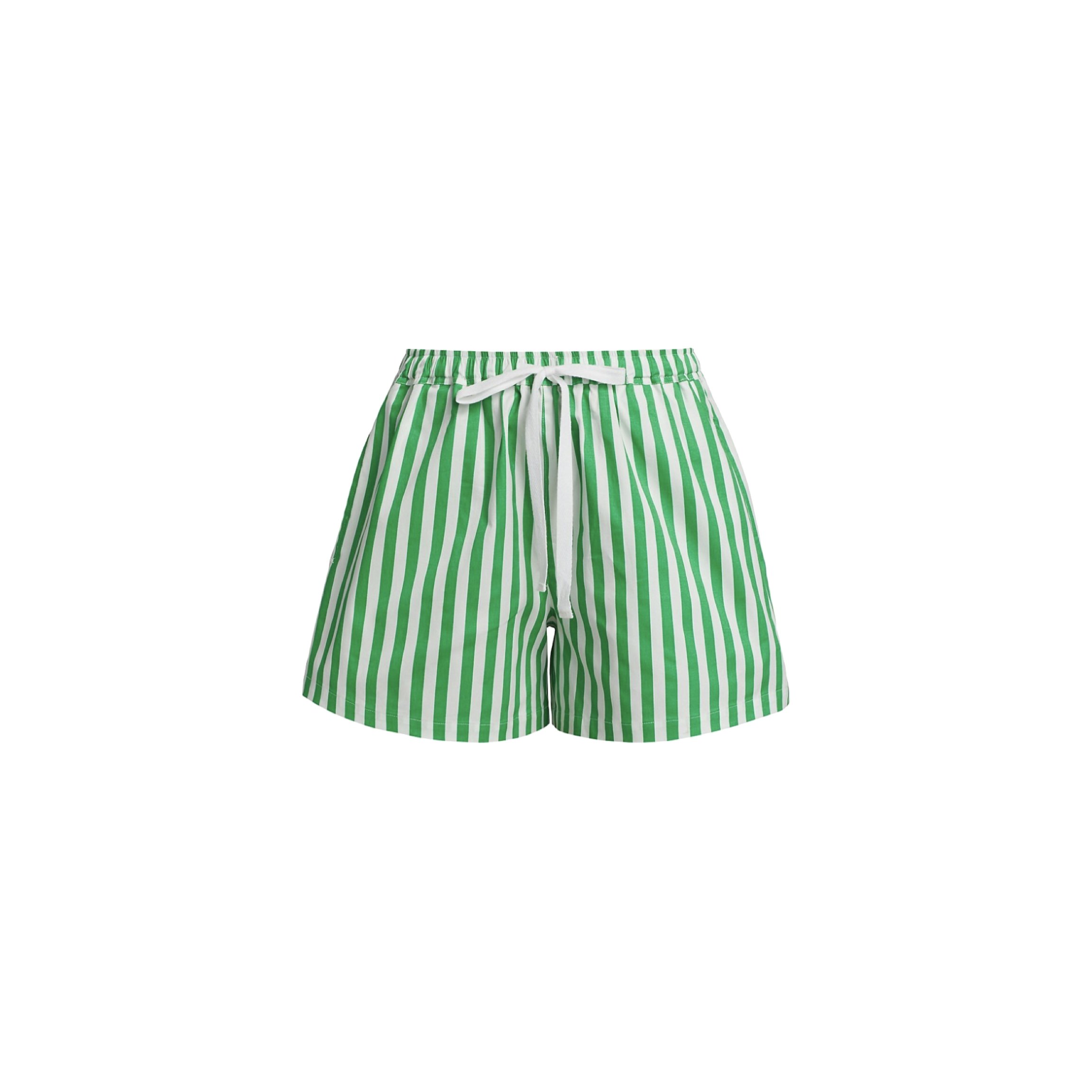

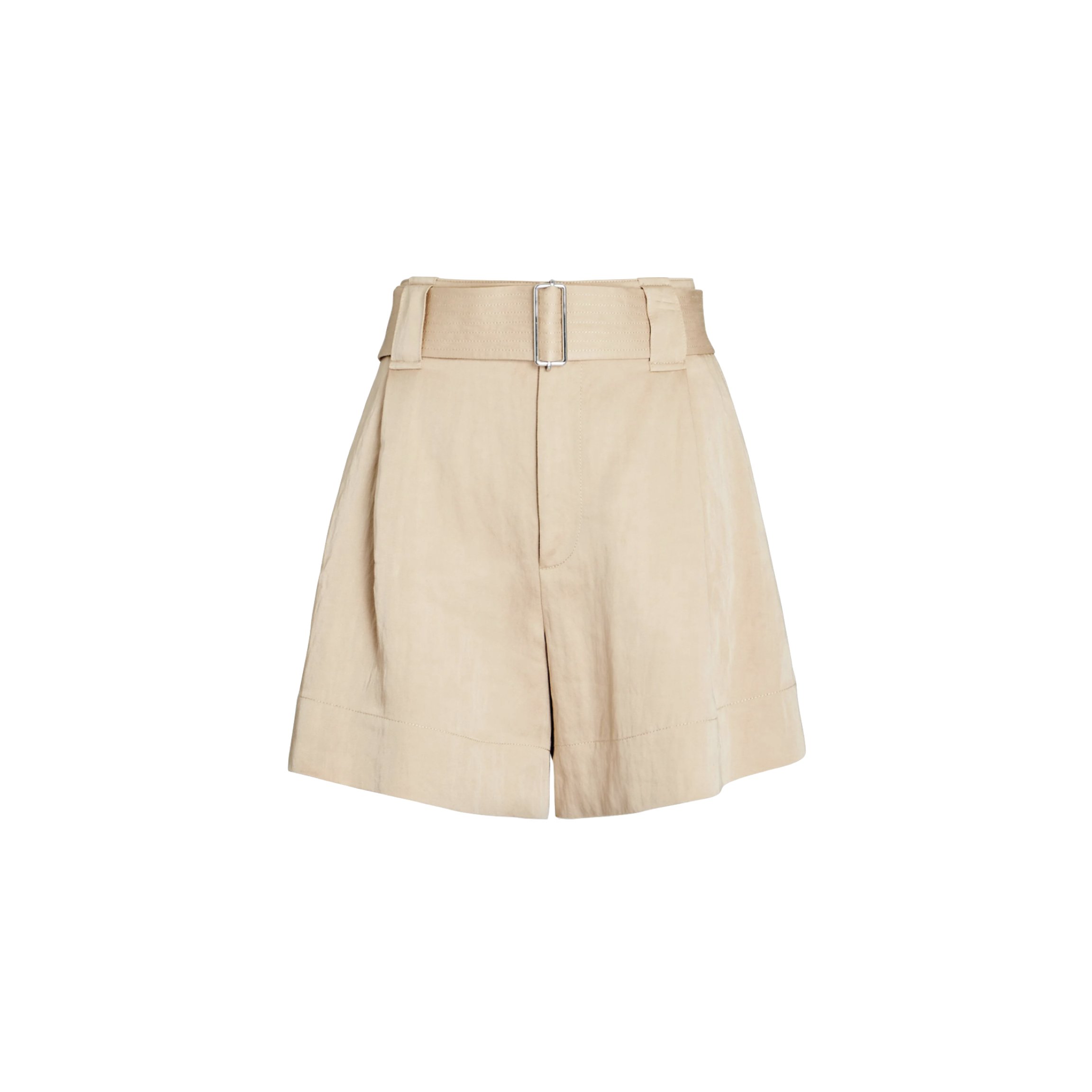
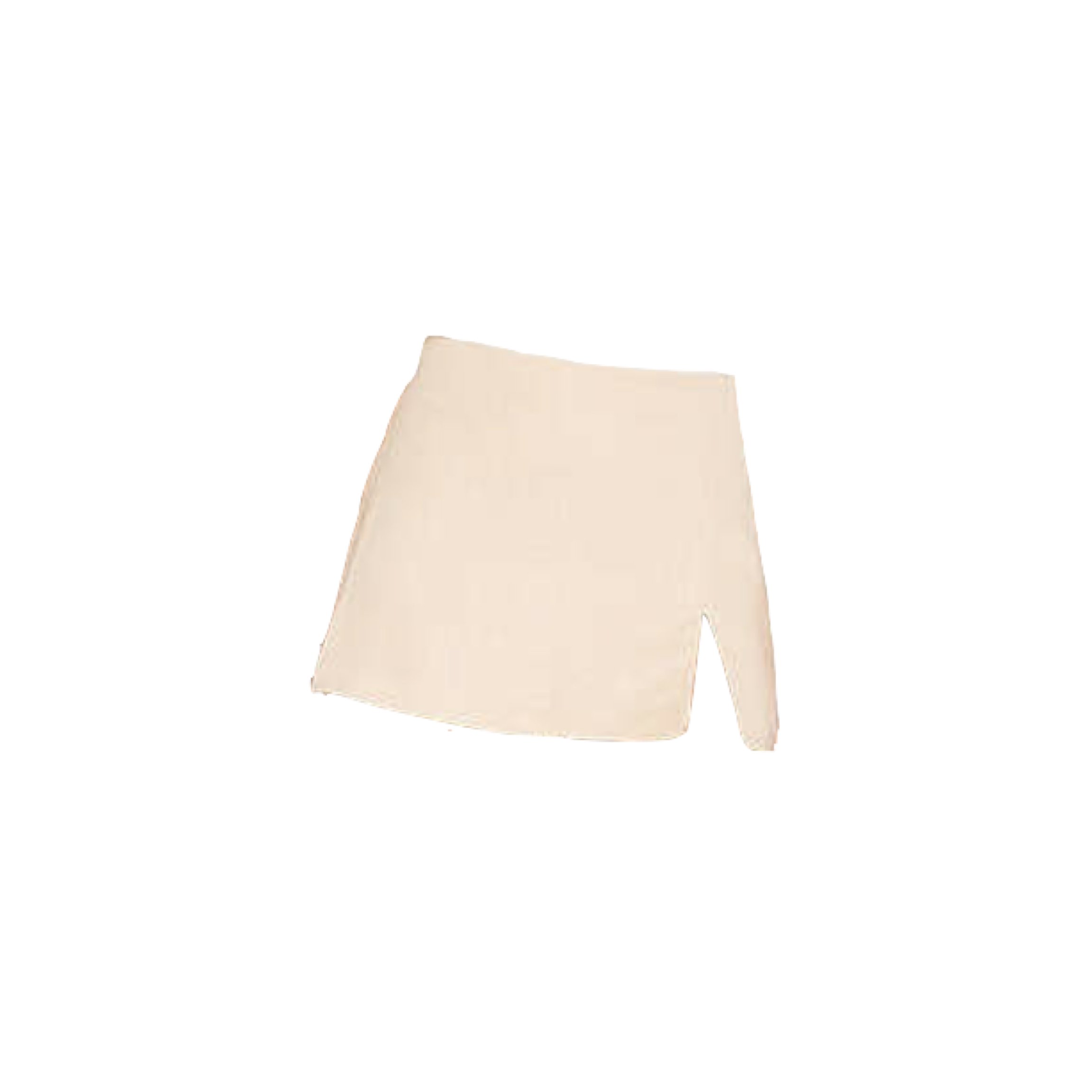
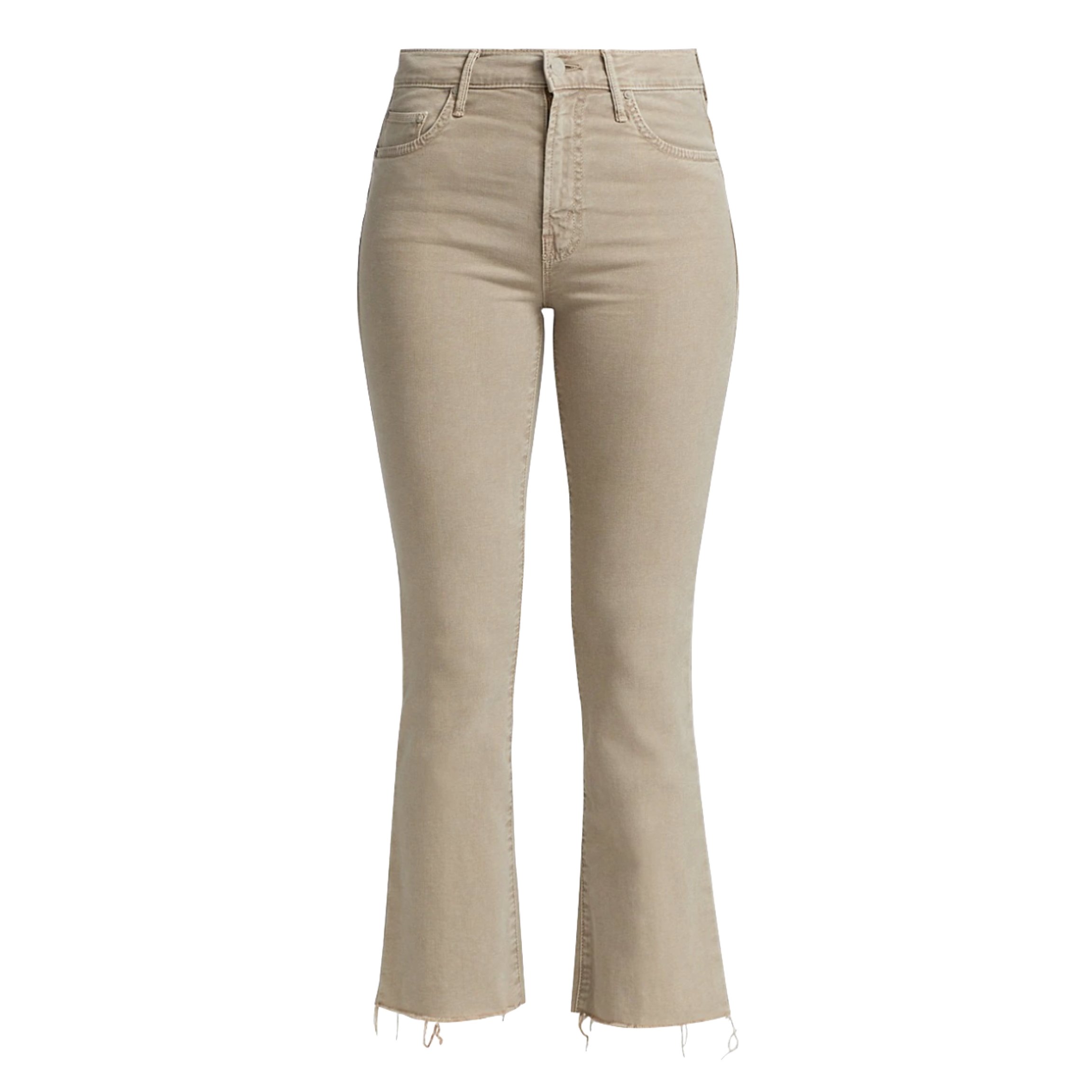
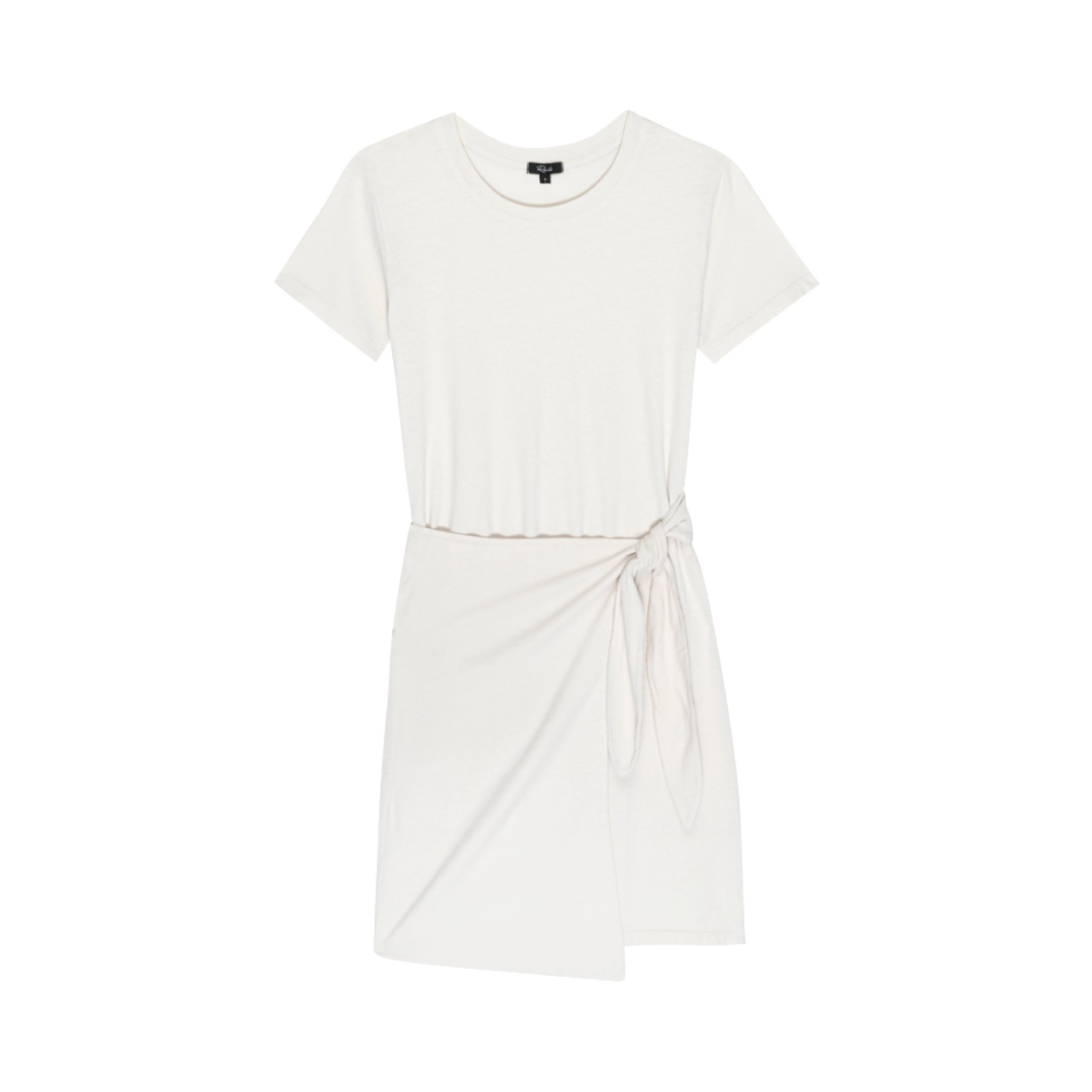
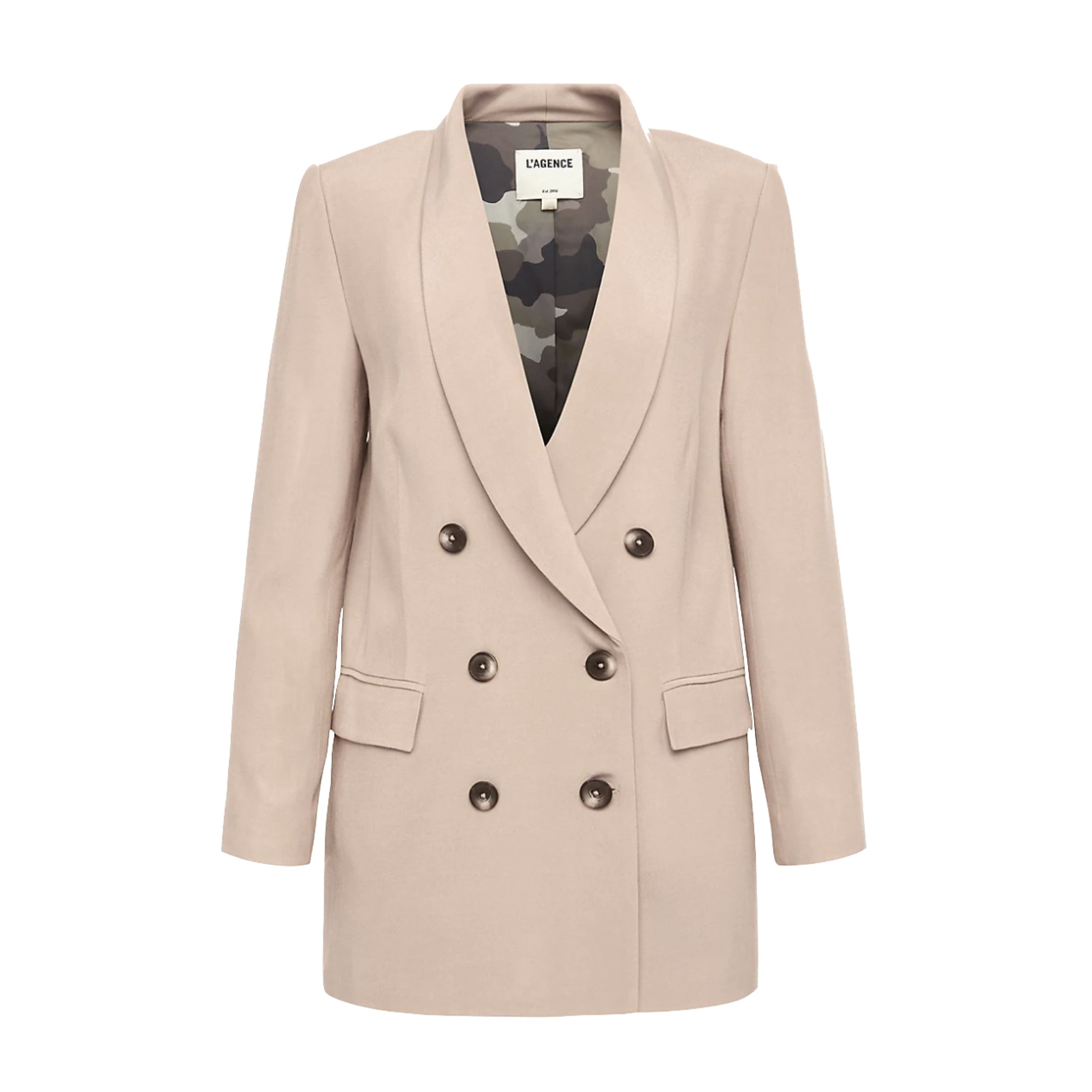
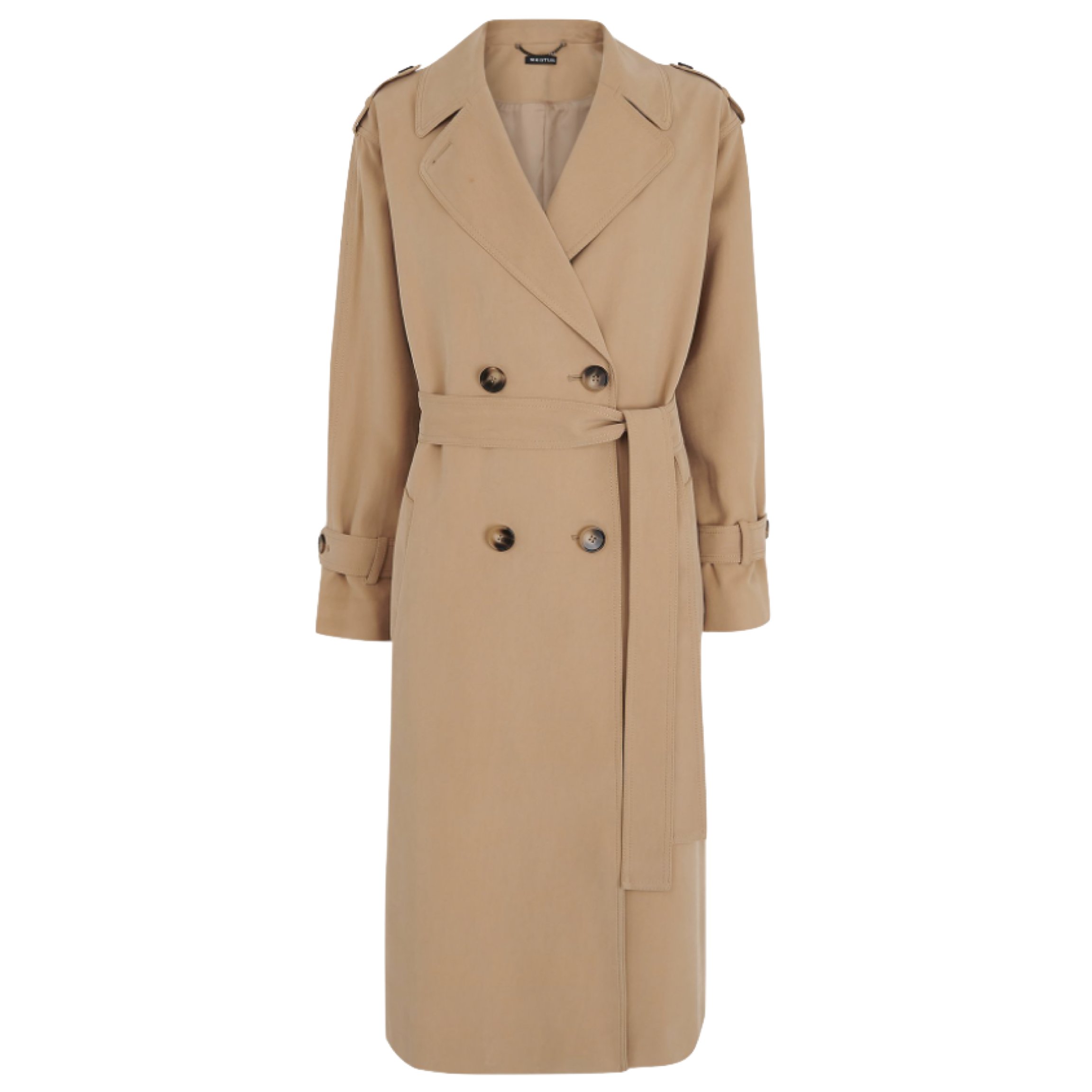
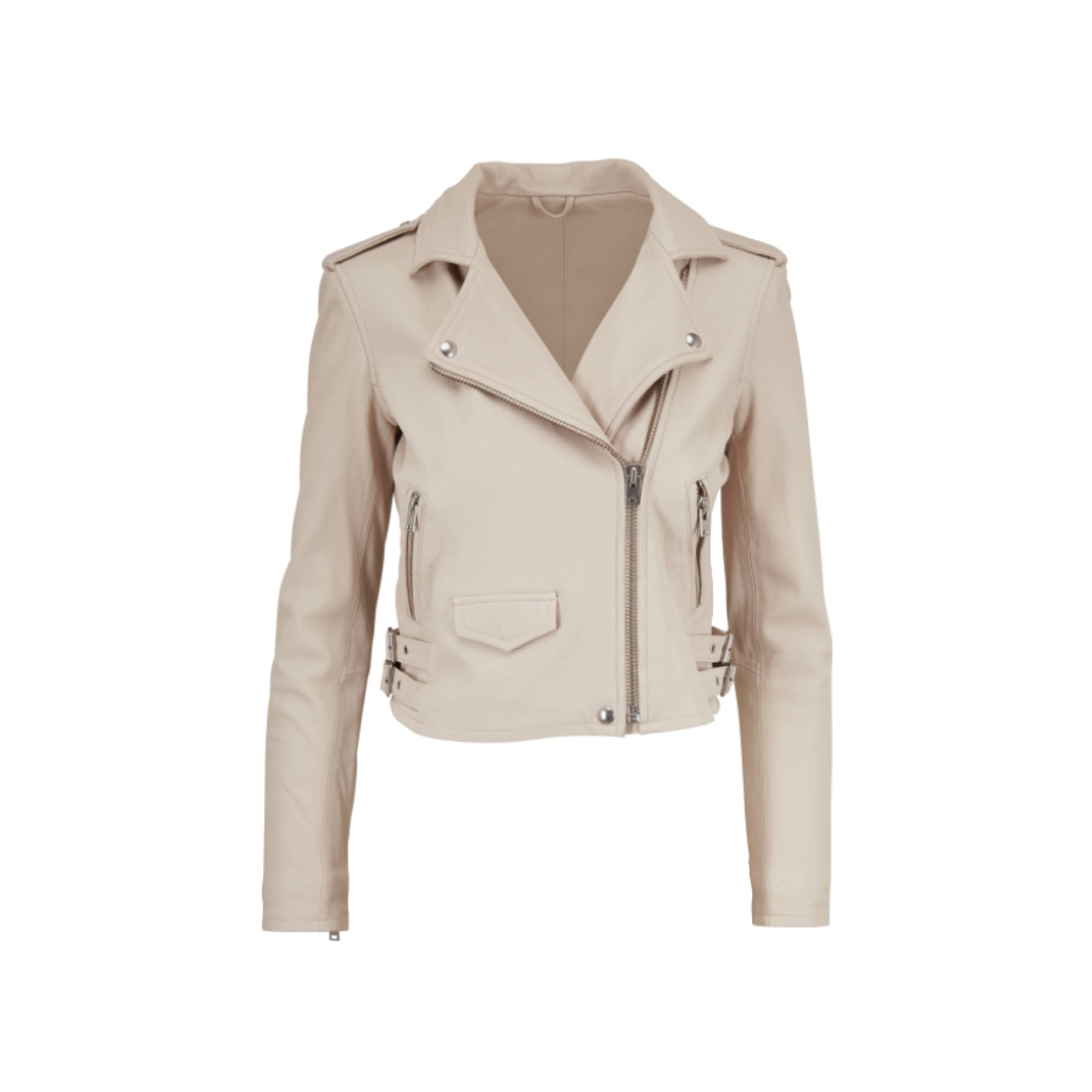
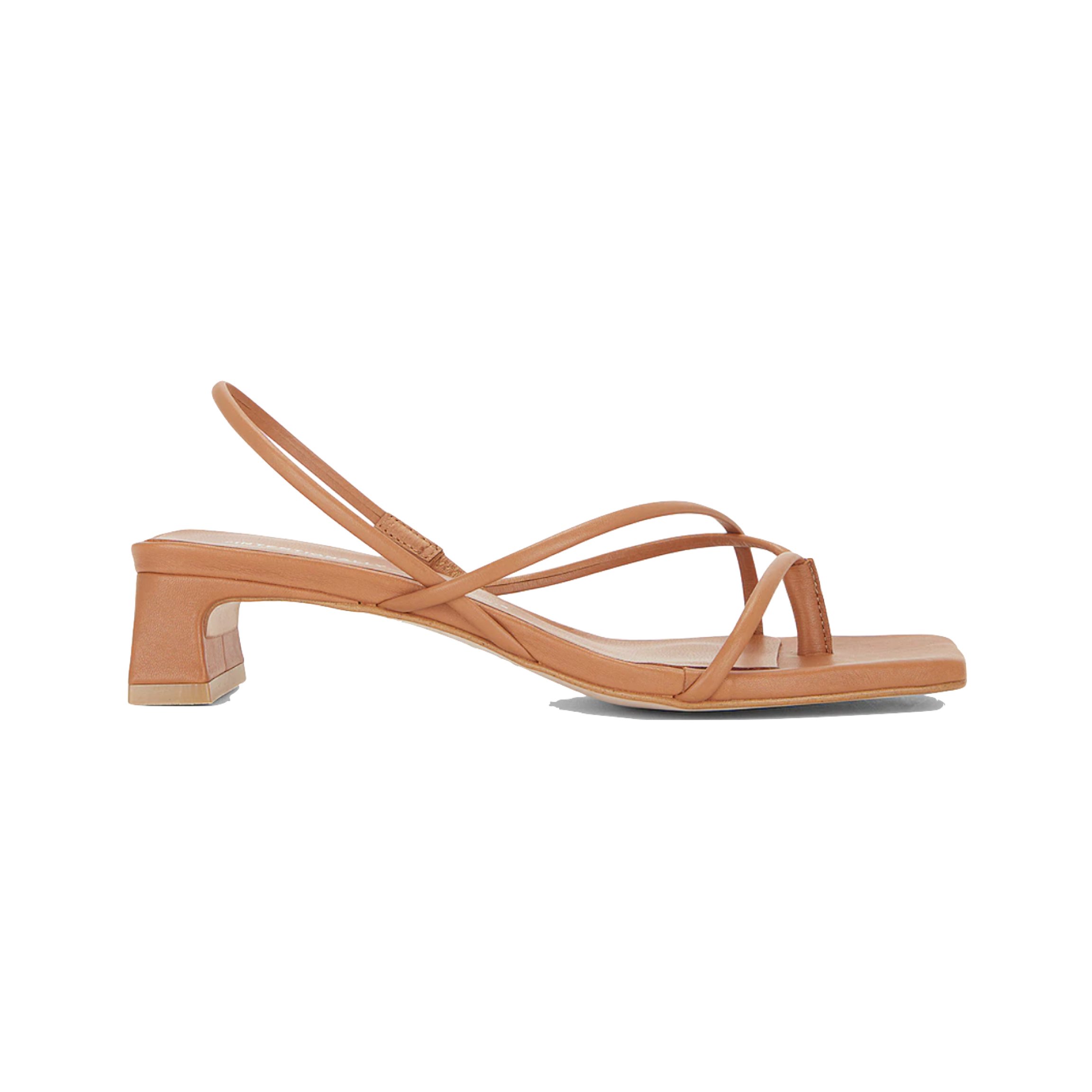
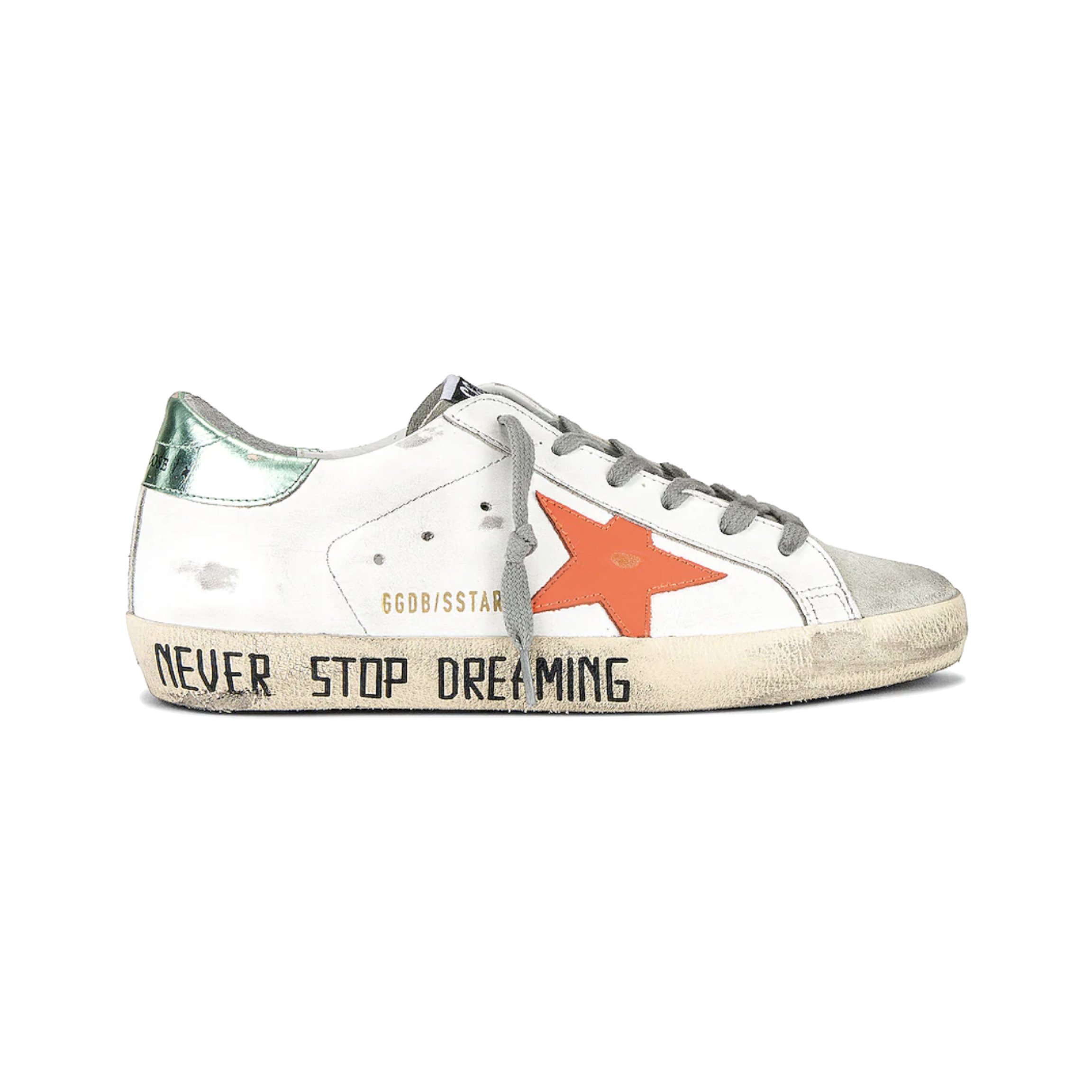
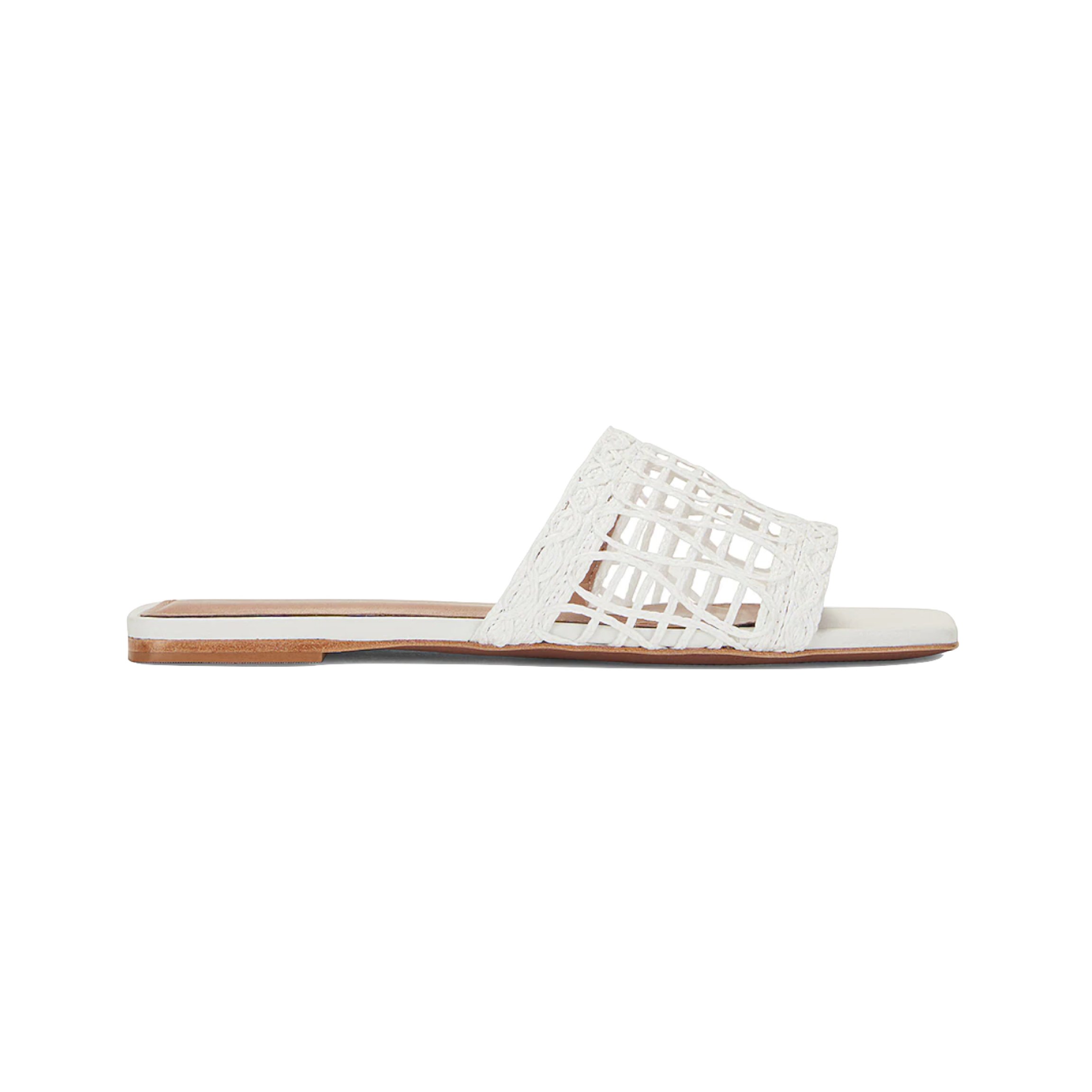
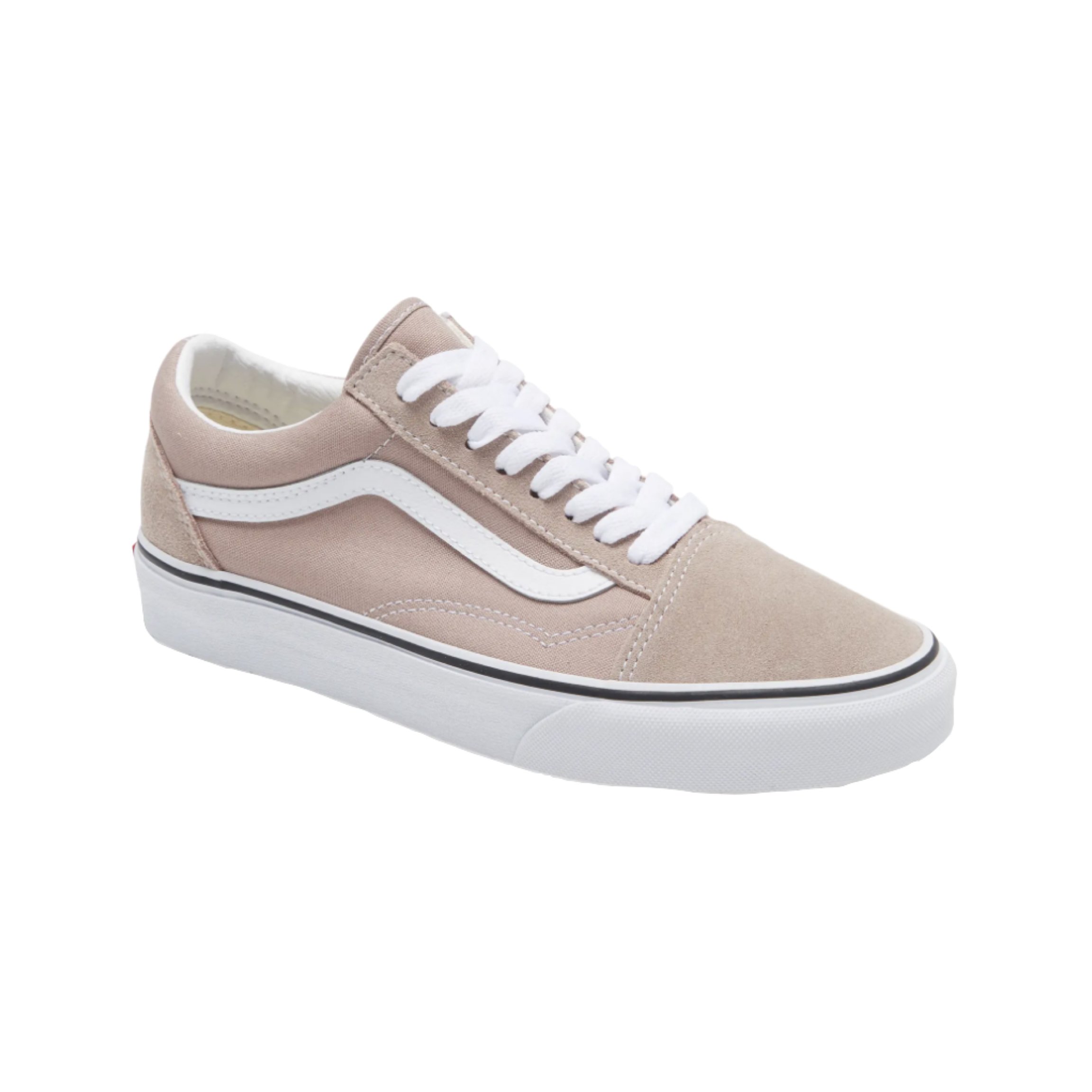
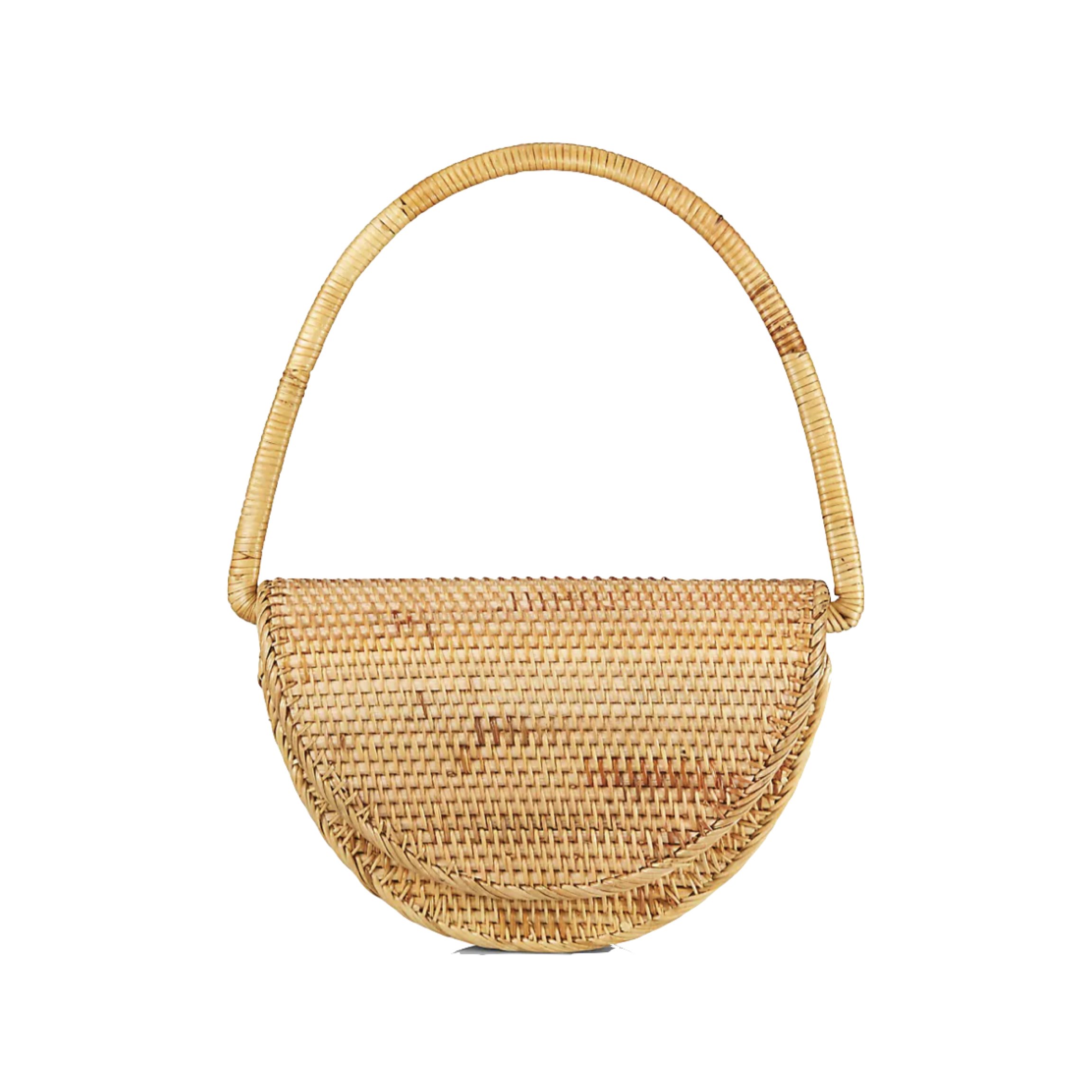
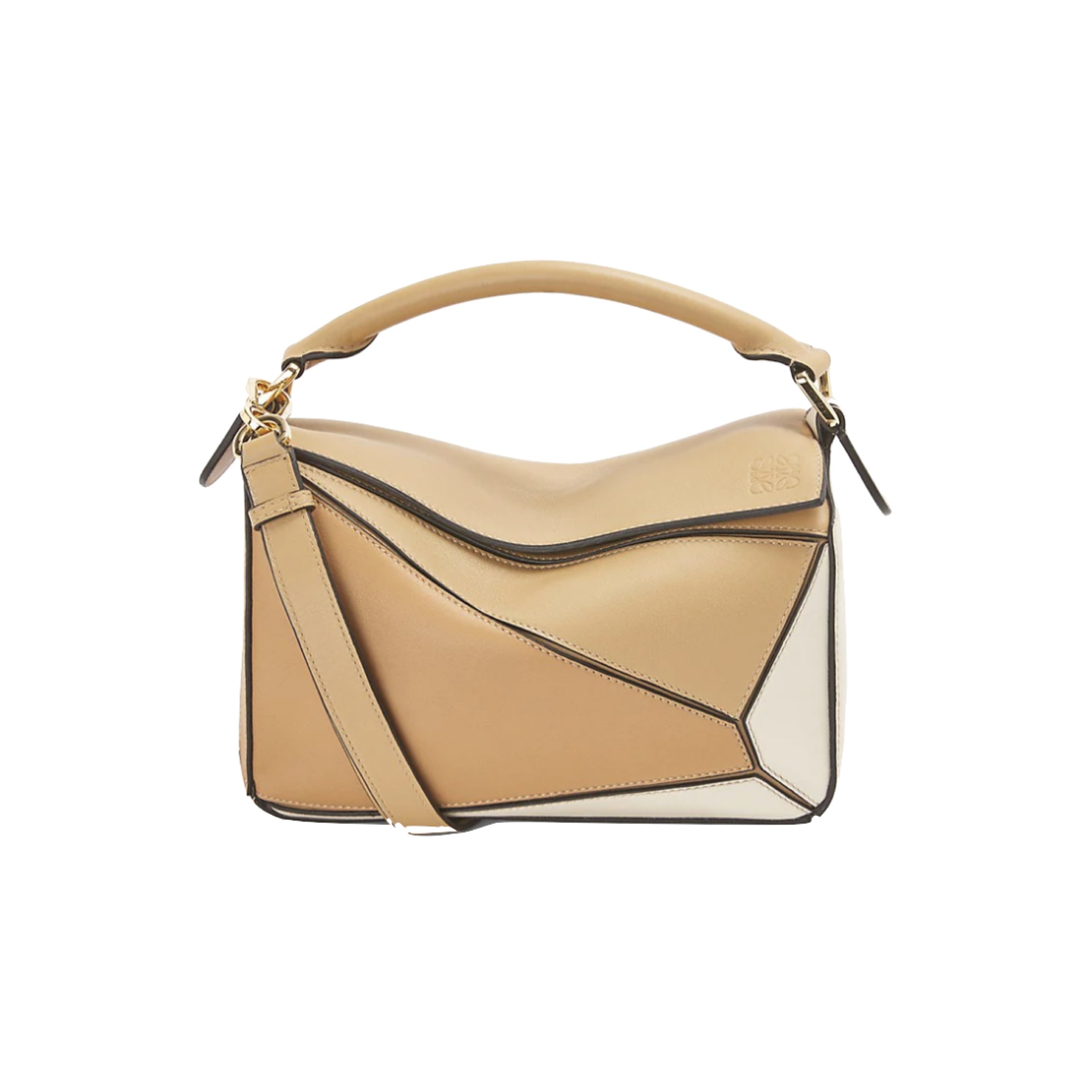
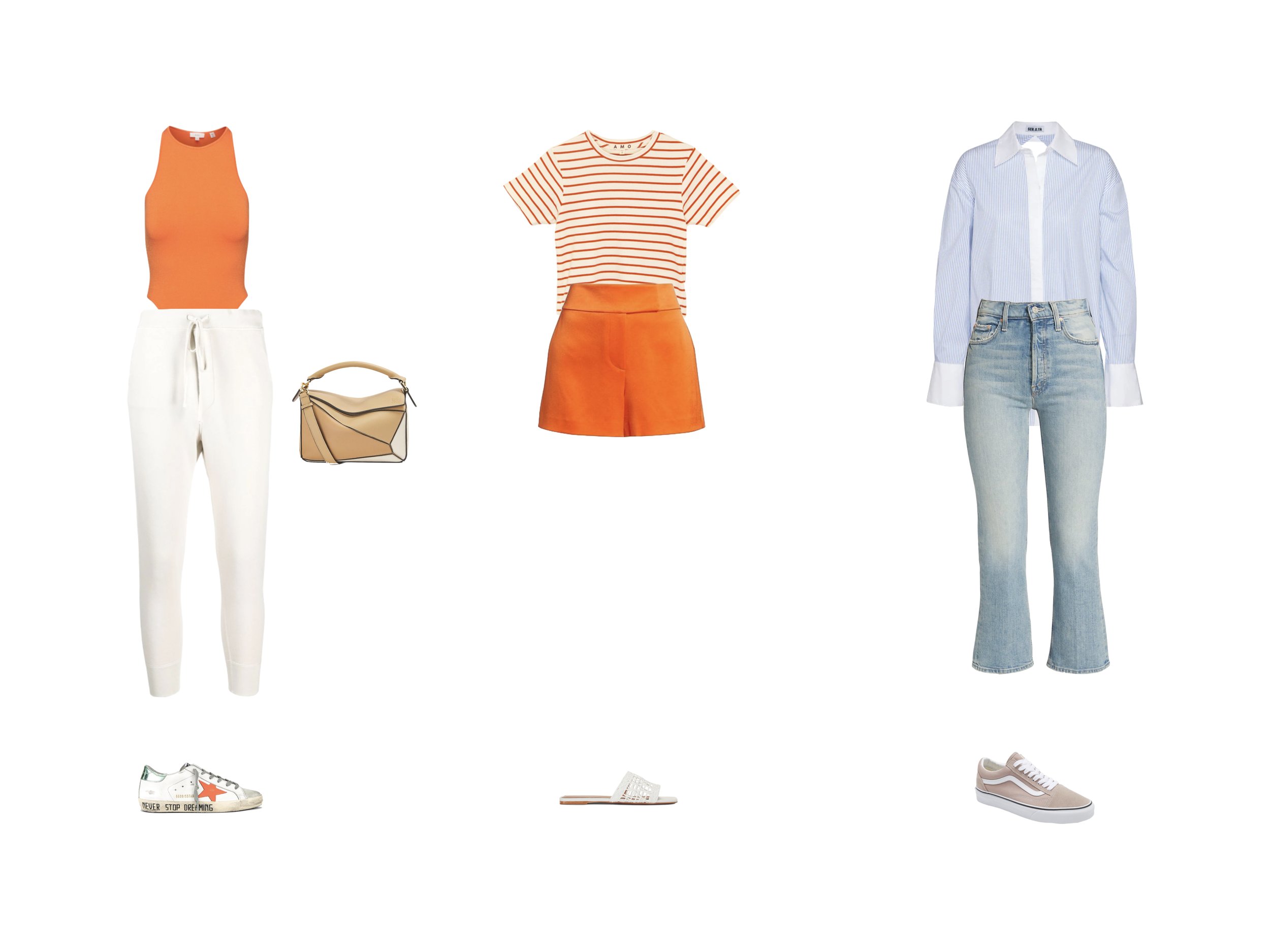
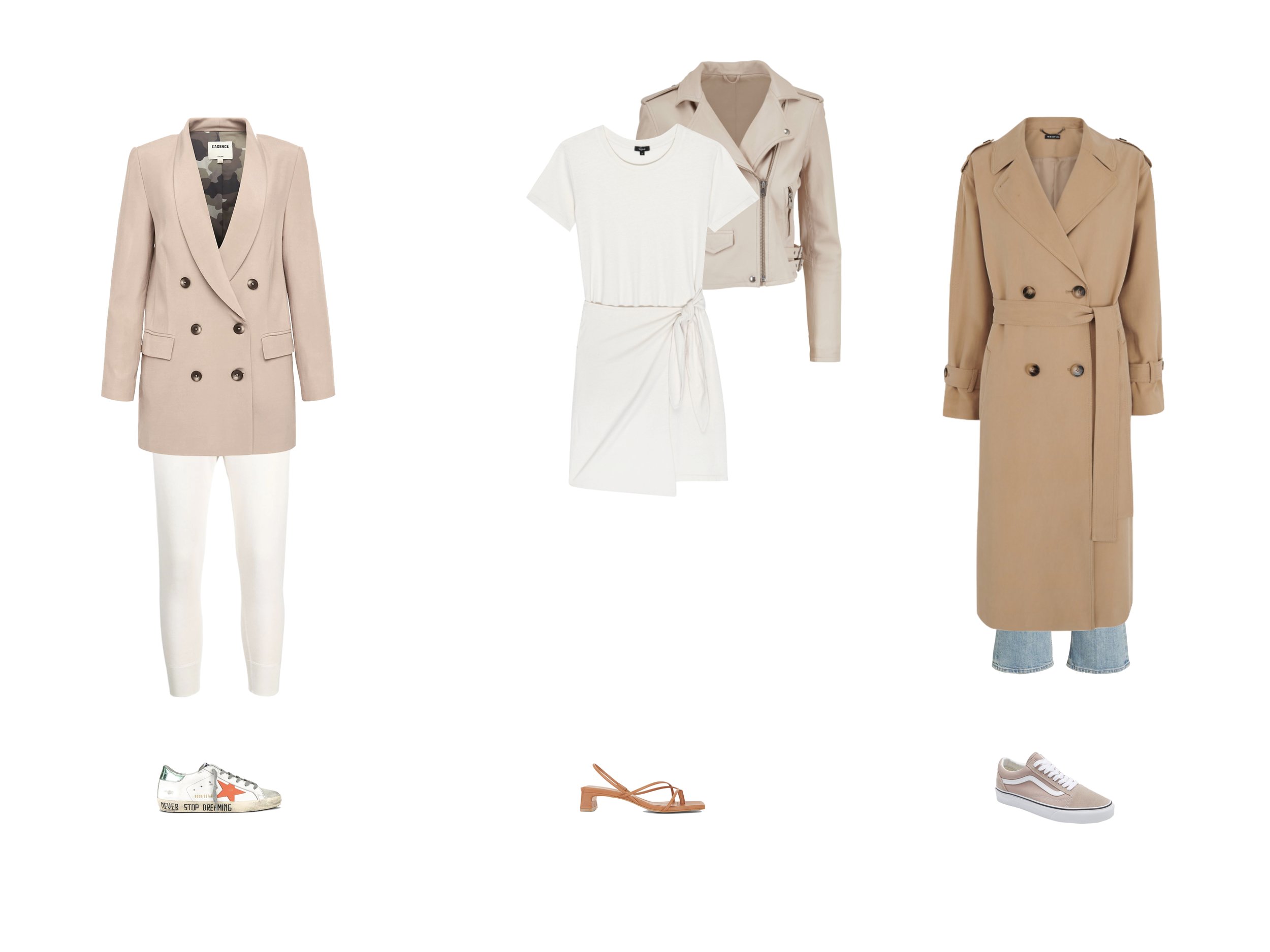

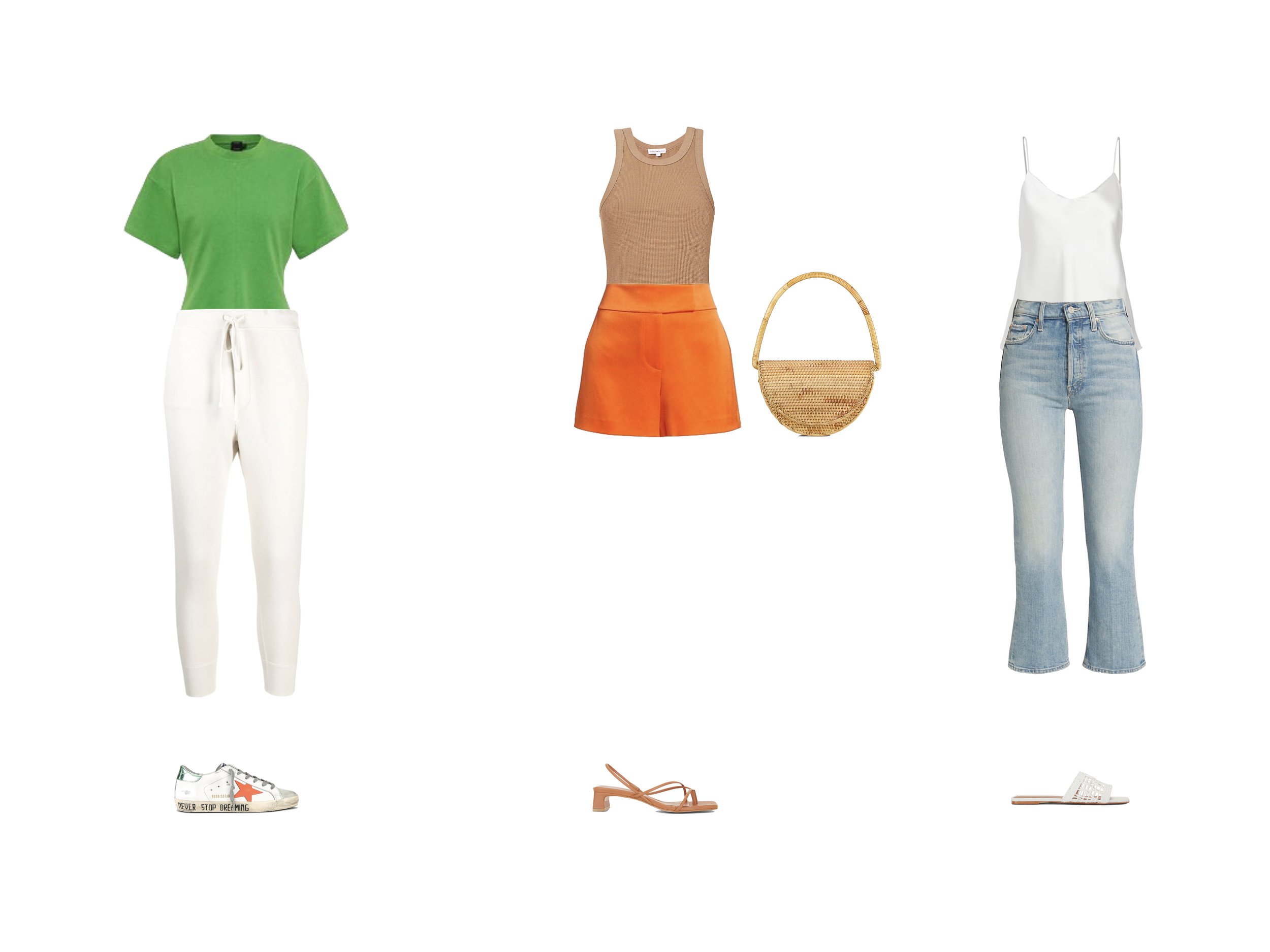
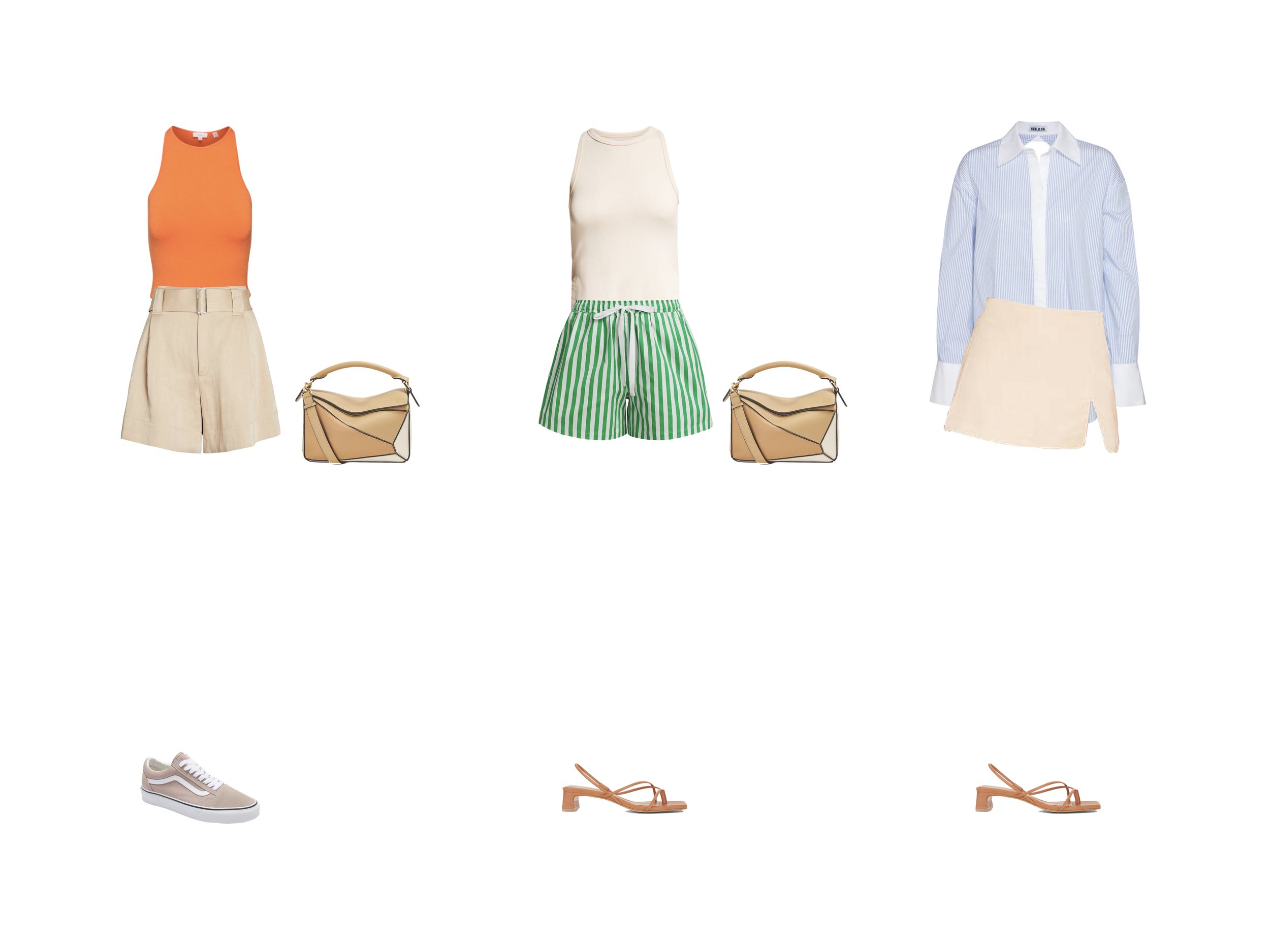

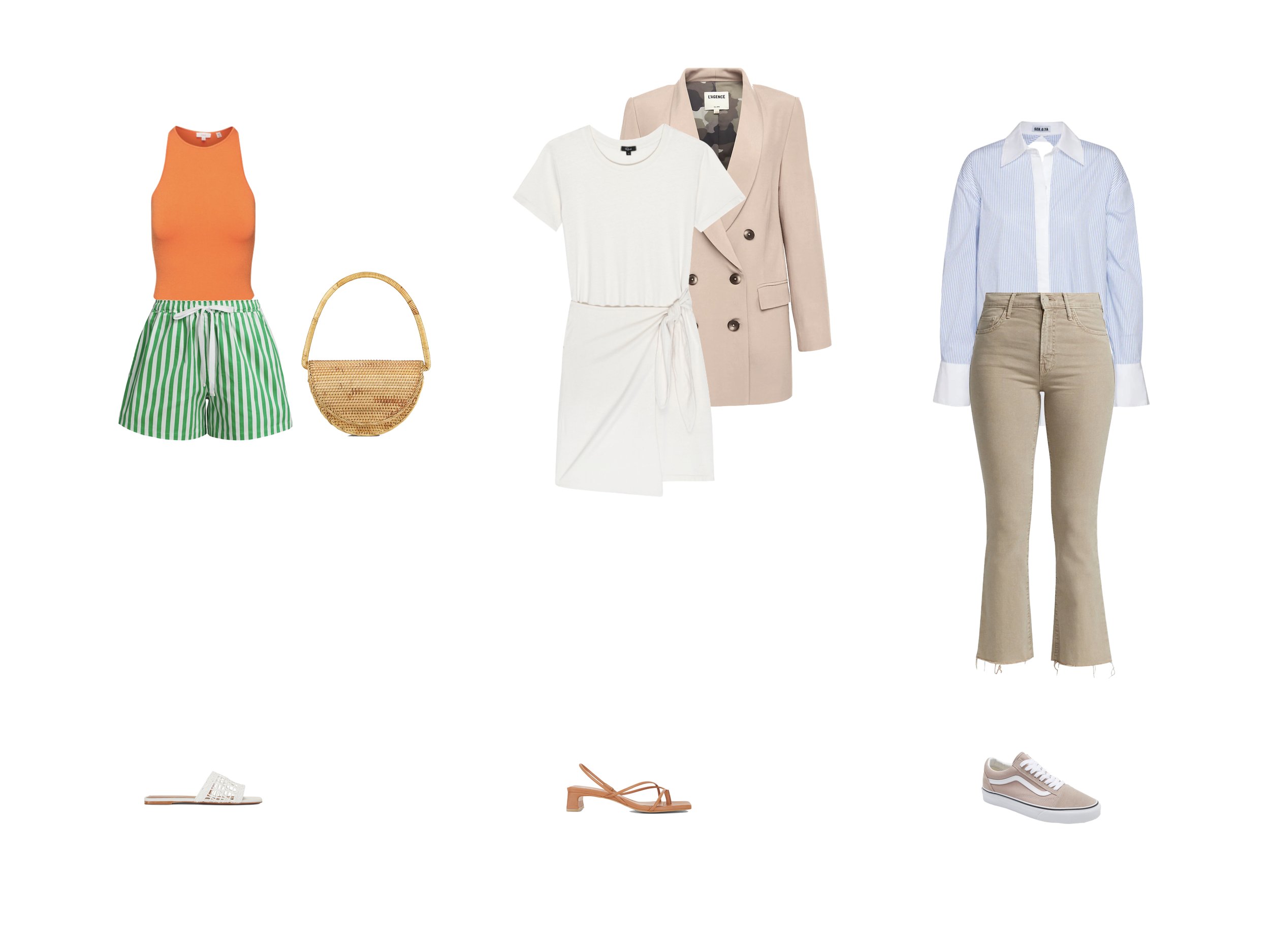
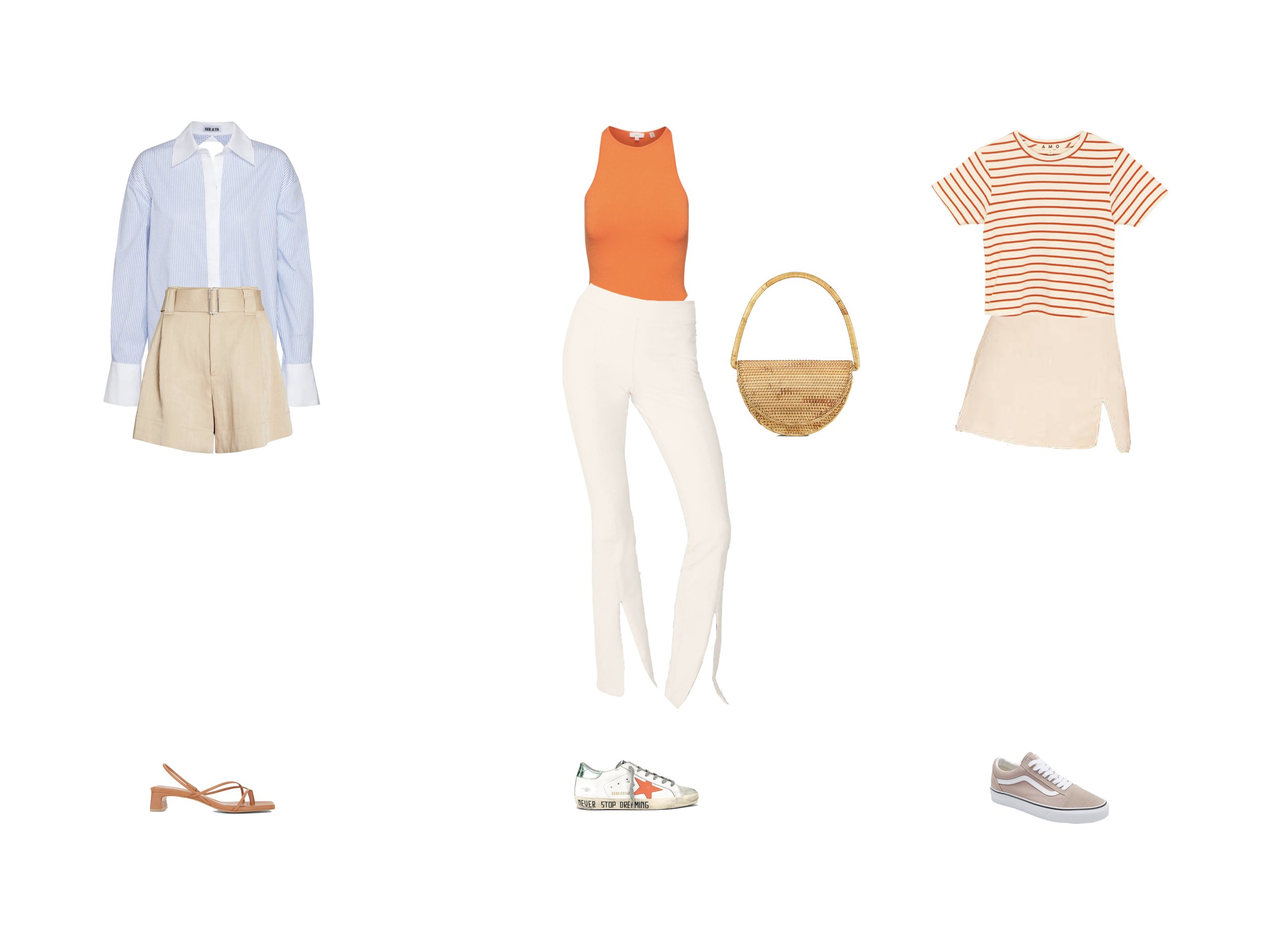
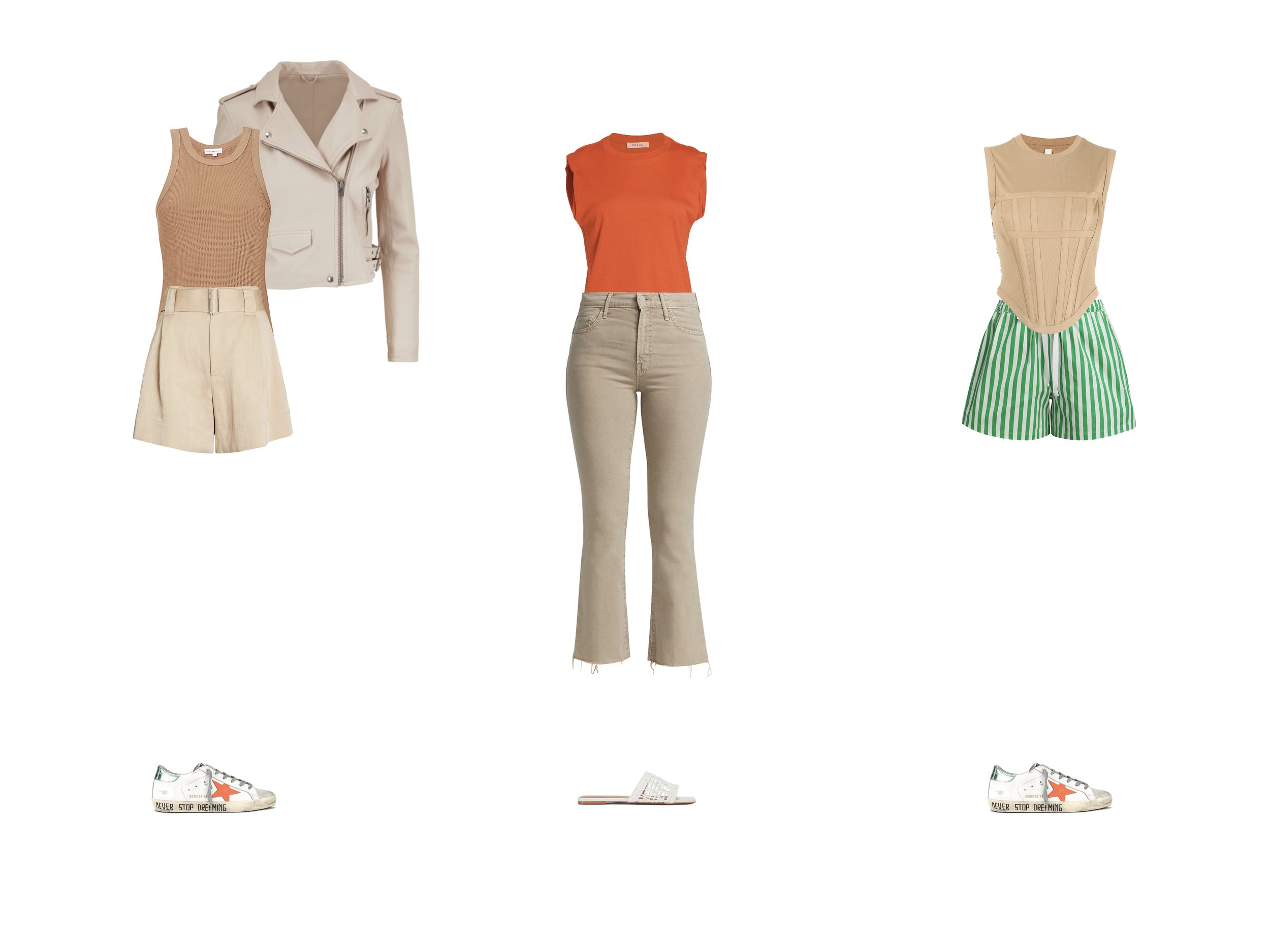

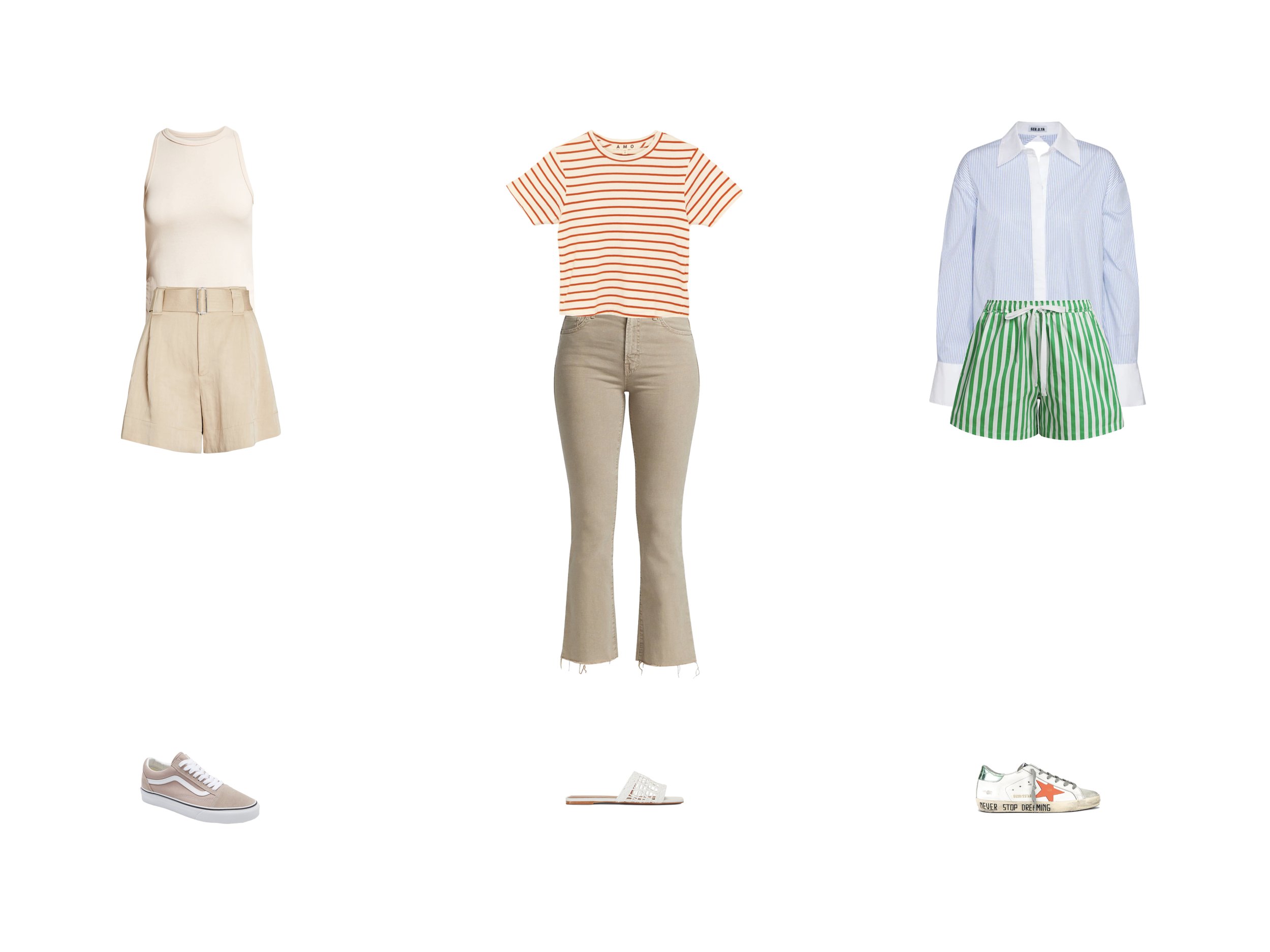
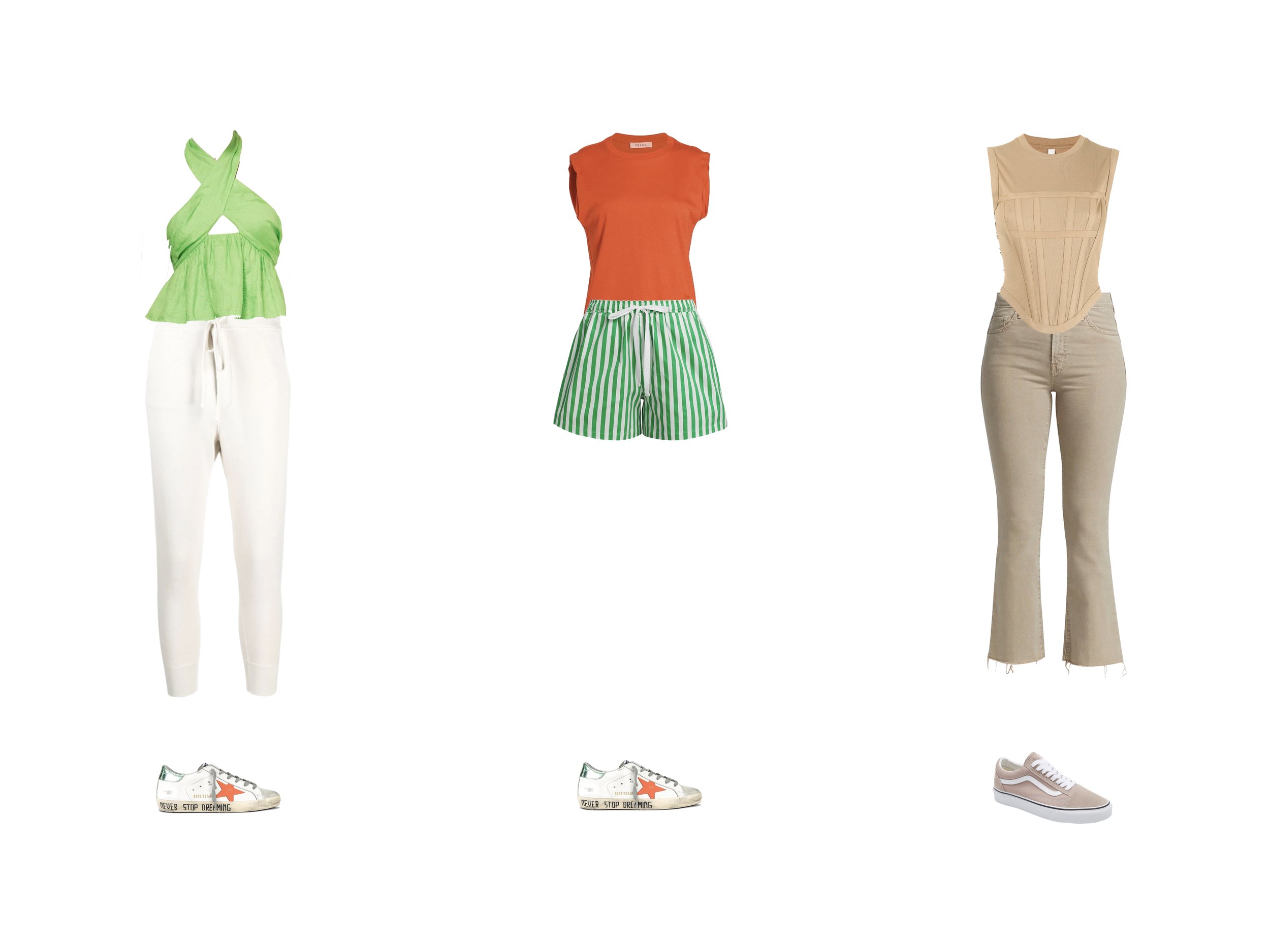
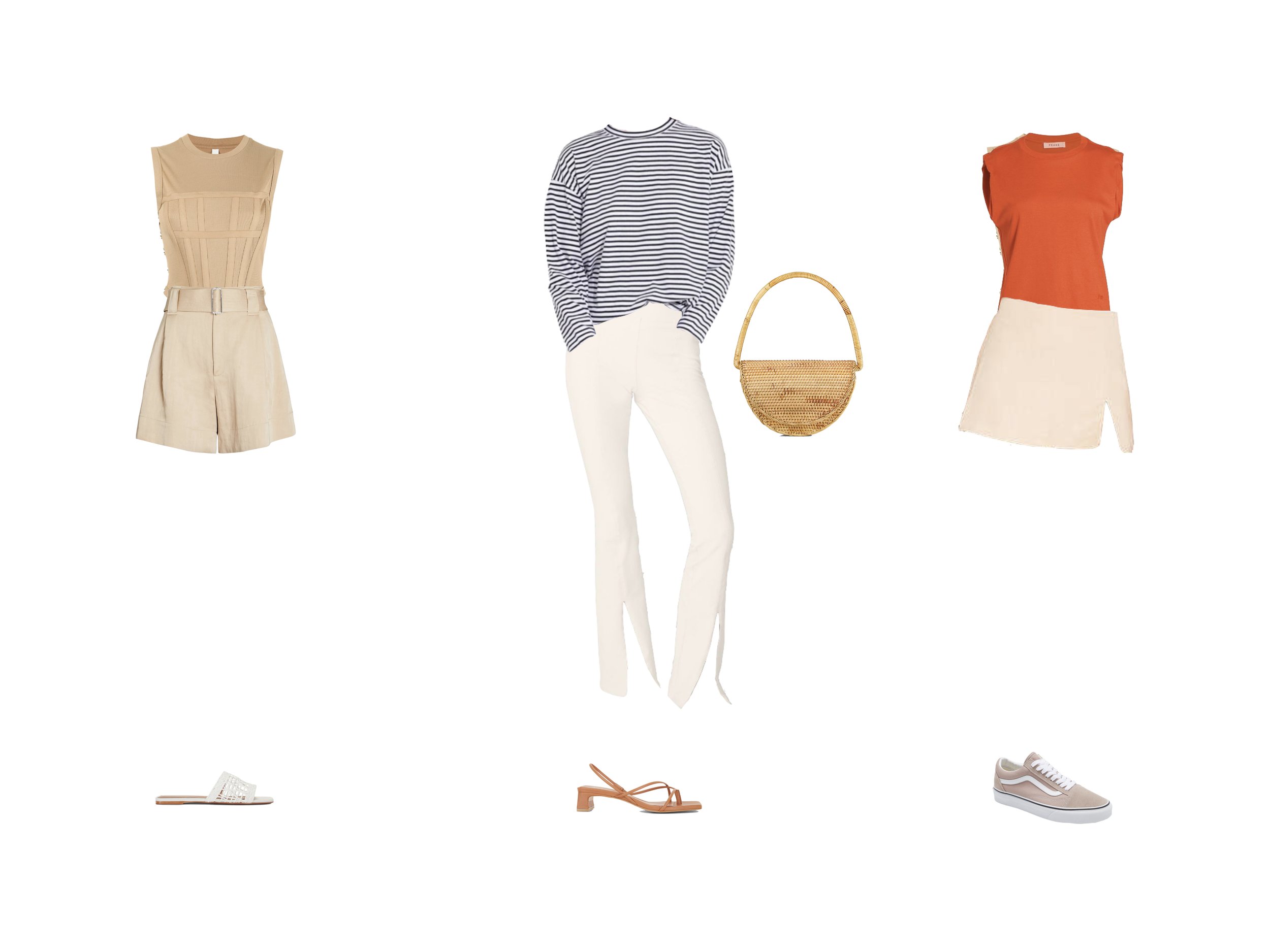
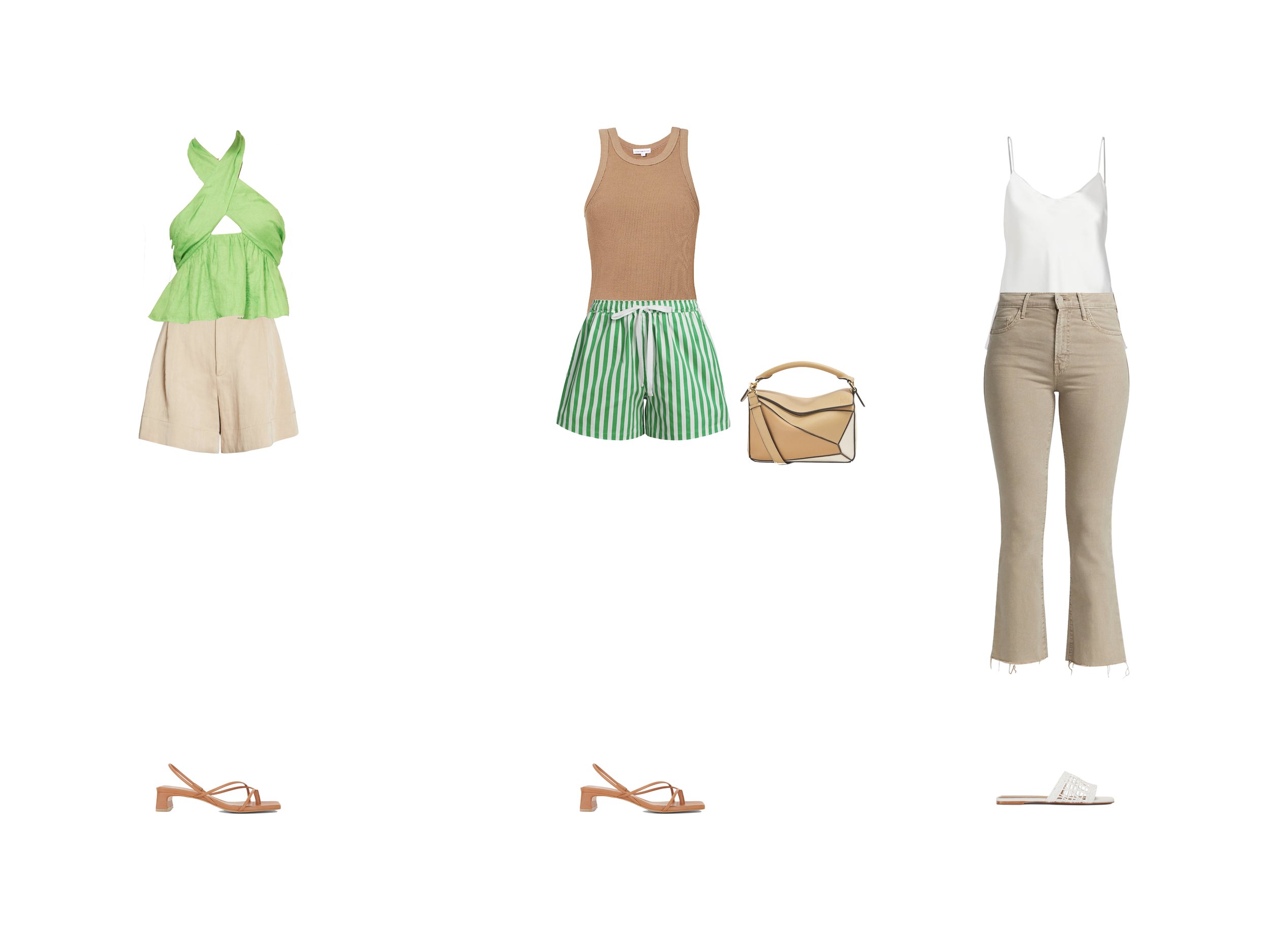
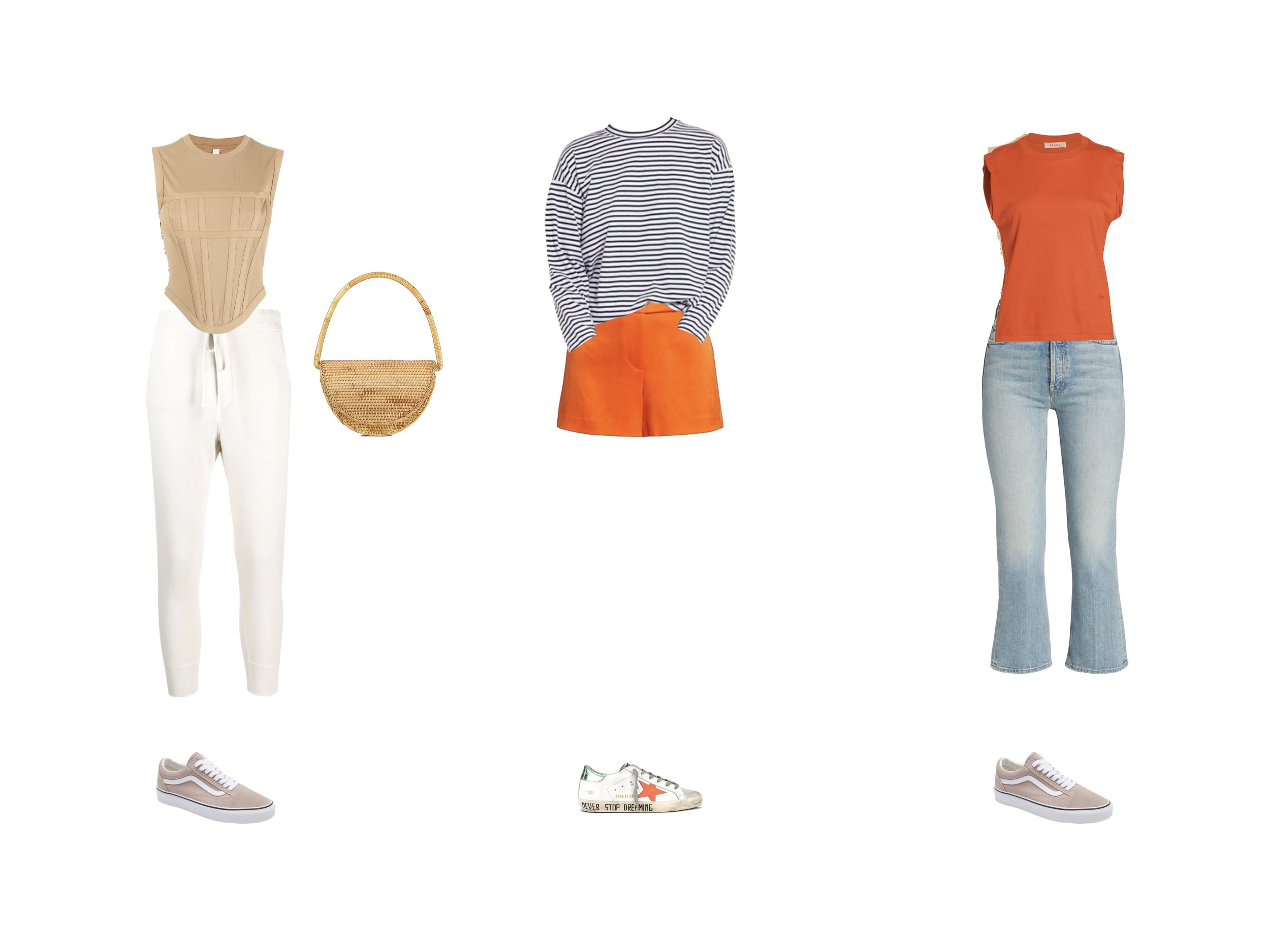

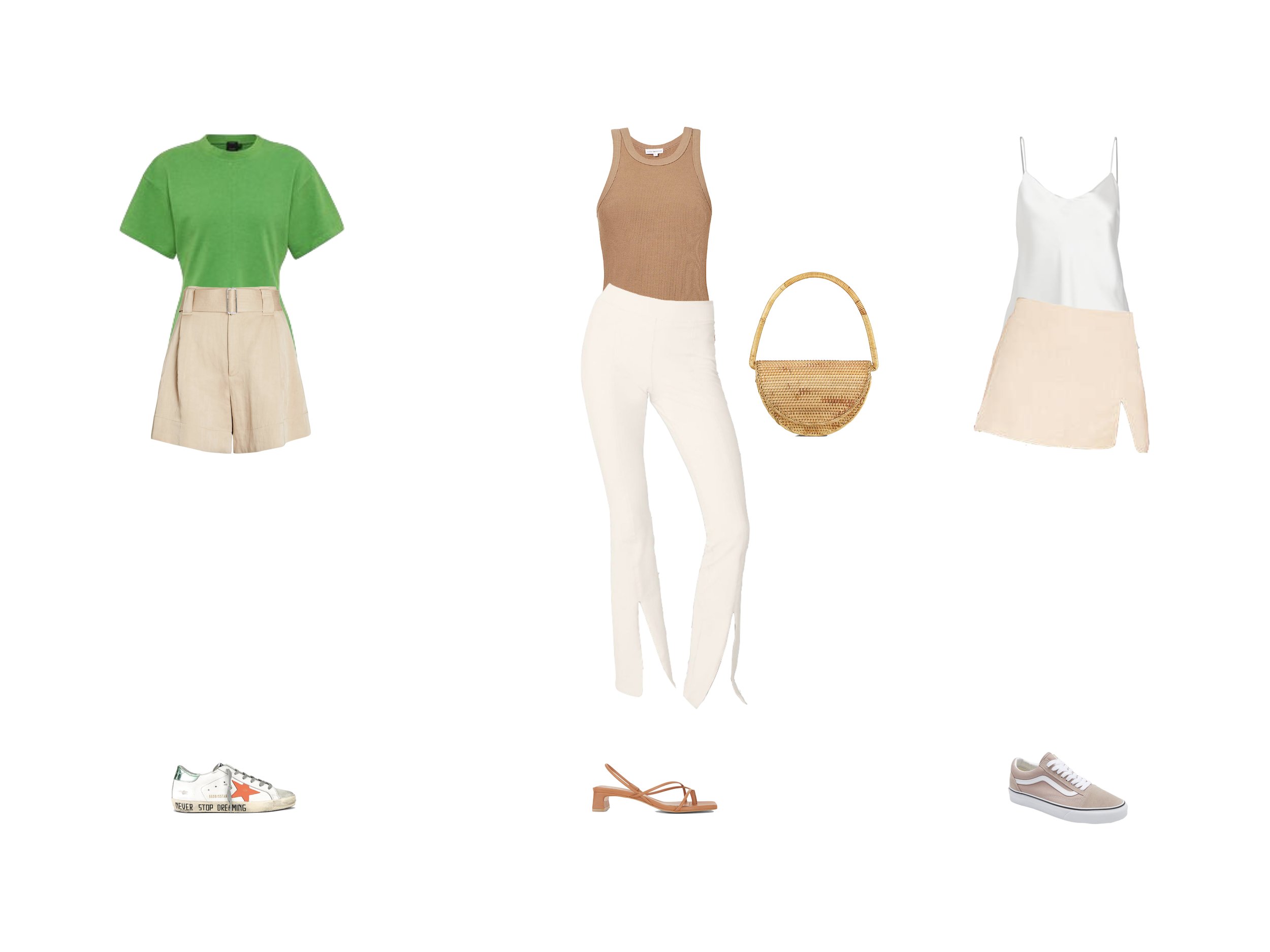
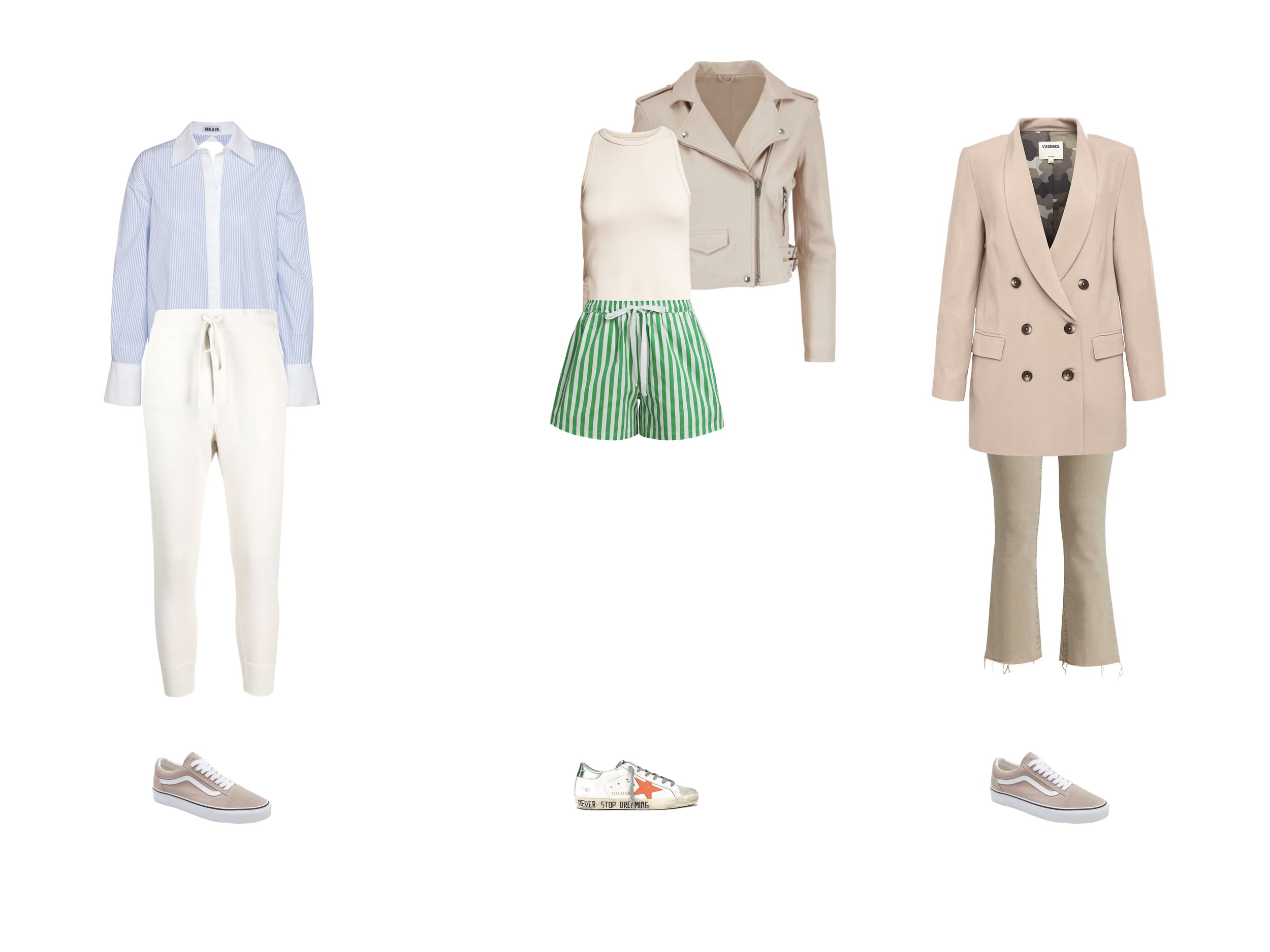
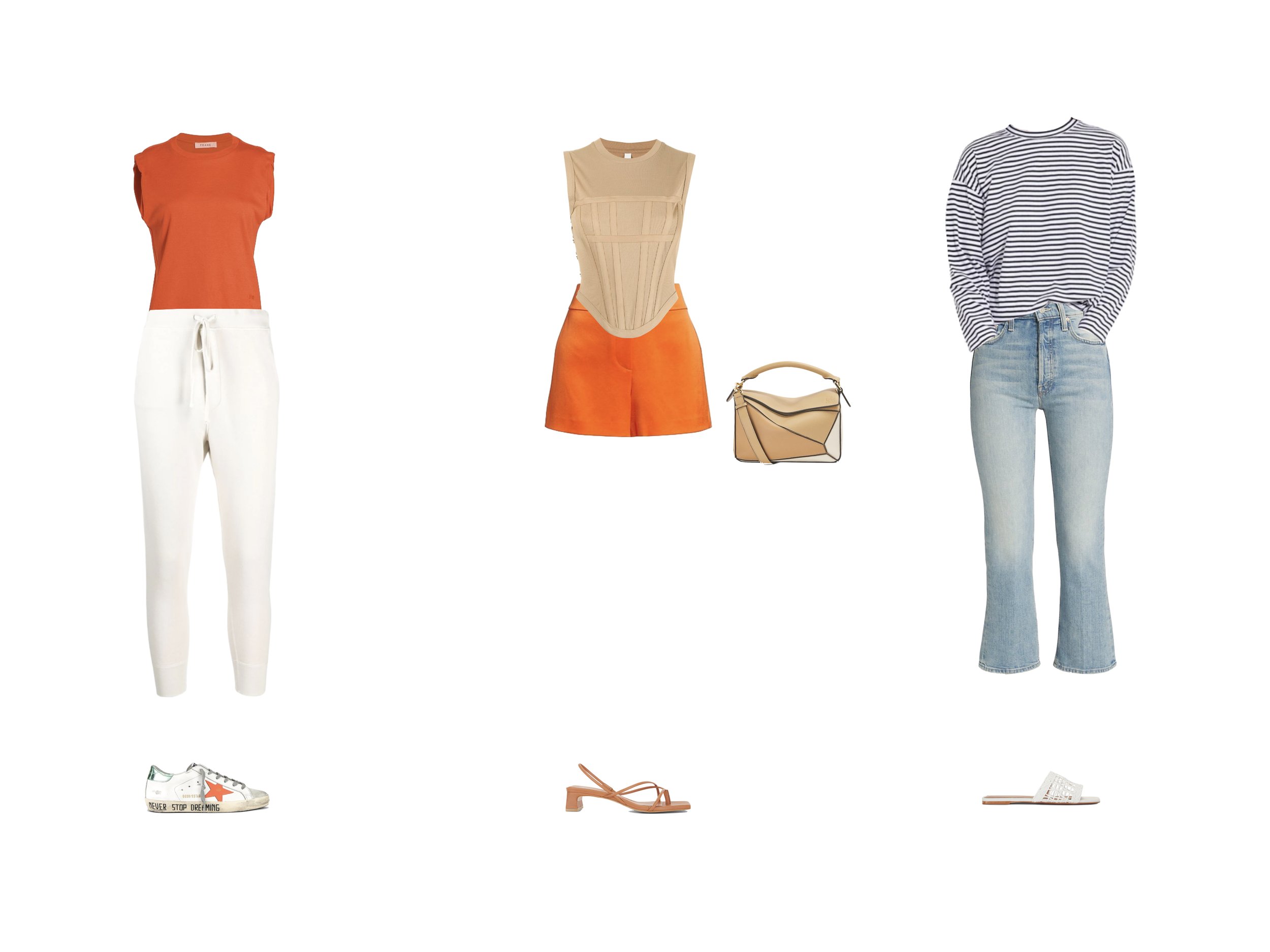
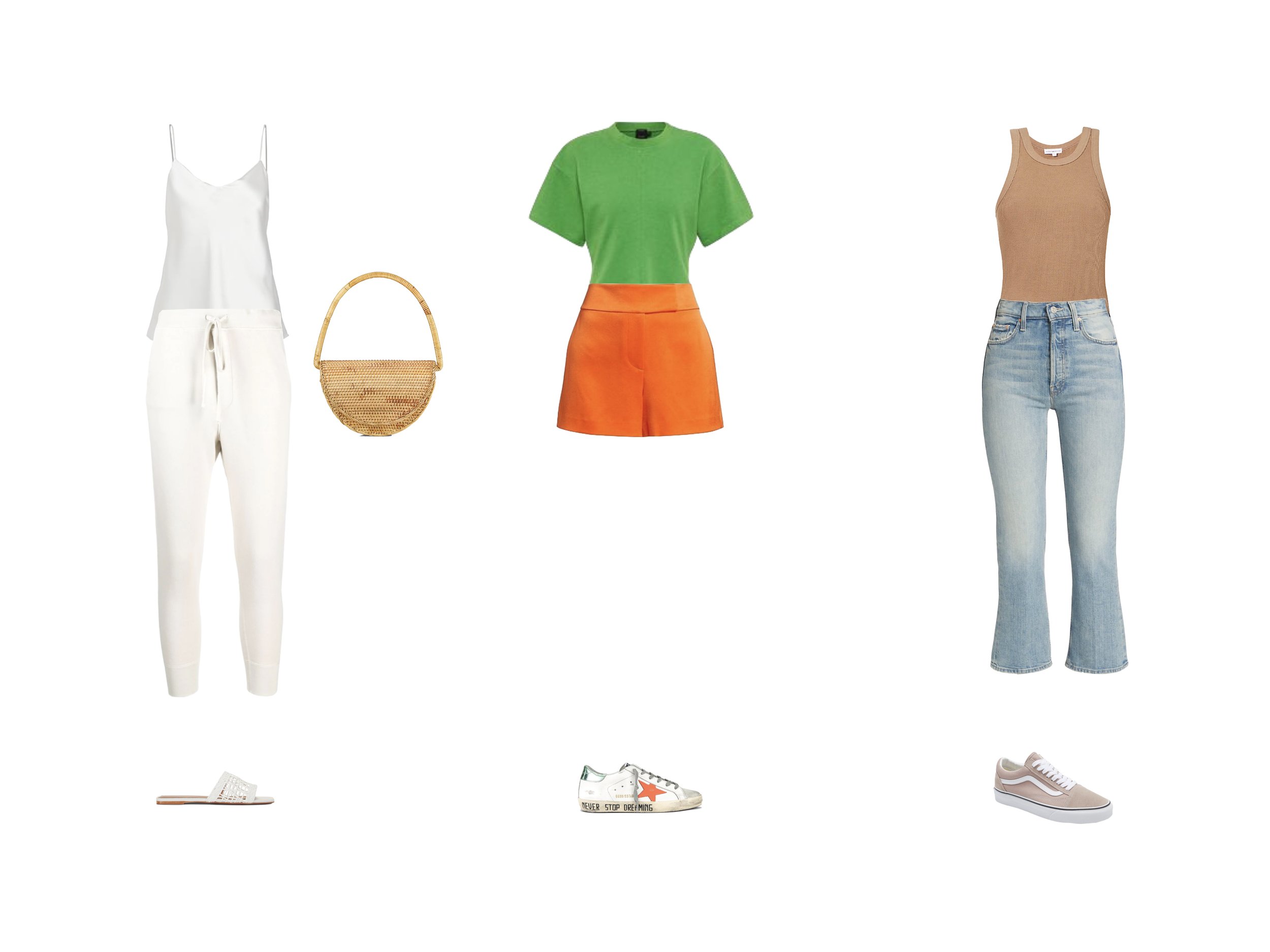
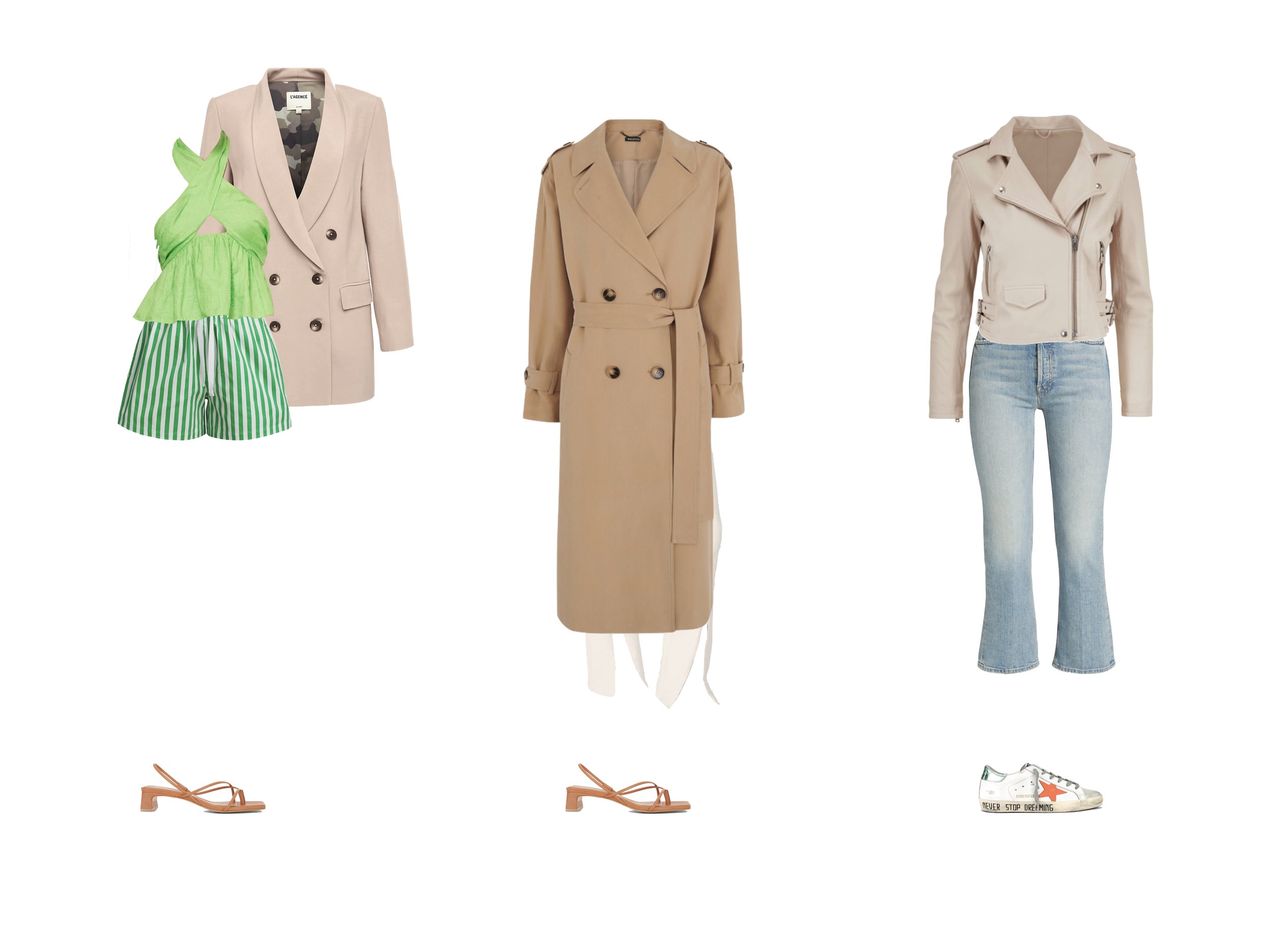
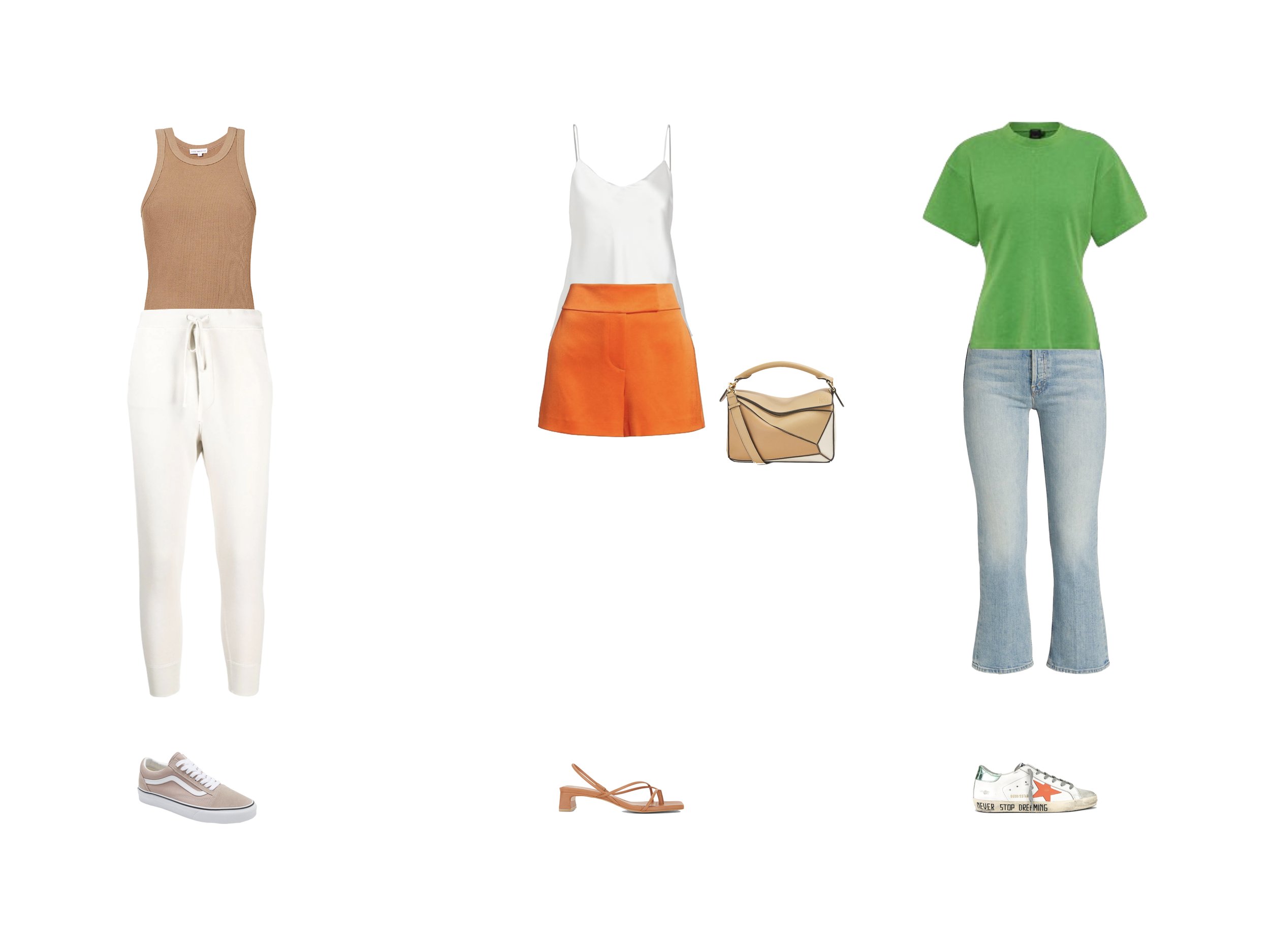
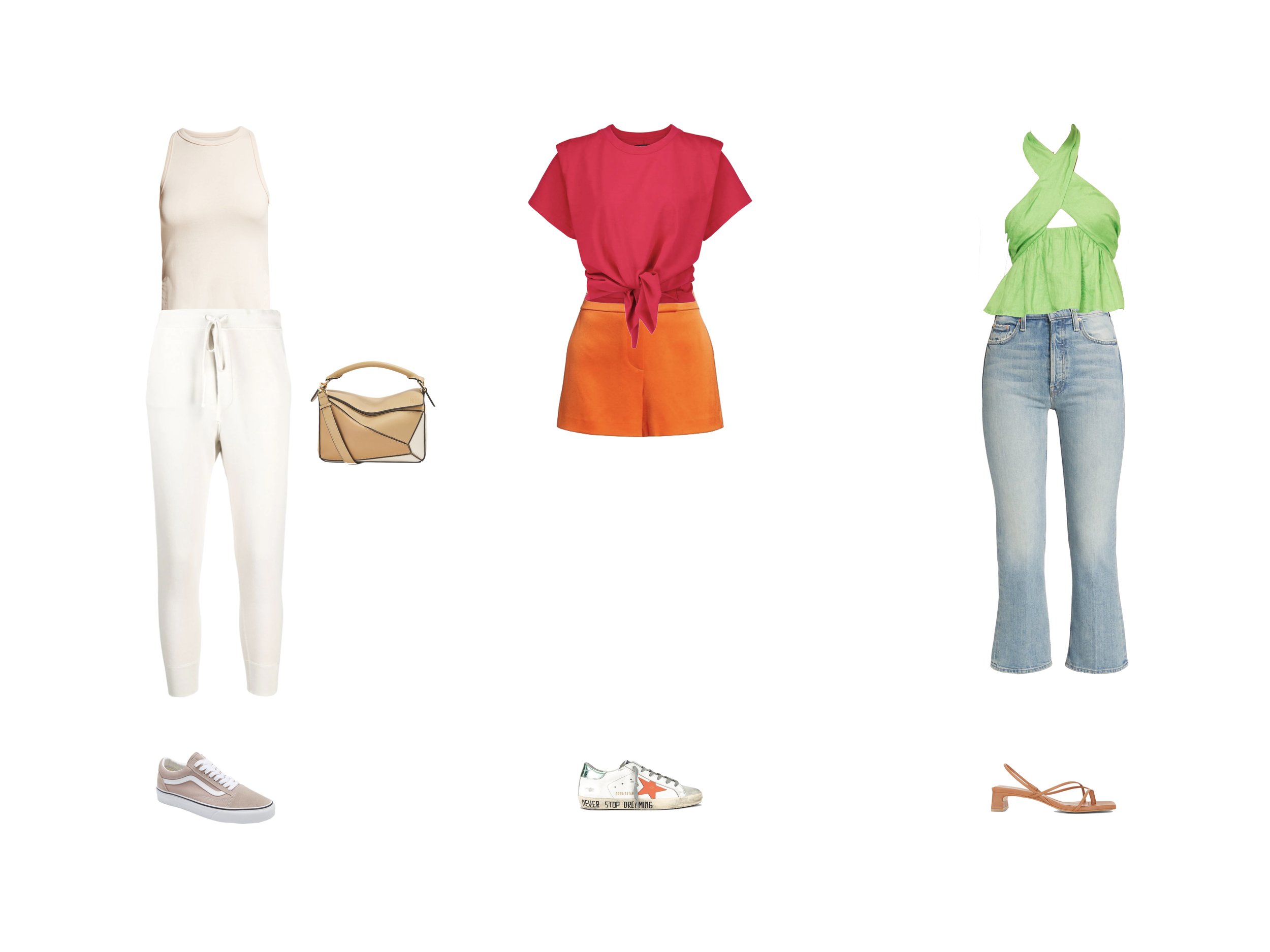

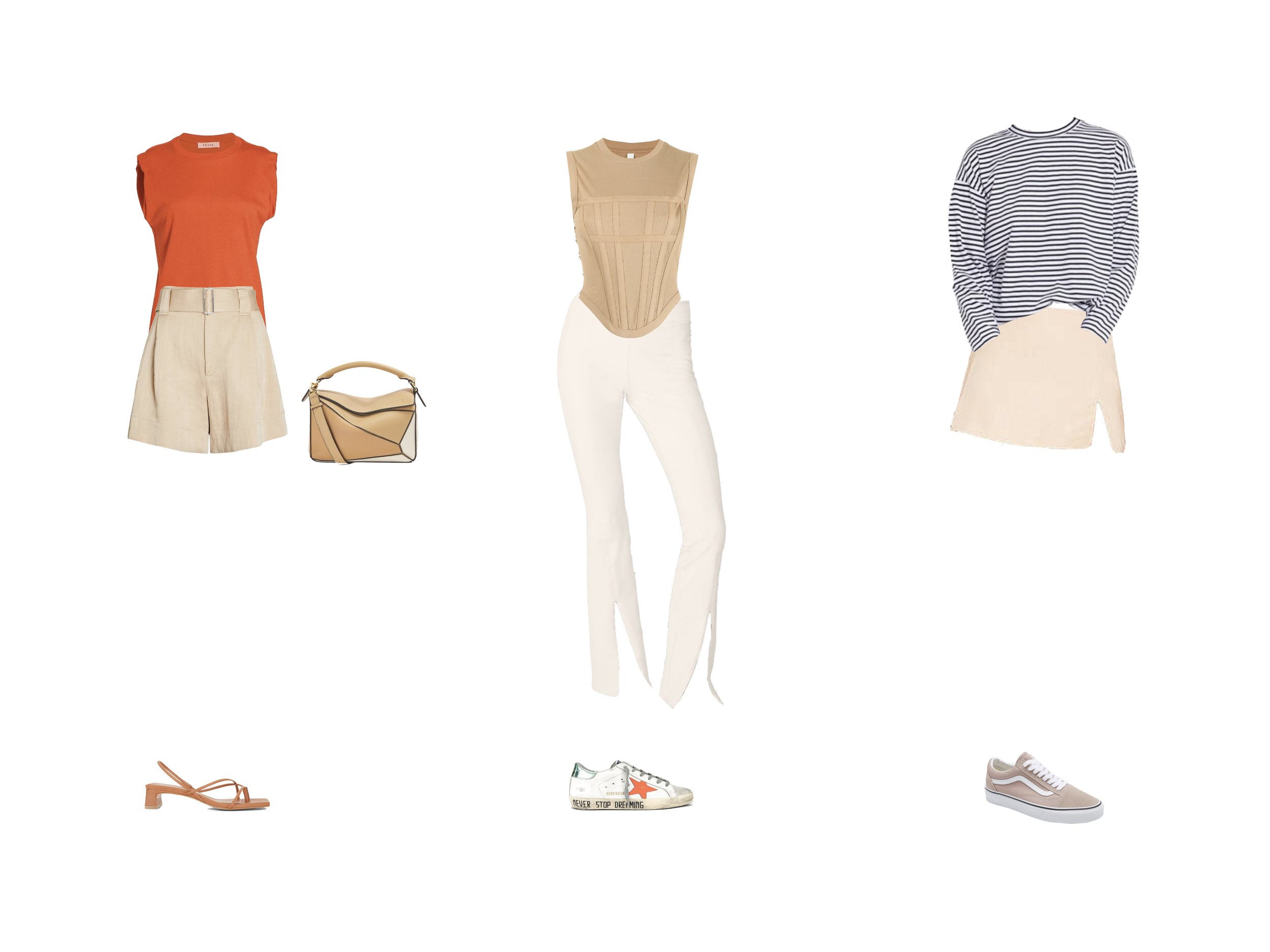

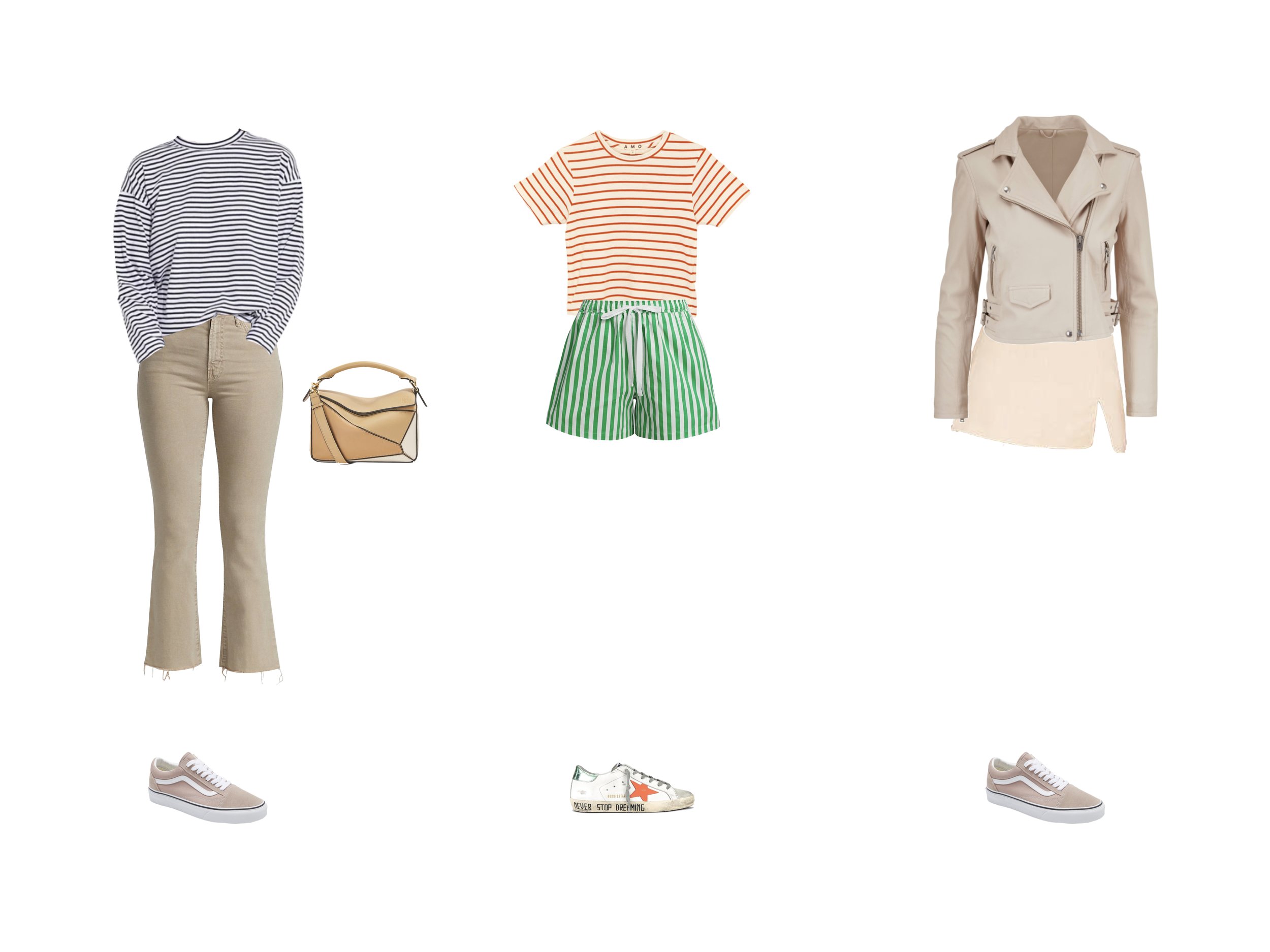
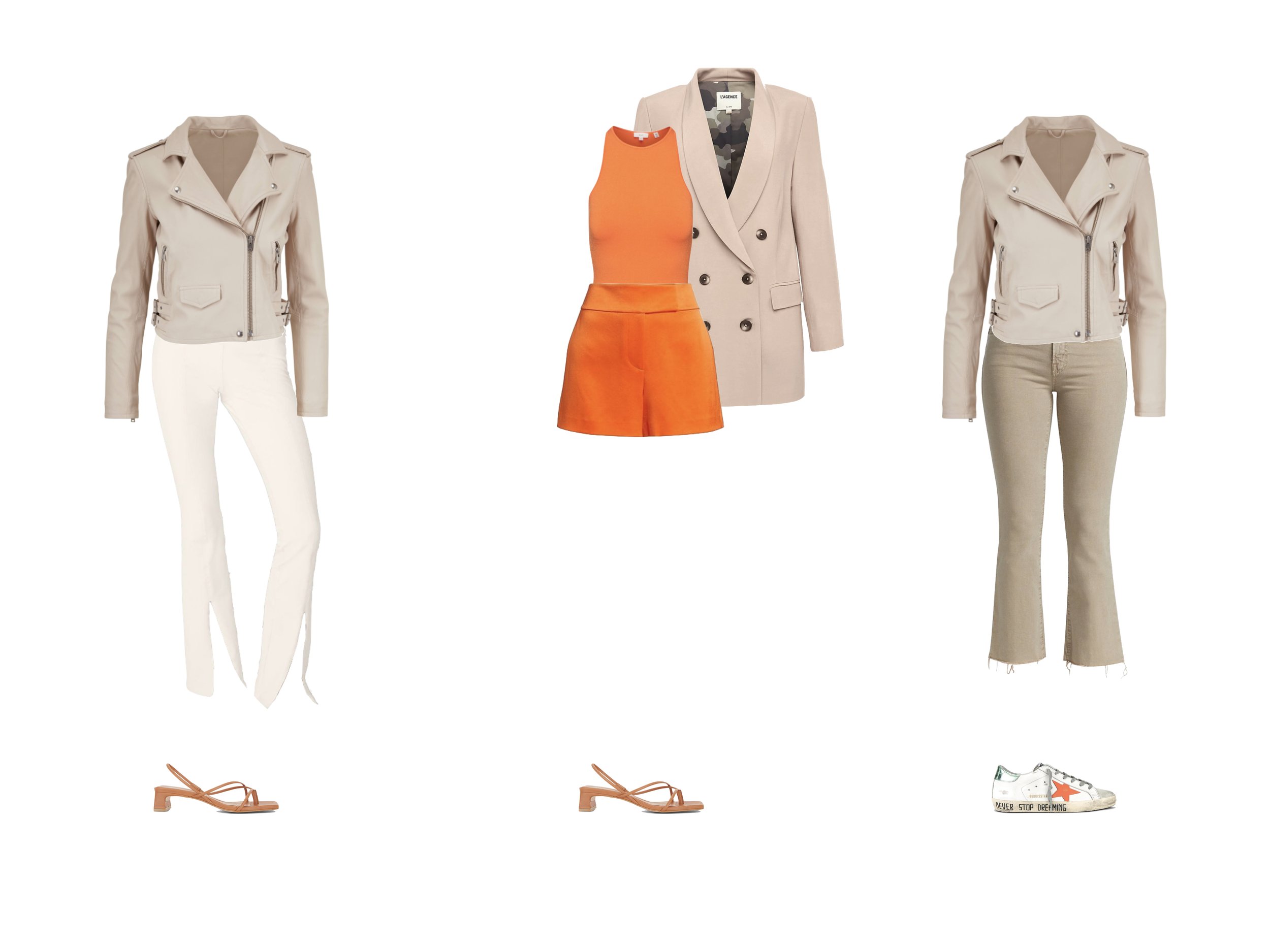
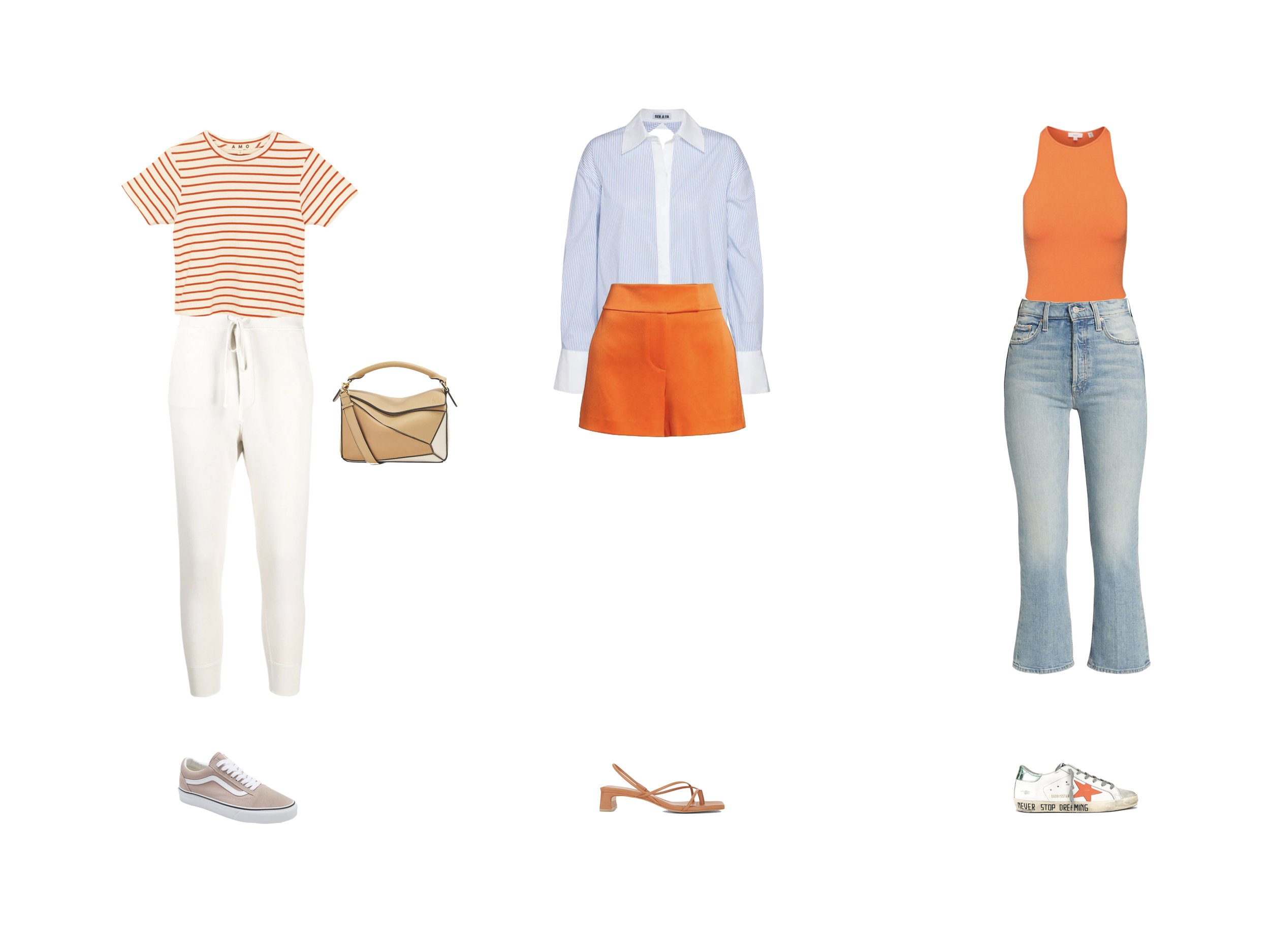
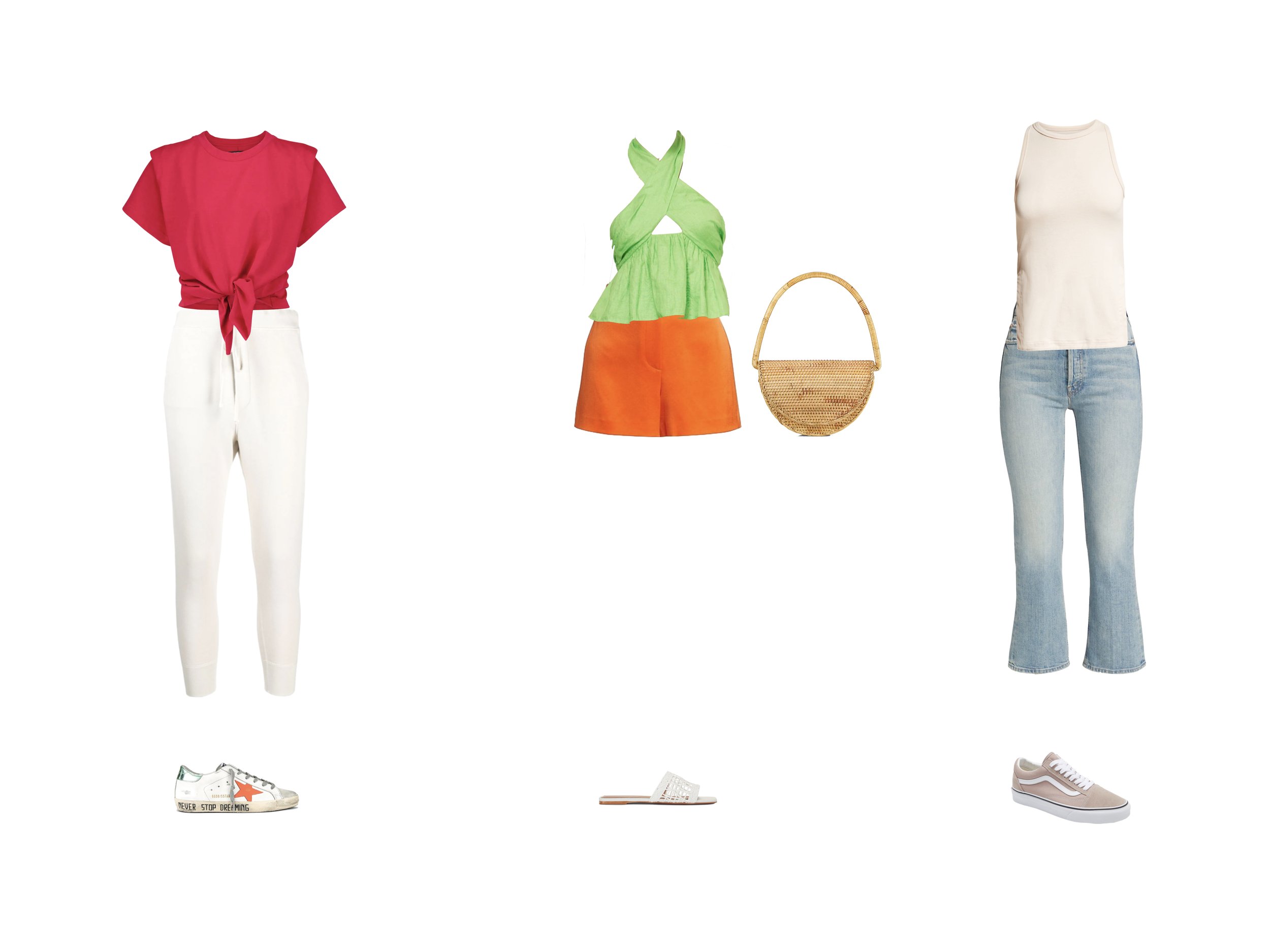

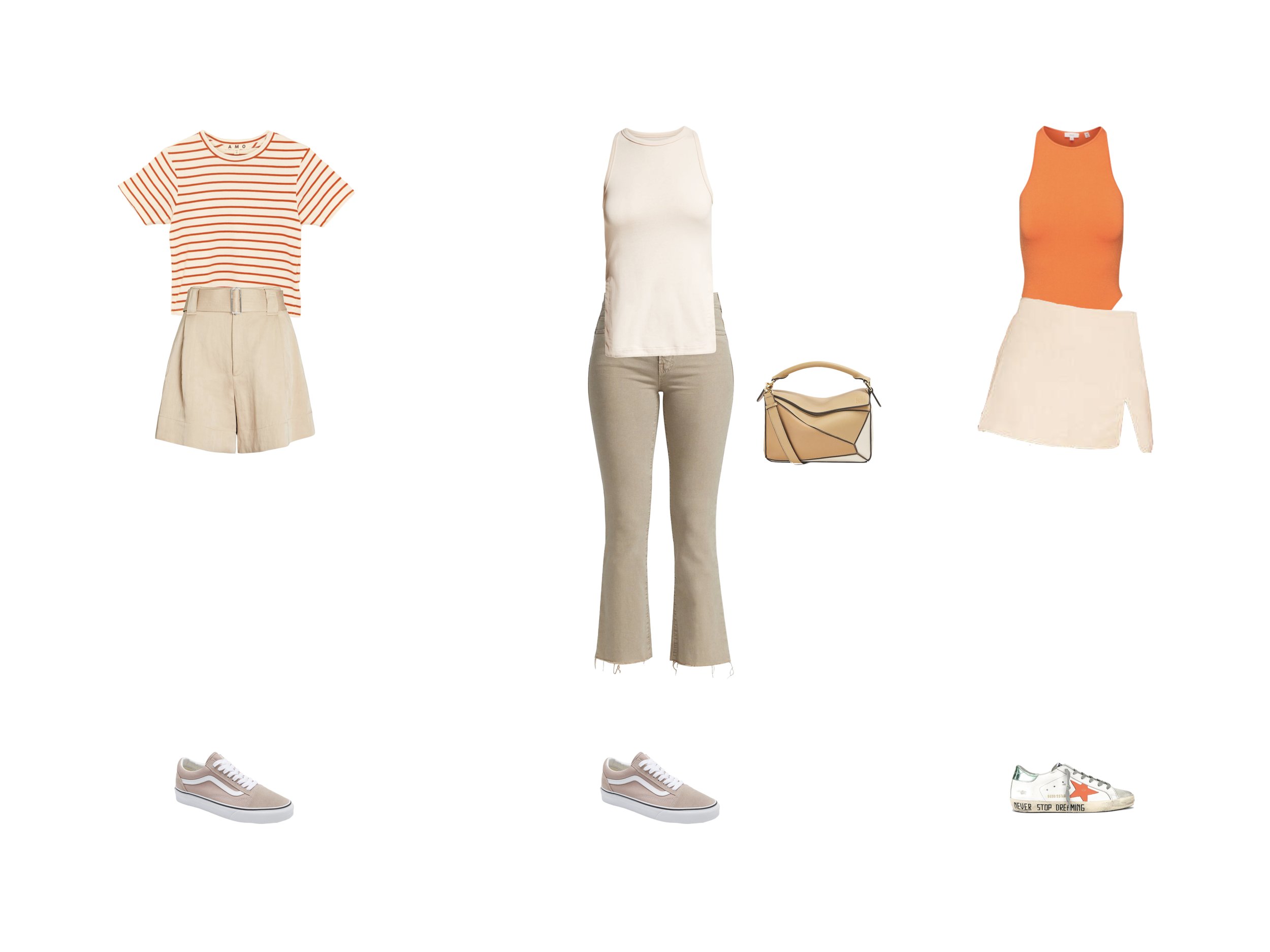

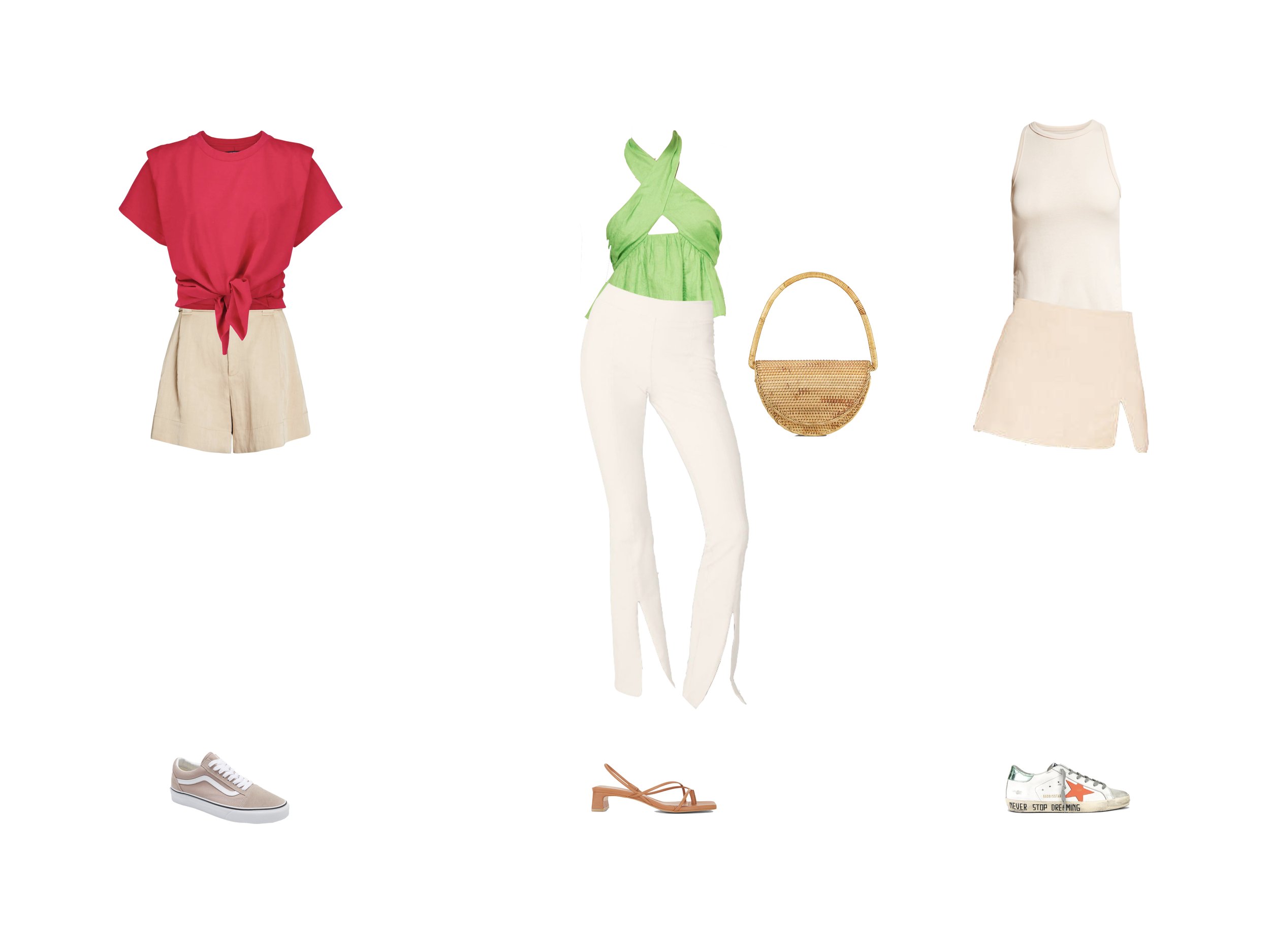
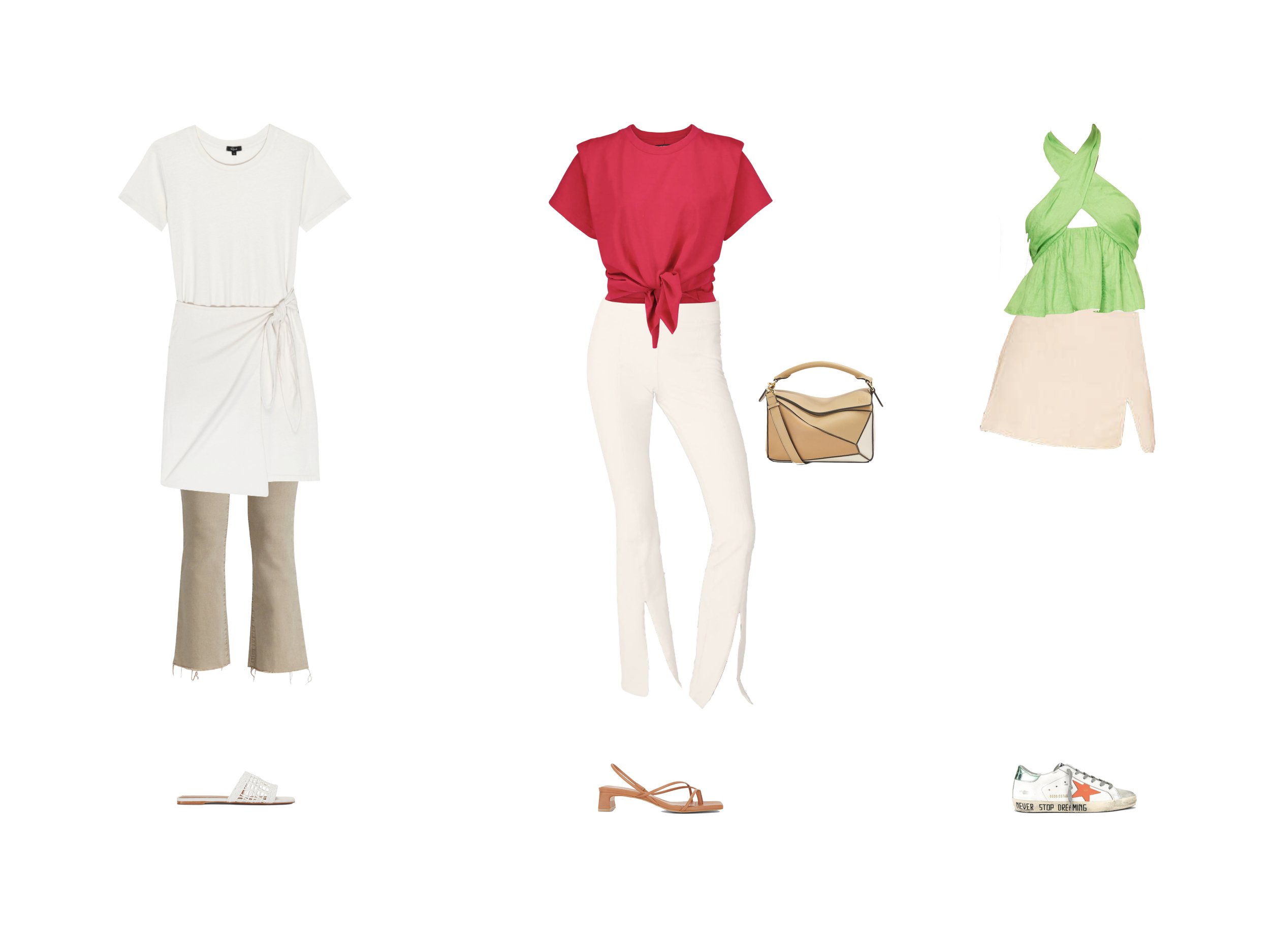
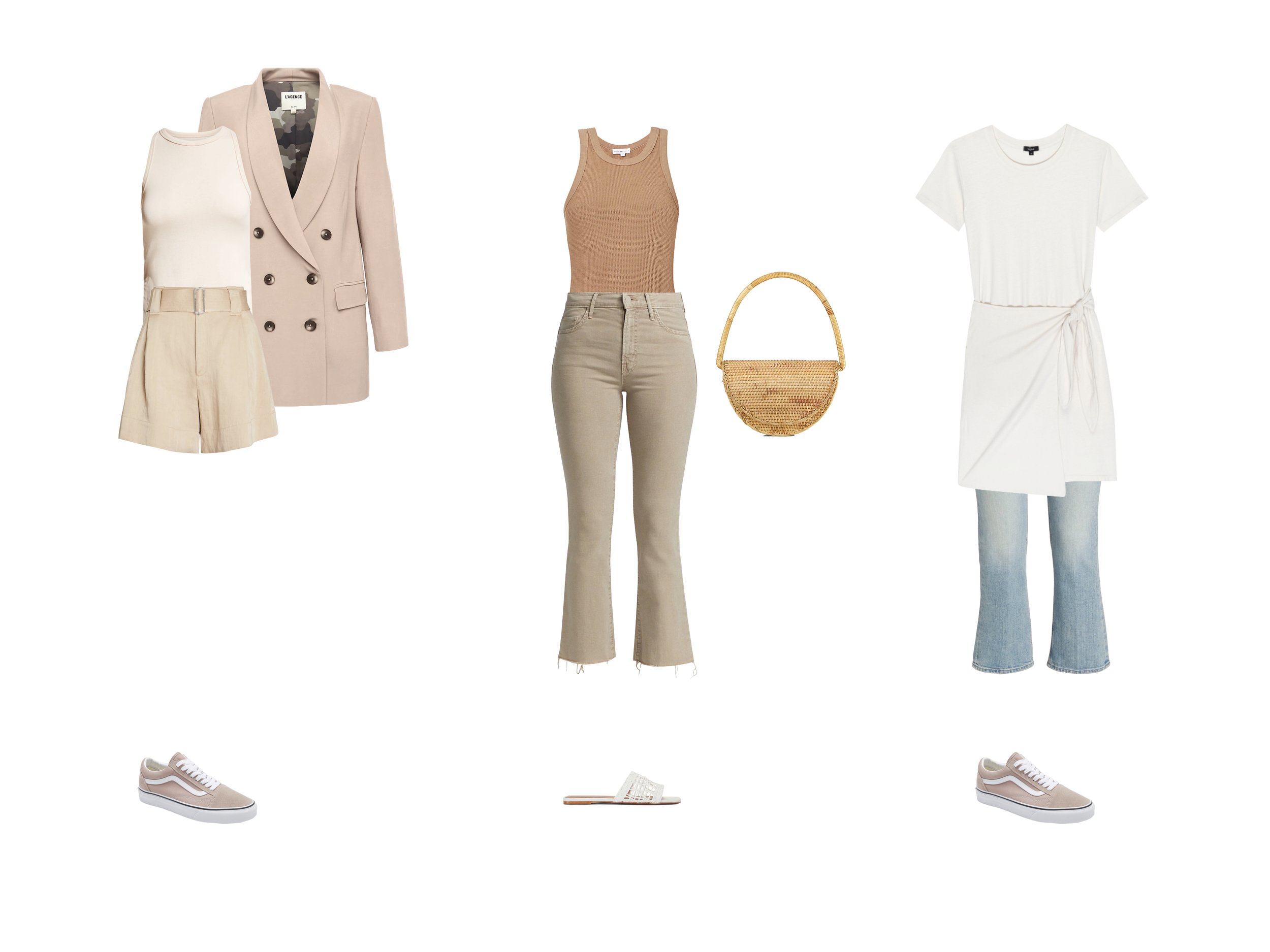
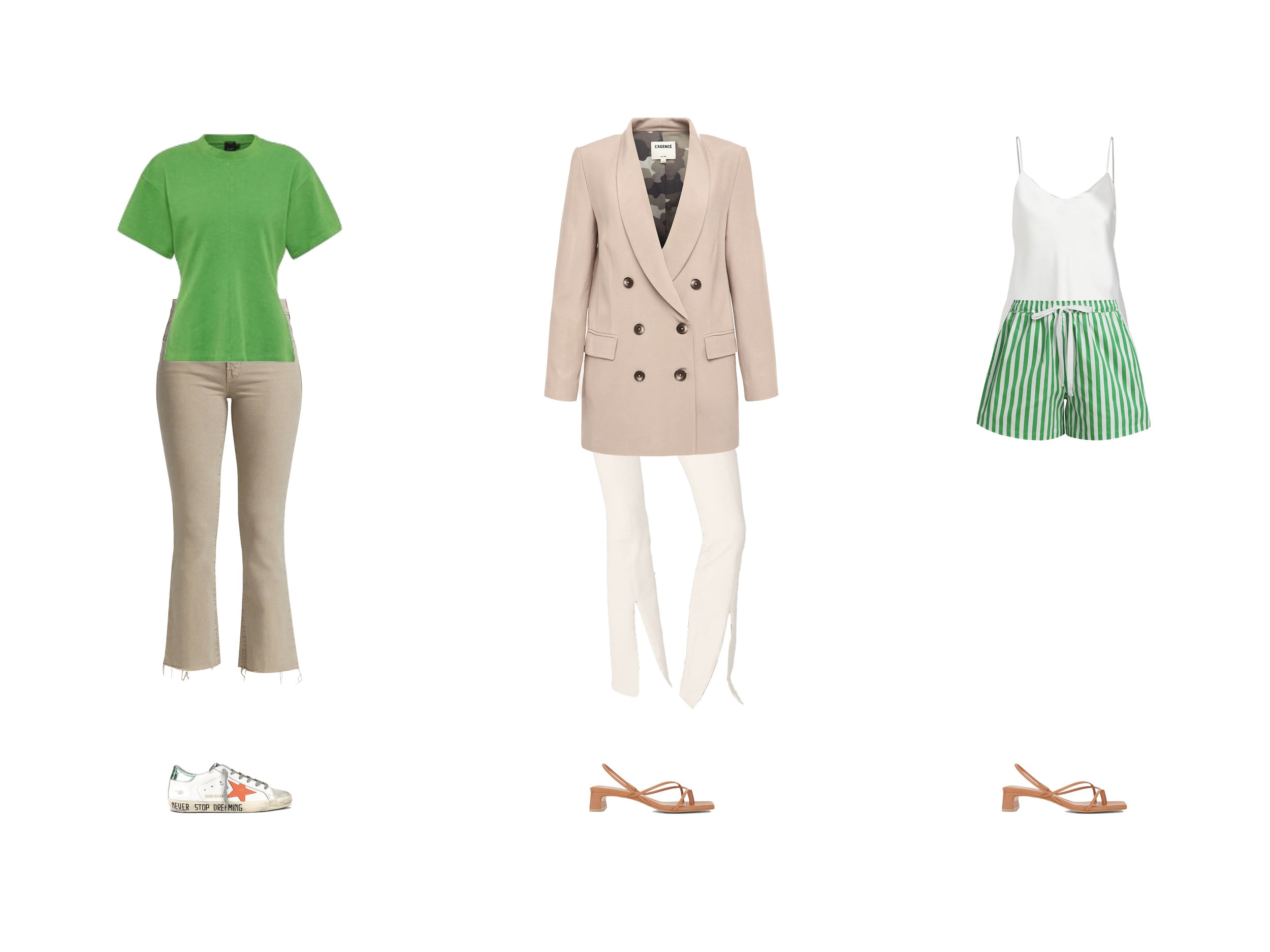
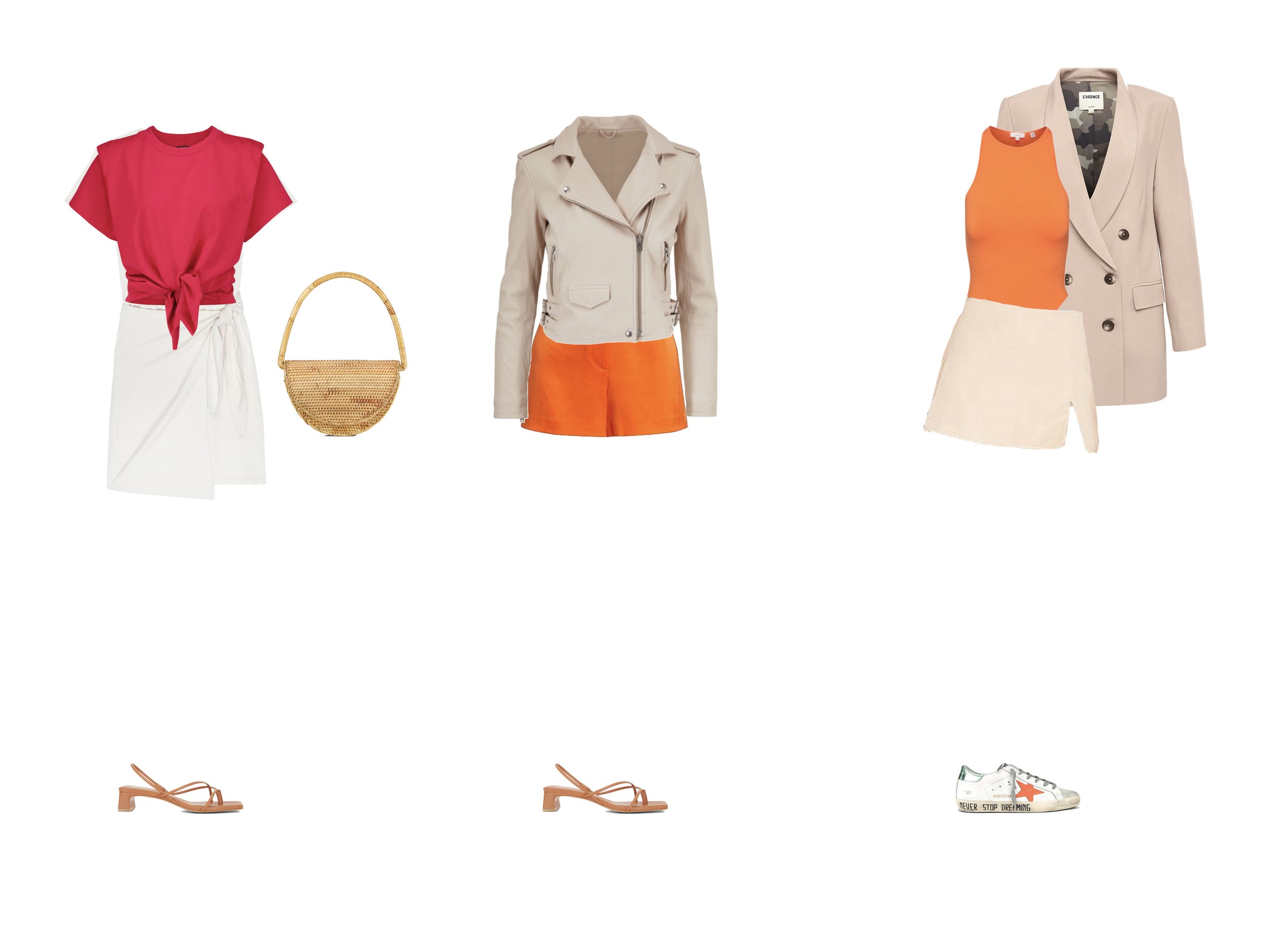
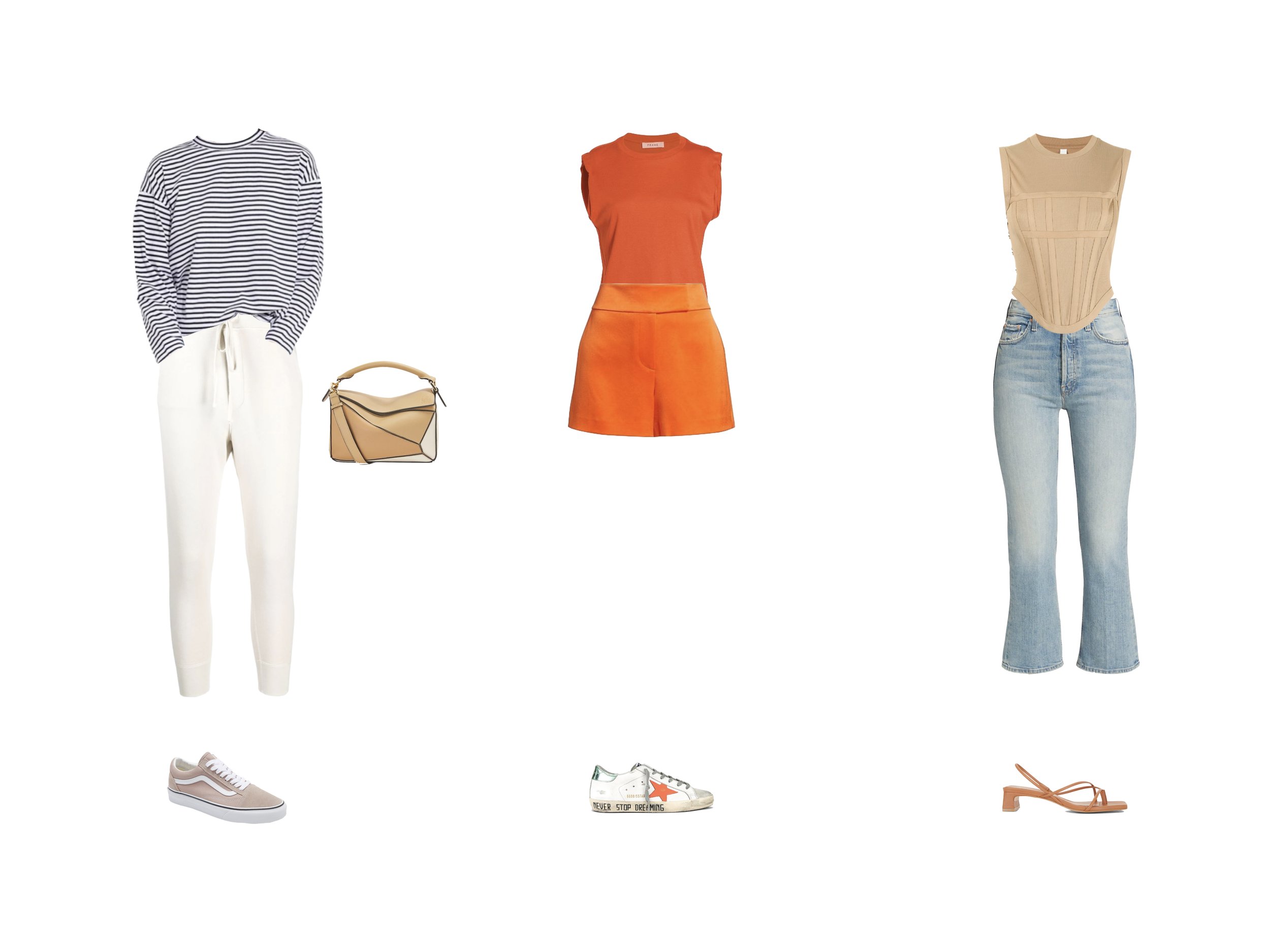




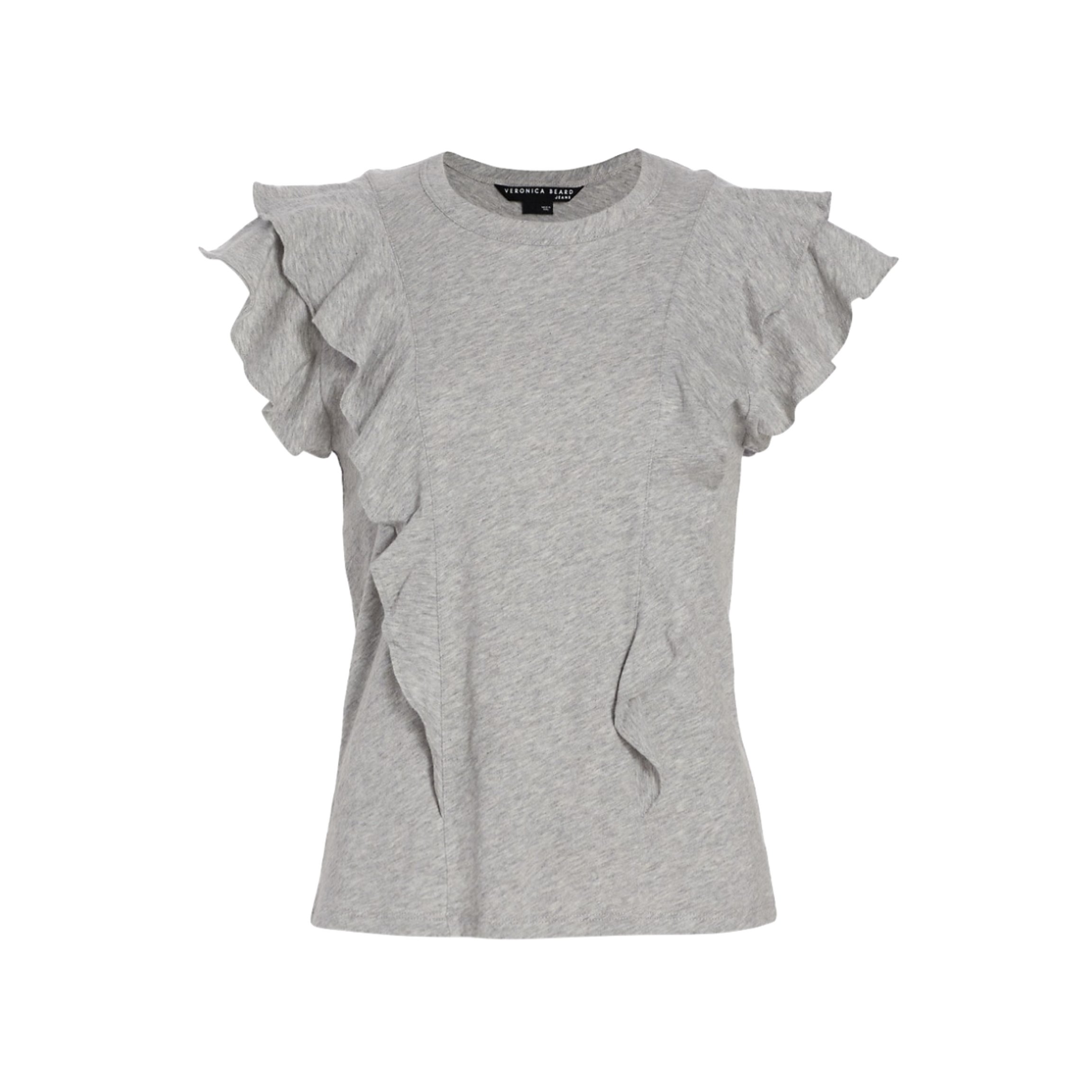
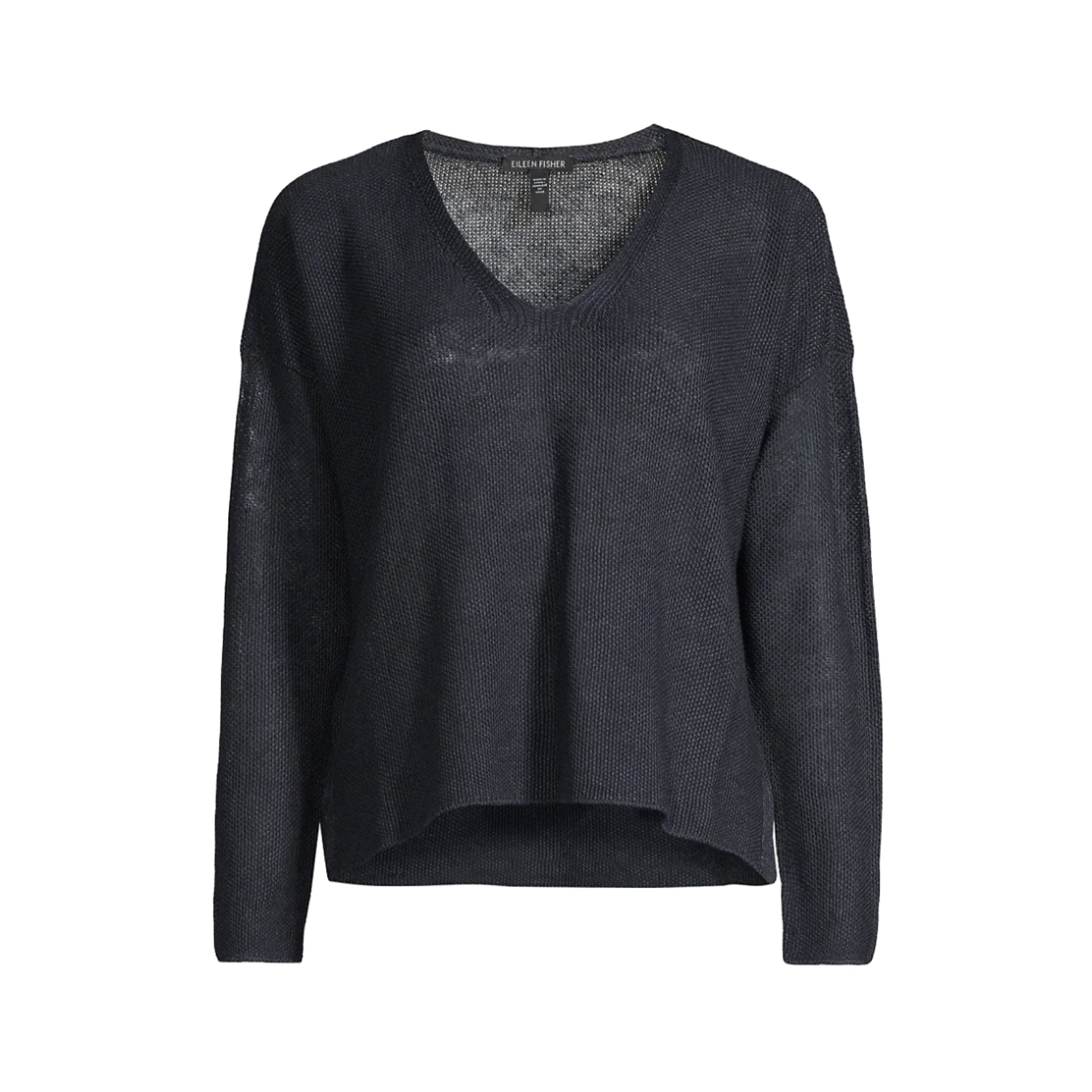
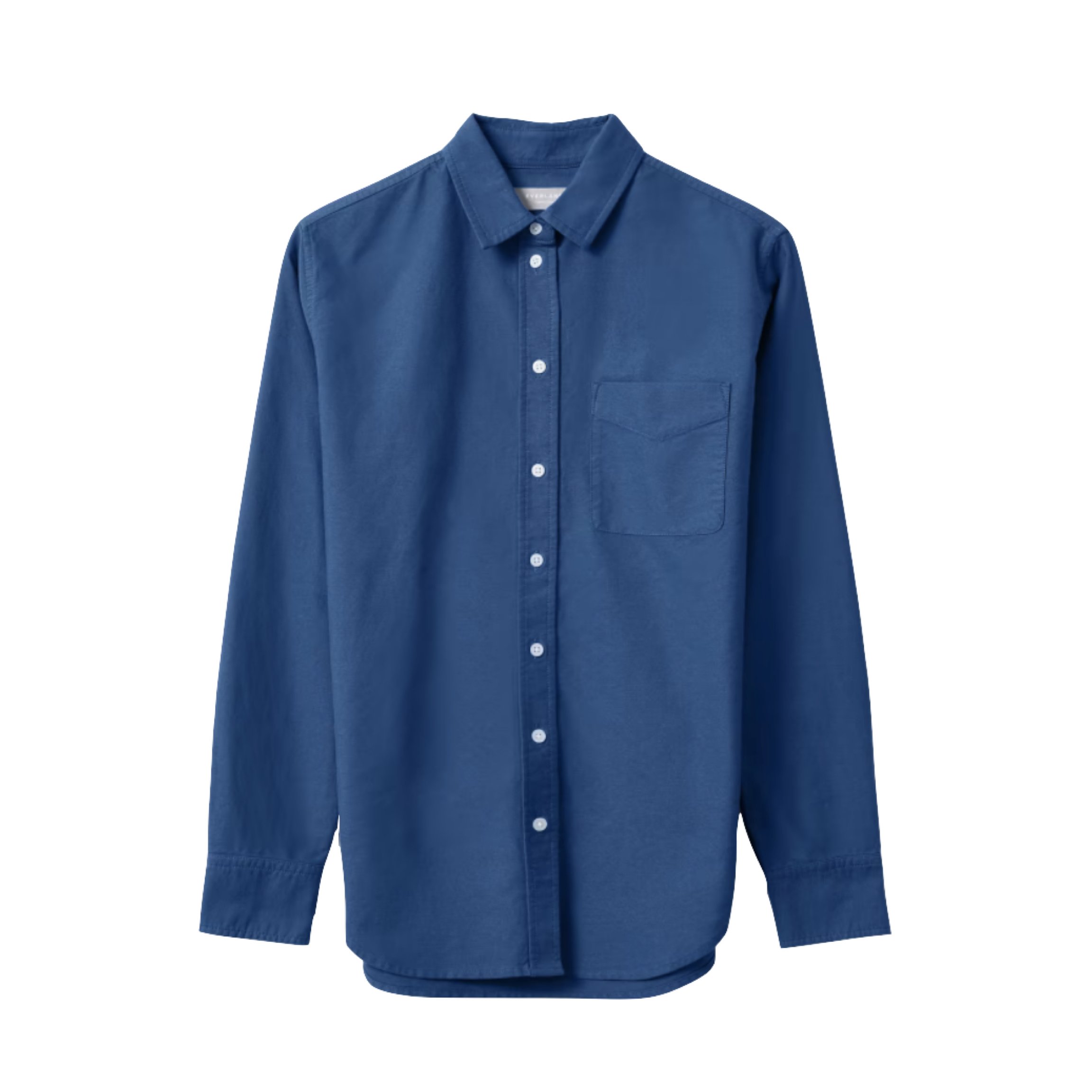



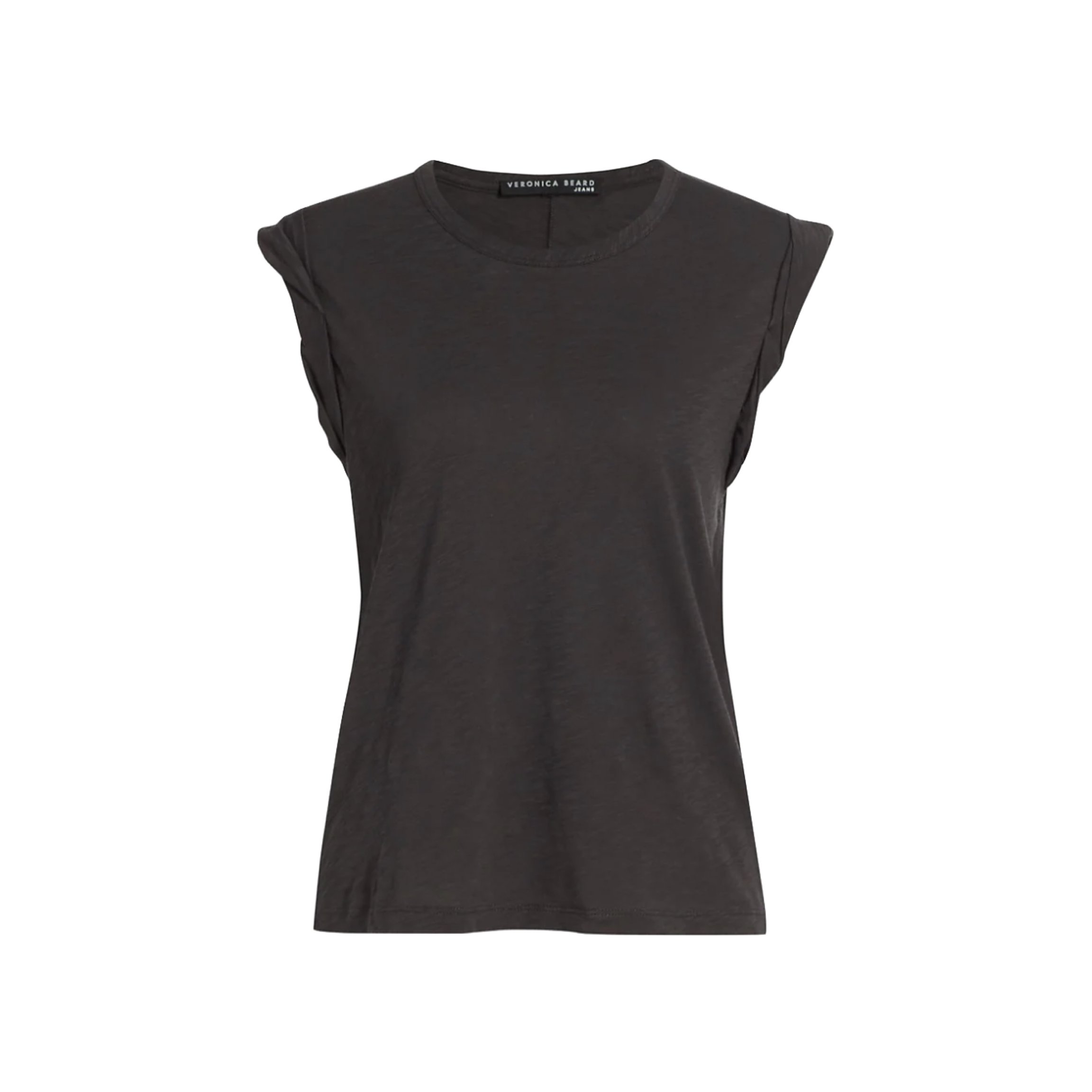

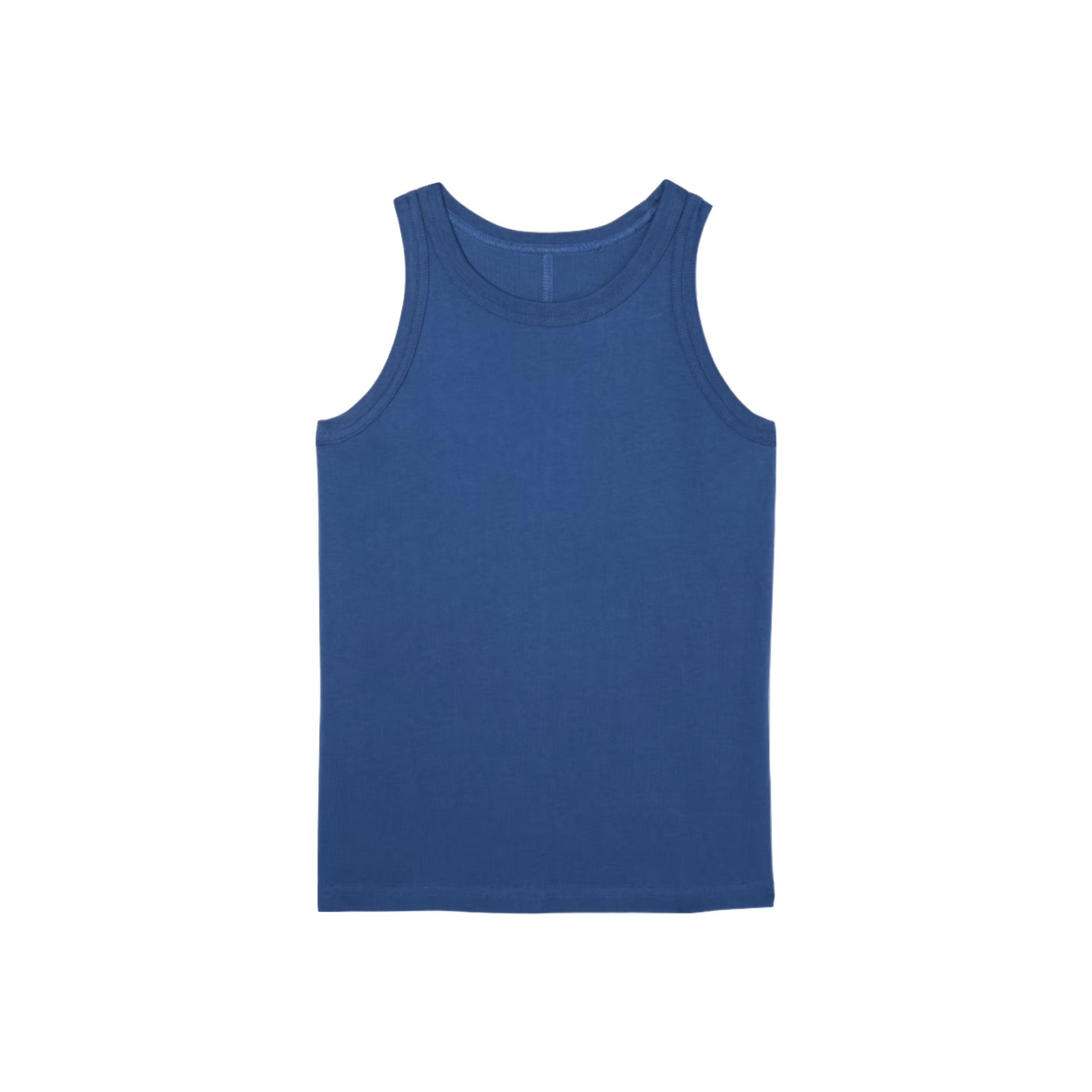

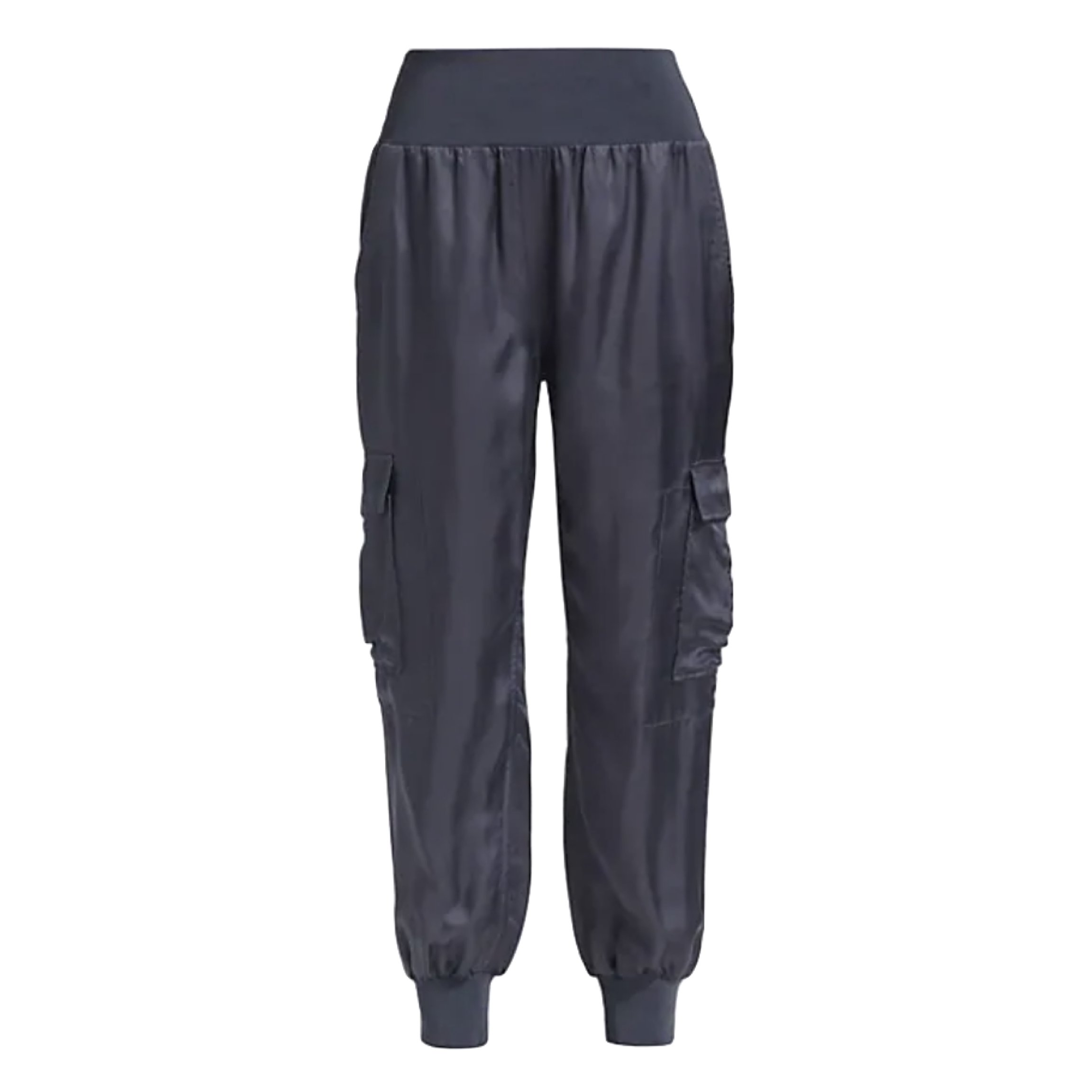
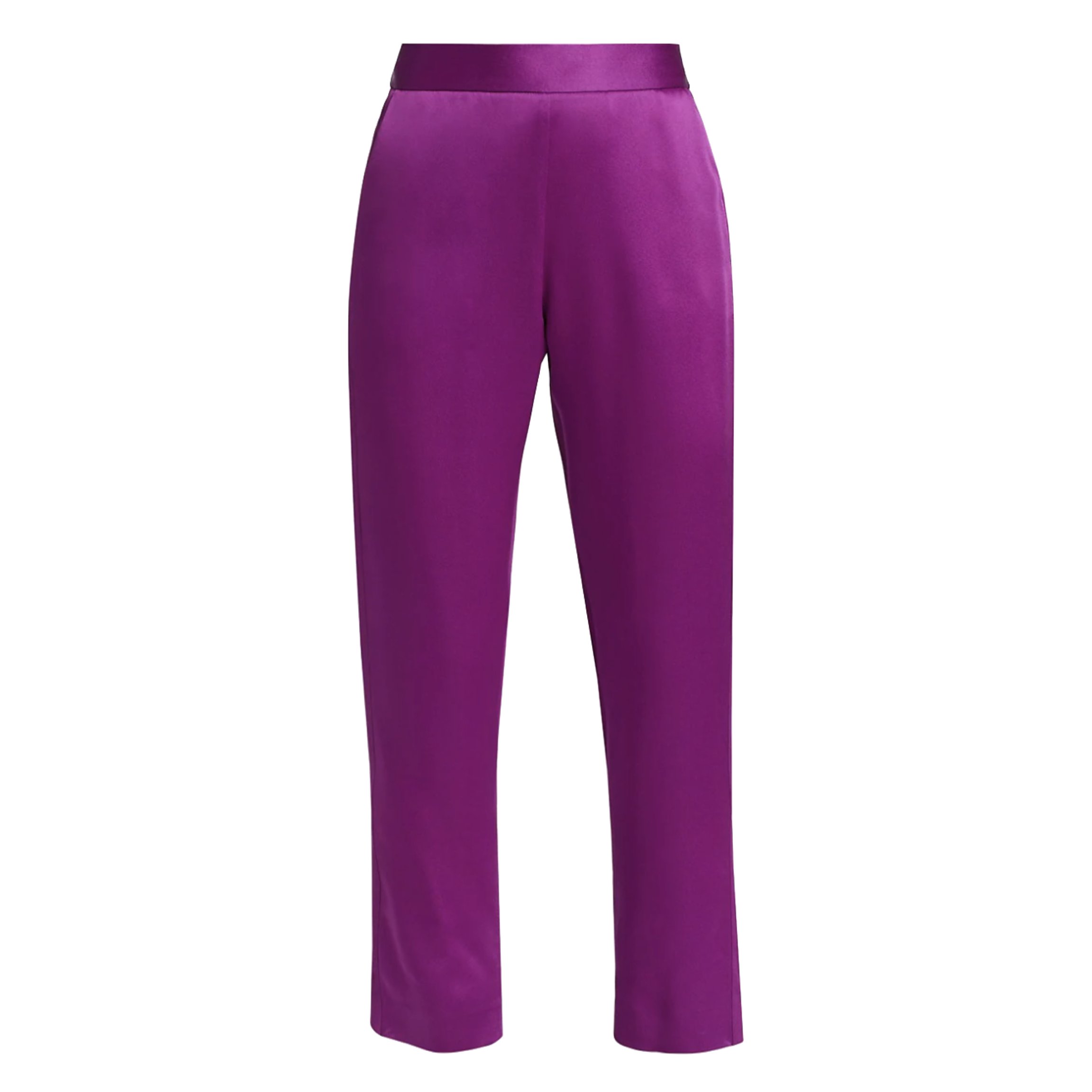


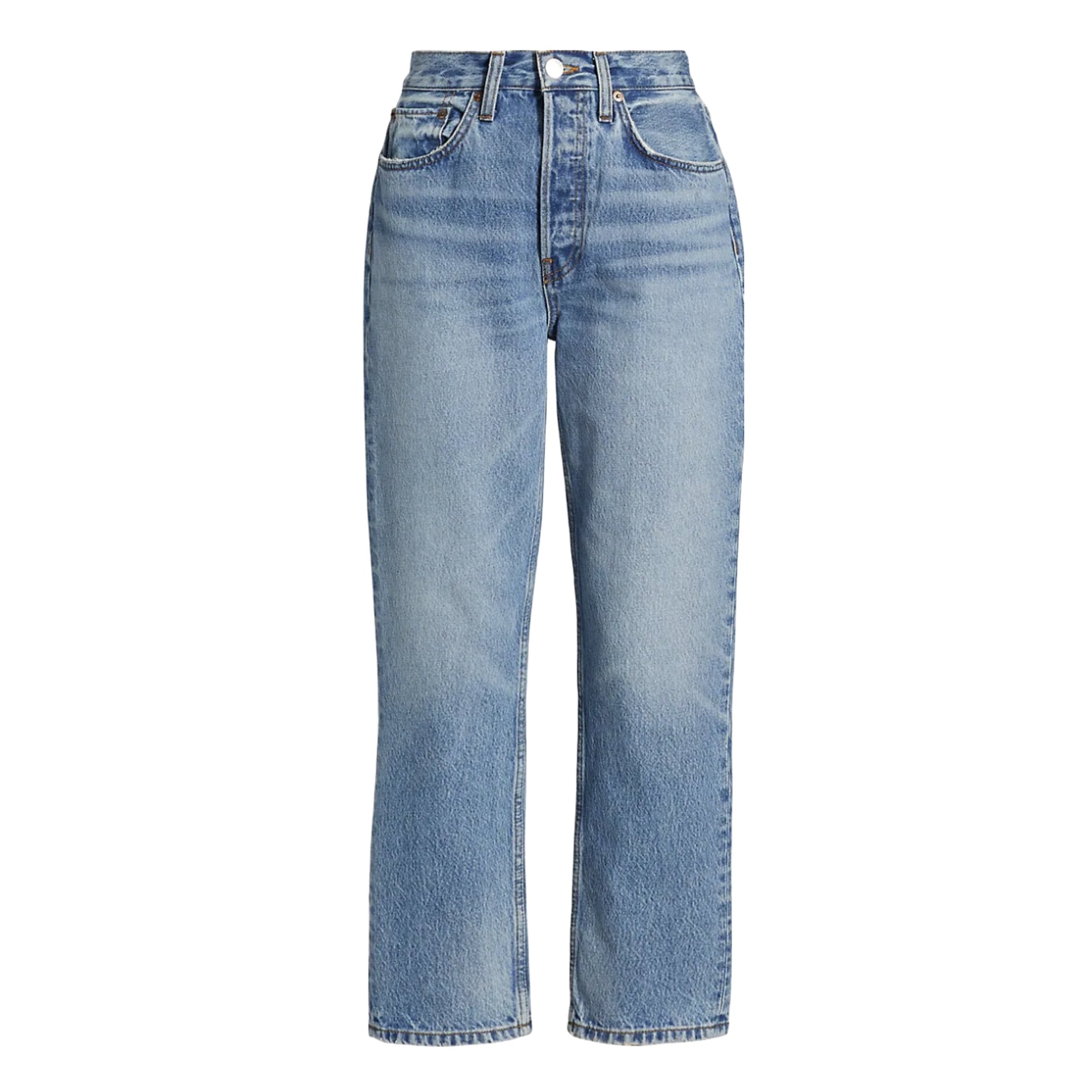
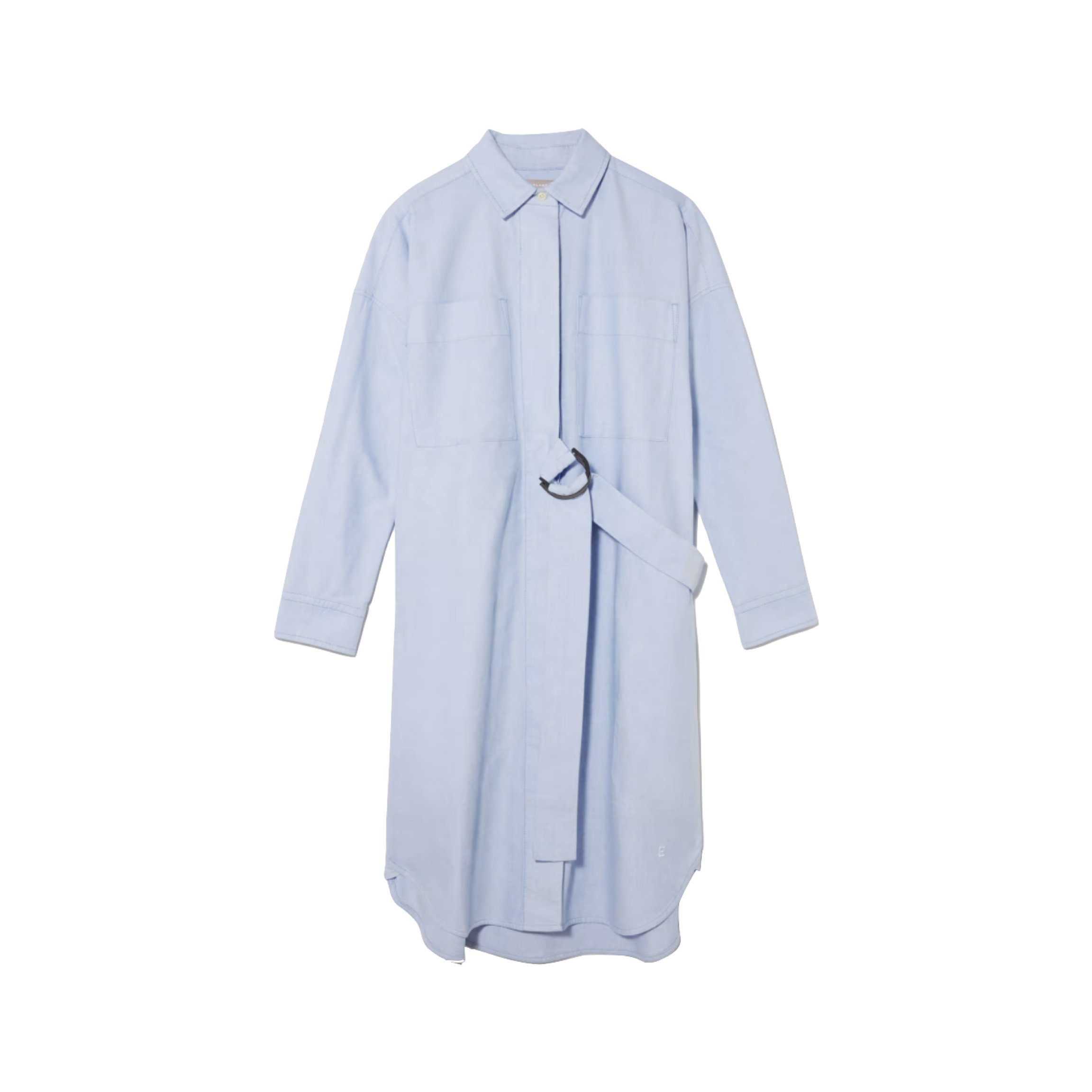


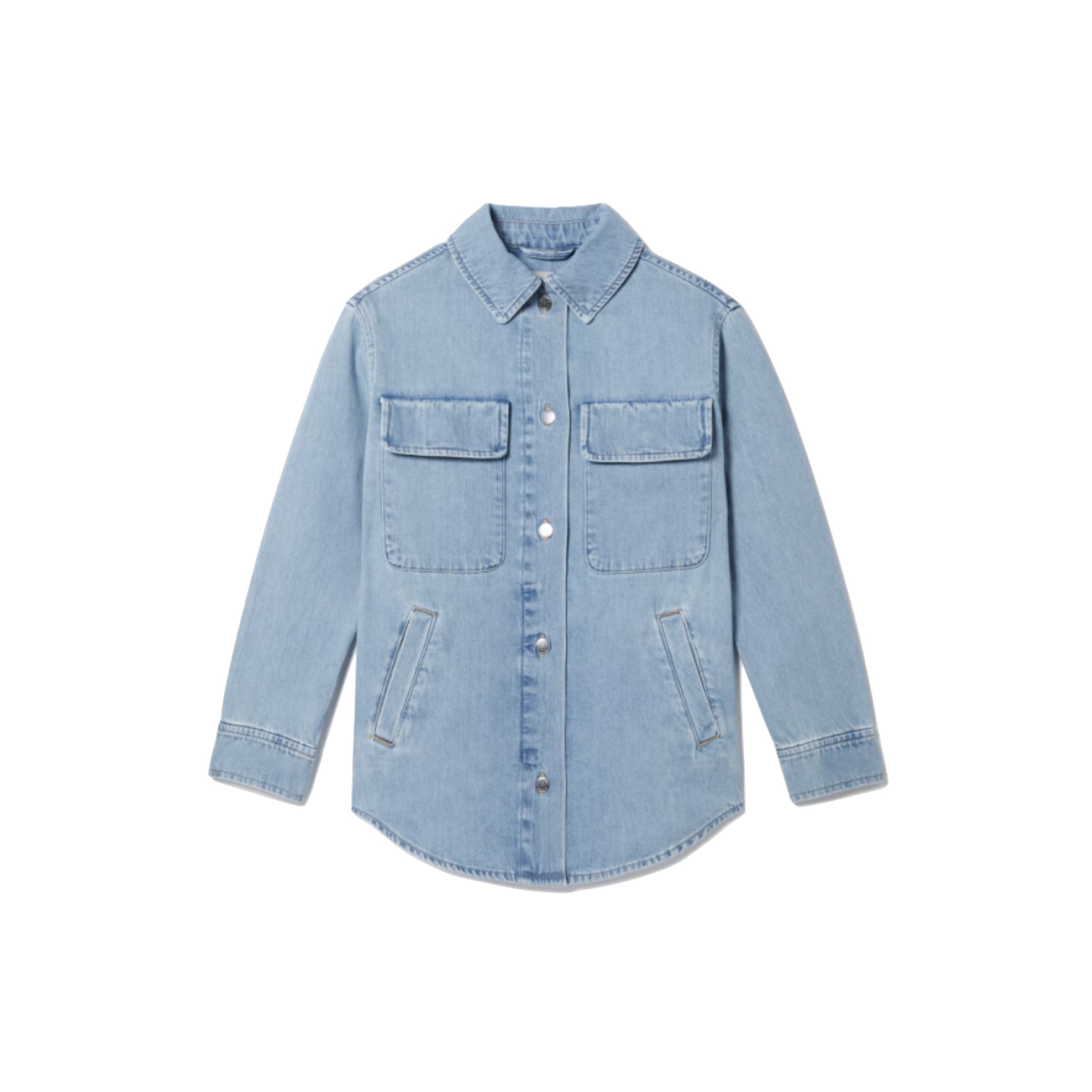
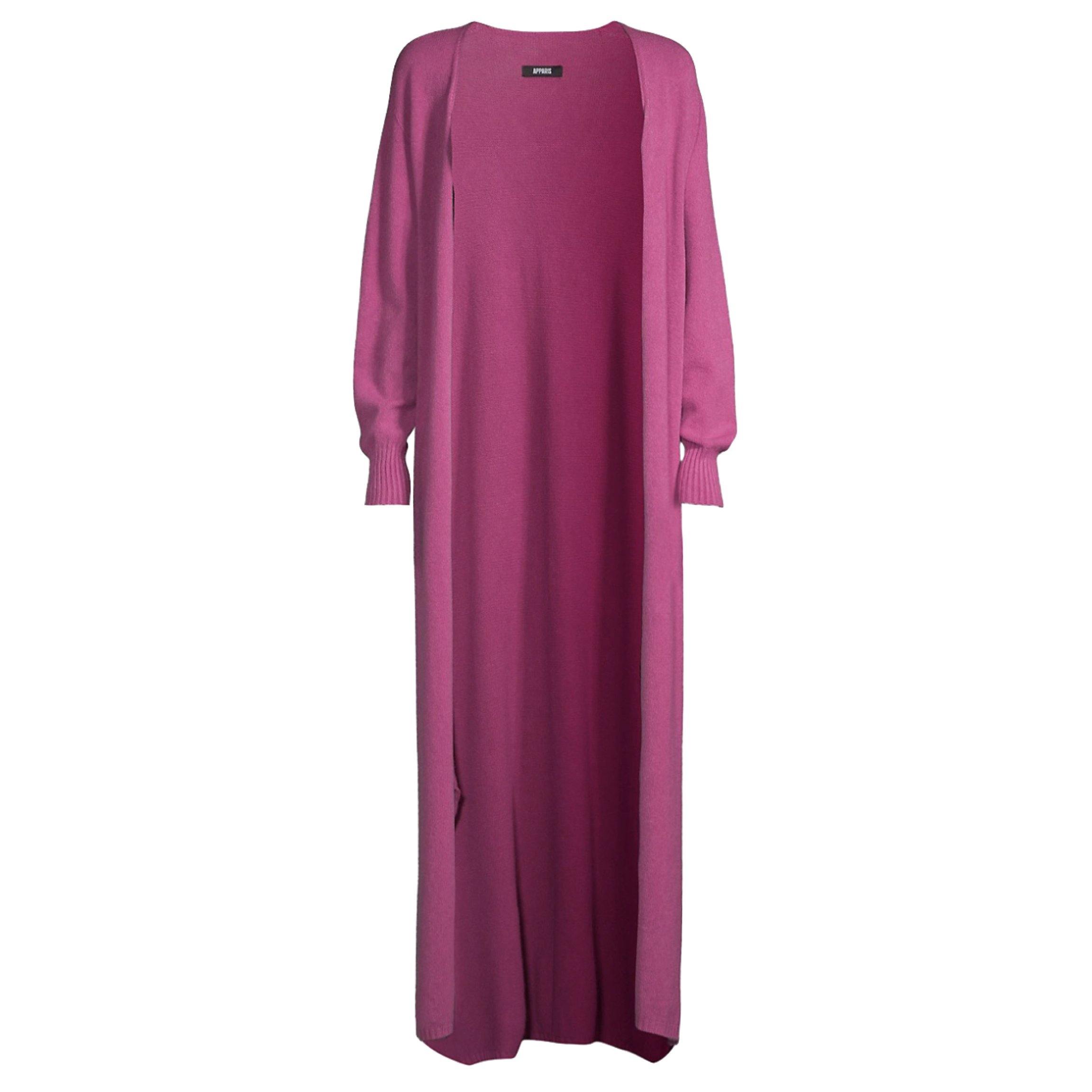
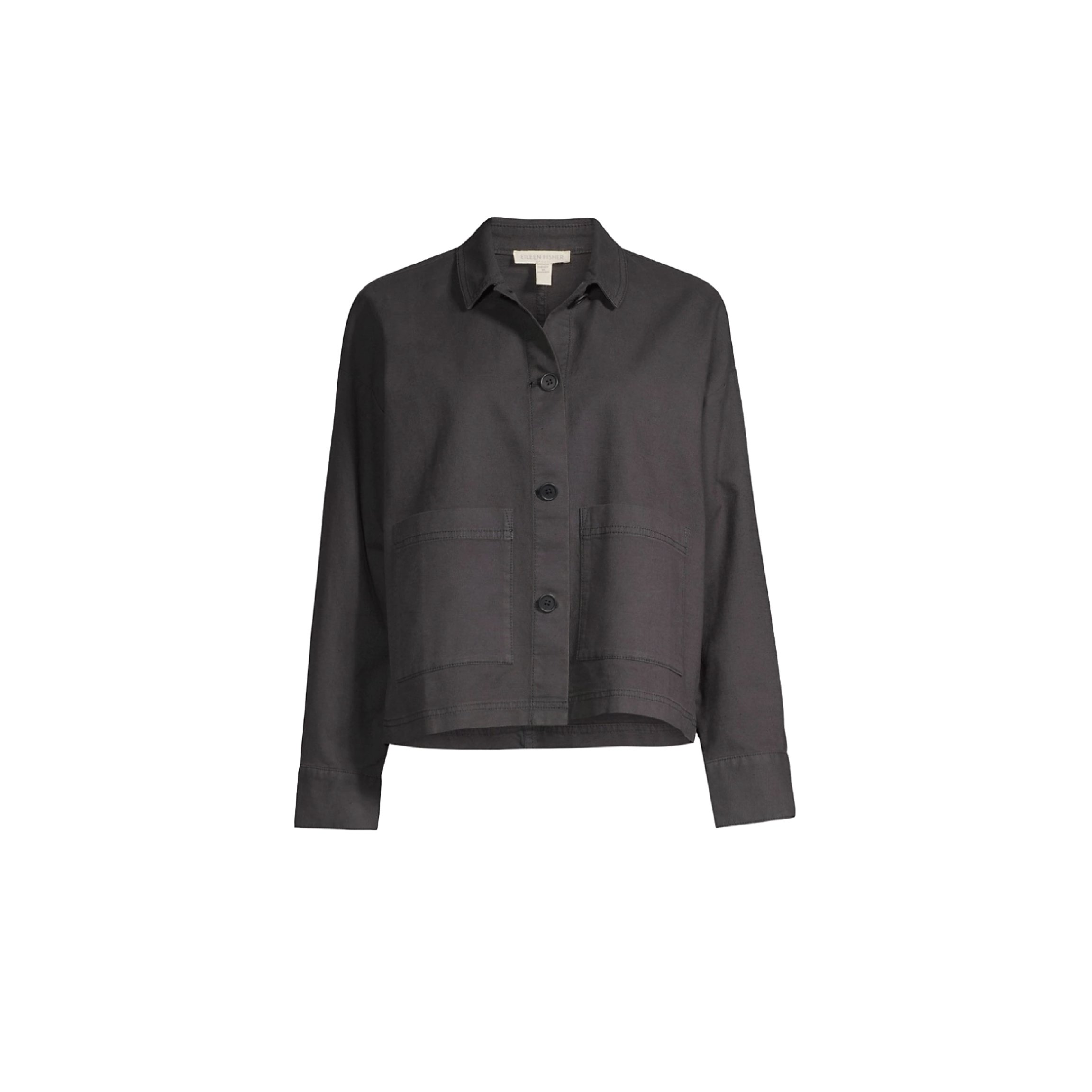
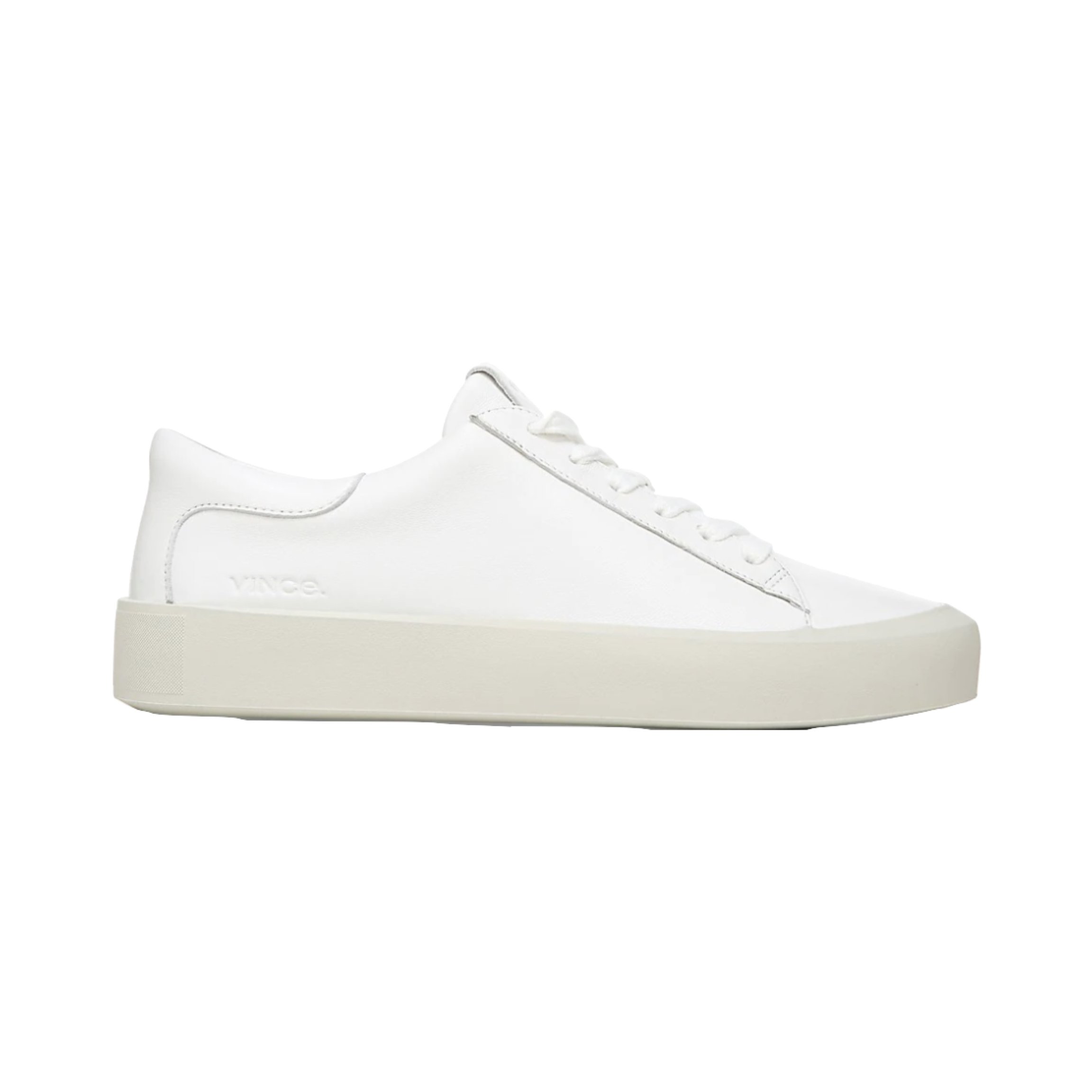
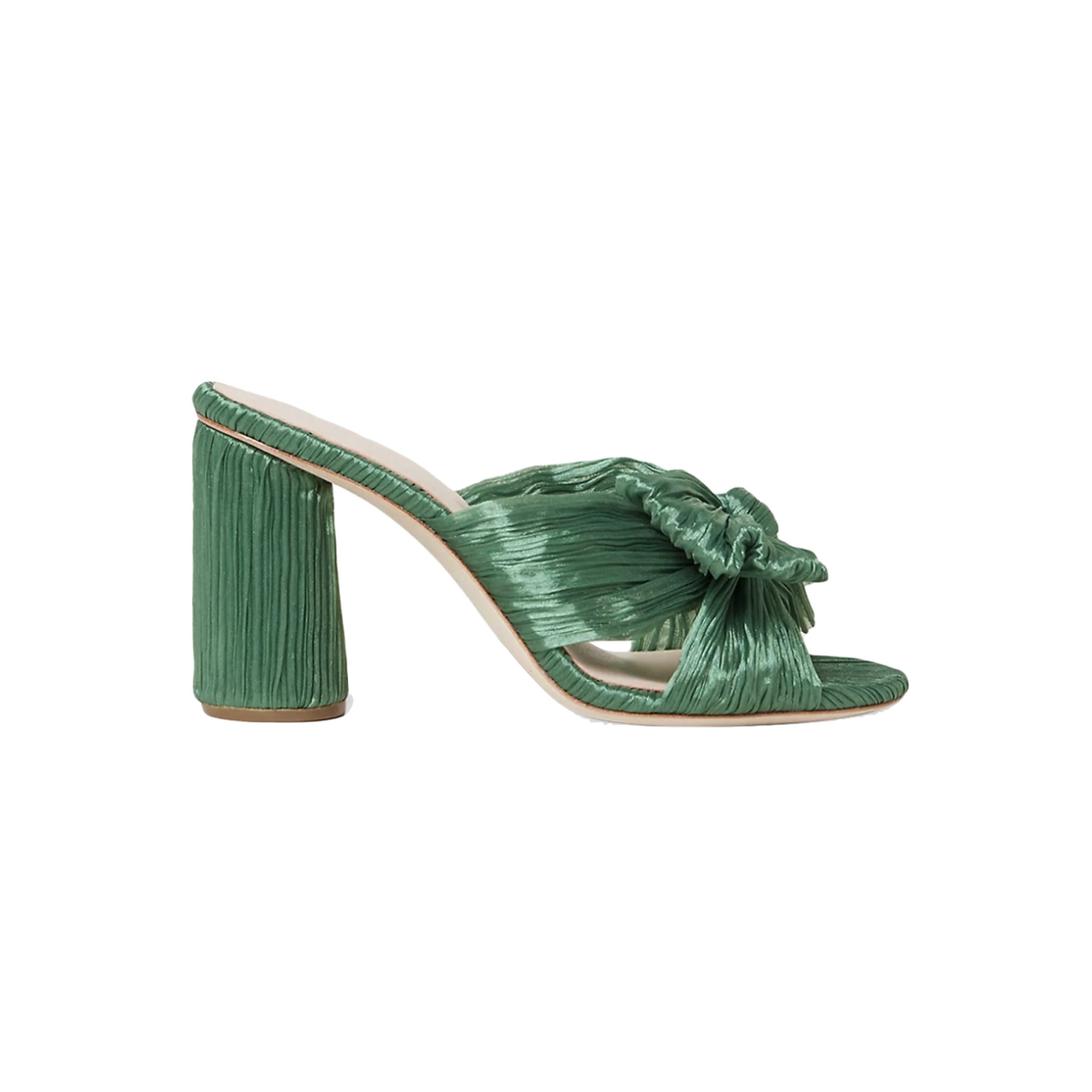
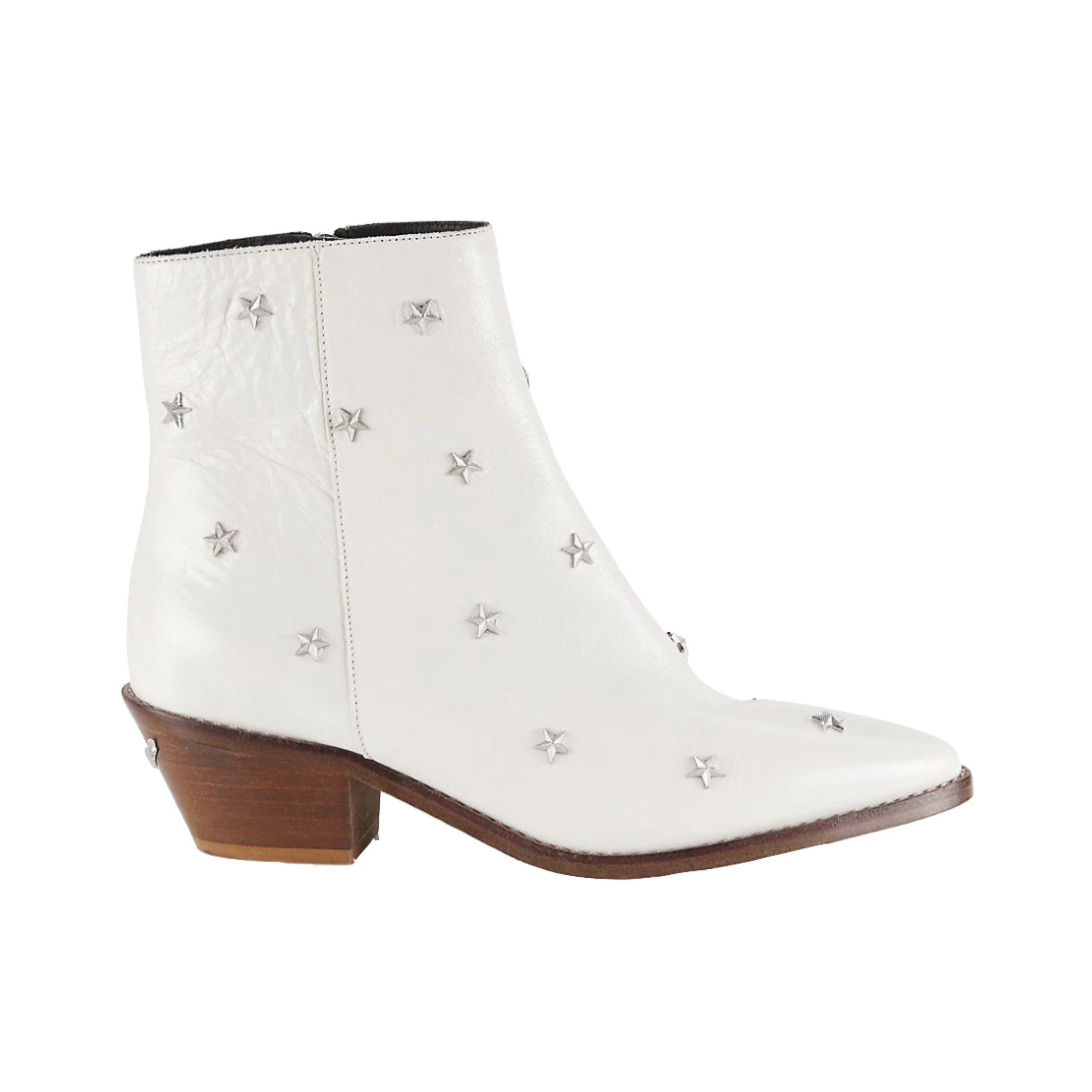
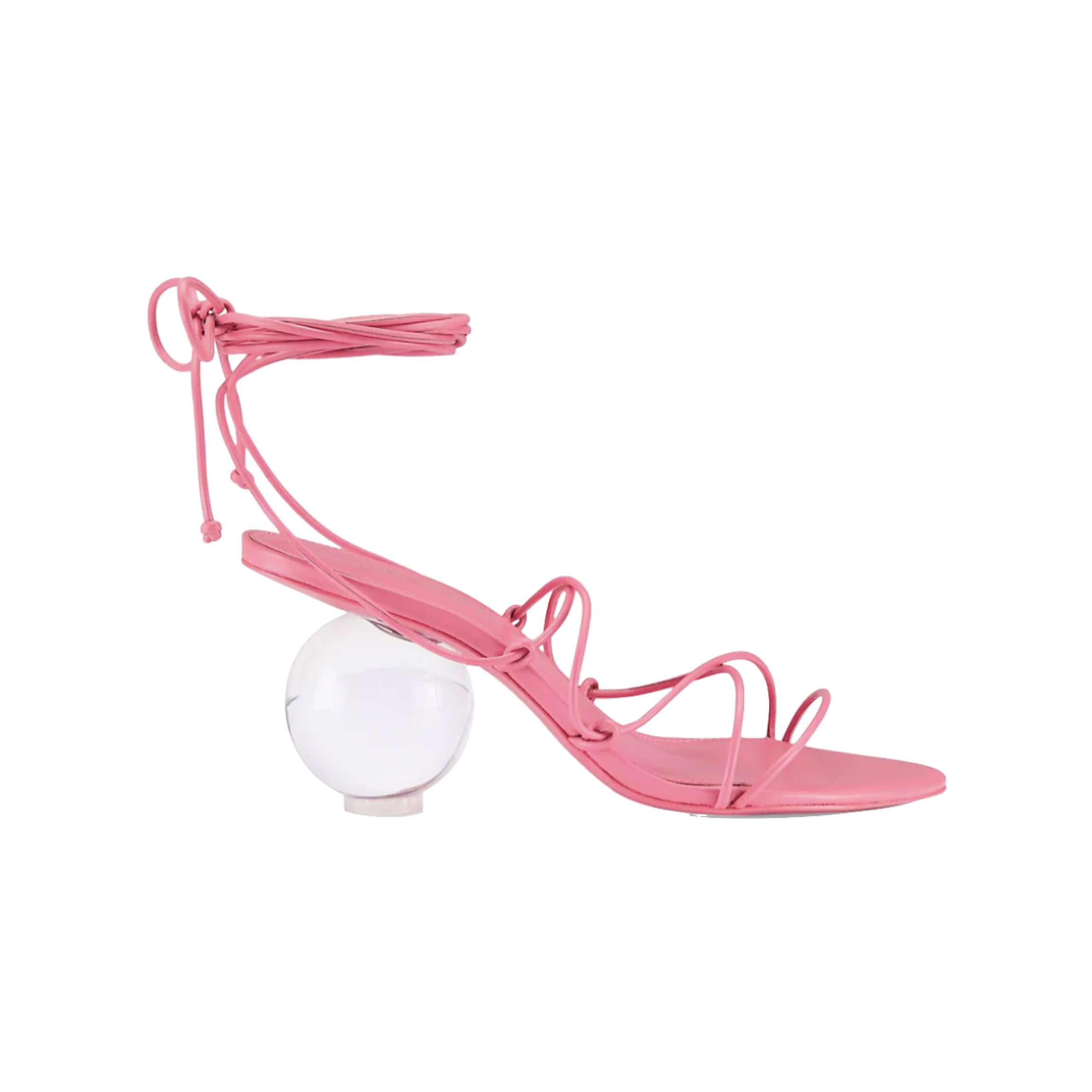
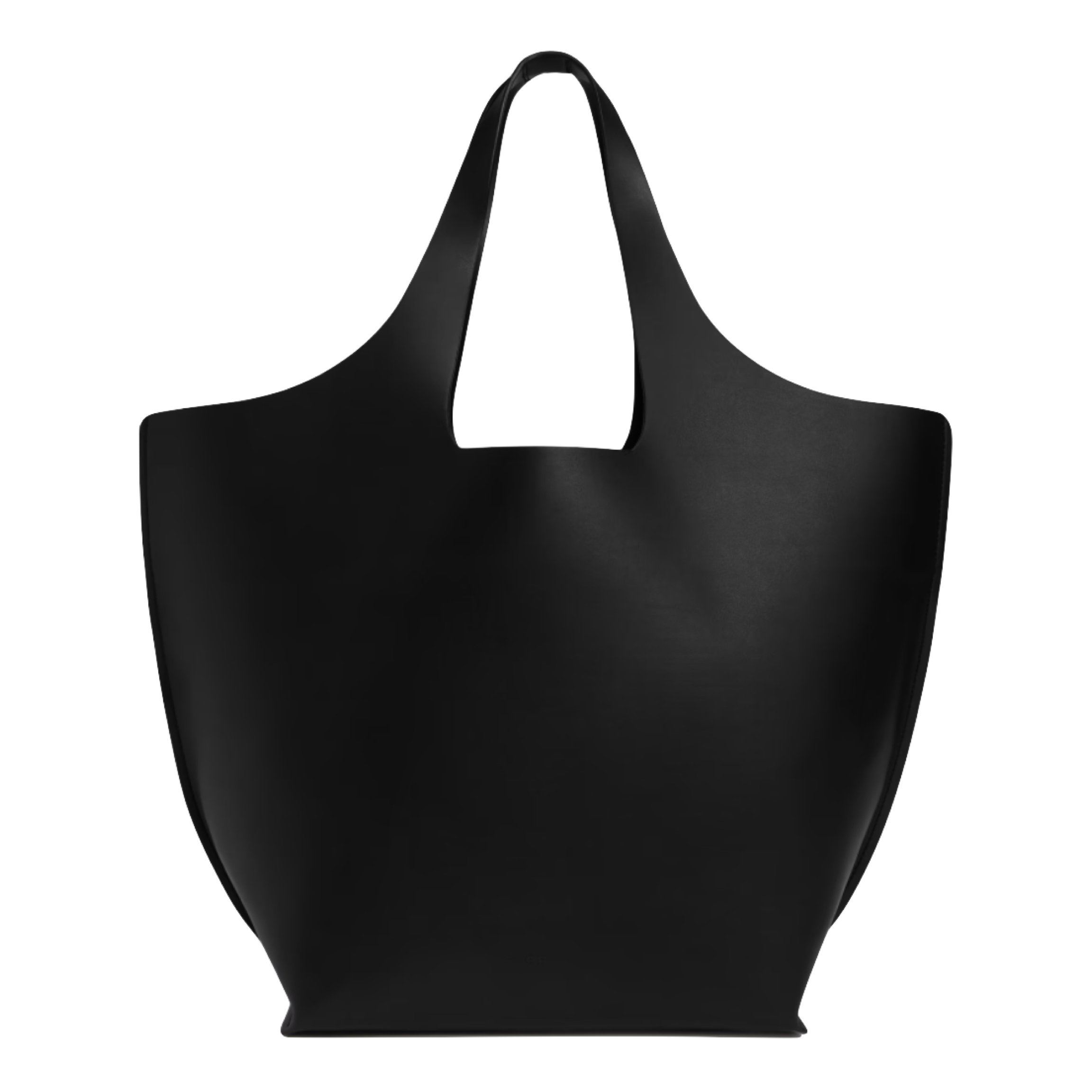
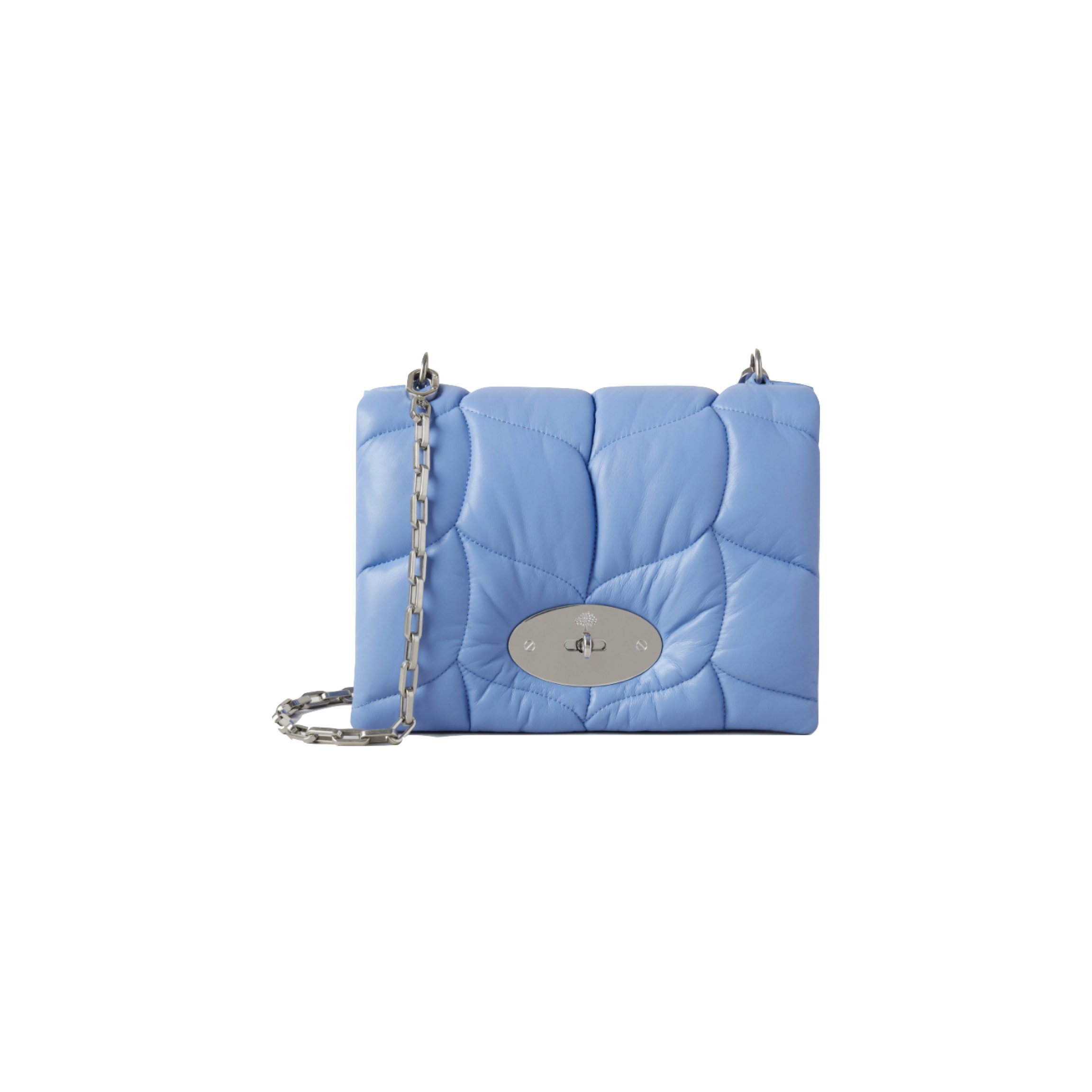

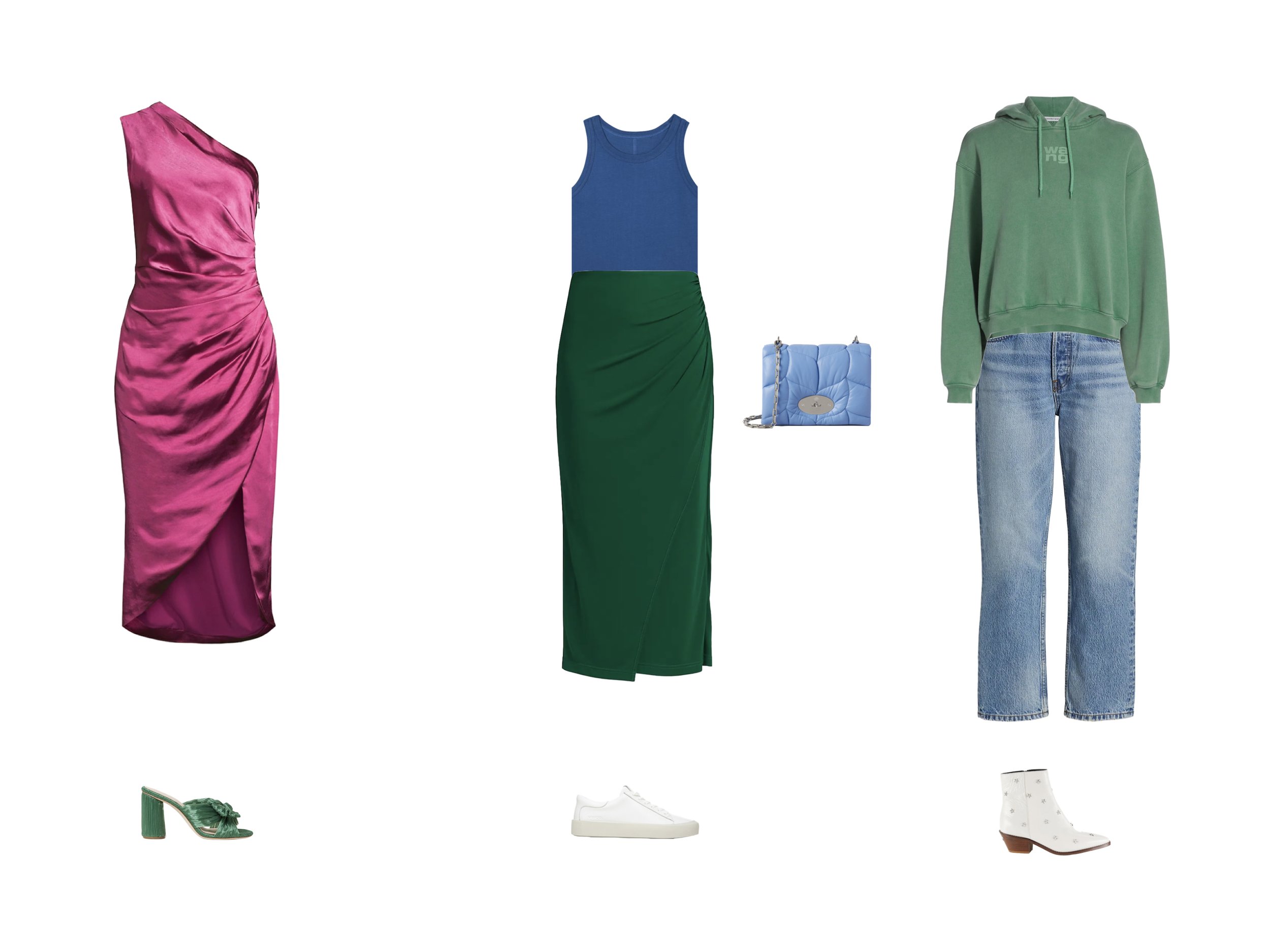

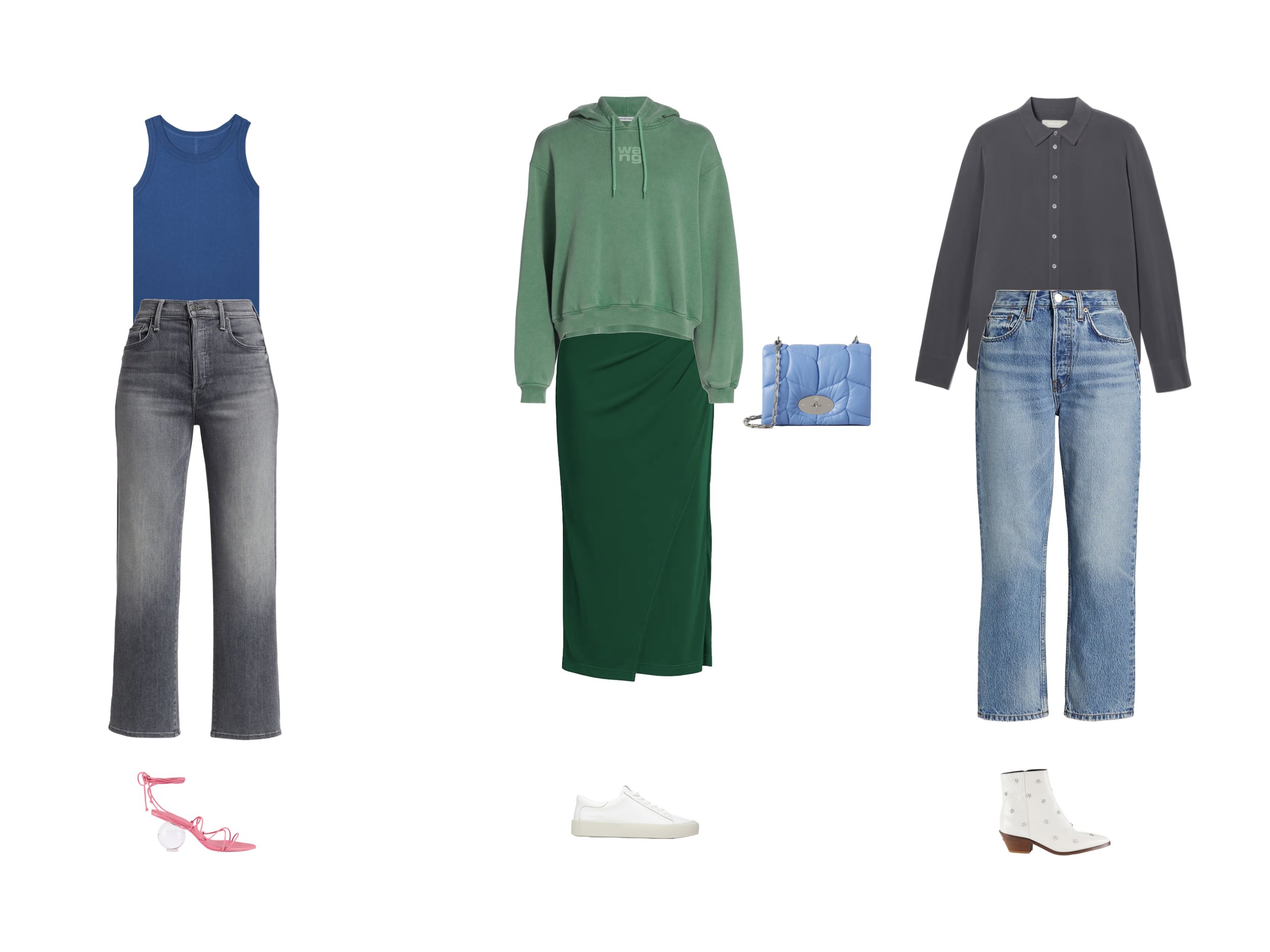
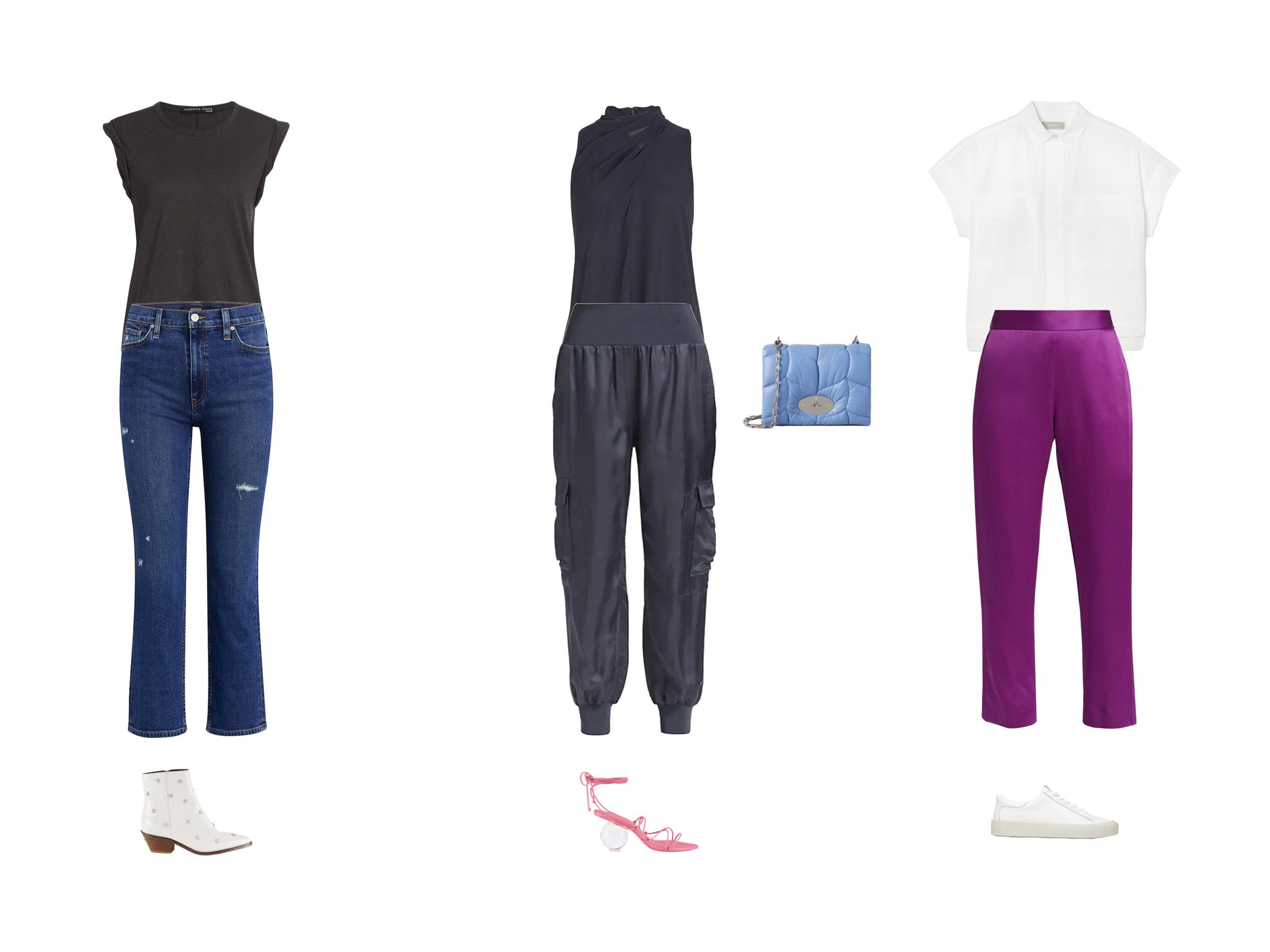
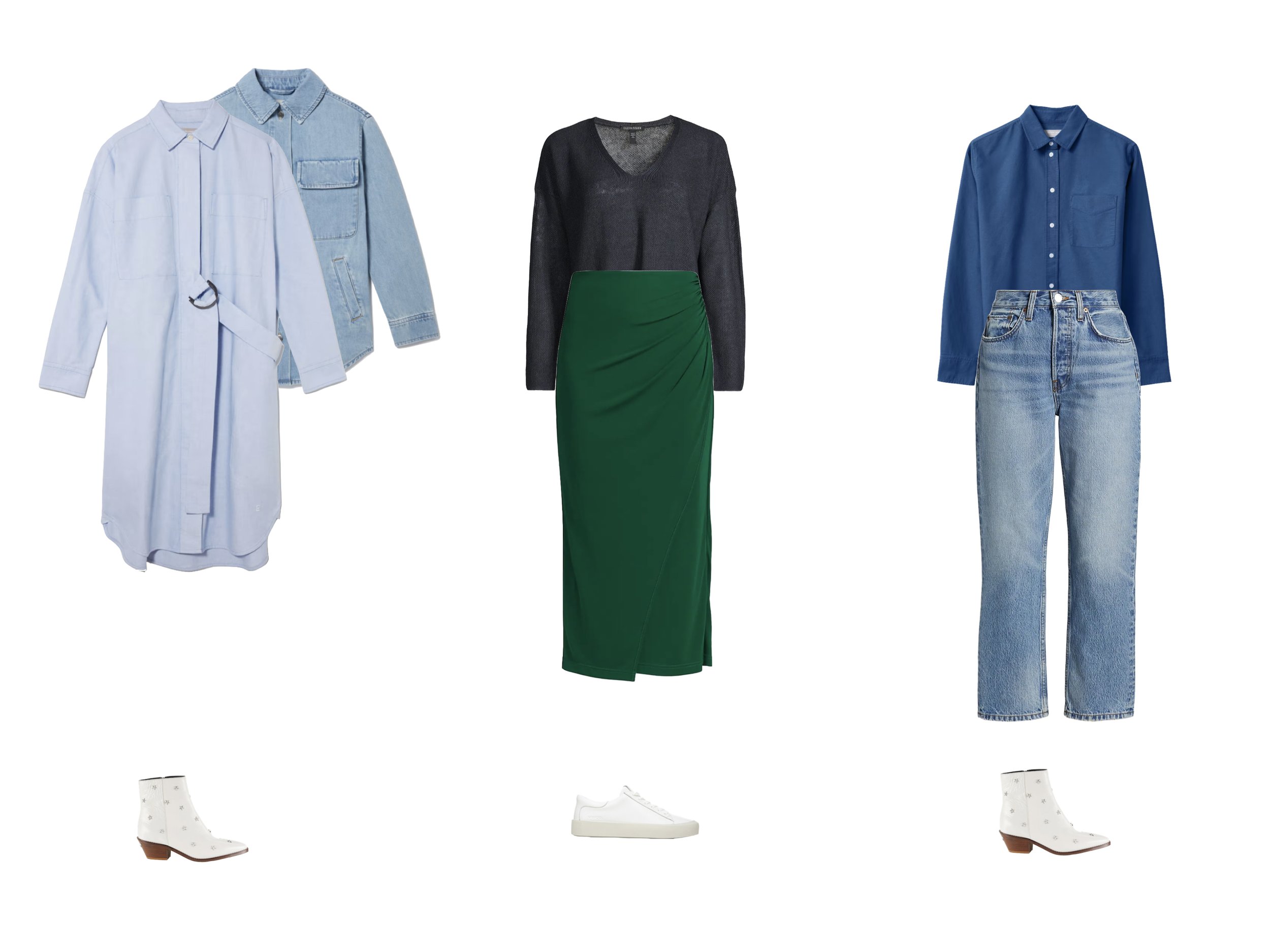

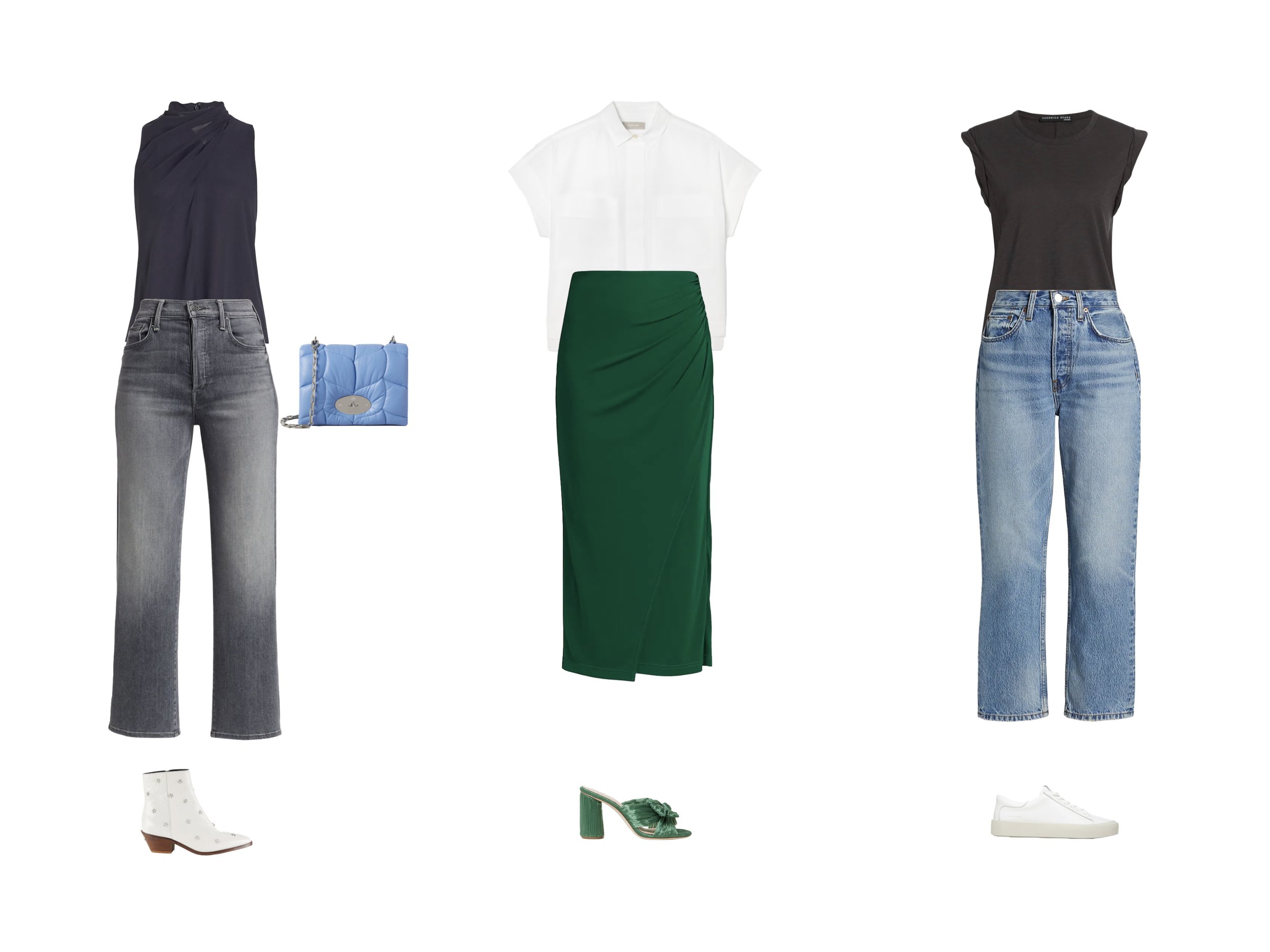
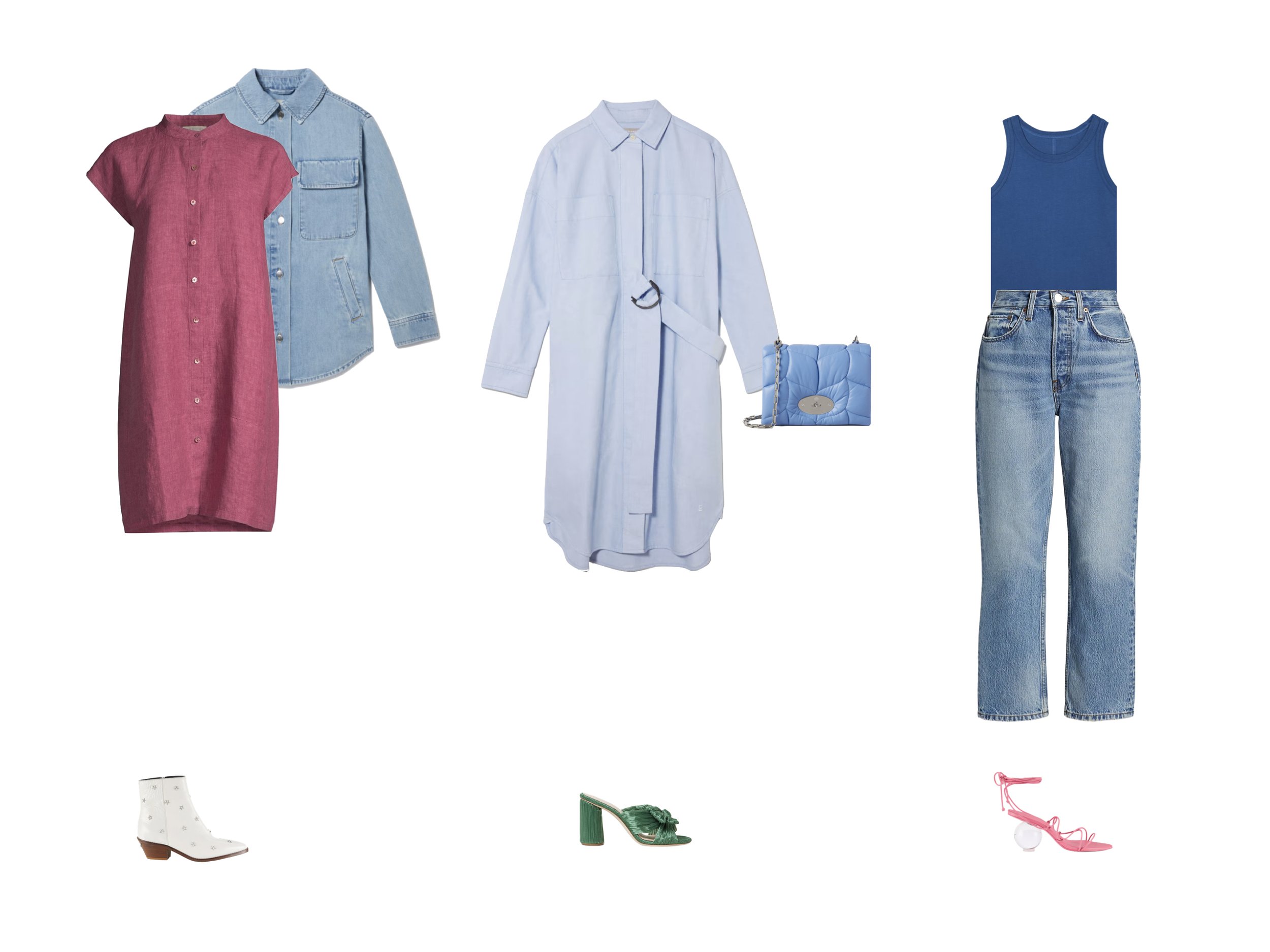
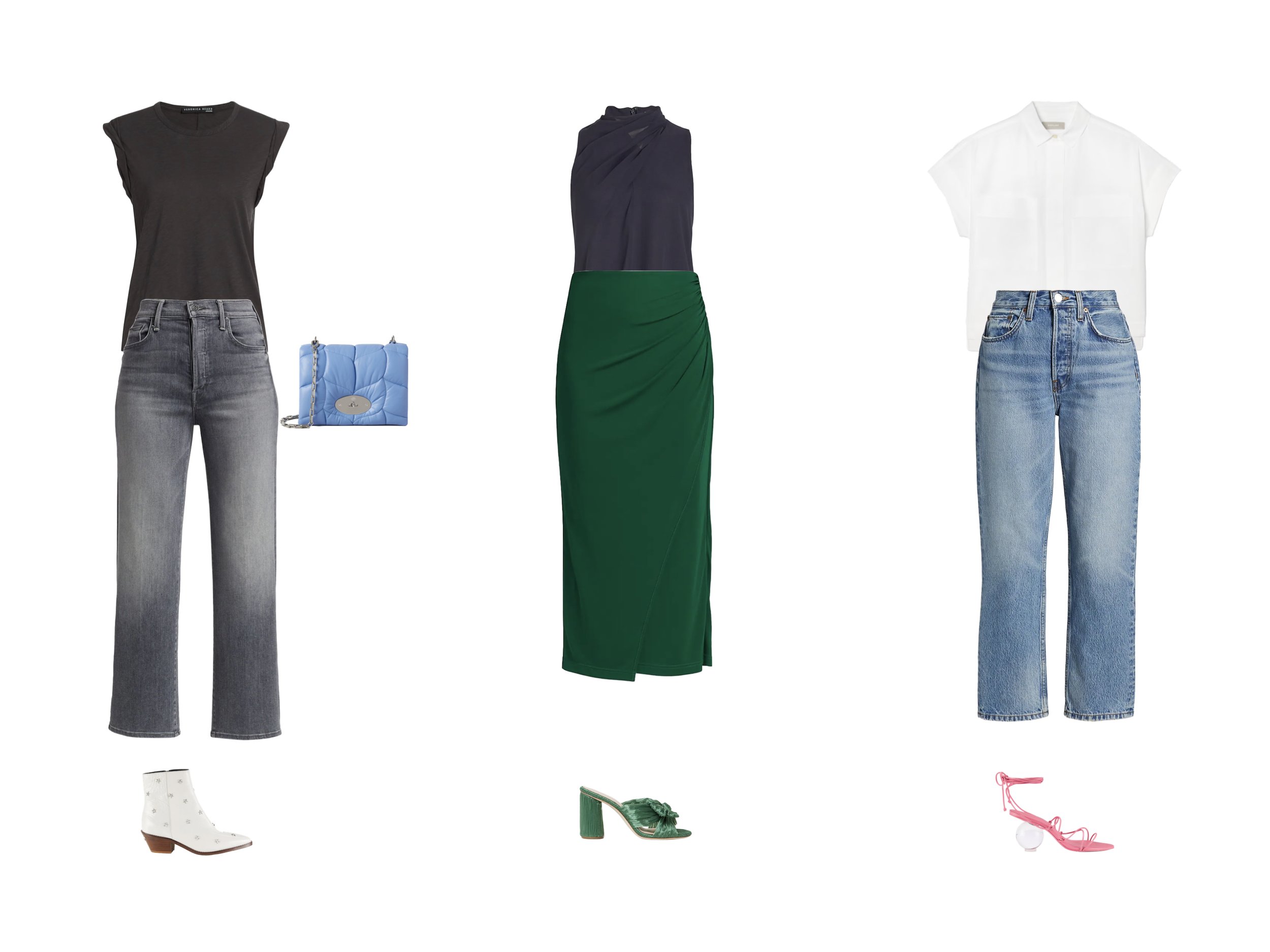
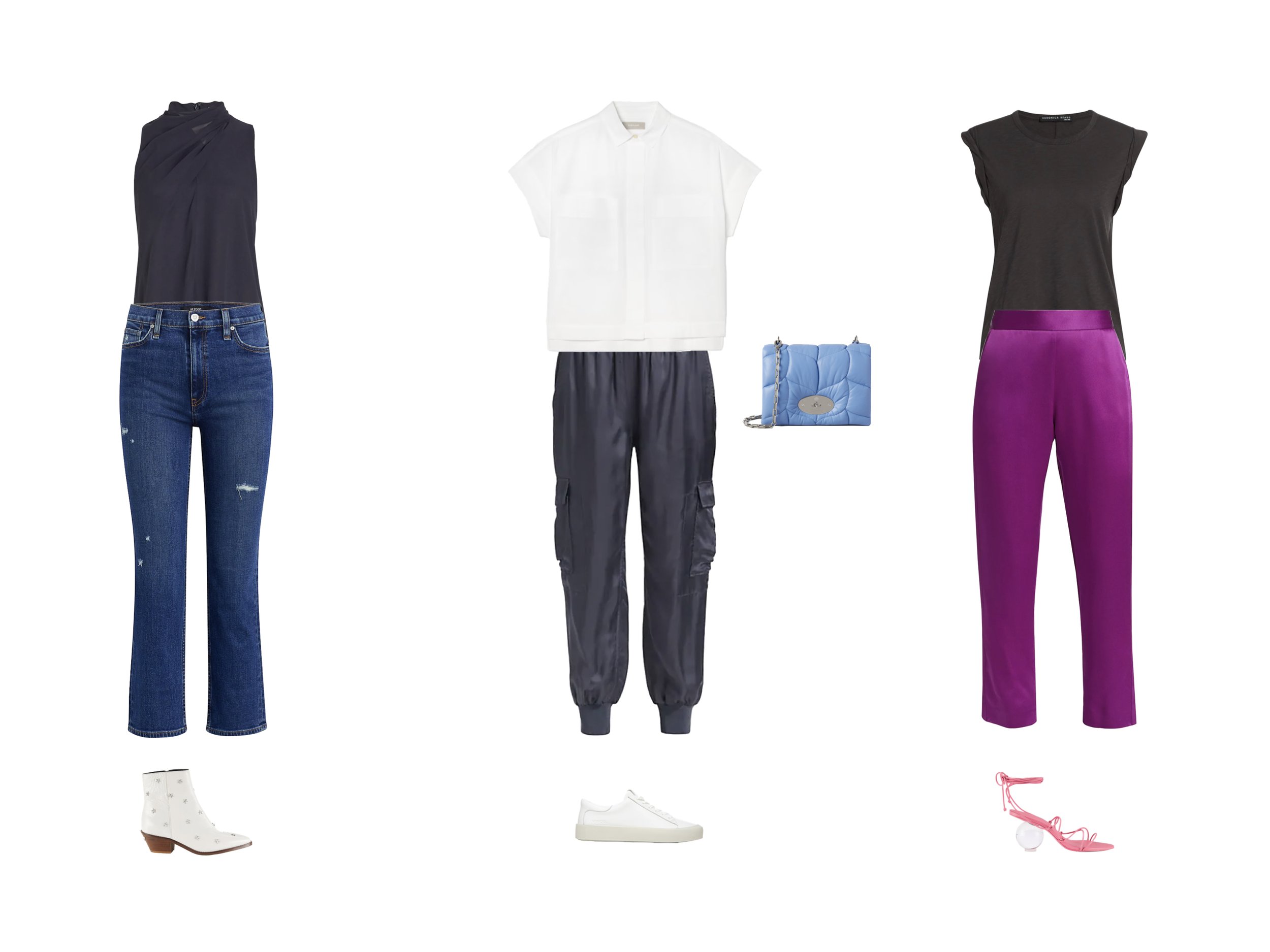
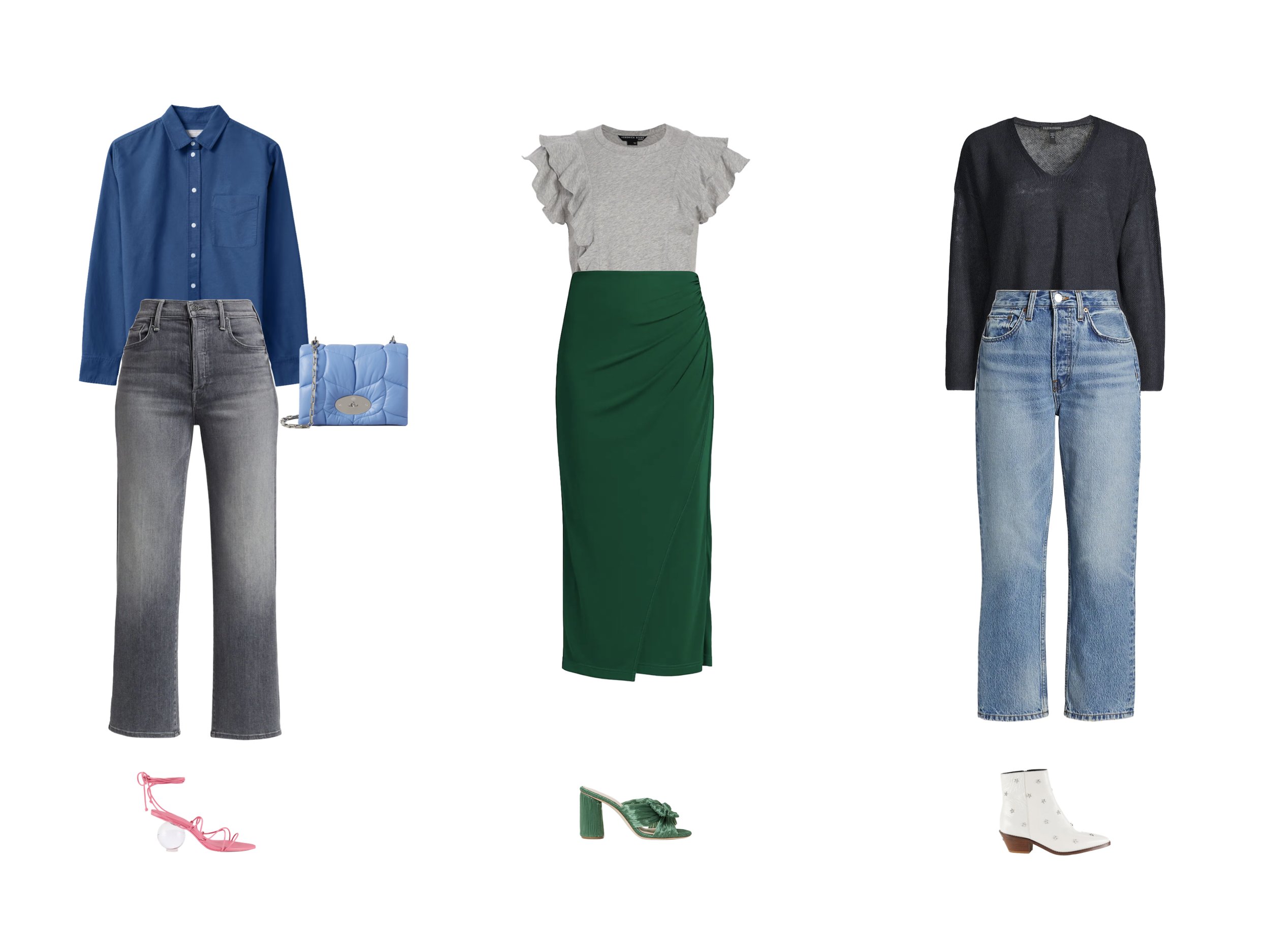

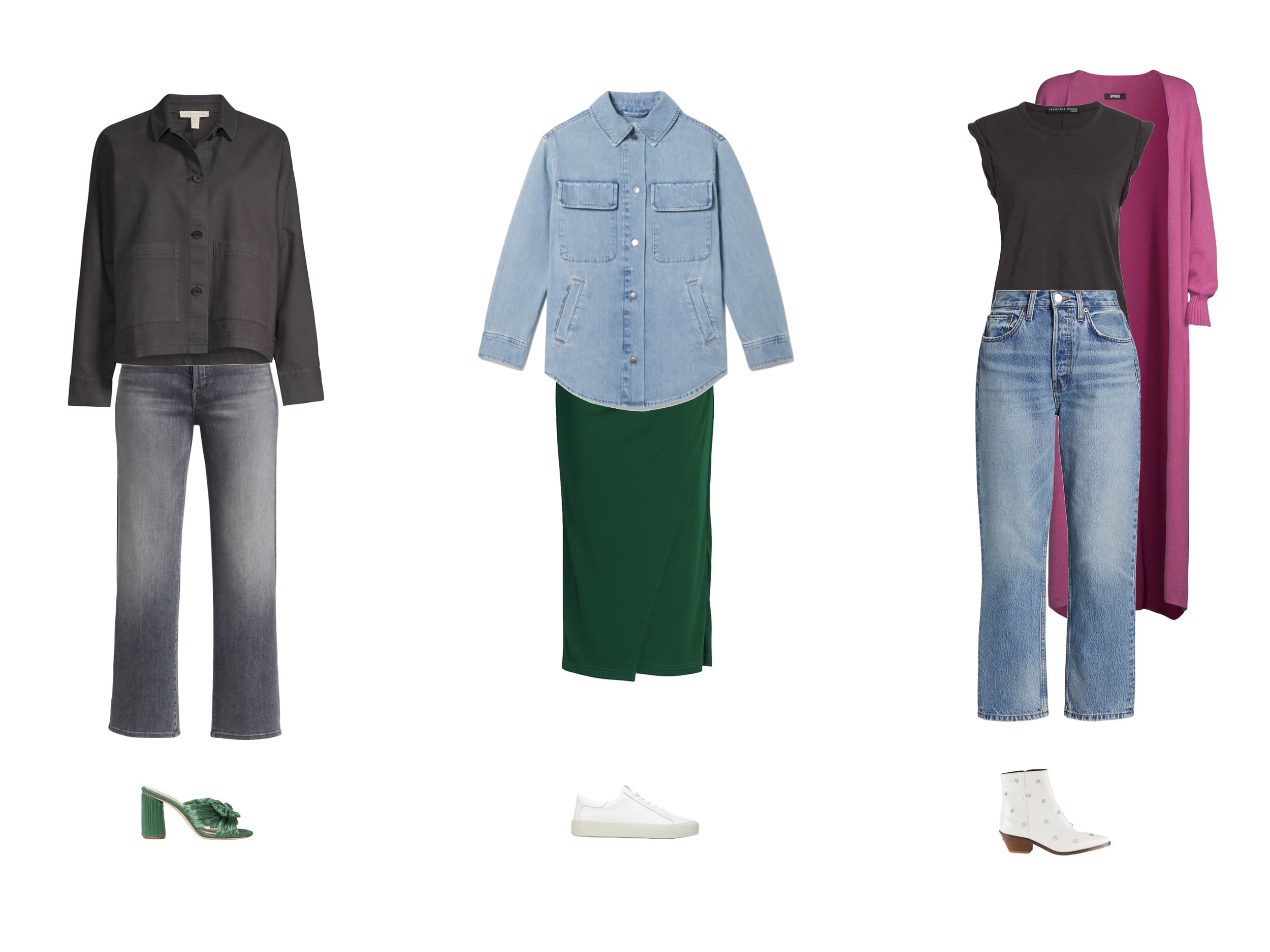
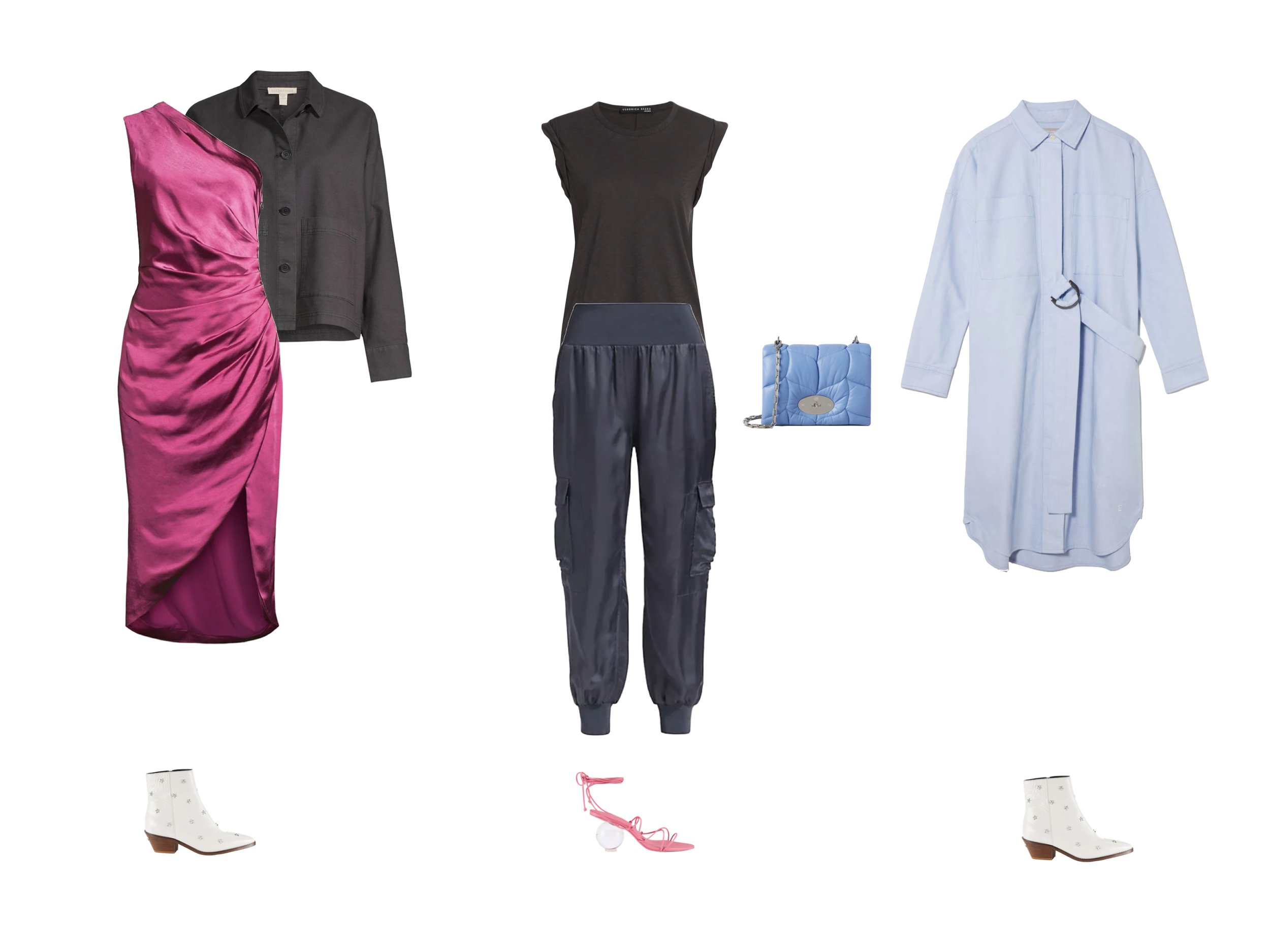
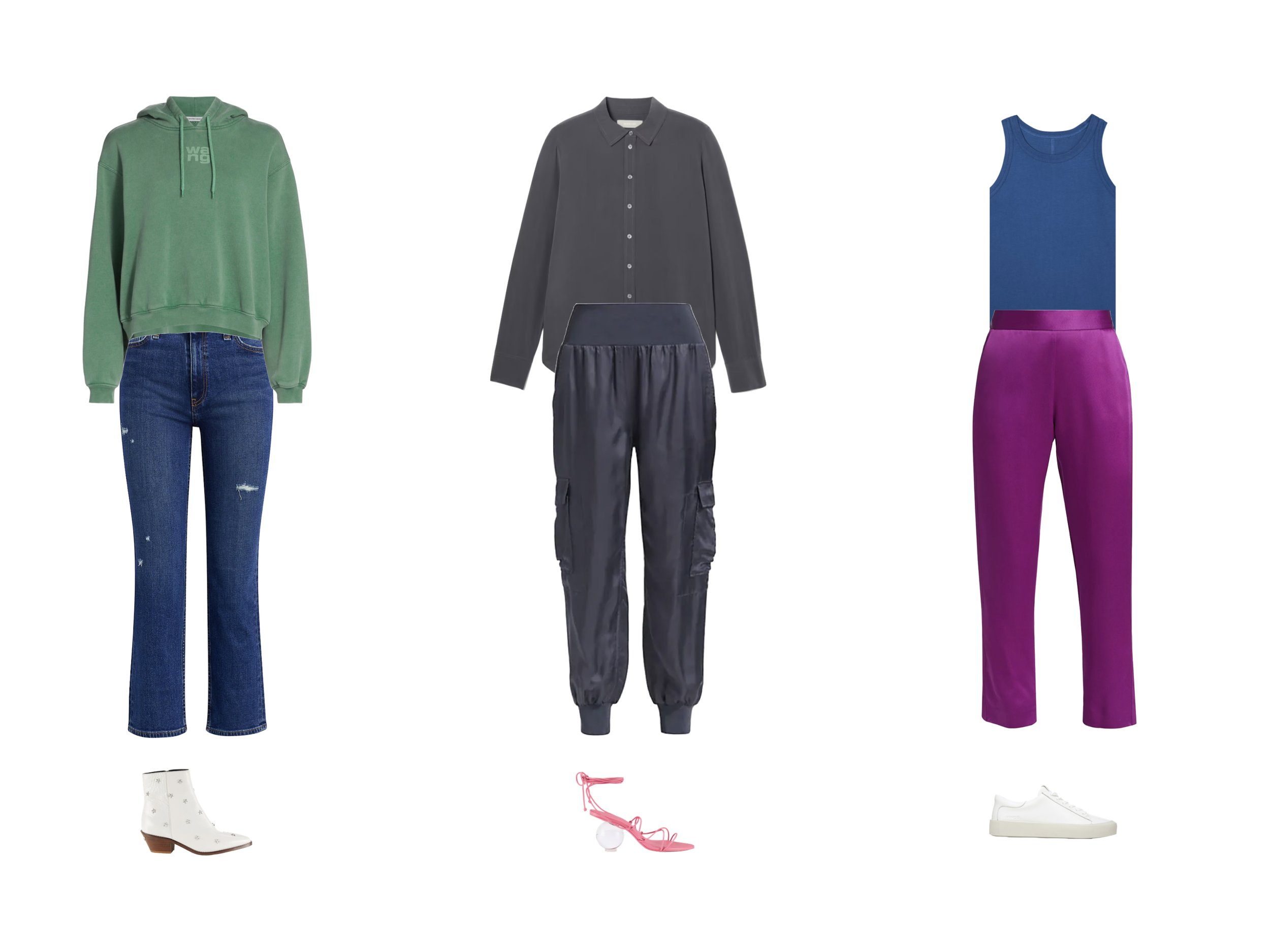
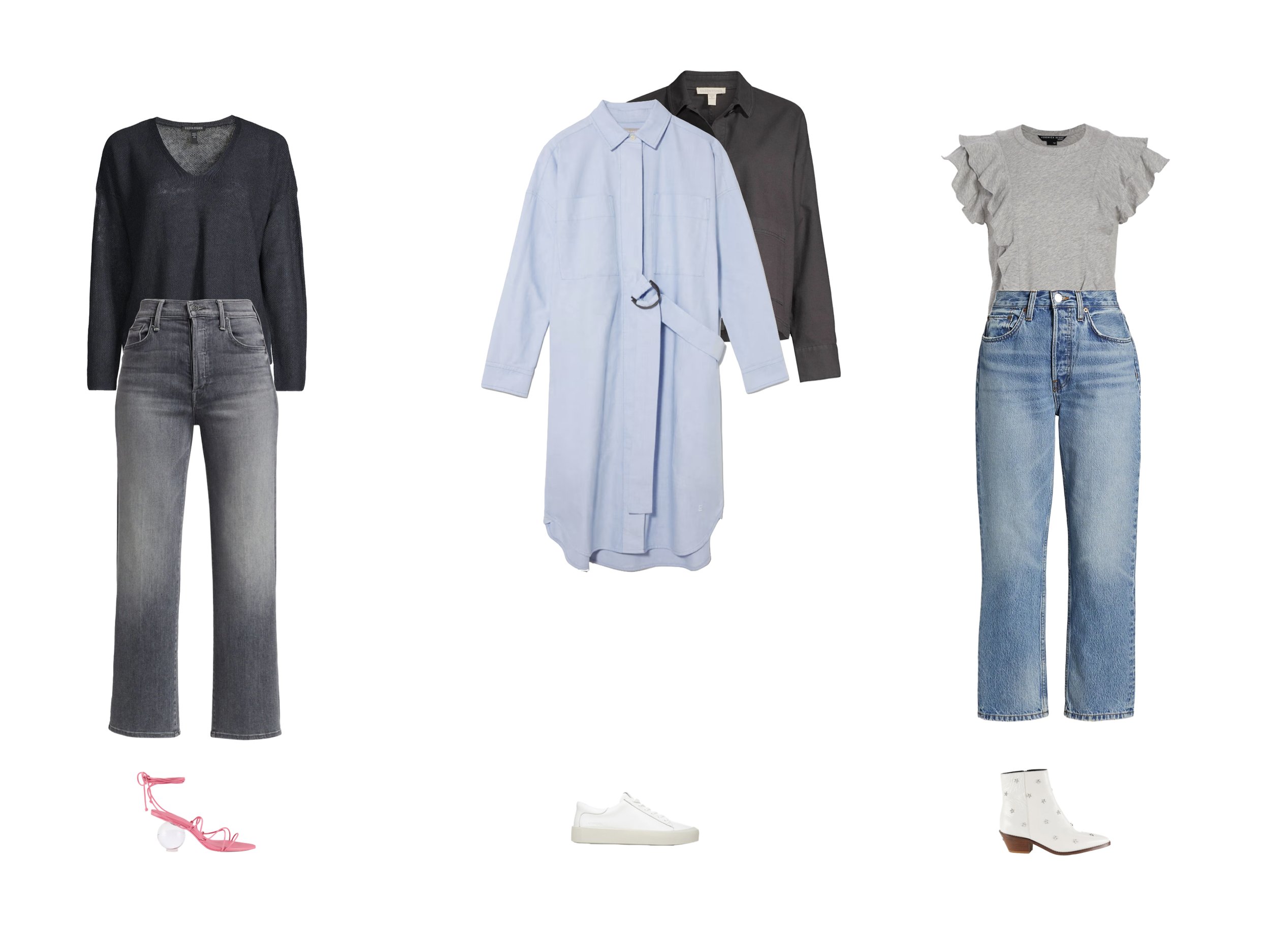
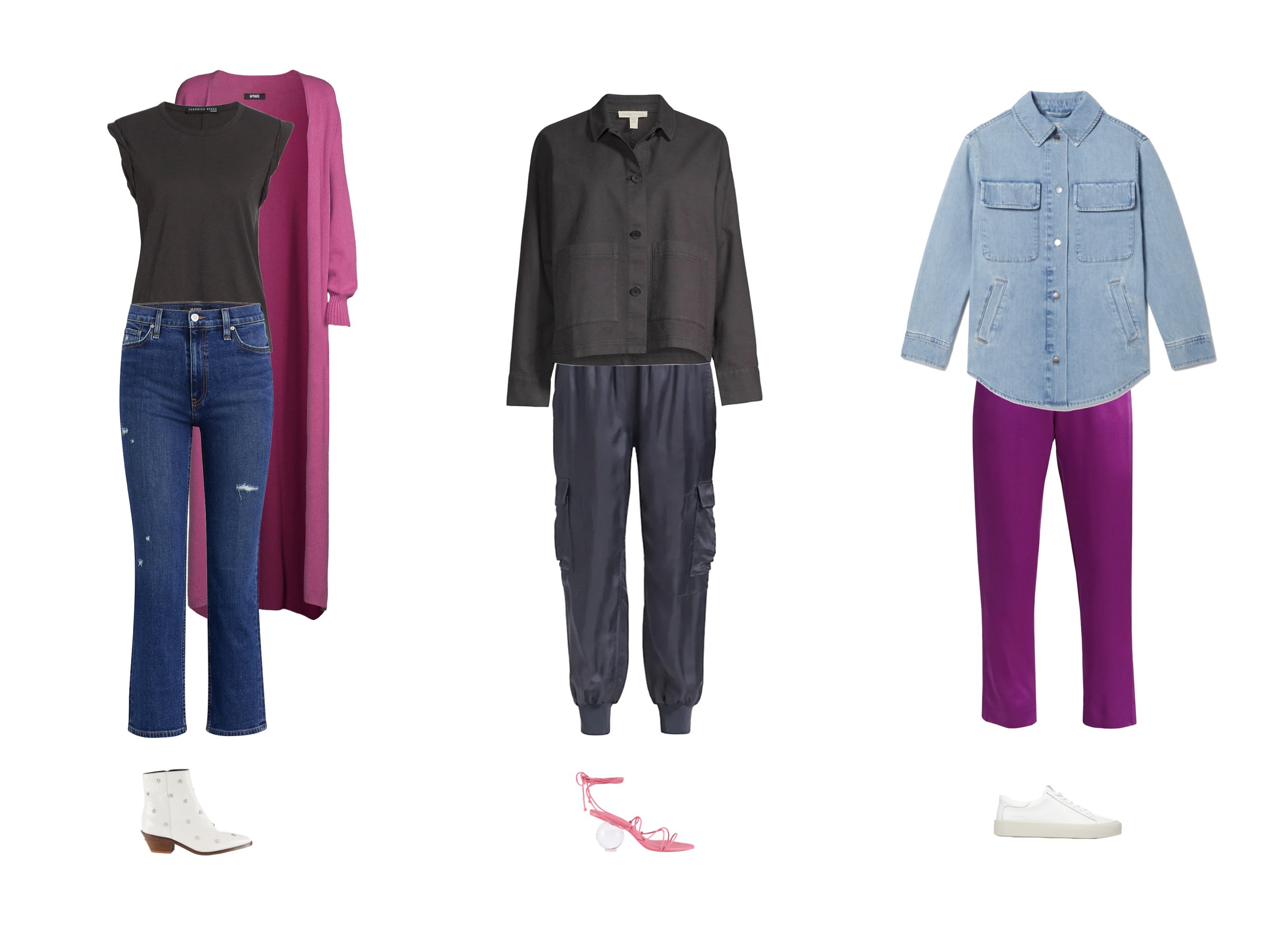
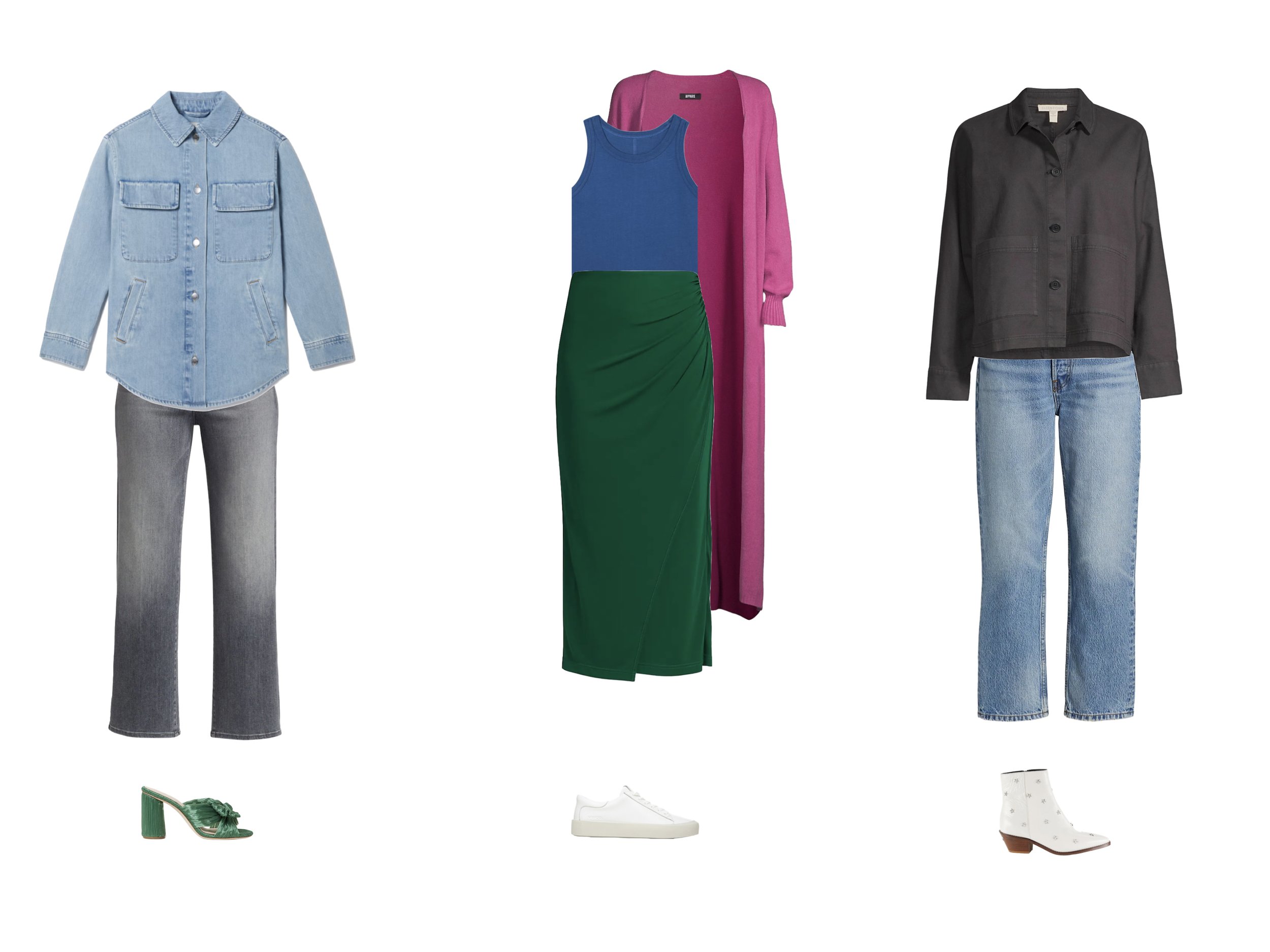
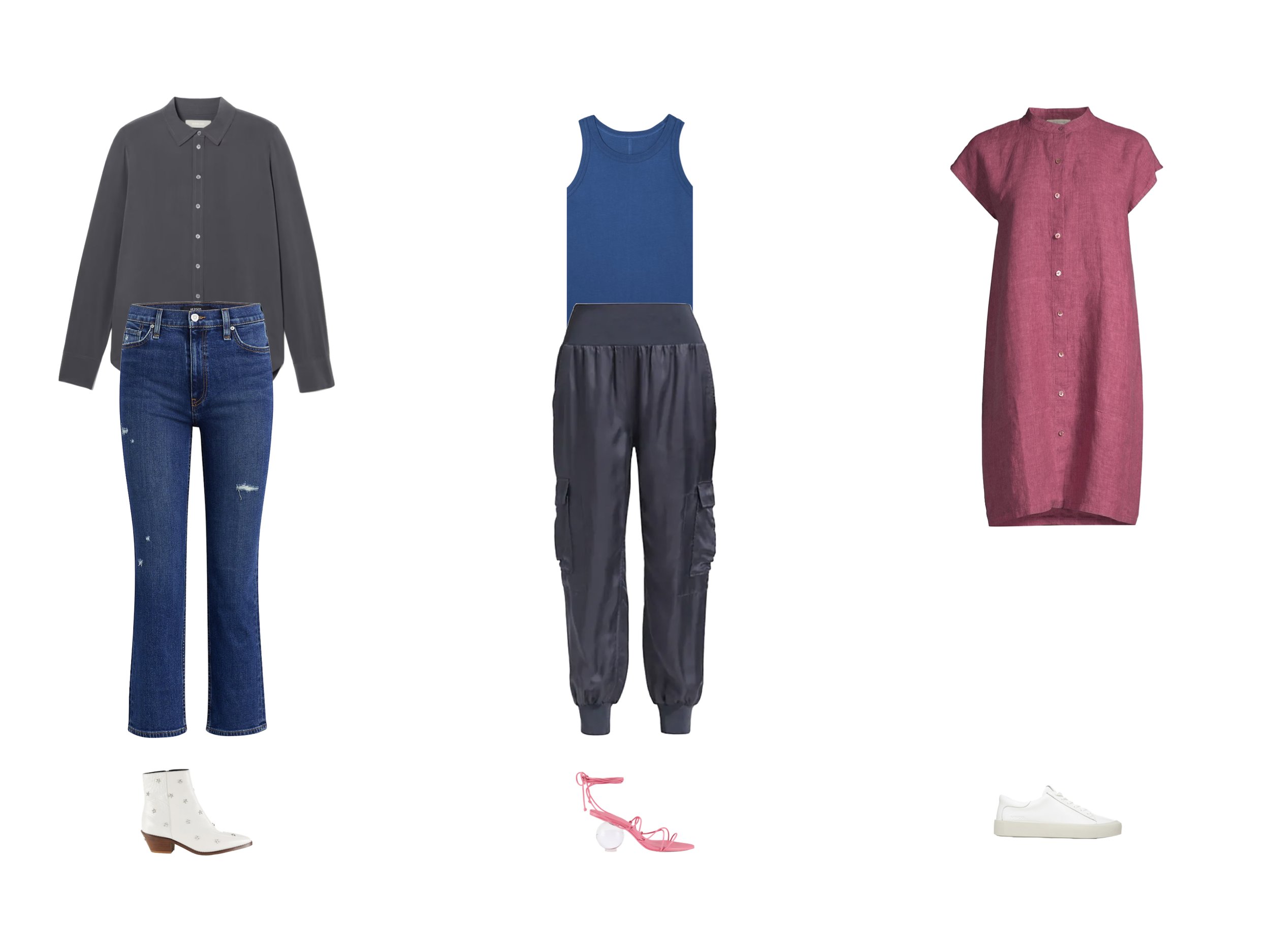
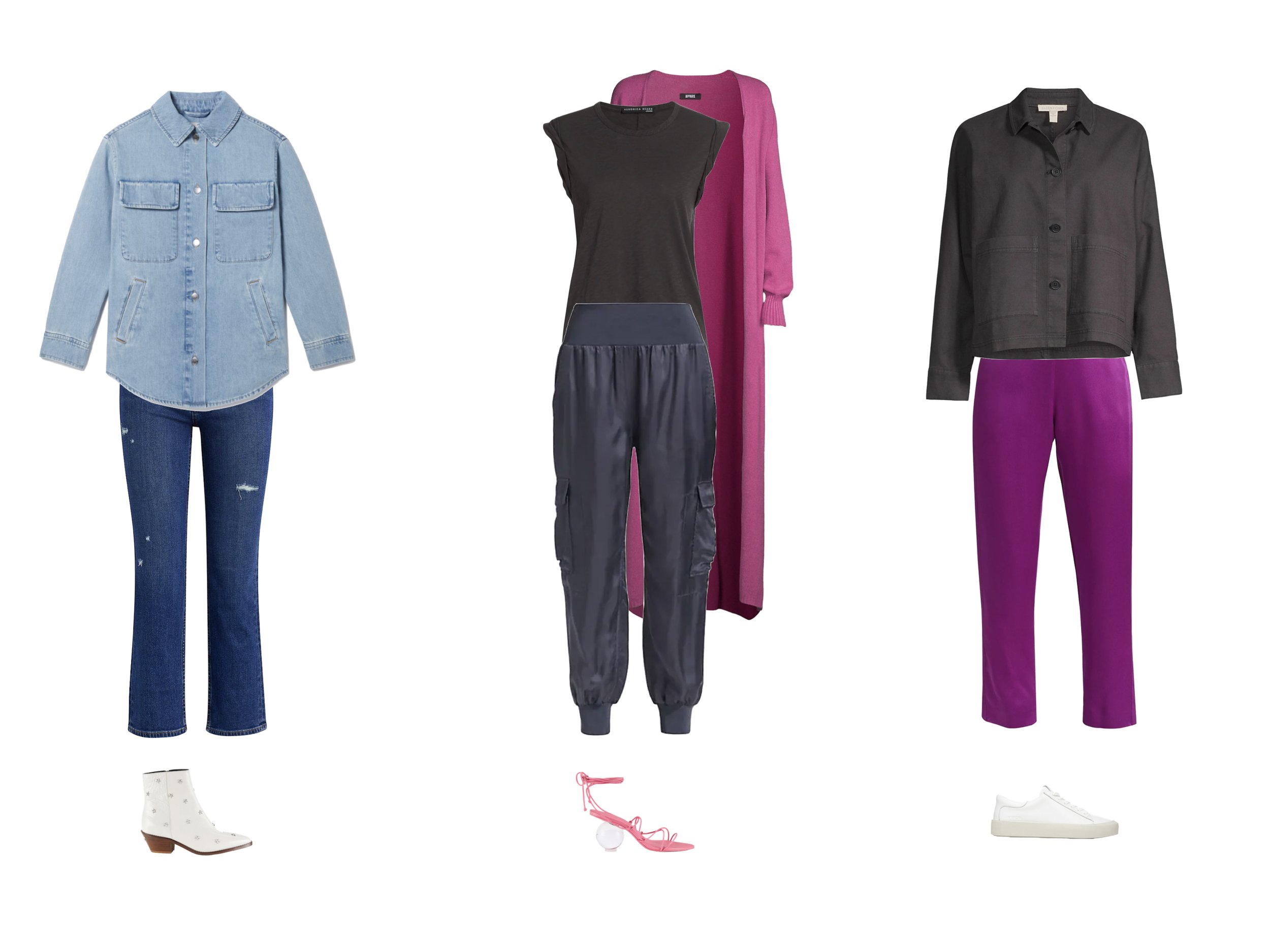
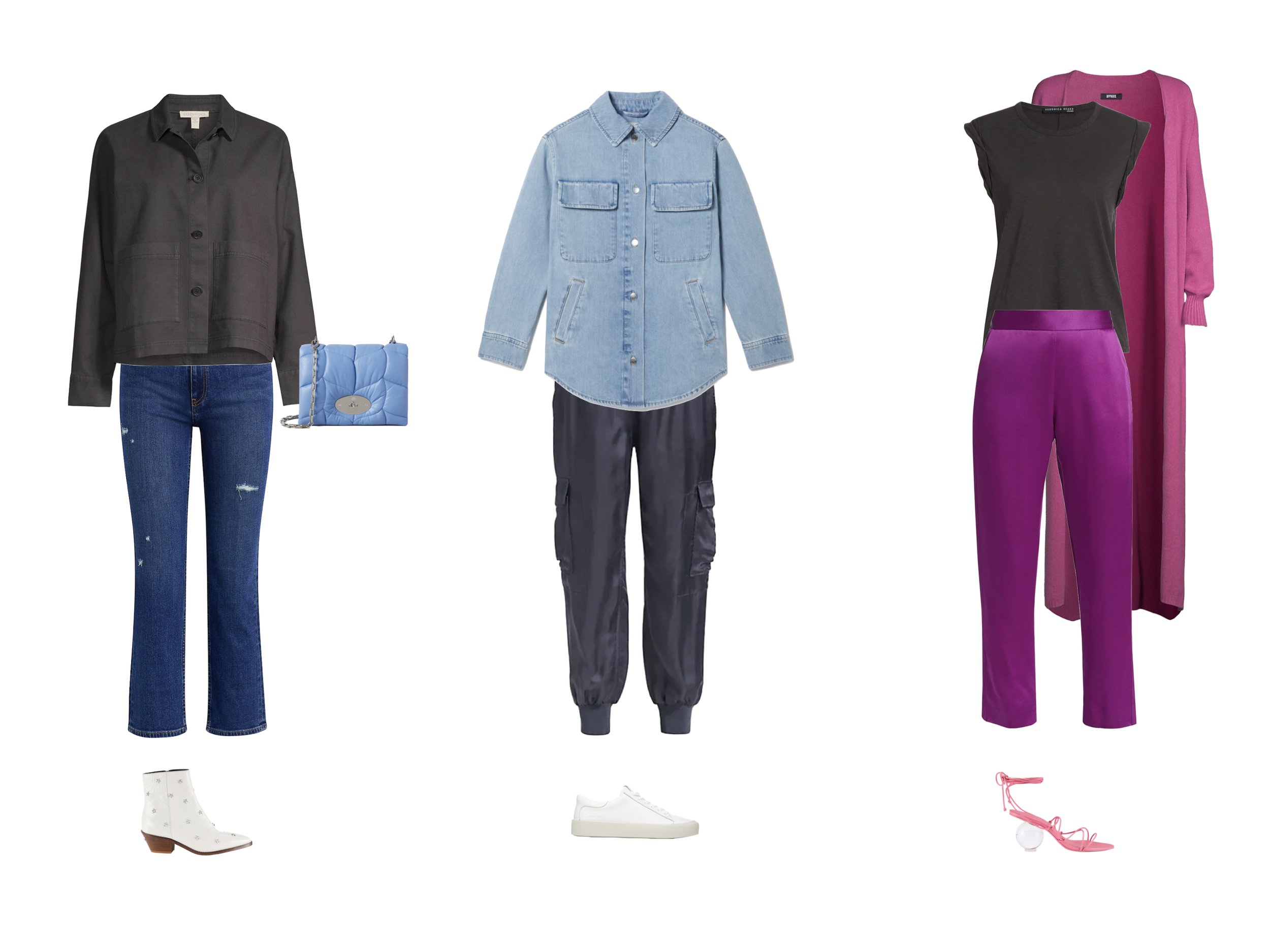

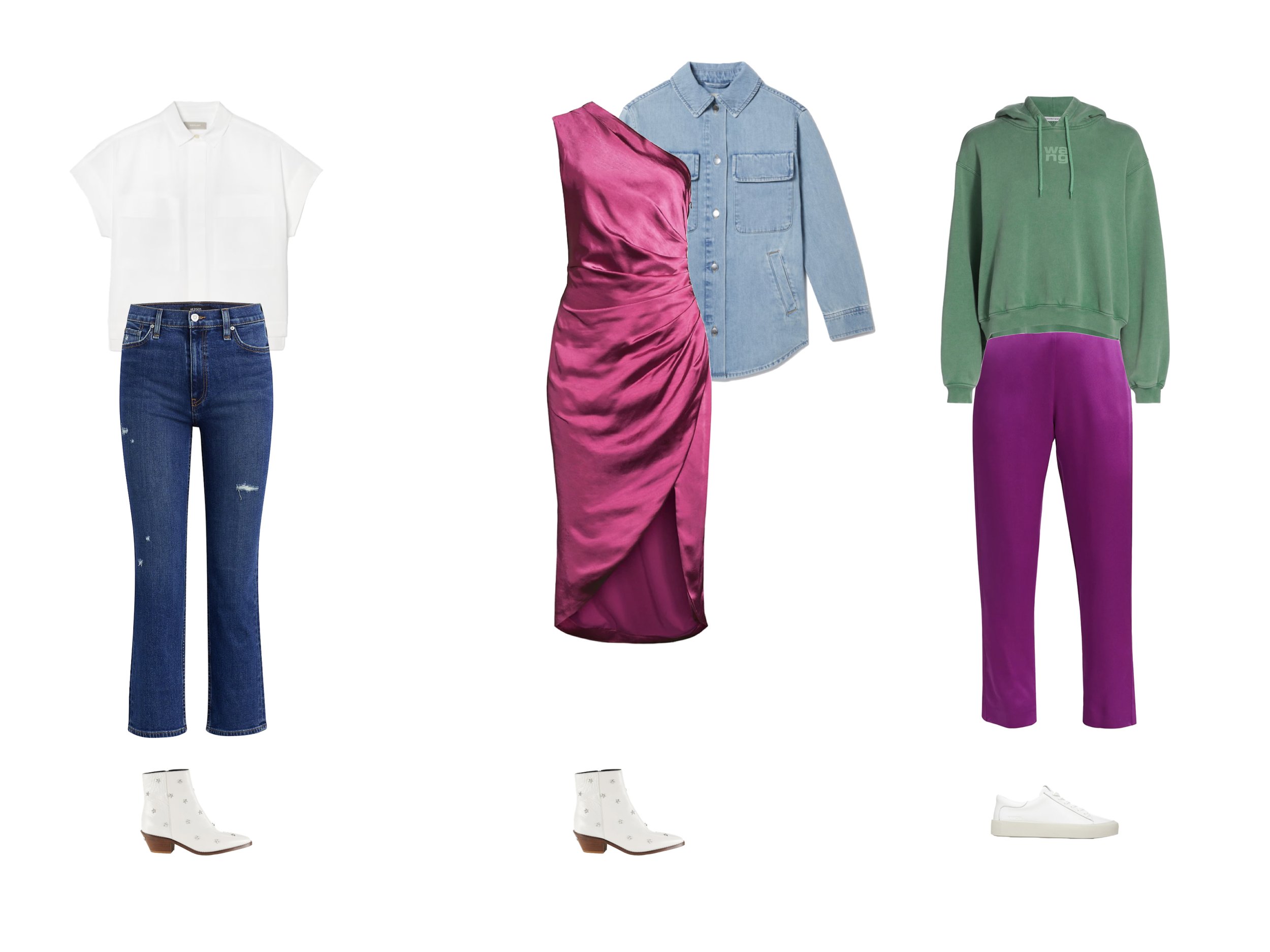
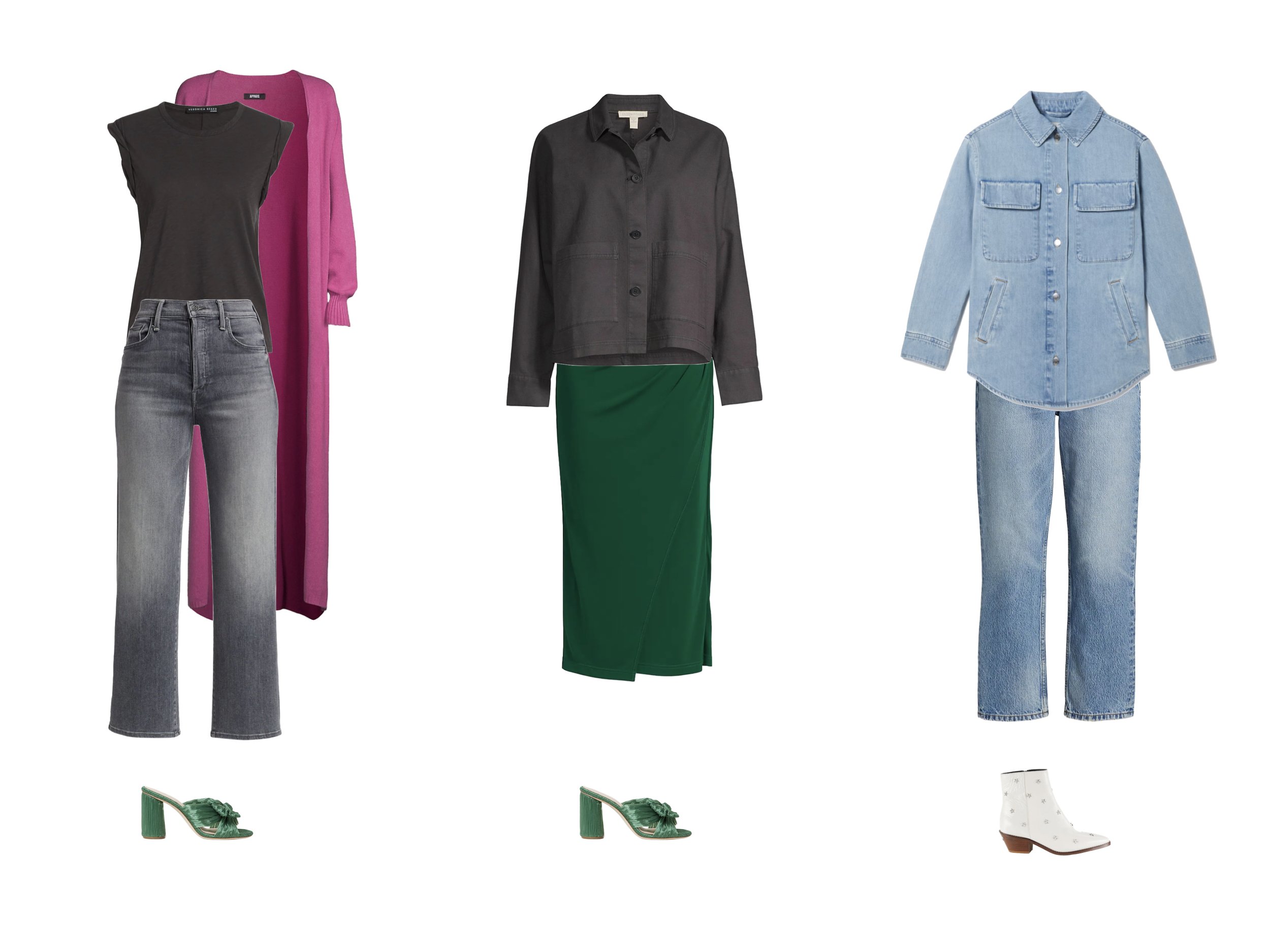

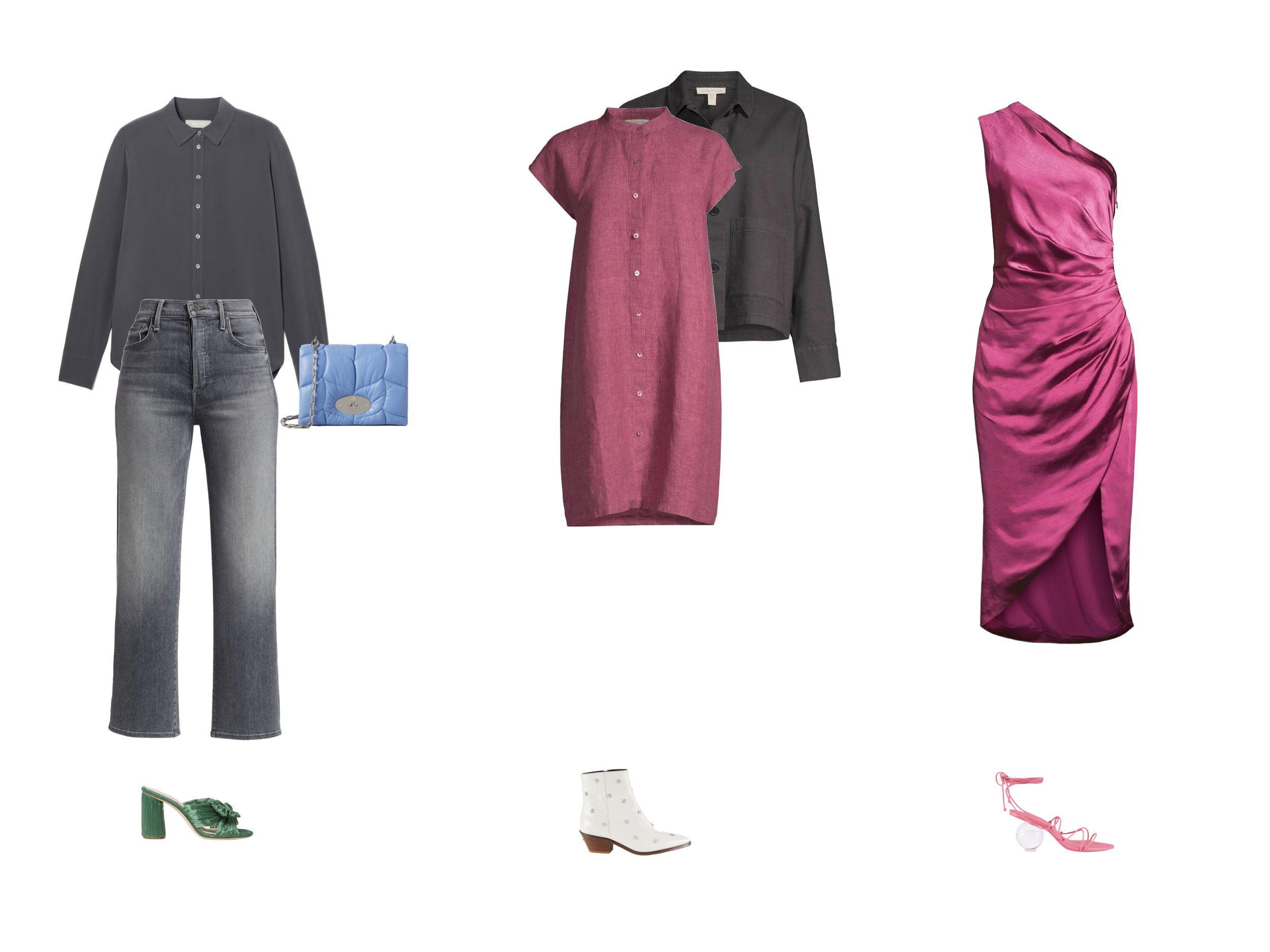
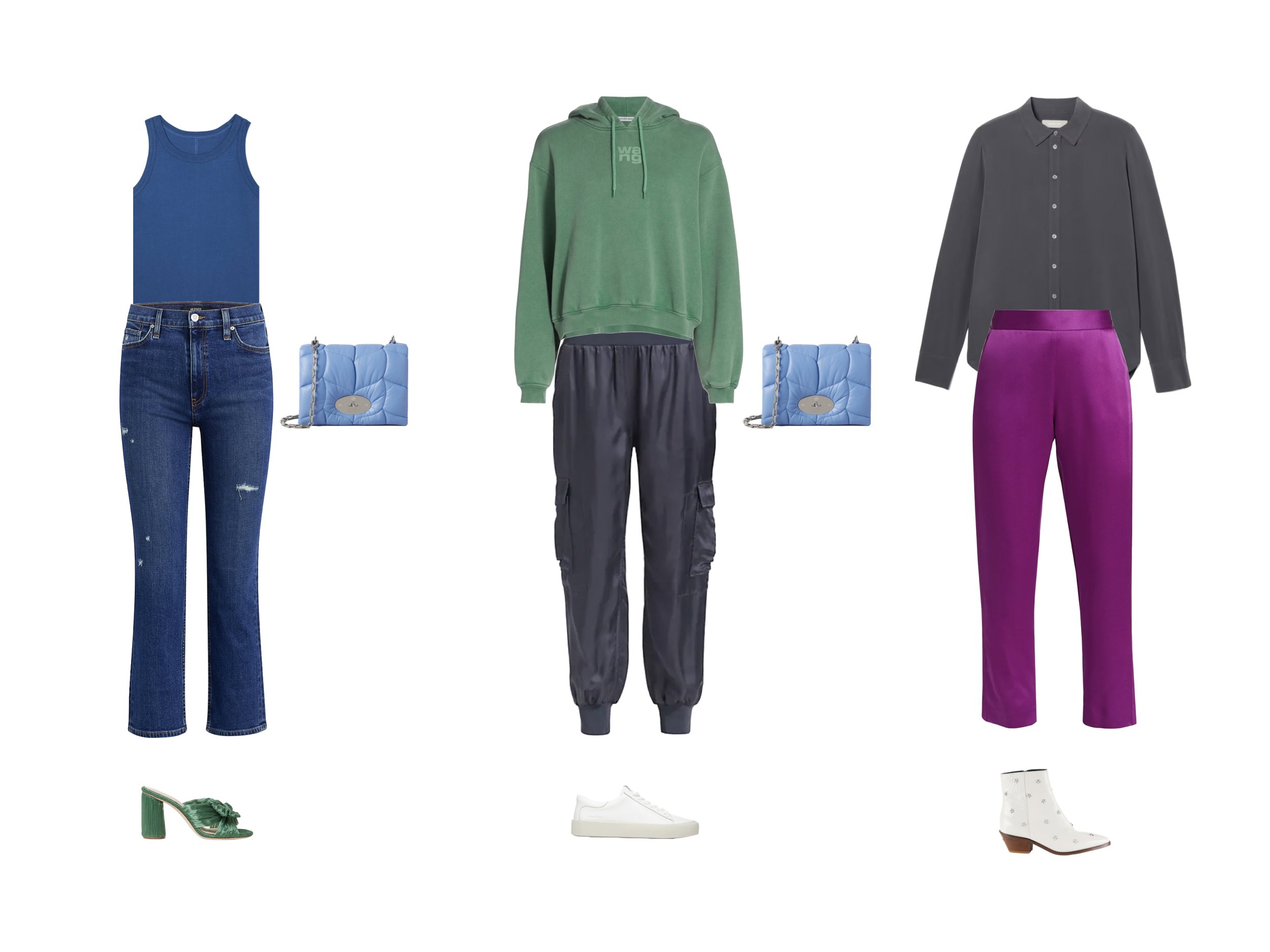




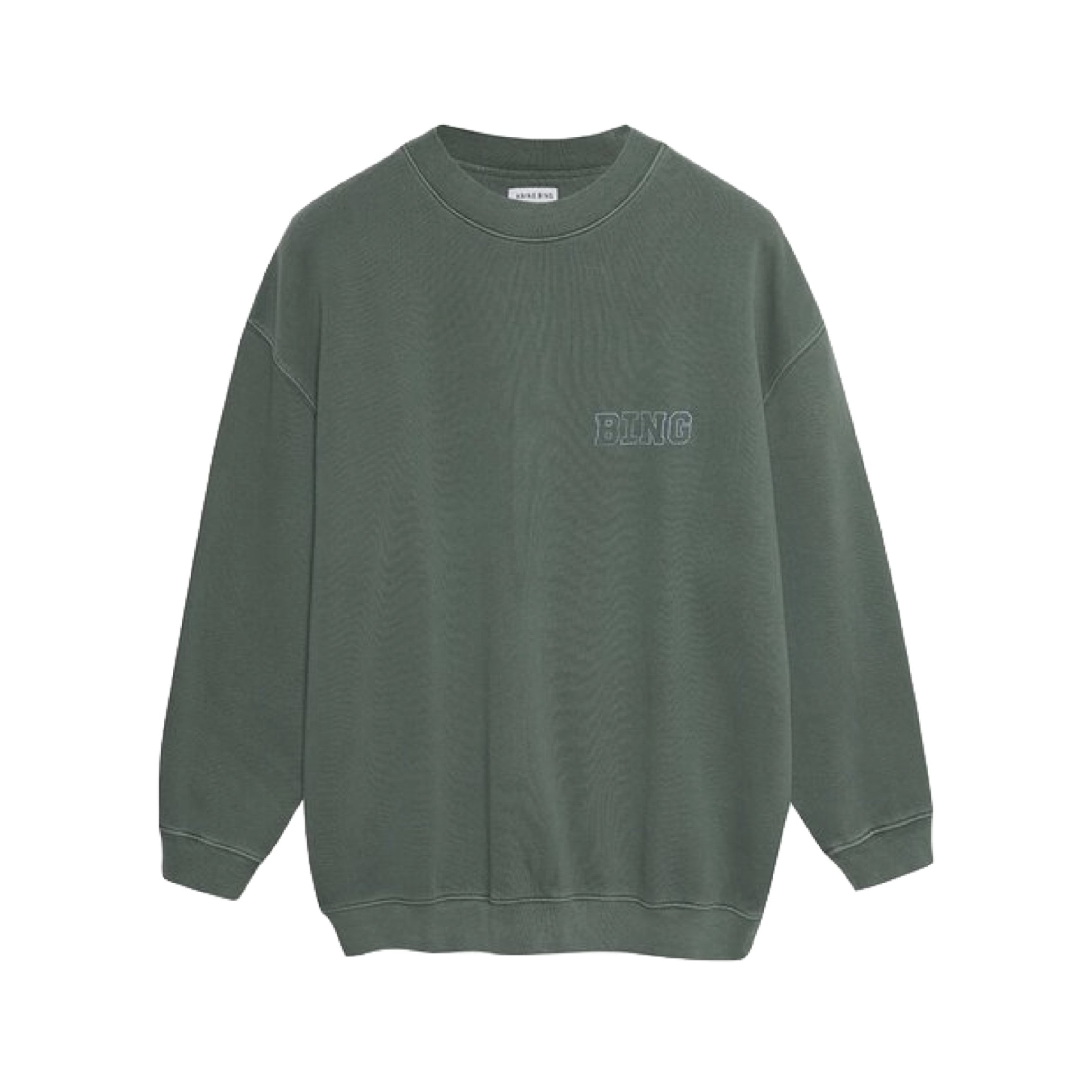
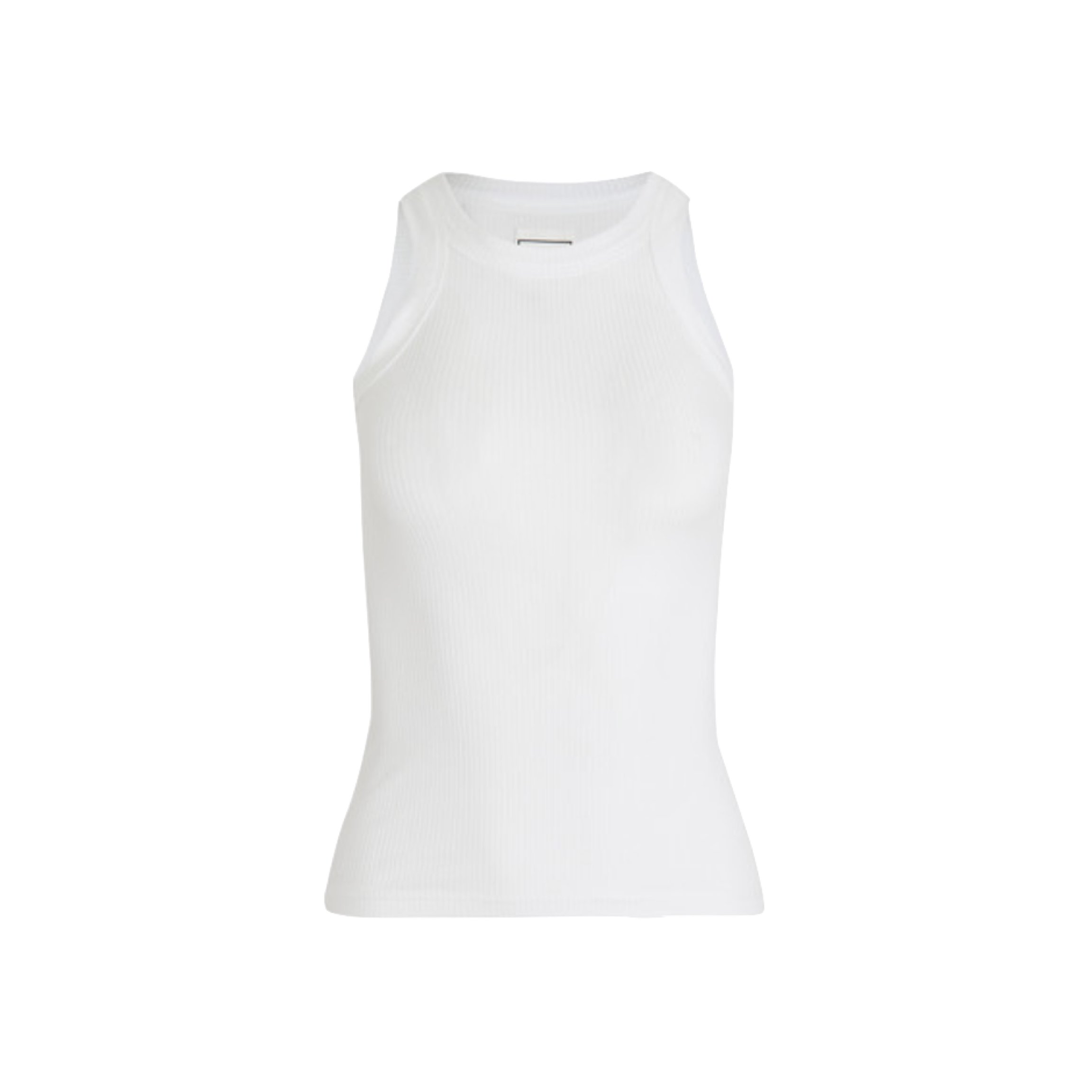
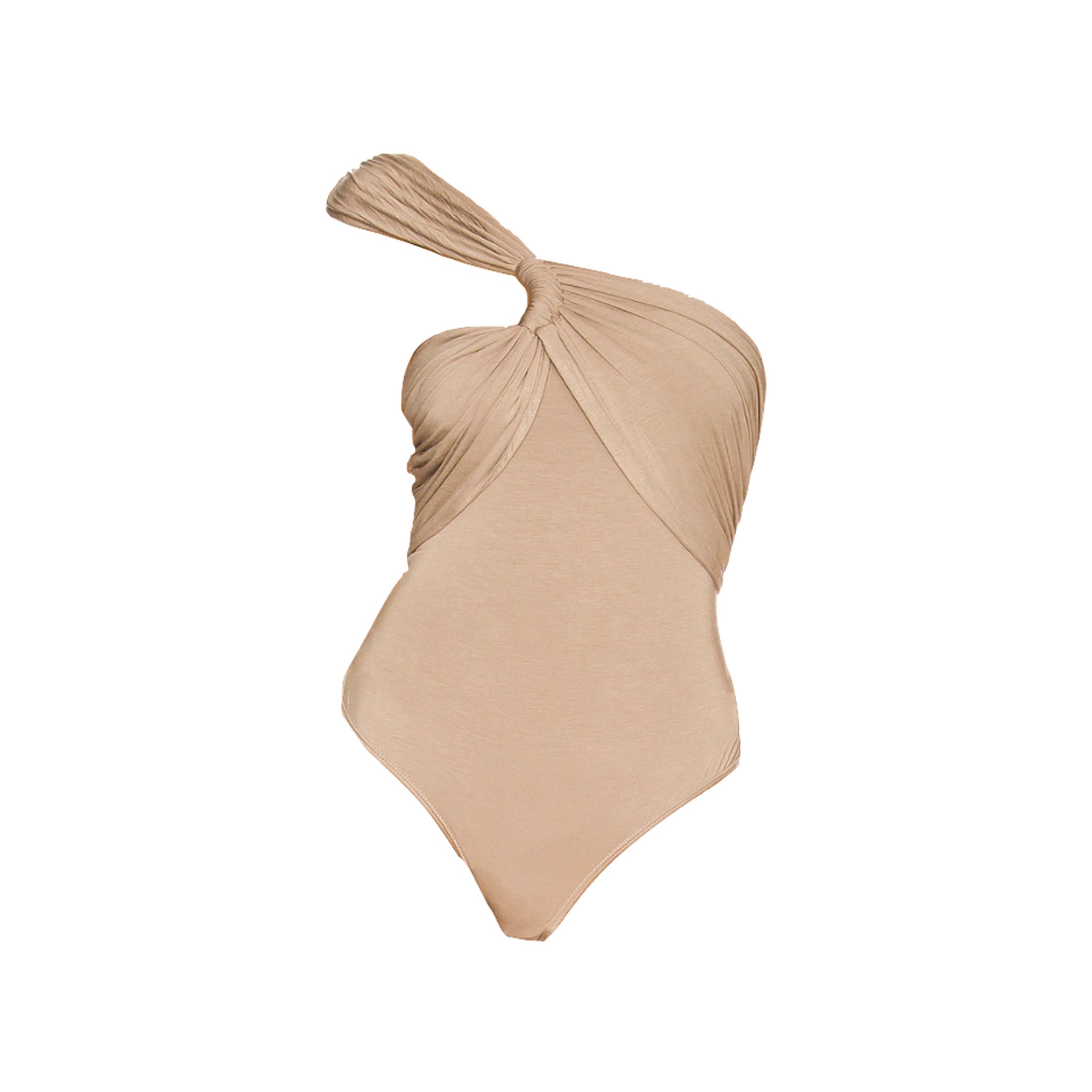
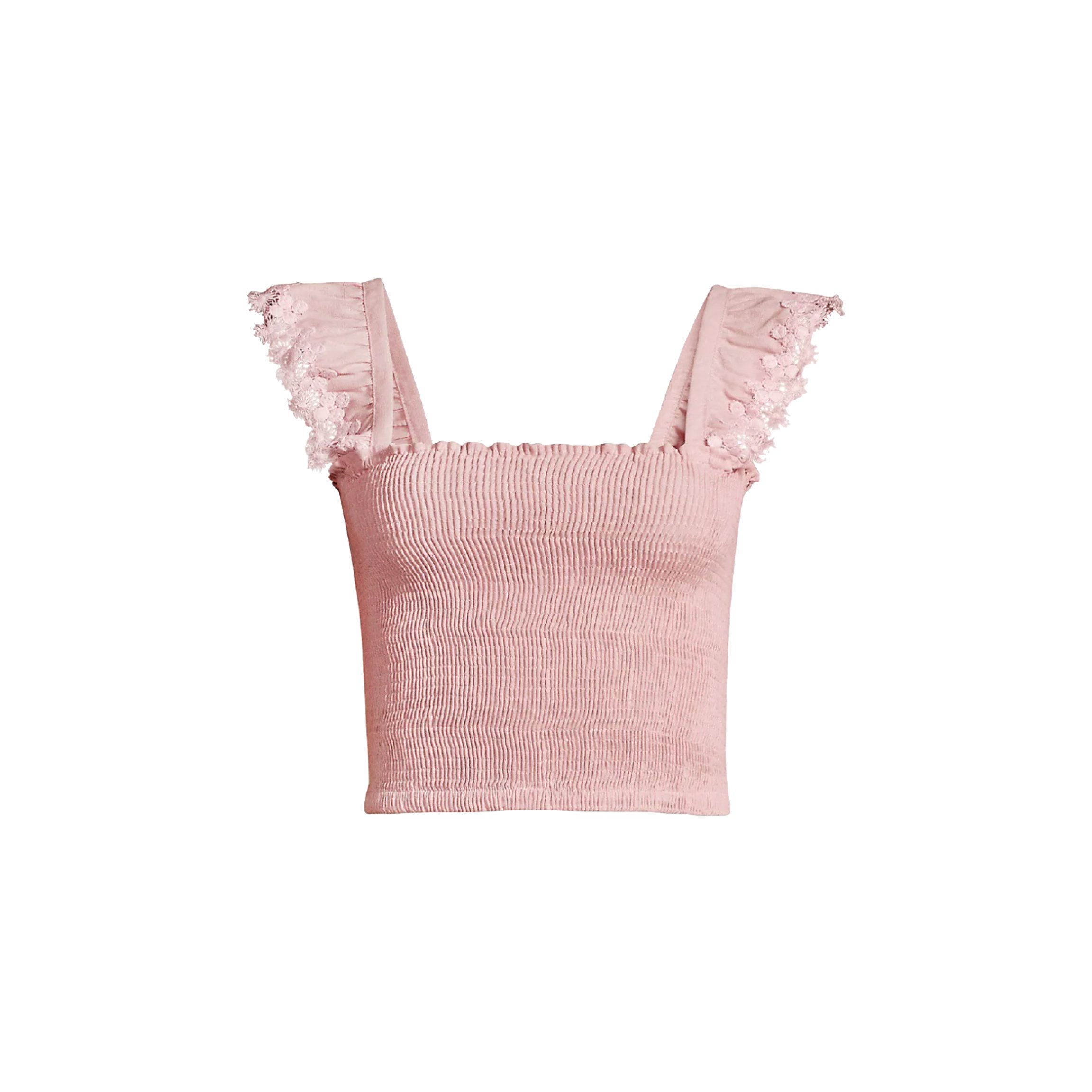
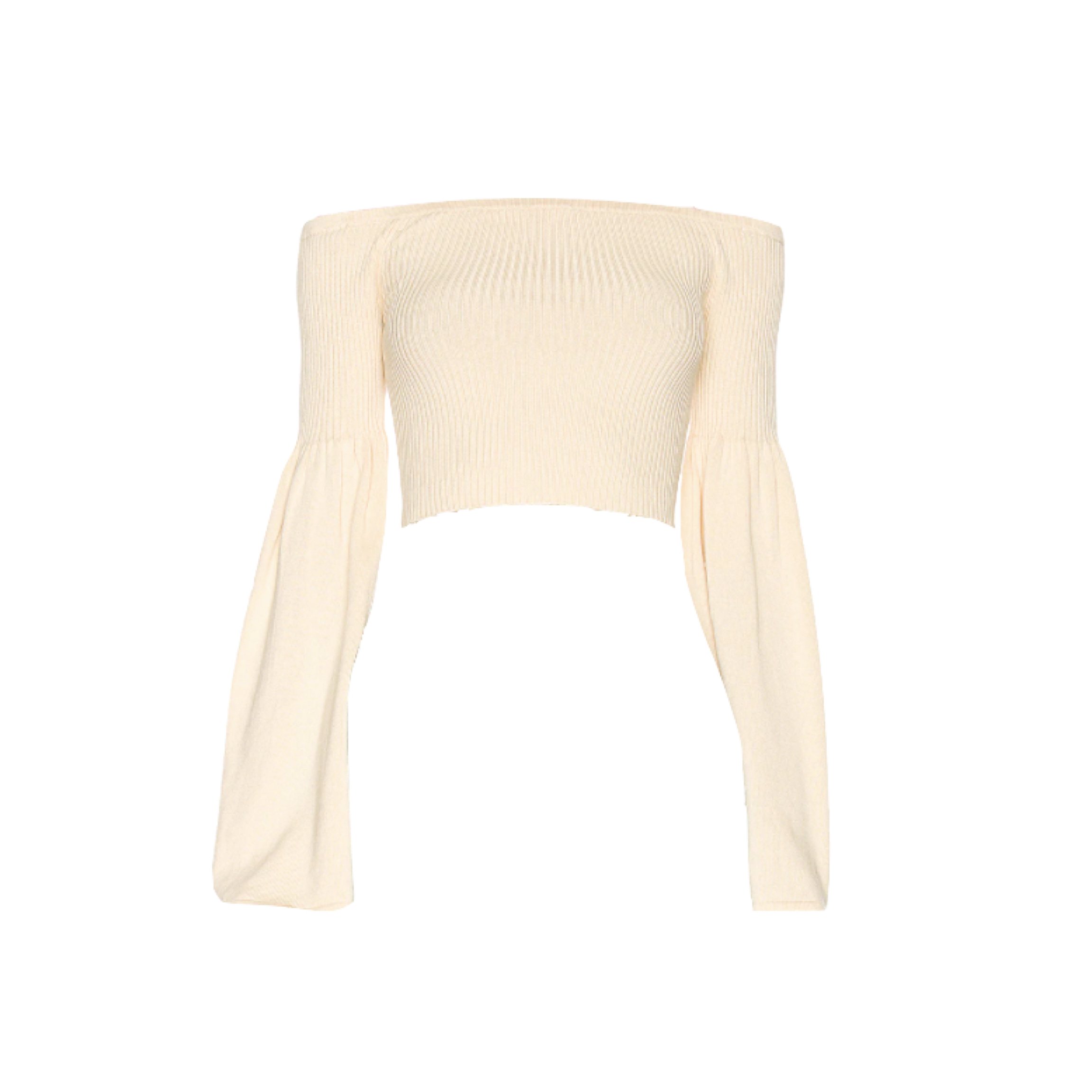
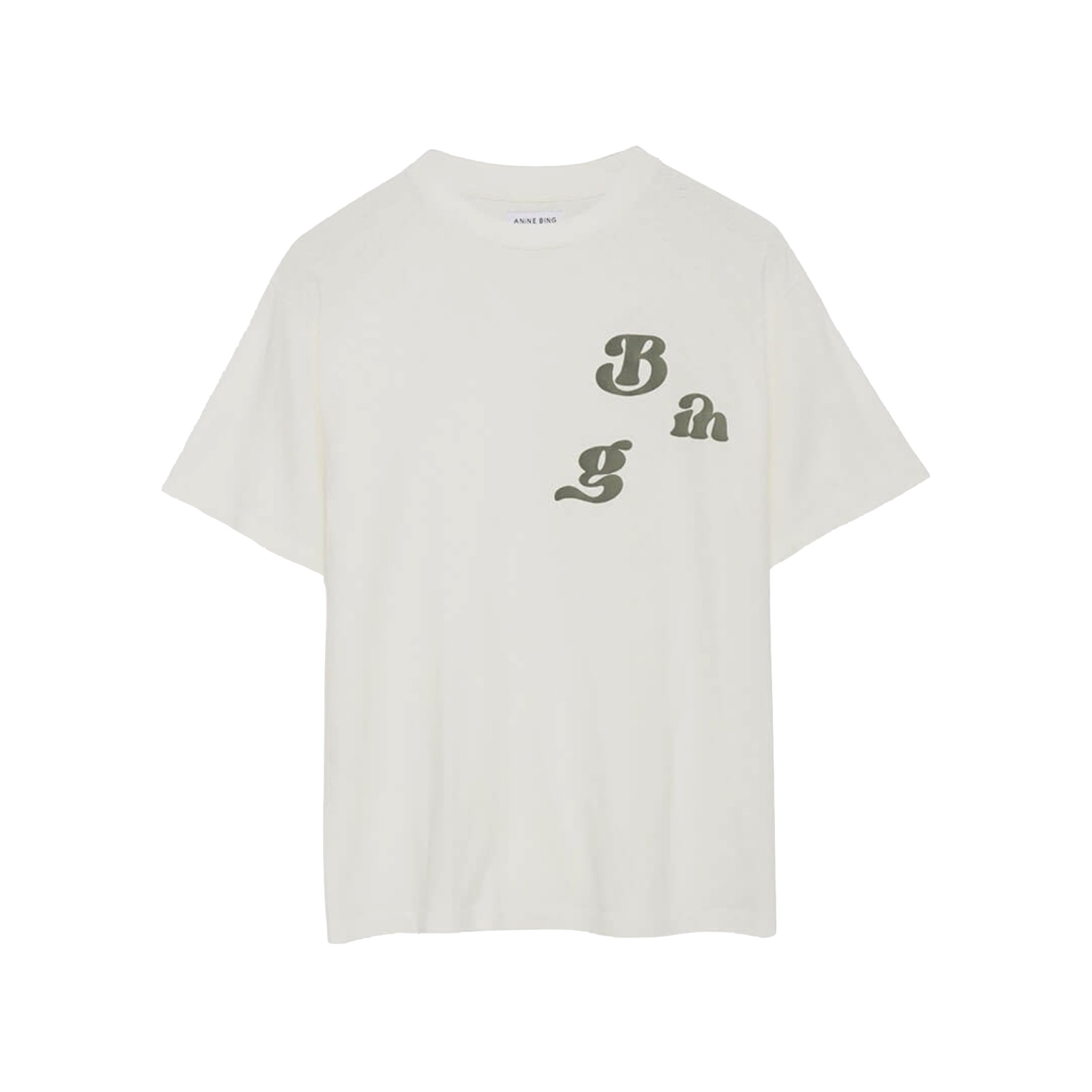
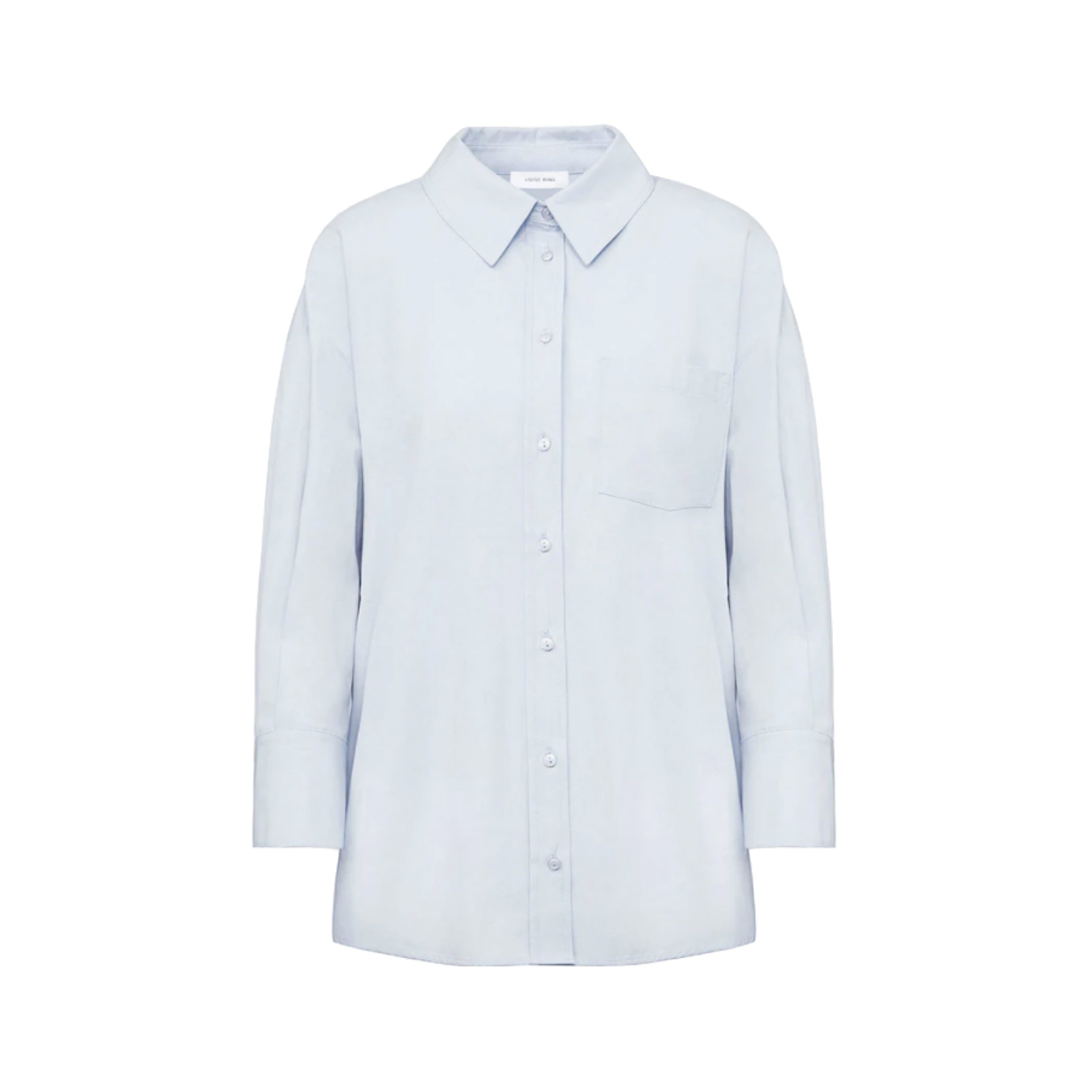
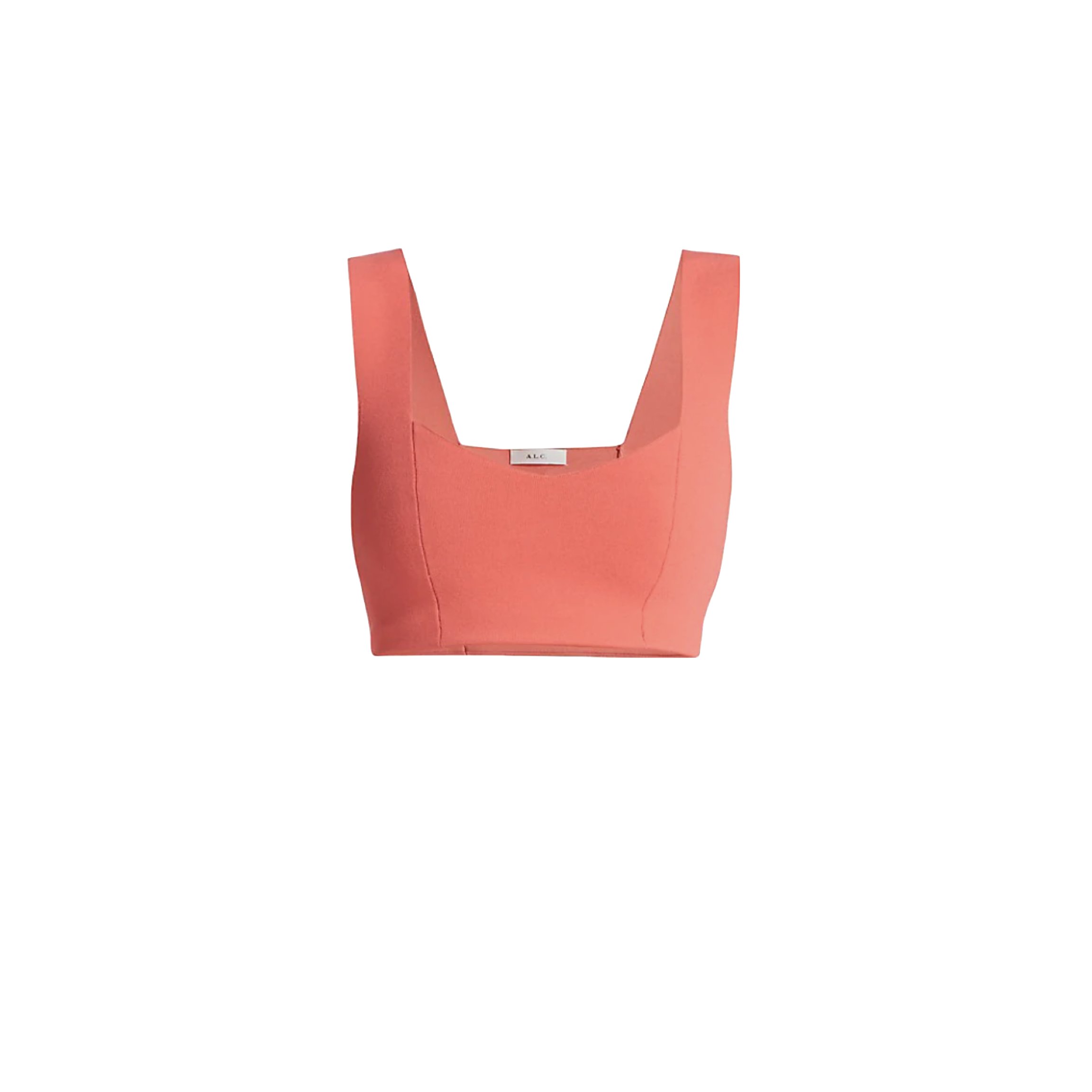
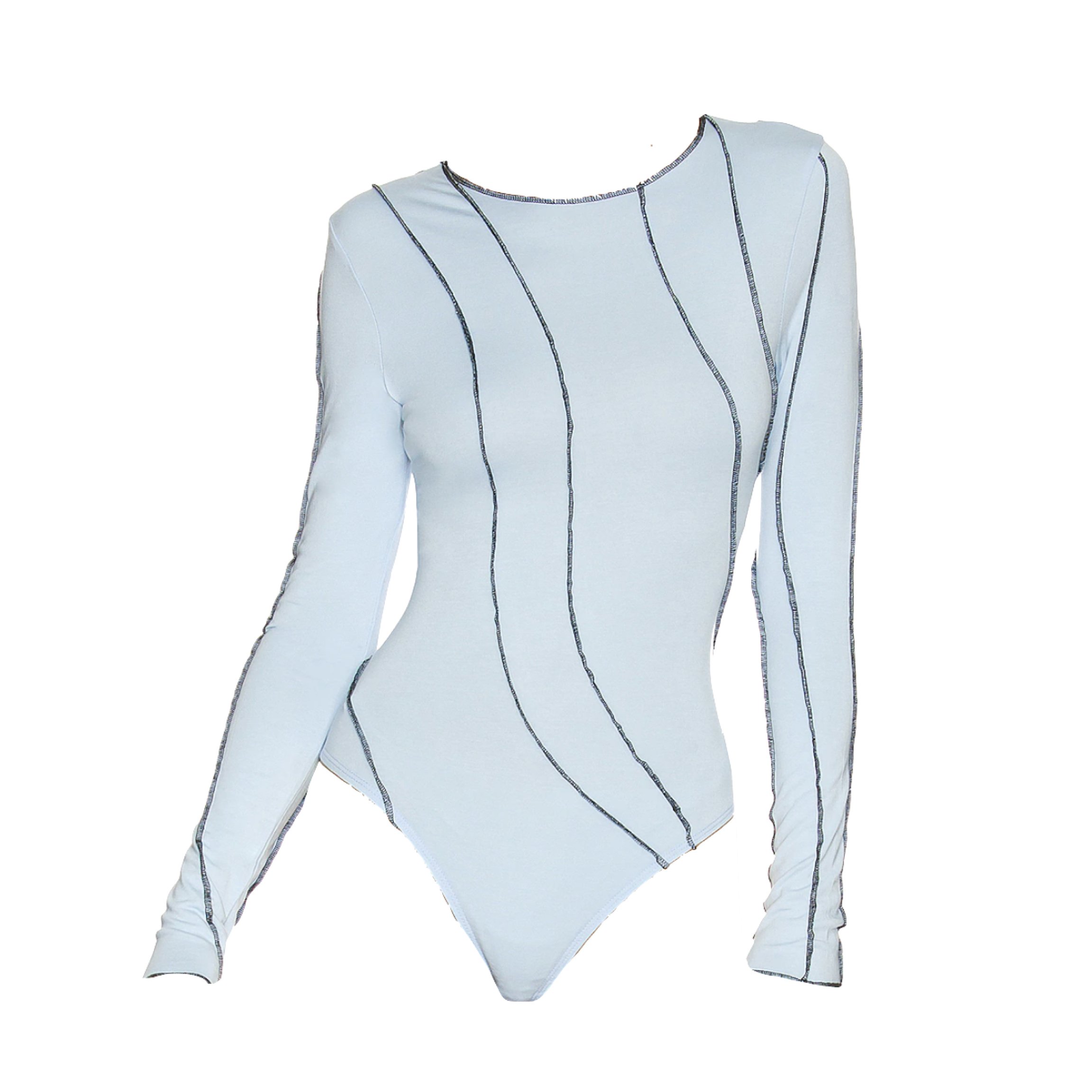
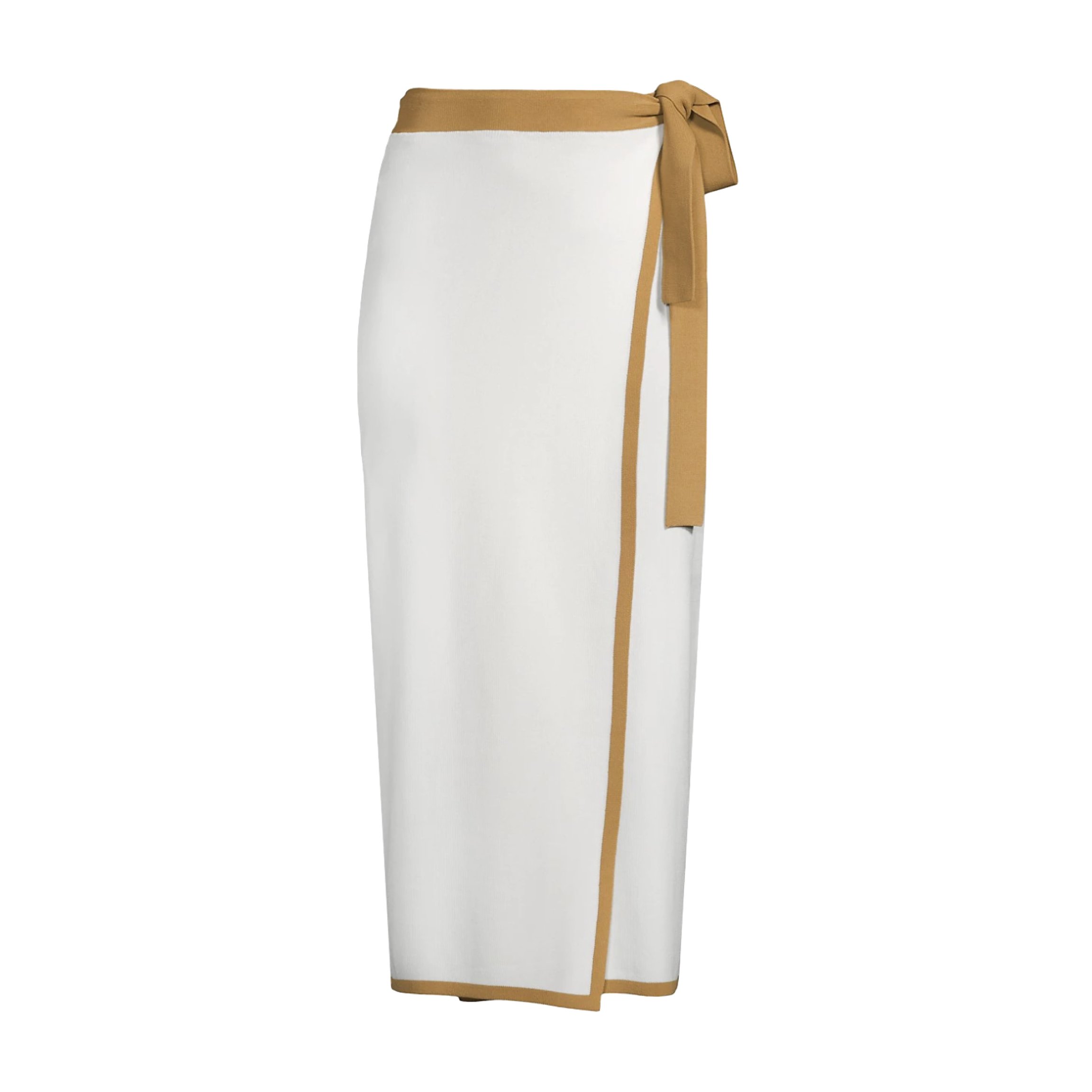
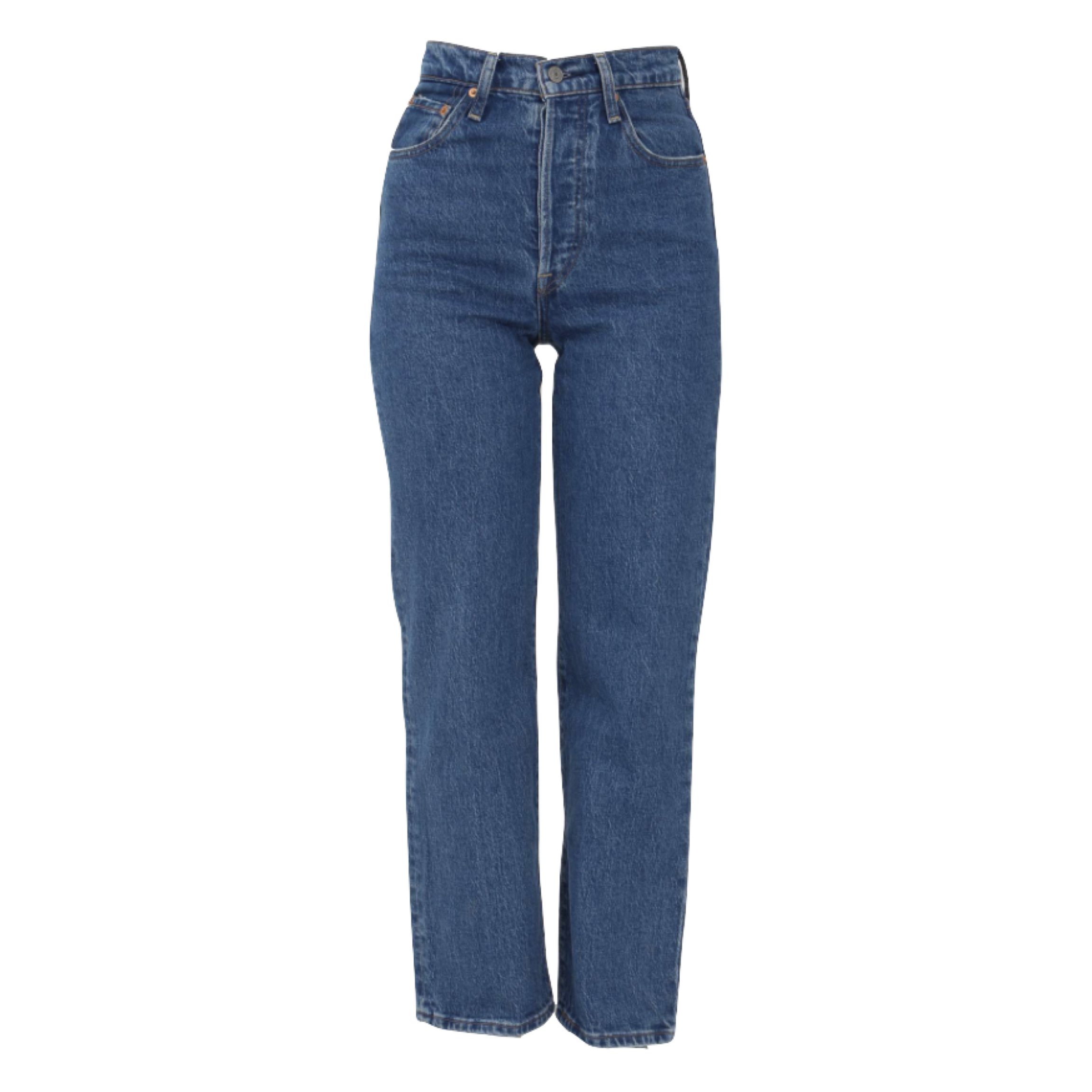
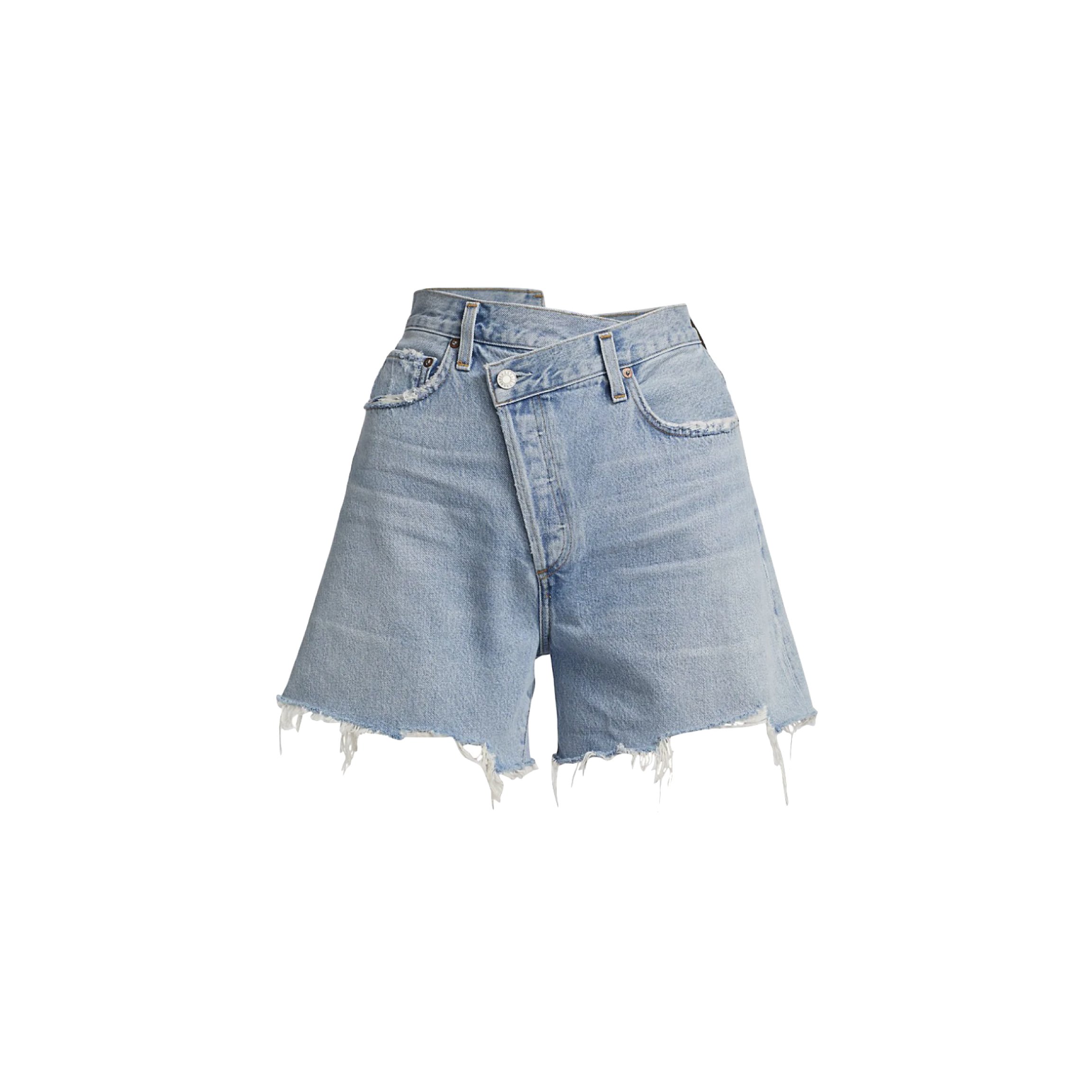
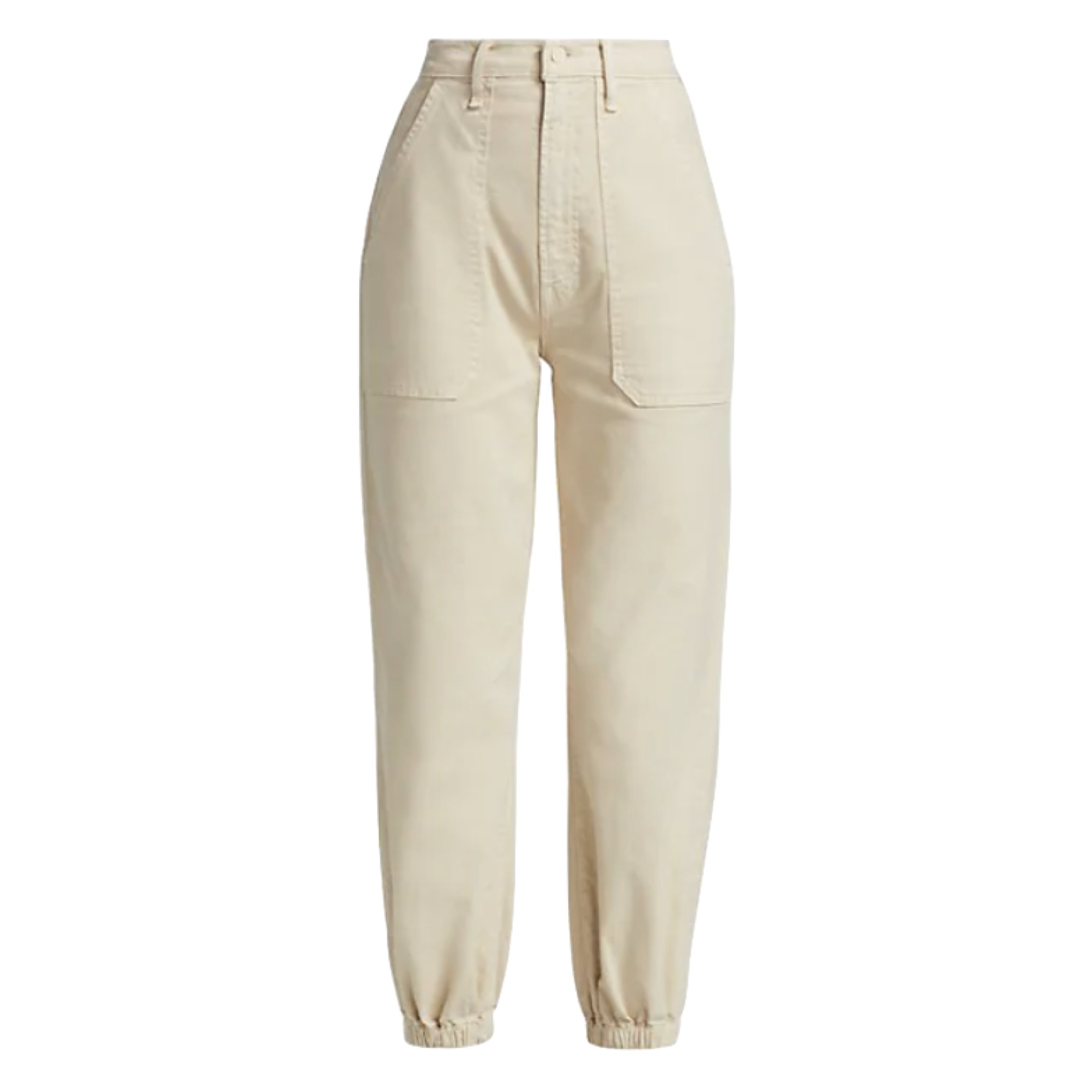
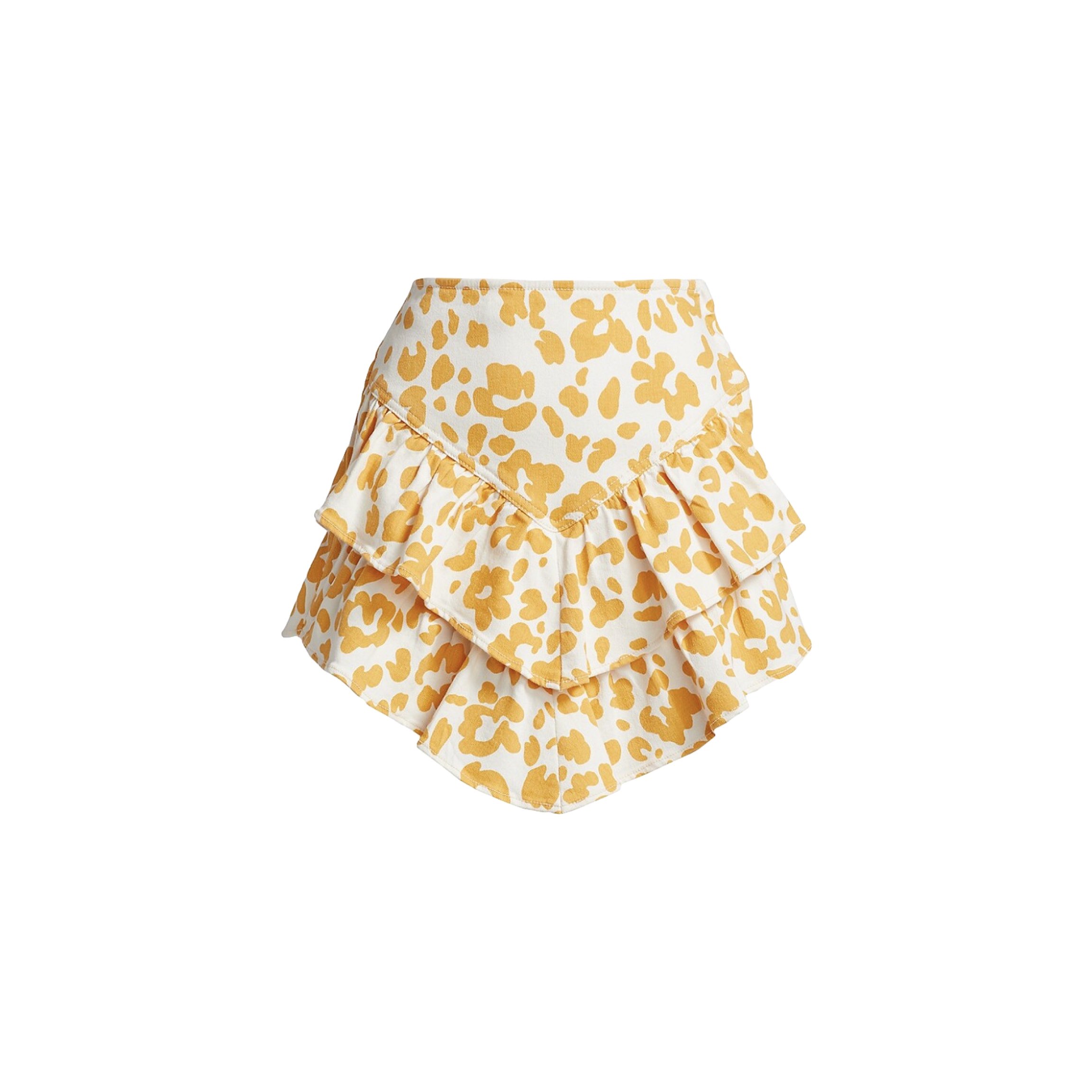
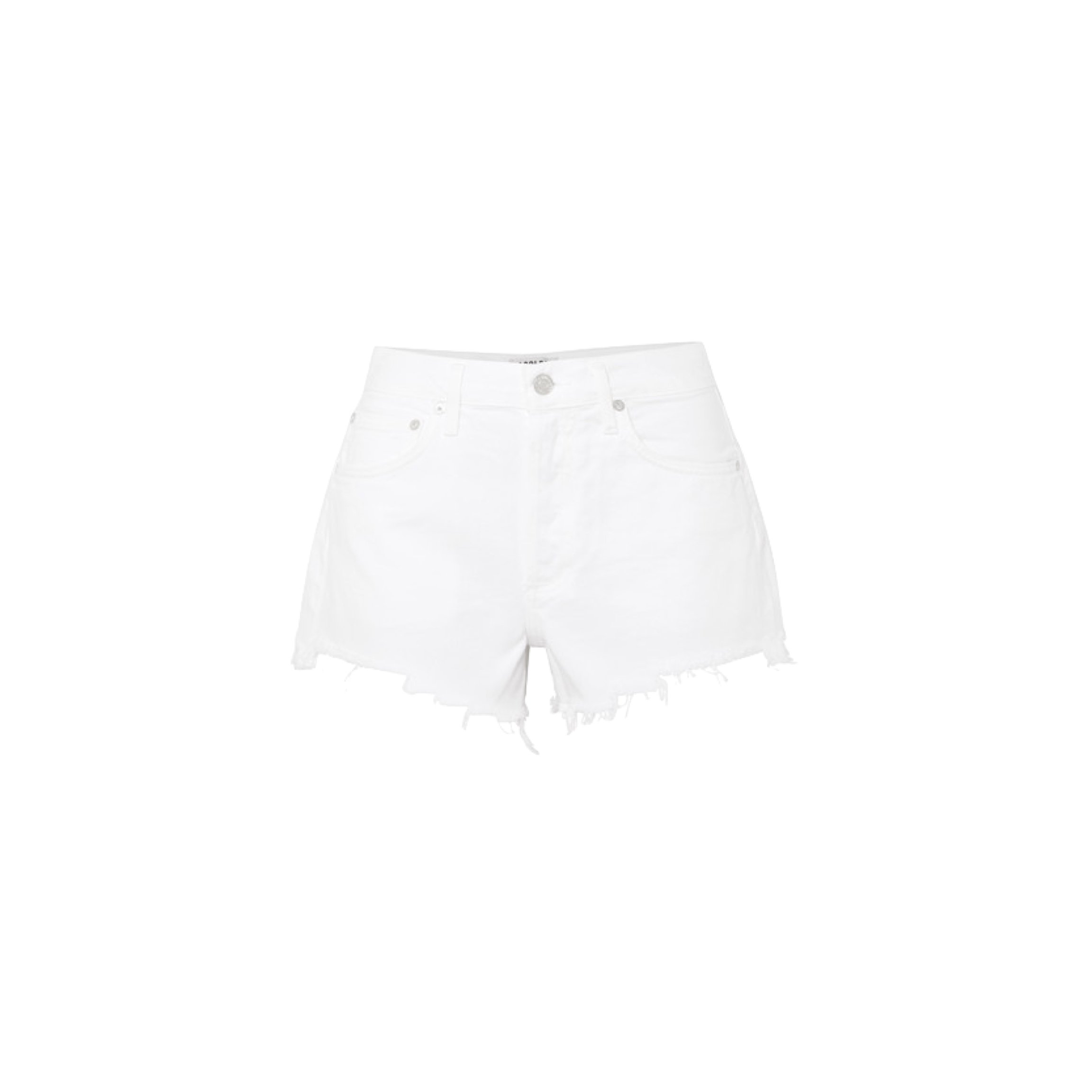
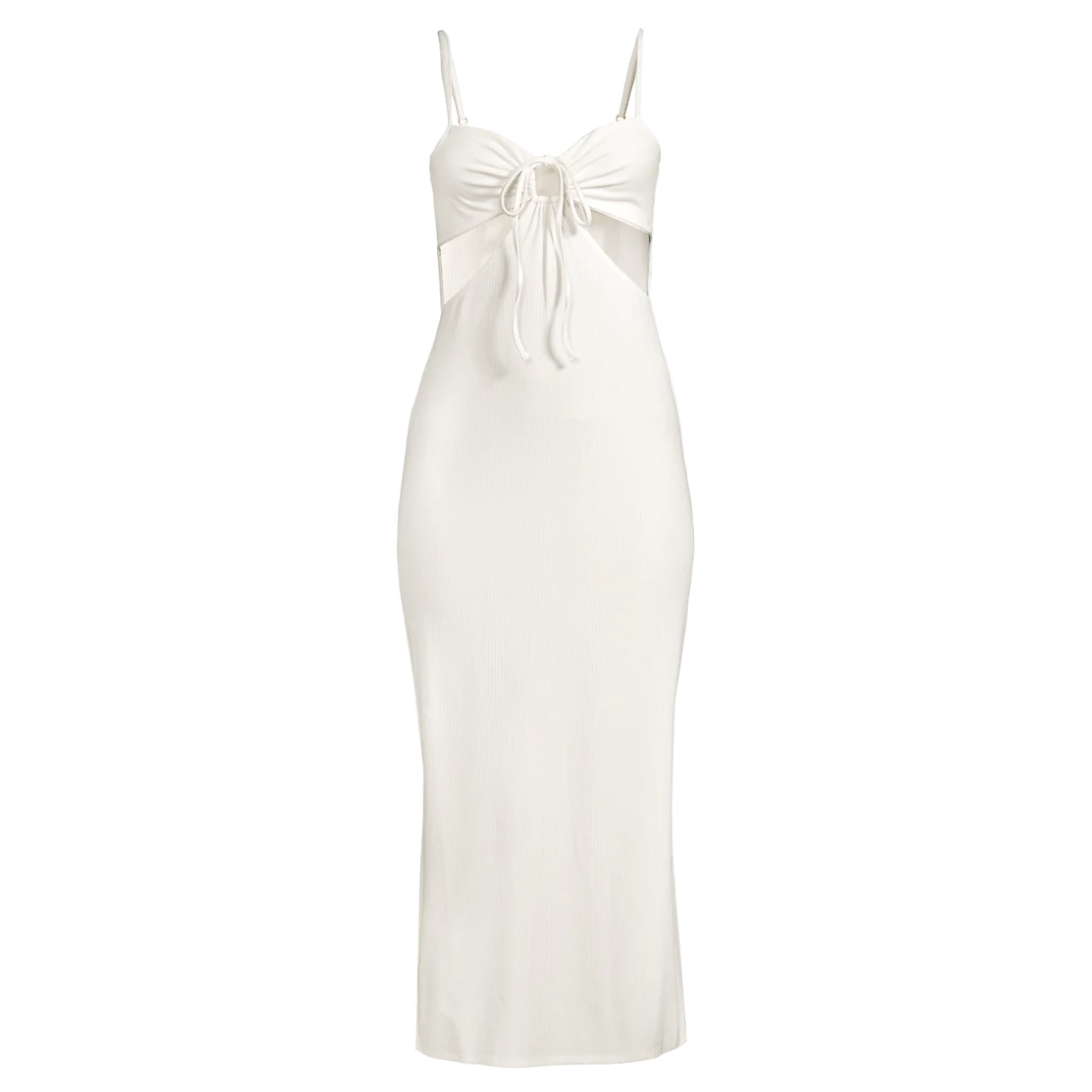
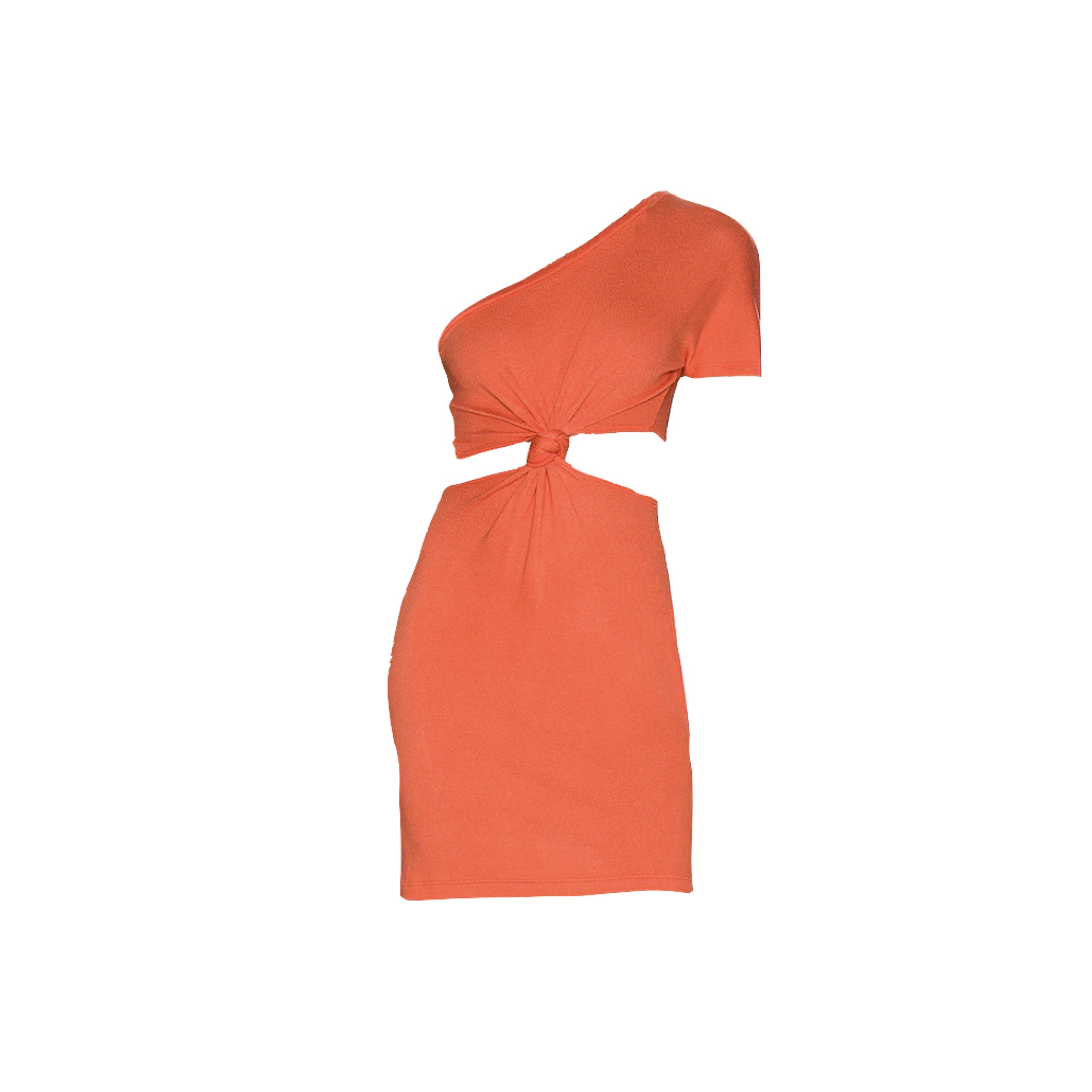
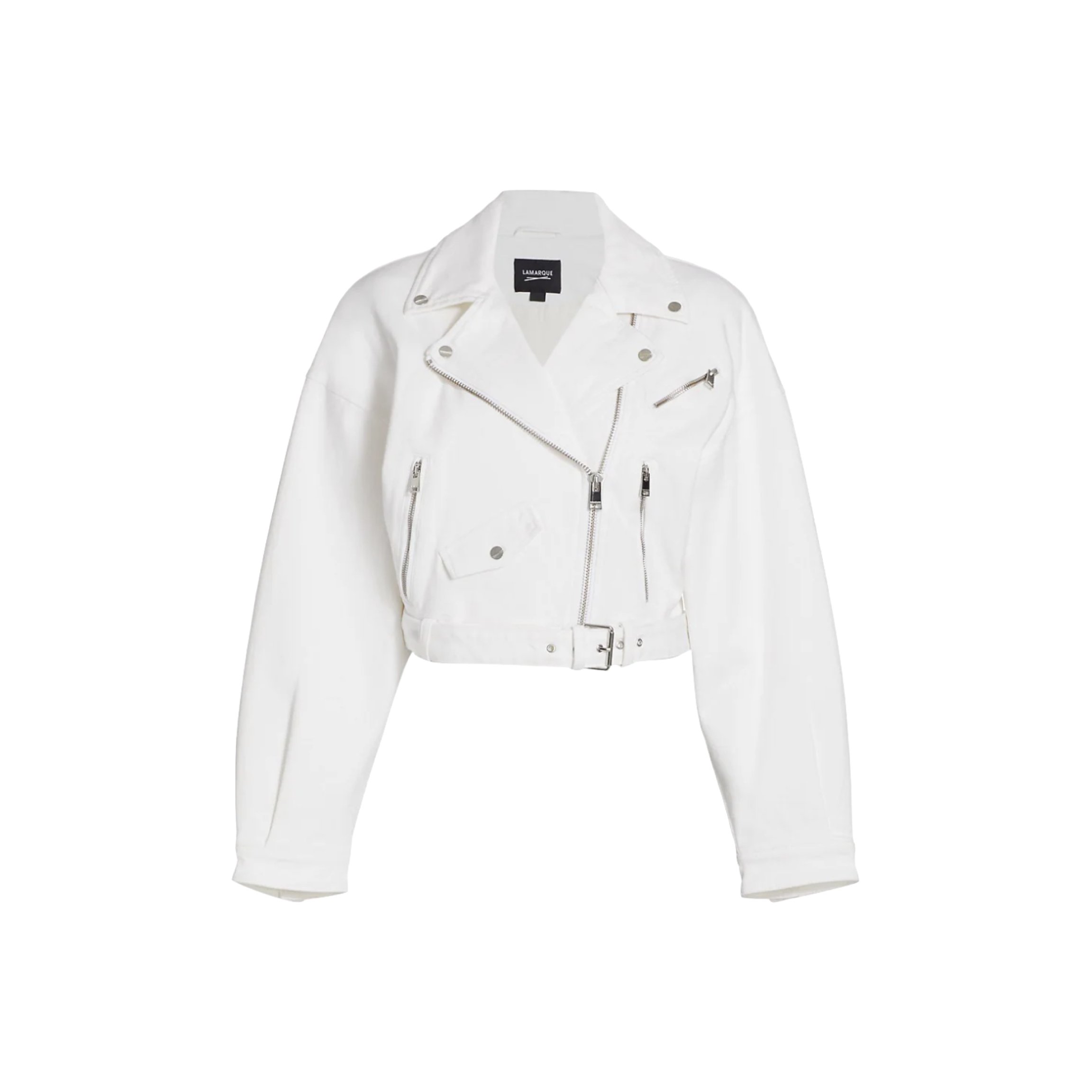

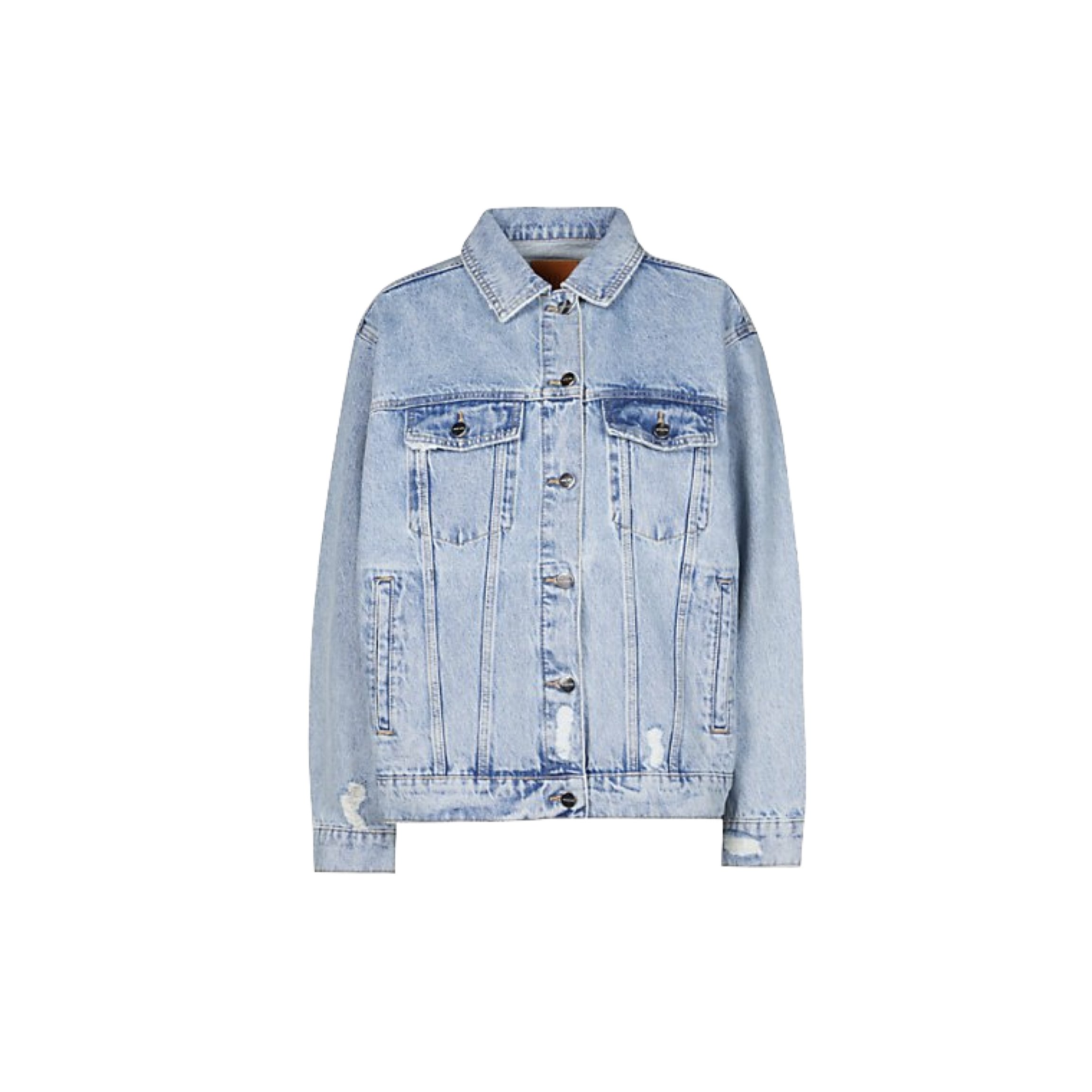
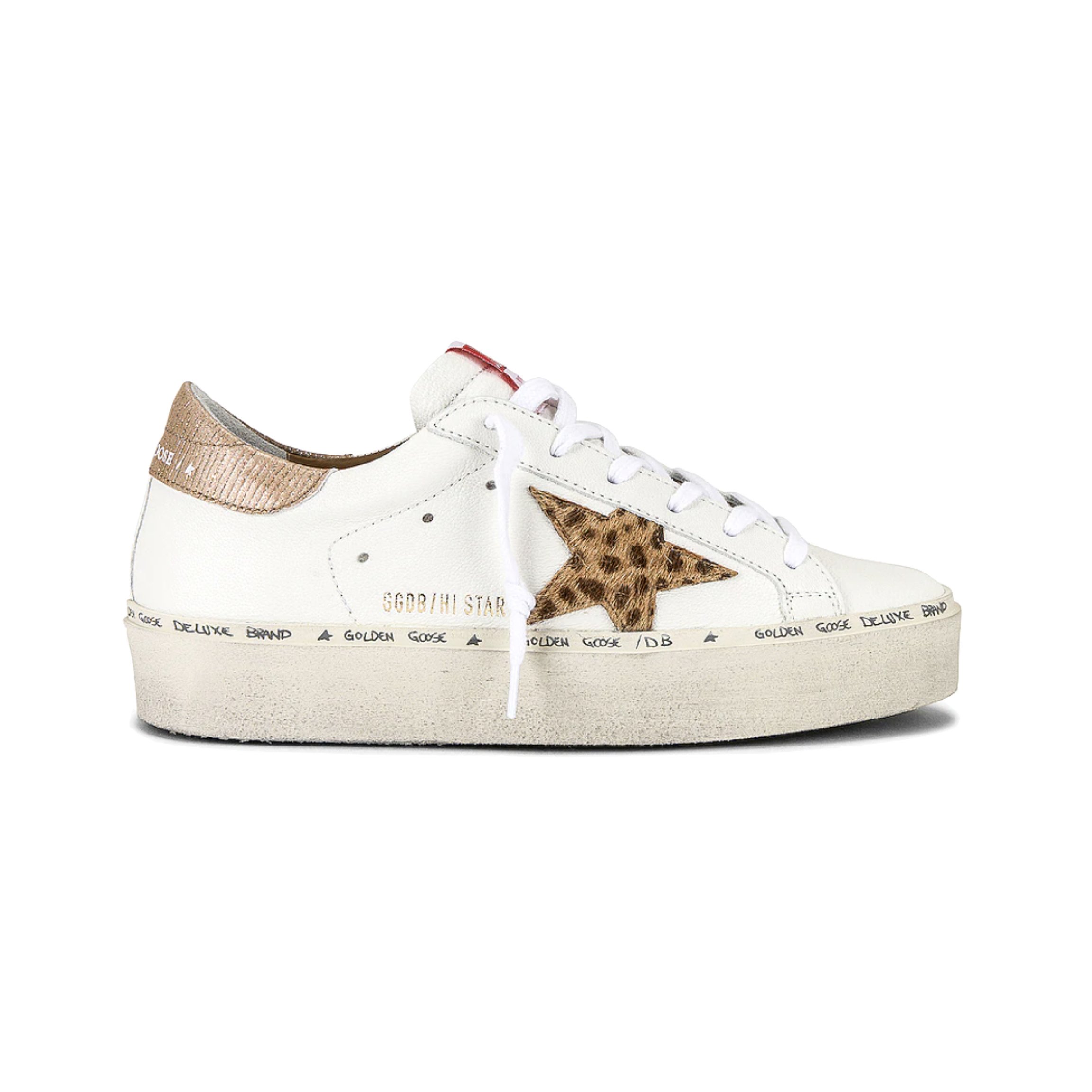
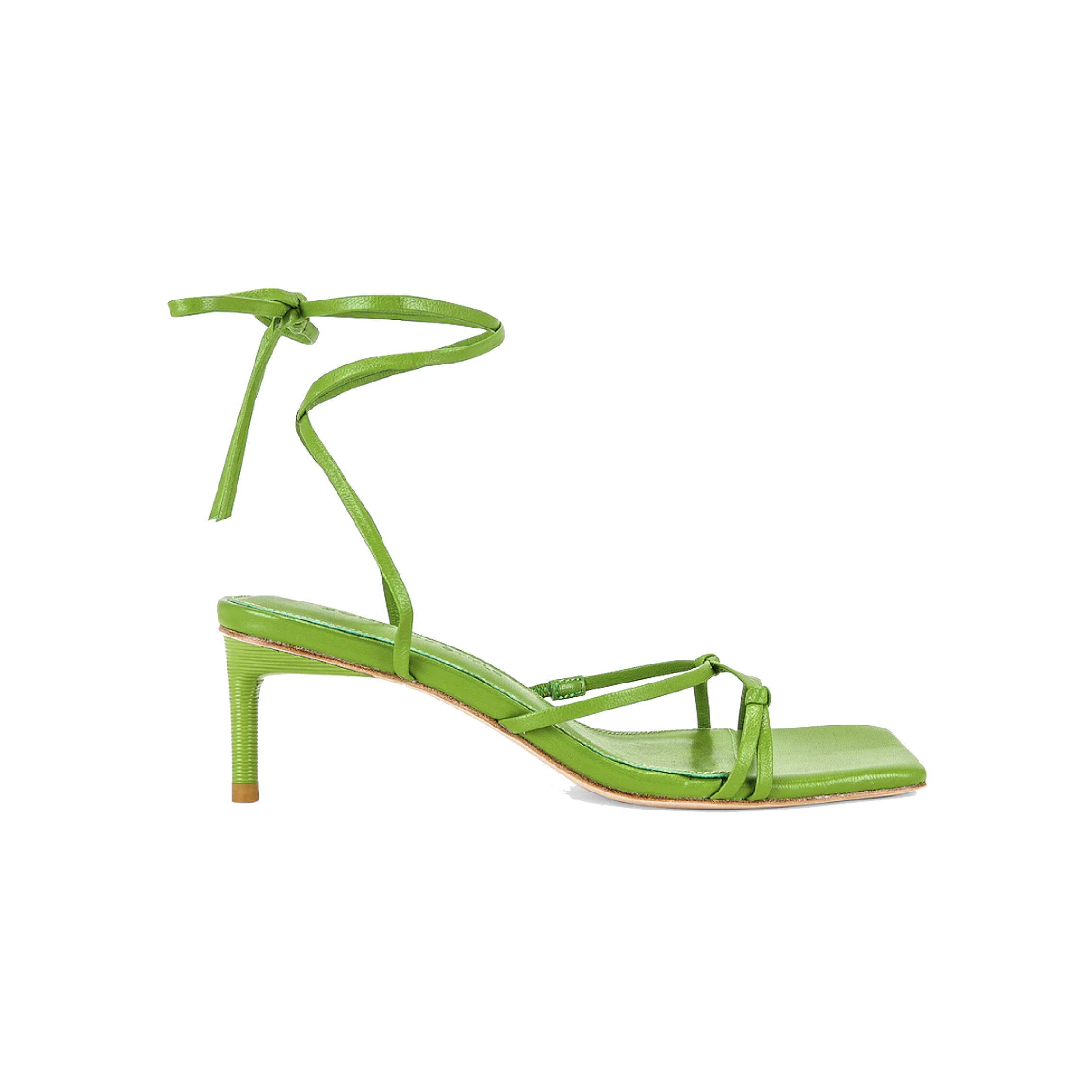

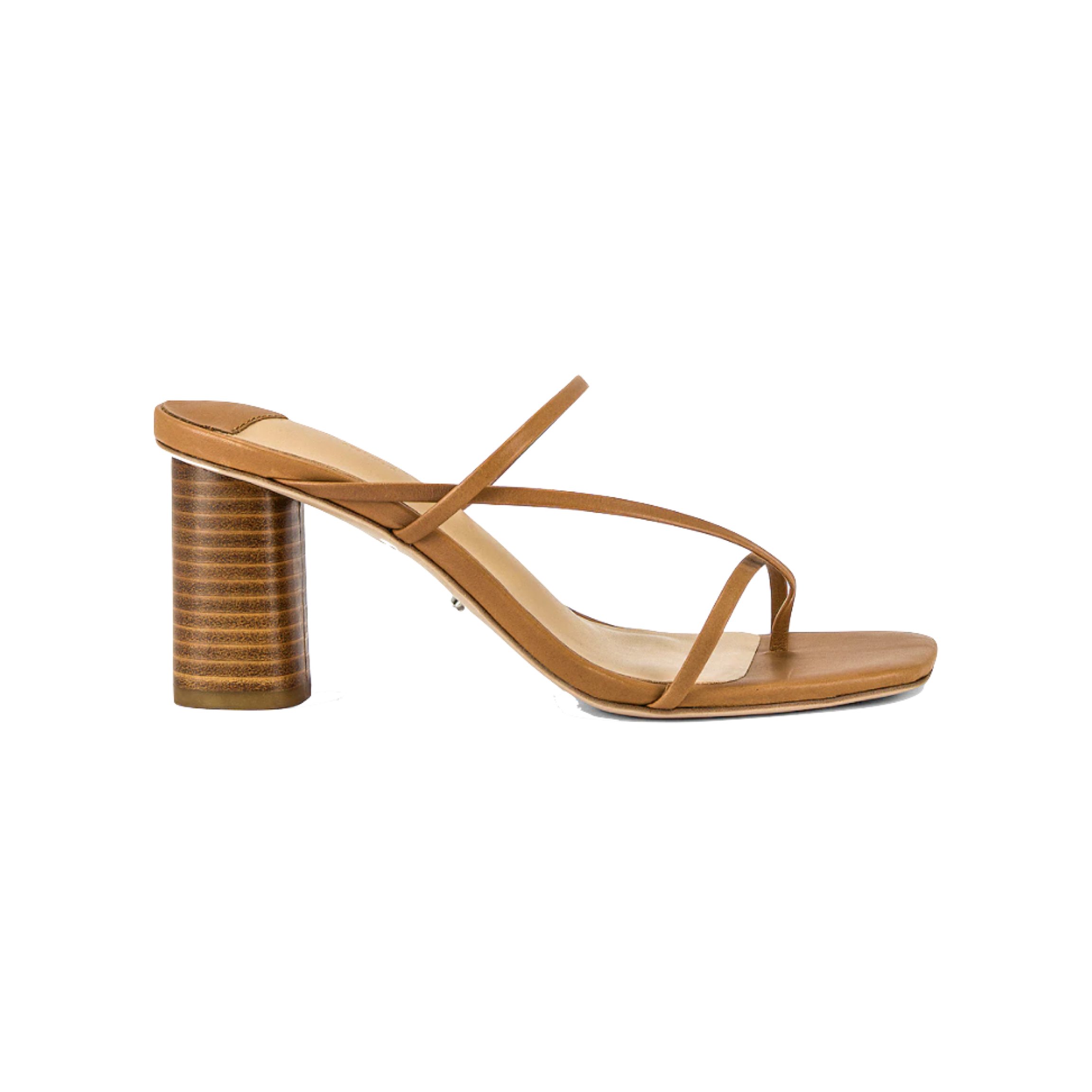
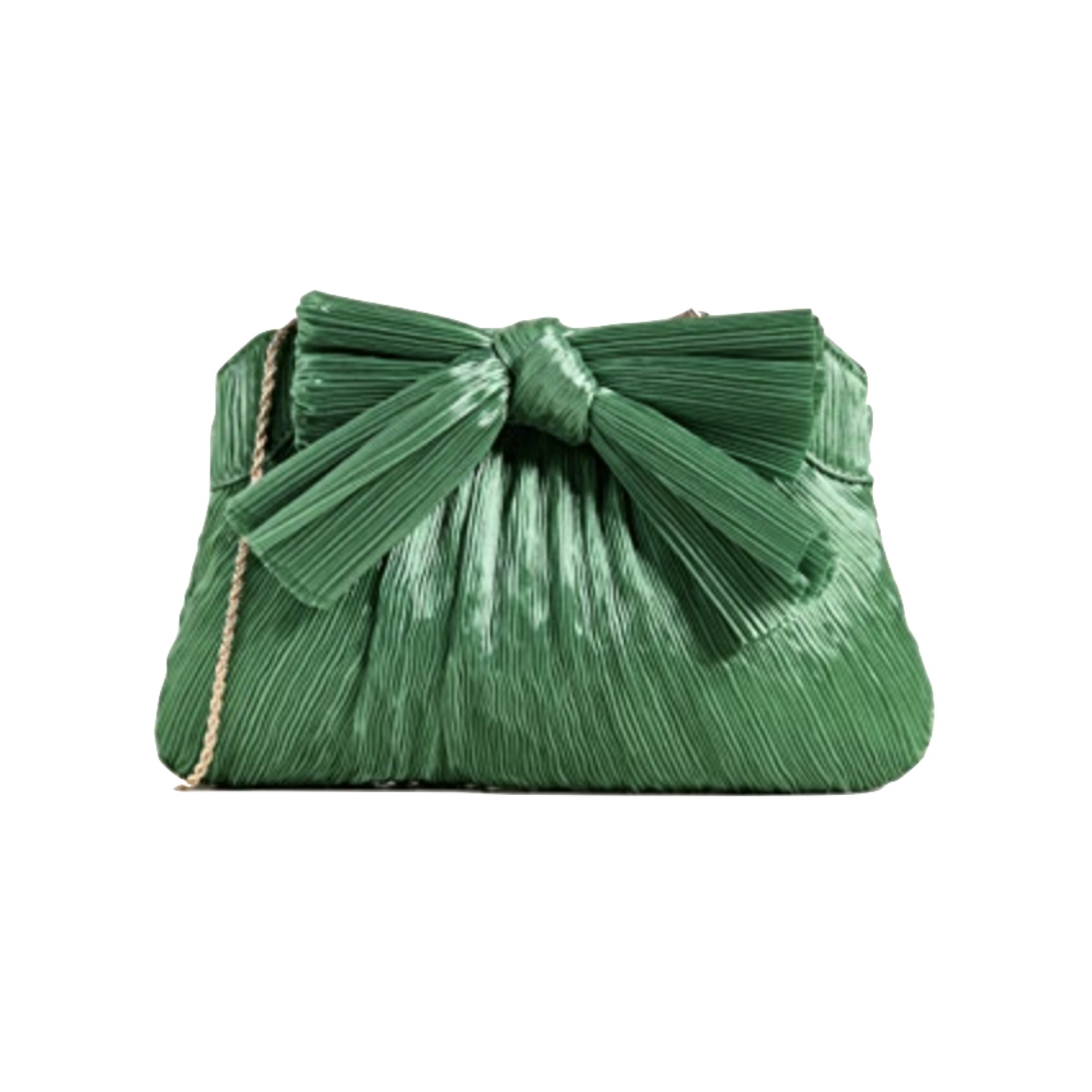
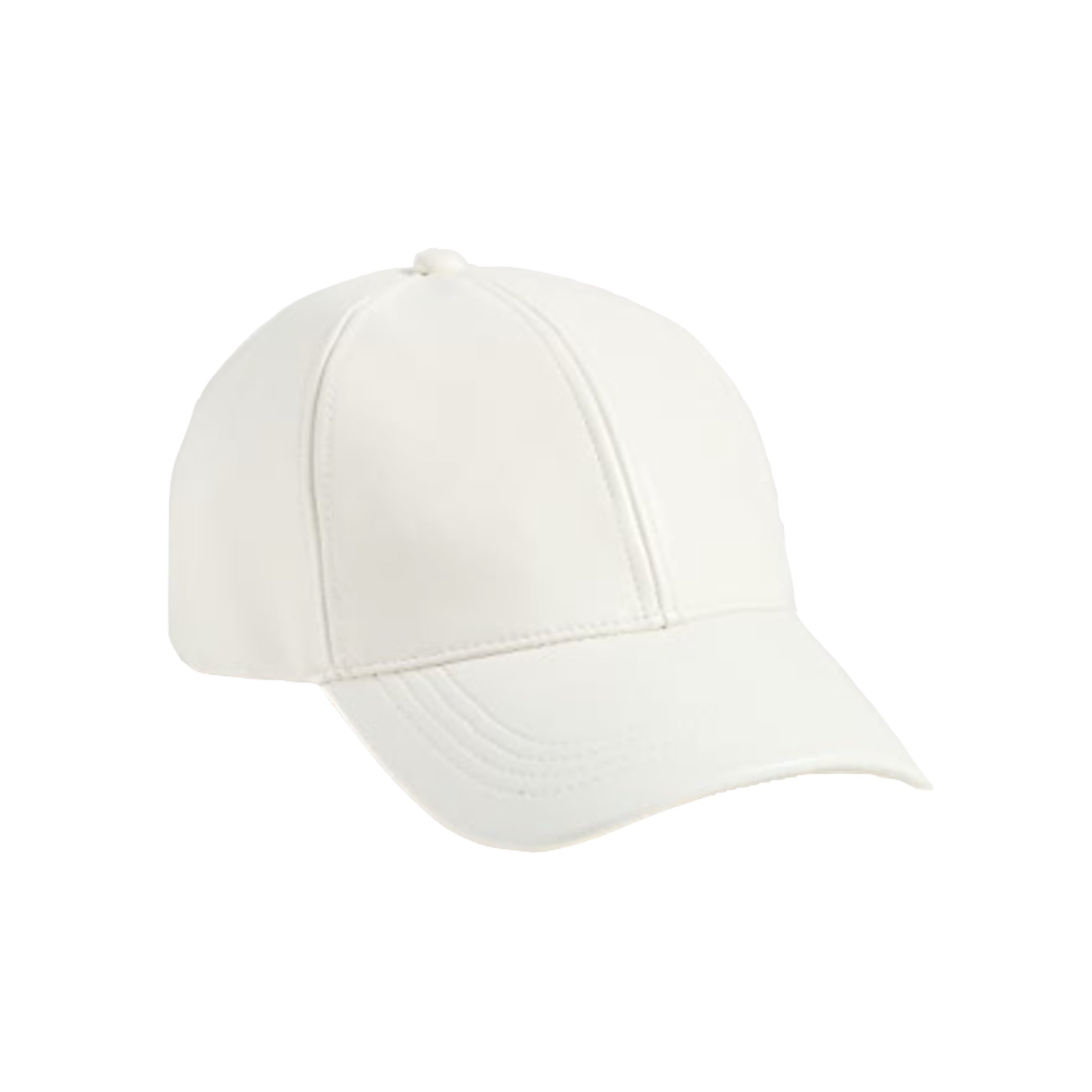
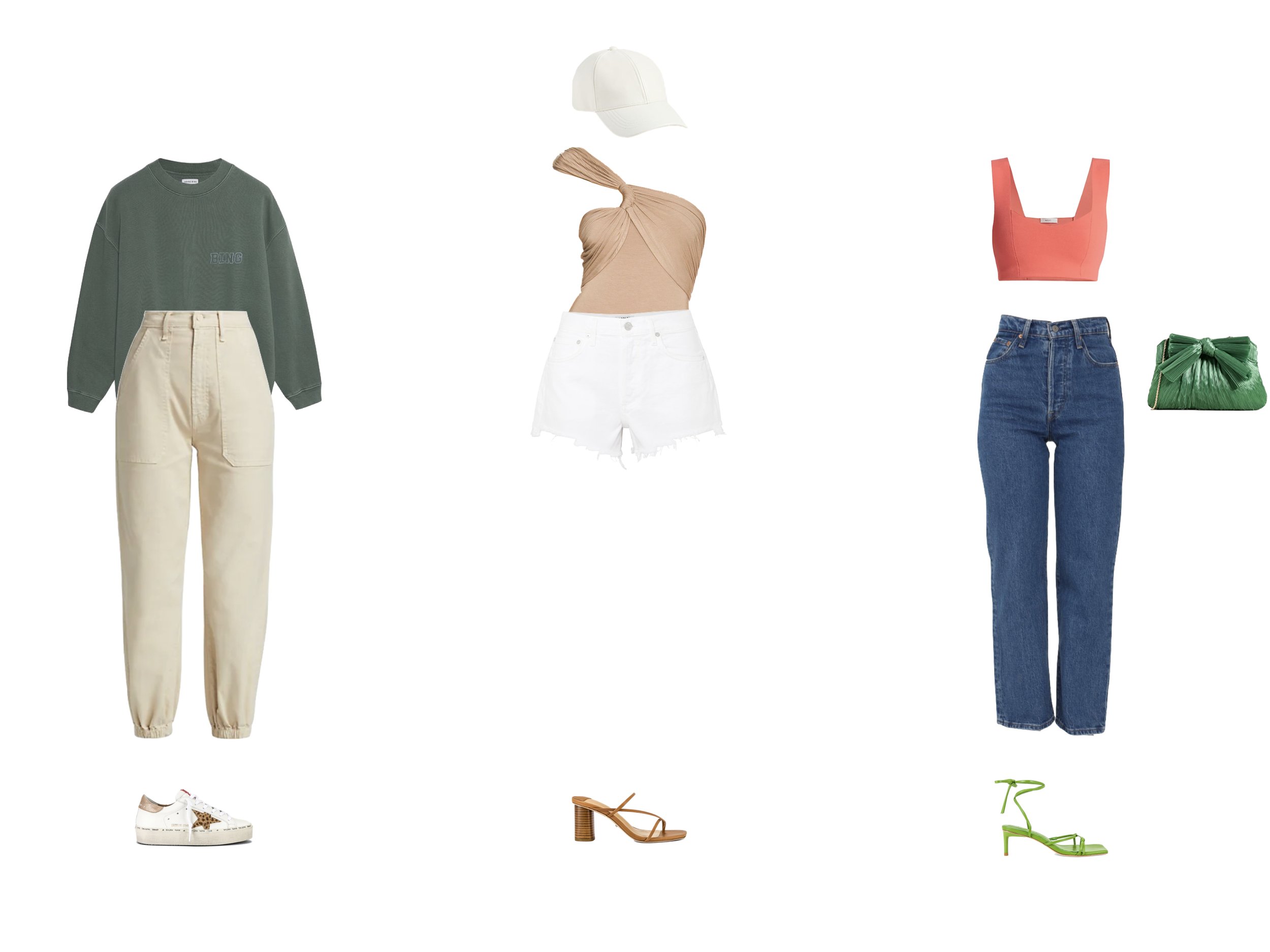
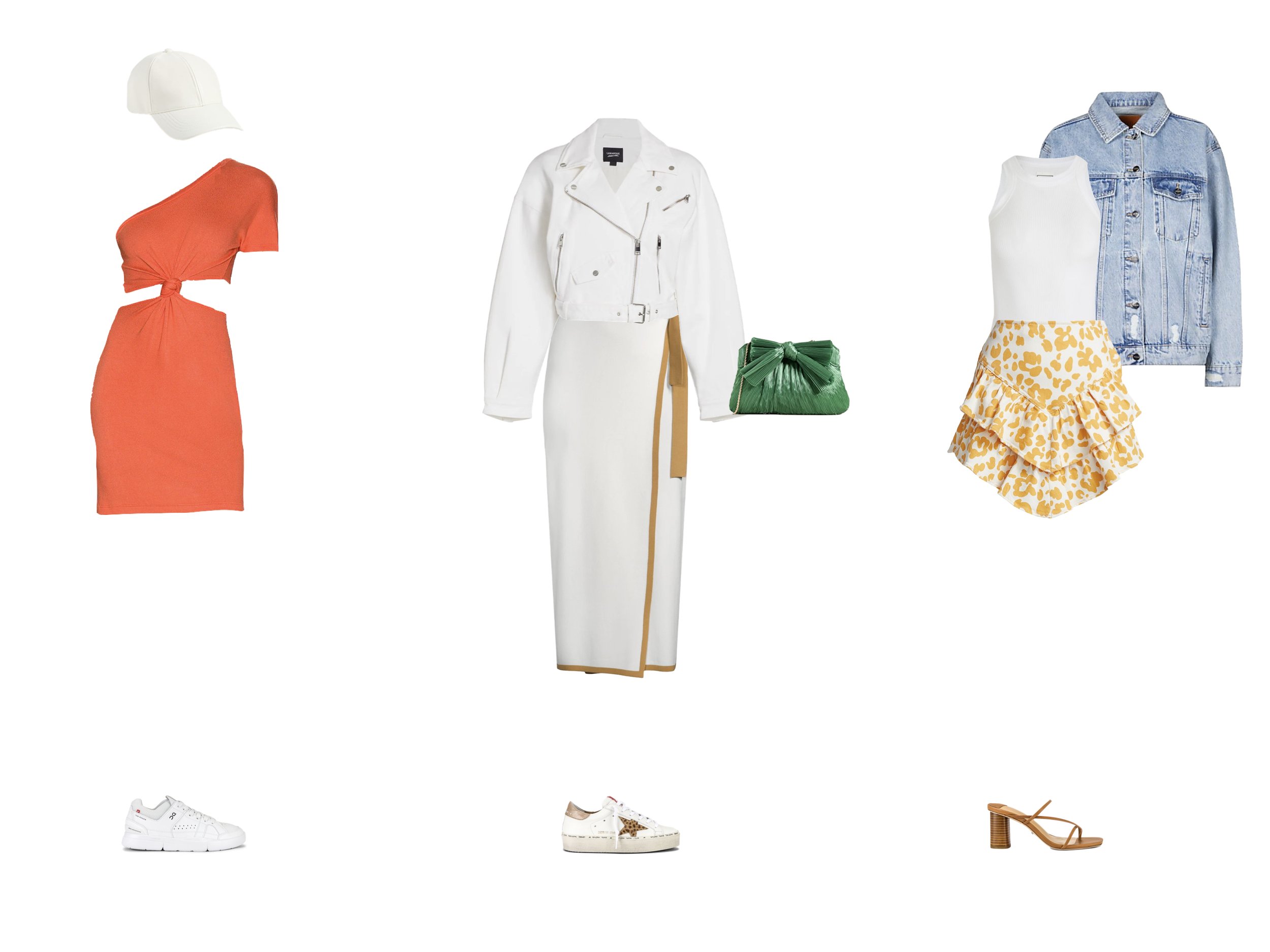
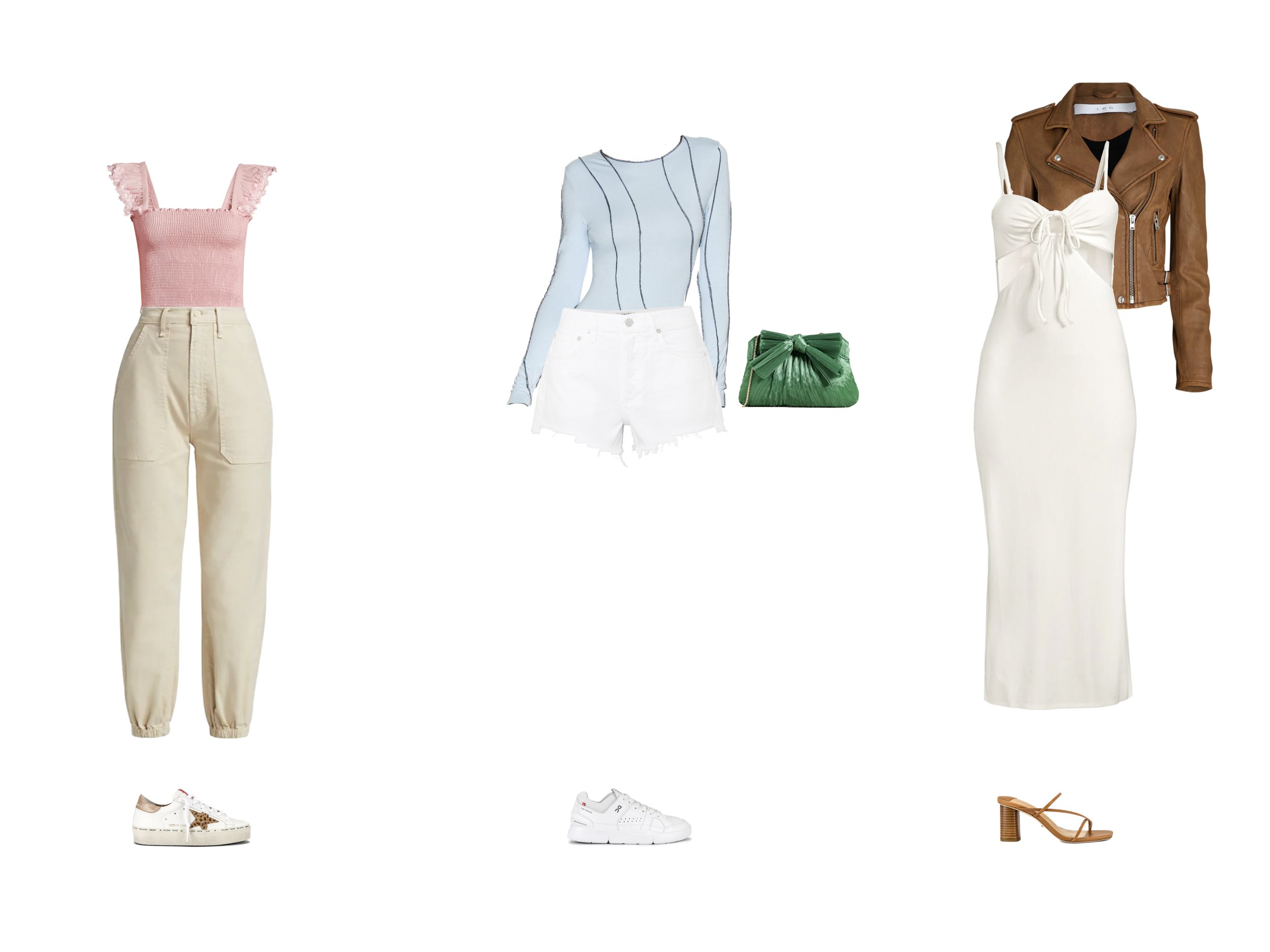
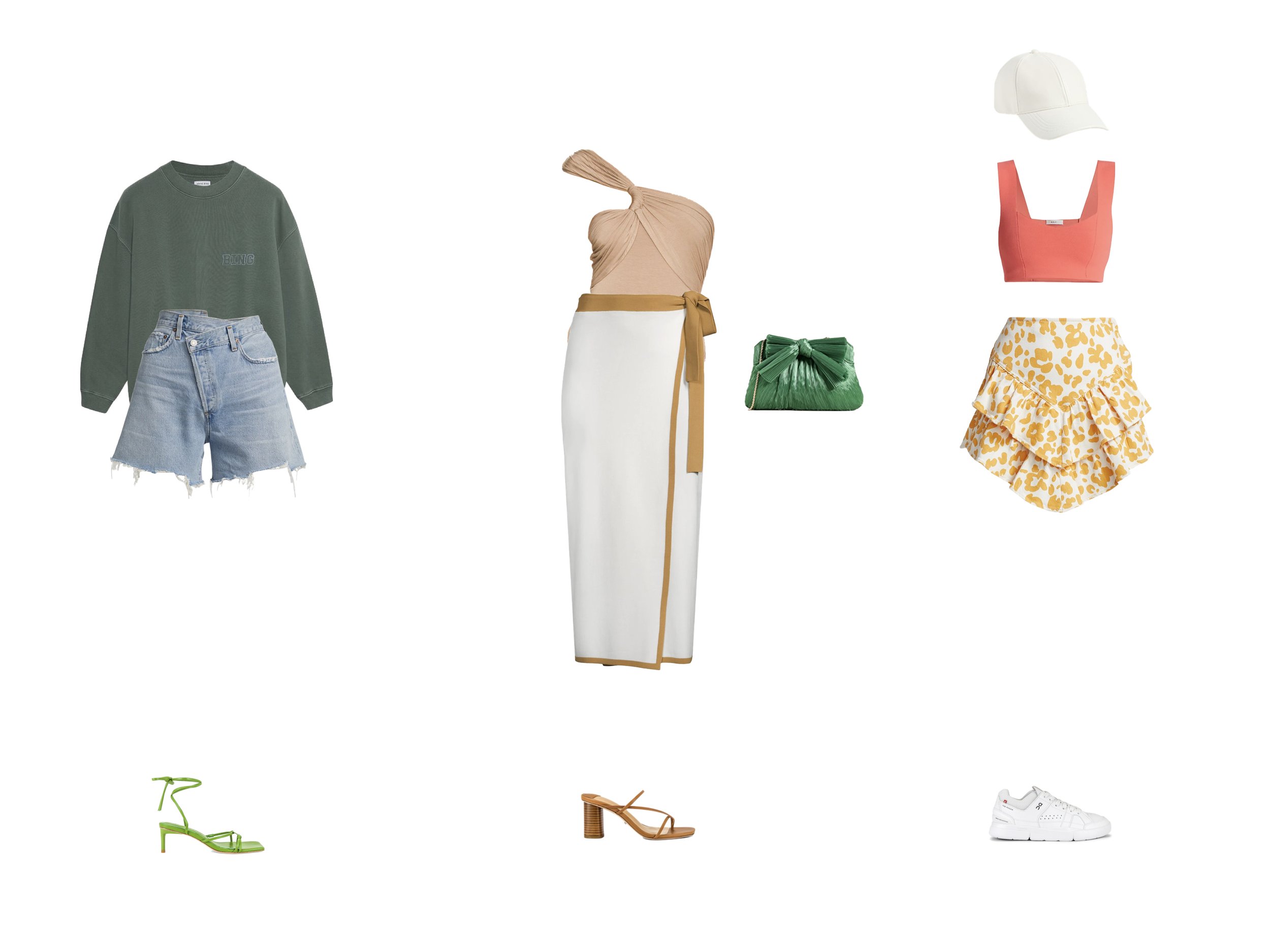
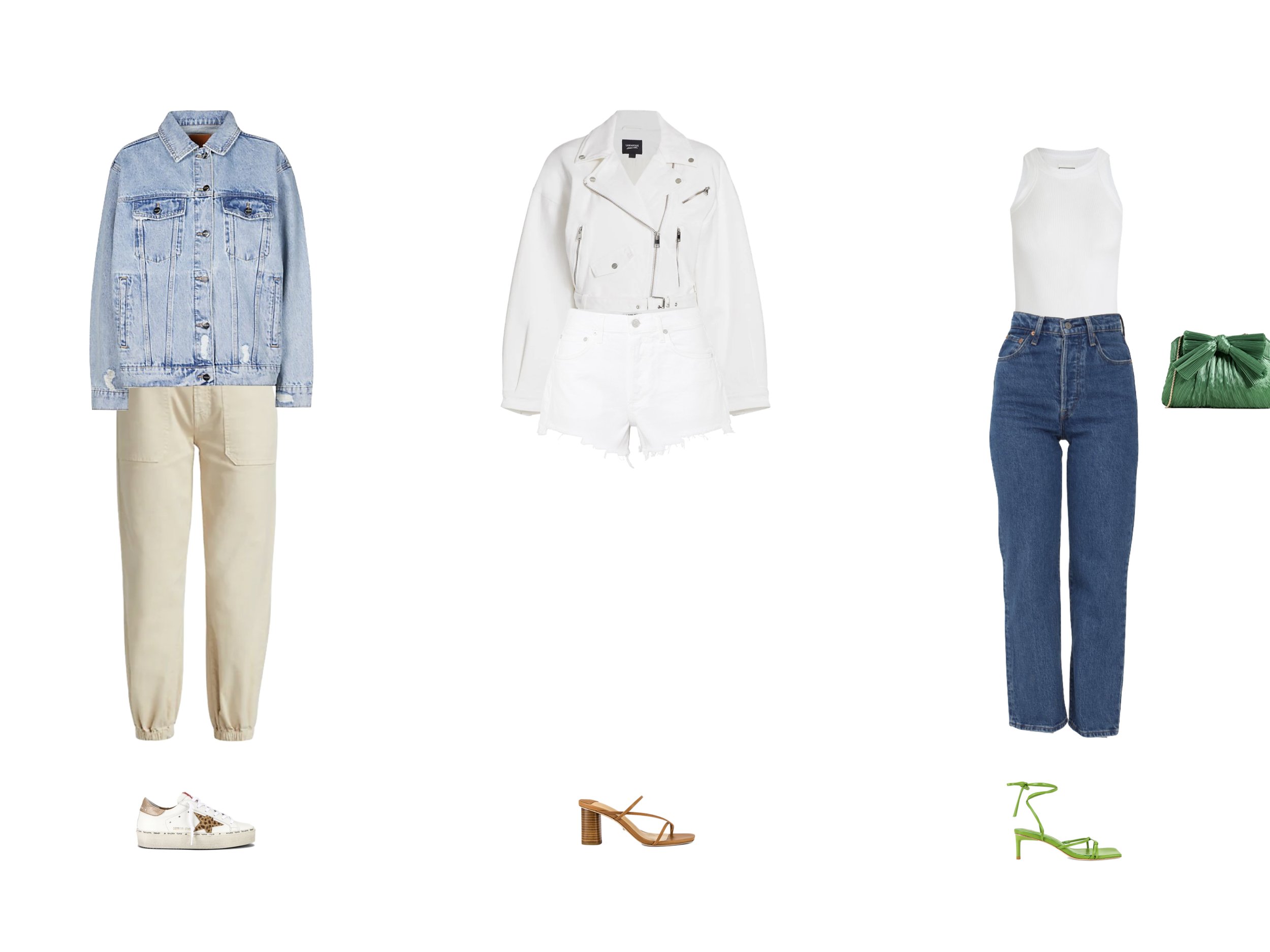
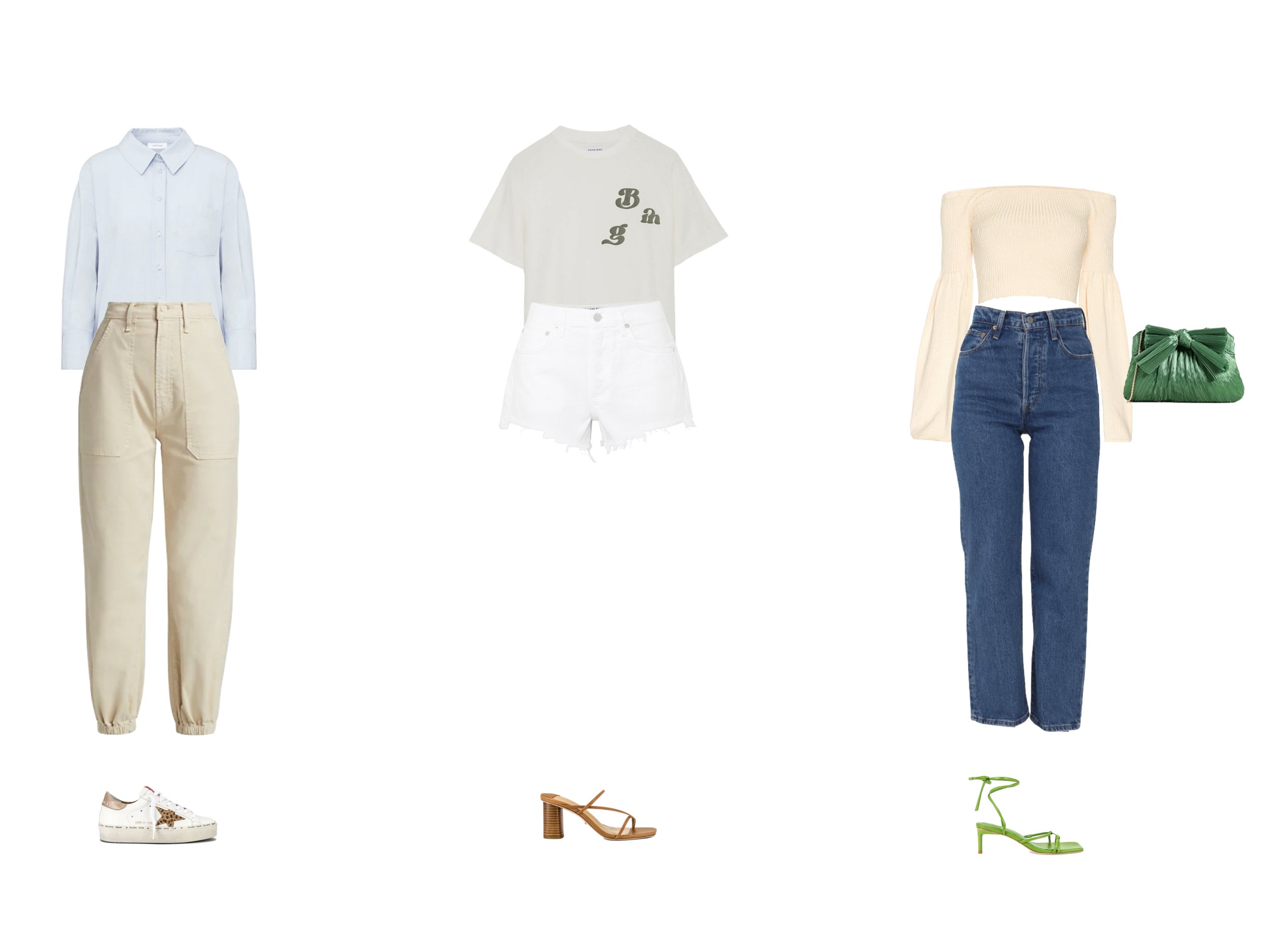

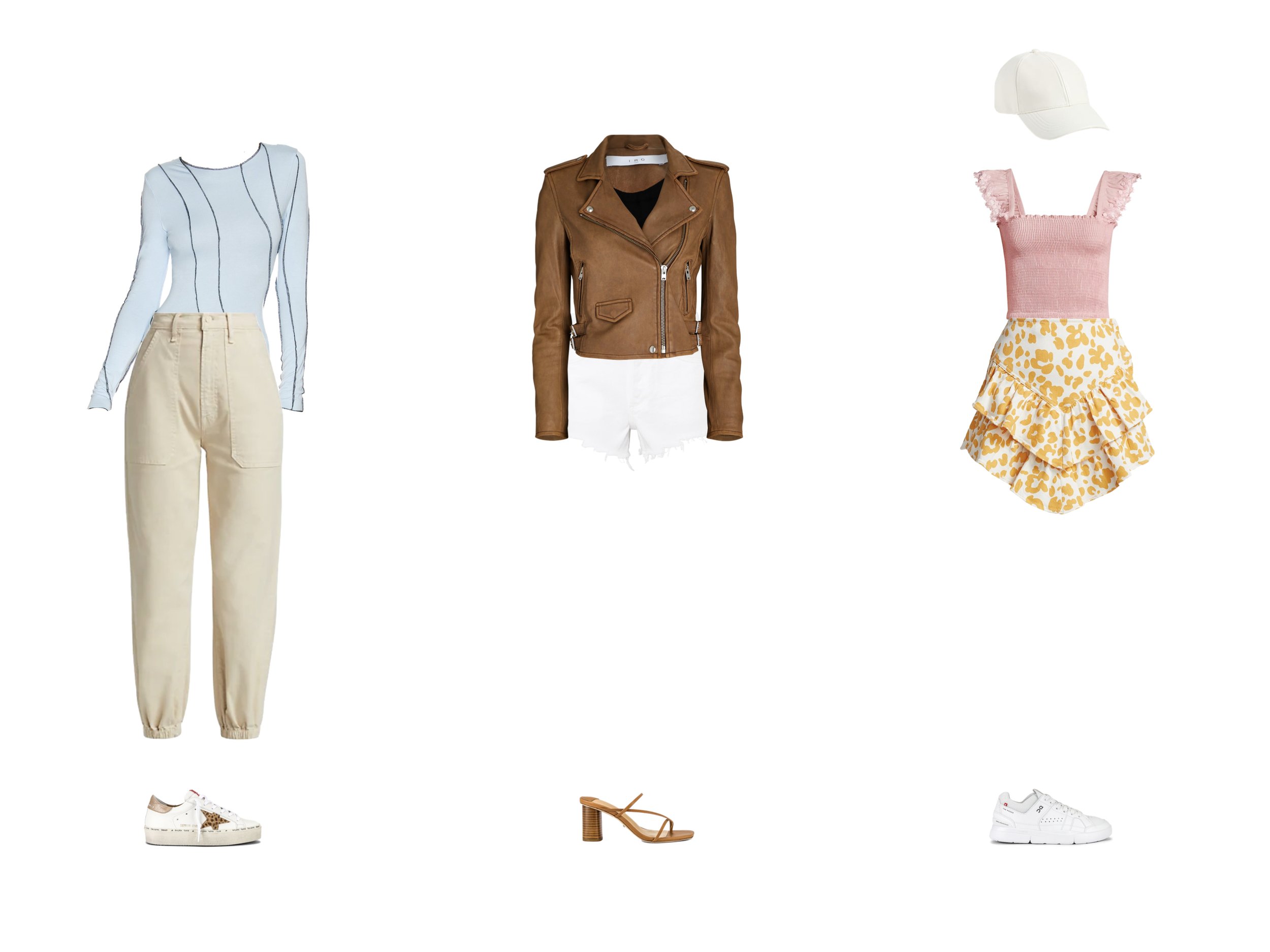
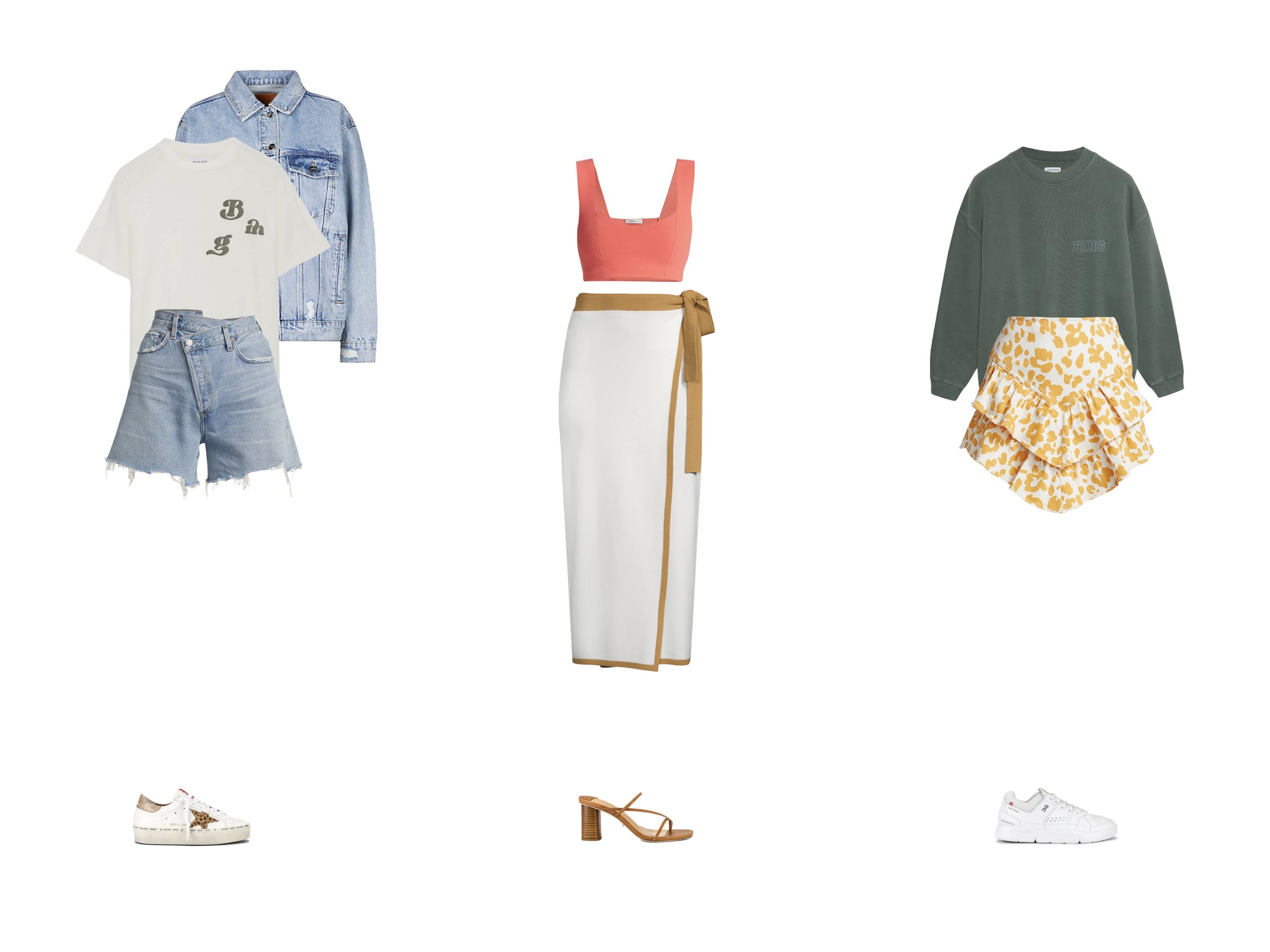
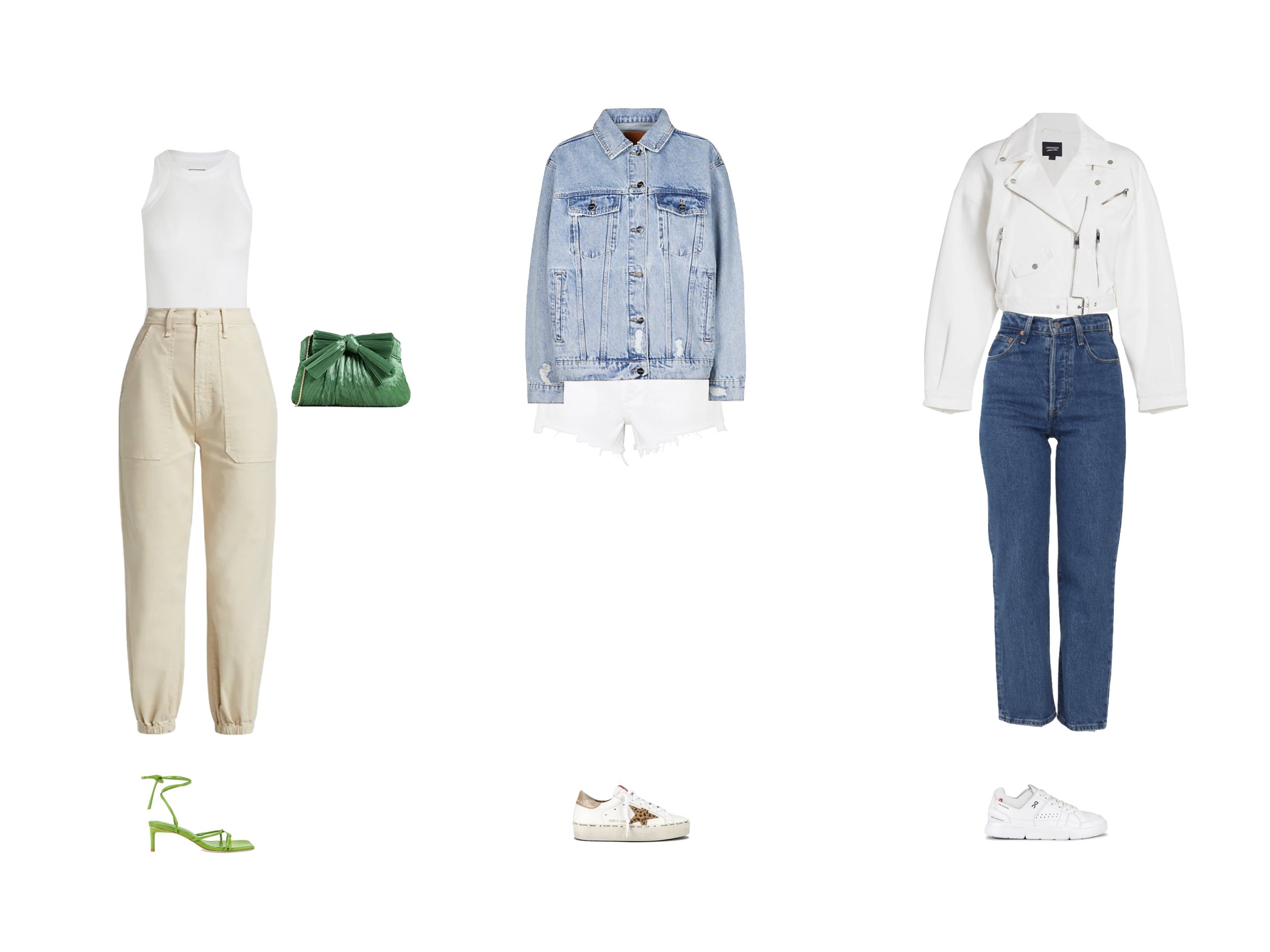
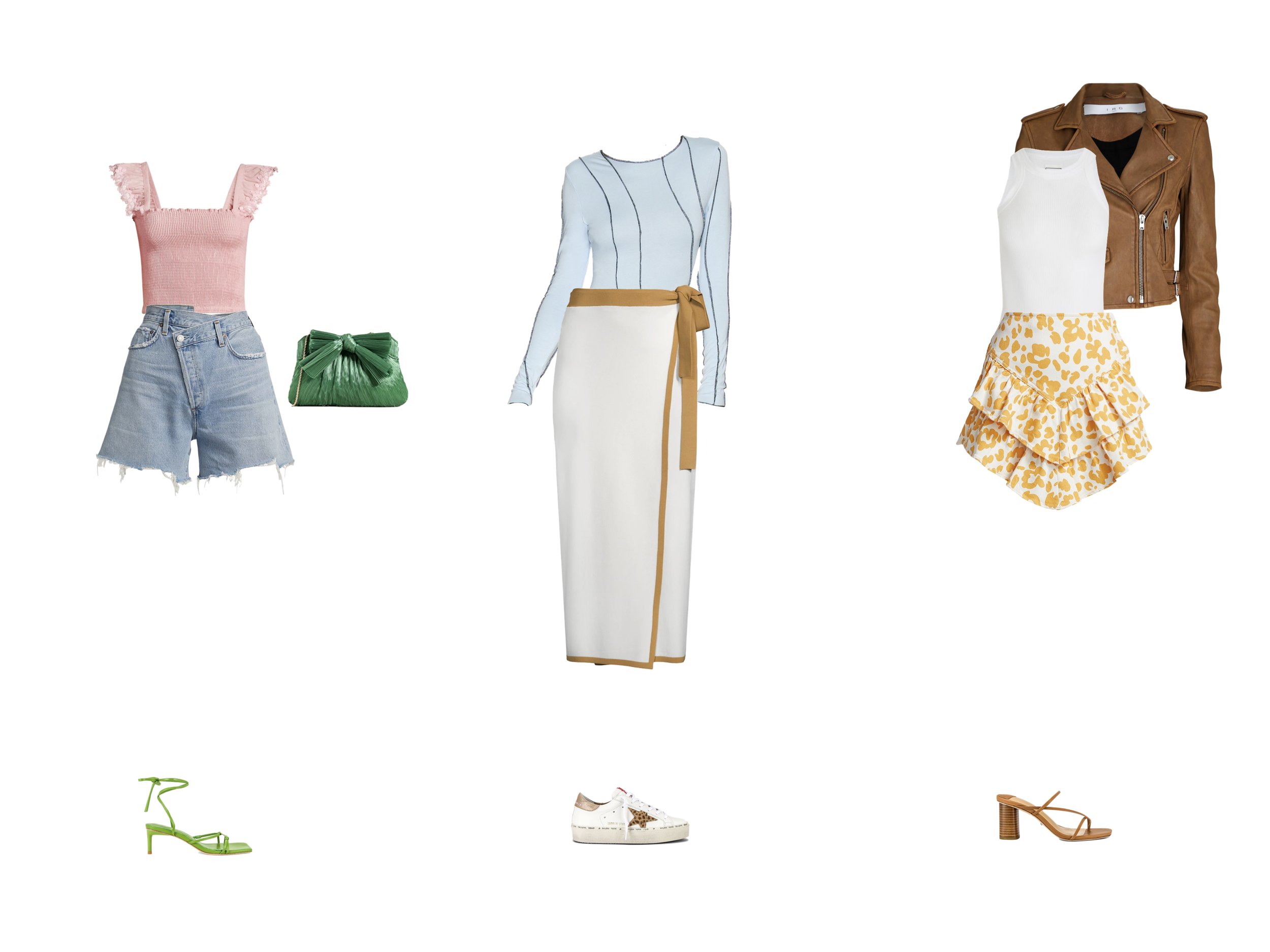
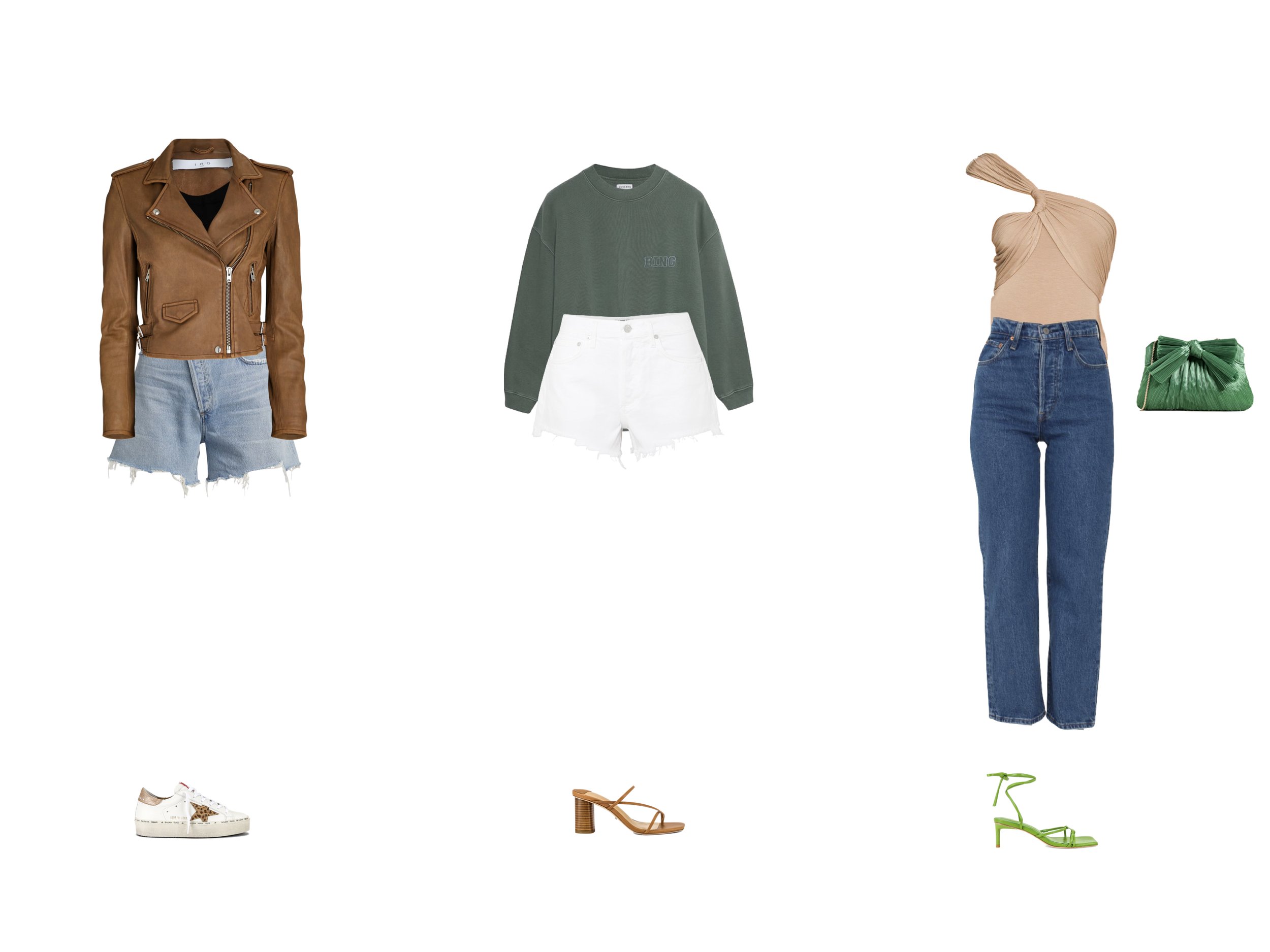

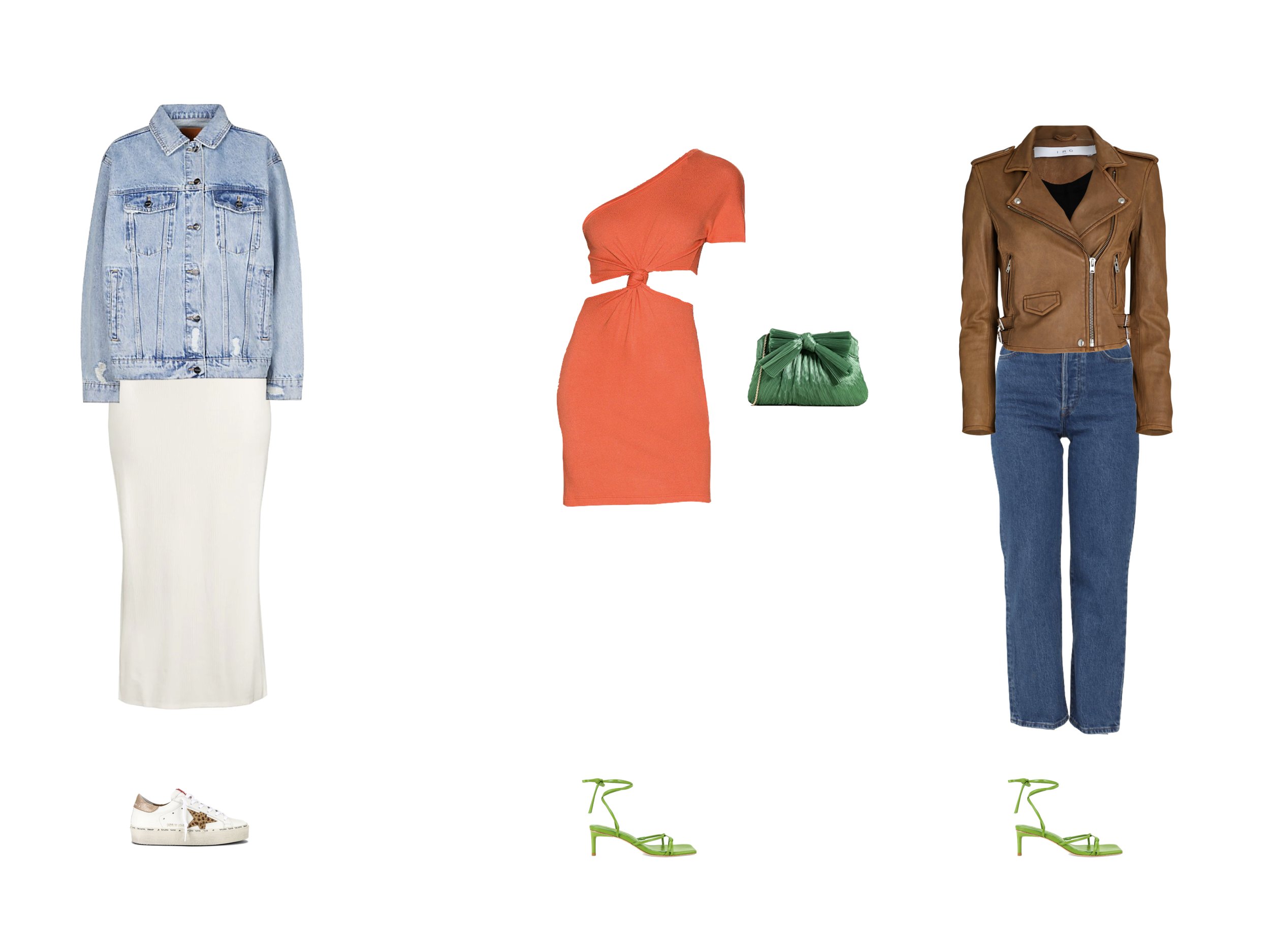
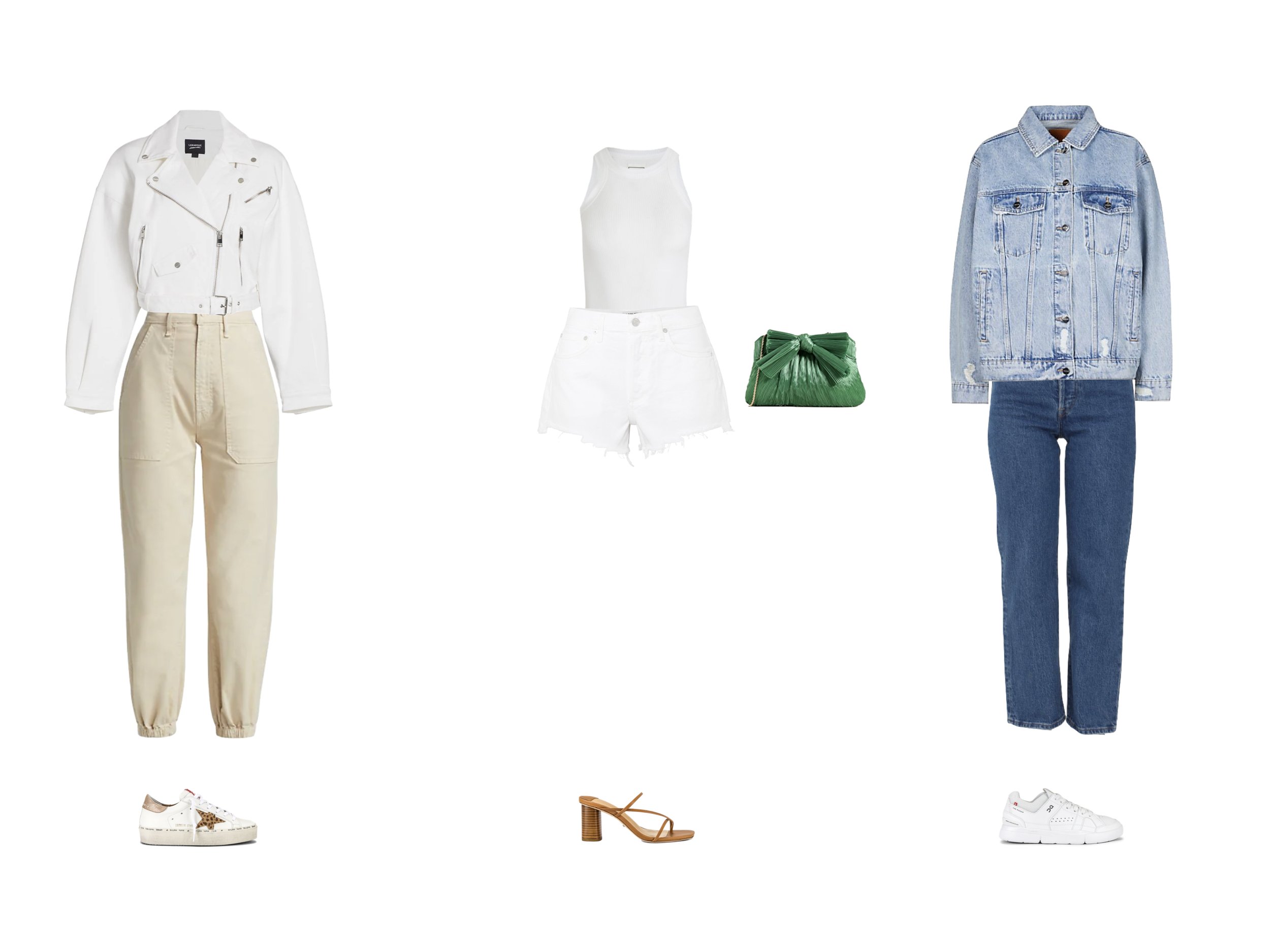
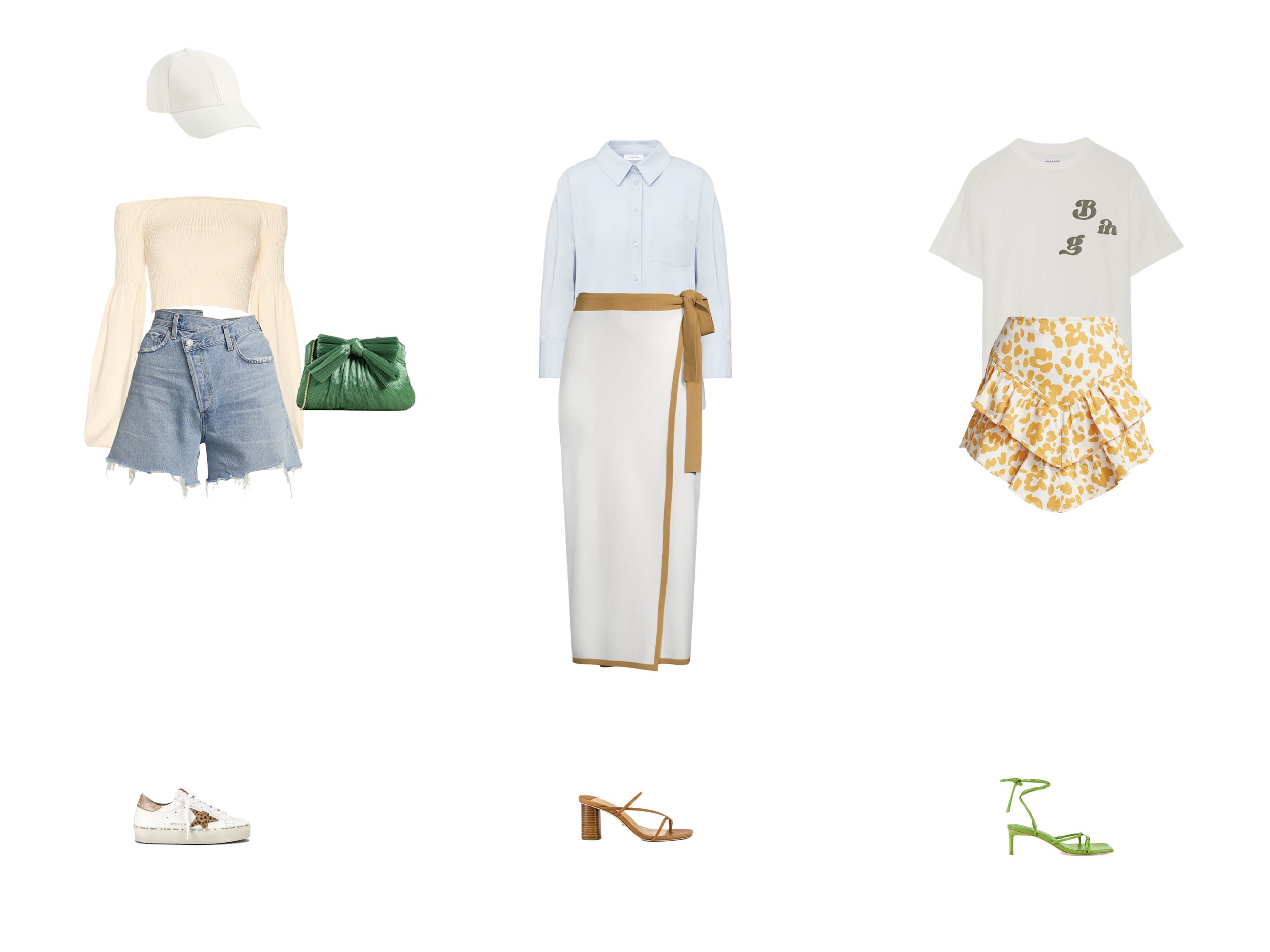
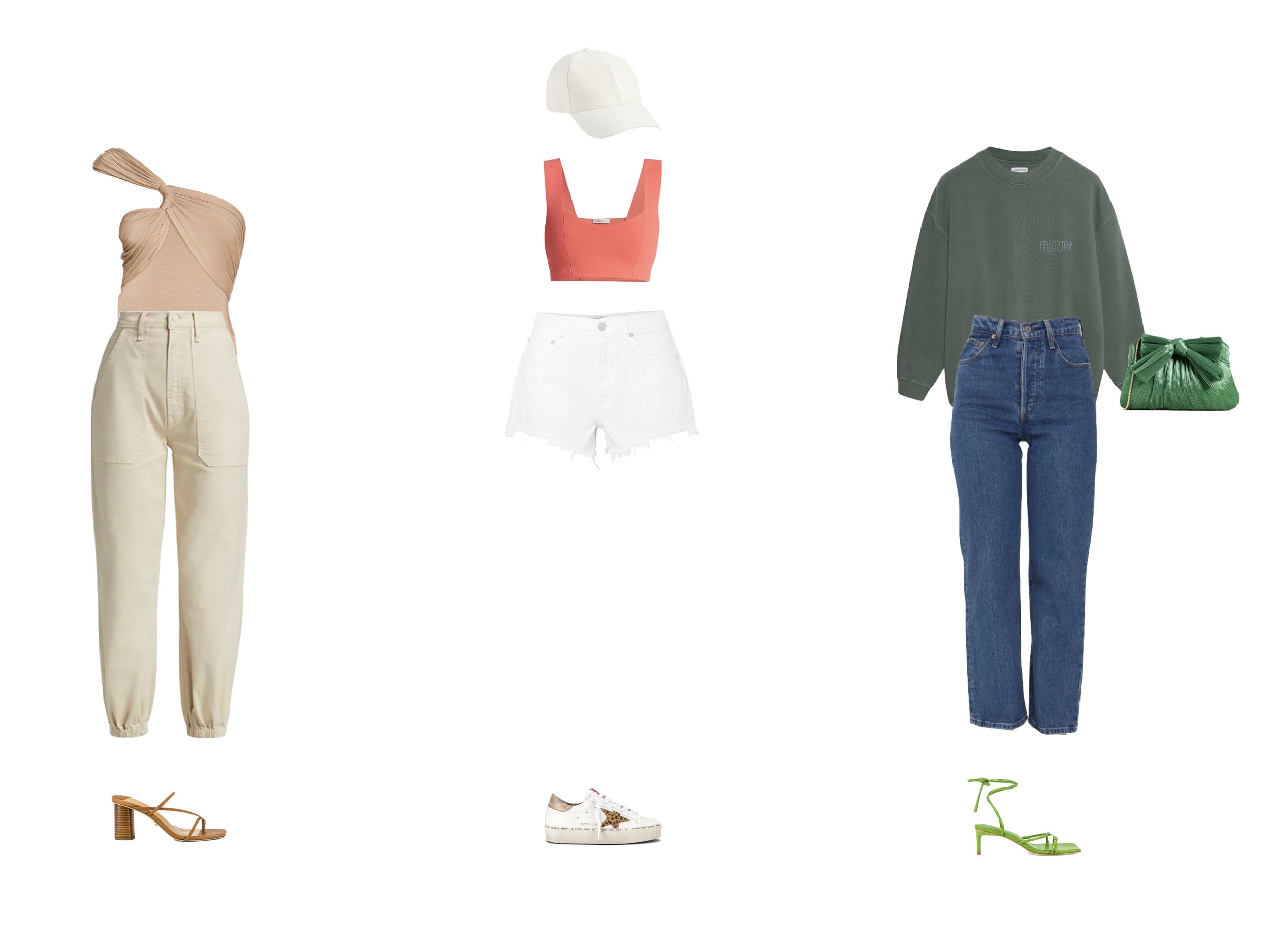
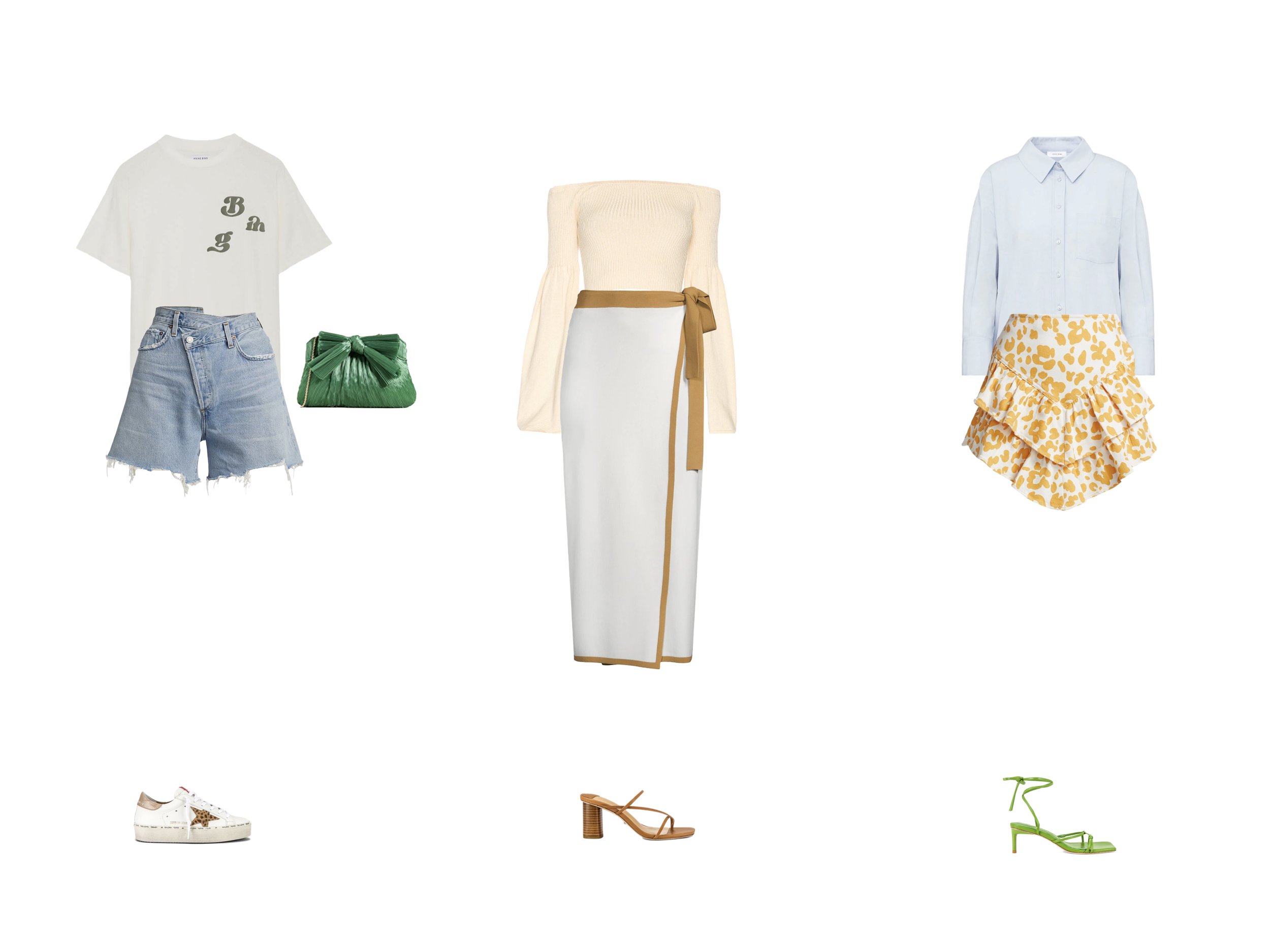
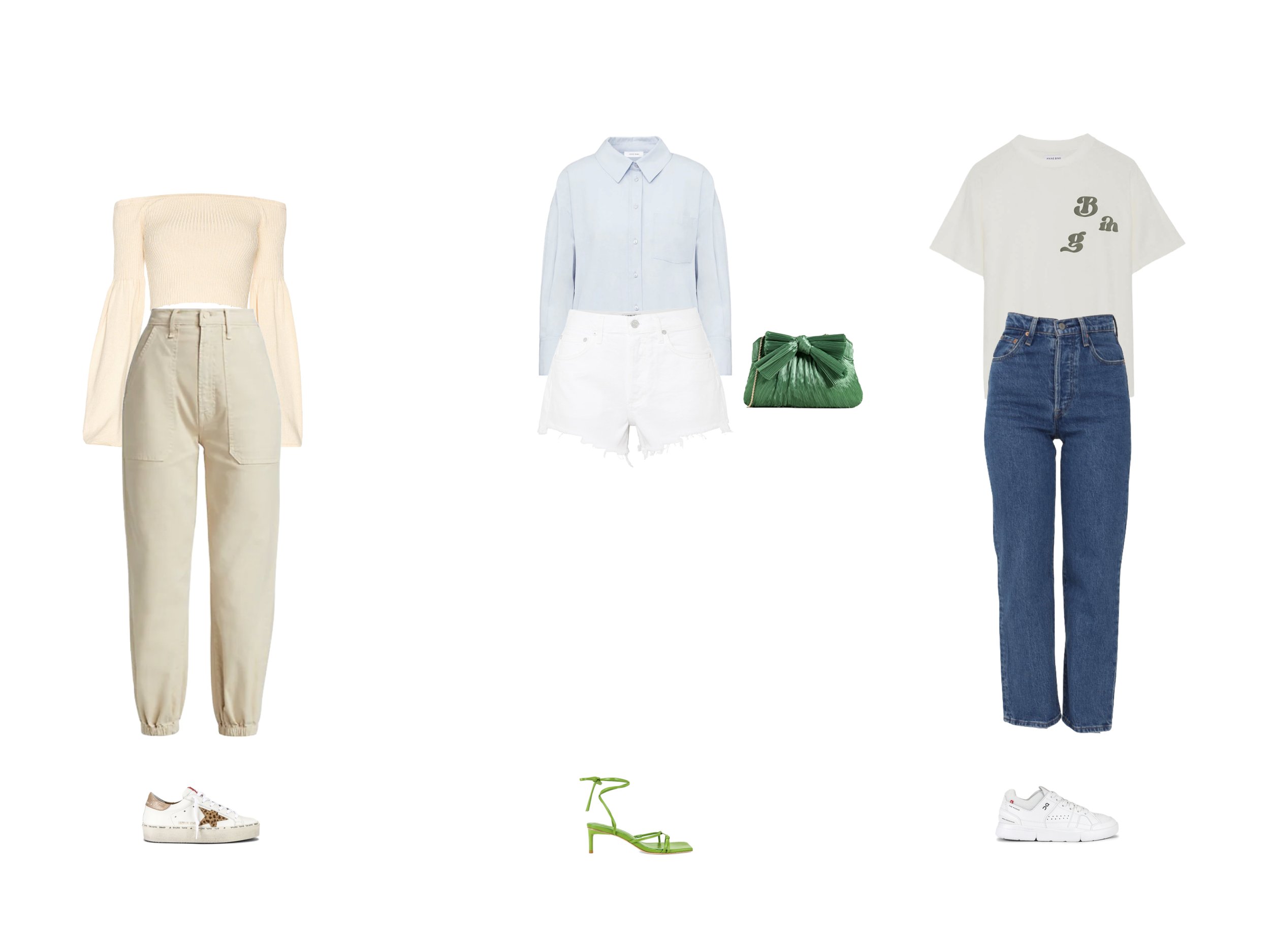

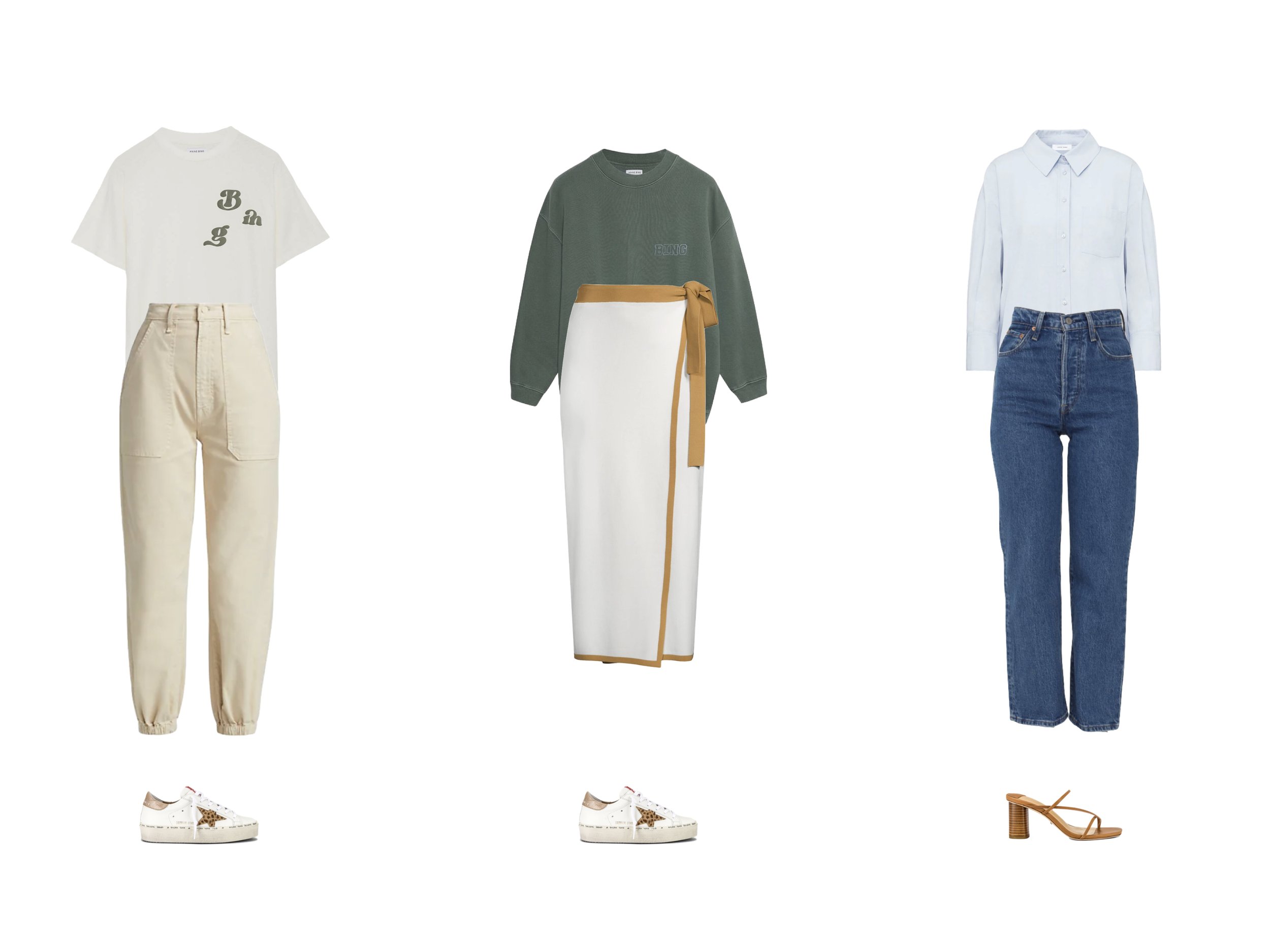
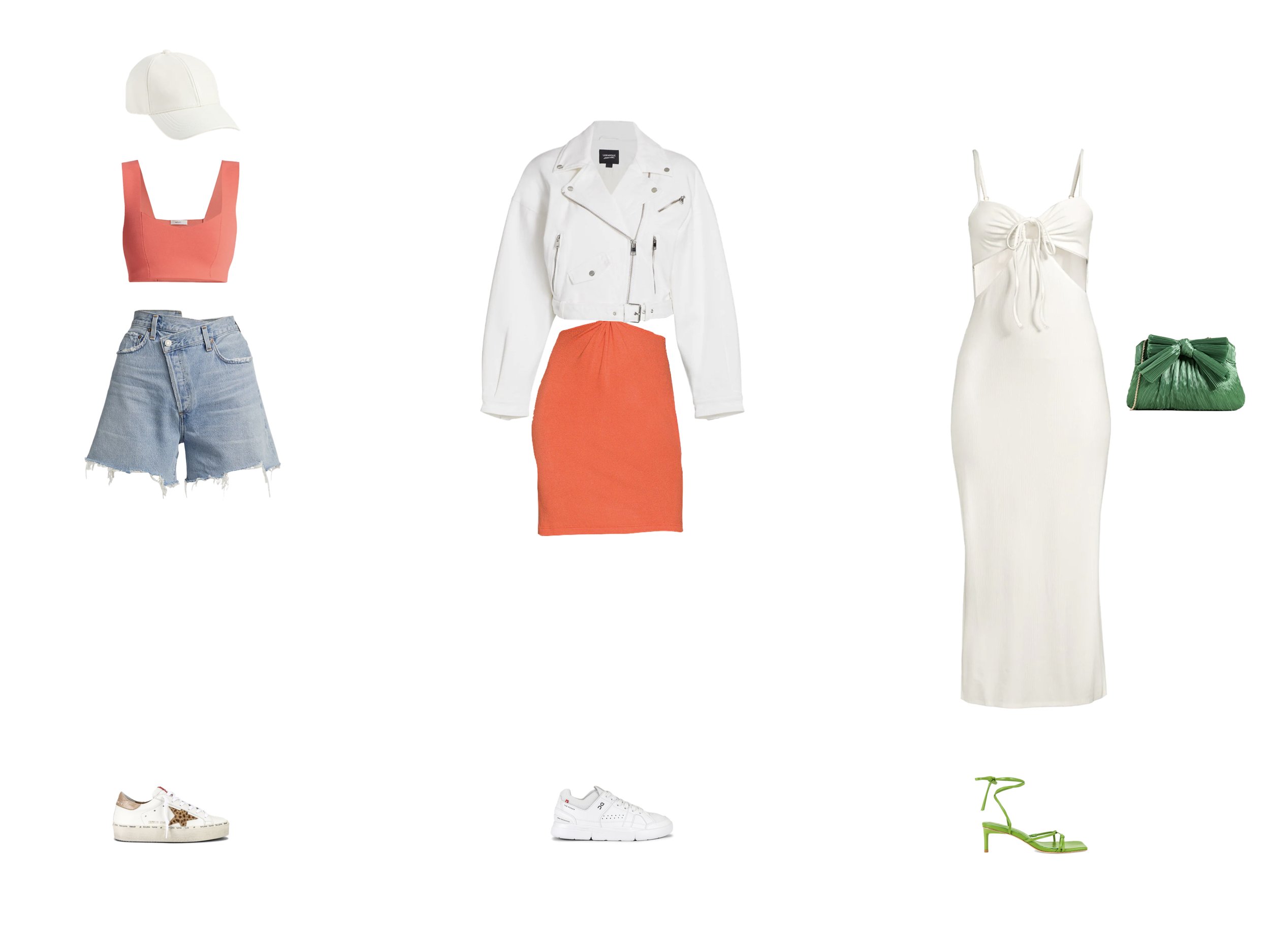
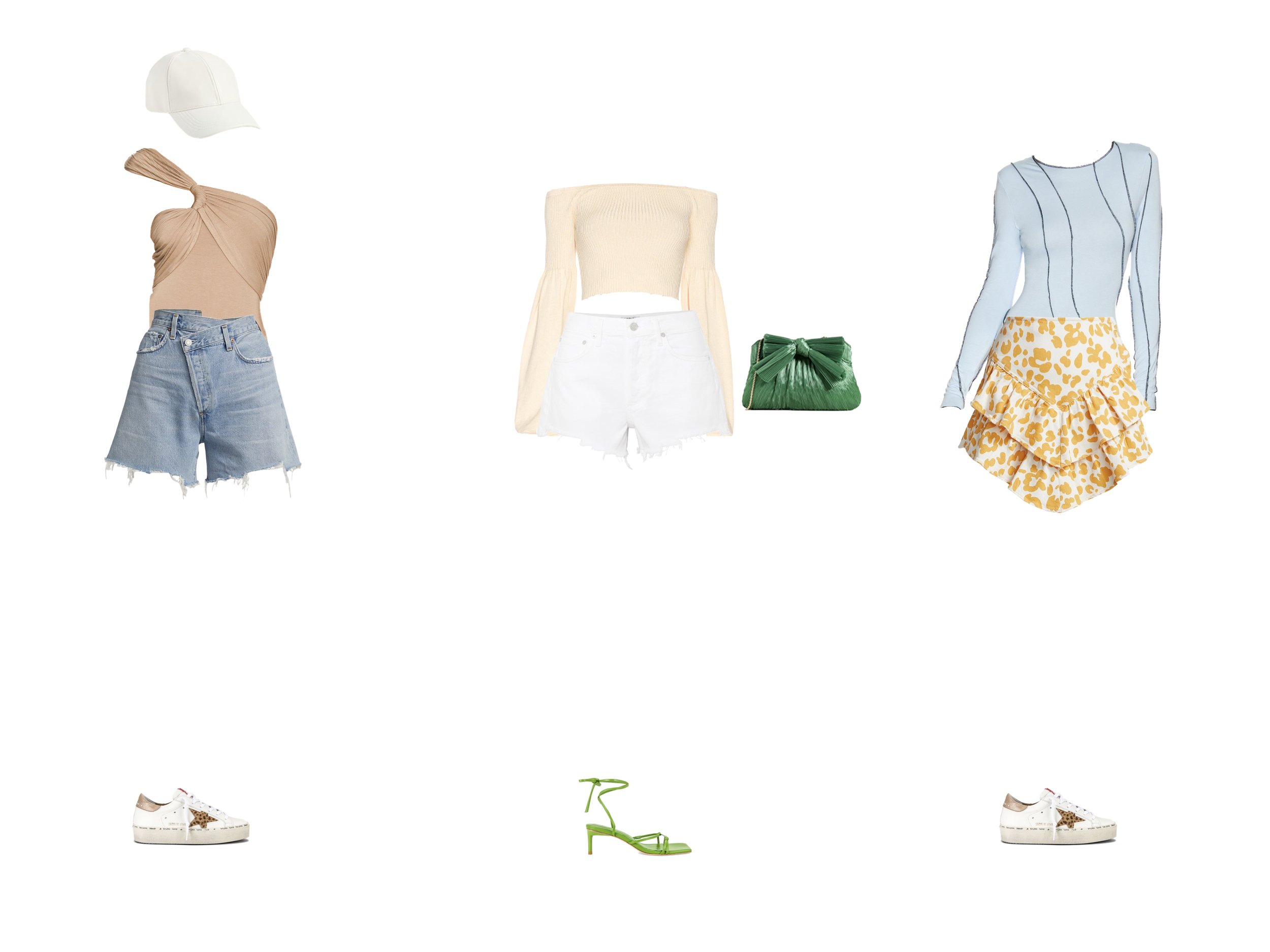
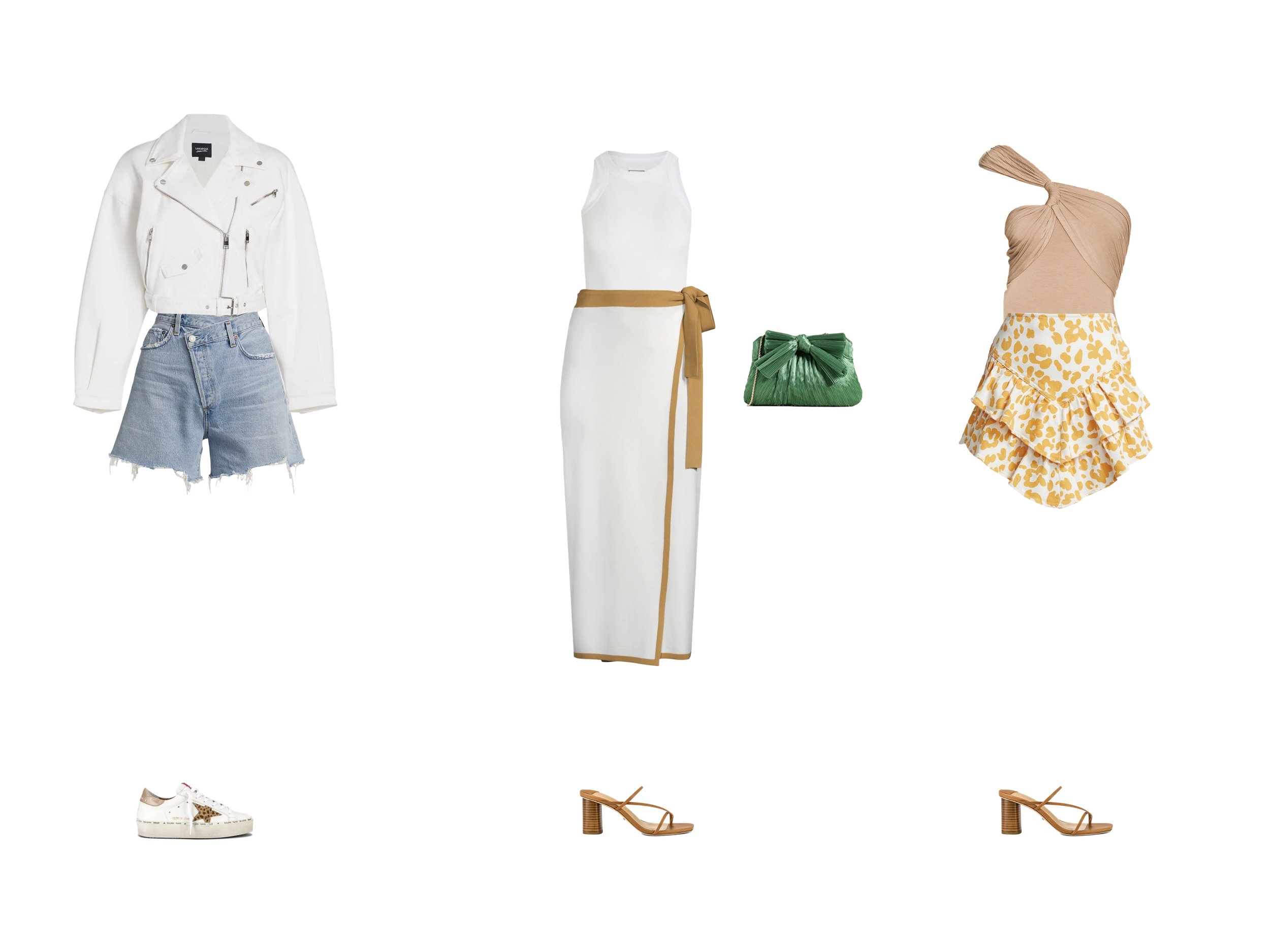
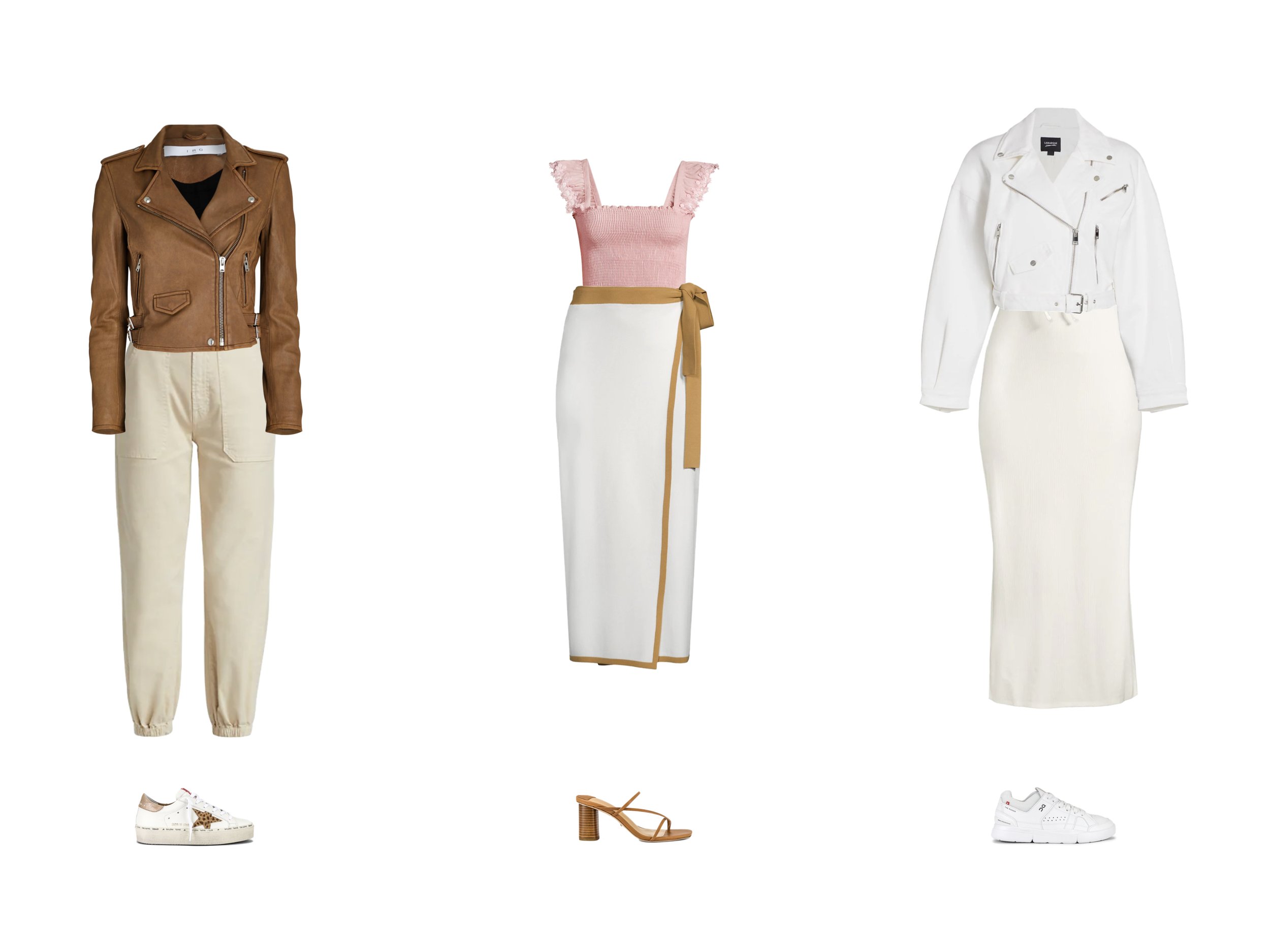
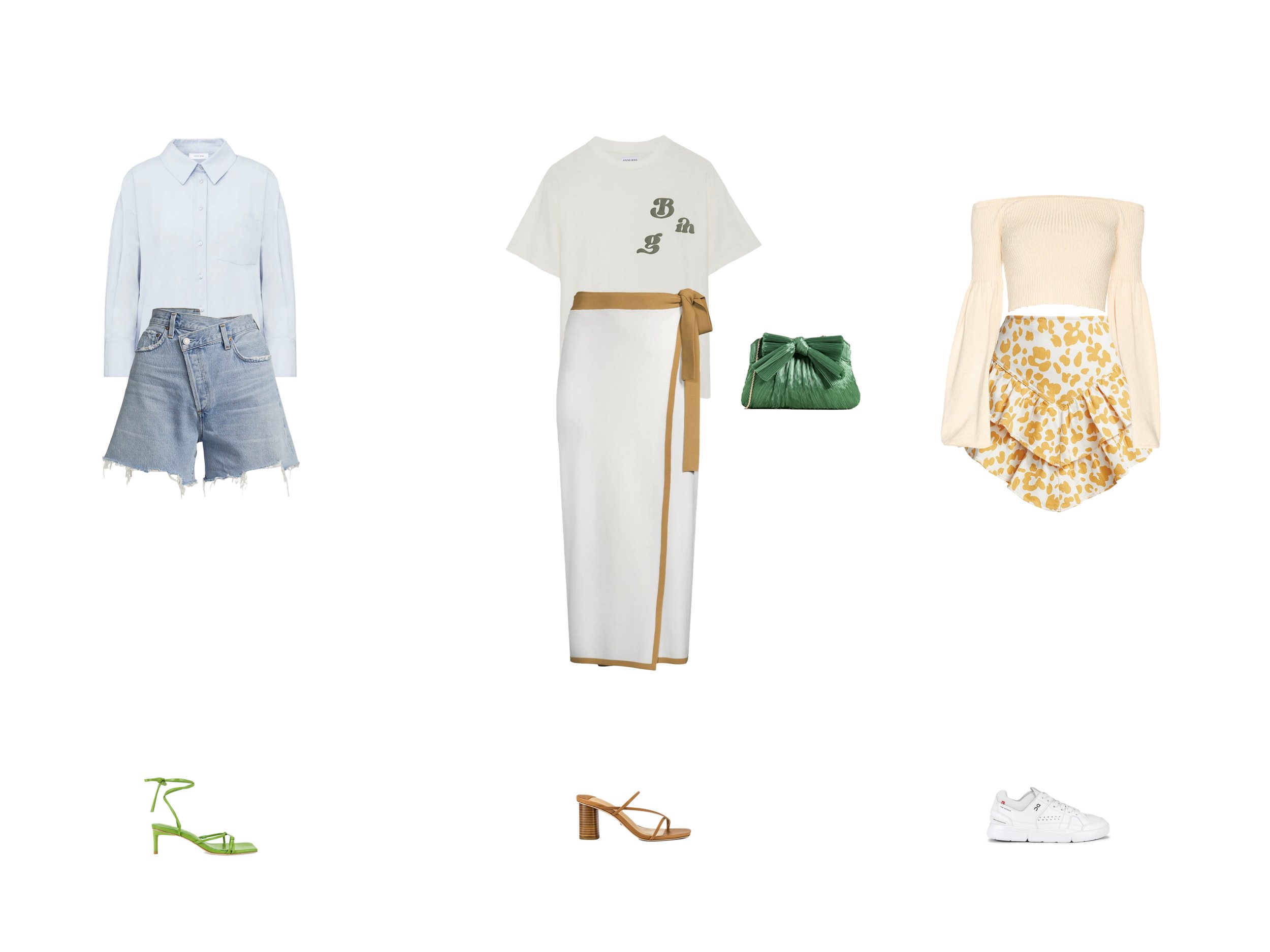

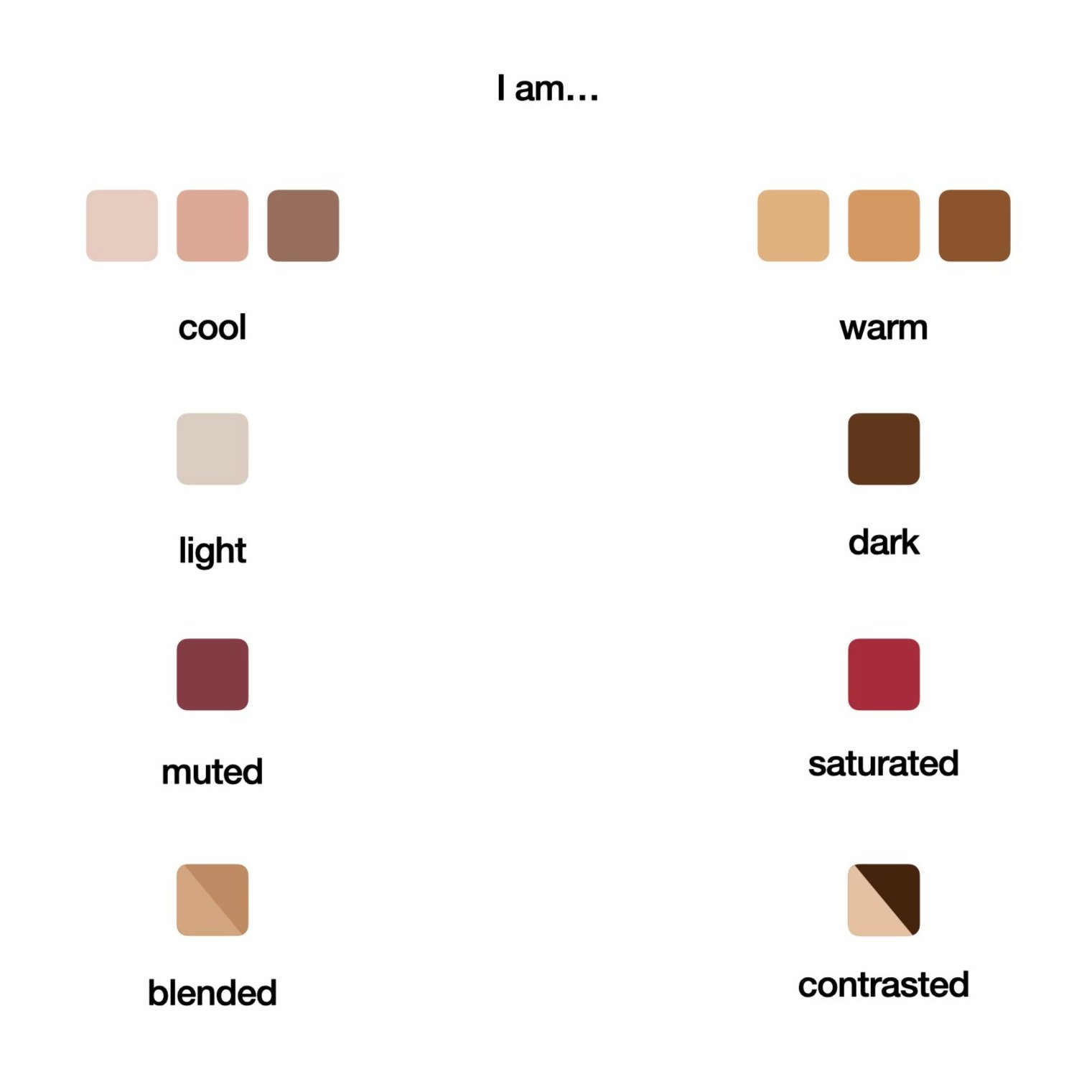




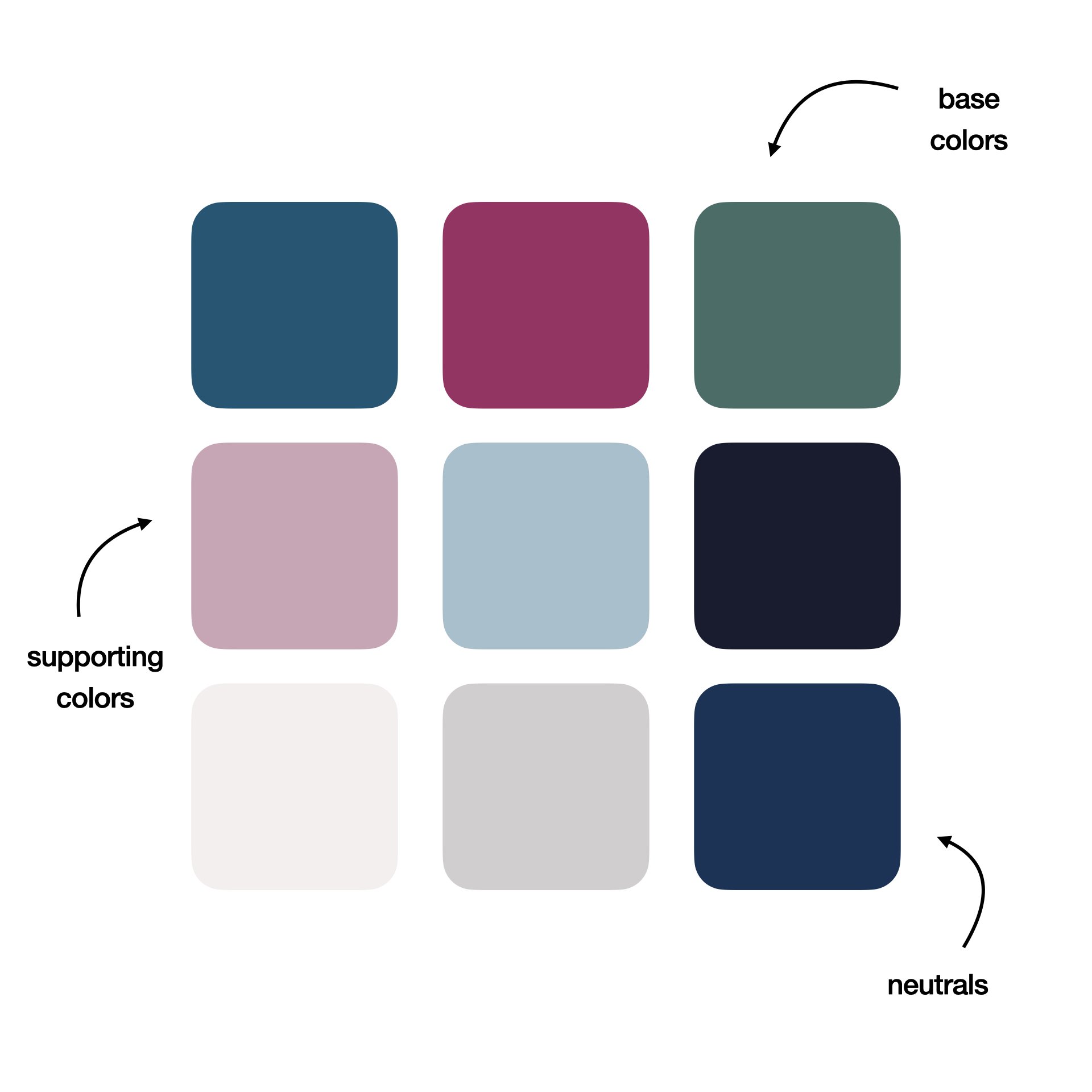



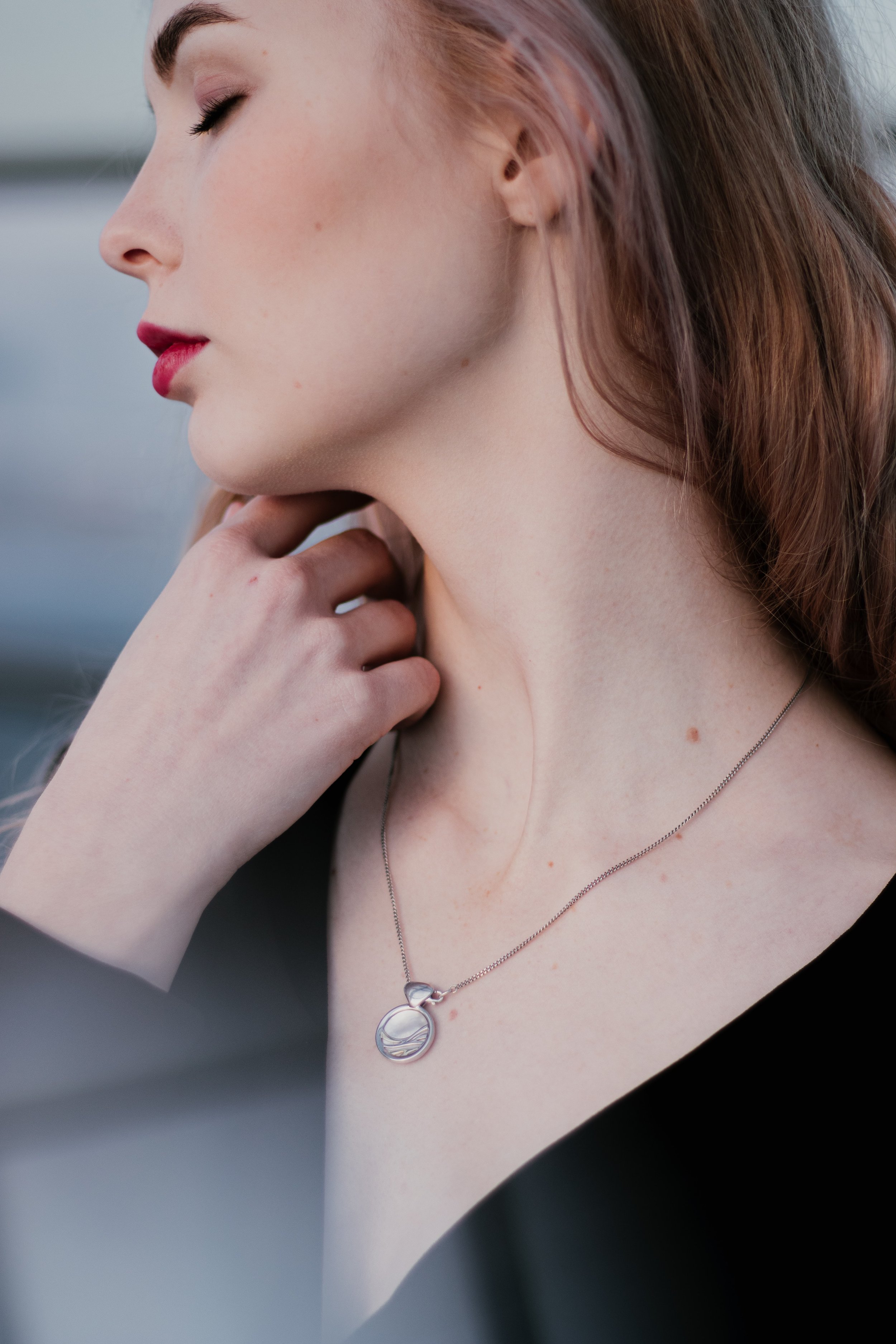


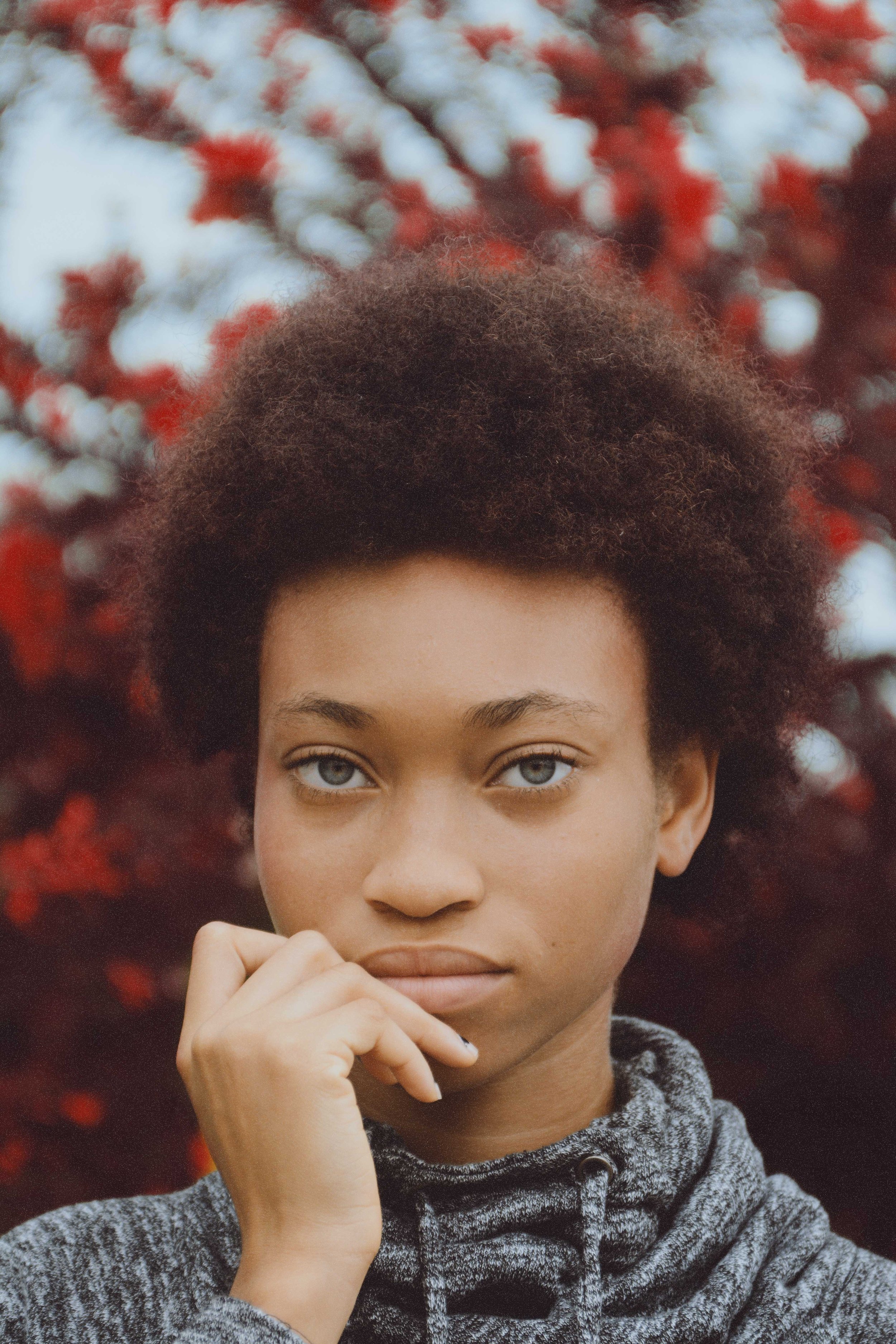
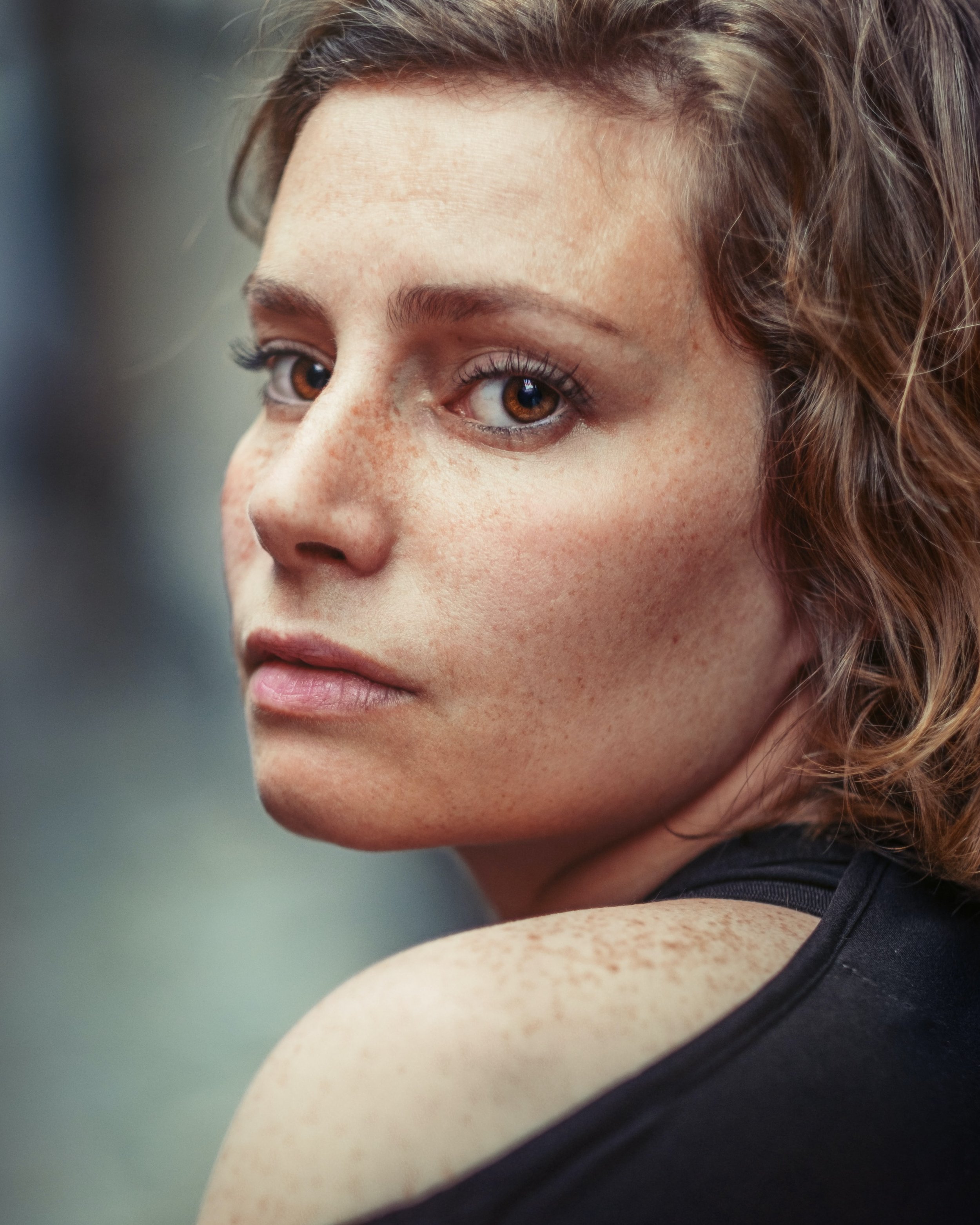

FINALLY get your body type!